-
Posts
2731 -
Joined
-
Last visited
-
Days Won
354
Content Type
Profiles
Forums
Articles
Posts posted by Stephen
-
-
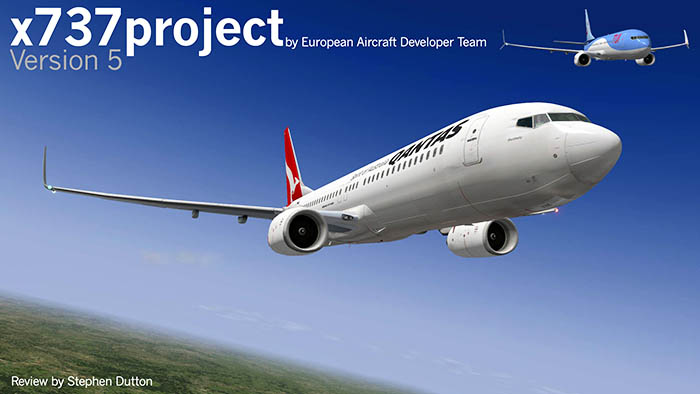
Aircraft Review : x737project v5.0 by European Aircraft Developer Team (EADT) The x737project goes a long way more than just being a project to design and create one of the all time great versions of the Boeing 737NG or Series -800 aircraft. It is and always has been a project that became the soul of the X-Plane simulator. It is created by self-less and inspired creative people that not only spend a lot of time in creating brilliant work but are also willing to do the work for free and for the good of not only the simulator, but to every one who dares to dream in flying in this one of the most successful aircraft ever built. It has to date been over a decade since the original first x737 version was released in X-Plane 864, yes that is X-Plane Version 8® (v8 was released in 2004) and it is still available for download if you want to see the original release from the EADT site. That is well even before my time in the simulator so I have no recollections on what that aircraft was like back then, but I knew when I first downloaded the x737 in X-Plane9® that this was something special and why the simulation bug bit hard in the fact that aircraft like with this level of quality was available and could be easily downloaded for nothing. But to a point that the x737 is free or not, it is in my eyes always been in the level of payware in quality and I never saw or classified the aircraft as freeware and it is and has always been in the realm of payware and I respect that and cover this review in that aspect, and you can donate to the project (details below) and give your respects to the time and commitment that has delivered to X-Plane the latest and certainly in this the greatest update release in the aircraft's history in Version 5 (v5.0). 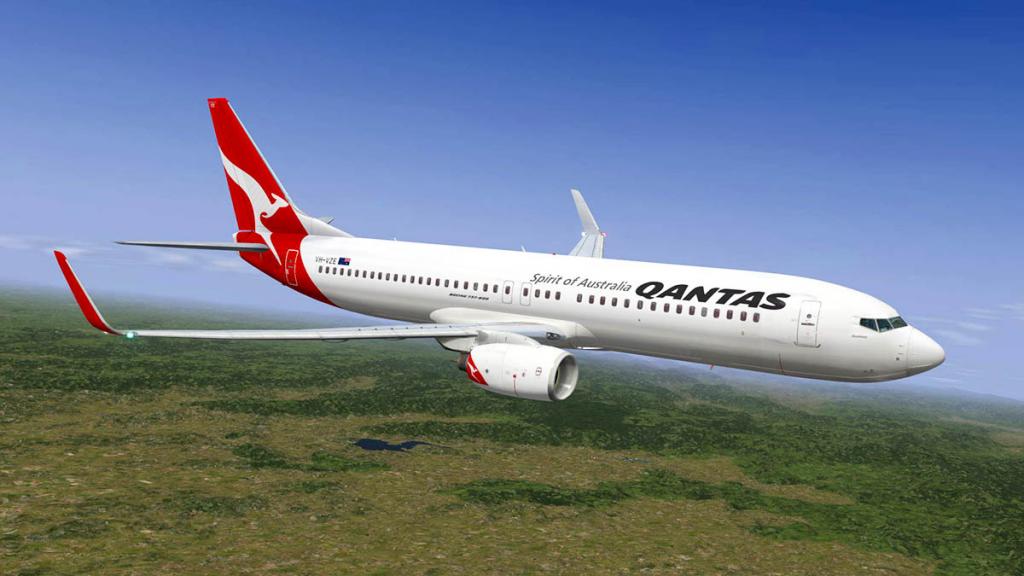
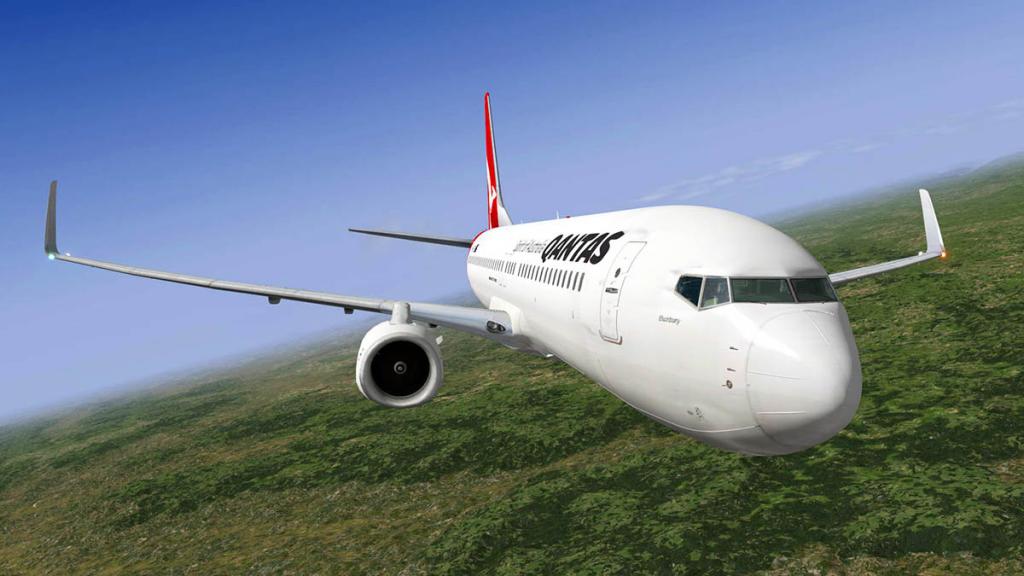
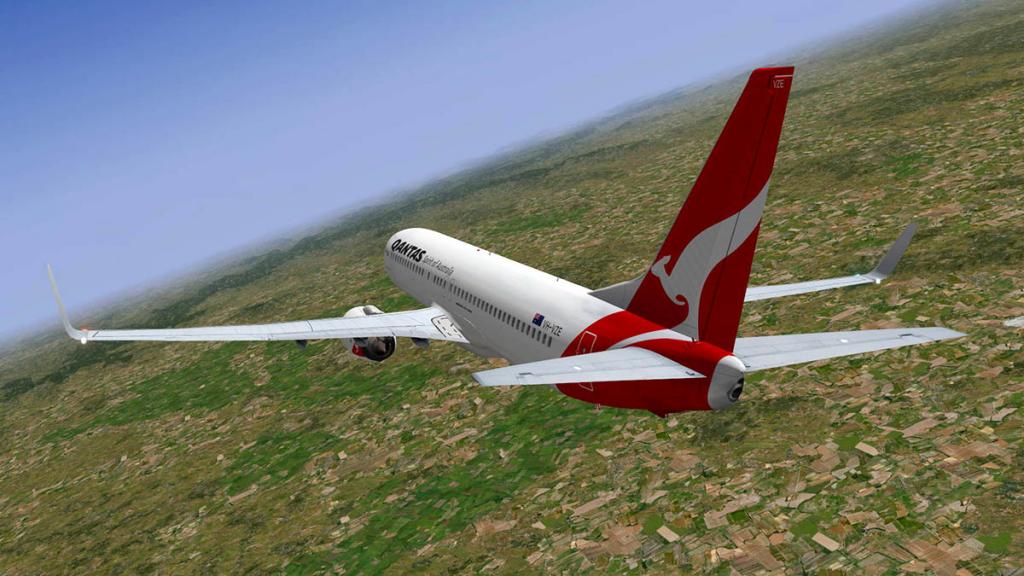
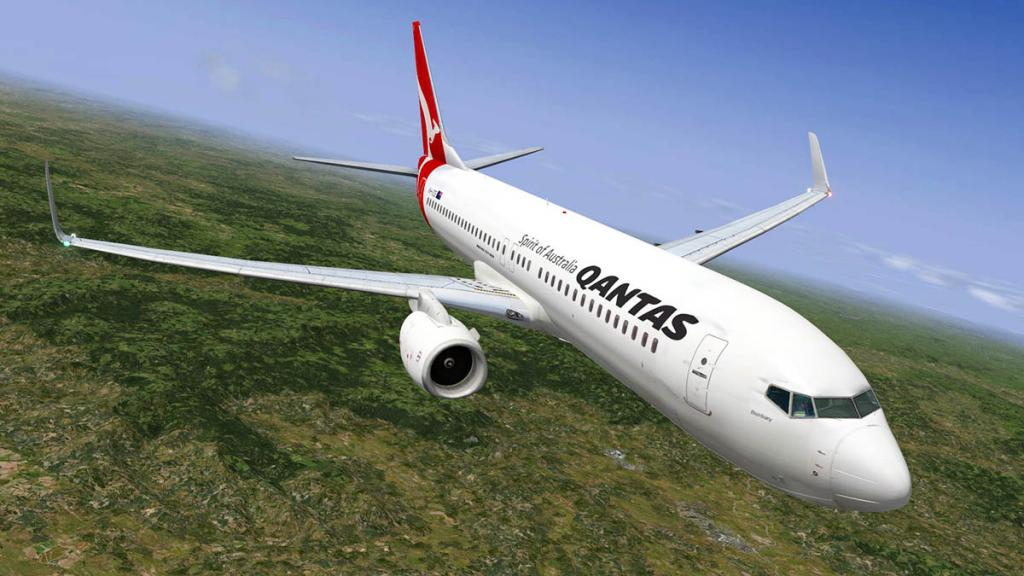
Externally the x737 is identical to the current v4 series that most X-Plane users have downloaded. The external fuselage is not changed in any aspect and really there is no need for that as the original aircraft design is very good and delivers a highly detailed quality aircraft. One external change is that the x737 can now use 4K HD (High-Definition) textures for liveries and with the v5.0 release they can also be downloaded from the EADT site along with an amazing collection of over 200 liveries for really any part of the world and for most of the operating airlines for the aircraft. 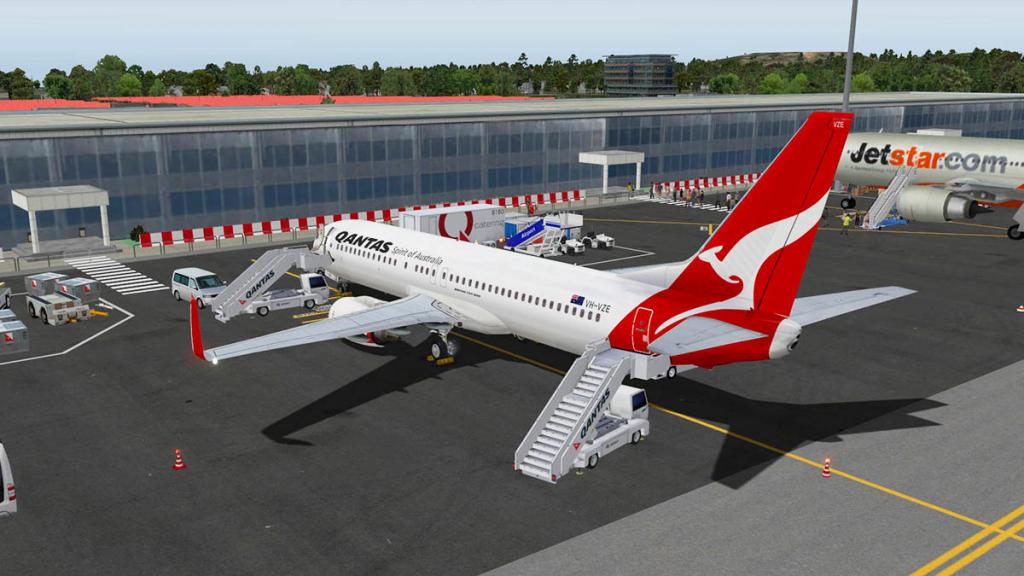
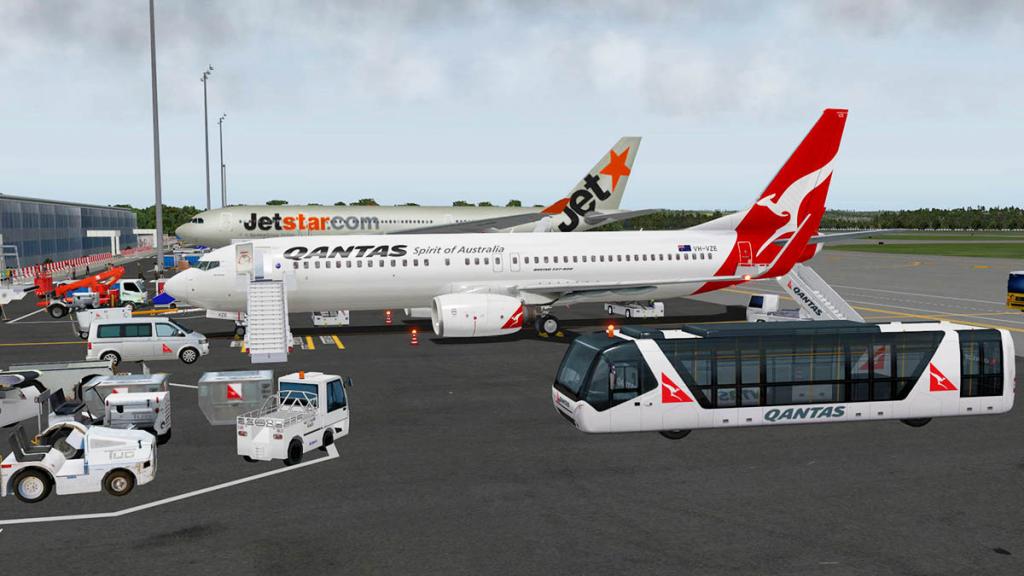
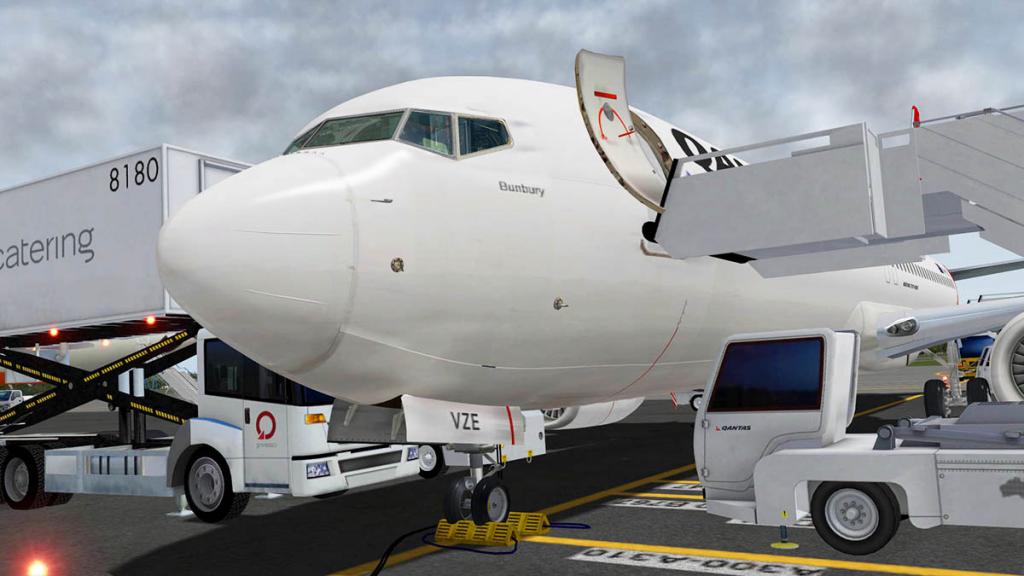
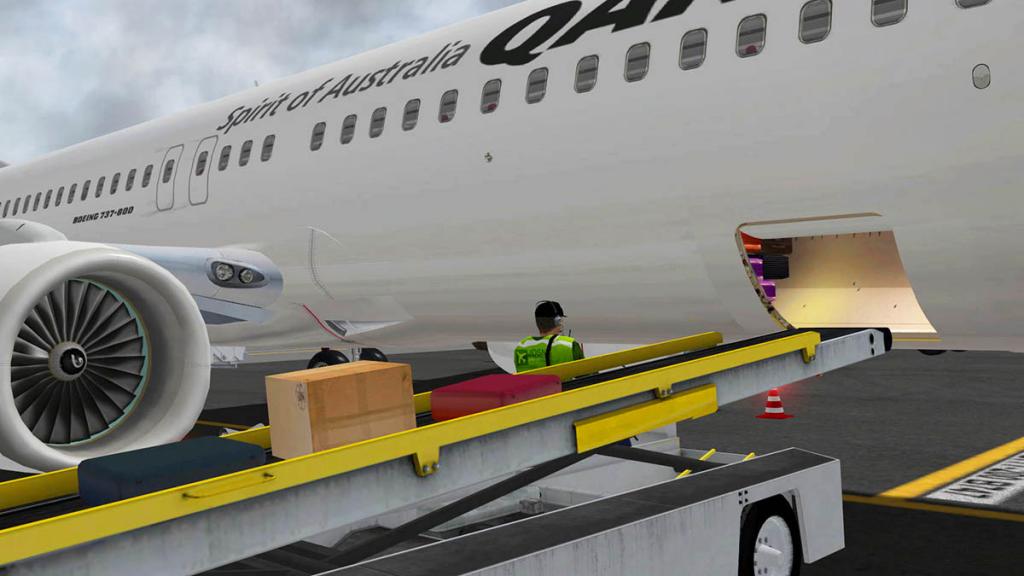
As the x737 has been around for what seems eons and is used by so many X-Plane users. Then the aircraft does have a lot of extra freeware support to surround it. Payware add-ons also accommodate the aircraft and one of the best is the JARDesign Ground Services plugin that with my own (QF) Qantas livery you can service the aircraft in getting ready for departure in perfect realism. A new notable feature with v5 is you now have opening lower cargo hatches with internal baggage inside, and it is with great realism to set out your ground services to do the work for you. So far the x737 seems to be your old same favorite that already subsides in your aircraft folder... 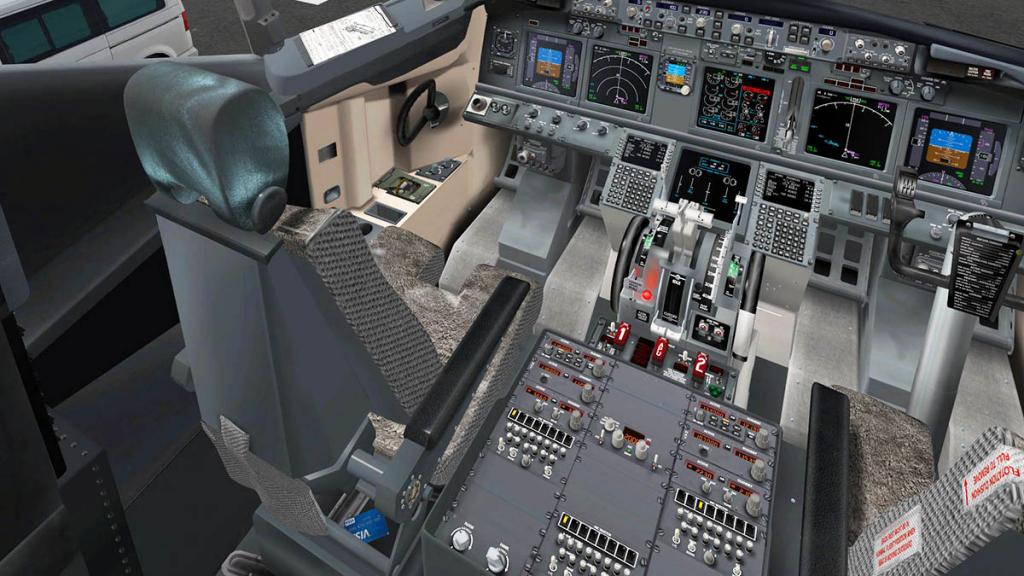
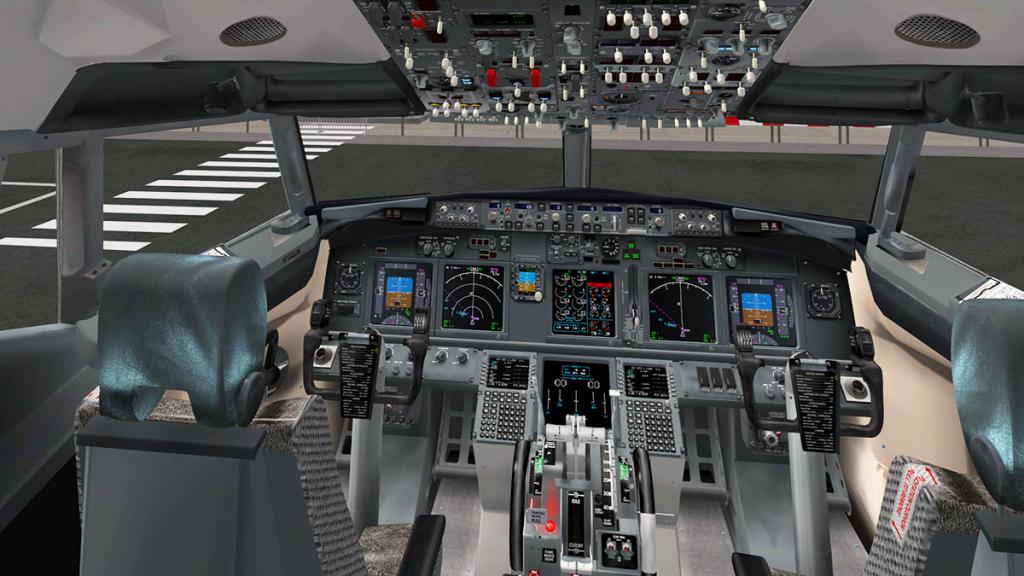
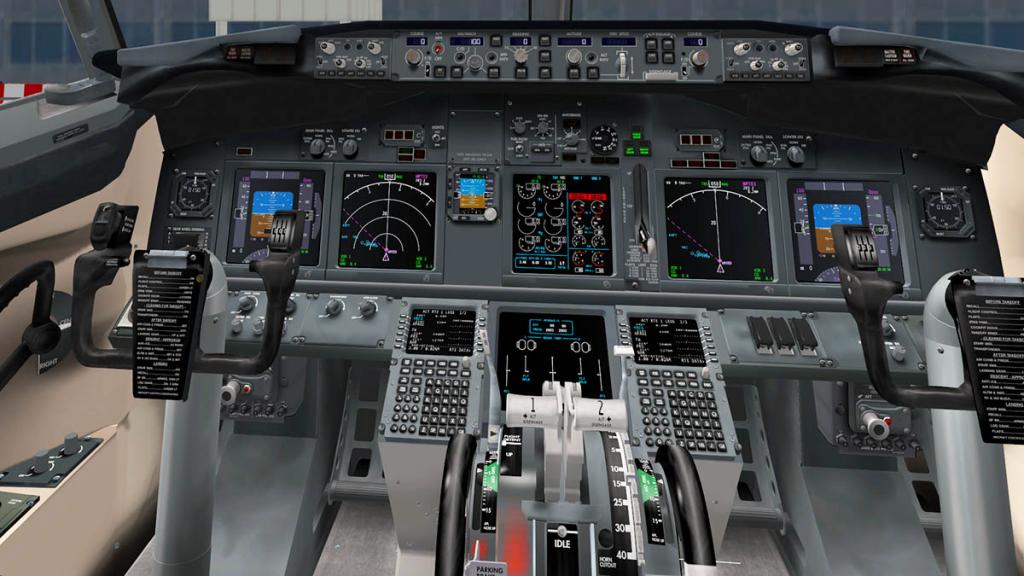
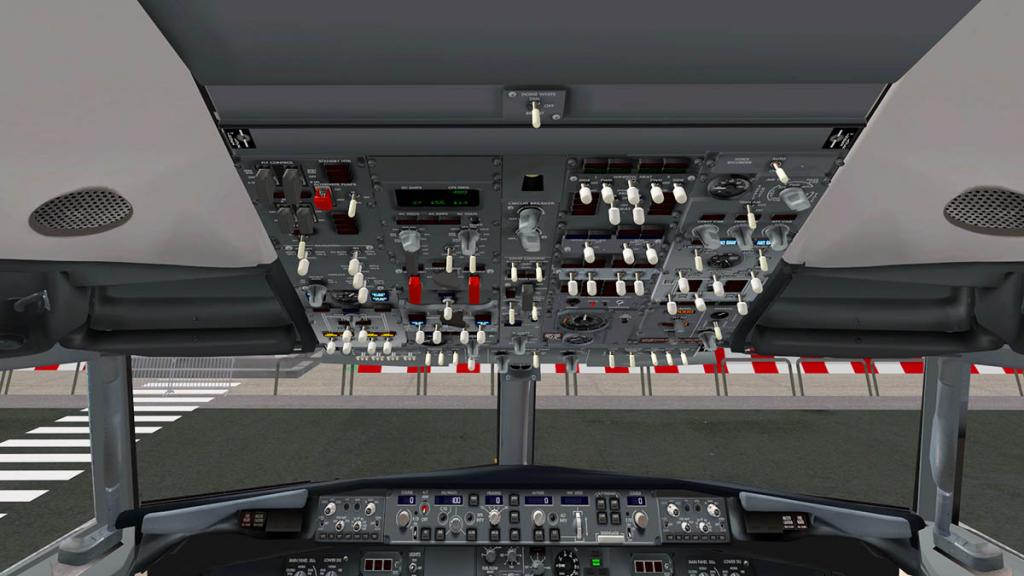
But go onto the flightdeck and then you will notice the v5 is absolutely nothing like the one in your aircraft folder! That old central 2d cockpit screen is gone and it has been totally replace by an amazing 3d virtual cockpit that will make you just cry with excitement (well I did!) The old famous central 2d panel has sadly been relegated to the past. It was just not compatible with the new functional 3d cockpit. 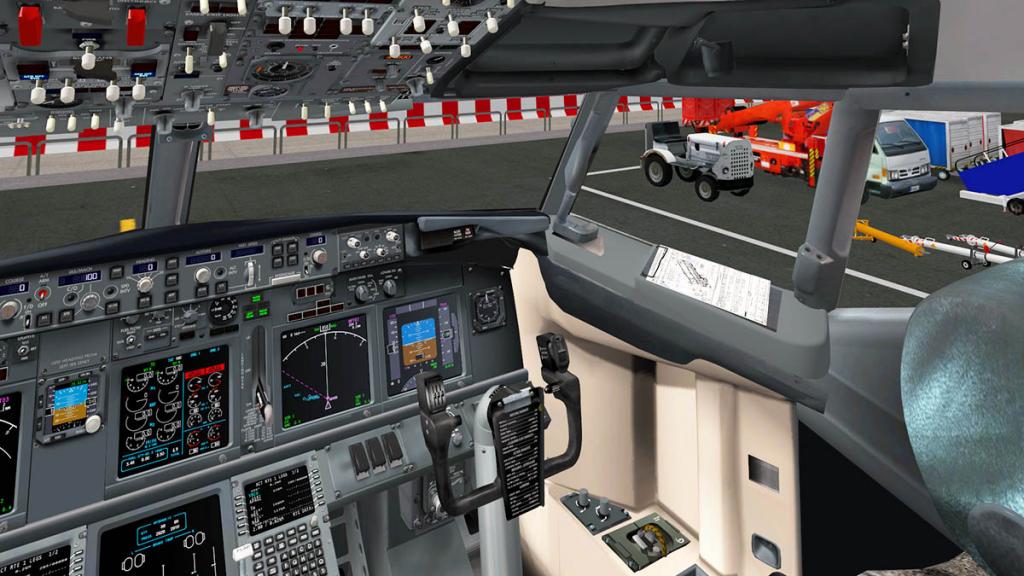
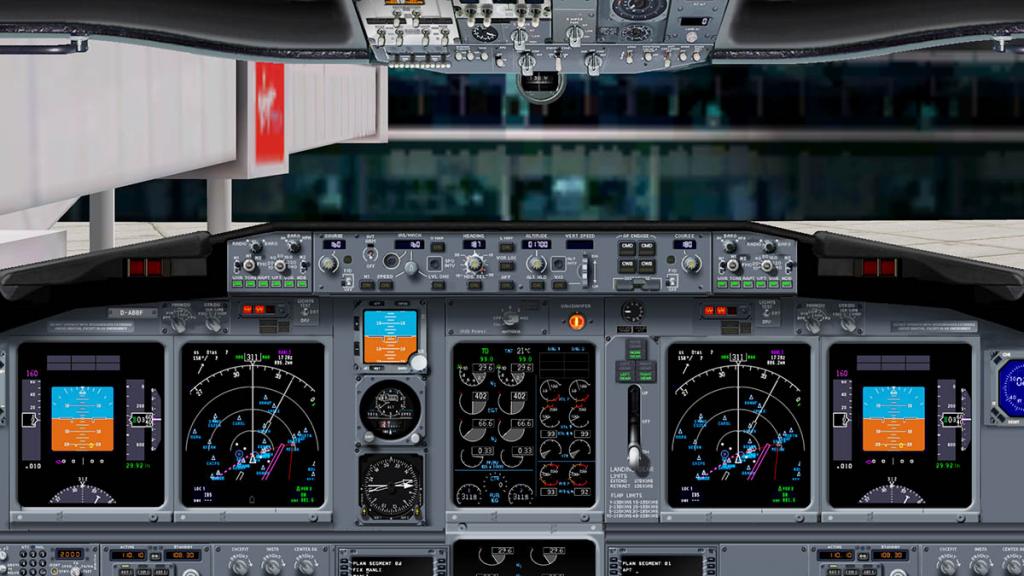
It is not just that the virtual cockpit is very good, but there is a very different feel to the cockpit as well. Nothing in X-Plane currently is like this cockpit in its look and feel. It is modern, very high quality and very sharp right down to the smallest details, and even better than payware! Yes the design here is well within the sort of aircraft US$50 price range that you expect on the X-Plane.OrgStore. 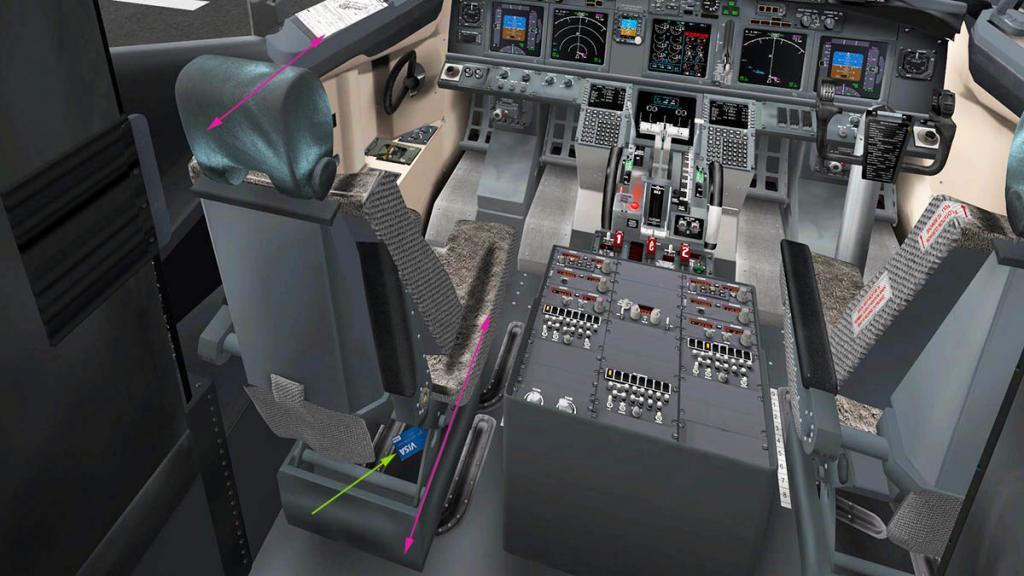
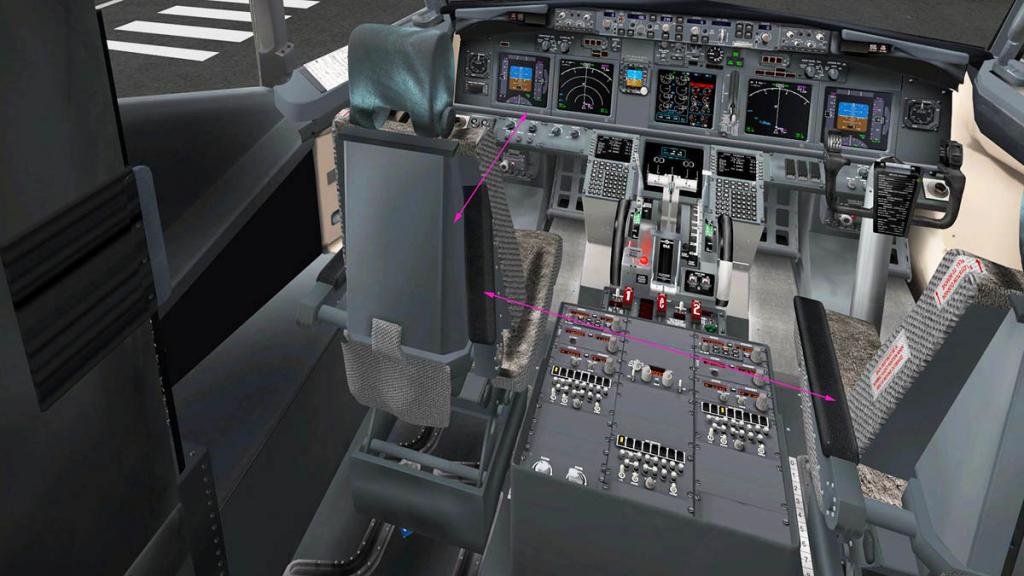
To highlight the sheer depth of design and detail you have in this x737, then lets look at the crew seats, as they move! Not only do they move but are also fully adjustable on their tracks in a forward and backwards motion, the backrests can be also adjusted forward and backwards as well.... and even adjustable are the headrests! Side armrests can be stowed or lowered and note that dropped under the seat company Visa card that you will need for paying for the fuel. Fussy and still not happy with your seating position... 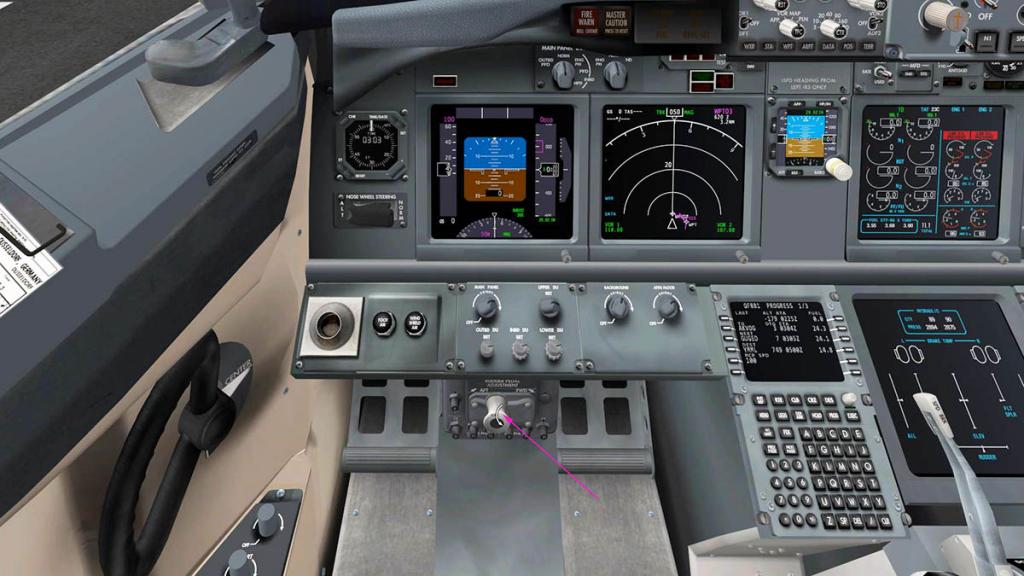
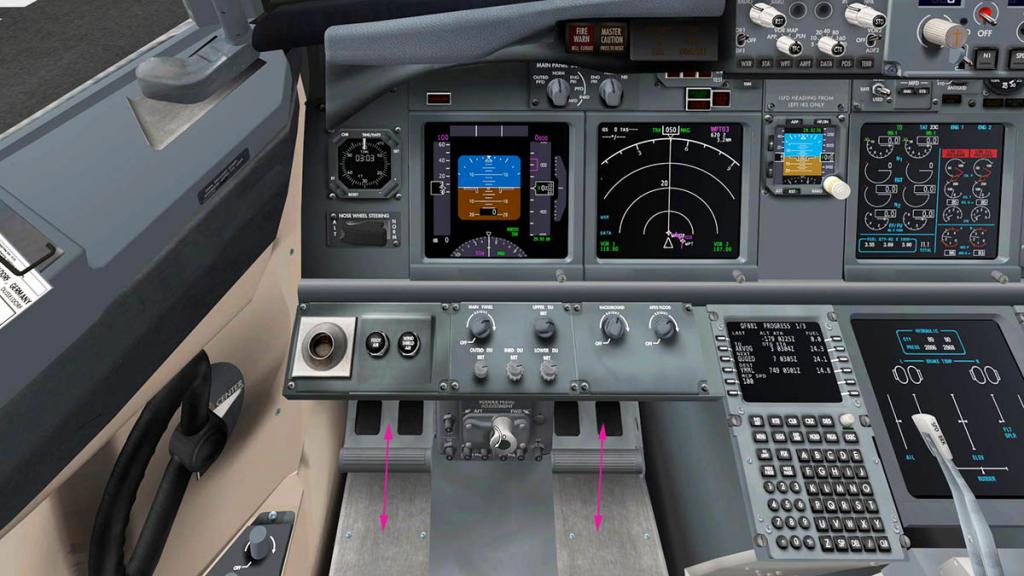
Then you can also adjust your rudder pedals for reach via the centre turn handle. 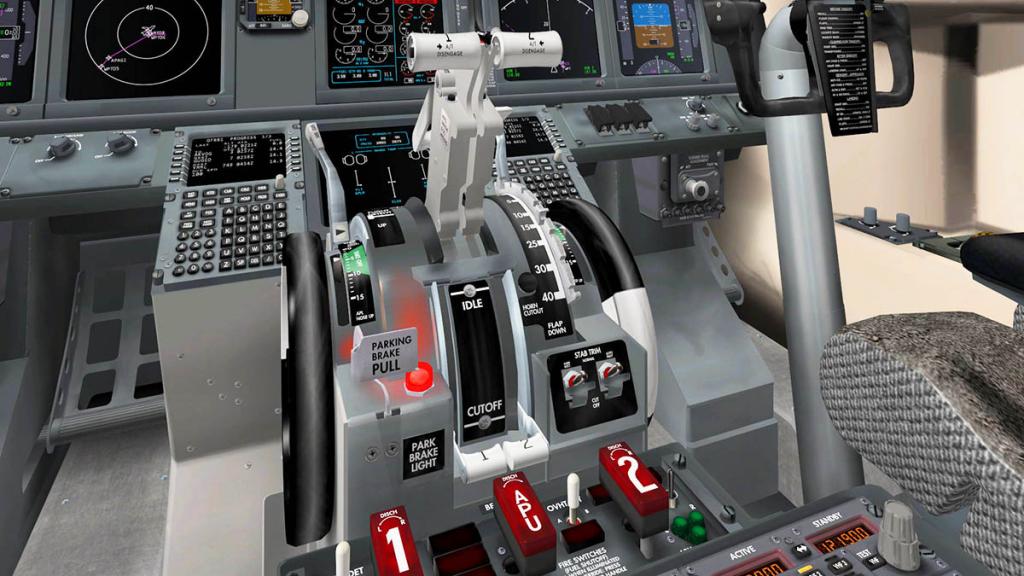
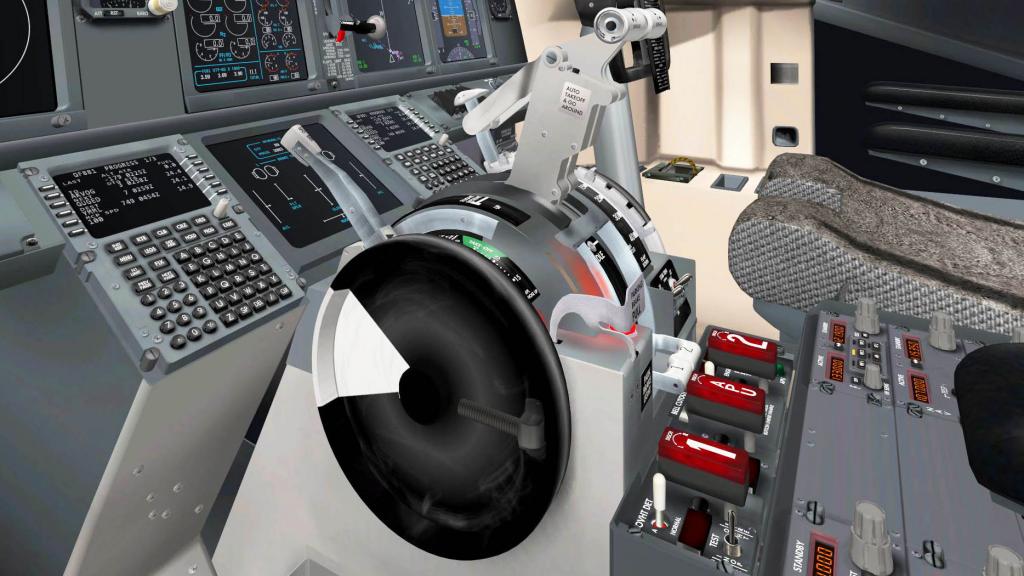
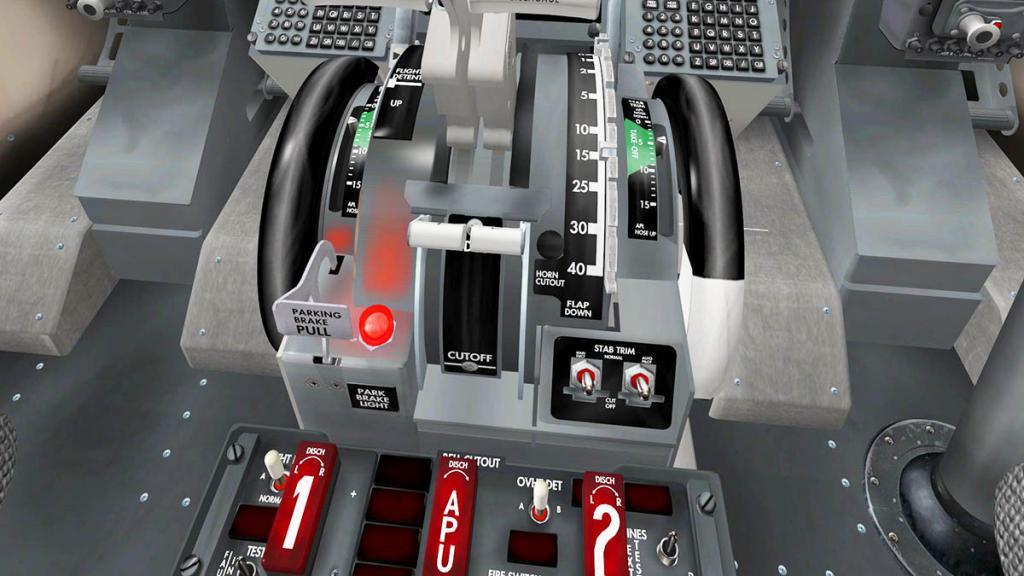
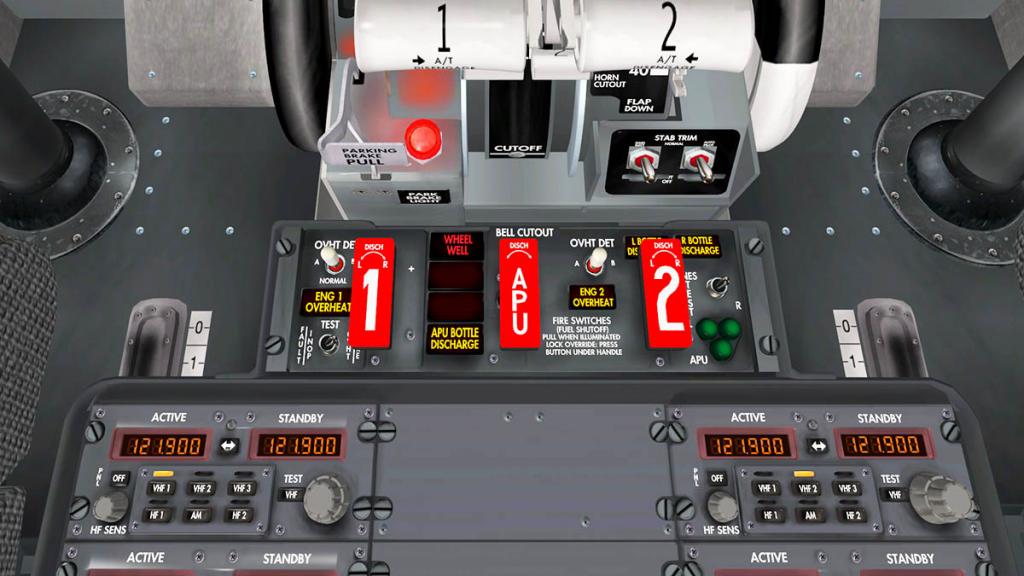
The Boeing 737 has a unique iconic pedestal. And EADT have recreated the design in all its glory, beautifully rendered and detailed the mechanisms are a sight to behold and you just wish that this 3d cockpit was 3d real world to touch and use. Levers click and move with metallic precision and those huge trim wheels do trim and whirr magnificently in flight. note here is that the x737's trim is separate from the X-Plane's version so you can't use the standard X-Plane settings to use it, but you can still set up your keyboard to adjust the trims via the provided settings if you wish. The engine and APU fire panel is well executed and fully workable. 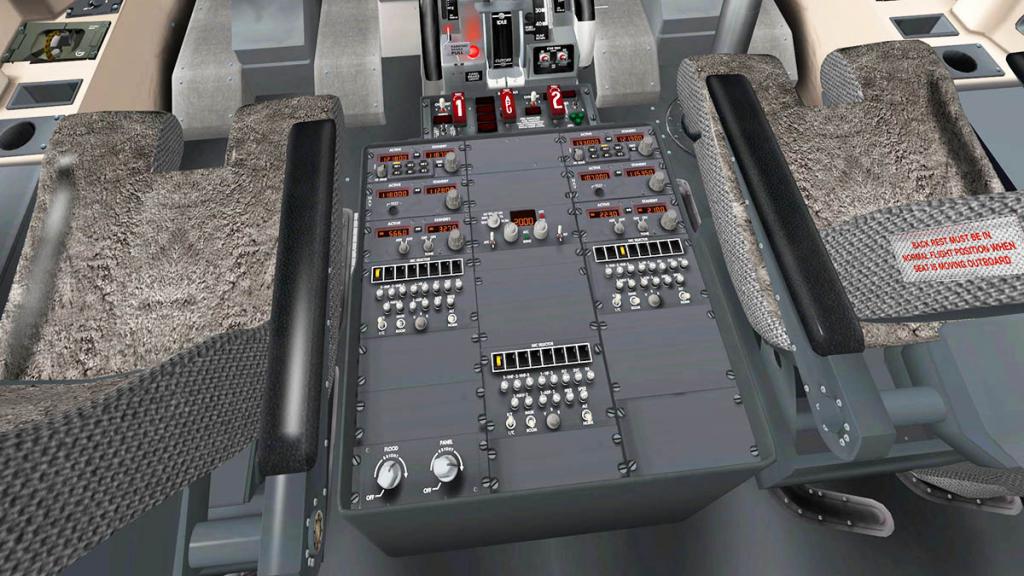
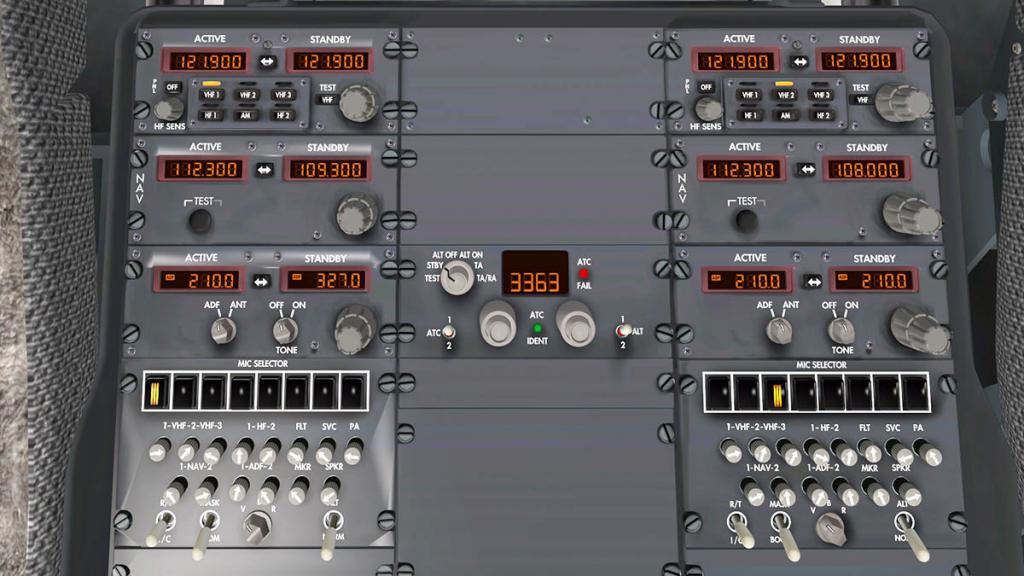
Radio console is excellent but still a bit bare in areas, it is missing the lateral trim, HGS, Cargo Fire and weather radar panels. No doubt they will come later as they are not currently essential.The overhead panel is complete. Every switch and every dial is there and all are extremely well done, perfect in fact. All systems are active including hydraulics, electrical, environment, bleed, lighting and APU. 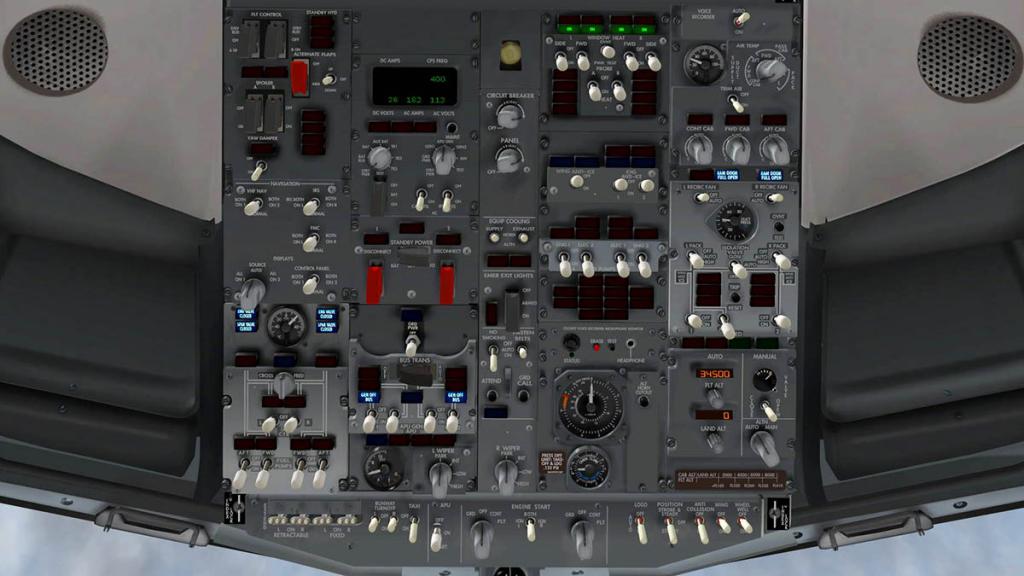
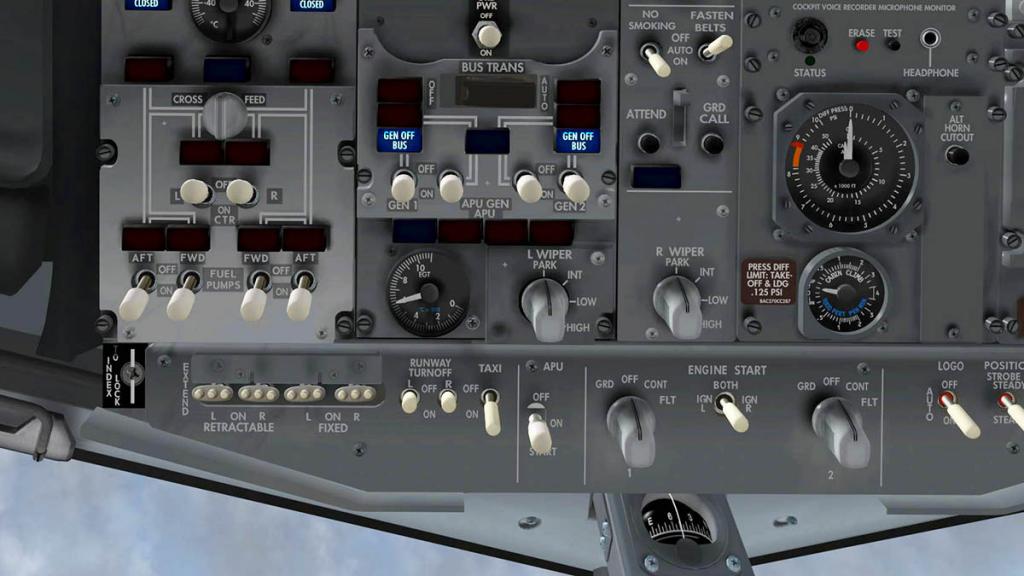
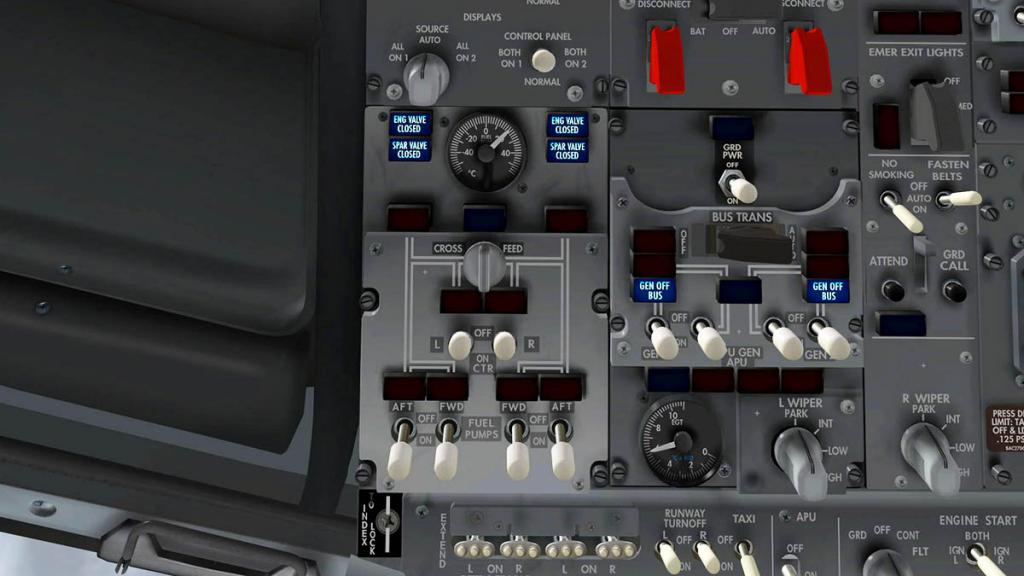
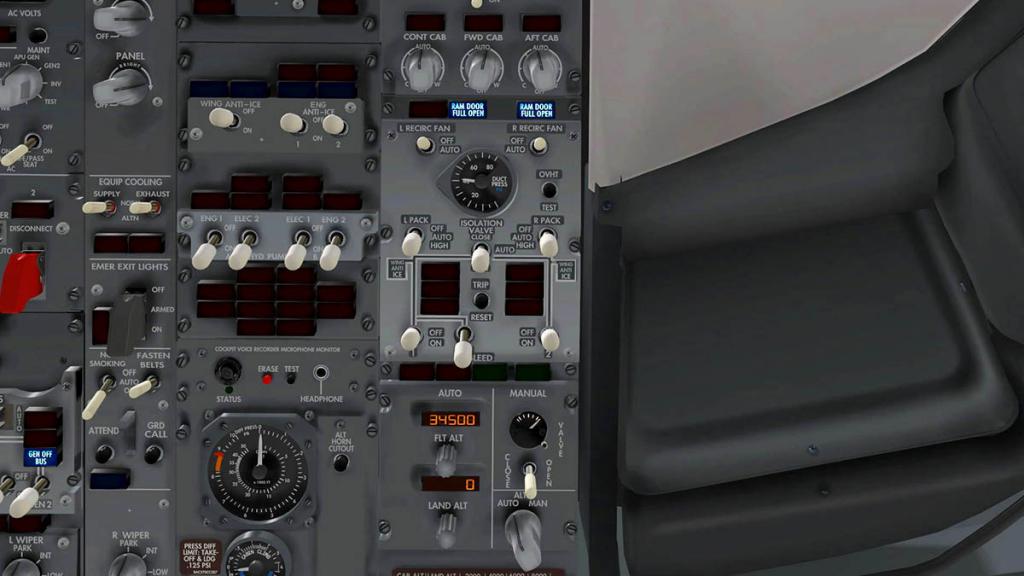
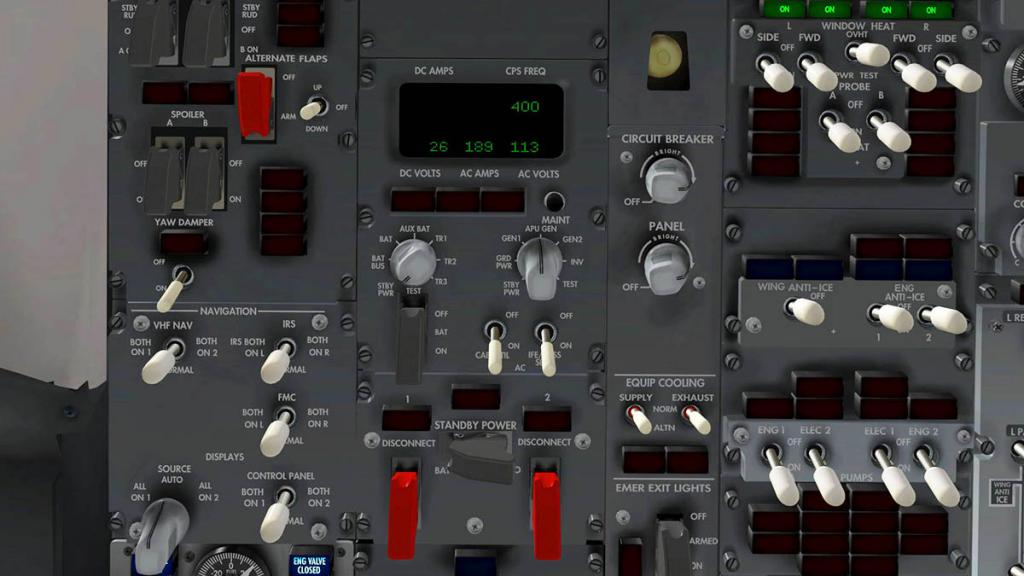
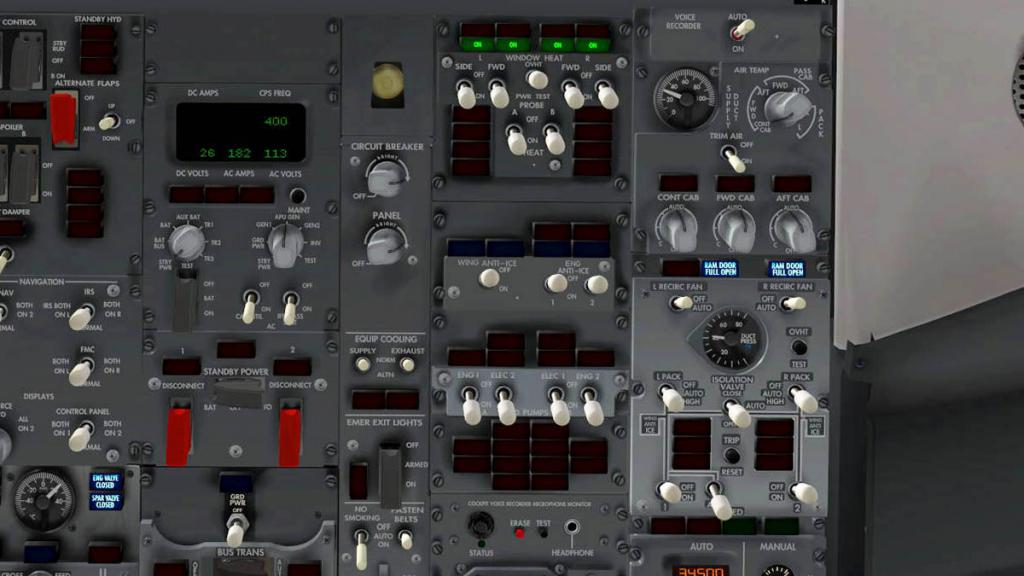
Switches can be pushed and twisted with clever manipulators, like with the engine start switches. 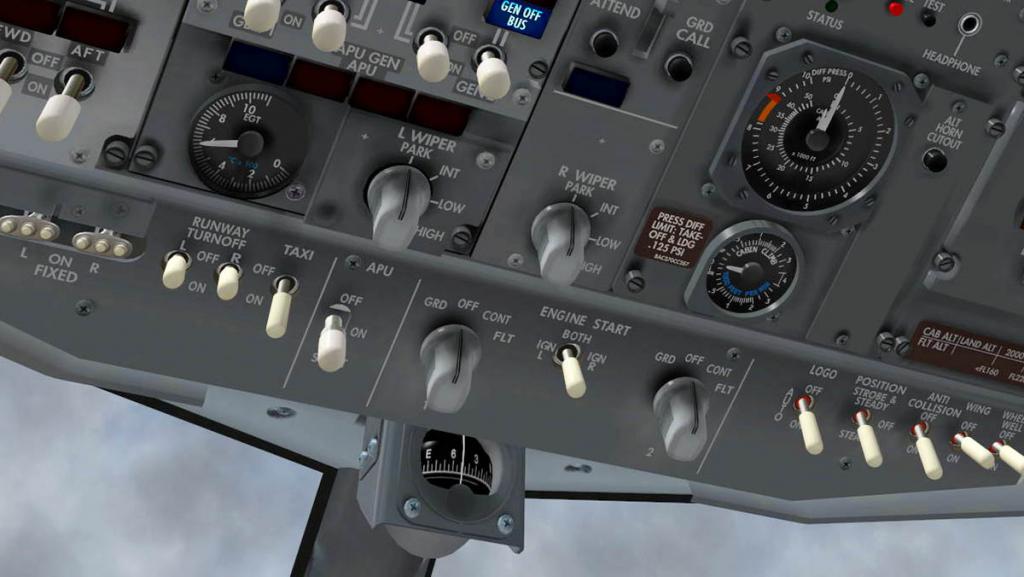
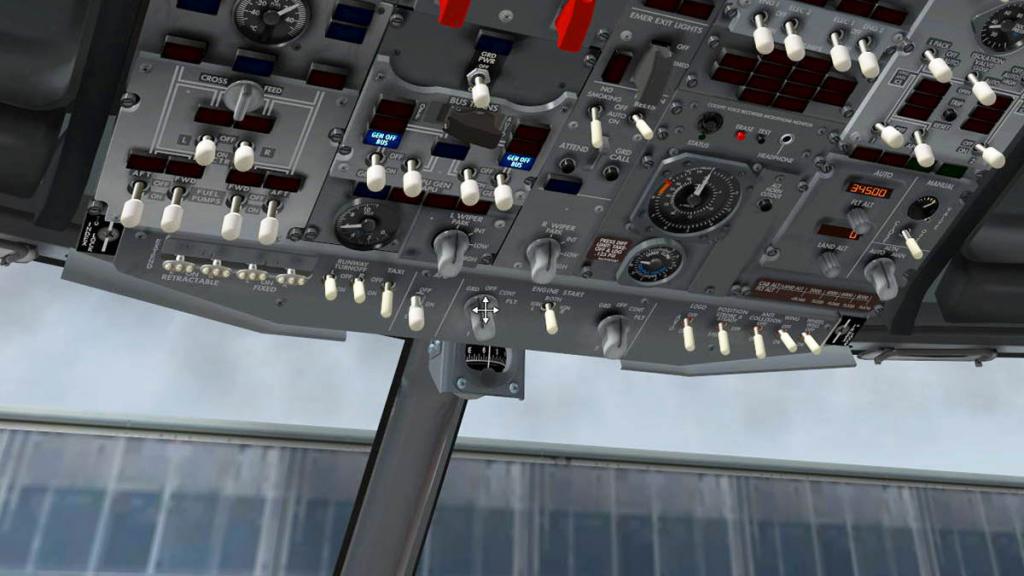
The hardest thing to convey here is how different this panel is in use and feel, everything is very well done and very efficient and smooth in its operation, in be it a switch or a dial that needs movement. 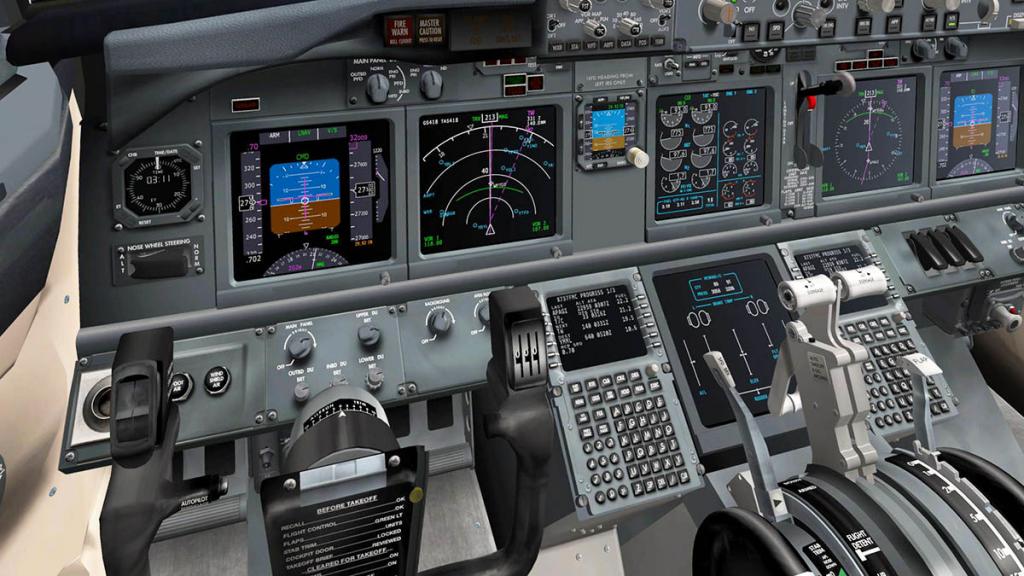
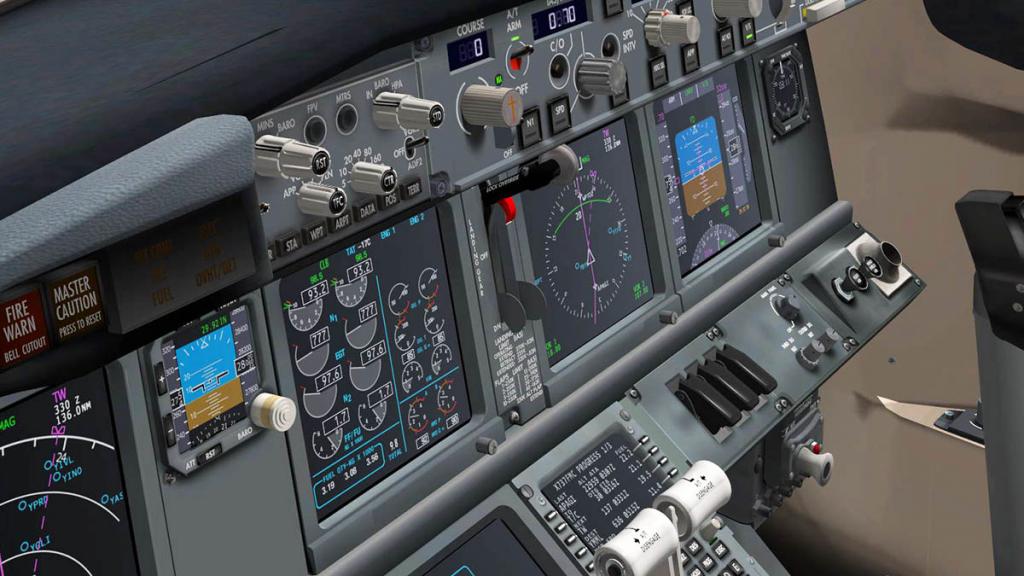
x737FMC You can buy from EADT an add-on for the x737 in a fully working FMC (Flight Management Computer) by Javier Cortes. This plugin has been completely designed for the x737 aircraft and the FMC is also fully intergrated into the aircraft. If not installed you have the standard X-Plane default FMC in its place. 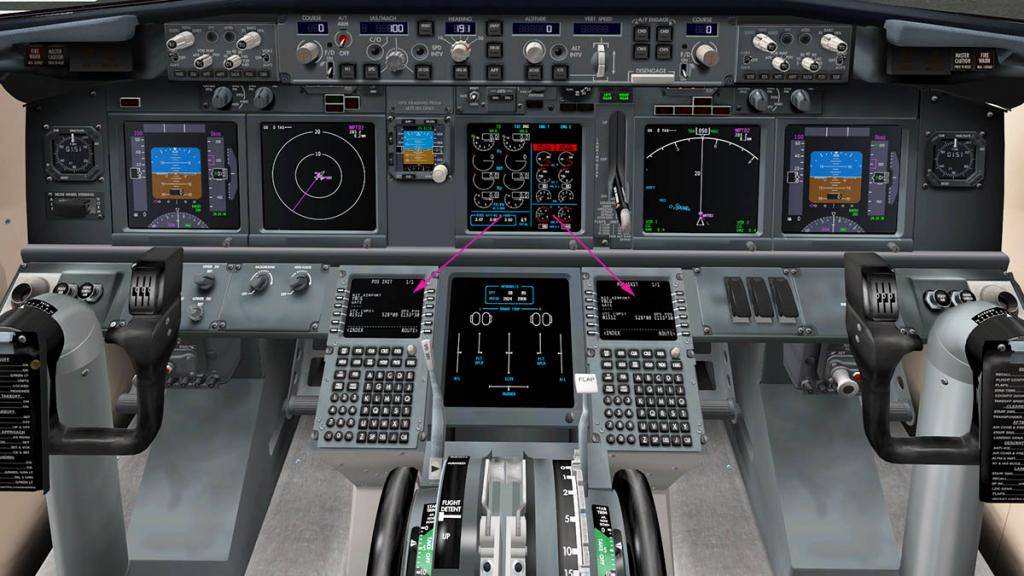
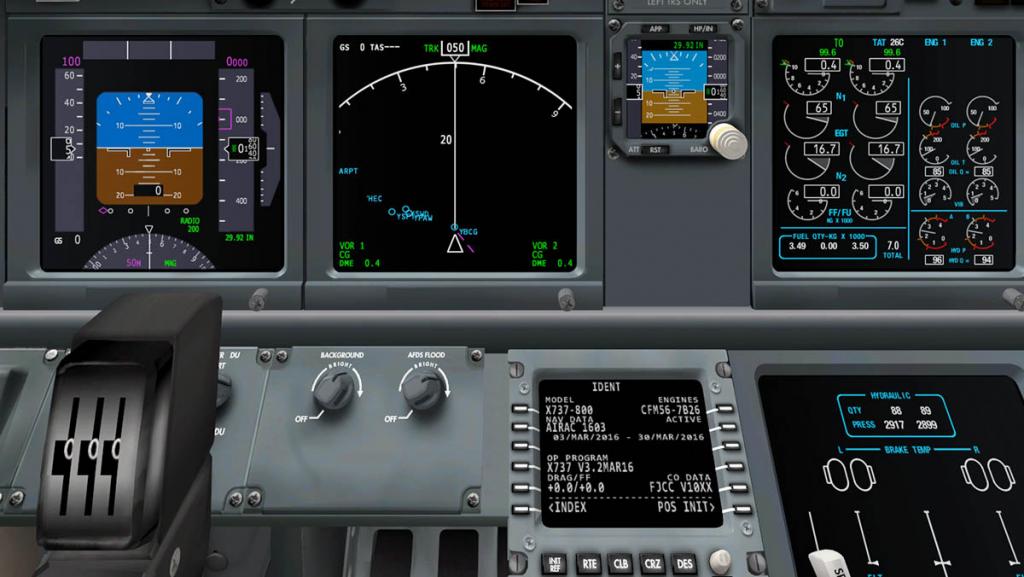
This fully working xFMC has been updated for the new 3d virtual cockpit and has had new features added into the system. 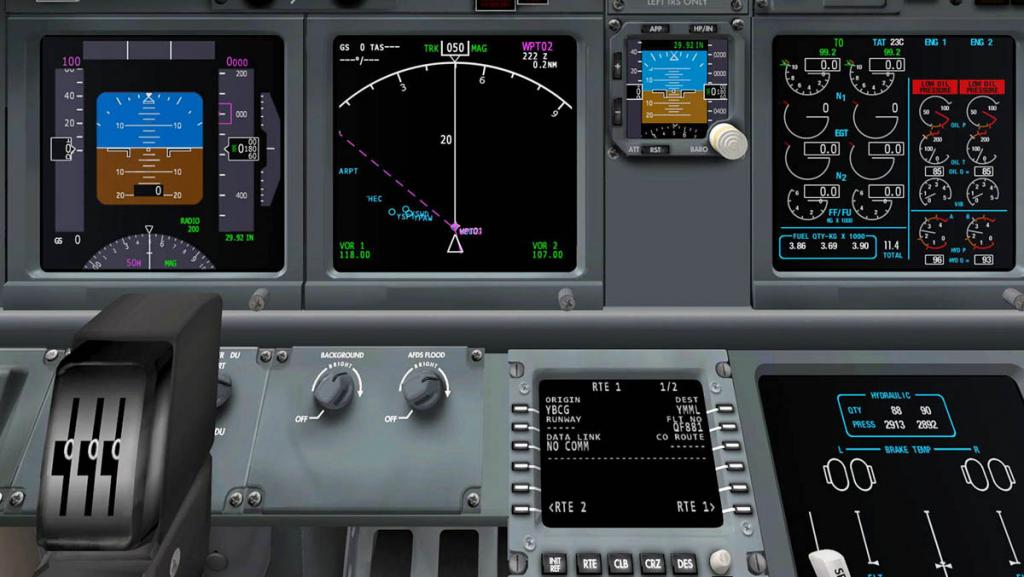
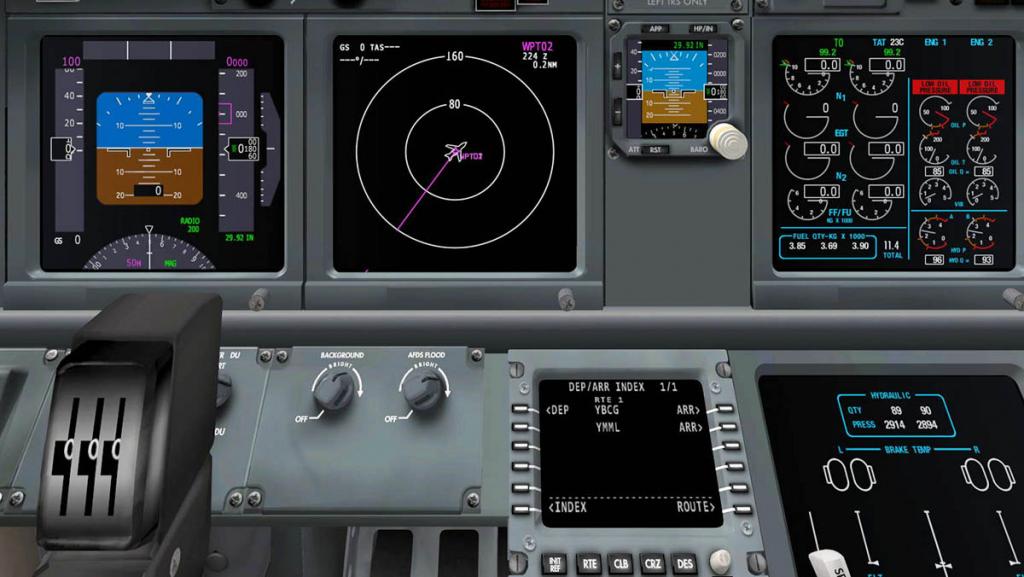
This route is from YBCG (Gold Coast) to YMML (Melbourne). Qantas - QF881 SID and STAR's can be inserted and in this case you are using APAGI2 (APAGI) for departure and LIZID2 (LIZZI) for Arrival. 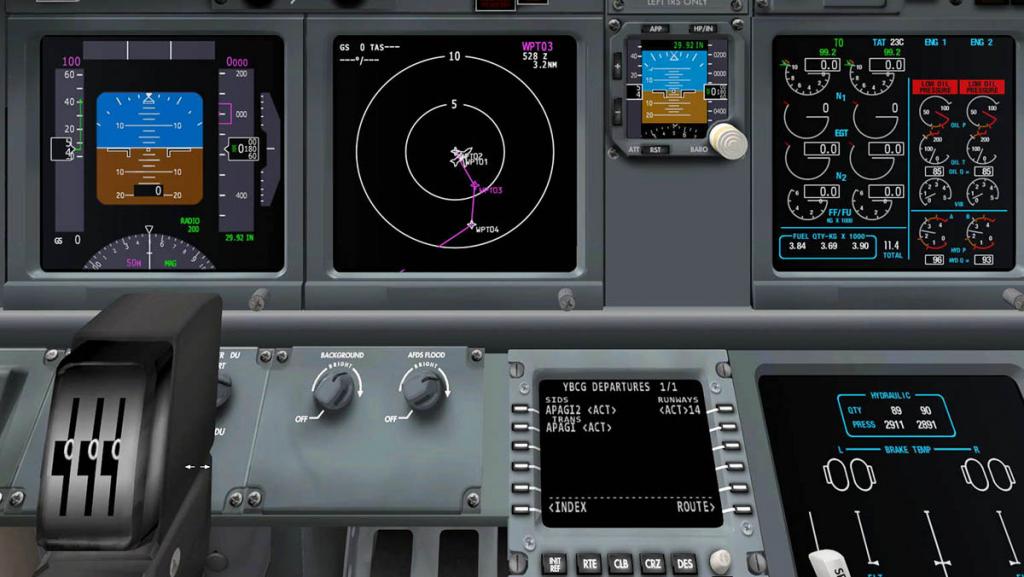
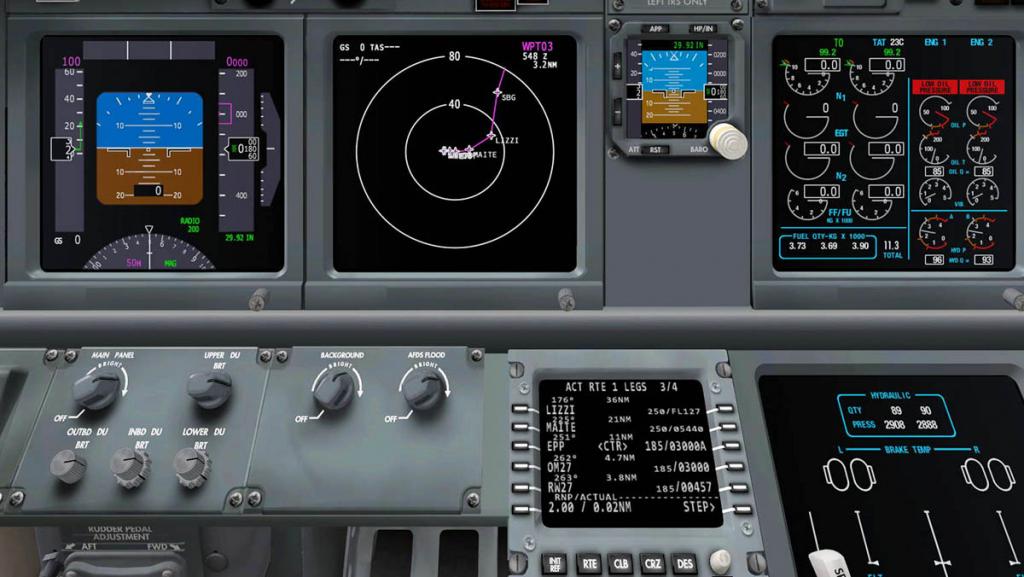
Route waypoints are easy to insert and you can save the route when filed or EXEC (EXECuted) for an easy load next flight. 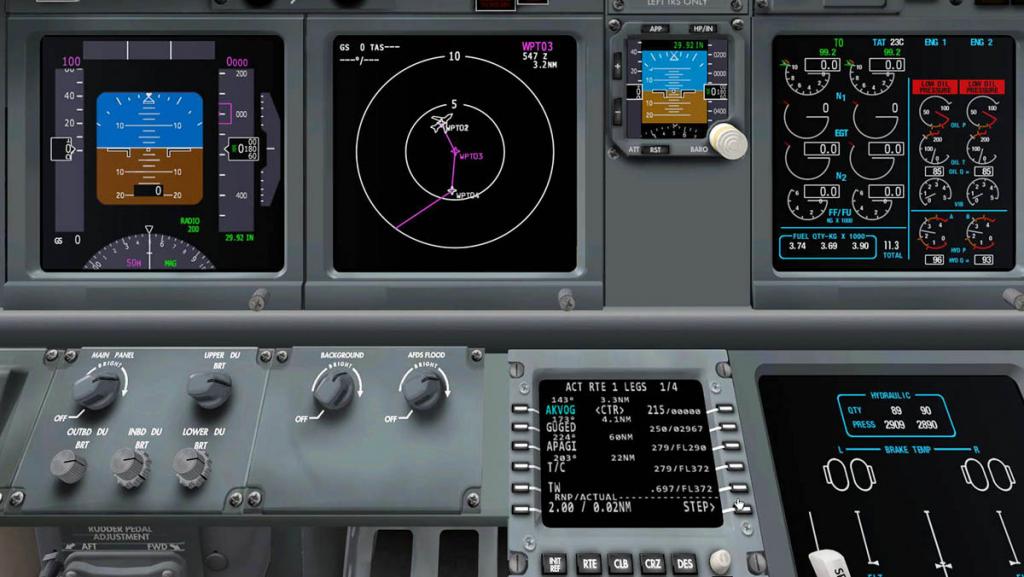
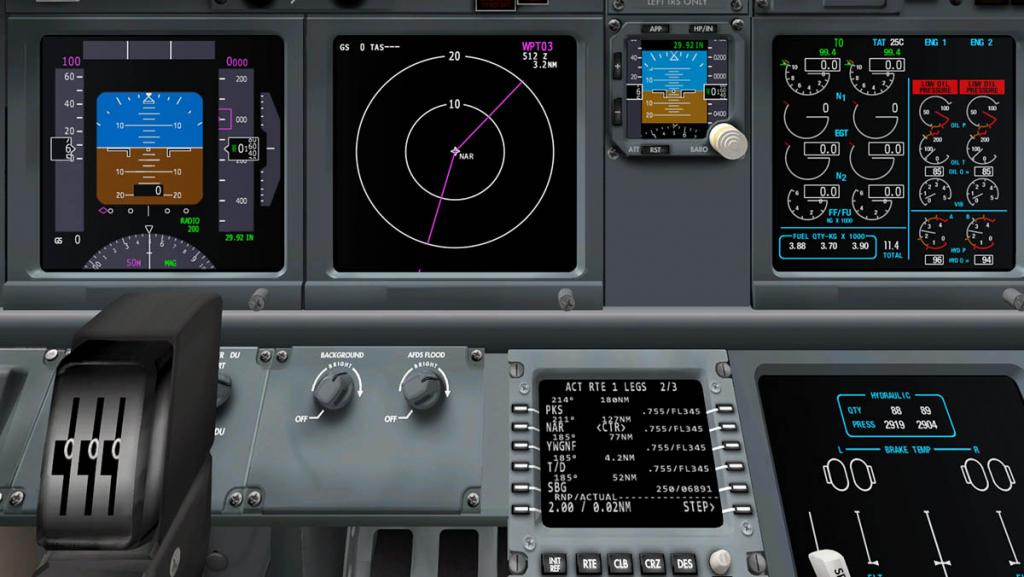
Aircraft PERF (Performance) including N1 and Takeoff/Approach Ref's (References) can also be inserted with the settings intergrated with the aircraft's autopilot systems. 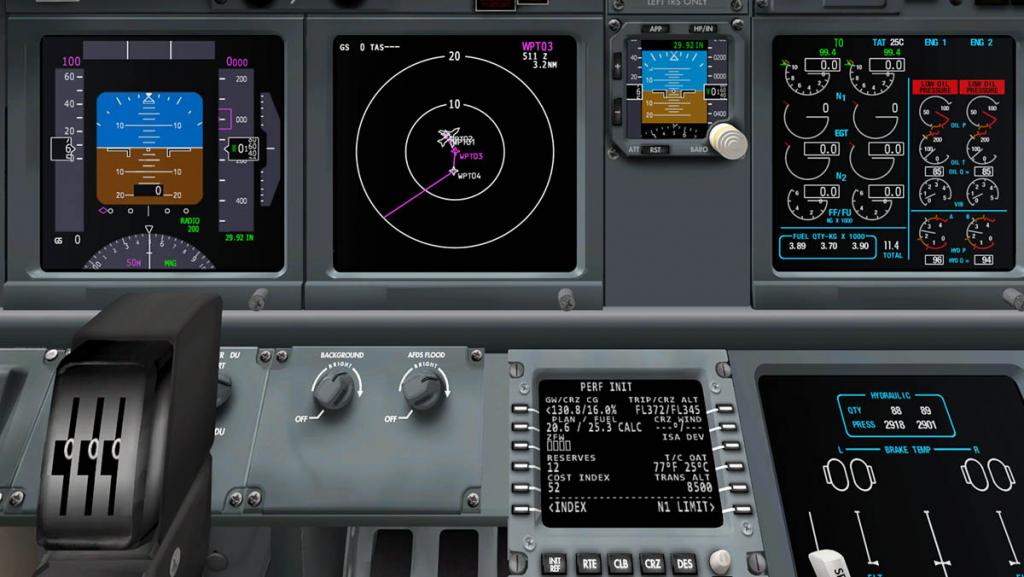
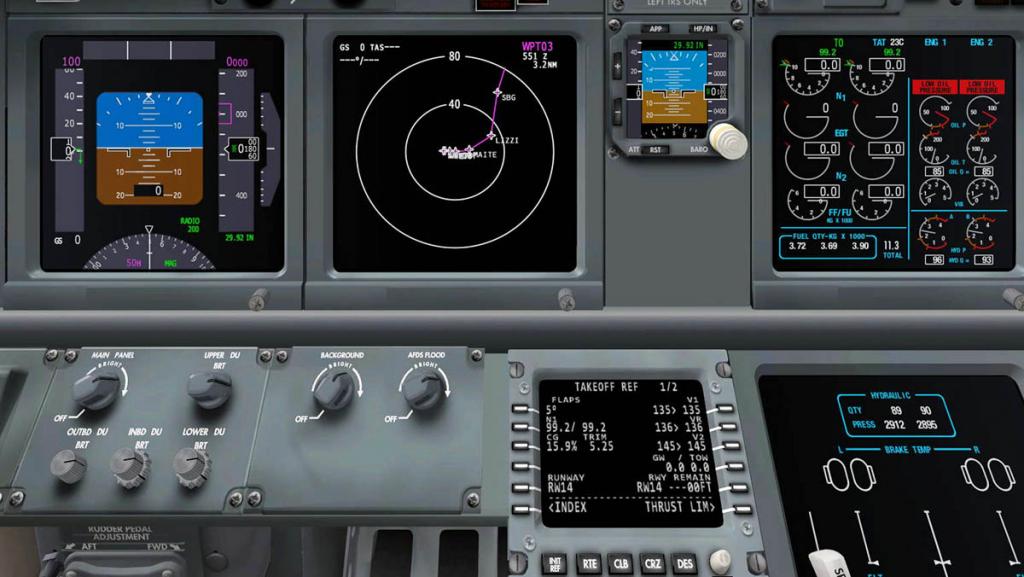
On the keypad there is no radio button to get access to the RADIO functions, but it is there in the Menu index under "Nav Status" 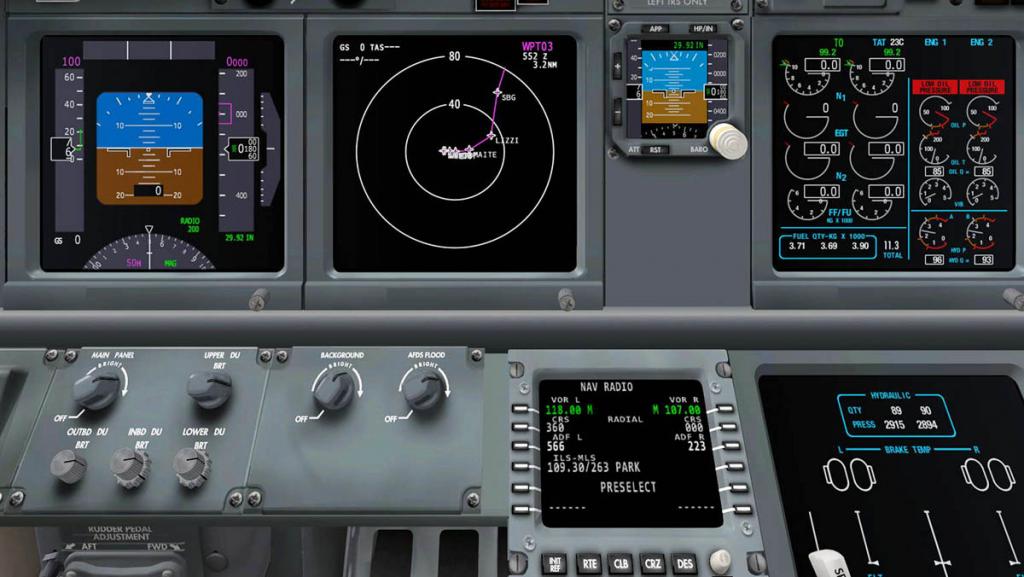
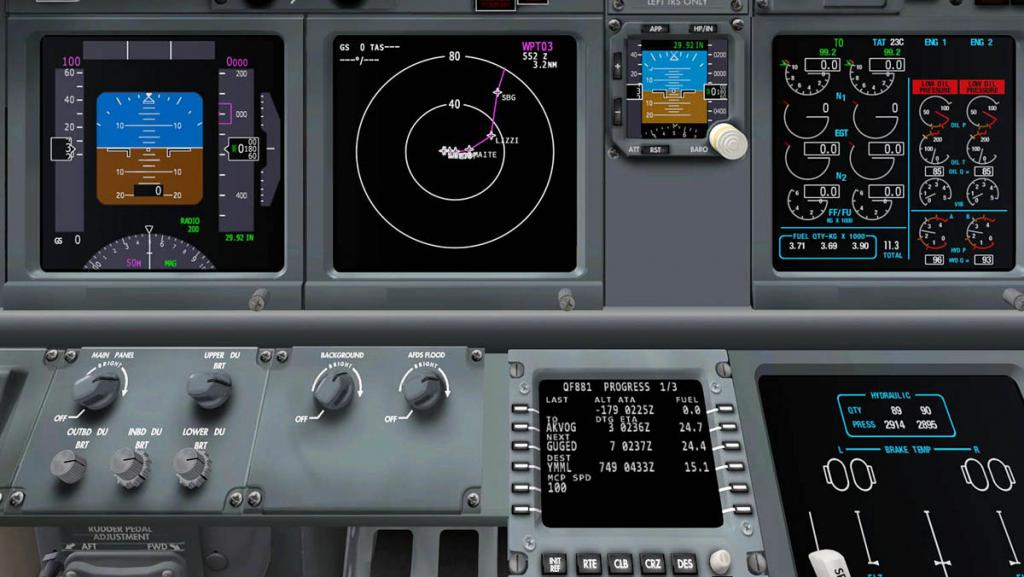
The essential PROG (Progress) page is very good with secondary Nav (waypoint) information also available. 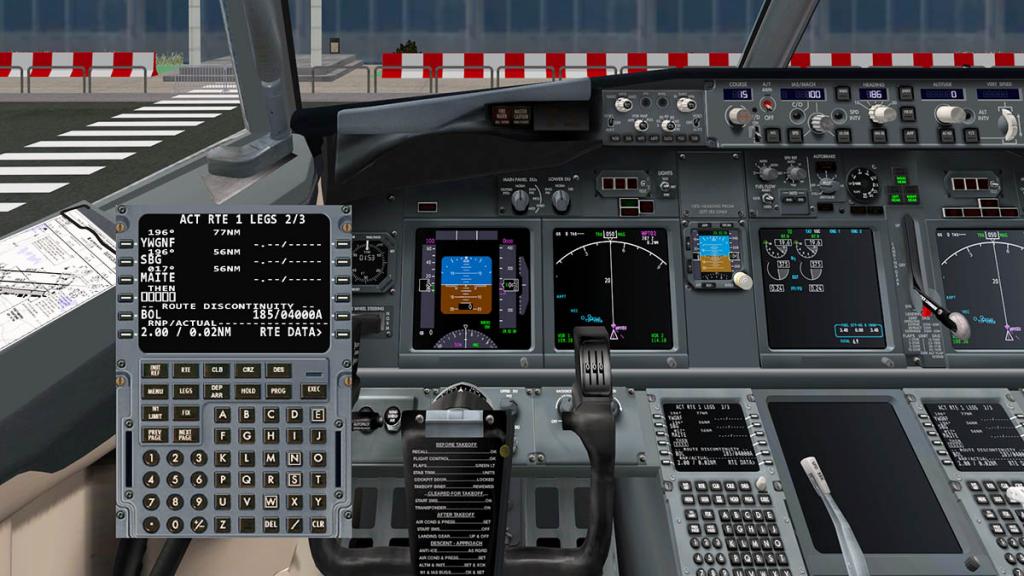
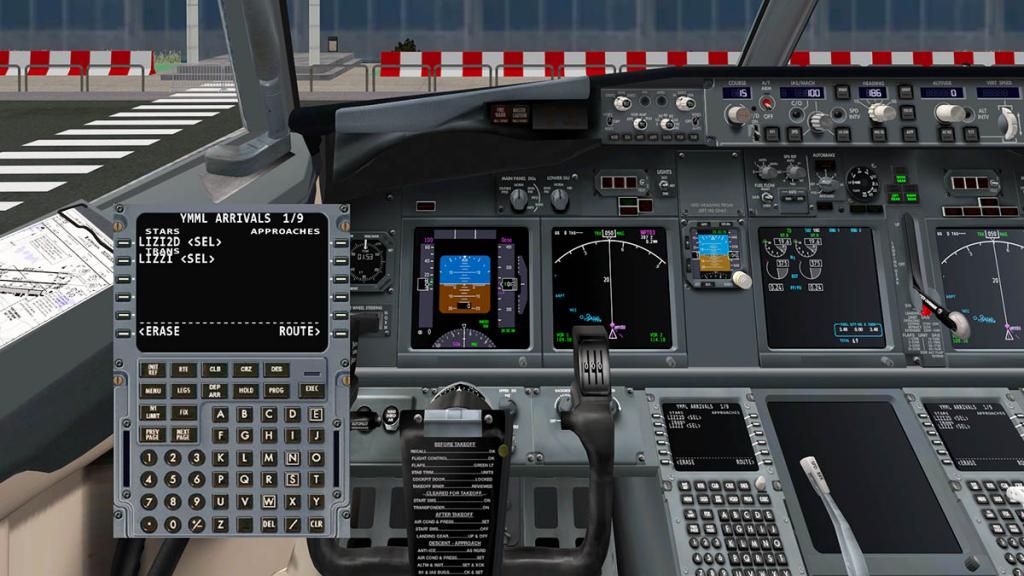
x737FMC does pop-out for ease of use, but I prefer to use the pedestal version to be closer to the Nav display. There are some tricks (mostly in updating or EXEC) in completing certain inputs like SID and STAR inputs, so you really need to read and follow the manual and video's to tune yourself into the system as it is not as forgiving as some built in FMC's. Overall the x737FMC adds in a great dimension to the x737 project aircraft. Menus The standard x737 menu is still there and basically the same with the pop-up overheads panel still usable, but really they are redundant now with the full 3d overhead panel to use. 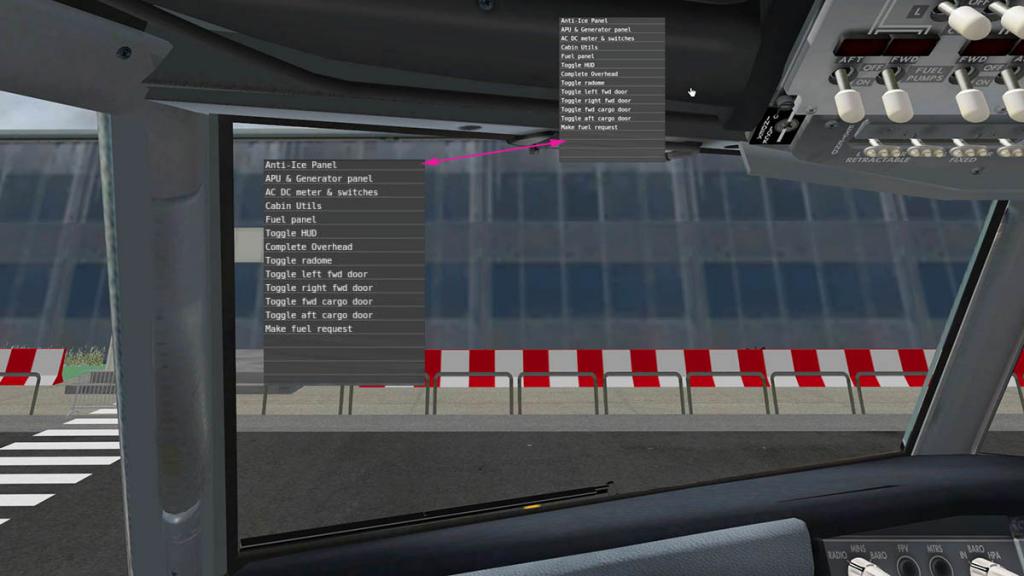
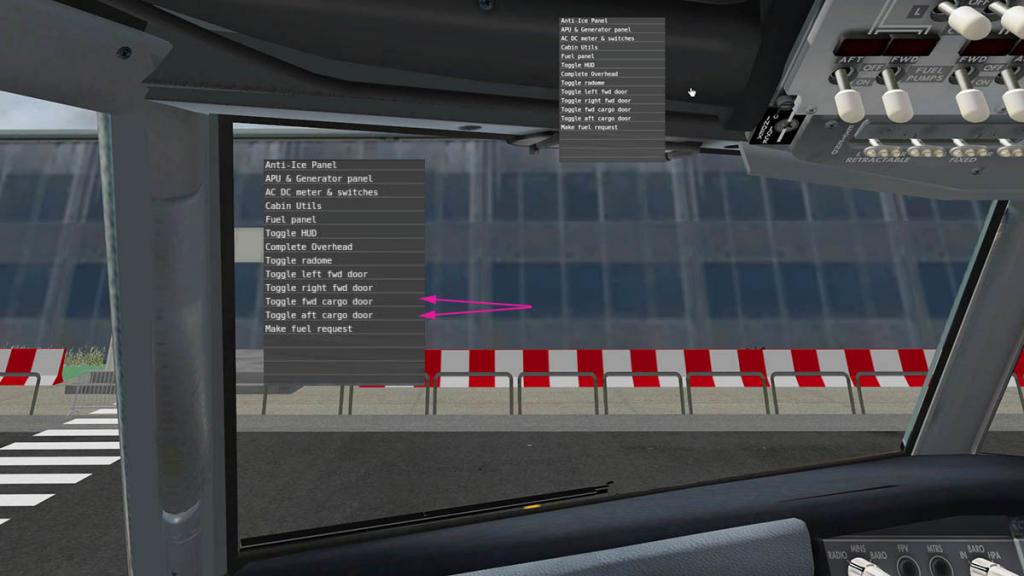
Only additions are the two front and rear lower cargo doors. 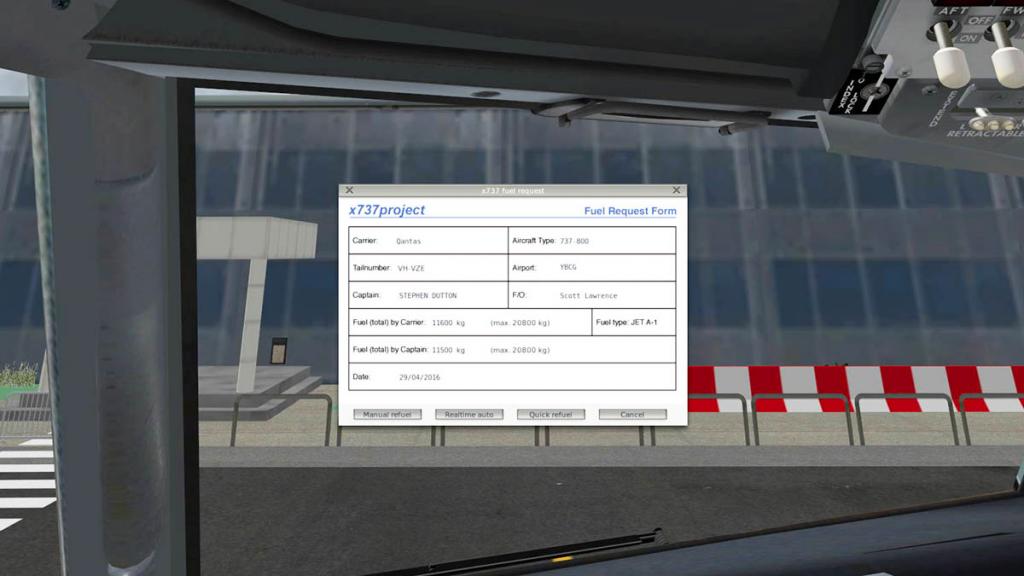
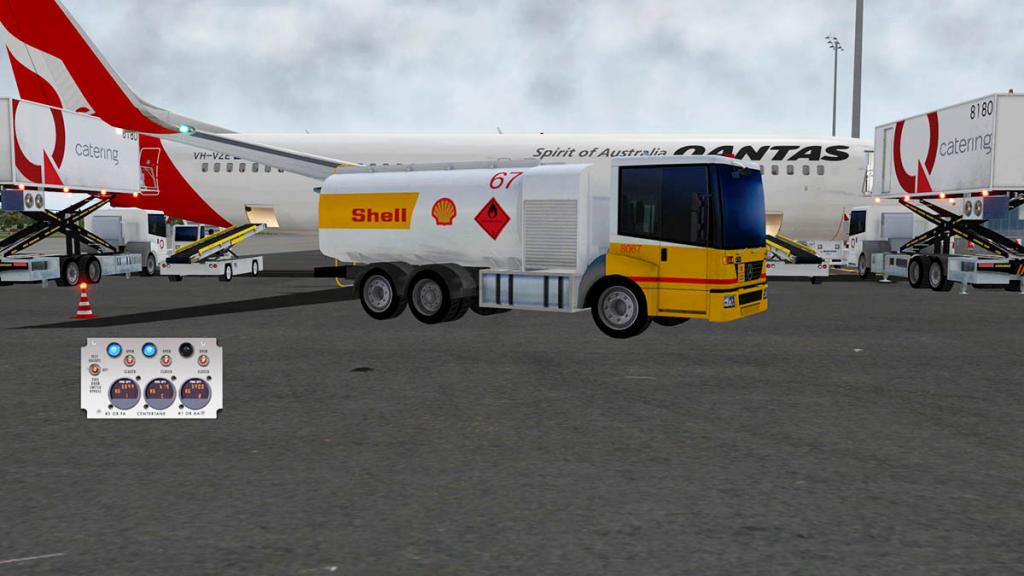
Fuel request is still the same and a procedure that needs a stick-it note in your eyeline. Forget to put enough of the go A-1 spirit and you can not add in the fuel later in flight... Okay hands up who has done a long glide down to nowhere by running out of fuel! Guilty m'lord as charged! Add in the JARDesign Ground service fuel truck for added realism when refueling the aircraft... perfect.
Walkround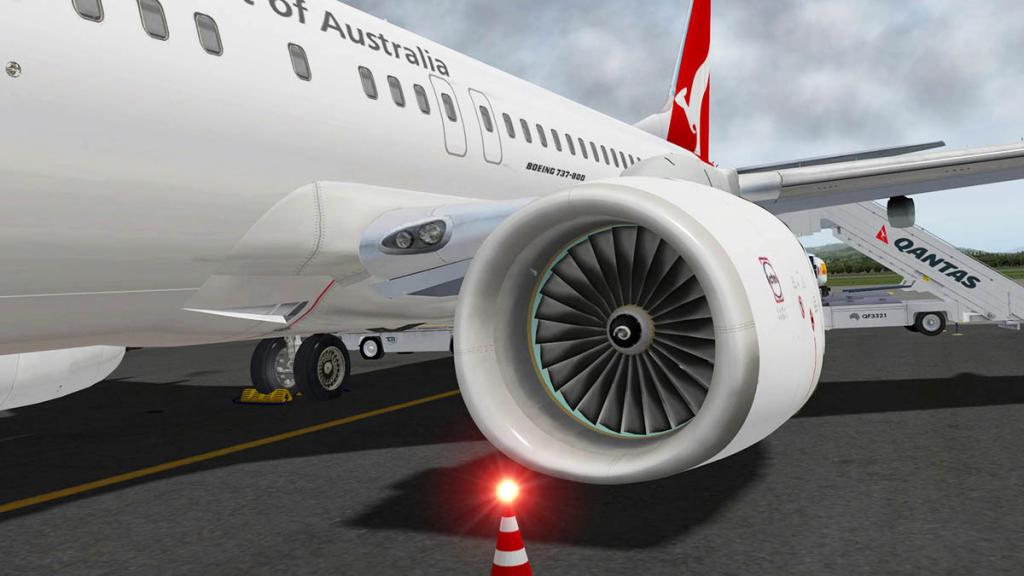
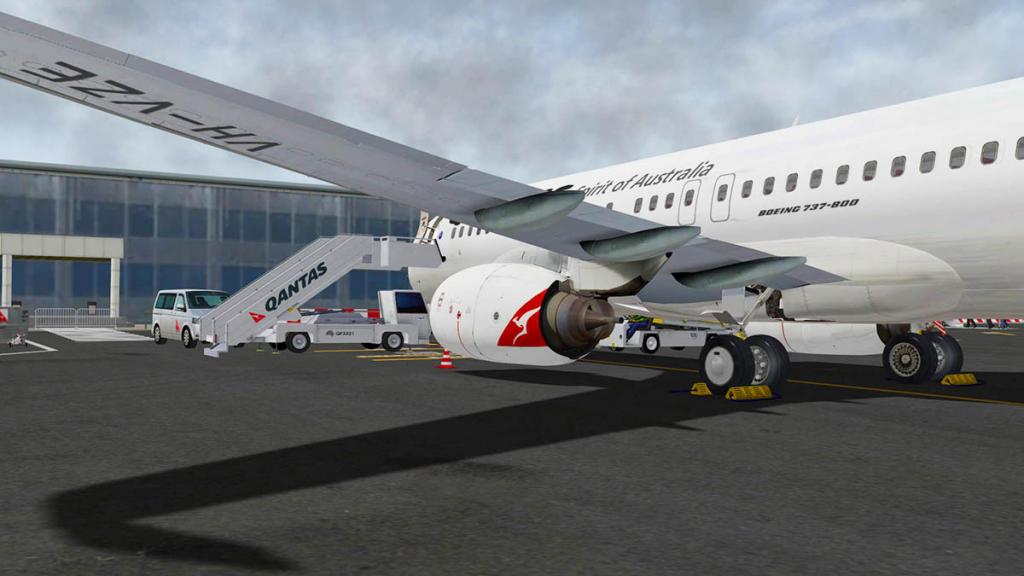
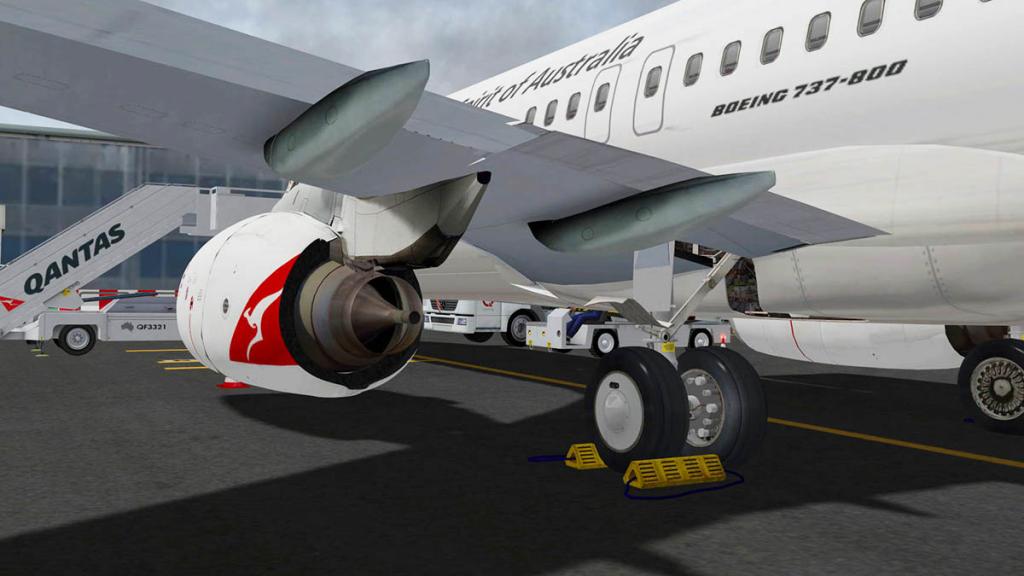
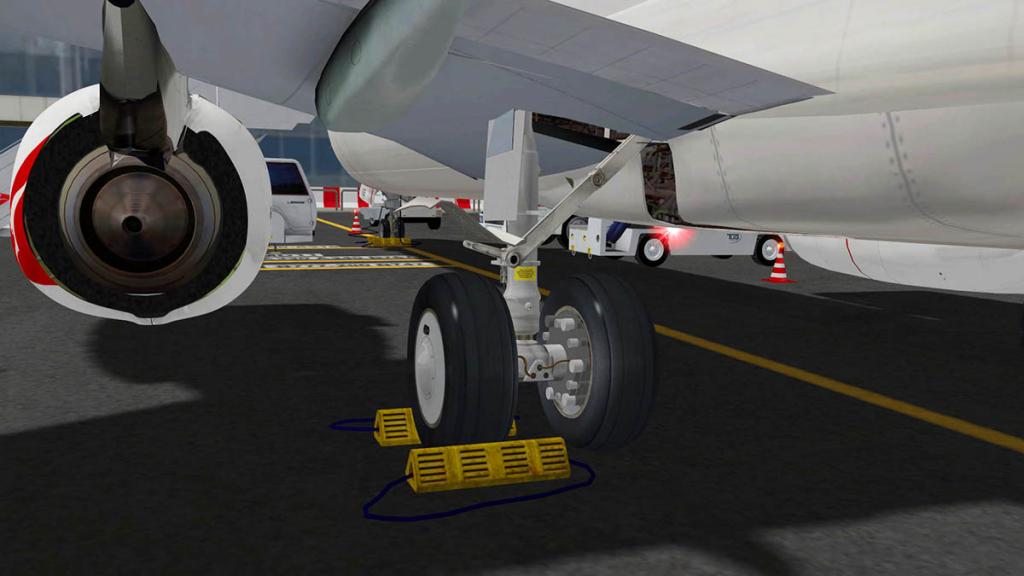
Time to go, and a quick walkaround confirms that the x737 is still one one of the best Boeing's in X-Plane. Certainly years of refinement has been done here, but the aircraft has always been really great in detail and in any lighting conditions. 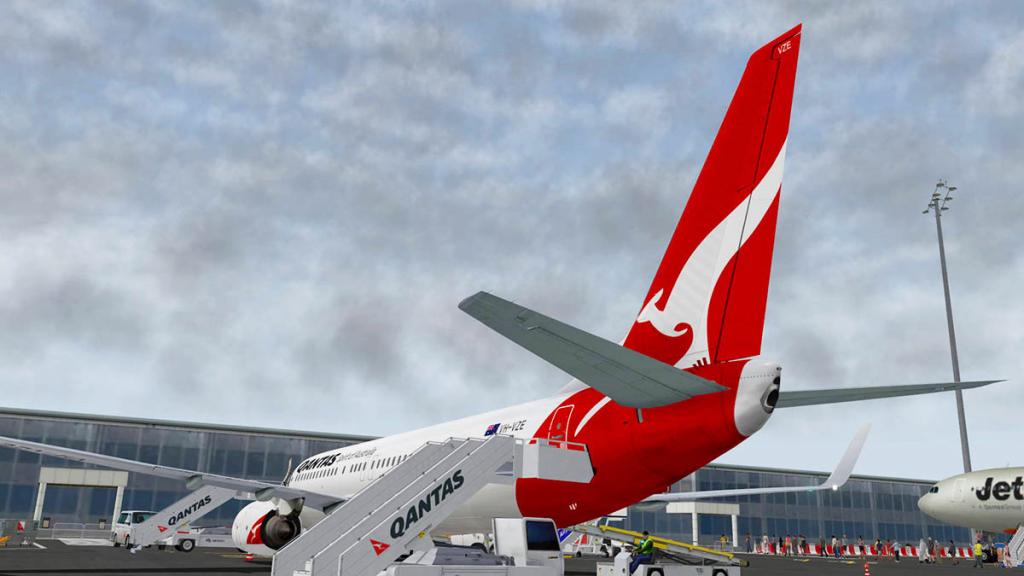
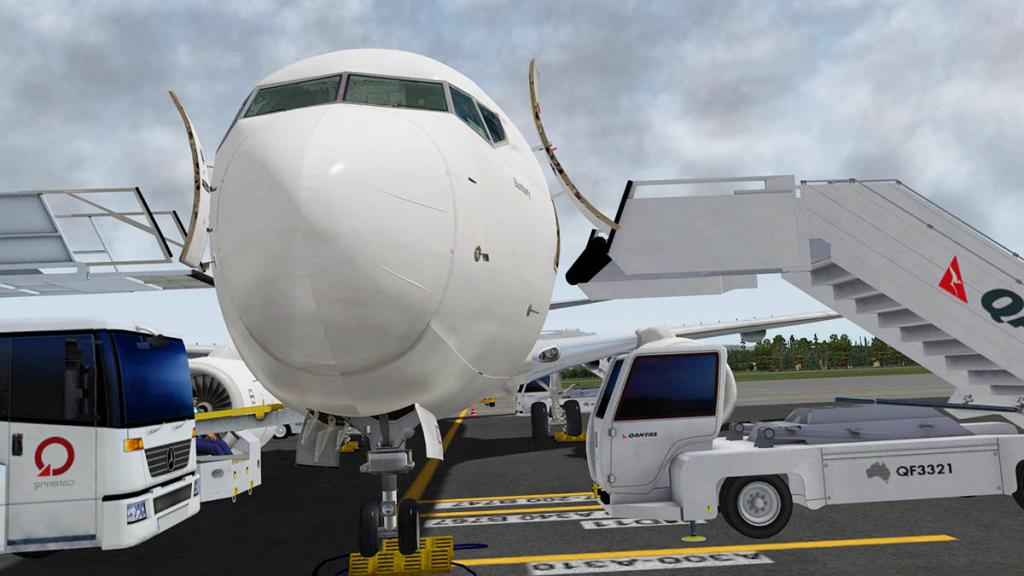
The x737 does not come with a pushback feature. So i use JARDesign's great iTow plugin, which works extremely well with the aircraft. 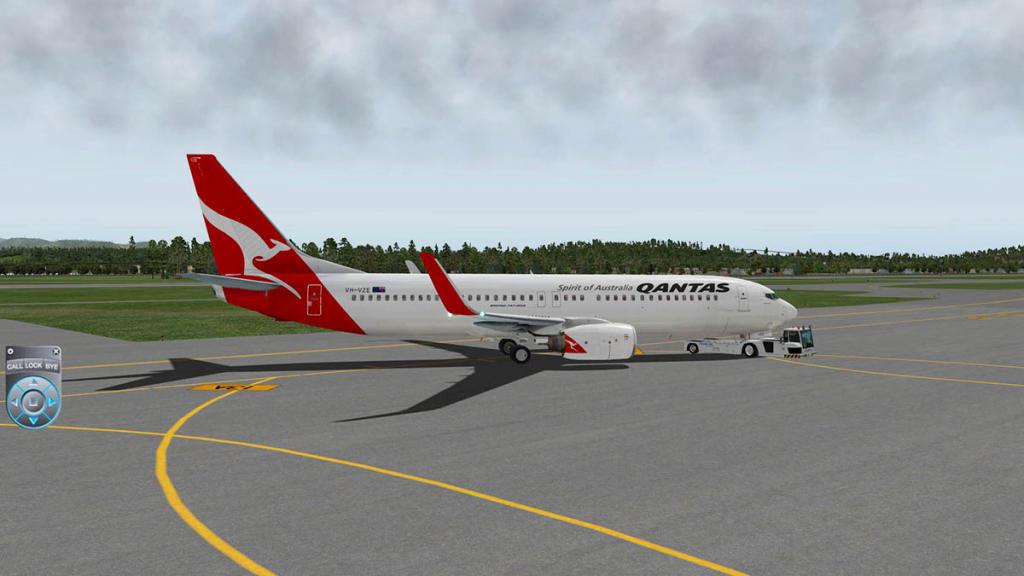
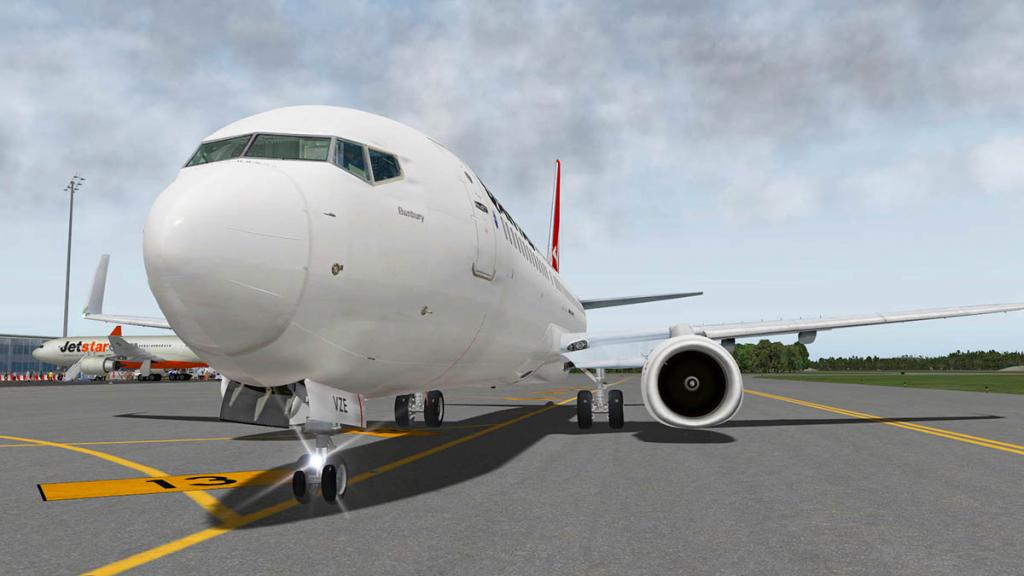
Starting the engines on pushback is the normal now... 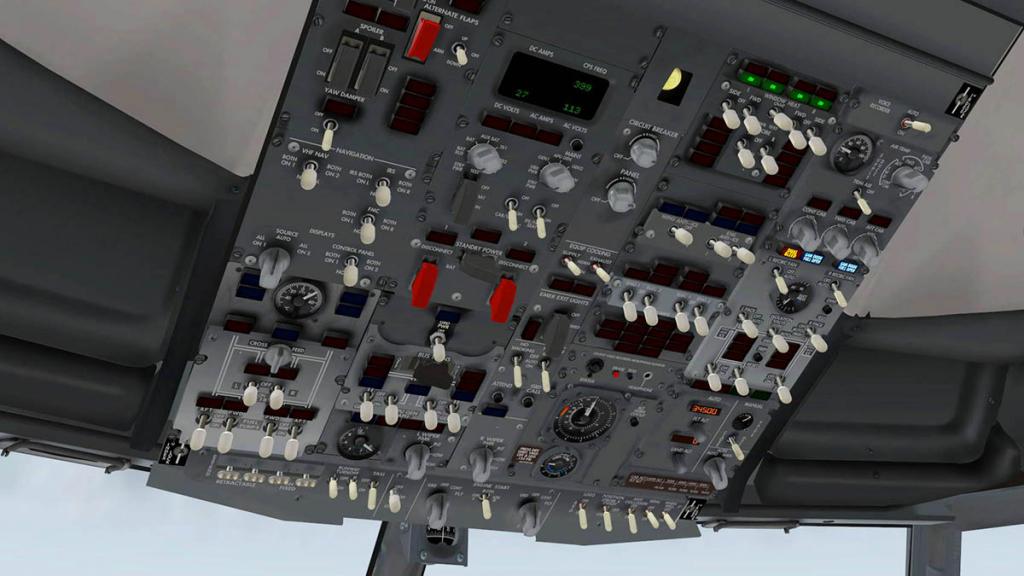
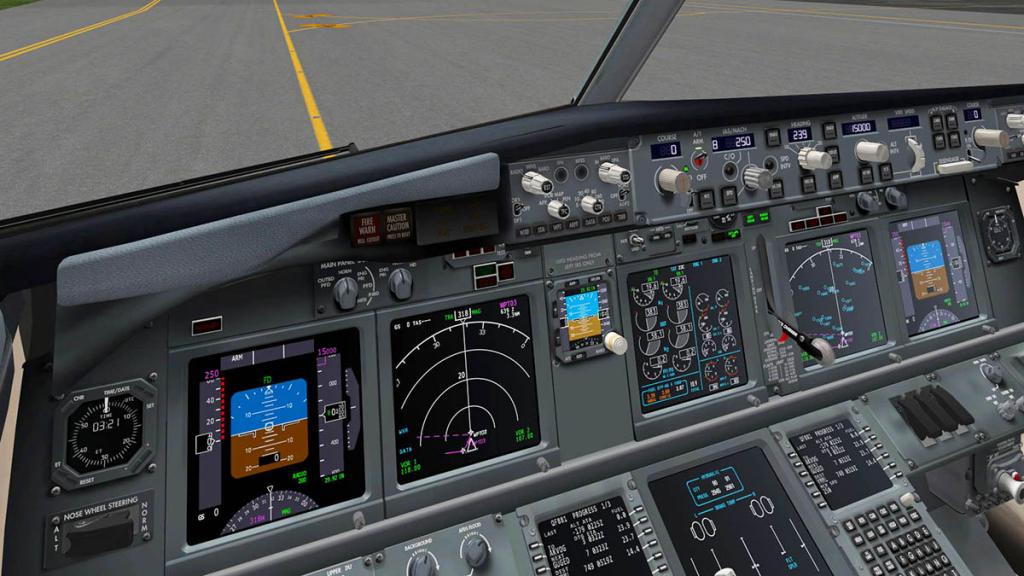
APU running and the bleed is set, fuel valves to idle and a turn to GRD for each engine gives you that familiar whine in the background, but it is not the usual x737 start up sounds you are hearing here. All sounds are now directional and have been completely redone for v5.0 and the difference is really very good and to excellent compared to the original sound packs. Startup is very good, and so is takeoff, but at altitude those noises are the standout sounds here which are really, really good and very realistic and complete with those lovely whirring trim sounds. 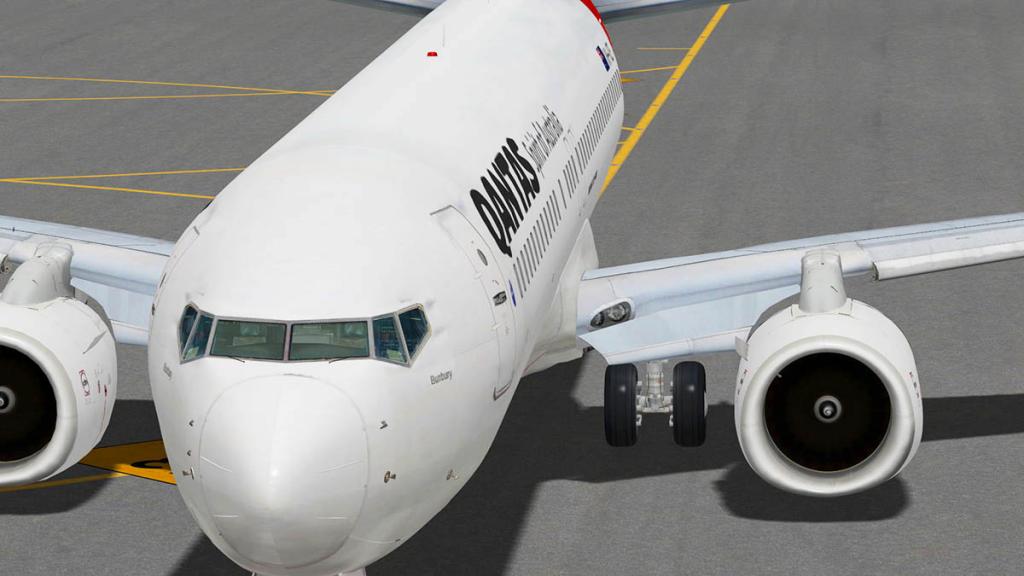
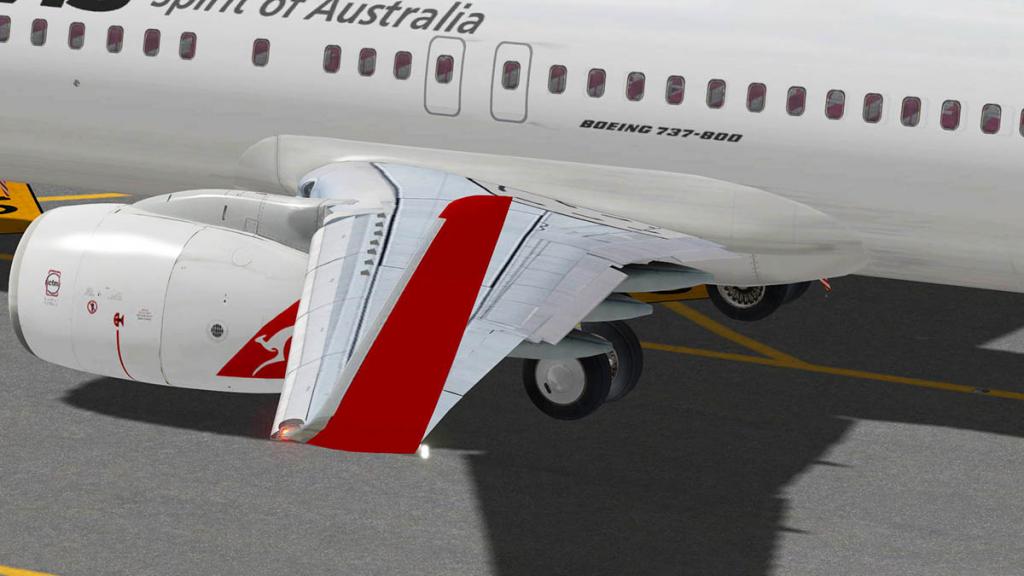
Flaps set to 5º and the x737 flap and leading edge spoiler arrangements are still very good. 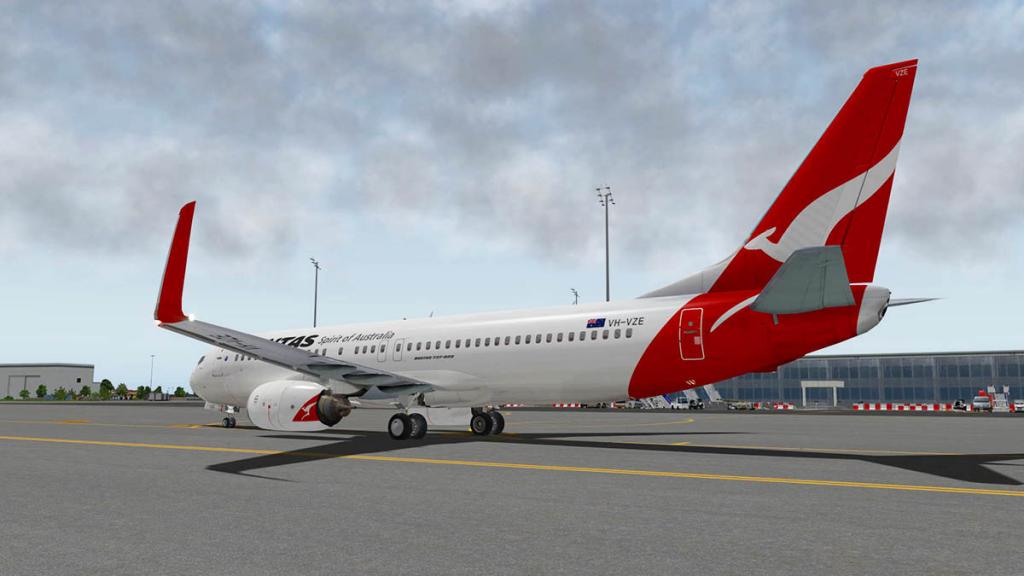
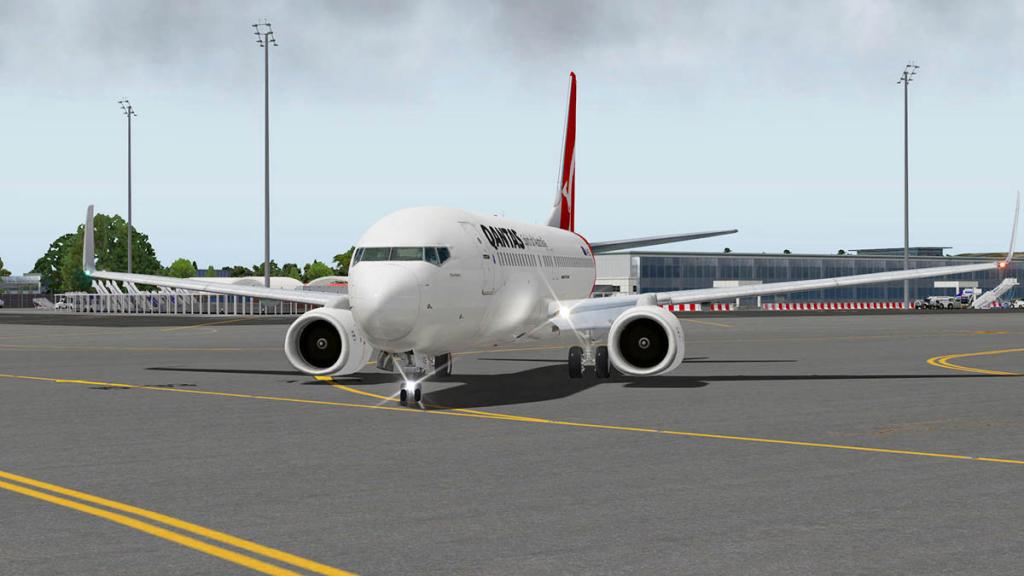
Taxi to RWY14 is cleared by the tower and a nudge of the throttles and we are moving. You can adjust the POV (Point of View) on the fly by grabbing the central windscreen column, and pulling it backwards or forwards. Quick and much easier than delving into the X-Plane settings. 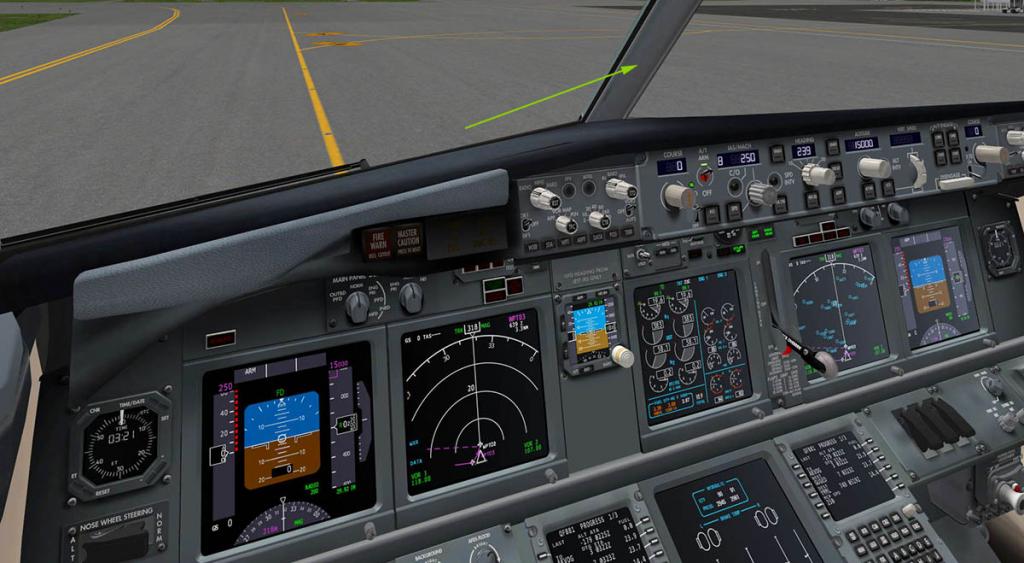
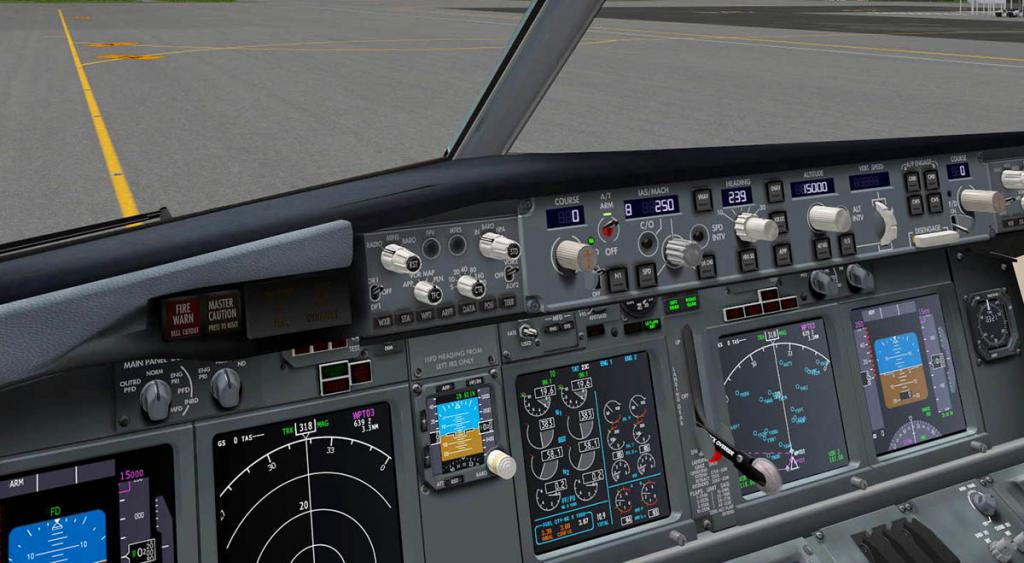
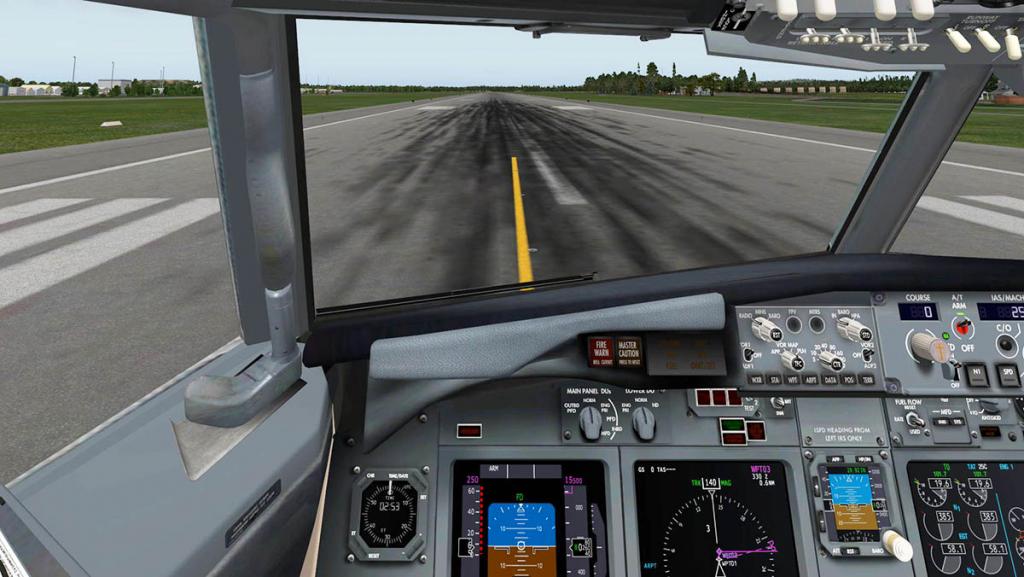
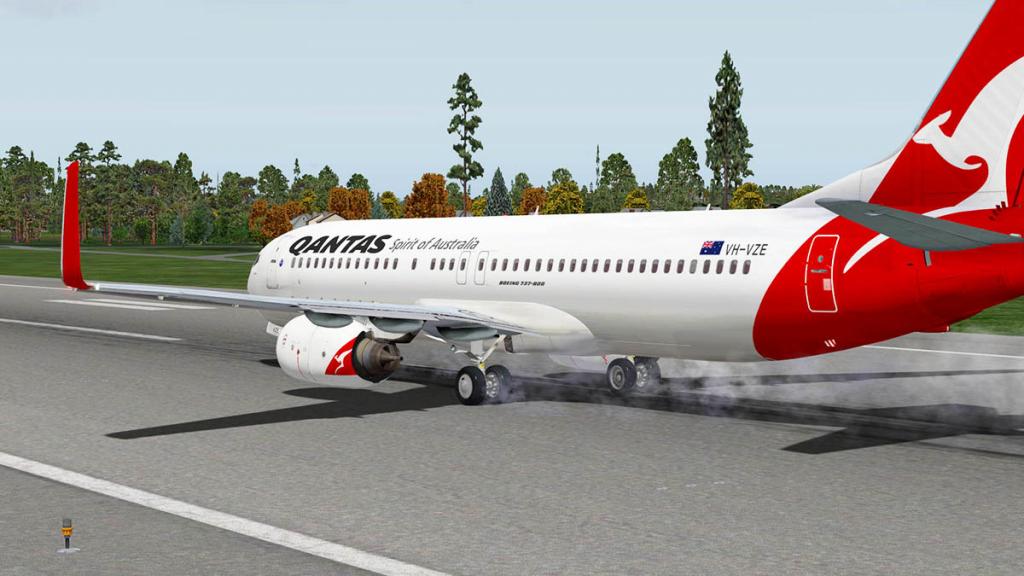
You set the LNAV to "ARM" and advance the throttles to full power. Ref callouts are good and you rotate around 165knts (155knts + 10) 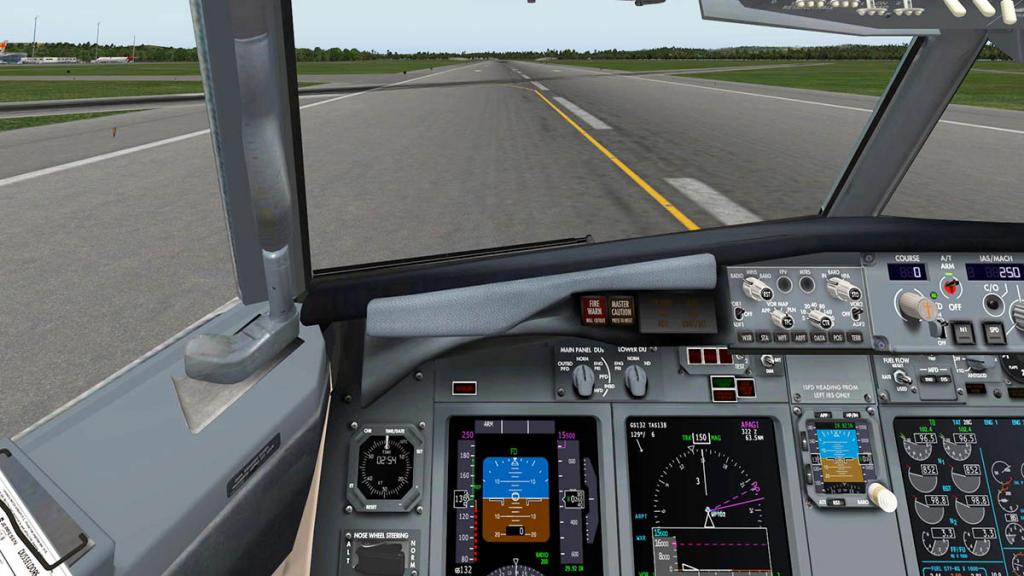
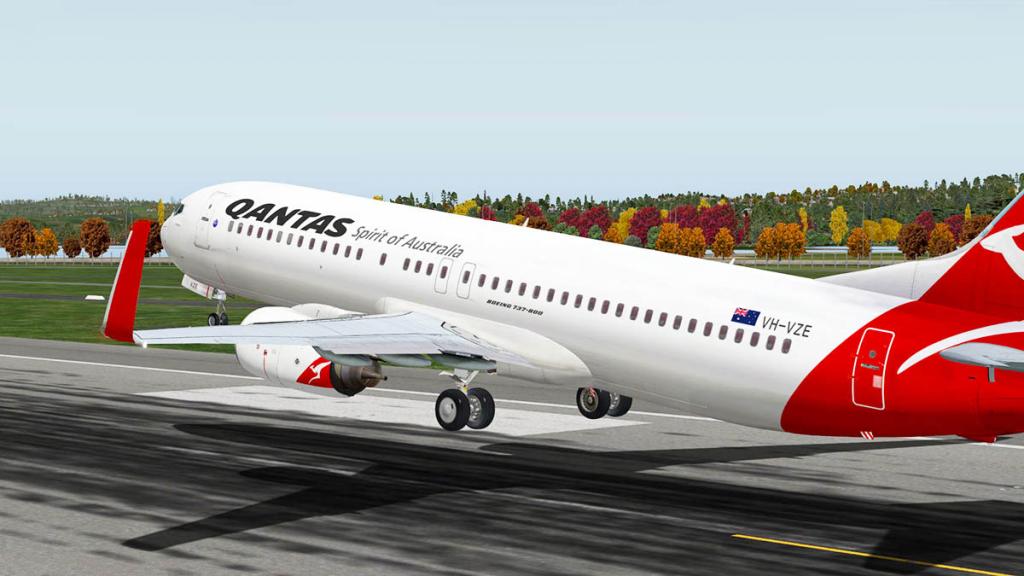
"Positive climb" and you find even with a full gross weight you can climb at 2500-3000fpm, most users know the x737 backwards, but the FMC does give you more options and those great takeoff Ref's, then climb settings. 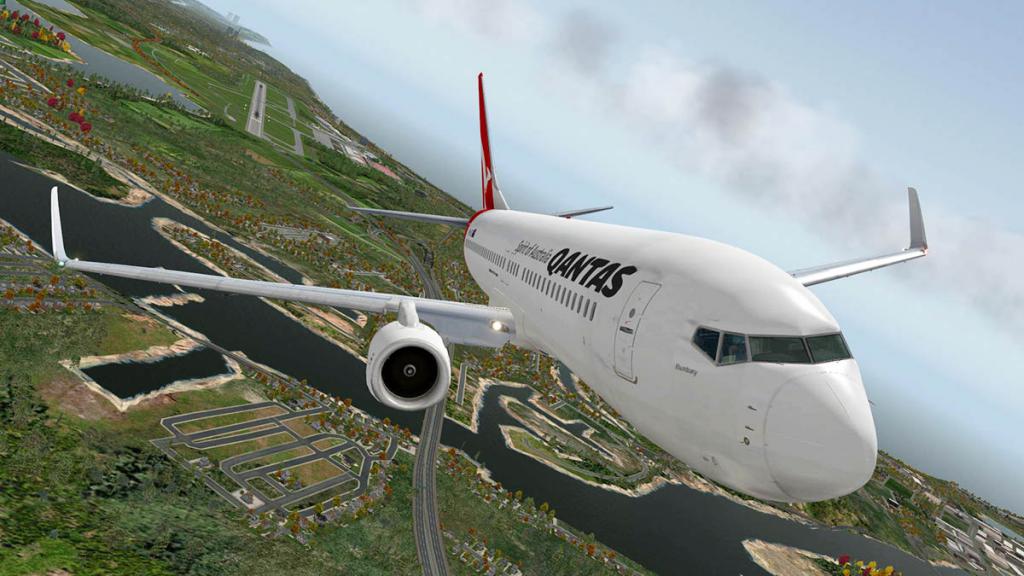
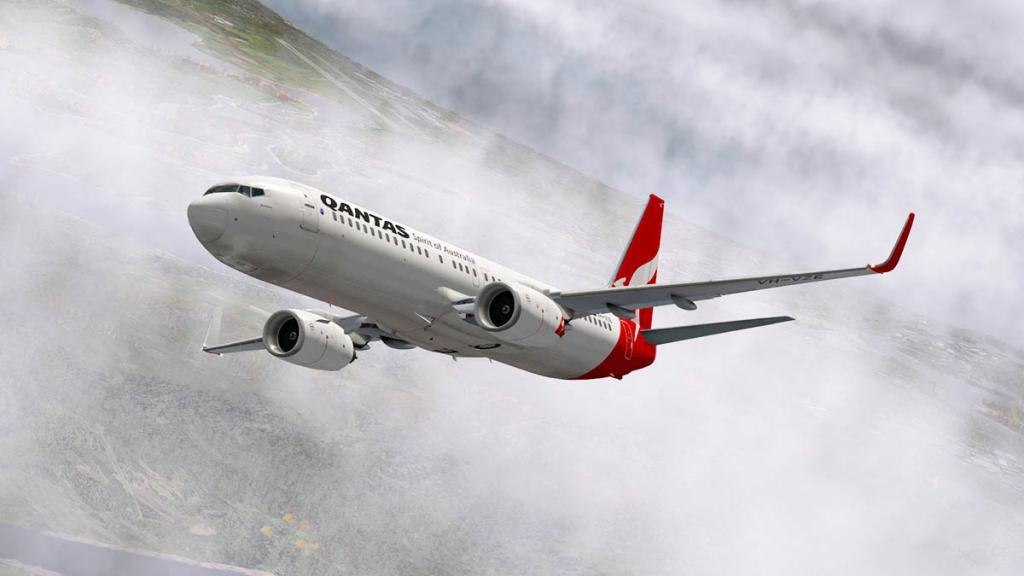
In full climb you love the sounds and feel of this great aircraft, it is in no doubt the huge extra dimension that the 3d virtual cockpit give you with the x737, it is magnificent. The CTR function gives you three modes in the NAV (Navigation display) in forward, rose and rose + altitude, which gives you a reference to your climb and height to altitude.
Target altitude for V/S (Vertical Speed) is always a useful tool for set climbs and descents, one small annoyance is the below altitude warning that goes off (sometimes for no reason). switching over to manual and resetting the altitude will stop it going off, the horn (silence) is a button to the left.
Panel lighting knobs are behind the yoke (two more on the overhead). great design on the yoke with the built in trim buttons... and yes they work!
Main panel displays are superb, in clarity maybe some of the very best in X-Plane. The red line with the x737FMC installed is very slightly noticeable, but not distracting. Overall the PFD (Primary Flght Display), NAV (Navigation) Display are fully adjustable in position and totally functional. Slight annoyance is the VOR/NDB waypoints are overridden by the waypoints until you get to 80nm line, so clogging up the display on arrival when you need a clear screen and the approach NDB waypoints.
Central upper display shows Fuel, Primary and Secondary Engine Indications in full, sadly the lower display does not have the secondary engine indications but just the aircraft situation page, which can make it look empty and well... useless in flight, once the wheels are up.
Sadly we just can't cover each item on the panel in detail here, but everything you see is switchable and fully functionable, this is the best B737-800 glass panel you now have in X-Plane.
Glareshield autopilot and EFIS control panels (left and right) are excellent and again fully functional. Highlight of the 3d virtual cockpit are the manipulators. They have been uniquely created and are quite different an very easy to use. vertical and horizontal movements will allow you easily change the knobs requirements. Could they be too loose? Some users might not like them or even hate them, but I am in the love them camp as they can be so easily moved to set your requirements, going from 34,500ft to 7,000ft is just an easy slide down... brilliant.
Other working manipulators are small arrows that are again very easy to use and are very effective.
NAV display shows the X-Plane weather WXR very well on the display, with great smooth movement and detail to avoid those storms.
I recommend as does EADT the use of SimCoders HeadShake plugin (Free), it is very good but use with the settings in the low positions for realism. The x737 has a sort of weird shake of its own, a slight movement that needs attention and so the two together can be too much movement. But HeadShake is worthy at the takeoff and landing phases for total realism.
Overall this cockpit is the place to be, still do you note this 3d cockpit as freeware? No doubt the best freeware possibly ever created. Note the rear of the cockpit and the fuse panels. All panels are extremely detailed and beautiful to look over. Small things like the grab handles are also animated.
Another feature is the x737 now has split scimitar winglets.
Already famous is Aviation Partners when they formed a joint venture with Boeing, called Aviation Partners Boeing (APB) to license the Blended Winglet Technologyfuel system which can enable a 737-800 to increase its payload up to 2,500 pounds or increase its range up to 75 nautical miles. By adding in a new Scimitar (STC) tipped ventral strake. This more advanced modification demonstrated approximately 2% drag reduction over the original basic Blended Winglet configuration. Coming soon to an airport near you.
You can add in the new scimitar winglets to any livery, and you can change from the Blended Winglet to the newer Scimitar Winglet by just changing to the livery you require.
Arrival at Melbourne is gloomy, but not my mood. Entrance to RWY27 is via STAR LIZZI to EPP NDB approach via MAITE waypoint. A simple arrival but requires the correct height (high hills at LIZZI) and speed to get it right. It was only a few years ago when I came into X-Plane that 3d virtual cockpits were a rarity, now you really would not fly without being in one... but not in your wildest dreams back then would you expect this sort of detail and design around you.
This review is a strange thing really as this aircraft has been available for so long and flown. But the strange aspect of it all is the x737 is to a point a very different animal than the aircraft you have used for almost a decade now, not only in feel, but visually and in those great heightened awareness with those new sounds.
With this completeness even the exterior feels different because you know how changed now it all is on the inside.
You do get a completely different experience from the v5 x737.
Lighting
Cockpit lighting is as dramatic and as good as everything else on this new version. That newness of feel again comes to the fore as you gasp at the beautiful design of all the lighting highlights.
Lighting is fully adjustable, on the panel (highlights both main panel and glareshield) and instrument and switch illumination. Only missing feature is the instrument and switch illumination does not work in the day, which I find strange with all the rest of the detailing as it would look as amazing as it does at night... you really miss it.
The lighting highlights here are the two roof mounted spot lights (one for the captain and one for the first officer) that are controlled by side knobs that give you at a switch full brightness or adjustable manipulators, great stuff.
You can very easily find that perfect ambience and clear vision for night flying (even lowering the monitor brightness) to get that perfect clear view out for landing... It is great stuff.
External lighting is the same as the v4, and is very good.
Liveries
There are four HD (High-Definition) liveries with the download: TUI, American Airlines - One World, QF Qantas (Wagga Wagga) and SAA - South African Airlines (Fly SAA.Com). There are of course 200+ liveries that can be downloaded from the EADT Liveries site.
Cabin
The bulkhead behind the cockpit is still a work in progress, but you can already see the end result in quality. Cabin is stock x737.
One of the great things to do with the x737 is to tailor it to your own requirements. Here on this aircraft I have created the QF interior in the cabin, and the aircraft looks all the better for it. It is a bit bright in the cabin, but still better than nothing. More cabin details from EADT are yet to come.
_____________________________________________________________________________________
Summary
The release of v5.0 to the x737 Project is another significant milestone of one of the greatest projects ever started in X-Plane. The aim in not only delivering this great 3d virtual cockpit, but to go way above the cause and design the cockpit to such a high quality and really deliver not only a fully-functional cockpit, but also one that delivers some landmark making design features as well. It would have been so easy to have taken the easy road and just done a basic working virtual cockpit. But to deliver greatness is a testament to Benedikt Stratmann and Pierre Stone's skills and sheer devotion to the cause with all the EADT team in designing the aircraft for over a decade, no doubt this is their finest hour and they deserve it.
A small note in that although this release is a major milestone, the aircraft is not totally complete with this release, it is still an ongoing project and small things, bugs and future features will continue to be fixed or completed, your feedback is important but don't criticize in the fact that you expect it in this v5 to be a complete final design because it isn't and the x737 should always be viewed in that way.
It is also a note that this updated v5 design comes with a significant frame-rate kick. Surprisingly the new 3d virtual is very efficient, but the older outer skin of the exterior is not as good, so all this quality comes at a price. So it is my recommendation that you will need a powerful computer to get the full experience and certainly with HDR on at night. Reducing texture settings does not help either, it is really quite heavy on your computer processing power, but EADT will work on that aspect as already some efficiency work has already been done.
There is something quite more to the x737 project than it just being a free download and a great aircraft. It is of the communities love and involvement of this and other projects that signifies the heart and soul of why we love X-Plane. To create the best and to enjoy that though collaboration and the sheer involvement that together we can do something great and all share in the benefits.
You can share as well by donating to the x737 Project cause, this not payware, but you are getting payware quality and even a small token of your gratitude can be shown by tipping your hat to the sheer volume of work and discipline of the aircraft you can download here.
If you thought you loved the x737 before... now you will be overwhelmed by why we fly X-Plane. The best simulator out there.
_____________________________________________________________________________________
Although the aircraft will be free to download, there are several ways (to ease the guilt) of repaying the team for all this excellent work.
You can make a donation to EADT here : Donate for the x737 Project!
Or purchase the excellent x737 add on in Javier Cortes x737FMC which a custom fully built in FMC made for just this x737 aircraft. This plugin will be totally updated to v5.0 for this significant release.
The X-Plane.Org is a proud sponsor of this x737 project and has supported the project since its inception almost 10 years ago.
For more information go to the EADT x737 website here: x737 Project for X-PlaneDownload the x737 v5.0 here:
Requirements
X-Plane 10.45+ Mac/Windows/Linux 32/64bit are all supported
Installation and documents:
Download for the x737 is 160.00meg and the unzipped file is deposited in the "Heavy Aircraft" X-Plane folder at 380.40mb.
A README (important) and Quickstart manual, excellent set of three flight planning manuals.

There is also a huge amount of downloadable manuals and details for flying the B738. One of the best is here at SmartCockpit
_____________________________________________________________________________________
Review by Stephen Dutton1st May 2016Copyright©2016: X-PlaneReviewsComputer System: Windows - Intel Core i7 6700K CPU 4.00GHz / 64bit - 16 Gb single 1067 Mhz DDR4 2133 - GeForce GTX 980/SSE2 - Samsung Evo 512gb SSD
Software: - Windows 10 - X-Plane 10 Global ver 10.45
Addons: Saitek x52 Pro system Joystick and Throttle : Sound - Bose Soundlink Mini : Headshake plugin
Pay Addons: JARDesign Ground Handling Deluxe plugin - US$14.95 and JARDesign Tug Master Deluxe - US$9.95
Scenery or Aircraft
- YBCG - Gold Coast by tdg (X-Plane.Org) - Free
- YMML - Melbourne by ISDG (X-Plane.Org) - Free - Winner best scenery 2014
-
News! - Org.Store Deal - Felis AN-24 and Yak 40 for only US$10
As Felis is now concentrating on finishing off his next project in the TU-154, he has decided to run a special offer of a purchase price of only $10 each on either of his excellent An-24 or the Yak40.
US$10.00
US$10.00
There is no time limit on the above deal, but I would guess it would be until the release of the TU-154.... but why wait? Get both of these great aircraft now.
_____________________________________________________________________________________ Stephen Dutton Updated 27th April 2016 Copyright©2016: X-Plane Reviews 
-
12 minutes ago, ClevelandAirCrew said:
I just received word from staff at the XPlane store that they're going to update the requirements for this model. Apparently it uses a plugin (SASL) which requires 64bit OS. This explains our issue. So if you've got 64bit OS, you should be fine. If you've got 32bit OS, you're out of luck (like us)
- Tim
As noted in my summary above:
"Carenado notes the minimum requirements to use the B1900D and they are a "MultiCore Processor with 2.6 Ghz or faster - 4gb RAM - 3D video card with at least 1gb". The aircraft does demand a powerful computer as it is highly complex and dense in what it requires to be processed."
In other words you need a pretty powerful computer to run the B1900D, I struggled with my old mac and I was using 64bit, I doubt that 32bit would cut it, to be clear I doubt any of the latest Carenado's or Alabeo's would work now with those specs. SD
-
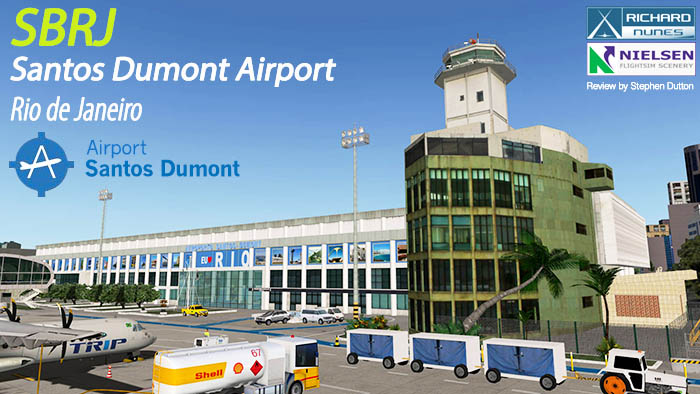
Airport Review : SBRJ - Santos Dumont Rio de Janeiro by Richard G Nunes & Nielsen Scenery
To understand the location and layout of Brazil's oldest airport in Santos Dupont in central Rio de Janeiro is to delve back in to the interesting history of this iconic airport.
SBRJ - Santos Dumont was originally known as Calabouço Airport, and the history of the airport can be traced back to the early 1930s. Seaplanes, which at this period of time operated the majority of domestic and international flights, and used a terminal located at the Calabouço Point, an area known today as Praça Marechal Âncora. Take-off and landings were made using an area of Guanabara Bay then known as estirão do Caju (or the Caju water stretch). It was as a development of the terminal at Calabouço Point that Calabouço Airport was created. A new public terminal building for seaplanes was inaugurated on 29 October 1938. And it was a replacement for the original passenger terminal and was used by all airlines except Panair do Brasil and Pan American World Airways, which used their own facilities.
in order to handle a growing amount of land operations, land was reclaimed from the sea to create the first runway of the airport with a length of 1,300 feet (400 m). In 1936, the runway was extended to 2,300 feet (700 m) and on 30 November it received its first commercial flight, a VASP Junkers Ju 52 aircraft flying from São Paulo-Congonhas. The airport complex was inaugurated on 16 October 1936 and was named Santos Dumont Airport.
It was also in 1936 that the construction of a new passenger terminal began. It was a project led by the architects MMM Roberto (Marcelo, Milton and Mauricio Roberto Doria-Baptista) inspired in the famous Paris - Le Bourget Airport terminal. Its pioneering, modernist, architectural features created a Brazilian national landmark. It was only in 1947 that its construction was completed. This building continues to be used to the present day.
Adjoining the original seaplane terminal, Pan American World Airways and its Brazilian subsidiary Panair do Brasil constructed their own dedicated terminal for seaplanes and aircraft with landing gear. This terminal opened in 1937 featuring an architecture was inspired by the Pan American Seaplane Base and Terminal Building in Miami. It included a passenger terminal, offices and hangars. It remained the headquarters of Panair do Brasil until the airline was forced to cease its operations in 1965. It is now the headquarters of the Third Regional Air Command of the Brazilian Air Force.
Over the years, the airport's main operational runway has been extended several times, first to 2,300 feet (700 m), then to 3,000 feet (910 m), and finally 4,340 feet (1,320 m).
With the gradual shift of international operations to Galeão Airport, opened in 1952, Rio de Janeiro-Santos Dumont lost its place as an international hub, but for many years retained its position of a major hub for domestic traffic, particularly until 1960, when the capital of Brazil was moved to Brasília. The airport handles only part of Rio's short-to-medium haul domestic air traffic, and part of its general aviation and military operations.
In 26 May 2007, in time for the 2007 Pan American Games, a brand-new, modern extension of the original terminal was opened. This extension handles all departure operations, whilst the original terminal now handles all arrival operations. The new departures terminal increased the total capacity of the airport to 8.0 million passengers/year. (edited wikipedia)
Today Santo Dupont Airport is mostly all domestic operations and it is a hub for Azul Brazilian Airlines and the focus city for Gol Airlines.
First Impressions
Until a few years ago South America was one of the real waste lands of nothing for X-Plane scenery. There was a few flight simulator converted (badly) airports for Sao Paulo and few others were dotted around the fringes of this huge southern continent but otherwise it was all pretty dire. Rio de Janeiro which is Brazil's crown was pathetic in reality and considering the importance of the city to global air traffic that situation was in the not acceptable tick box of disapproval. That all changed a few years ago with the arrival of Richard G Nunes and his scope and desire to fix these glaringly obvious Brazilian issues.
Richard's first scenery was an odd one in the release of SBDN - Presidente Prudente Airport which is situated in the central inner area of Brazil, and in no doubt that SBDN was only a learning curve scenery (but a good one at that) to create or achieve the scale of his next project in SBGL - Galeão Rio de Janeiro Intl in which he finally and firmly placed Rio de Janeiro and South America on the X-Plane map. This scenery in SBRJ - Santos Dupont is Richard's third project and again because of the scale of the scenery he has matched up with Marcelo Nielsen of Neilsen Flightsim Scenery to cover every aspect of this another significant Brazilian project.
Both Galeão Rio de Janeiro Intl and Santos Dupont Airports are situated within Guanabara Bay which is one of the great harbours of the world. Like Sydney Harbour, Hong Kong Harbour and San Francisco bay you have unparalleled scenic views and unrivaled city approaches that are excellent visually and are usually very complex or are in the need of good piloting skills and airmanship. In this case SBRJ has both.
I am coming into SBRJ via the northern approach to RWY 20L (the wider of the two). Your best navigation approach is using two NDB's in first YLA - ILHA (freq 330) which is situated directly off the end of Galeão Rio de Janeiro Intl's RWY 28 to directly line up with PP- PAIOL (freq 415) that is positioned in front of RWY20L. Note the RWY20L ILS is slightly off center to the right of the centerline (If it wasn't hard enough in the first place) and takes you in at a slight angle and is not aligned for a clean approach. Approaching from the south is even more tricky into twisting into RWY's 02R and 02L but there is a comprehensive set of charts with the scenery that should be printed out and studied before any serious approaches. Most approaches are however from the north.
Santos Dupont Airport is perched right out on the edge of Guanabara Bay and directly in front of downtown Rio, straight ahead in your windscreen is the famous Sugerloaf Mountain (Pão de Açúcar).
The scenery is very extensive in its scope. Not only do you get the actual SBRJ airport, but also the Rio city skyline, a remodeled Sugerloaf Mountain with cable cars and the various islands that surround the airport that have buildings and port facilities to complete the entire visual aspect of the approach to the airport... X-Plane fails you a little in the poor default autogen scenery that surrounds the airport and Rio in general, but I hope that visual impact will be improved with coming X-Plane v10.50 butter autogen and taller buildings.
So the airport's visual approach is amazingly good with great views out of the aircraft's windows not only from the pilot's point of view but also to the right hand side seated passengers (on arrival). Prominent in your view is the museum of cultural history on the island of Ilha Fiscal, that is very... let us say, different and the ilha das cobras Arsenal Naval Base that is situated just behind it.
Here you need your eyes forward and not looking at the scenery, because landing on either RWY 20L or 20R (and from the opposite approach path) is that the runways are quite significant in their width, but are very economical in their length. RWY's 20L and 02R is slightly longer in 1,323m (4,341ft) than the parallel 20R/02L at 1,260m (4,200ft). So the length of the hard stuff is not your friend here.
So my aim is get those rear wheels on the runway with as little space as I can from when I pass over the well worn but very authentic red checker board approach patterns.
That done and you are now faced with a full hard reverse thrust to slow the machine as quickly as possible and not end up dunking yourself and your passengers over the other end of the runway, so very slow and low approaches from both entry points is the name of the game. Boeing 737's and A320's are the maximum sized aircraft you can use at SBRJ, and even then you are watching your takeoff weight and speeds.
A glance right will give you a comprehensive view of the scenery, there is a lot of airport in your windows, great and very varied you can't help but be impressed by the sheer volume of buildings and the feeling of having arrived at Rio's downtown classic airport.
What also impresses is that in how many buildings and the many varied styles of buildings that can be built on this small out strip of reclaimed land. Not only the airports control tower and terminals, but maintenance hangars for TAM, the old seaplane terminals and even a shopping center. It is busy packed place.
The original inspired Le Bourget Airport terminal is there with the control tower on the western end, but it is now covered with modern advertising and decoration, this is really well done.
Like Richard's SBGL - Galeão this airport is also very buzzy and animated with a lot of vehicles (buses, trucks, baggage trucks and a circling helicopter) and walking people, detailing is overwhelming and extremely good. My stand is R9 and I park directly in front of the old terminal. There is a marshall to guide you in but I don't thing the ATR is set up for marginal's plugin so he stays unanimated.
Overall it was a complex but very fulfilling approach and arrival. Very, authentic from ground level and there is no doubt there is a lot of complex and detailed scenery surrounding you.... excellent stuff.
One note is because there is so many objects you have to be careful in any city view, the computer has to work hard to render them all, even with a quick machine. This is a very complex and detailed scenery.
Santos Dumont Airport
(IATA: SDU, ICAO: SBRJ)02R/20L1,323m (4,341ft) Asphalt
02L/20R 1,260m (4,200ft) Asphalt
Elevation AMSL 3 m / 11 ftThere is no doubt it is a great combination to put both SBGL - Galeão and SBRJ Santos Dumont together as one scenery, but it does also put a huge amount of objects on one X-Plane tile. From above with the weak default autogen scenery does make the payware scenery standout a little, that as I mentioned will hopefully will be helped by the 10.50 update. Otherwise blending in this scenery is not an issue as SBRJ has water around three sides of the airport and the city buildings hide any transition from the payware to the X-Plane default terrain. So in this area the airport looks very good and perfectly positioned and very realistic in a visual sense.
There is a sort of landbased aircraft carrier feel to SBRJ, flat on one side to the high buildings on the other. The Brazilian Naval Academy (Escola Naval in Portuguese) is the Academy of the Brazilian Navy, located on Villegagnon Island and attached to the airport on the south-eastern side. These buildings and drill fields have been perfectly reproduced for the scenery.
Downtown Rio is comprehensive as well with a few helipads dotted in there for use (positions are noted in the manual).
North of the airport is located the Arsenal Technical School of Navy on the Ilha das Cobras, that we saw on out arrival. The Arsenal is the main maintenance center for the Brazilian Navy, involving the design, construction and maintenance of ships and submarines, with the cultural history museum in the foreground.
Runways and Aprons
SBRJ's hard working runways have been faithfully reproduced with loads of tire wear, faded paint and great worn markings, just perfect. The aprons are also well textured and very detailed right down to walkway linage and signs. There is a great spread of static aircraft right over the scenery with both the military and civilian aircraft placed with great care, notable as there is a lot of static but then not enough that it feels crowded and leaving you with nowhere to park, there is a lot of choice for various sizes of GA, Private jets, regional and heavy aircraft.
Terminals and outer buildings
If you had read the history of Santo Dupont then you would understand the mixture of buildings that make up the airport. Once part land and part seaplane base the airport is covered with period buildings of each nature.
The main original 1936 central terminal is a beautiful reproduction here, with the added joy of that built in 1930's style control tower. Sadly most of these control tower designs are disappearing today as the mass transportation needs have outgrown the architecture, only to replaced with strange odd tall looking pole sited birdnest lookouts. Surrounding the terminal there is great detail on both air and landside. Trees and shrubs are very well placed to cover over the flat ground textures, and you have excellent detail in the placement of vehicles and airport infrastructure. Micro detailing is the well set out poles and flags.
Exceptional period detail and design the control tower is certainly a big focal point of the scenery, the contrast of the green to the terminal's white only highlights the building. As with any great scenery it is in the details that bring out the quality, here it is glass textures that are lifelike and realistic. Just so good.
Tower view (T) is very good for both approaches, but looking down at the ramps areas will give you parts of the building in the outset platform and railings.
The 2007 Pan American Games modern extension terminal is a clash of the new in front of the old, but it is well done in concept. This terminal is used for all departures and arrivals are processed through the original building. Notable here is the excellent glass oval extension that although it looks easy to create is in fact extremely hard to get those convex glass panels right and get it wrong and it looks fake, but that is not the case here as it is totally expertly done. Landside is excellent as well with again excellent reflective glass giving a quality feel to the building.
The internal extension aspect is just as good, you can almost stand here at a gate here and see yourself watching the action on the runways....
Notable is that your "runways always follow contours" setting is on with Richard's sceneries as if not then items will seriously float or not be aligned with the ground.
Sony product advertising is gaudy but colourful and very well done. Ramps are well covered with every aspect of equipment you need to service your aircraft. Gates 1 - 7 cover the airbridges.
South Cargo and TAM maintenance
The southern boundary comprises of the TAM Cargo and TAM maintenance areas and large hangar. There is another secondary large hangar for private jet storage and servicing. Highlight is the storage area foreground that is great detailing for airport services
Cleverly the outward side of the hangars is the "Bossa Nova" shopping mall...
Nicely adjoined to a large groyne that sets out into the bay. The shopping mall is well completed with great glass and textures, well worth a visit I would think.
North and Pan Am
From mid- center of the ramp to the north are various era hangars and administration buildings. The standout building here is the old Pam Am base that is now used by the lll Comando Aereo Regional military.
Period detailing of buildings are very authentic, beautifully rendered as you feel you can slip back in time realise what the airport would have looked like in the early 50's.
The style and original purpose of the buildings still remain even if the original occupants are now long gone. This lovely terminal cum hangar is now used by Lider Aviation and Ocean Air.
The Instituto De Cartografia Aeronáutica or Maps to you and me, have a large presence at Santos Dupont, run by the Brazilian Airforce it is an imposing set of buildings. Along side is the very well presented airport fire station.
Most of the northern areas are dominated by the "lll Comando Aereo" base. This comprises of two main buildings in the base administration buildings.
And the also once original Pan American terminal and maintenance building.
The original seaplane ramp to the water is long gone and what is left is now a carpark.... but you can still relive such a great period of aviation history in that it was this building that was the other end of the Pan Am South American operations that were based in Miami USA.
Beautifully original the building is thankfully still living in all its glory, only mis-step here in the whole scenery is the quick filler X-Plane rendered buildings, and they look out of place in all the other quality work set out around them.
Sugerloaf Mountain
The iconic view of Rio de Janeiro is of Sugarloaf Mountain that is set at the entrance to Guanabara Bay. The mountain has here been re-rendered to get a more authentic shape than that of the clumsy X-Plane default version.
Also added is the full mountain cable car system and change station complexes. It is animated as well so you can see the cars move between the station and they are easily visible from the Santos Dumont airport. What no "Christ the Redeemer" statue? In this scenery no, but Richard has already provided that icon in the SBGL Galeão scenery so will need to acquire that airport to get the full Rio experience.
Lighting
Lighting is overall excellent with lots of variation and it covers a big coverage of the scenery. Some buildings have just filled in block light FS style, but it is only noticeable in some areas and you can't expect complete specialized lighting on a scenery of this size.
Runways are quite dark with out centre line green lights and so they are missing from the taxiways as well.
It maybe authentic to the scenery, but you need aircraft with good lighting (taxi side lights are a must) to find your way around without going off the hard stuff.
Lighting variations are good with the northern fuel depot in white and most of the ramps in a yellow glow, night glass textures are not as brilliant as the day, but still very good overall. Lighting under the terminal extension is attention to detail.
Aprons are well lit and easy to work on in the dark around the aircraft.
Landside is very good as well but the carparks are not overly lit, but the terminals are very good in detail with great drop lighting on the hangars.
Lighting detail includes the sports courts (this is brazil) and the well lit Museum. Sugarloaf Mountain cable car stations are also well lit with the view of X-Plane's Rio from the top of Sugarloaf Mountain is quite extraordinary if you have the two Rio scenery packages installed. This visual set of assets is really great for nightime arrivals.
Summary
Complex, highly detailed, authentic are the words that spring to mind when looking and using SBRJ Santos Dumont in Rio de Janeiro. It is a huge scenery and covers a large area of downtown Rio.
The historical aspect of Santos Dumont in the buildings have certainly been infused with the newer more modern aspects that make up this certainly exciting airport, huge amount a lot of detail in here that simply cannot be covered in any review. But I understand then that is why we desire great scenery.
Certainly to be used with the companion SBGL - Galeão airport as both installed will deliver a Rio scenery that is very complete.
Negatives are not the scenery itself but the sheer scale of it as it will need a certain amount of power to use it efficiently and the average Rio autogen provided by X-Plane that surrounds the package.
Priced under US$20, this is the value of scenery of the decade, the ratio to cents to objects provided is off the scale, great value for money.
As a destination Rio de Janeiro in South America for X-Plane has been transformed by these two sceneries in SBGL - Galeão and SBRJ - Santos Dumont by Richard G Nunes and Marcelo Nielsen, certainly we are very thankful for that, but the best way to give your appreciation is to buy and use the work set out here... You won't regret any moment of it.
_____________________________________

Yes! SBRJ - Santos Dumont Rio de Janeiro by Richard G Nunes & Nielsen Scenery is NOW available from the X-Plane.Org Store here :
Price is US$19.95
Requirements:
X-Plane 10+
Windows, Mac or Linux
1Gb VRAM - 2Gb VRAM recommended
Current version: 1.2 (Last updated Feb 25, 2016)SBRJ is a big scenery and it is also situated in a lot of adjoining autogen, so the above specifications are the minimum required. You can run this scenery on less but you will have to compromise on a lot of your render settings and special effects.
Features:
Ultra-High Resolution replica of Santos Dumont Airport, updated in 2016.- Custom runways, ramps and taxiways with ambient occlusion
- Many Static objects
- Animated vehicles, ships and barges.
- 3D grass, true to Airport type.
- Airport and surrounding areas
- high-quality Mesh.
- Partial rendering inside terminals
Superior lighting- HDR Effect, indoor lighting environment, Terminal and Jetways.
- Night texture and HDR lighting
- Textures personalized with ambient occlusion.
Fully animated airport-
Animated Ground Service and aircraft traffic (default)
- Ground Traffic by Marginal
-
Auto Gate with DGS and ramp Marshall
- Autogate by Marginal
Tons of surrounding landmarks included in the package:- Sugar Loaf hill and Morro da Urca
- Animated cable car (Bondinho)
- Rio-Niteroi Bridge with vehicle traffic.
- Ilha Fiscal (Fiscal Island)
- Ilha das Enxadas (Hoe Island)
- Ilha das Cobras (Snake Island)
- Naval College.
- Prana XV, the Ferry Station.
- 3 Helipads SDHU SIJP and SNUO
- Buildings Adjacent to heliports
- 35 charts included
_____________________________________________________________________________________
Installation and documents: Download is 552.30meg and the scenery is deposited in the "Custom Scenery" X-Plane folder at 1.21gb.
Notes: It is important that the scenery packages are installed in the right order...

The "Mesh" has to be set below the main scenery "BR-SBRJ Santos Dumont v1.1" this is explained in the manual. And for the extensive animations to work, you will need Marginal's vehicle "CustomSBDatarefs004" and his AutoGate and SeaTraffic plugins... all links are provided in the manual to download.
There is a manual (7 pages) in English and Portuguese and information on the location of the various Heliports around the scenery.
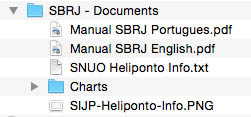
A full set of 35 charts is included.
____________________________________________________________________________________Review by Stephen Dutton23rd April 2016Copyright©2016: X-PlaneReviewsReview System Specifications:
Computer System: Windows - Intel Core i7 6700K CPU 4.00GHz / 64bit - 8 Gb single 1067 Mhz DDR4 2133 - GeForce GTX 980/SSE2 - Samsung Evo 512gb SSD
Software: - Windows 10 - X-Plane 10 Global ver 10.45
Addons: Saitek x52 Pro system Joystick and Throttle : Sound - Bose Soundlink Mini
Plugins: JARDesign Ground Handling Deluxe plugin - US$14.95
Scenery or Aircraft
- ATR 72-500 by Aerosoft (X-Plane.OrgStore) - US$32.05

-

Aircraft Review : North American P-51D Mustang by Khamsin Studio In the world of military aviation you can ask anyone to name the most famous aircraft they know and the answer would the Supermarine Spitfire, that is if you are European. But ask the same question to any American and the answer would always be the P51 Mustang, or the North American Aviation P-51 Mustang. A little known fact is that It was actually first flown operationally and was a war time requirement by the Royal Air Force (RAF) as a tactical-reconnaissance aircraft and fighter-bomber in the Mustang Mk I with the same engine as the Supermarine Spitfire in the Rolls-Royce Merlin. But it was the P-51B/C model that transformed the Mustang's performance and its claim to fame in being able to fly at altitudes above 15,000 ft, thus matching or bettering that of the current Luftwaffe's fighters in performance. The definitive version however was the P-51D, which was powered by the Packard V-1650-7 a variant license-built version of the Rolls-Royce Merlin 66 two-stage two-speed supercharged engine. The aircraft represented here by Khamsin Studio is this definitive version in the P-51D. 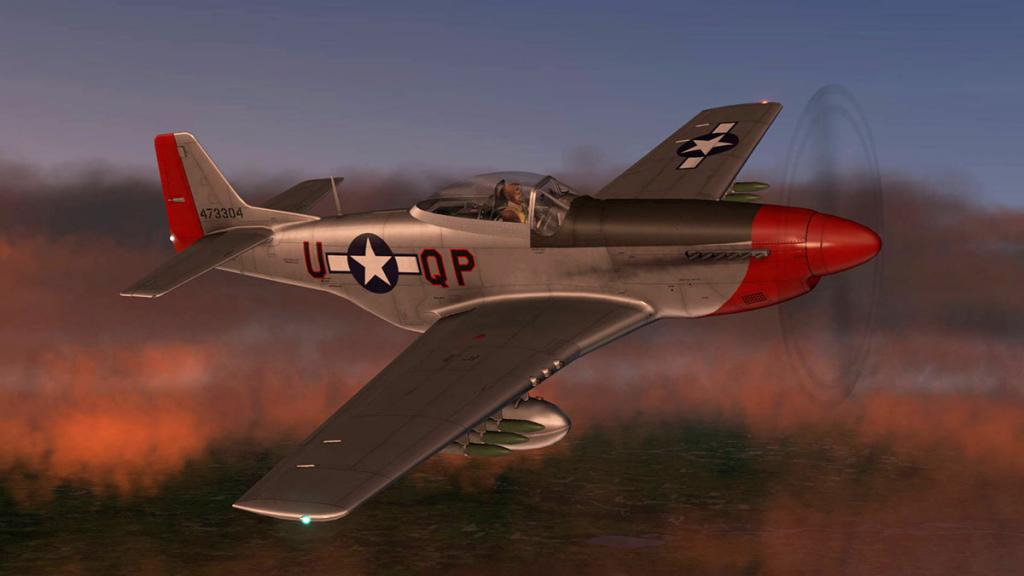
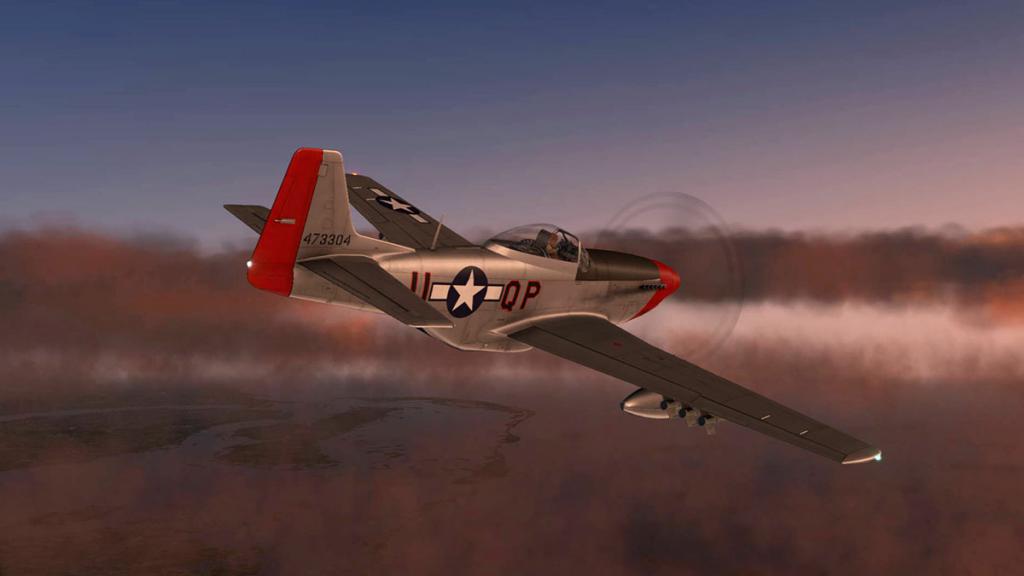
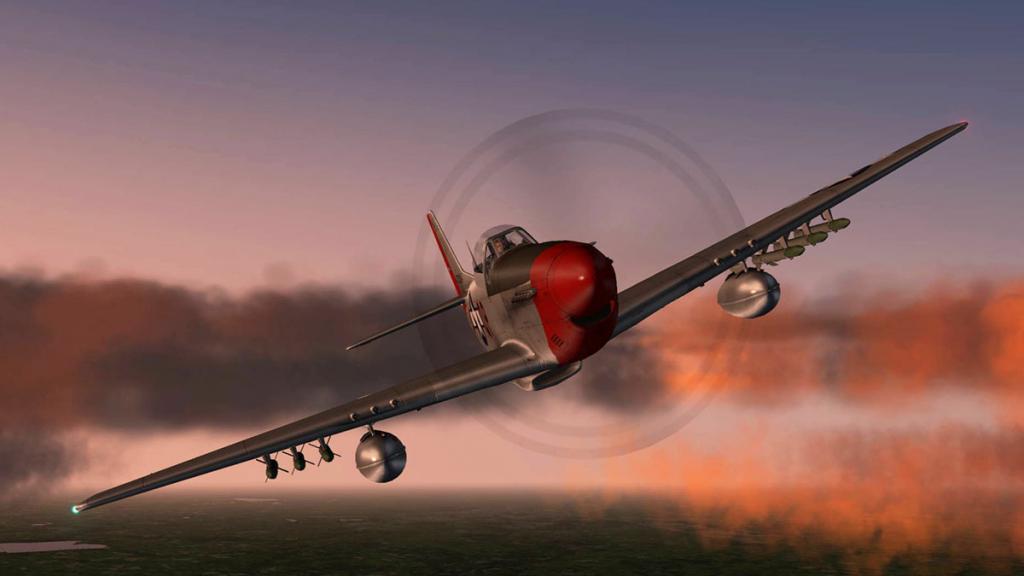
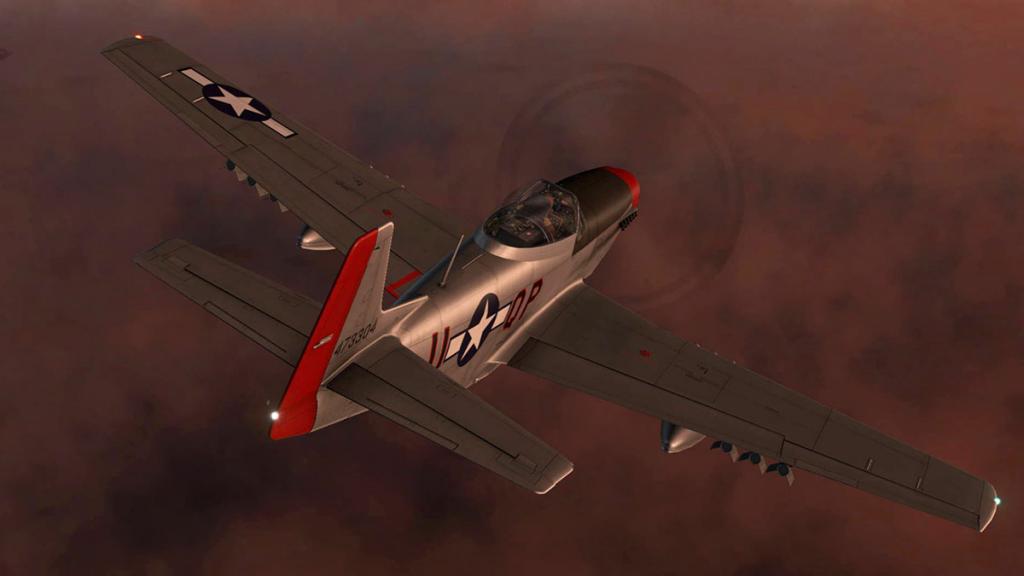
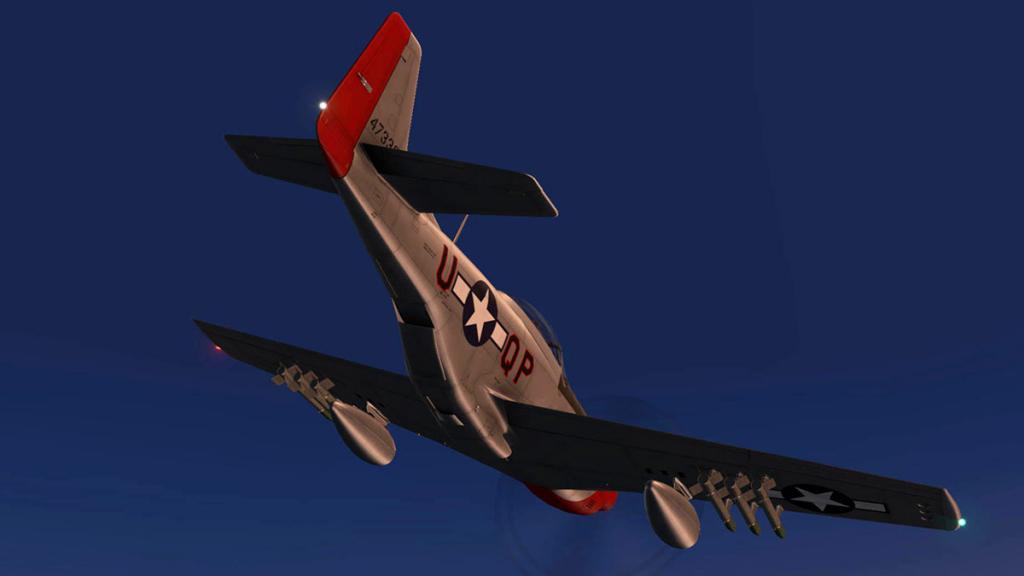
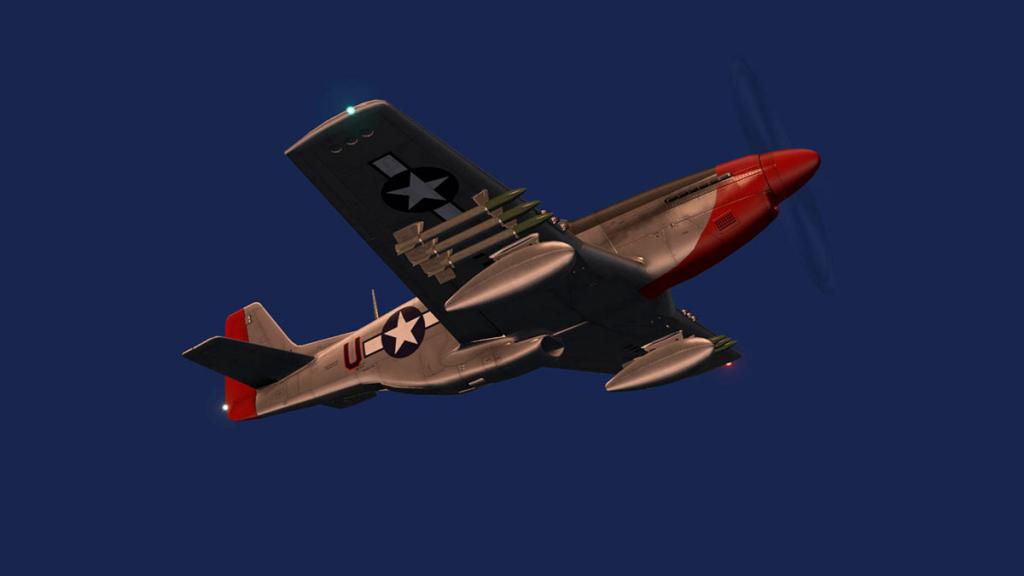
There is no doubt in the historical story of the Mustangs superiority over the fields of Europe in the late parts of World War II and that it was a very significant asset to cover not only the long range bomber missions but also in the Allied air forces in the North African, Mediterranean and Italian theaters, and also served with distinction against the Japanese in the Pacific War. During World War II, Mustang pilots claimed 4,950 enemy aircraft shot down in combat. The P-51 was still even a major asset still at the start of the Korean War, the Mustang was the main fighter of the United Nations until superiour jet fighter aircraft such as the F-86 finally took over this role; even then the Mustang became a specialized fighter-bomber. Despite the advent of jet fighters, the Mustang remained in service with some air forces until the early 1980s. Even today many Mustangs still fly very actively in civilian use, especially in air-racing, and increasingly, preserved and flown as an historic warbird aircraft at airshows. 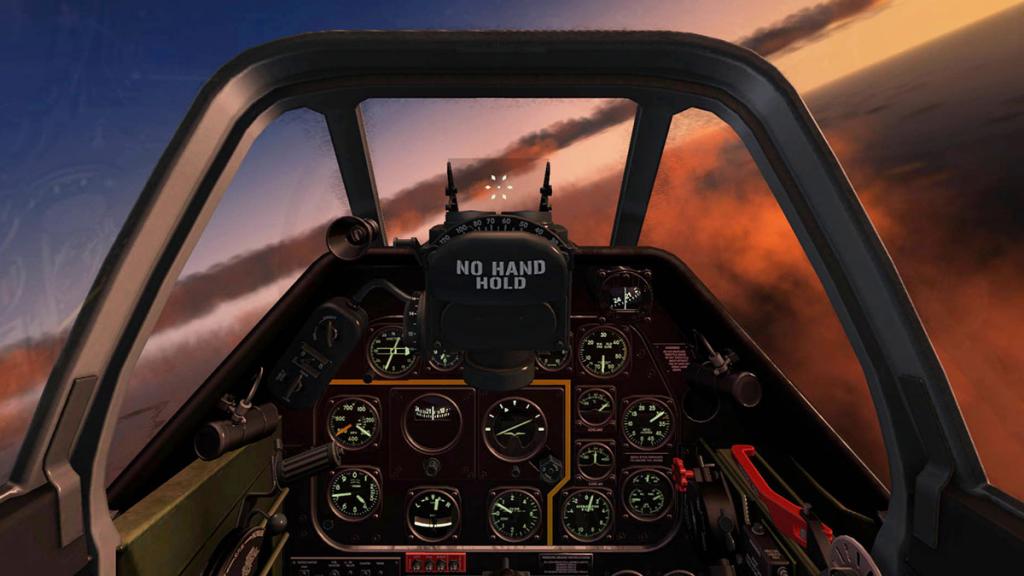
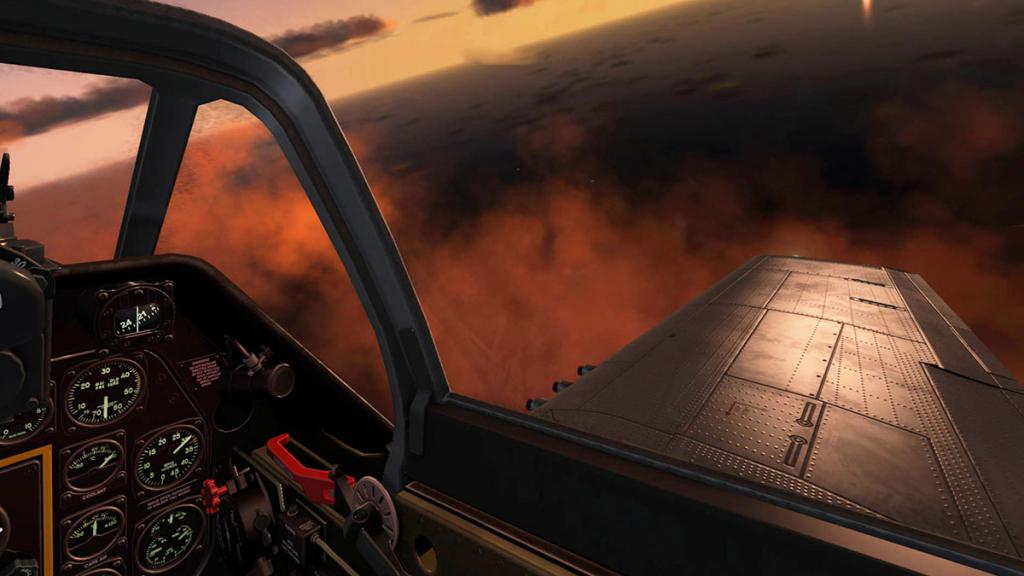
Khamsin Studio P-51D Mustang So X-Plane was always going to welcome this very significant WW2 warbird into it's hangars. But the point was to have not just any decent P-51D aircraft to fly but one that could live up to the huge historical and sheer performance this the most ironic of iconic aircraft. Luckily for us it was picked up by the one X-Plane designer that specialises in such great American warbirds as the B25 Mitchell and the heavy Boeing B-17 Flying Fortress bomber.... Khamsin Studio's. So let us get down to the serious detailing nitty gritty... 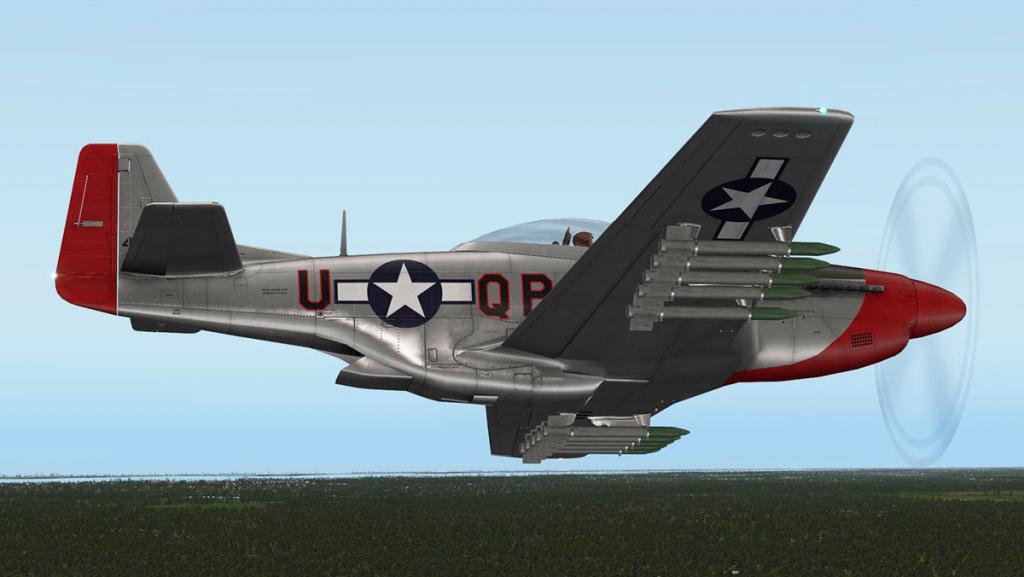
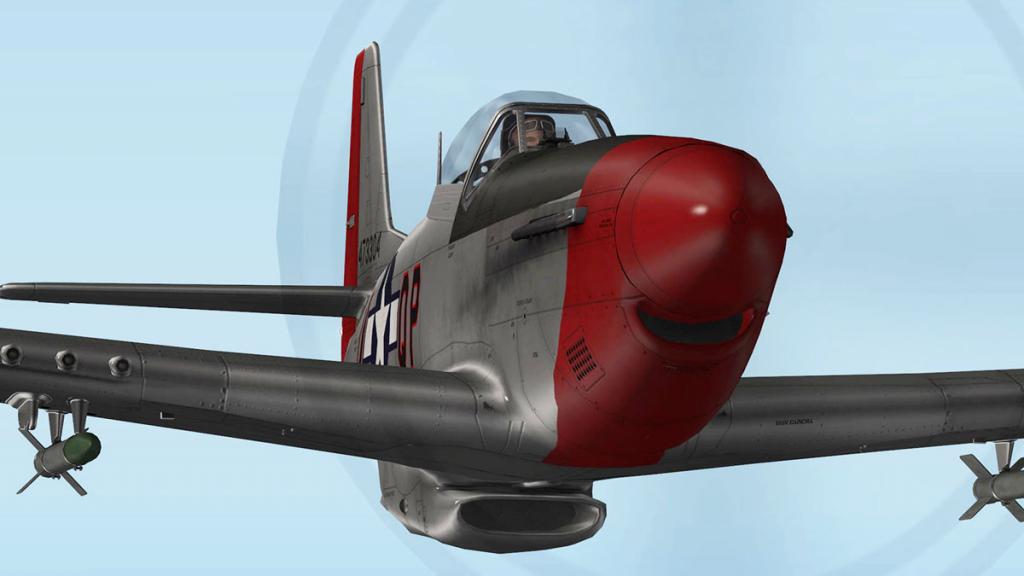
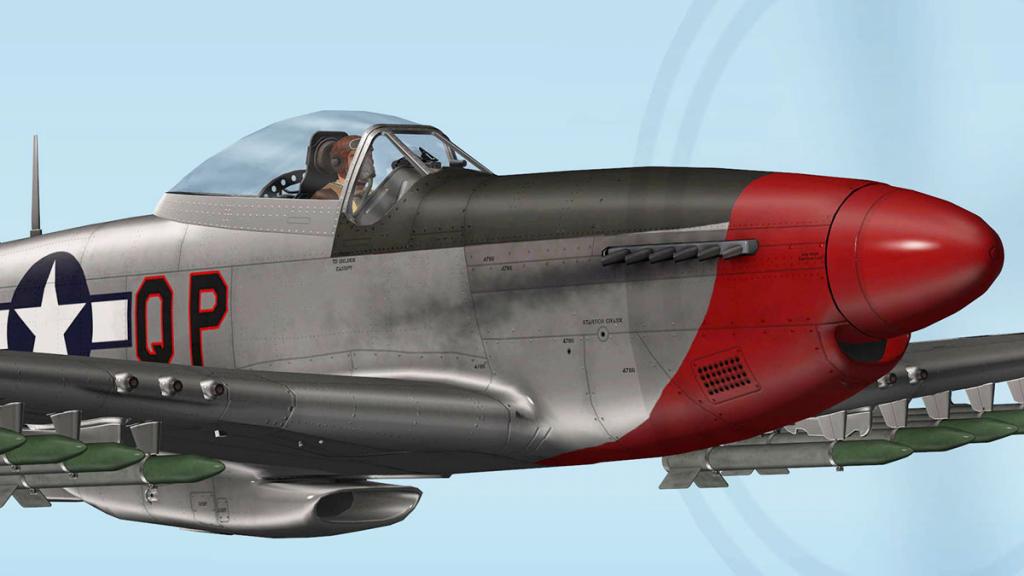
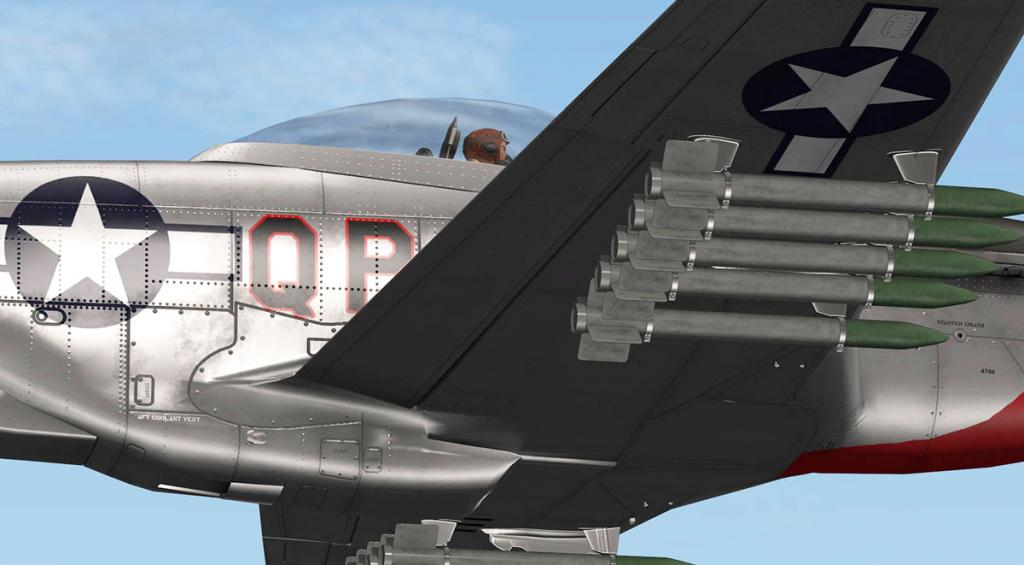
Well you are not going to be disappointed by the detail here that is for sure. Textures are really high quality with exceptional panel work. There are a few notes though in spaces that are noticeable though. One is the wide gap between the tailplane and the rudder and another small gap is just behind the exhaust outlets that allows you to see right through to the pilots feet? 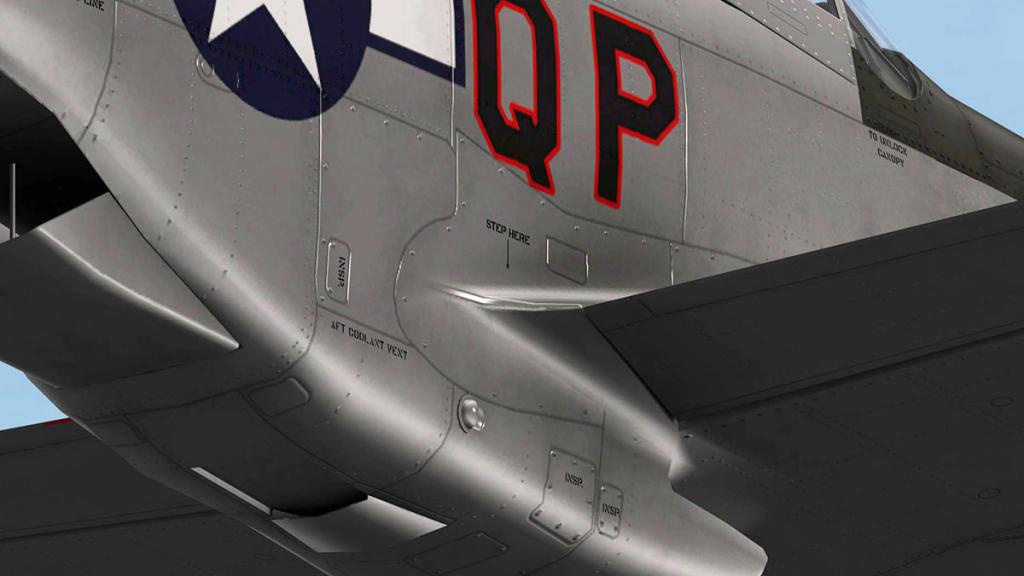
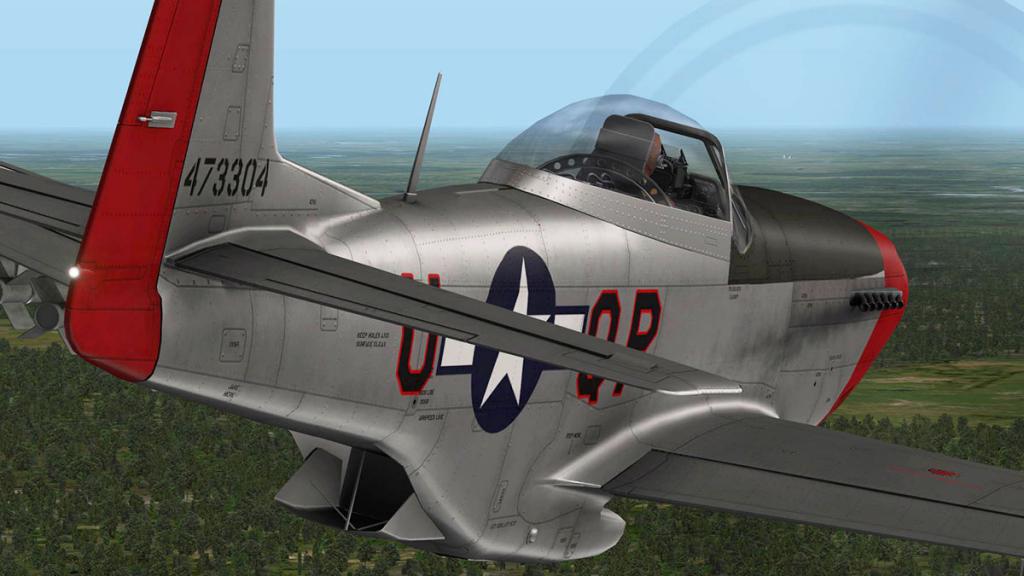
But close up and it is really exquisite work. You can note every single rivet and screw with all the text panel notices to be aware of. Note the drop down animated Oil Radiator airflow vent that is controlled from the cockpit. There is an excellent metallic sheen to the panels that is very realistic in the right lighting angles, and it brings out the sheer beautiful lines of the aircraft to a great effect. The iconic underbelly vent is excellent, but I think a slightly darker internal mesh would have been more realistic in some views. But there is no doubting the excellent masterful 3d modeling here as this is smooth and beautifully sculptured work. 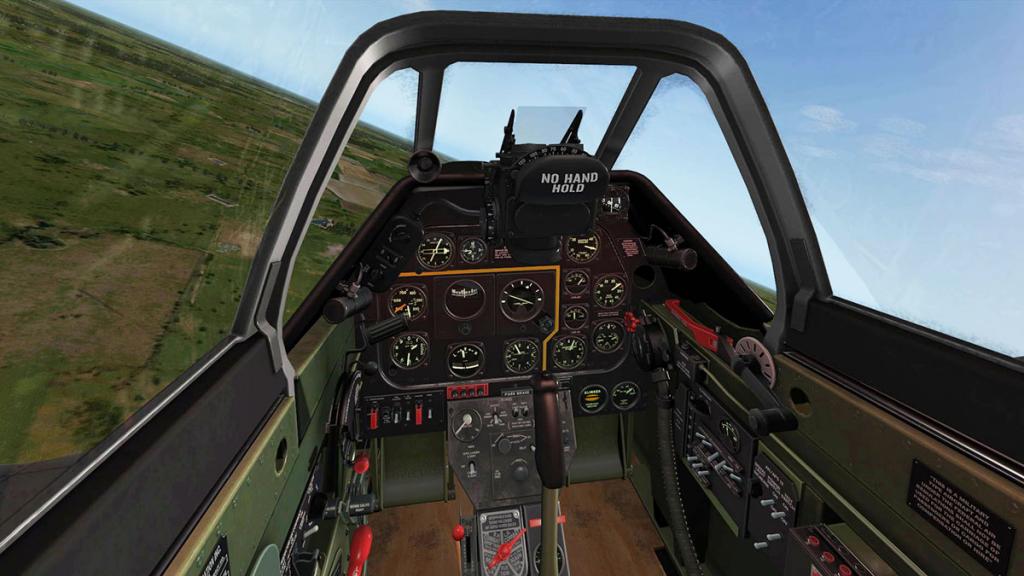
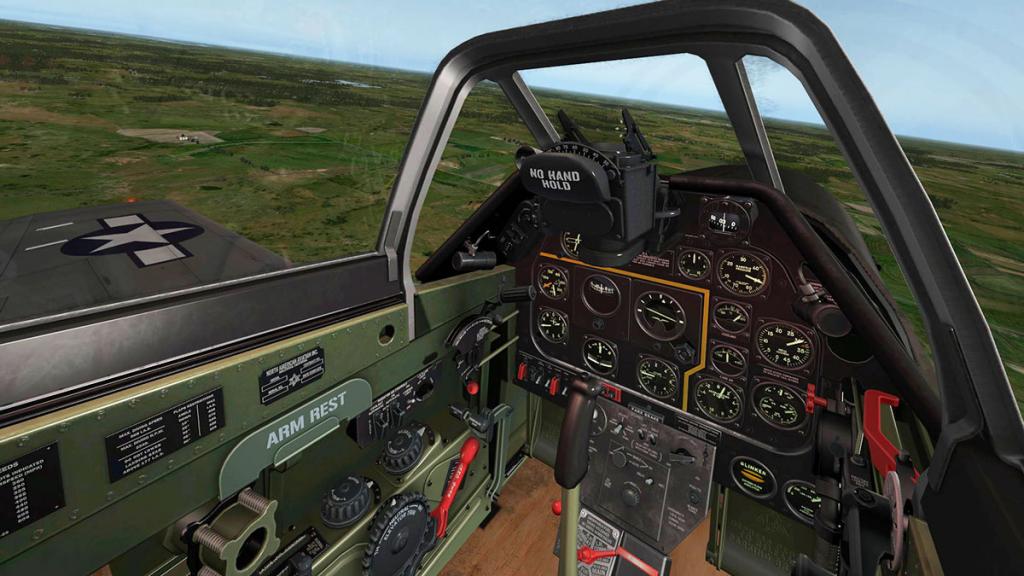
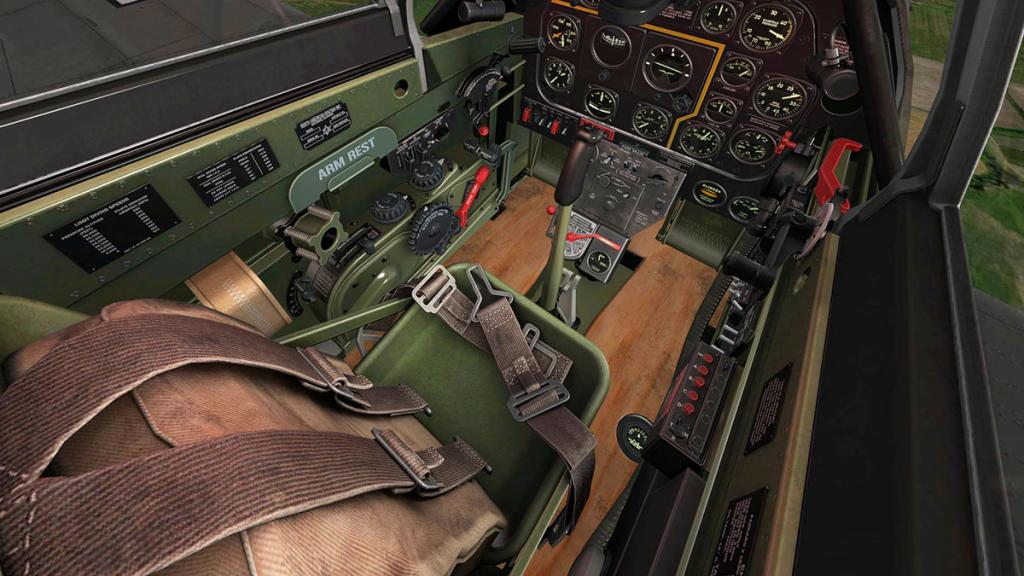
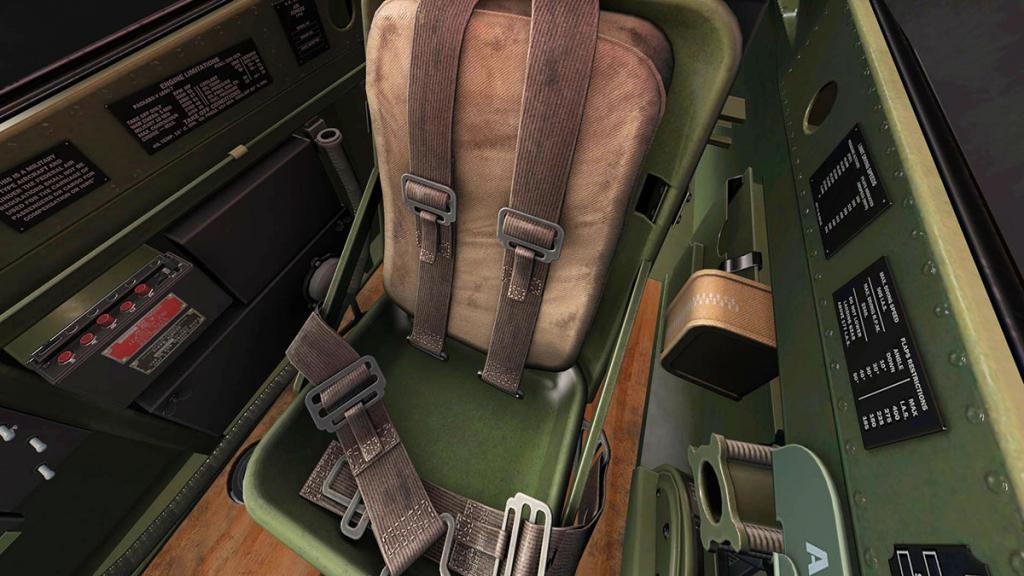
Cockpit detail is also above exceptional. That real WW2 era design comes through with every switch, lever and panel. First view is that the aircraft looks complicated, it is to a point until you locate and note everything, but there is no doubting the sheer complexity of the 3d and texture work on offer here, as you are in the realms and the touch of the hands of a master craftsman. 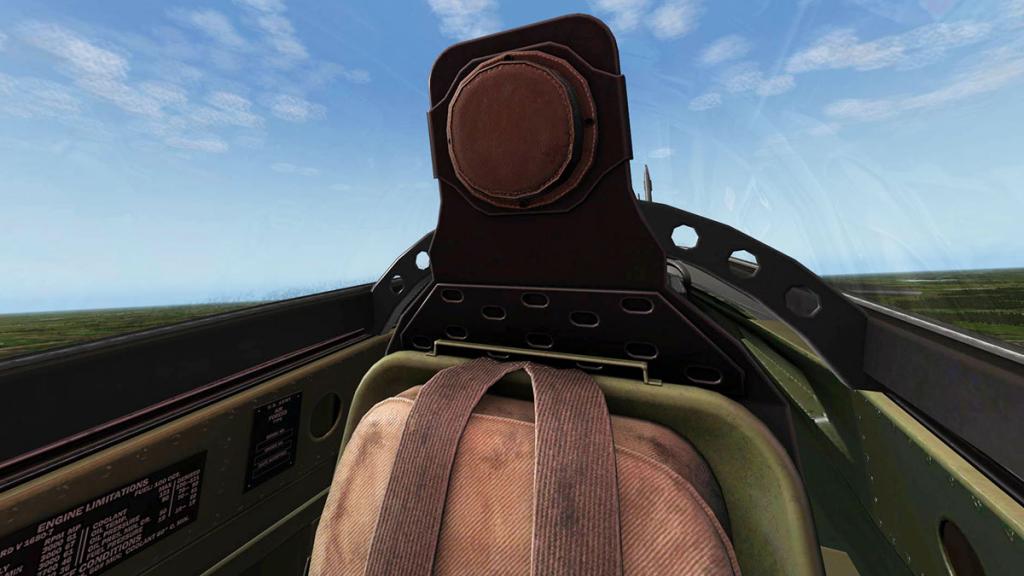
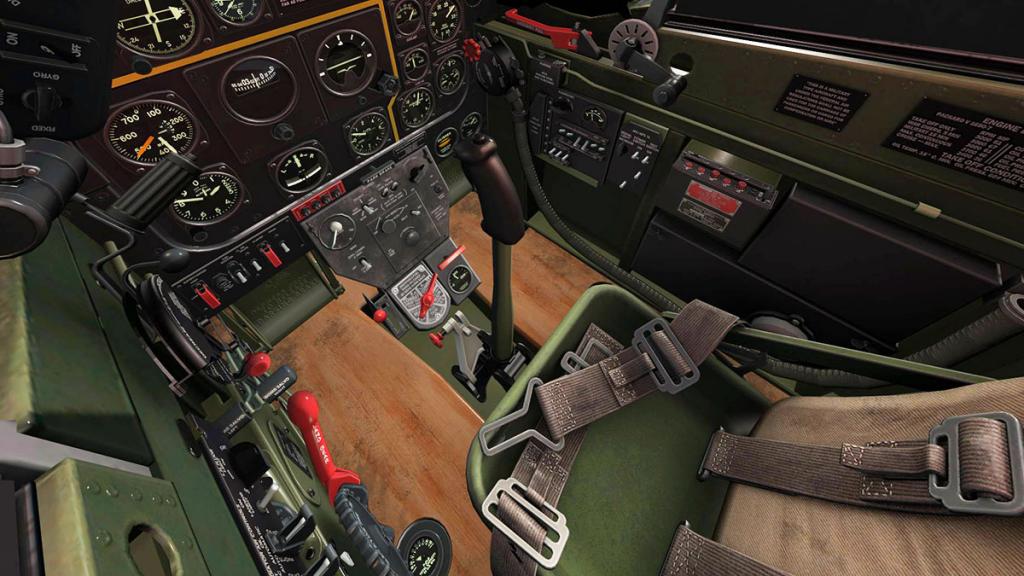
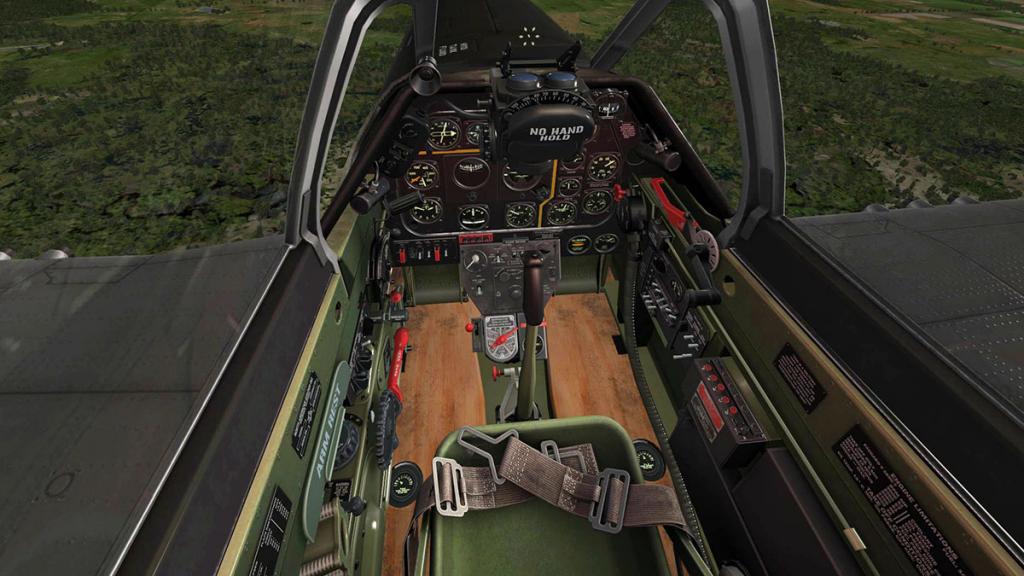
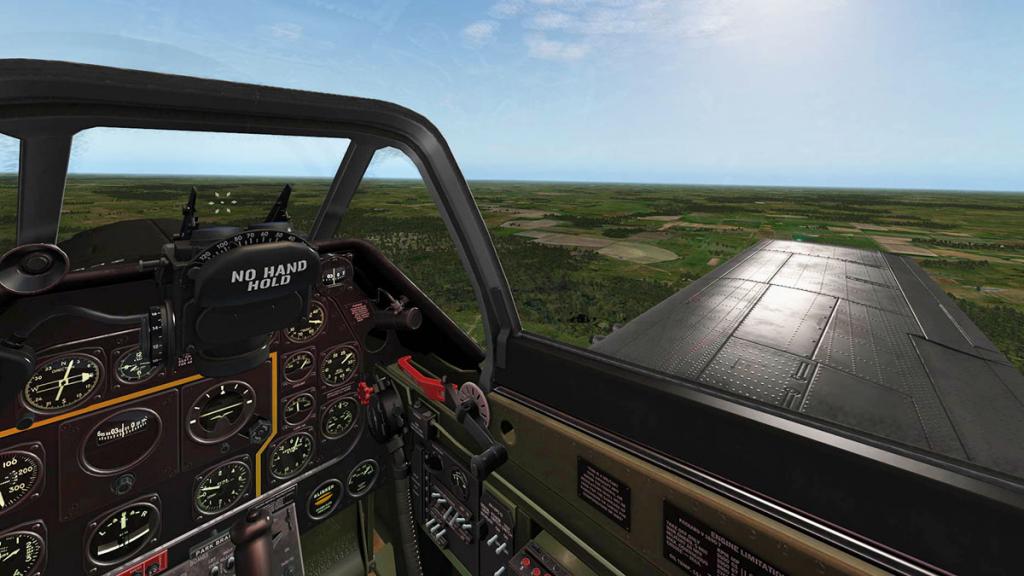
If authenticity is your game then you will be very hard pressed to find faults in this cockpit space. Not every switch works though, but overall most of the aircraft's basic systems are well featured. Highlights are those lovely wooden floor boards, great leather seat back/belts and note the excellent riveting on the wing out of the canopy view. Panel and Instruments 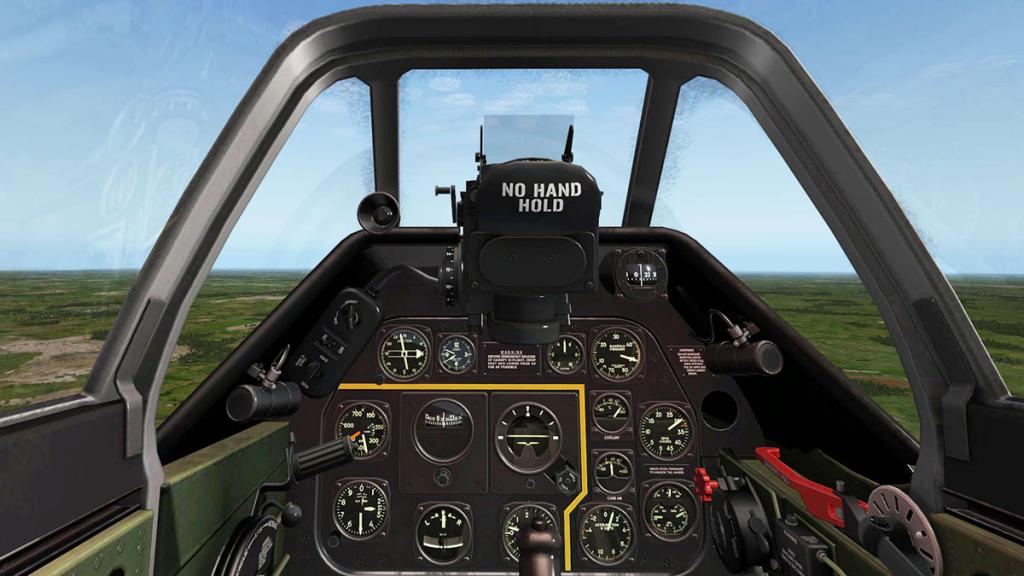
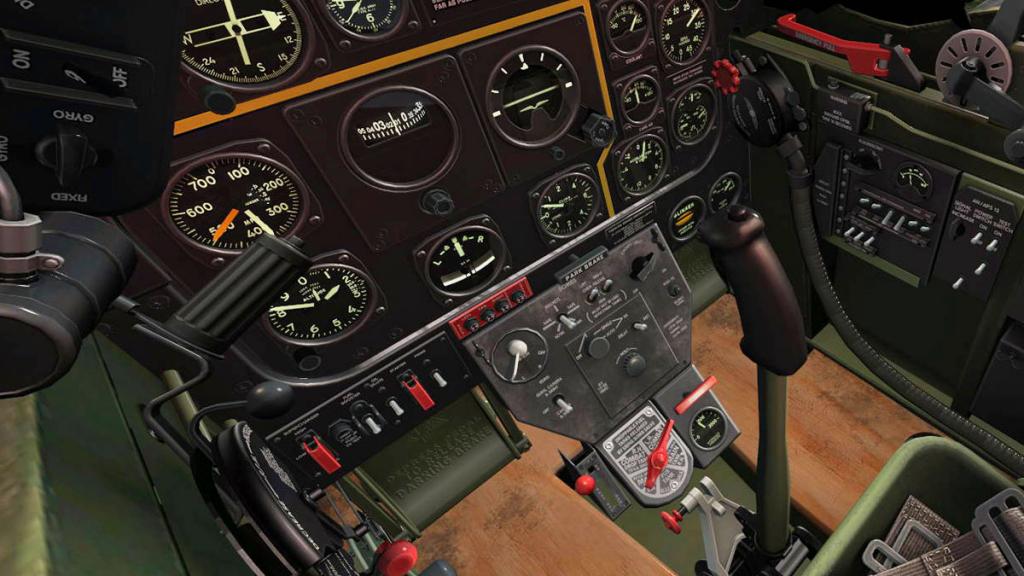
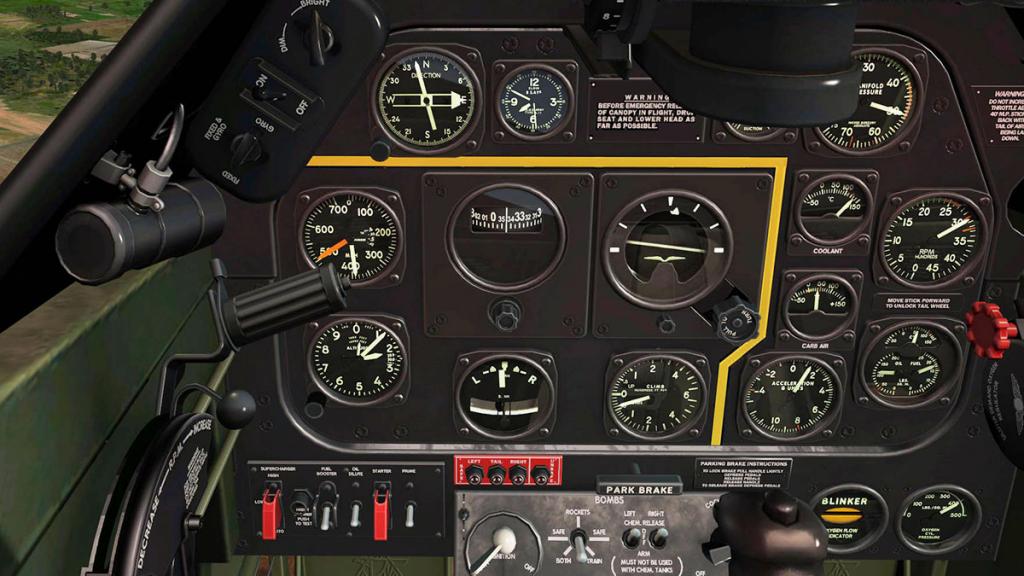
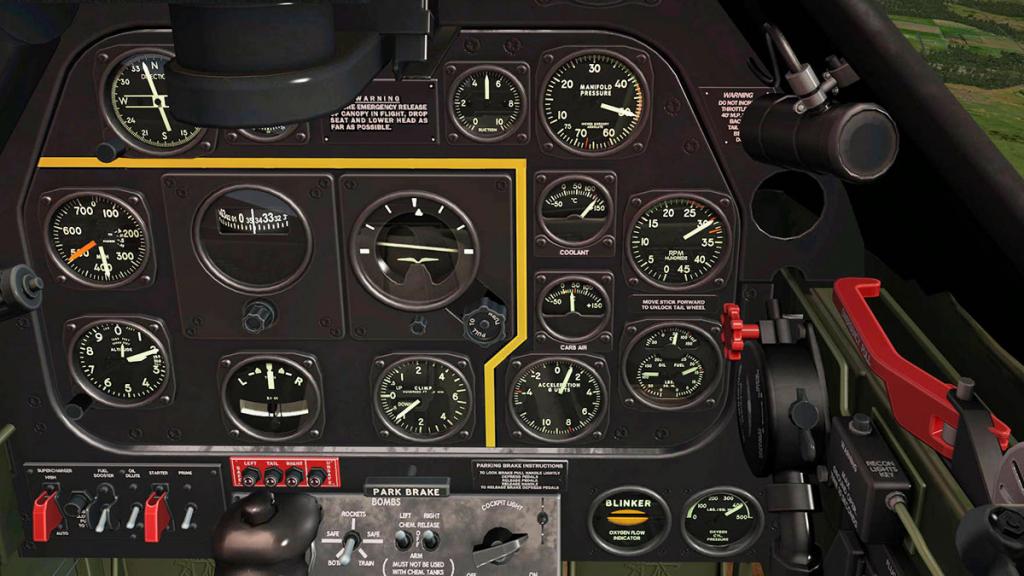
The instrument panel is dominated by the Gun-Sight apparatus and the whole instrument realistically vibrates in flight or on the ground. There are a lot of dials to focus on and it can take a few moments to understand where everything is placed. The yellow boundary line separates the Standard Six instruments in: Airspeed Indicator
Directional Gyro
Flight Indicator
Altimeter
Bank-and-Turn Indicator
Rate-of·Climb IndicatorFrom the rest of the panel. But you have to focus quite hard to distinguish the standard six detail when flying hard. That is not to say the instruments are poor in their design, but quite the opposite in excellent detail, but it is fine detail at that. So you take the point of creating a reference item to lead you to the instrument you require and make a metal note of its position and after a time you can then zoom in on that required dial. It time you will also decipher the rest of the panel in their layout positions. Under the gun-sight are four dials (left to right) covering: Remote-reading Compass Indicator
Clock
Suction Gauge
Manifold Pressure GaugeFive dials are set out to the right of the Standard Six (yellow line) in: Coolant Temperature Gauge
Tachometer
Carburetor Air Temperature Indicator
G-meter
Oil Temperature and Fuel and Oil Pressure GaugeLower right knee panel has two dials in: Blinker
Oxygen Pressure Gauge
And there is a Magnetic Compass sited high right.Lower Left knee panel has:
Supercharger Control Switch
Fuel Booster Pump Switch
Oil Dilution Switch
Starter Switch
Engine PrimerFront and center behind the stick is a control panel that includes your: Ignition Switch Gun and Camera Safety Switch Weapons selector Cockpit Light Switch Fuel Shut-off Control Fuel Selector Control Hydraulic Pressure Gauge The stick gets in the way of the view of the panel and the rest of the switches are tricky to see and use, you do work around it, but in a eyes up and eyes down, trying to fly the aircraft and flickering around the dials and switches you don't want to get caught by a bearing down hunter killer aircraft from the 2 o'clock afternoon sun position. 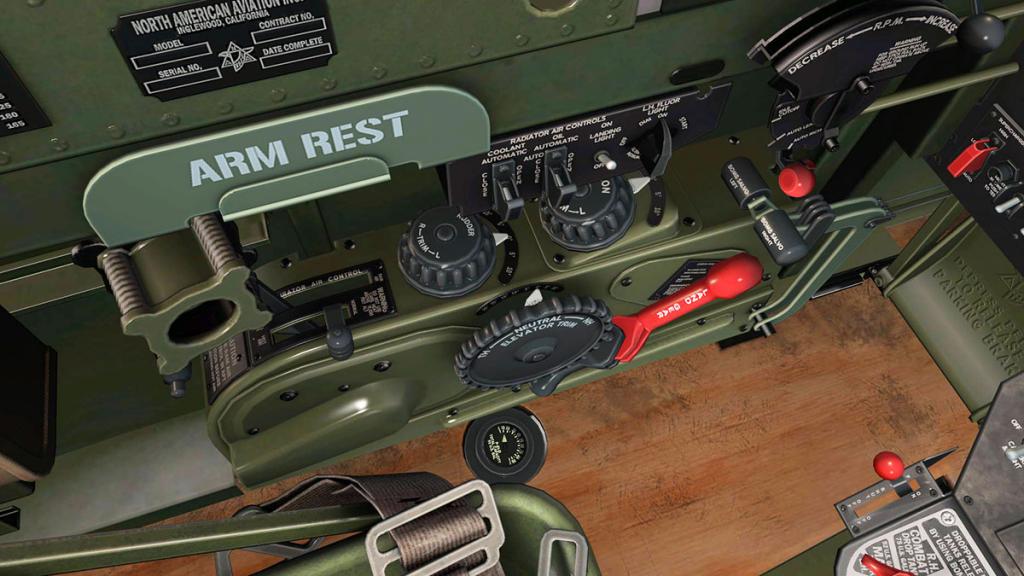
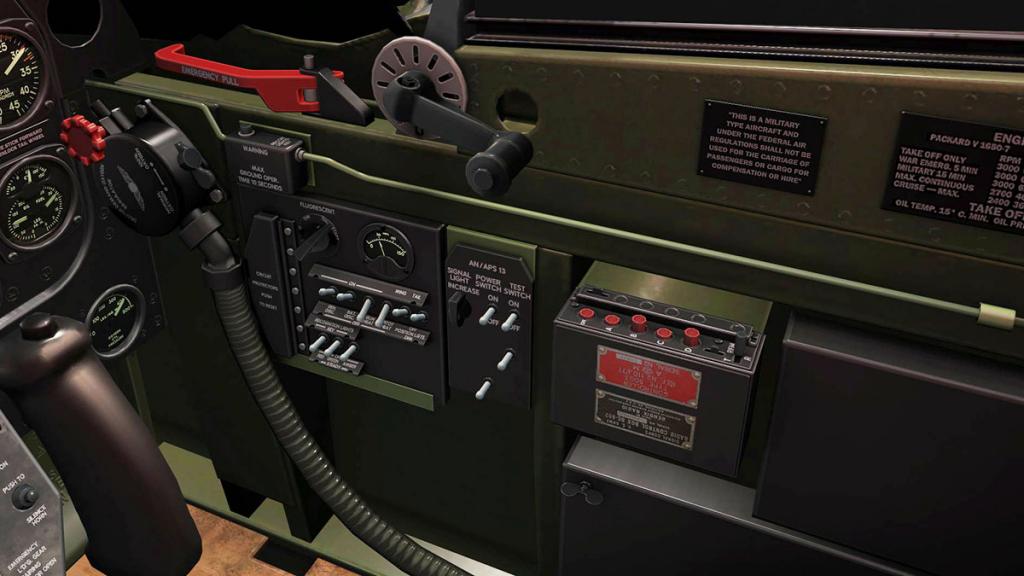
On your left is the Rudder Trim Tab, Aileron Trim Tab and Elevator Trim Tab Controls. Other controls include Landing Gear, Throttle, Propeller, Mixture and Coolant Radiator Air Control Switch (opens the lower fuselage air vent) and the Oil Radiator Air Control Switch. The lever form the Carburetor Air Control is used to adjust the RAM air amount and in most cases is left open unless you are in icing or desert conditions. I like the Signal Pistol in case of being shot down. All the huge trim dials and levers are very well recreated and are nice to use, as with everything here it all become second nature after a few flights, but a study of the manual is an necessity to find your way around all this WW2 era style layout. On the right panel is your electrical... Recognition Light Switches, Right-hand Fluorescent Light Switch, Ammeter, Generator-disconnect Switch, Battery-disconnect Switch, Gun Heater Switch, Pitot Heater Switch, Position Light Switches and Recognition Light Keying Switch and forward panel is the Oxygen Regulator. There is a primitive SCR-522-A Radio Control Box that we will get to later with the rotating canopy handle that pulls back the excellent clear canopy that you can the reflections on or off via the menus. Gun-Sight 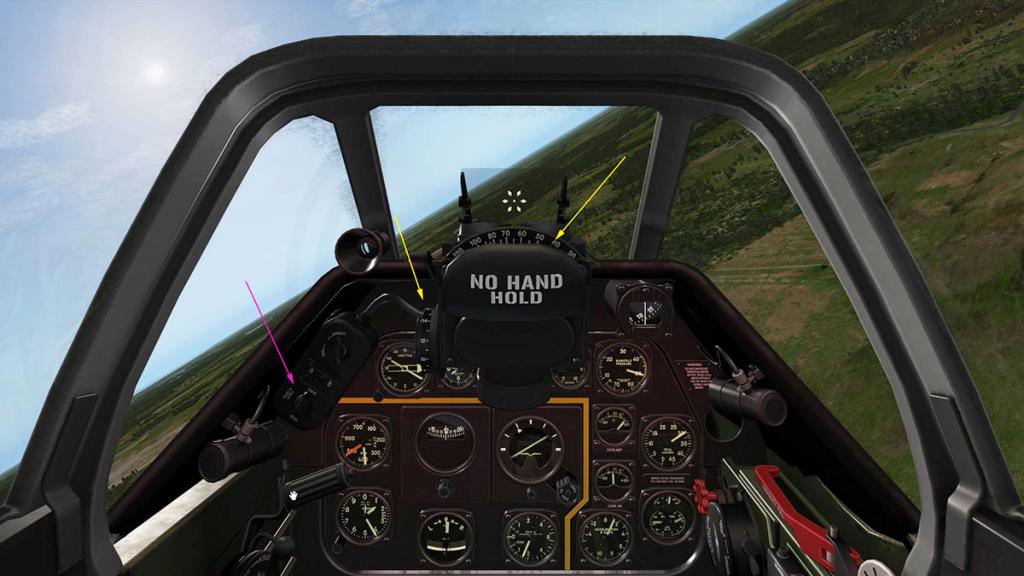
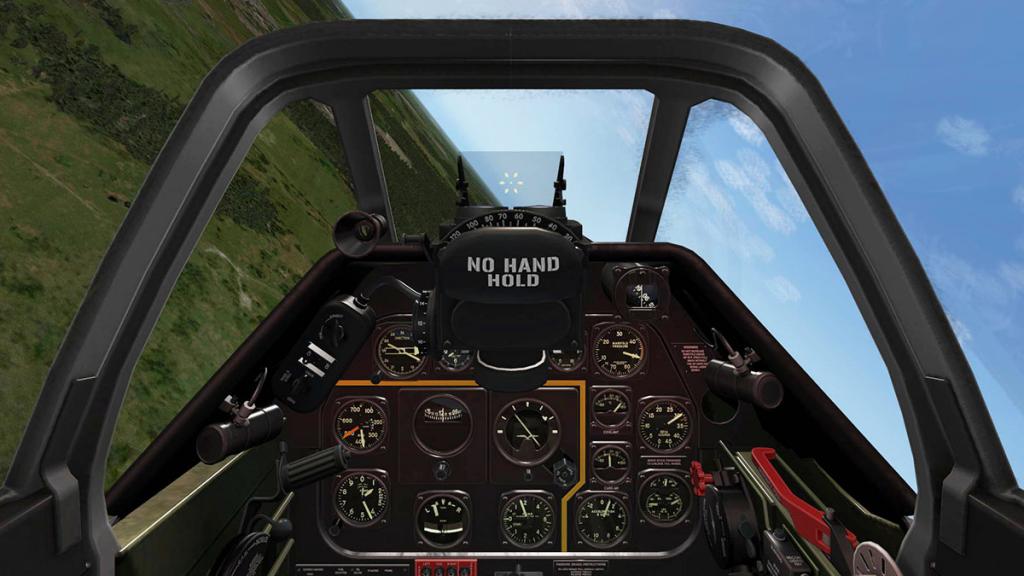
Gun-Sight power switch is to your upper left (magenta) and you can adjust the sight via two knobs of the accurate six diamond aiming pattern. Menus 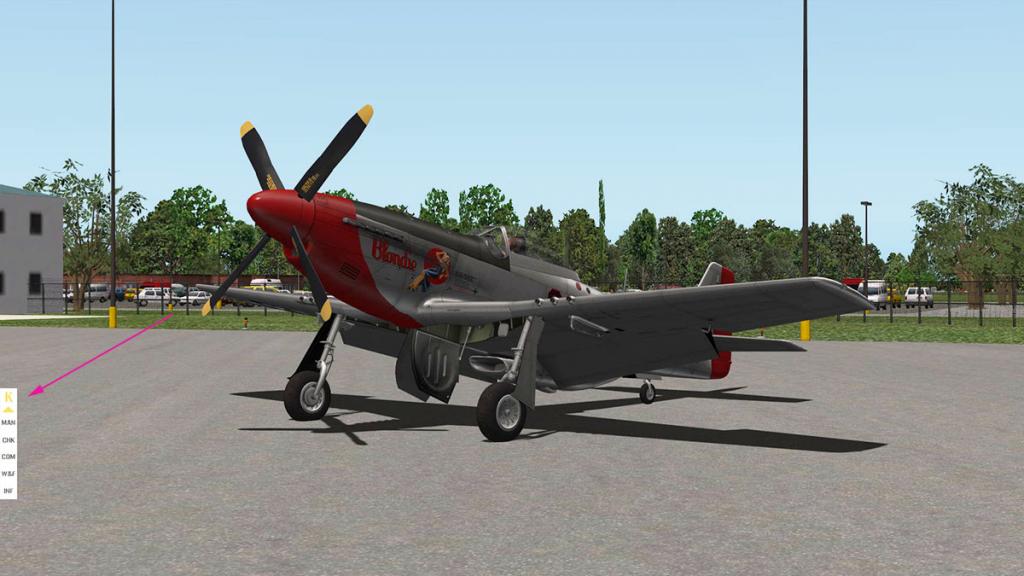
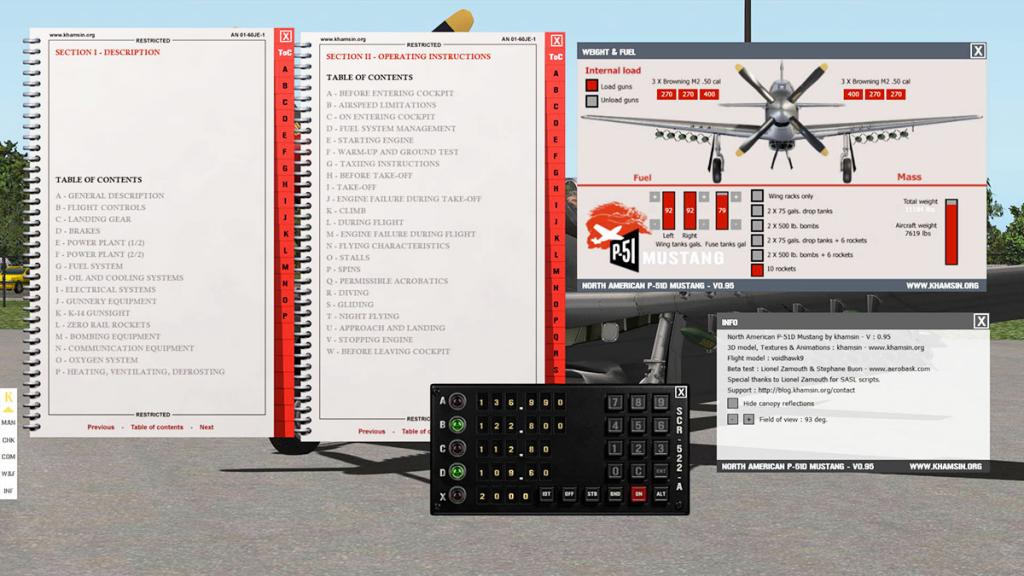
The P-51D's menus are comprehensive and they are positioned in tabs on the left low position of your screen. There is five tabs altogether and they consist of MAN - Manual CHK - Checklist COM - Communications (Radio) W&F - Weights and Fuel INF - Information The actual included .pdf manual is really only a instrument, switch and lever locator guide, nothing more than a few images and item numbers (but worth browsing). But the two tabbed manuals in Manual (MAN) and Checklists (CHK) has a more in depth description of what the aircraft is and how it works, the right side tab list way of selecting selections is easy and clever as well. 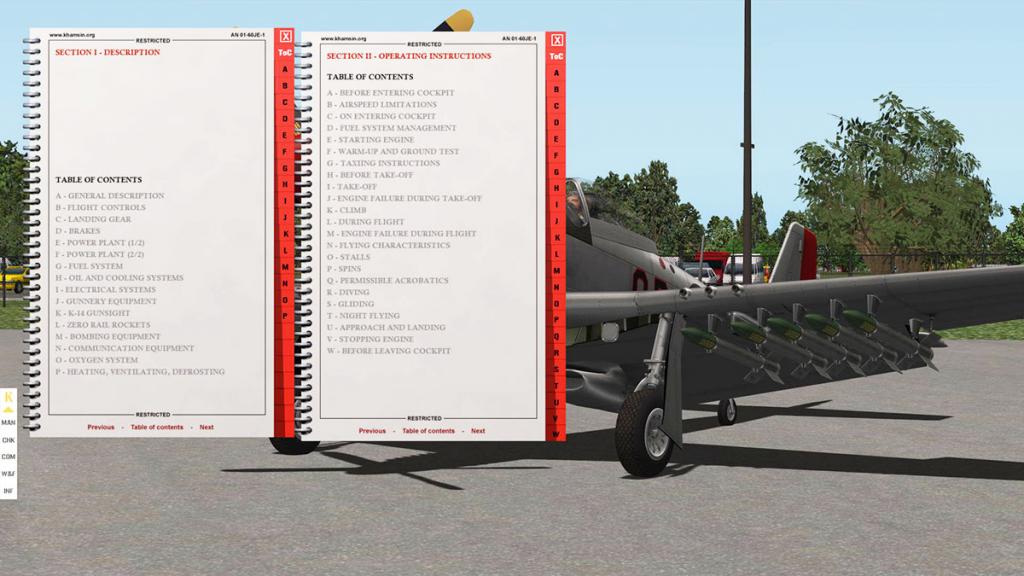
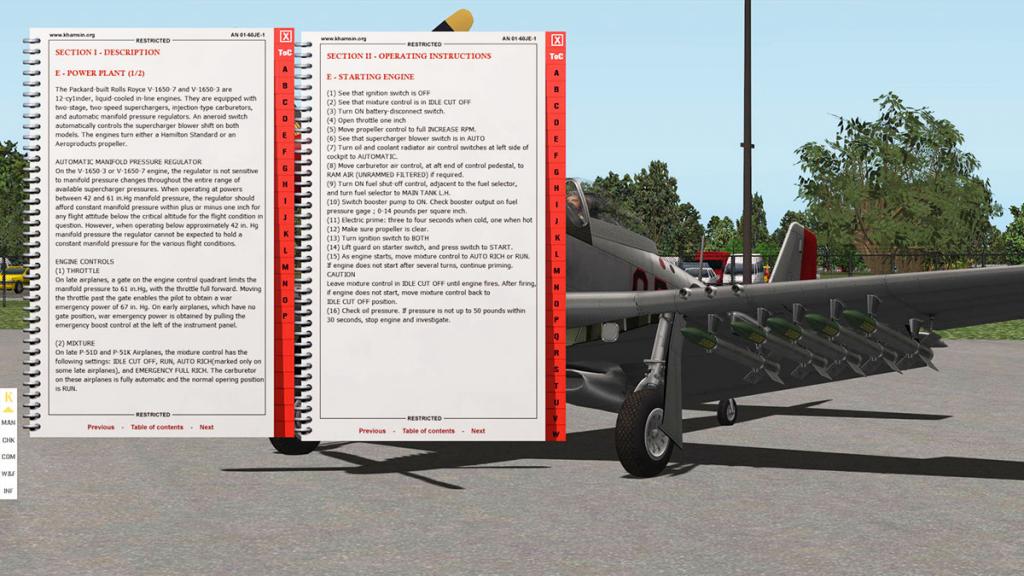
Go through both of these manuals and you are a long way in front of understanding how the Mustang works and how it flies, very good. 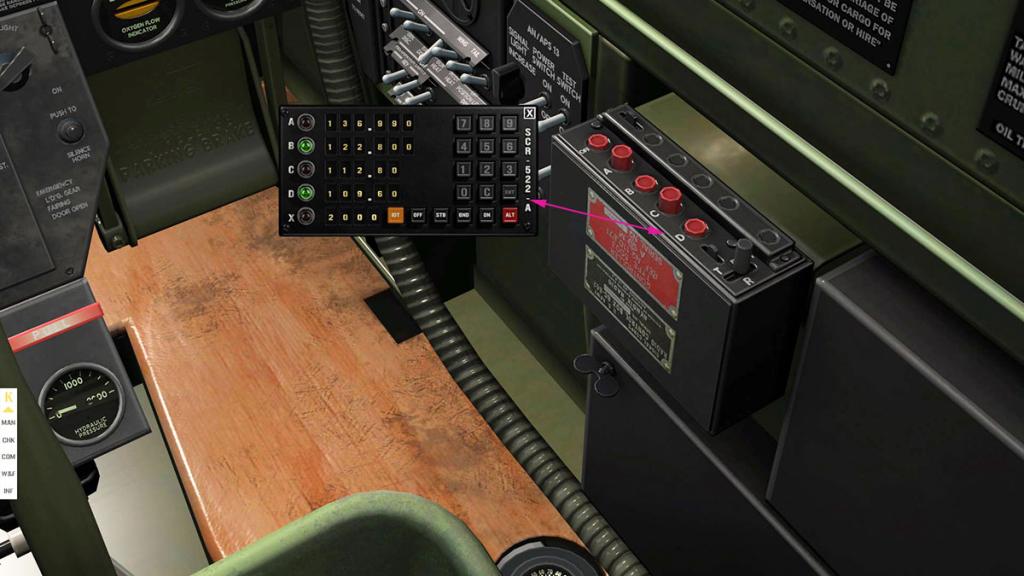
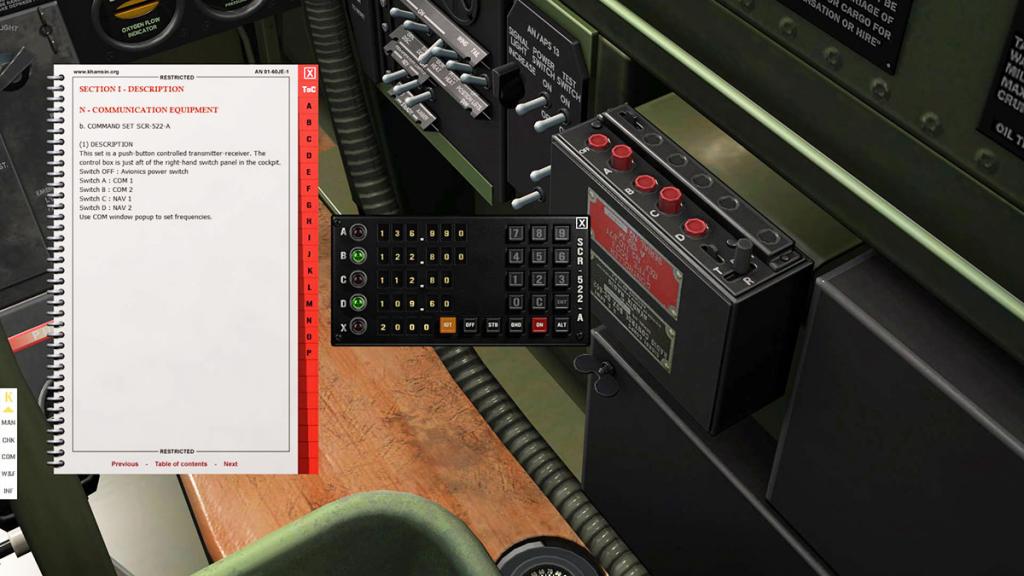
The COM (Communications) tab brings up the pop-up SCR-522-A Radio panel and overall it is easy to use in inserting your two COM 1&2, or two VOR 1&2 Frequencies and bottom row (X) Identity transponder. If you are not sure then it is all covered in the manual section of Communications Equipment or tab N. INF The INF - Information tab has Khamsin's details and aircraft version. 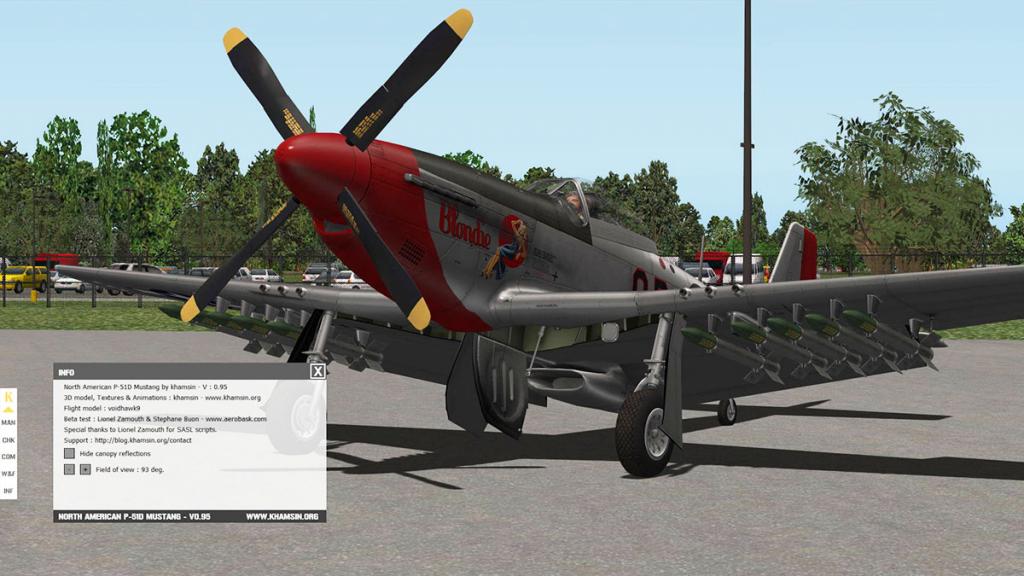
Selections include hiding the canopy reflections and adjusting the Field of View. W&F - Weights and Fuel 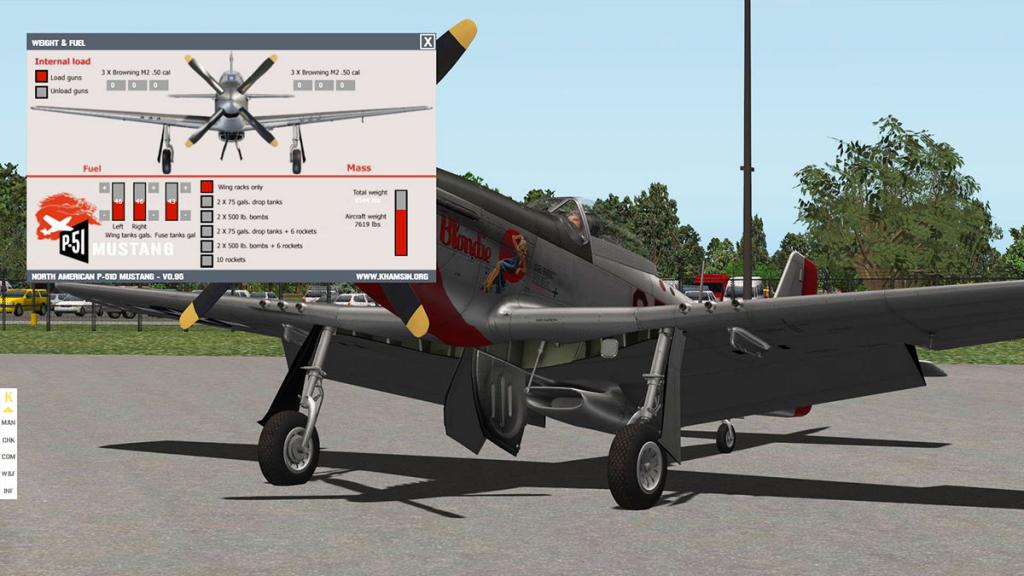
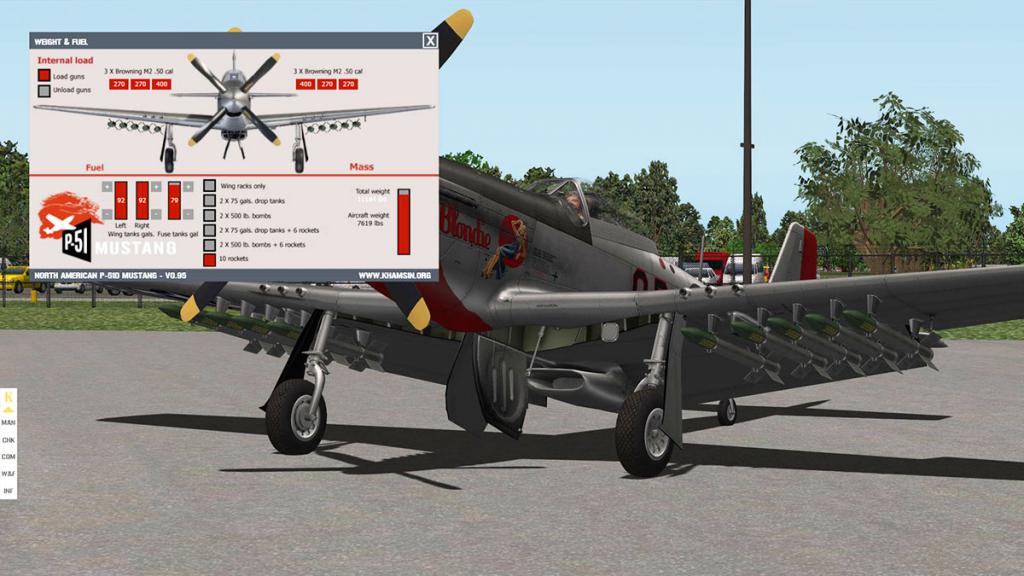
The Weights and Fuel pop-up is used to set up the aircraft in fuel and armaments. Top of the panel selections allow you to reload the six (three each wing) Browning M2.50 Calibre guns, you can unload the cannons if you wish to as well. Left lower panel is the fuel or tankage loads in the aircraft. You have two wing tanks (2 x 92 Gal) and a body (85 Gal) fuselage tank. Underwing armaments and extra distance drop tanks can be specified in six selections. 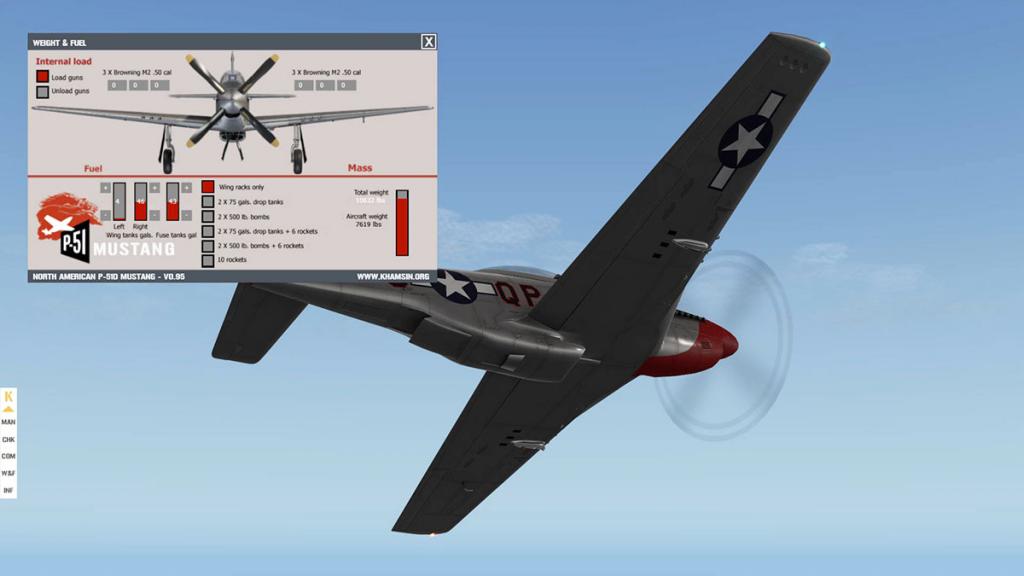
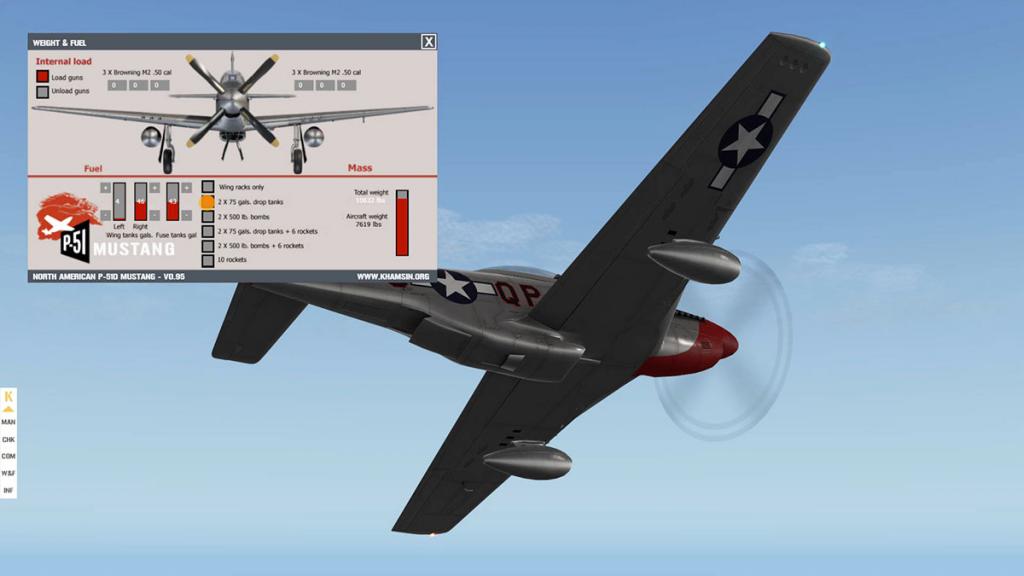
Wing Racks only (left) - 2 x 75 Gal Drop tanks (right) 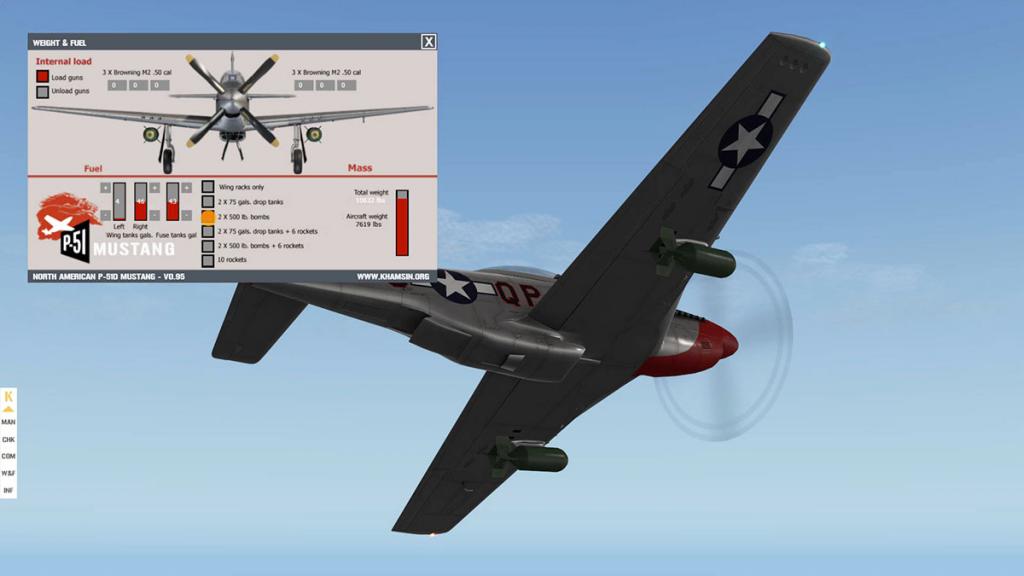
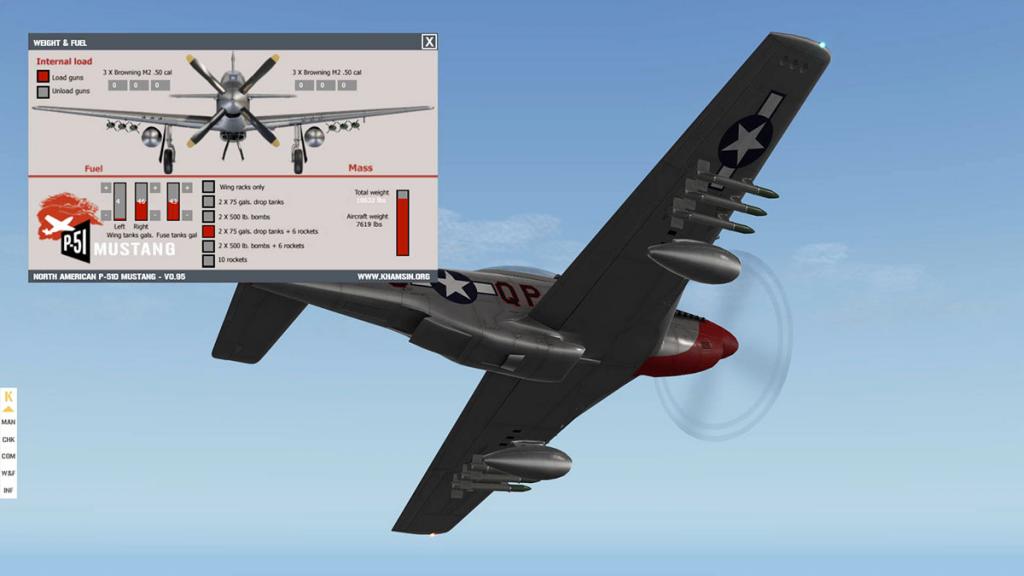
2 x 50 lb Bombs (left) - 2 x 75 Gal Drop tanks and six rockets (right) 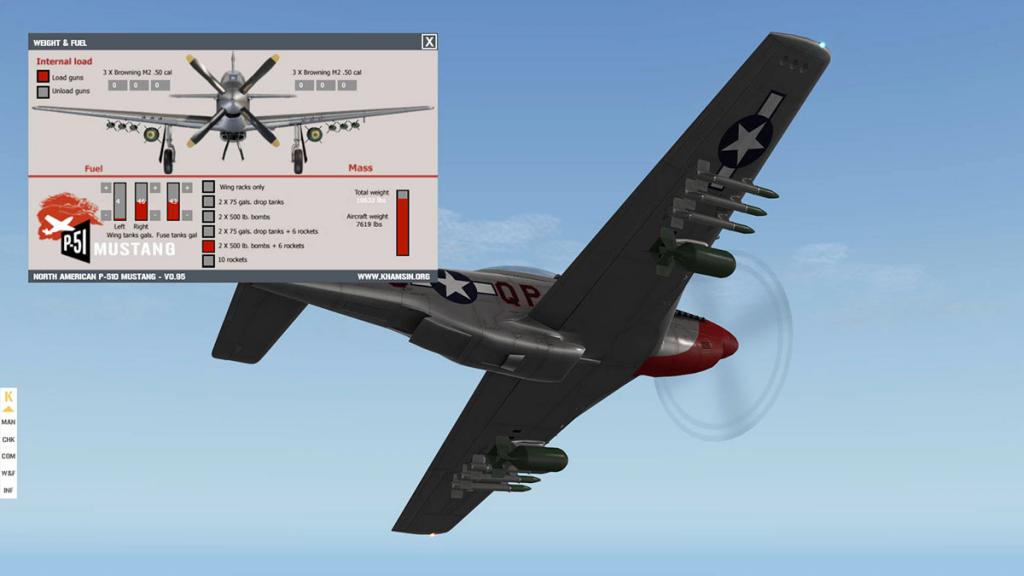
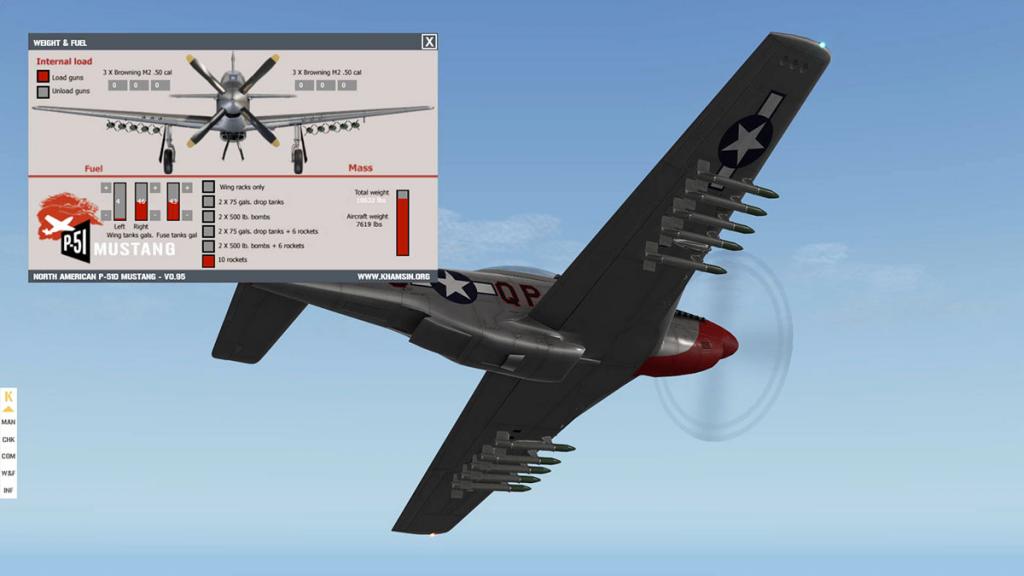
2 x 50 lb Bombs and six rockets (left) - Ten rockets (right) Your total aircraft weight (lbs) is shown on the right. This arrangement make loading the aircraft very accessible, but you can also use the X-Plane aircraft/weight & balance & fuel/Ordnance menu to reload/unload any armament as well. On the ground 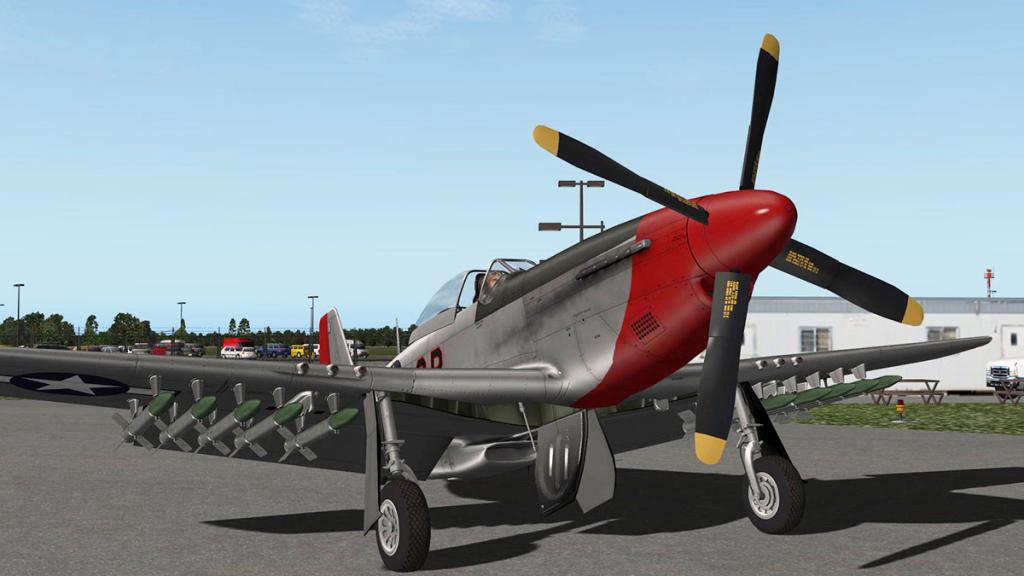
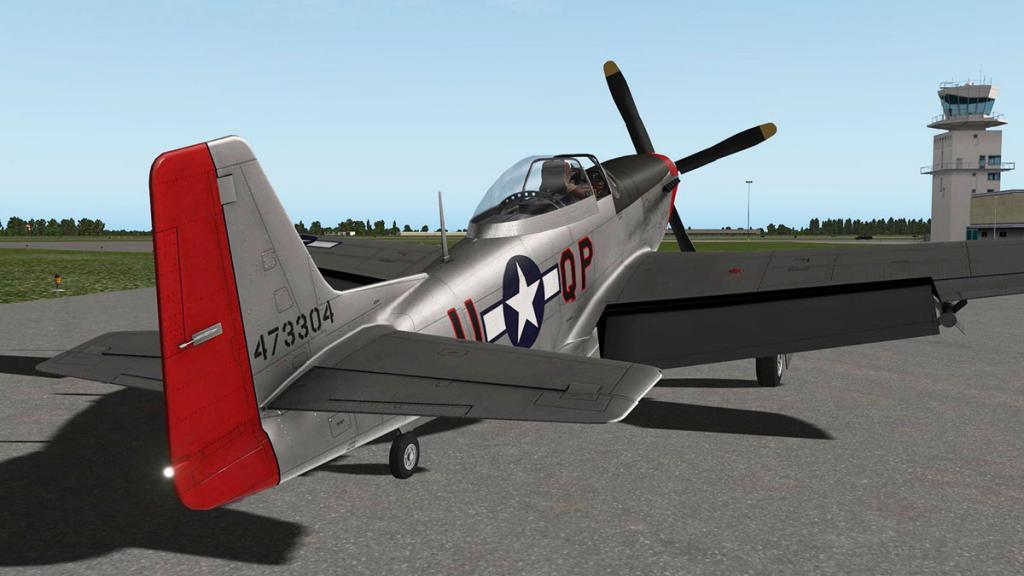
The Mustang is beautifully rendered on the ground, as detailing is again simply exquisite. You have to admire the undercarriage design and fuselage dropdown tailwheel, and the power and the glory of that huge 11.2 ft (3.4 m) Hamilton Standard propeller. A Dallas-built version of the P-51D, designated the P-51K, was equipped with an 11 ft (3.4 m) diameter Aeroproducts propeller in place of the Hamilton Standard but the hollow-bladed Aeroproducts propeller was unreliable, due to manufacturing problems, with dangerous vibrations at full throttle and was eventually replaced by the original Hamilton Standard that we have here. Flaps droop if there is no hydraulic pressure which is noted great detail. 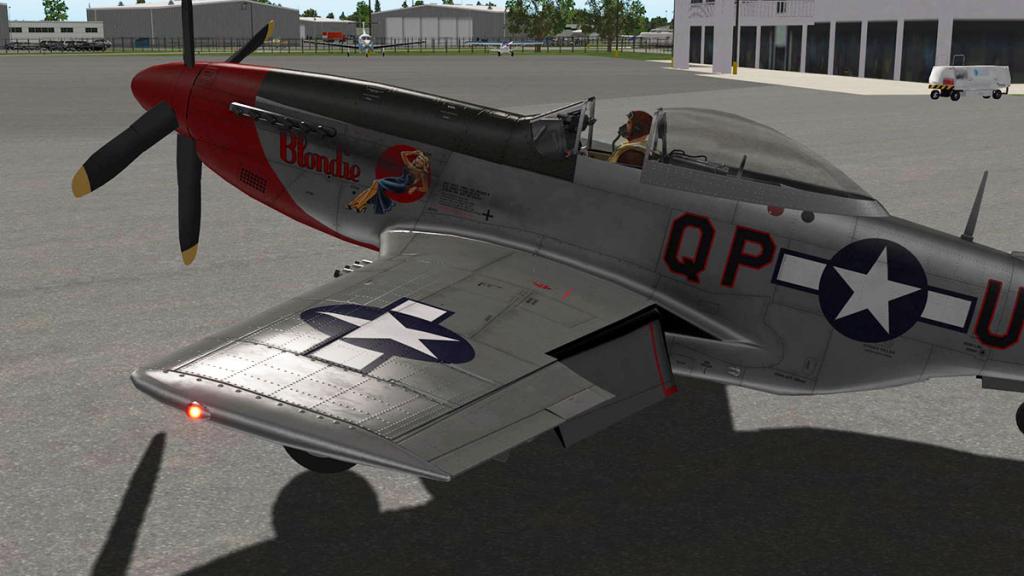
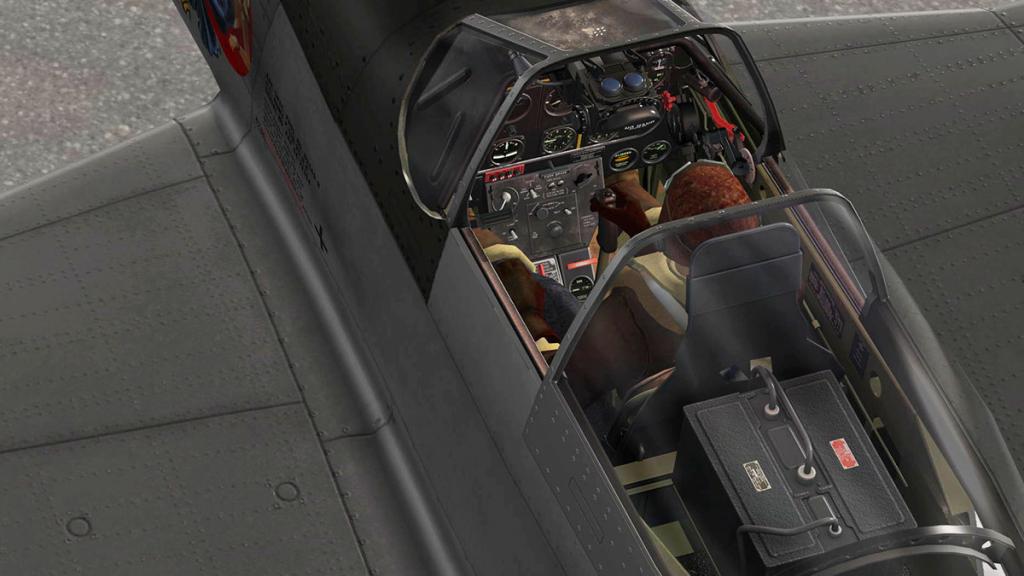
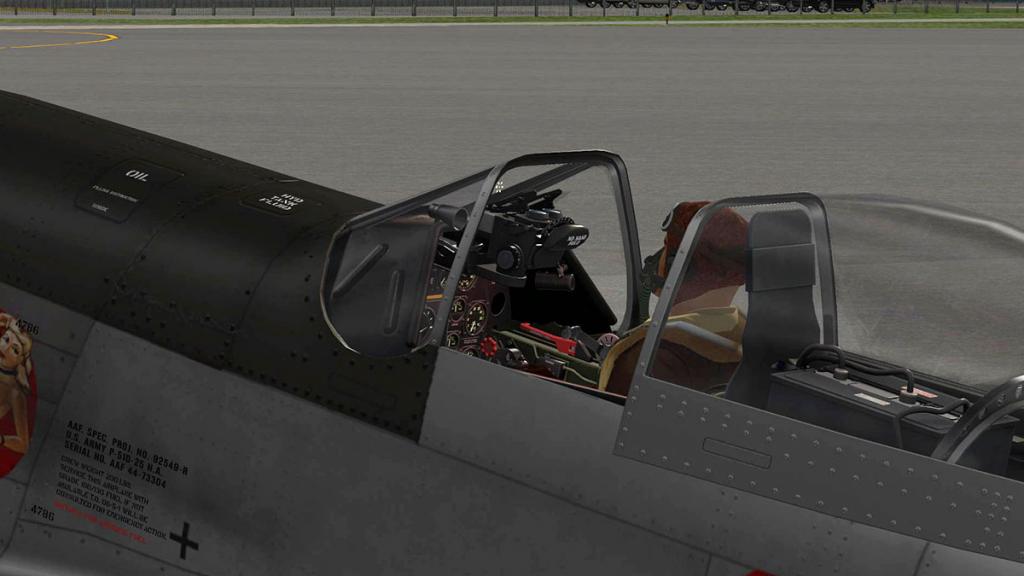
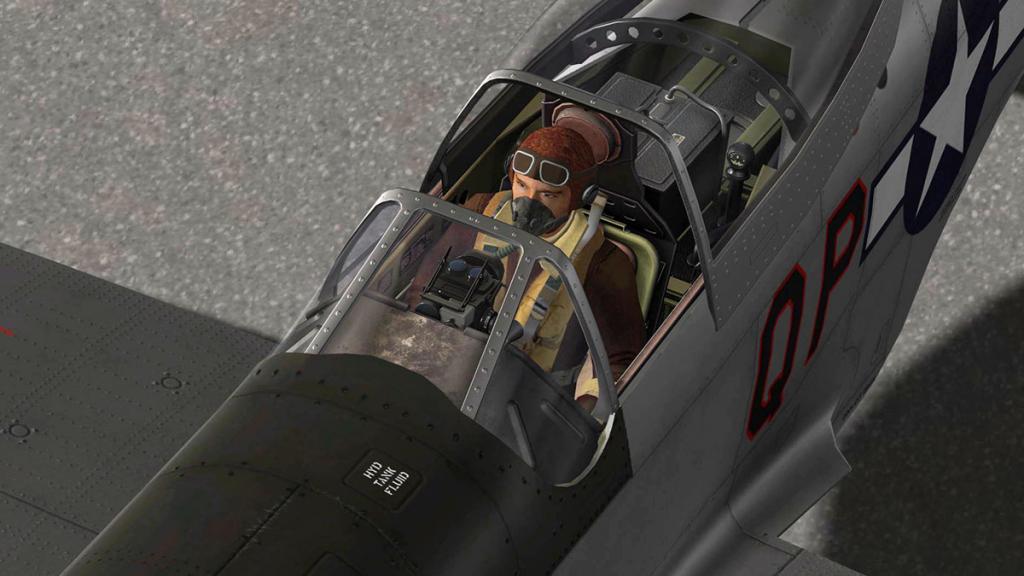
Externally the cockpit looks excellent with a highly well rendered pilot in full flying gear. Flying the P-51D Mustang 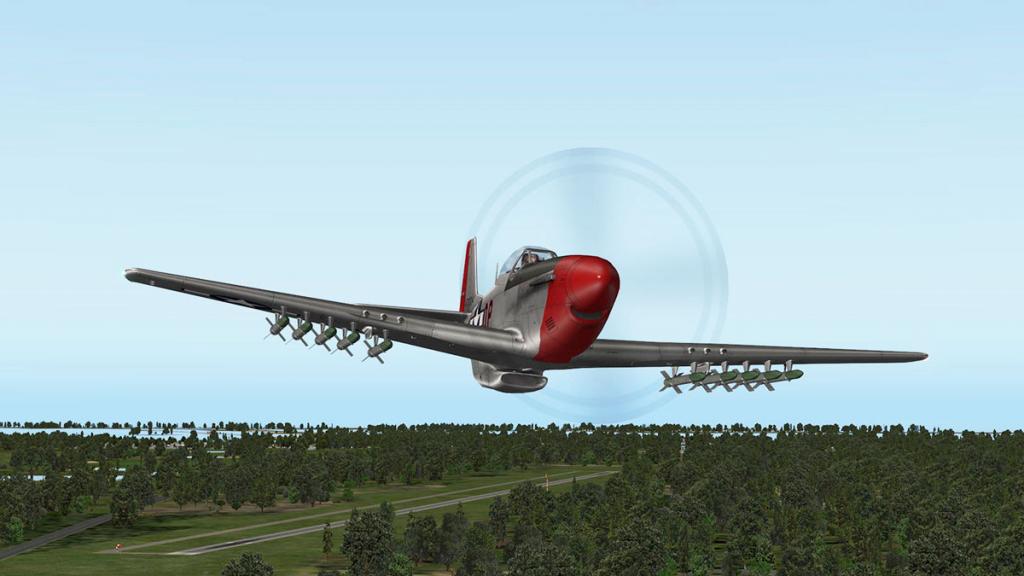
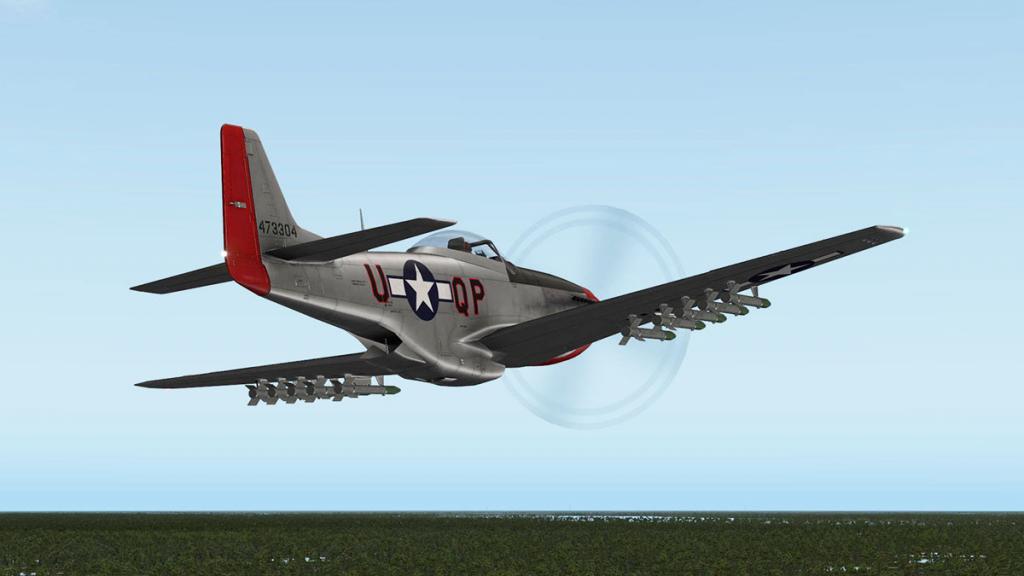
You have a supercharged 1,590 hp (1,185 kW) at your disposal with a 438 mph (705 km/h) at 25,000 ft (7,620 m) top speed, you can climb at 3,510 ft/min (17.8 m/s) which is all very impressive. But you can't do that all at once as it is really only available in the way you set up the aircraft for which role you want to undertake. Light fuel and a lightly loaded armament selection will give you the performance you need. But load the aircraft up and the performance suffers, or either go for those long missions with a lot of fuel and only a few rockets as your defence and again you have to find the balance of range to performance. The aircraft is trimmed and balanced to the ninth degree as well so you have to readjust the trim of the machine to loss of armament and fuel weight. 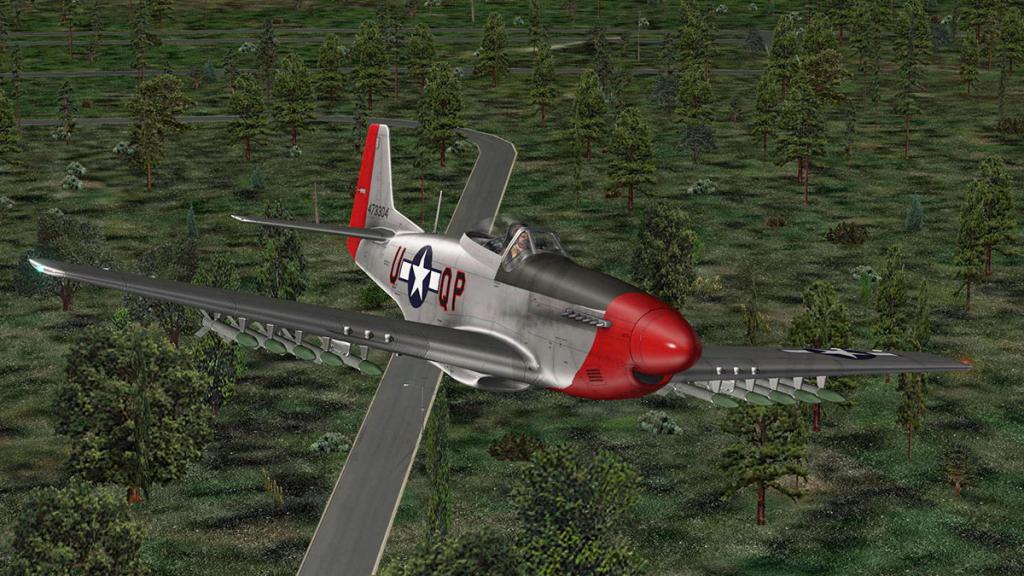
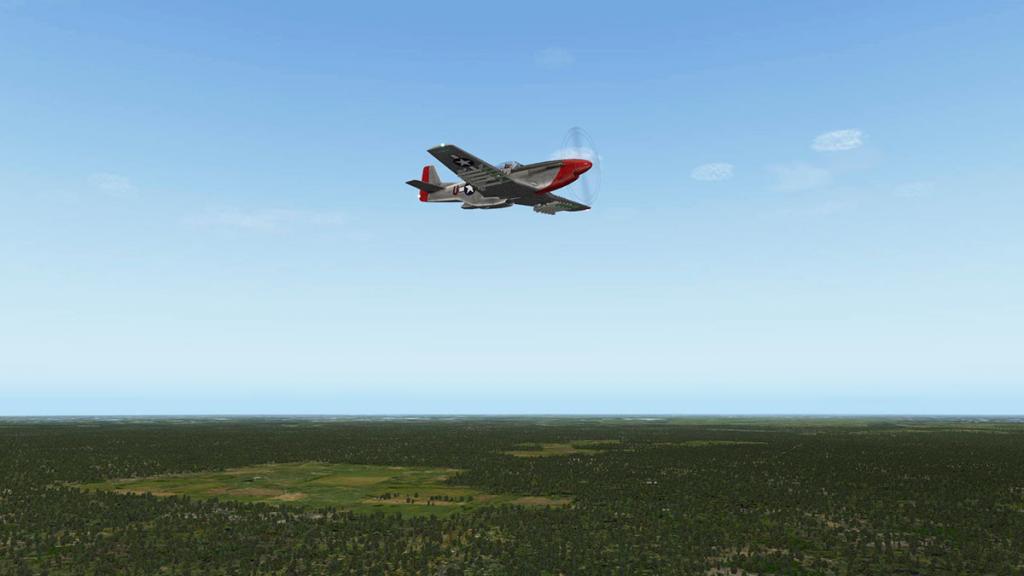
But if you get up high and are very light then the power is available to you, so no doubt the best part of any mission with the P-51D Mustang would be running high and hard for home. 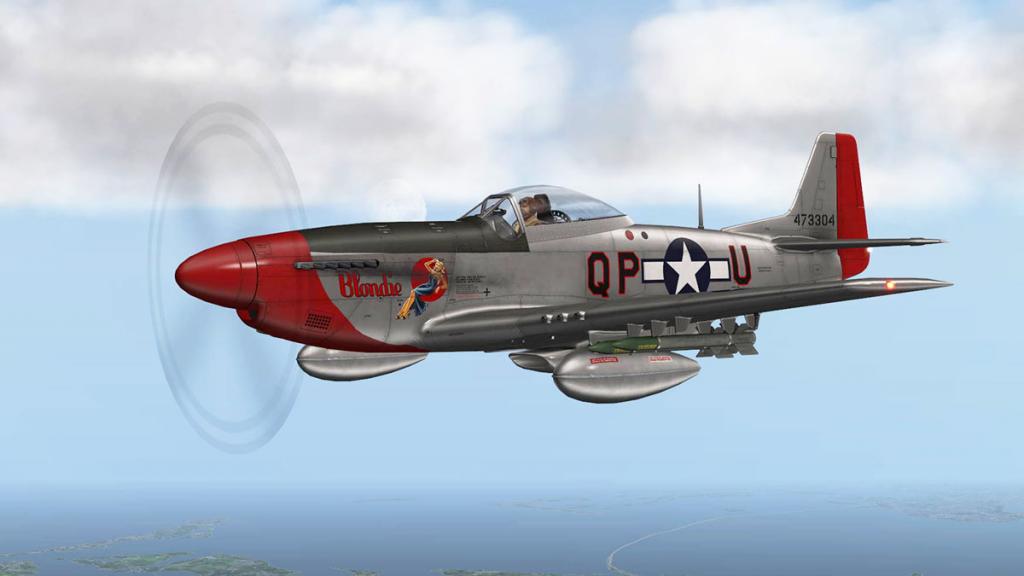
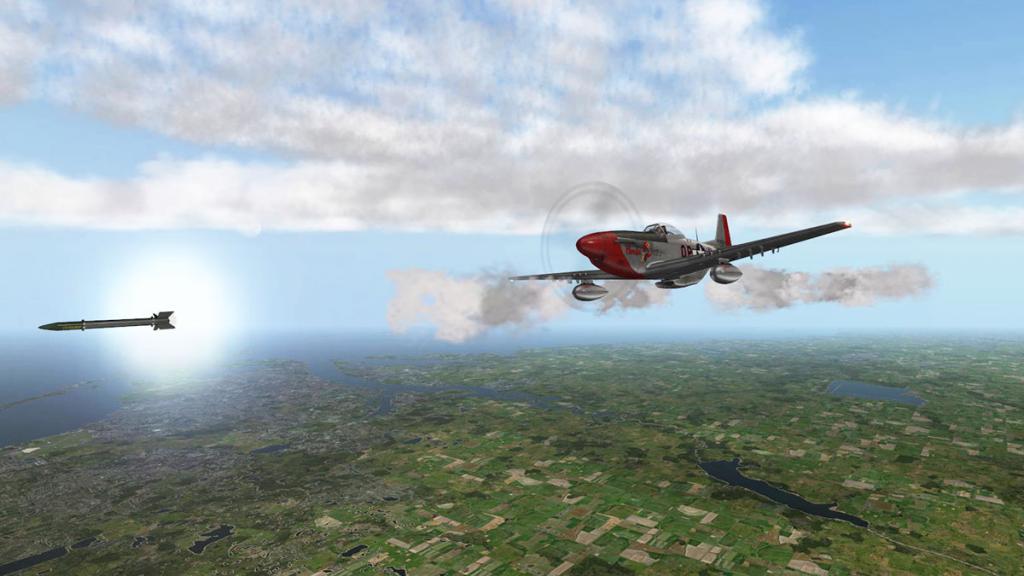
I found selecting the different armanents awkward, but I think it was more the X-Plane to joystick interface selection than the aircraft's rotary selector. Noted in the manual is... Fire guns - weapons/guns or Release bombs - weapons/fire_air_to_ground settings but It worked on the rockets but not the wing cannons. Effective killing machine it is though! 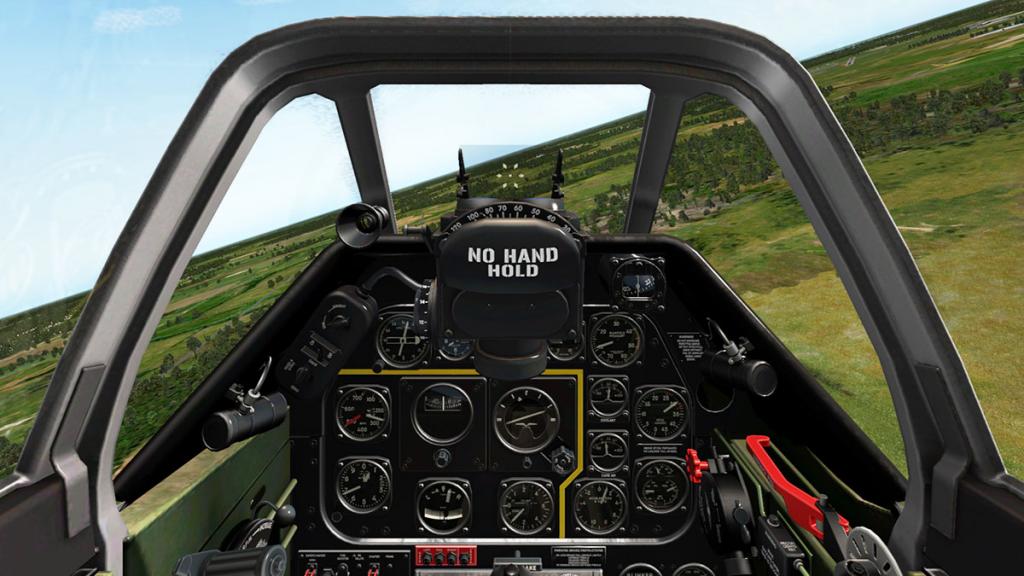
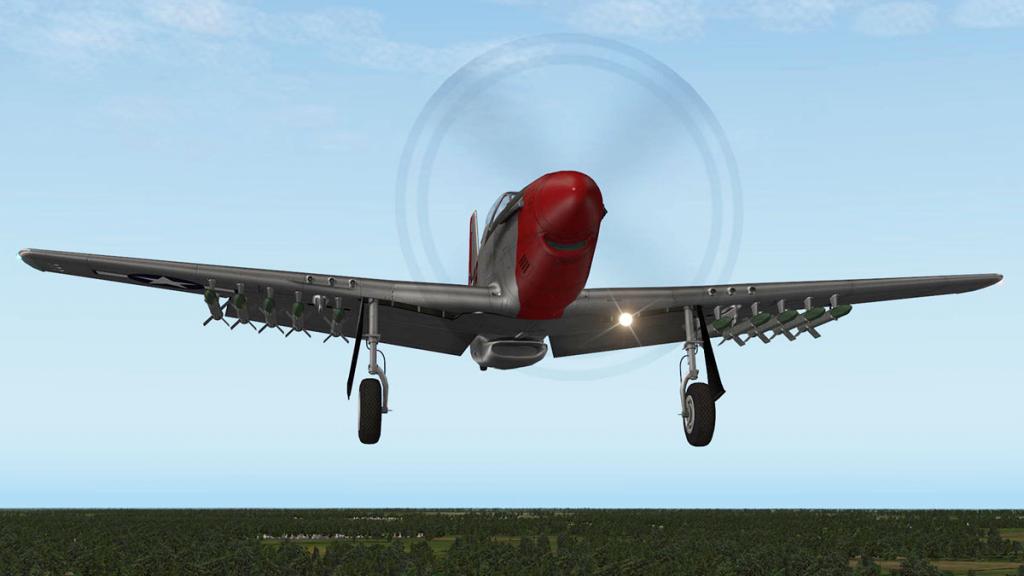
Landing however is a real test of skill. To put it eloquently "You can't see shit!". The high panel and vibrating but visually blocking gun-sight make life very hard in not only simply finding the runway but then landing on it. 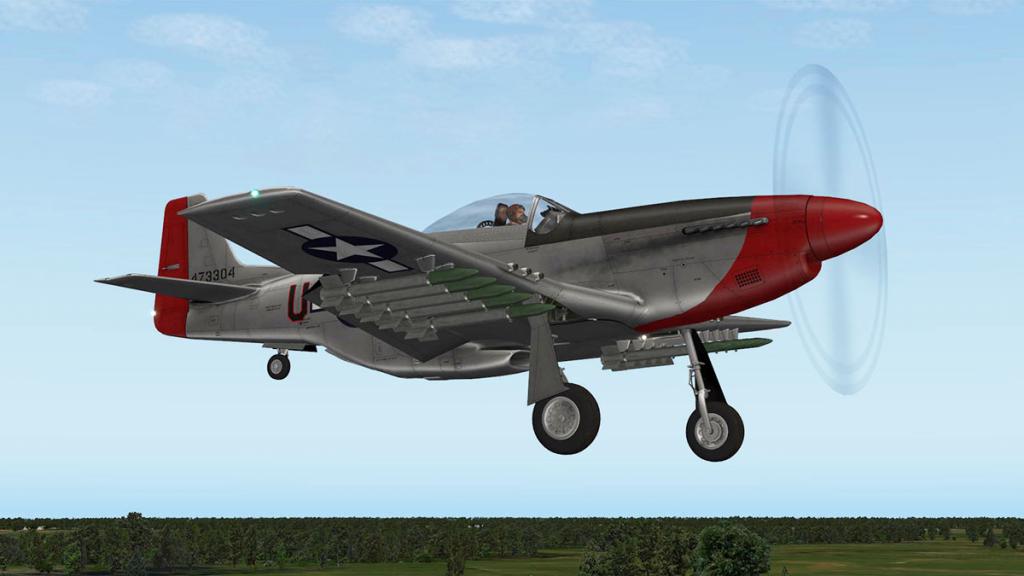
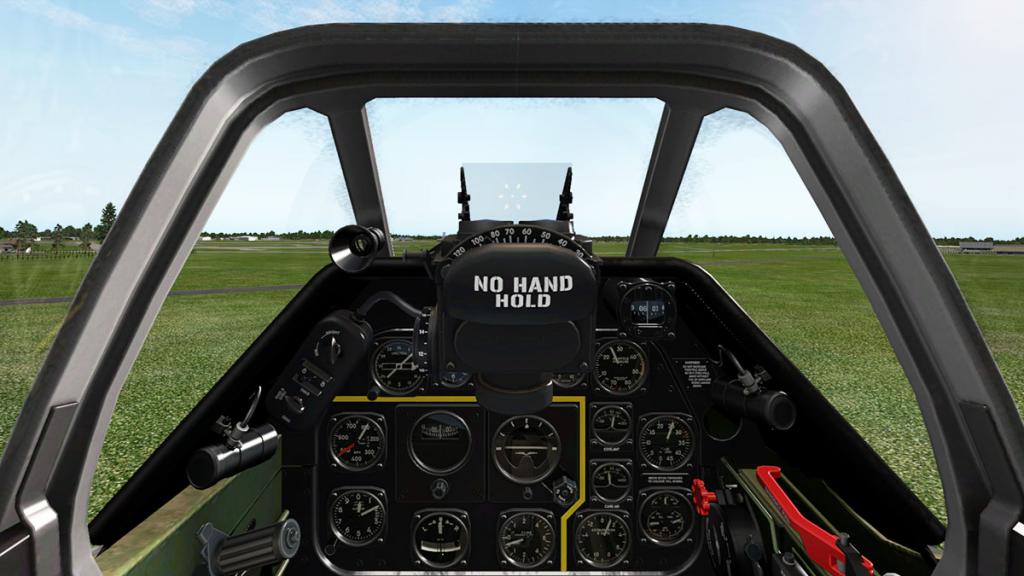
Dropping the gear will also move your center of gravity quickly forward so you have be aware and ready for that, but then big issue is that at a certain point your forward view of the runway is totally masked by the aircraft. You come over the threshold and realise you are not where you really want to be... 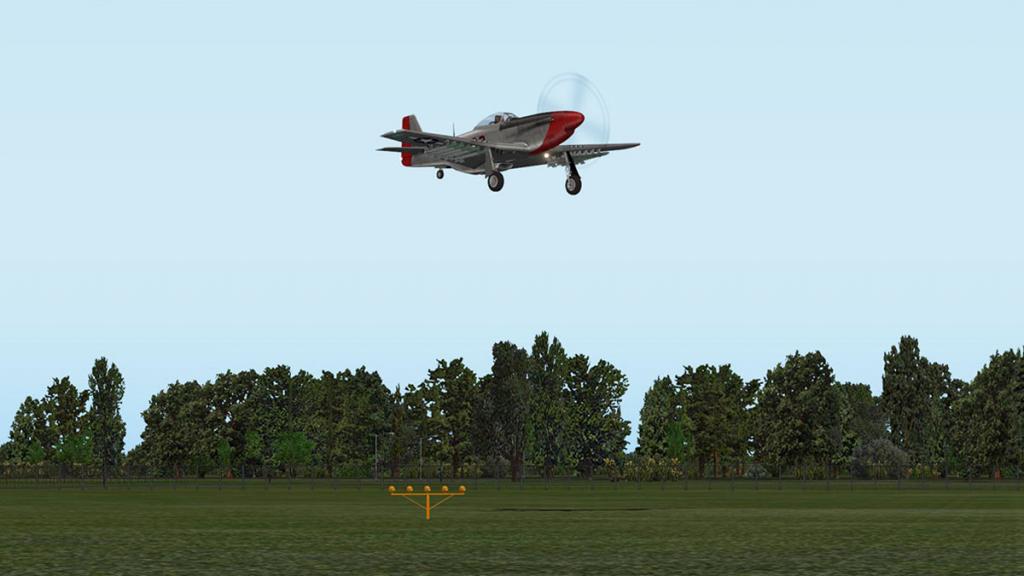
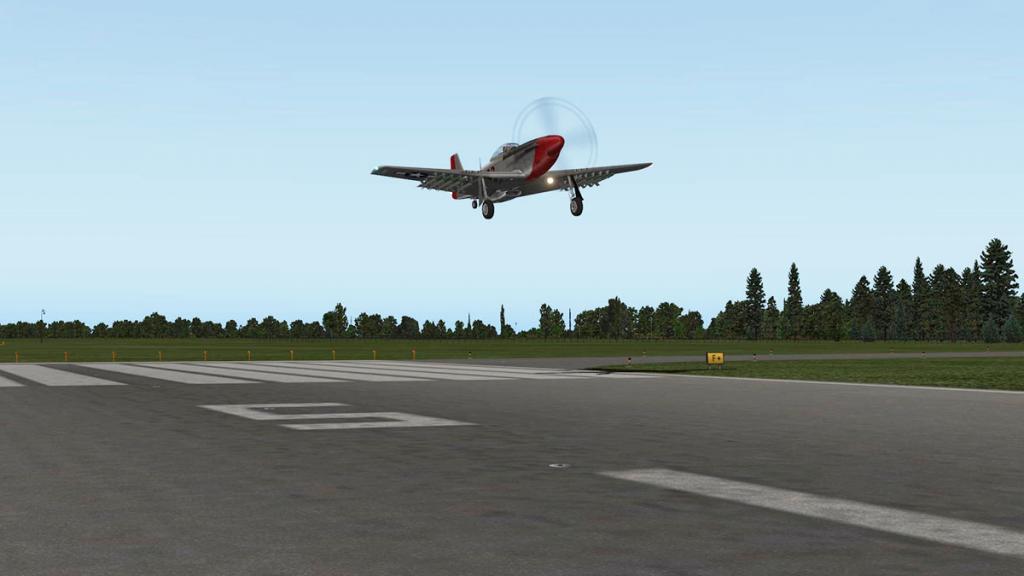
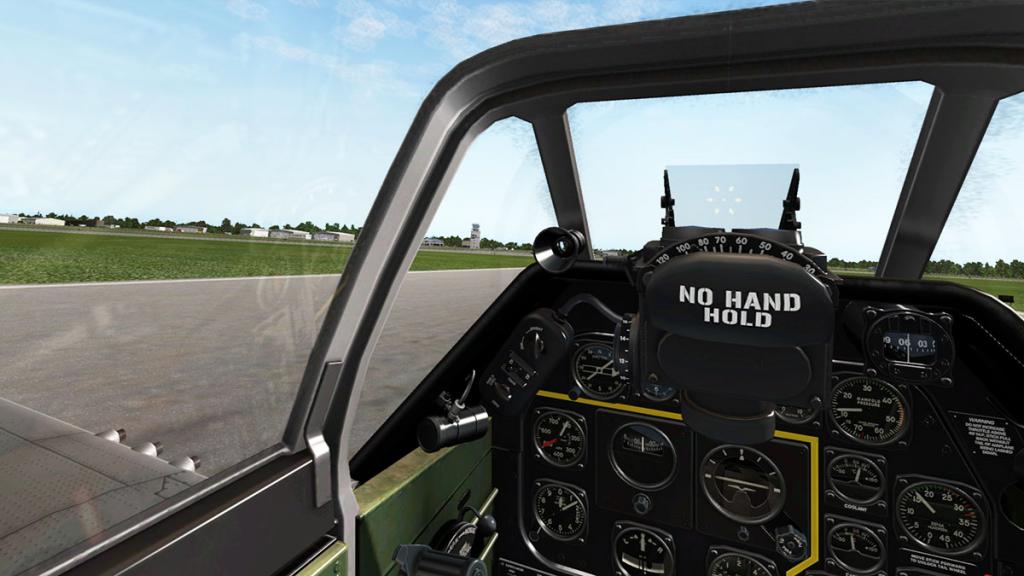
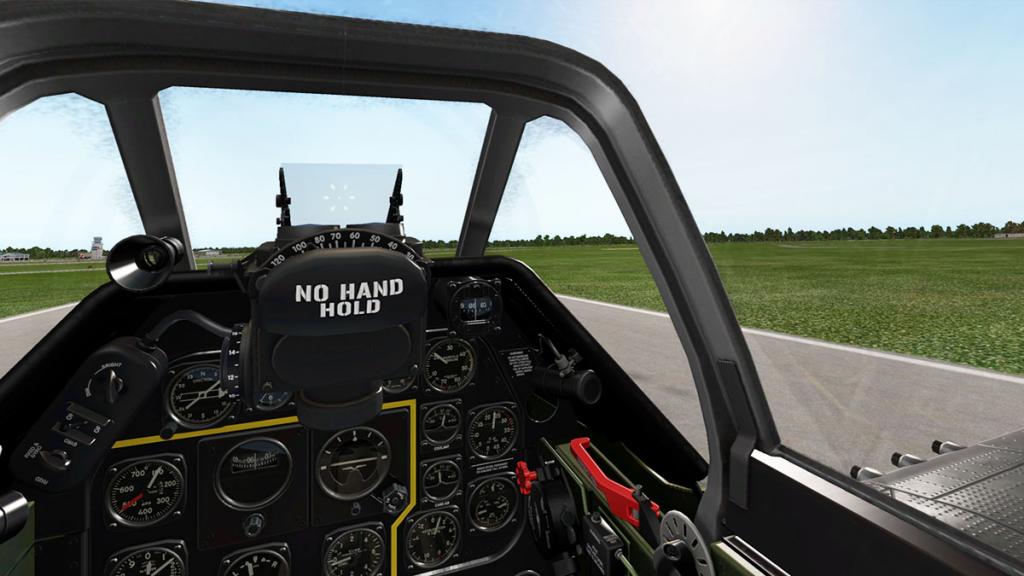
You adjust, in my case slightly right but until the edges of the runway come into view you are trying to get some sort of visual clues over the high canopy sides in where you are actually positioned. Practise will of course give you perfect approaches, but it is damn difficult those first few runs. 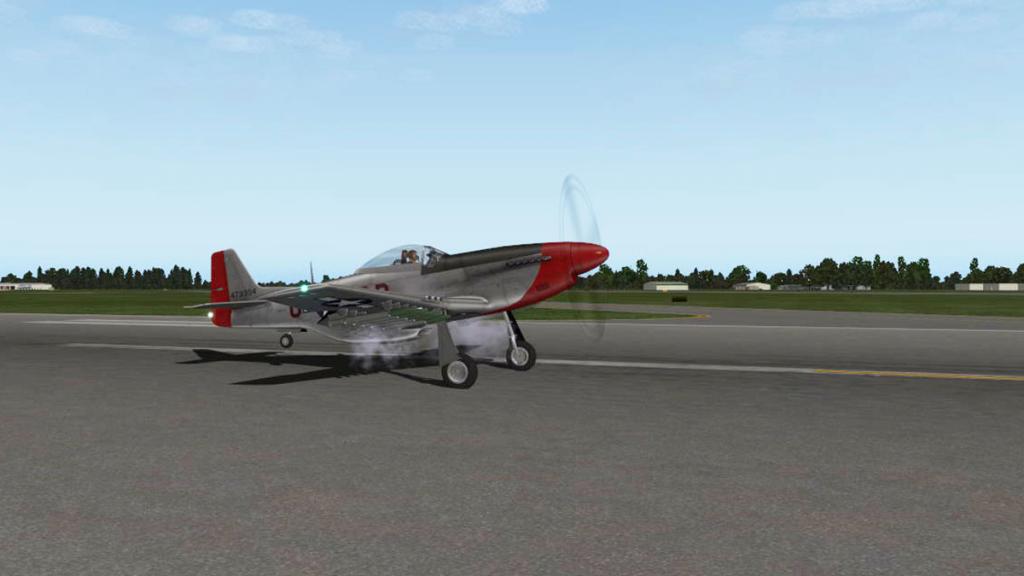
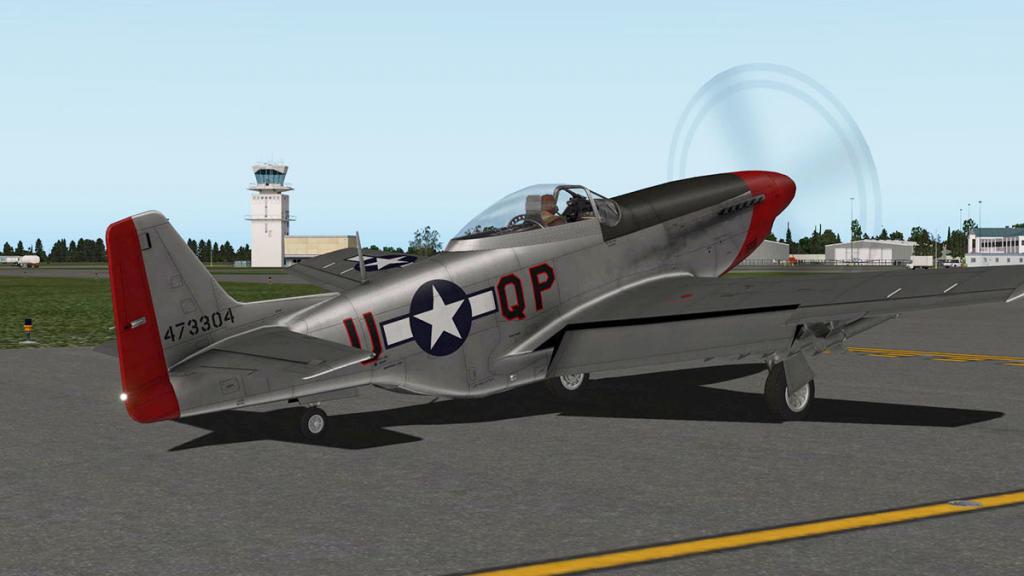
Getting your wheels down on the hard stuff was the easy part... The P-51D is a taildragger, and a nasty one at that. The aircraft needs a lot of skill to settle correctly and then you have to find the perfect speed to turn the aircraft on to the taxiway with a very reluctant tailwheel. Too slow and it sticks straight ahead, too fast and you are winding around in circles... There is a slow speed sweetspot that you have to find to get any sort of communication with your rear end, I found it, but taxiing is a hard business that can quickly catch you out when the aircraft feels like it. Lighting In the P51D cockpit there are two forms of lighting control. One is the panel lighting of the instruments and the set of secondary light sources are the two red side mounted cockpit lighting pods, and between them they are highly effective. 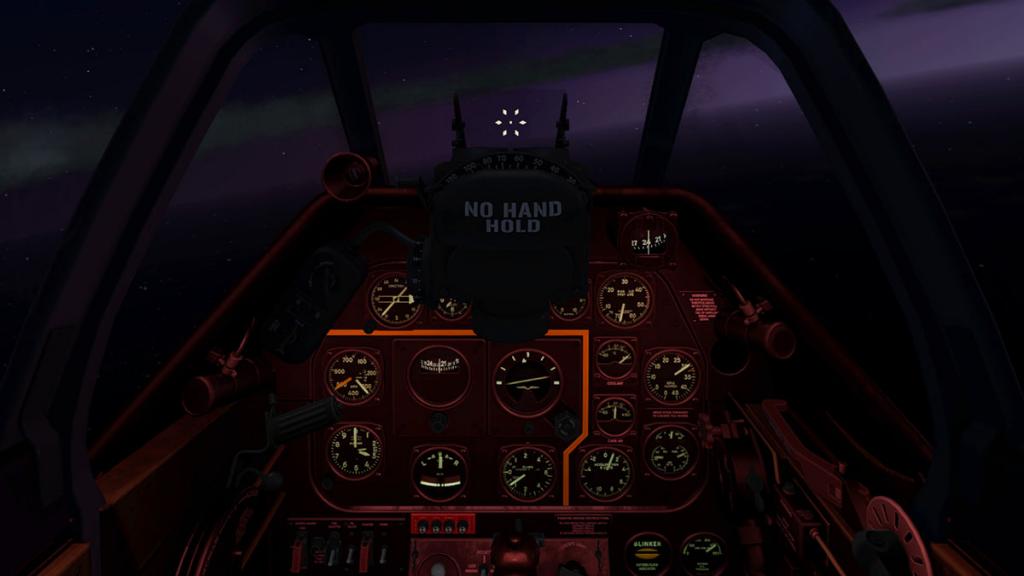
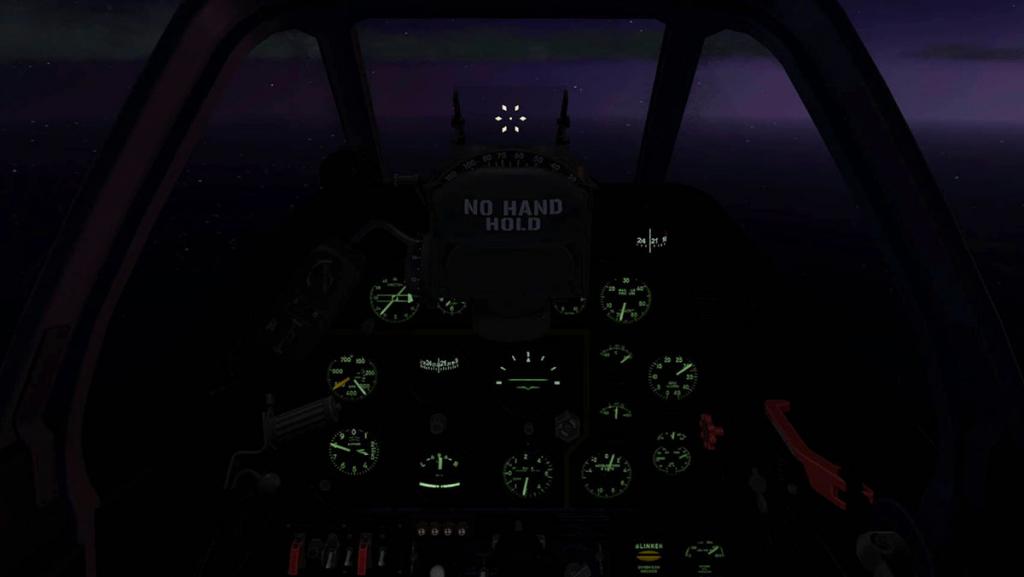
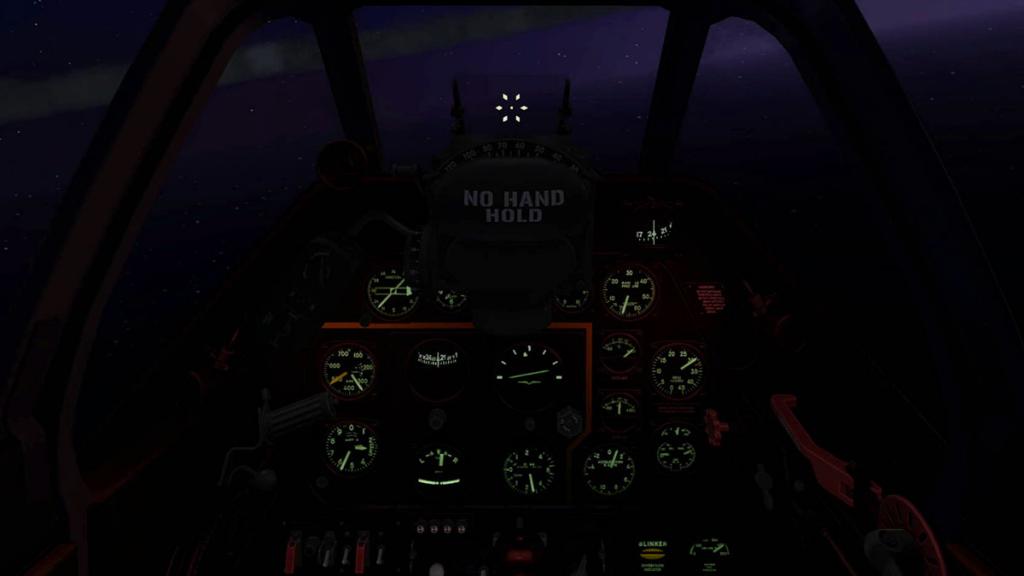
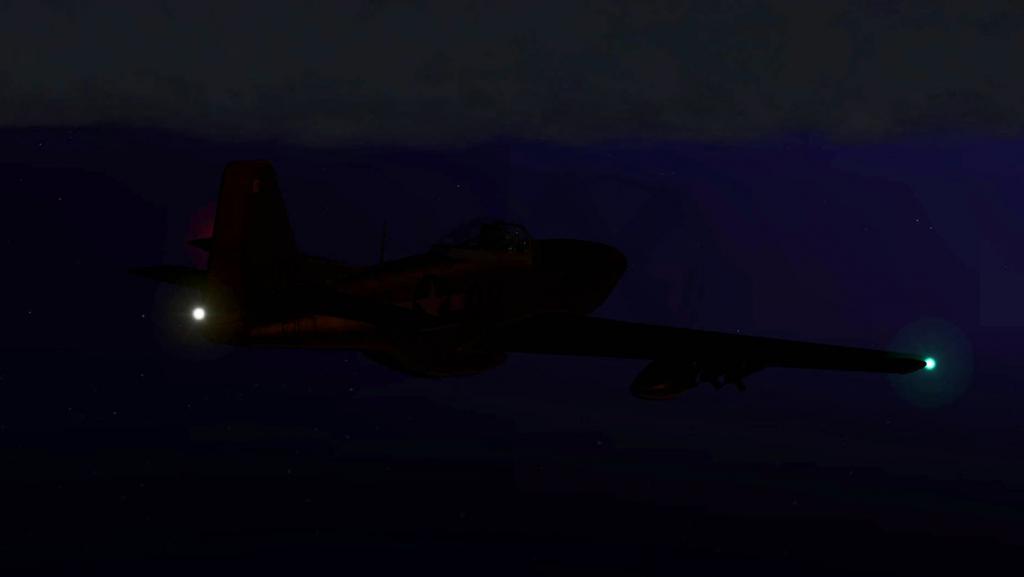
So you find the right panel lighting adjustment with both sources in action, either in a lit panel to check various items or close to darkness in attacking or for night landings. External lighting is nothing special, just navigation lights and one left undercarriage landing light. But I am not happy with the way the HDR lighting is working in X-Plane lately. It is either perfect or not. in this case the lighting can be slightly oversized or showing through the various areas like wings or the fuselage of the aircraft. Liveries There are four liveries at present with the aircraft... Steel default, Blondie, Geraldine and Big Beautiful Doll. All are exceptional high quality and well designed... but only four? I would with an aircraft of this calibre and its very varied career that it would support at least ten or more variations of operations and a few air-race liveries, so a slight disappointment there, their is however a paintkit available. 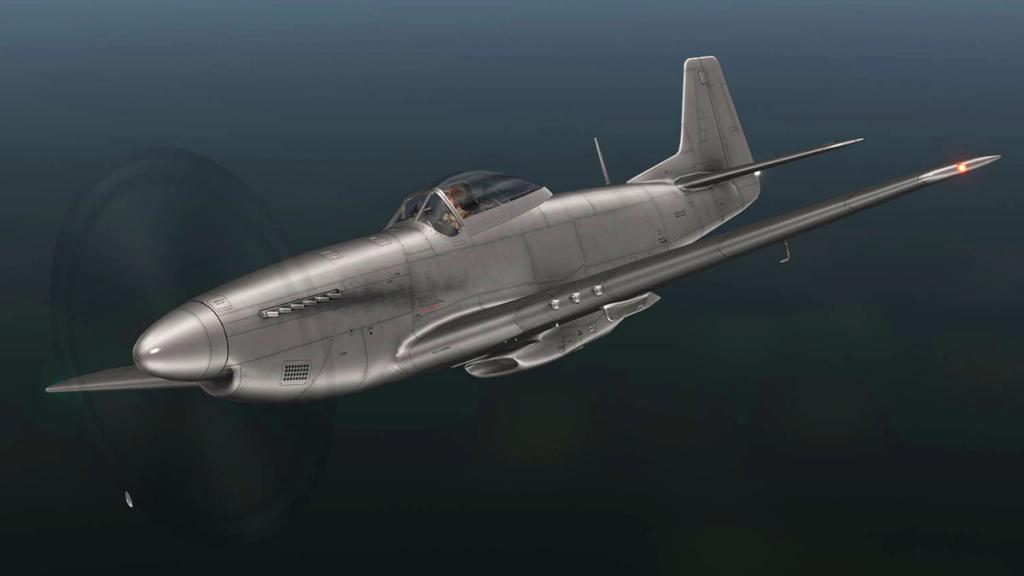
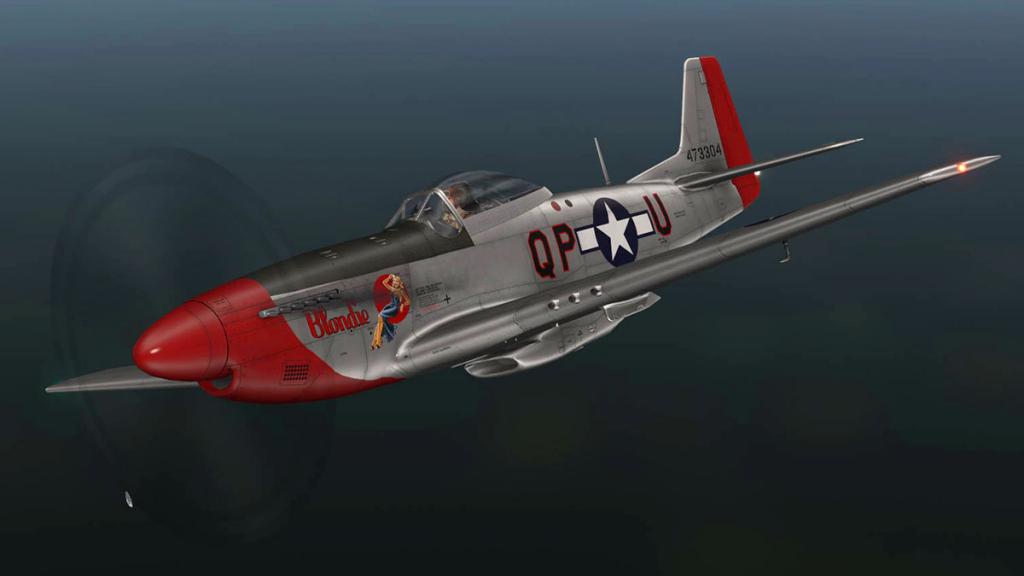
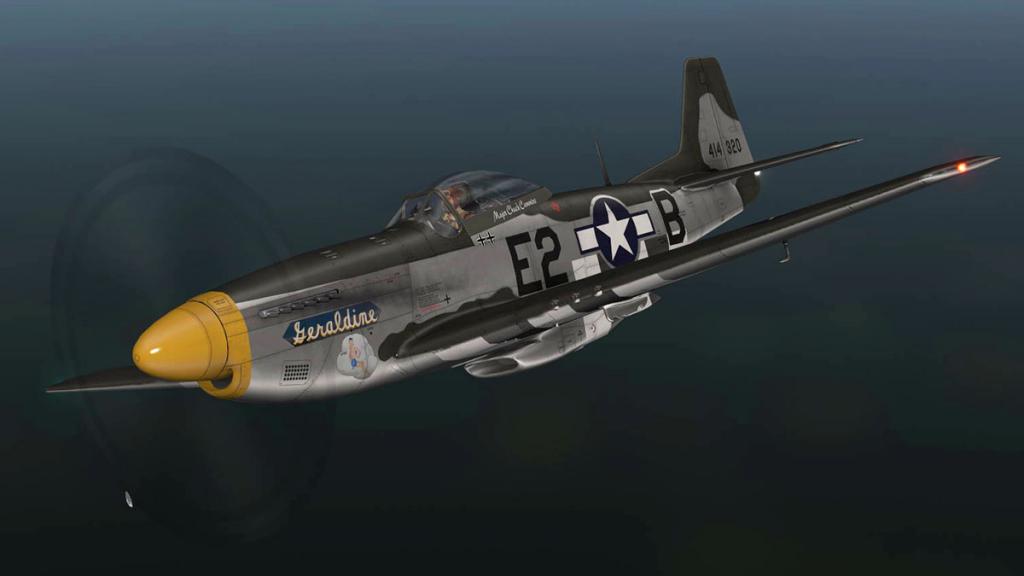
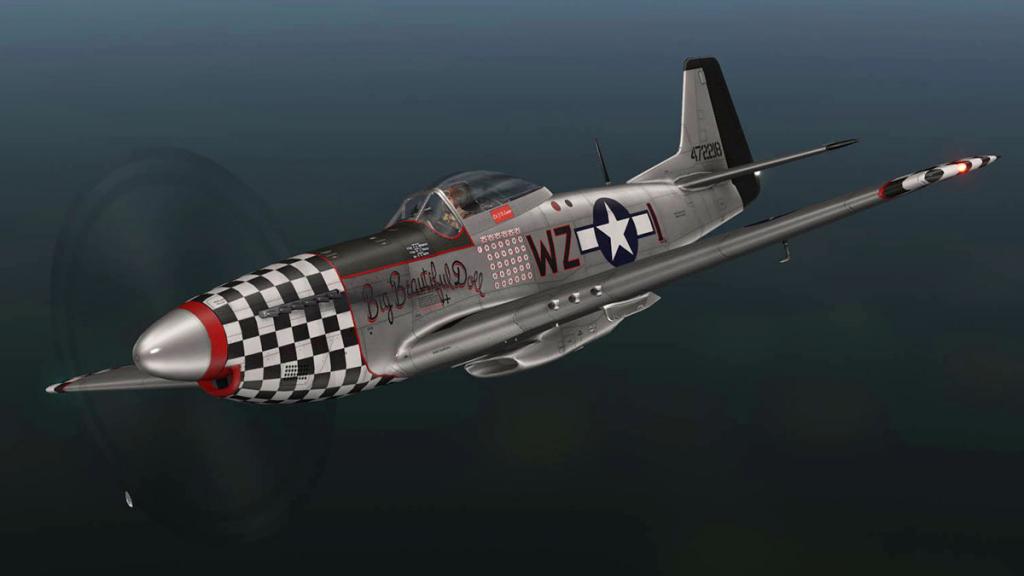
The great thing about the P-51D Mustang is how many are still flying regularly and on show throughout many airshows and displays. The Reno air-races are full of these time machines but now more restricted because of the few accidents in the last few years. Either way the P-51 Mustang is not going to be flying into the aviation sunset anytime soon. 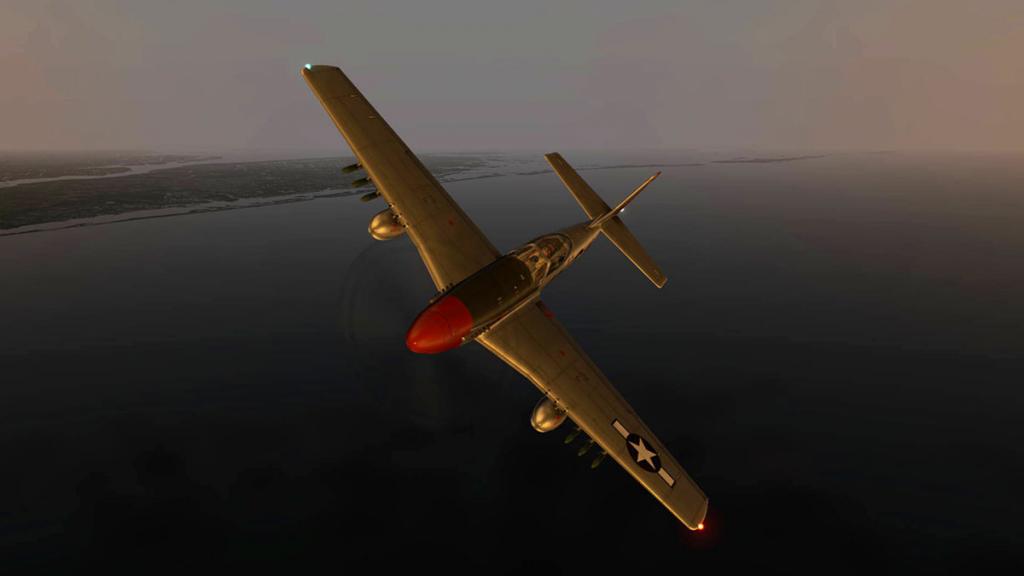
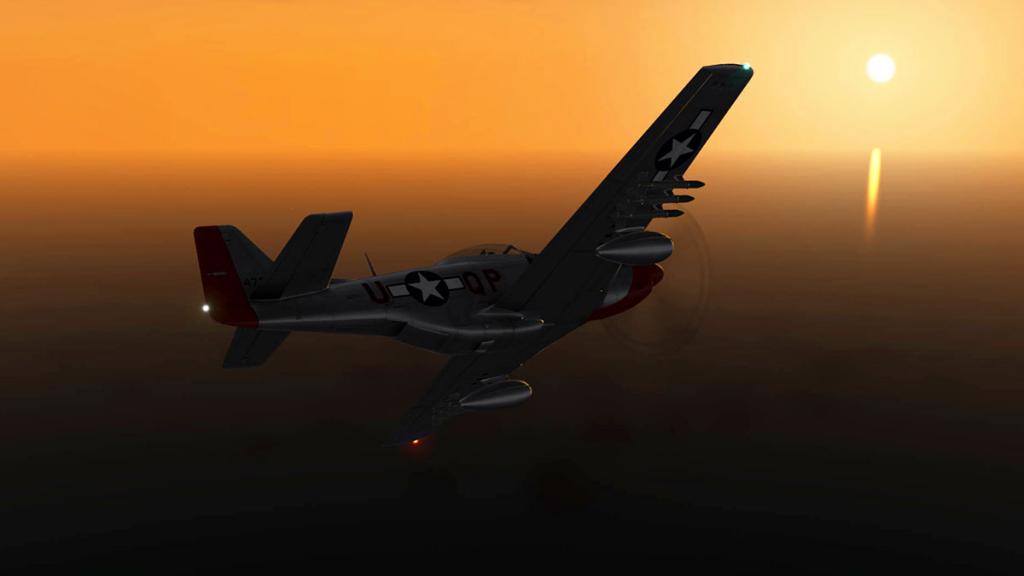
Summary Any one who has already purchased an Khamsin Studio aircraft (or scenery) will know what value and quality they usually get with their aircraft. Quality in outright 3d design and and extremely high quality textures are always a big factor, and the Mustang here certainly does not change that in this high expectation. You would also know that the aircraft are very functional but not overly covered in every switch working or moveable. That is the case here also in that all the dials do work with the aircraft's systems but a many (more few than not) of the switches are for show more than function. In this case however you do get more than what you would usually get from Khamsin Studios and so overall it is quite an expansive workable package. X-Plane has always desired a great iconic aircraft like the P-51D Mustang, the issue comes in that if the results are not worthy of the history in design and execution of the project. Thankfully in this case the developer is a well known and highly skilled designer that has done a great service to this of all American aviation icons... The result here is a fantastic Mustang for all of us to fly and value in its quality and pure breathtaking beauty. _____________________________________________________________________________________ 
The North American P-51D Mustang by Khamsin Studio is NOW available! from the X-Plane.Org Store here :
Priced at US$27.95
Requirements:Windows , MAC OS 10.7 (or higher) or Linux - 64bit Operating System required
X-Plane 10.45+ (any edition) - running in 64 bit mode
1GbVRAM Minimum -(2Gb+ Recommended)
Version 1.0 (last updated April 23rd 2016 )Features:Superb Modeling and texturing- Design by Khamsin Studio, known for its superior textures
- Accurate 3D visual model
- Normal and specular maps (for reflections)
- Ultra-High Resolution textures: 4K HD textures
- Fully detailed and animated 3D cockpit with 3D gauges
- Polygon optimized model, manipulators technology
- Night lights effects
Professionally tuned Flight ModelWith a 12-cylinder 27L engine, the P51 is a very hard aircraft to model accurately in X-Plane. This aircraft was modeled with the help of X-Aerodynamics- Flight model X-Aerodynamics (C. Garner)
- Tuned to fly and behave as close to specs as possible
- Perfect for dog fights with your friends
Dynamic Pop-up Menus- MAN - Manual
- CHK - Checklist
- COM - Communications (Radio)
- W&F - Weights and Fuel
- INF - Information
_____________________________________________________________________________________
Installation and documents:
Download for the P51D Mustang is 183.80meg and the unzipped file deposited in the "Fighters" X-Plane folder at 285.30mb.
Documentation:- North American P-51D Mustang MANUAL (more documentation is noted in the Menu onscreen manuals)
____________________________________________________________________________________Review by Stephen Dutton20th April 2016Copyright©2016: X-PlaneReviewsReview System Specifications:
Computer System: Windows - Intel Core i7 6700K CPU 4.00GHz / 64bit - 8 Gb single 1067 Mhz DDR4 2133 - GeForce GTX 980/SSE2 - Samsung Evo 512gb SSD
Software: - Windows 10 - X-Plane 10 Global ver 10.45
Addons: Saitek x52 Pro system Joystick and Throttle : Sound - Bose Soundlink Mini
Scenery or Aircraft
KLAL - Lakeland Linder Regional Airport 2.01by Drankum (X-Plane.Org) - Free (note: I have added a few extra objects for my own use to this scenery, mainly an office, truck and oil barrels, funny enough the office was in the original version of this scenery that had been removed in the 2014 update)
-
News! - Aircraft Release : TBM 850 HD Series by Alabeo
Alabeo have release very quickly another aircraft with their unique Garmin G1000 gps system. This is the TBM 850 in the HD (High-Definition) Series.
The TBM 850 (Marketing name for the Socata 700N) which has the G1000 Integrated Flight Deck and a fuel tank extension modification is a variant of the SOCATA TBM 700. The aircraft is a single-engined turboprop, six to seven-seat low-wing monoplane of mainly aluminium and steel construction, but with the tail surfaces built of Nomex honeycomb. It has a retractable tricycle landing gear and is powered by a Pratt & Whitney Canada PT6A-64 engine delivering 700 shp (522 kW). The first original prototype the TBM 700 made its maiden flight on 14 July 1988, with French certification following on 31 January 1990 and US Federal Aviation Administration (FAA) certification achieved on 28 August 1990. (wikipedia)
Special Features include:
Carenado G1000 (PFD and MFD) with GCU 475 Control Unit.
AFCS GMC 710 autopilot
Only for X-Plane 10.40 or higher.
X-Plane 64 bits required.
All-new sound architecture.
Volumetric side view prop effect.G1000 Features include:
Carenado G1000 (PFD and MFD) with GCU 475 Control Unit
Terrain Awareness map mode
Different declutter levels
Advance menus and cursor with scroll wheel, click/hold or /drag
Aux- Trip Planning Window
Checklist mode
Crisp, vector-based water data
Pop-up windows can be resized and moved around the screen
Pristine scroll wheel support
FPS-friendly terrain mapOriginal autopilot installed
HD quality textures (4096 x 4096)
422 pixels / meter textures
3D gauges
Over torque engine failure simulation
Original HQ digital stereo sounds recorded directly from the real aircraft
3D stereo effects, such as outside sounds entering open windows.
Customizable panel for controlling window transparency, instrument reflections and static elements such as wheel chocks and turbine inlet/exhaust covers.
Realistic behavior compared to the real airplane. Realistic weight and balance. Tested by real pilots.
Realistic 3D night lights effects on panel and cockpit.Included in the package
5 HD liveries.
1 HD Blank livery
Carenado G1000 PDF
TBM 850 Emergency Checklist PDF
TBM 850 Normal Procedures PDF
TBM 850 Performance Tables PDF
TBM 850 Quick Reference PDF
Recommended Settings PDFThe TBM 850 is available now from Carenado/Alabeo:
Price is US$34.95
For more information go to ALABEO : ALABEO.COM
Requirements
Windows Vista - 7 (64 bits) or MAC OS 10.8 (or higher) or Linux
X-Plane10.30 (or higher)
64 bits requiered
2.5 GHz processor - 8GB RAM - 1GB VRAM
307MB available hard disk space
For WINDOWS users: Please ensure that you have all the Microsoft Visual C++ Redistributables downloaded and installed.You have to also download and install the Carenado G1000 Database pack to use this aircraft.
Images supplied courtesy of Carenado
______________________________________________________________________
Stephen Dutton
Updated : 16th April 2016
Copyright©2016: X-PlaneReviews
-
2 hours ago, doorgunner said:
Thank You Stephen for Your really good and detailled Review!
I feel the Need of adding my personal opinion here - which is in the end nothing more or less than just that - my personal Point of view. Actually i do love small strips with lots of love for Detail. And Lufker could have gone perfect imho and was intend to reach exactly this Goal. But for me it missed it by 2 cons, which makes it less enjoyable for me personally:
1.: surrounding textures - they look Kind of washed out, even real Close to the Strip when You see them from very low altitude. That takes me out of that flying state of mind sometimes.
2.: the People - lets just call it matter of taste here - but i really do dislike These Robot-like animated persons. In my eyes they look terribly ugly! I would have preferred to see great detailed People Standing still instead of moving bots.
The Point You mentioned - about the not Terrain following runways is a con for me too.
In summary Lufker is ok instead of awesome. But it could get there. Maybe we see an update some day? Again - its just my very own opinion as a well spoiled customer and user of X-Plane 10.

Yes doorgunner your comments are perfectly valid. I can't understand why in the central area that the surrounding textures are really good but so high contrasted in the surrounding texture areas. I am in no doubt if they had been more blended in together this would have gone from good scenery to exceptional scenery. I like the people animations on larger airports but I am not so sure here.... Thanks for your comments SD
-

Aircraft Review : F/A 18-F "Rhino" Super Hornet by Colimata
The lasting mainstay today of the "Multi-role" fighter aircraft role today is the F/A 18 Hornet that is a fourth generation design that is a more versatile platform than the out and out fifth generational F-22 Raptor.
The Super Hornet is a development of the original F/A 18 aircraft 1970's design but in reality is a very different aircraft even if the two designs do look the same. The Super Hornet's unique wing and tail configuration can be traced back to an internal Northrop project P-530, that was conceived in 1965; this had started as a substantial rework of the lightweight F-5E with a larger wing, twin tail fins and a distinctive leading edge root extension (LERX). The Super Hornet carries 33% more internal fuel, increasing mission range by 41% and endurance by 50% over the "Legacy" Hornet. The F/A 18 Super Hornet was also a compromise in replacing the (limited range) Grumman F-14 Tomcat and so the aircraft had major modifications for Naval deployment included in its earliest design stages. It is known as a 4.5 generational aircraft because of its unique capabilities and first flew on 29 November 1995 and was approved in February 2000 for naval operations.
Colimata F/A 18-F
Shortly after the completion of their excellent MiG-29 Fulcrum (review) then Colimata announced that their next project was the F/A 18-F Super Hornet (Rhino) for X-Plane. The design was a major project to undertake as the aircraft is in its many disguises a very complex military machine. To translate that complexity to X-Plane would take an enormous amount of skill and talent, but if anyone can recreate a classic multi-role fighter then Colimata would be your best choice.
As with every generational fighter aircraft then they usually have very distinctive features that denotes the era and the design parameters of their roles. The F/A 18 is a textbook account of an aircraft in those roles in the late 20th century, and an iconic design this aircraft is.
This design comes to X-Plane in two versions.
There is the "Plain" or "Armed" versions or with the aircraft fully loaded or free of weaponry. In most areas here we will cover the armed version as it has the more functionality of using the weapons than the empty slots of the plain version.
There is no mistaking the outline of the F/A 18 and you can tell the difference between the original Hornet and the Super Hornet in the engine intake ramps are oval intakes were as the Super has rectangular ramps. Built around the rear located twin General Electric F414-GE-400 turbofans, the distinctive twin tails and very fine chord wings are built for several reasons in sheer supersonic speed and manoeuvrability.
This aircraft looks gorgeous and is very well developed. The "Super" Hornet F versions are all two-man and the huge canopy opens to uncover the cockpit, the E versions are all single seater aircraft.
Close aircraft detailing is good, but there is not the high 3d (lines and highlights) detailing here you expect with today's X-Plane designs, so up very close it can be a little plain in the fuselage work, but it is also very well modeled as a compensation and textures are 4K High-Definition.
The undercarriage is really well designed with great trailing linkages and wheel supports, the complex wheel fold and doors animations is excellent as well.
Flaps are two stage with leading edge spoilers, fully animated and very powerful in creating lift. The wings on the aircraft are also a big part of the airbraking system.
Select one notch of the airbrake (two available) and many of the aircraft's surfaces move to counteract the slipstream. rear rudders go outwards, rear tail-planes go down, outboard wing ailerons go up and two small airbrakes pop up over the engine intakes, and yes all these effects are impressive. So the F/A 18 is not a nervy aircraft per se, but all these large moving surfaces do require a a little thought when being used, and certainly at slow speeds as they can reduce your speed very quickly and catch you unawares and stall the aircraft if not used in their correct context.
There is a built-in tail-hook for carrier landings and you can fold the outer-wings for carrier parking, but make sure you dispose of the two outer Sidewinder missiles as they will hang in mid-air with the wings in the folded position.
Two pilots and I noticed the rear officer was animated by moving his head around. It was really all he could do as his panel was blank and non-active. Both pilots are very well done with realistic flying suits.
Most reasons to buy these sort of military aircraft are the panels and instruments. No doubt this F/A18 is very well equipped and designed, but a lot of the switchgear does not work.
Power up the aircraft and the main panel is very impressive. These machines are complex in a simplistic way, they look very complex but are also built for very quick reactions and instant information once learned and used. The main joystick is removable, as is using the ejection seat handle which is active and will take you out of the aircraft in a whish.
Left and right console panels are comprehensive in detail, but like I mentioned not many switches work.
Left console is fuel, APU, generator left, throttle lever (can be hidden) and trims. Upper left console is Landing lights, Brake Pressure, Landing gear (up/down), flaps (Up-Half-Full) and park brake.
Right side is panel lighting, generator right, power (on/off), bleed, Eject handle, tailhook deploy, wingfold and hydraulic pressure gauge.
There are four main instrument displays and one lower left smaller fuel display. Lower right are your three backup Airspeed, Altitude and Rate-of-Climb dials, with sited above a floating ball artificial horizon and radar screen.
The main central upper display is the UFCD - Up Front Control Display. This unit's display does not change stations but only in menu selections and has an input button matrix layout. The other three display screens are all interchangeable to suit your current situation, either in navigation or weapon attack modes.
The "Menu" selection button is central bottom (The central lower display "Menu" button is behind the joystick which gets in the way) and you have the surround key selections of (anti-clockwise) ADI - Altitude Direction Indicator, FUEL - Fuel Indicators, ENG - Engine Parameters, RADAR, WPN - Weapons, HSI-C - Horizontal Situation Indicator/Circle Format and FDATA - Flight Situation Data.
So it is a pretty comprehensive system and quite easy to use once you are familiar with it. Like I mentioned I set it up in two ways.
In Nav mode I have the ADI on the left and GSI-C on the right and FUEL in the lower display. Moving into attack mode I put the RADAR on the left and WPN (Weapons) set out on the right and the ADI in the lower display, and those sets of combinations give you best coverage for both situations.
_____________________________________________________________________________________
Flying The F/A18-F Super Hornet
Flaps to half, hold the brakes a little and push on the power from those two huge GE-400 turbofans and surprisingly when you do release the brakes the aircraft doesn't expectedly catapult you into space. Speed builds gradually but the push then becomes a shove and you will quickly be at 180knt at rotate speed, gear up and you climb away. Be careful at the point you clean up the flaps as the aircraft will dive through loss of lift so it is always a nice idea to put a little more power on as you do. Most will go to full throttle on the line and get those afterburners singing their tune, but that is the wrong thing to do as you are burning up a lot of precious fuel resources for a bit of an instant thrill.
If you do need to climb or gain speed quickly then use the burners which are really well created here, but again use very sparingly.
In the air you don't feel the speed, as the speed and altitude numbers on your panel move and quickly like you are in some sort of time machine, so you have to aware of not over using these resources at your disposal, because they come at a huge cost... fuel. And this thing uses fuel like a Saturn 5 first stage... it absolutely gulps it down and if you want to fly for any sort of range then you have to be very efficient in your use of the aircraft and be light on the throttle.
Flying the F/A 18-F manually is surprisingly nice, the aircraft is very light to the touch and very trimmed in flight, so only a few light adjustments are required to keep the aircraft tight and level. This make even medium flying distances not tiring or a strain on your awareness.
_____________________________________________________________________________________
UFCD - Up Front Control Display
The dominant display is the UFCD - Up Front Control Display... It is really the glareshield panel of an airliner were you set your Com 1 & 2 channels, VOR 1 & 2 frequencies, AP - Autopilot, Baro and Radar height.
The square filled box in the corner of the selection is to show which item(s) are active. The four selections are Com 1, Com 2, AP and Set.
First we will set a Com 1 Frequency, so you select COM 1 which is the upper left square.
You select with your mouse directly on to the screen, selections colour in (Green) the selected item. so you select the COM channel you want to change. Then number in the Frequency in the upper box and press ENT (Enter) to insert the freq into the selected box. To insert or make the freq active then press SET and it will change in the upper box. When done you press EXIT to go back to the main menu.
All is well and good but you will find entering the numbers (in this case the freq) a bit hit and miss until you get used to it. Input is 1st 2nd 3rd . 4th 5th 6th numbers but that decimal can be hard to set as it moves around with all the different types of inputs you can do. It certainly needs a bit of practise to get used to the entering system.
The AP - Autopilot is a handy tool for flying to and from your station and hanging around on station.
Select AP from the main menu and again the small green squares denotes which AP areas are active. To change an area and in this case your heading then you first select "Value Set Mode" and then the item you want to change.
Number in the new heading and press ENT to activate and unpress "Value Set Mode" to return to the main AP, yopu can activate or disengage any of the items in Heading, Speed or Altitude. It is a lot of palaver to just change your heading every time and the set altitude can also be a bit frustrating.
Even if you activate the altitude say 200ft in a + or - number then the aircraft will hunt the required set altitude, this means your going for a ride of minus negative pitch to a bounding upwards positive pitch that will eventually settle on the correct altitude. It takes ages to settle down, so you try to restrict the climb and fall waves with the stick and it does work... eventually. Try to get you manual altitude as close to the set altitude to restrict waves in the first place but in this very fast moving jet that is easier said than done, no matter how light you are with the stick.
The SET menu selection has two items in your BARO and Radar height settings and the final info input has the aircraft's model version noted.
_____________________________________________________________________________________
Weapons
The F/A 18-F is seriously well stocked in damaging things, either in air-to-air or air-to-ground roles you can do a lot of harm to the bad people.
Armaments include 2 x AIM-9L Sidewinders infrared guided missles, 4 x AIM-120 Advanced medium range air to air missles AMRAAM, 2 x Mk 83 free-fall bombs and a forward mounted internal 20mm M61A2 lightweight Gatling gun. There are three drop tanks for extended range.
Armament selections are dived into two groups in AA (air-to-air) or AG (air-to-ground) and you can rotate around the items on upper selection keys on the active display until you select the item you require. If you use one then the system will rotate directly to the opposite type for rapid secondary firing.
The ARM switch is to your left and there is two modes in SAFE and ARM which is shown in the centre of the display. The forward gun has the noted amount of rounds remaining and changes as you fire at the target. 30 Chaff and Flares are also available and the remaining numbers are noted. All weapons can be rearmed or cleared on the standard X-Plane/Weight & Balances & Fuel/Ordnance menu pages.
A note that the set X-Plane firing key is not as you would expect with the "Fire Guns!" setting but it is the "Fire all armed Selections" key selection to which here I set on my joystick fire button. Once the weapon of choice is selected then you can fire away with abandon, and X-Plane does the rest of the animations of smoke and rapidly disappearing deadly killer of all the bad guys very well.
The RADAR display will give you your target in green with current differences in height and speed from your own, and when targeted (locked on) the display will turn red... all you have to do then is fire the kill button. I chased the default X-Plane F4 Phantom all over the area and finally got my kill, but a few times I either ran out of fuel or just gave up the chase as it spread away from me at over 545Knts...
The F/A18 can also be used on the X-Plane Carrier "USS Nimitz".
It is a hell of a ride to thrown over the end of the carrier in the slingshot firing. Landing however is another thing altogether, it is hard. You do have the excellent HUD (Head-Up-Display) that gives you a lot of visual information and the "Line Ball" red and green arrows to help guide you into a safe landing. But the F/A18-F is quite a handful at slow speeds and very easy to stall, as those thin wings are made for speed and not slow carrier landings. So getting the hook on the deck is always a major achievement and there a few a few tips in the manual on how to fly at the impossible slow speeds required... Just make sure you have a few days available and a lot of patience to get the job done.
There is no doubt this is a nice aircraft.
I took the aircraft up in the late evening in USAAF Flight-test colours and it looked magnificent in the low light, slight disappointment though in that I noticed the internal engine fans were static?, I expected the developers expected you couldn't see them so deep inside the inlet tunnels, but you can and it shows. I don't know if the supersonic ramps work either as I never went that far, I suspect they don't.
_____________________________________________________________________________________
Performance: Maximum speed: Mach 1.8 (1,190 mph, 1,915 km/h) at 40,000 ft (12,190 m), Range: 1,275 nmi (2,346 km) clean plus two AIM-9s, Combat radius: 390 nmi (449 mi, 722 km) for interdiction mission, Ferry range: 1,800 nmi (2,070 mi, 3,330 km), Service ceiling: 50,000+ ft (15,000+ m), Rate of climb: 44,882 ft/min (228 m/s), Wing loading: 94.0 lb/ft² (459 kg/m²), Thrust/weight: 0.93, Design load factor: 7.6 g
_____________________________________________________________________________________
Lighting
Internal lighting is excellent... in the front. There is a comforting green glow that can be adjusted to your liking. You can on the main displays also adjust the contrast that turns the units white and that is very nice to the eyes. The HUD also has a lot of lighting adjustments and withstanding you can adjust the visual line thickness to your preferences, as I found that the middle setting was the best overall compromise.
External lighting is average. Lighting is not at all refined and in places glows through the aircraft's wings or fuselage or with large halos that follow the aircraft around making it look like a UFO. The ‘Slime Lights’, or formation markers are however good. Front wheel strut has a dual single taxi/landing lights built in.
Biggest visual night blank is the well lit forward cockpit and the very dark rear position, looks odd.
_____________________________________________________________________________________
Liveries
Huge selection of liveries including... USAAF Flighttest, VFA-32 Swordsmen, VFA-41 Back Aces, VFA-102 Diamondbacks, VFA-103 Jolly Rogers, VFA-147 Argonauts, VFA-213 Black Lions, Australia, Canada, Finland, Kuwait, Malaysia, Spain, Switzerland, Factory rollout and neutral
Out of the 16 liveries, two are included by default. The other ones can be downloading for free on the X-Plane.Org forum. There is a great new US Navy VFA-106 Gladiators livery designed for the Centennial of Naval Aviation available in there as well.
_____________________________________________________________________________________
Summary
Overall this is a brilliant F/A 18-F Super Hornet aircraft for X-Plane. A great aircraft with a great interface that has obviously been a lot of development to make it as authentic as possible, but there are a few nitpicks here that will hopefully be covered in an update because the basics are very, very good.
A lot of the switchgear is just for show and the developers note that as the aircraft has only a "Reasonable system depth" interface, in saying that most of what you need is in there and where it counts it is very good. Externally you would like more visual details, it is good as the textures (liveries) show and with the highlighting of aircraft features, but the paneling is a bit flat of where it should be more 3d detailed. The rear cockpit panels are also quite a dead area and it shows visually on the ground, in flight and certainly at night, ditto the non-rotating engine fans. External lighting is average.
But for flying and being used as a weapons platform the F/A 18-F is excellent, and it is a very challenging aircraft to fly in many areas, in not only in its sheer speed and ability but in using your head in using your resources in fuel and weapons to their maximum advantages.
If you like these modern multi-role fighters then you will love the F18 and it is certainly one of the really great 4th Gen warfare aircraft, I have RAAF F18's flying over my home city almost every other month or so and you can never mistake this amazing machine as it powers down our coastal areas then flicks back over the coastal ranges to return to Amberley Airbase near Brisbane. Yes they always will give you goosebumps of a thrill, but now better still you can fly this same aircraft with Colimata's excellent F/A 18-F to your hunters delight and get that kill you always wanted... in a nice way.
_____________________________________________________________________________________

The FA18-F Super Hornet by Colimata is available from the New X-Plane.Org Store here :
And is priced at only US$24.95
Requirements:WINDOWS ONLY (for now)X-Plane 10.40+ (any edition)min 1Gb VRAM Video Card (low X-Plane settings) - recommended 2Gb VRAMCurrent version: 1.01 (last updated March 23rd 2016)Features:Interactive displays with custom programmed menus and indicators:- Custom FA-18F Attitude direction indicator, Engine indicator, Horizontal situation indicator with navaid information and navaid map, Flight data indicator, Weapons indicator, Fuel indicator, RADAR.
- Custom upfront control display (below the HUD). Interactive menus for COM1, COM2,
- Autopilot, Settings, NAV1 and NAV2. Functional keyboard for value input. 12 storage slotsfor COM frequencies plus 12 storage slots for NAV frequencies.
- Simple navigation via the HSI map.
- All displays adjustable in brightness and contrast (color).
Custom gauges:- Fuel/engine information gauge with working nozzle indicators, fuel information for internal and external tanks and engine values. Animated standby instruments. Radar warning receiver.
Interactive consoles:- With a lot of functionality, many animated switches, includes working gauges. Hideable throttle and stick, working ejection handle.
Reasonable system depth:3D HUD:- Ultra realistic, projected, collimated, focused to infinity 3D Head up display.
- Projected: The HUD is only visible from realistic angles, and moves realistically with the pilots head movements.
- Focused to infinity: The symbols stay on the same focused point, even if the pilot head moves.
- Collimated: The size of the HUD stays the same relative to the pilots eye, no mater if he's near or far the HUD.
- HUD symbology partially rejectable/hideable (pitch ladder, bank scale).
- Adjustable line thickness, brightness, color. Info about gear,flaps, tailhook, ILS, AoA (plus AoA bracket) and many more directly in the HUD.
_____________________________________________________________________________________
Installation and documents:
Download for the F/A 18 Super Hornet is 398.80meg and the scenery is deposited in the "Fighters" X-Plane folder at 433.20mb.
Documentation:- Quick start manual for the cockpit (23 pages)
- Landing speeds charts
- Full manual available Here
- FA-18F support contact
- Upcoming video tutorials in word form coming will also be available on www.youtube.com/colimatavideos
____________________________________________________________________________________Review by Stephen Dutton14th April 2016Copyright©2016: X-PlaneReviewsReview System Specifications:
Computer System: Windows - Intel Core i7 6700K CPU 4.00GHz / 64bit - 8 Gb single 1067 Mhz DDR4 2133 - GeForce GTX 980/SSE2 - Samsung Evo 512gb SSD
Software: - Windows 10 - X-Plane 10 Global ver 10.45
Addons: Saitek x52 Pro system Joystick and Throttle : Sound - Bose Soundlink Mini
Scenery or Aircraft
KTCM - McChord Field - Seattle, WA - Gateway to Boeing Country by Tom Curtis (X-Plane.OrgStore) - US$29.95
-
News! - Released - Epic E1000 with Skyview by Aerobask
Aerobask has already released the excellent Epic E1000 and then just earlier this year they also released the amazing Epic Victory very light jet with the brilliantly conceived Dynon Avionics Skyview three panel display GPS system. So now from Aerobask is the best of both worlds with the Epic E1000 aircraft with the Dynon Avionics Skyview system installed.
From the outside it is basically the same E1000 aircraft of which X-PlaneReviews covered in an extensive review here: Aircraft Review - Epic E1000 by Aerobask
But inside on this new version you will find not the G1000 layout but another very different panel layout with the Dynon Avionics Skyview system.
If you want an in depth overview of the Skyview system you can check out the same layout in the Epic Victory in X-PlaneReviews coverage here: Epic Victory Light Jet by Aerobask
Skyview system features include:
- 3 EFIS Skyview Panels
-
Extensive custom logic to simulate the real Skyview
- Custom MAPs & FMS
- Flight Plans Management
- Transponder
- AutoPilot and radio
- All EFIS can be displayed in Pop-up view
All display panels do pop-out for ease of use, and the immersive functionality is excellent.
The quality attractive cabin is also still present so this aircraft is a very nice place to be for long flights.
Previous E1000 users can upgrade to the E1000 Skyview version for only US$7.00, see below for details.
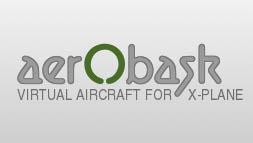
_____________________________________________________________________________________ 
Yes! the Epic E1000 with Skyview by Aerobaskis NOW available from the new X-Plane.Org Store here :
Price is US$29.95 Note to previous Epic E1000 owners: you can upgrade to this new model for only $7. Send an email to [email protected] for the upgrade code Features: Aerobask Quality 3D Model- High quality 3D model throughout
- Flight model defined according to the specifications of public data. Fun to fly.
- Ultra-High Resolution textures. 4K, Ambient Occlusion, Specular, Normal mapping and night lightning.
- Fully functional and animated Virtual 3D cockpit.
- Panoramic windshield with reflections, rain and icing effects.
- Ground Power Unit
Other Systems- EIS MVP50, 2 Garmin GNC255, 1 STEC5000 Autopilot, ADL110B weather radar, TCAS and vocal alerts.
- Can also be viewed as Pop-up windows
Dynamic Menus- Options Menu
- Fuel & weight management
- GPU
Custom 3D Sounds- Engine, gear, flaps, door, vocal alert, callout.
- Enhanced 3D sound engine using SASL functions.
Requirements: Windows, MAC or Linux - 64 bit Operating System X-Plane 10.45 or higher - 64 bit only (X-Plane 9 not supported)2GB VRAM Video Card RecommendedCurrent version: 2.03(Last updated April 19th 2016)_____________________________________________________________________________________ Stephen Dutton Updated 19th April 2016 Copyright©2016: X-Plane Reviews 
-
8 hours ago, gilcandia said:
Hi, I love this entire scenery package. I do have one issue, though (I bought the KSFO scenery on 2 April, order #324283). The bridges all show traffic on top of the water underneath the bridge. The Golden Gate shows traffic in one direction on the bridge but the traffic in the opposite direction runs on top of the water. Any idea what I am doing wrong? Thank you so much for your help and I apologize if this is not the correct way to ask for help.
First thing is that this traffic issue is not your problem or an installation issue. I notified Tom Curtis about it on release, he said he was fixing it? That update should have been done by your latest version? I'll check it out. SD
-
57 minutes ago, Guest YBBN Bound said:
It is a "HANGAR", not a "Hanger"....a hanger is one of those wire things in you cupboard to hang your clothes in. A Hangar is an aviation structure.
Spell Hangar right fifteen times and get it wrong once and it is hell to pay... fixed.
-
News! - Release Date! : x737 v5.0 by EADT
European Aircraft Developer Team (EADT) have announced the release date of their next version in v5.0 of the X-Plane x737 project. Slated for release on the 1st May 2016, the long awaited upgrade is a seriously significant one.
Externally you are very hard pressed to find any differences from your current x737 aircraft. In fact they are identical even to the point that all your already large collection of liveries will work as well.
Also your x737 will fly exactly the same as well with still a only a few minor fine refinements. All in all outwardly it is the Boeing 738 that we all know and love.
Internally though with v5.0 you would think you are now on another totally different (planet) aircraft...
Gone is the 2d centered positioned panel and in its place is now a full 3d virtual cockpit. 3d virtual cockpits are common now in X-Plane, but again this x737 3d panel will surprise you with being more than just a simple virtual space. This panel design is above any quality you may have experienced before. Fresh and different and with very clever and different manipulators this is like no panel I have used before.
All this great design work is coming to you on the 1st May 2016.... And will be totally free to download.
First notes would be that another announcement on the release of v5.0 was made before Christmas 2015 and it failed to appear, so what is different this time?
Well the aircraft is definitely in RC or Release Candidate condition which is meaning it is almost ready for the release, so there are no major issues in the fact it could be delayed again.... it will be released on the 1st May.
Detailing covers not only the excellent panel but every aspect of the cockpit, and all in very minor extensive detailing... so the v5.0 virtual cockpit is not just good it is extremely good. A note is that the current 2d panel will not be available on the v5.0 aircraft as there has been to many changes for it to be effective in this role.
There is no doubt this v5.0 release has been a very long 5 year wait and a few mild years late in coming. But when you savor this work you will undoubtably understand why and see the sheer quality of the design from the team at EADT.
v5.0 Features noted are:
- 5 years of development
- a lot of new, highly accurate systems simulation through plugin code
- full simulation of pressurization & bleed systems based on the rules of thermodynamics
- highly detailed 3D cockpit with FWD OVH, MCP,MIP, avionics pedestral and circuit breakers
- custom sounds on almost all switches and annunciators, engines and pumps
- extreme system simulation depth
- optionally split scimitar winglets per livery
- optional LED-style navigation lights and flashing beacons
- new HD liveries with split scimitar winglets and blended winglets
- highly accurate flight model
- perfect integration of x737FMC in the 3D cockpit and systems
- tested and approved by a fantastic beta test team, including several real life 737-800 pilots
- 275 liveries from all around the world
- free!
Other features noted are those very different split scimitar winglets, that can also still change to the standard blended winglet with the select livery.
The x737 will now also accept high quality HD liveries that can be redownloaded from EADT's site.
The aircraft also comes with opening lower cargo doors, with stacked baggage inside.
Although the aircraft will be free to download, there are several ways (to ease the guilt) of repaying the team for all this excellent work.
You can make a donation to EADT here : Donate for the x737 Project!
Or purchase the excellent x737 add on in Javier Cortes x737FMC which a custom fully built in FMC made for just this x737 aircraft. This plugin will be totally updated to v5.0 for this significant release.
The X-Plane.Org is a proud sponsor of this x737 project and has supported the project since its inception almost 10 years ago.
For more information go to the EADT x737 website here: x737 Project for X-PlaneOver the years this project has been the heart and soul of the X-Plane simulator, to see it still striving and creating great work shows that the original dreams and basic foundations of the founders of the heart of the simulator are still very much alive and well.
X-PlaneReviews will do a full review of the release of the x737 v5.0 including coverage of the x737FMC... so stay tuned.
Stephen Dutton
11th April 2016
Copyright©2016: X-PlaneReviews
-
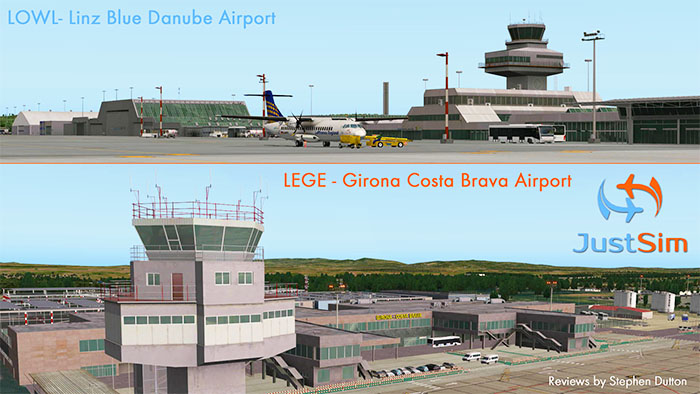
Scenery Reviews : LOWL- Linz Blue Danube & LEGE - Girona Costa Brava Airports by JustSim
There is always a welcome to any new developer to the X-Plane Simulator. That spread of talent is spread wide from someone with great skills and the "have a go" attitude to the large team based developers that are in the business of creating a professional product and building up a portfolio of work. When I first came into the X-Plane simulator the X-Plane world was ripe with pickings and you would think that the established big Flight Simulator art houses would have easily dominated X-Plane scenery with their huge product bases. But the big surprise was that in most cases their product was average to only very good and the smaller more agile art houses have given these giants not only a run for their money, but also easily outclassing them in areas that are very simply just plain obvious.
The biggest mistake is that they come into X-Plane with a very Flight Simulator point of view and expect that what works very well in the fundamentally very different style of Flight Simulator can easily work quite well in X-Plane, and with that attitude they can't be more far wrong. Another big mistake is that they are still very unwilling to use the great effects and animations that X-Plane users now require as standard in any good scenery. A few of the art houses are now catching on, but most FS crossover sceneries are still very sterile places with not much movement and with average orthophoto underlay textures.
Which brings us to the latest new crossover developer in "JustSIm" that have released their first sceneries for the X-Plane platform. The first X-Plane release was Nizhny Novgorod Airport - Strigino (UWGG) in Russia and that was followed with here LOWL- Linz Blue Danube Airport in Austria and that was very quickly then followed by the third release in LEGE - Girona Costa Brava that is situated in Northern Spain.
It was appropriate to put the two of the reviews together to compare the two later releases and how they look and feel in X-Plane and their worth in quality to the simulator, we will start by visiting the beautiful Blue Danube in Northern Austria.
LOWL- Linz Blue Danube Airport
First Impression
LOWL - Linz is just a short 30min commuter flight from LOWW (WIEN) Vienna. And you can easily set up a route, but in reality it is just as easy as just following the flowing line along the Danube River westward as both airports are situated close to the same stretch of water.
Blue Danube Airport Linz was formerly named Hörsching Airport and is a minor international airport near Linz, the third-largest city of northern central Austria.
In a flyby to go into a circuit for landing (westwards) on runway 08 the airport really blends in well into the X-Plane scenery. So well in fact does it blend in I actually selected at first the wrong airport in LOLW Wels that is only a few more nautical miles to the west. It didn't look right to my LOWL VOR (LNZ 116.60 MHz) reading and I was smart enough to trust my instruments more than my eyesight so no arrival time was lost.
Tracking RWY 08 I noted the ILS alignment was slight out to the right (now corrected) but as my speed was in the low 100knts correcting the aircraft on landing was quite easy. On sight you have the main civil commercial airport to the north (left) and to the south lies the second largest barracks of Austria as well as a military airfield named “Fliegerhorst Vogler”. The airport was also a significant Luftwaffe airbase between 1943 to 1945 with both fighter and bomber wings that were based here.
There is only one single runway in 09/27 3,000m (9,842ft) Asphalt and three spaced taxiways to the civil aprons. The main aprons are huge... massive, so there is plenty of parking space.
Linz Airport (IATA: LNZ, ICAO: LOWL)
09/27 3,000m (9,842ft) Asphalt
Elevation AMSL 977 ft / 298 mThe main runway is situated exactly east - west and from all points of view the airport is exceedingly well crafted into the X-Plane environment.
Runway surfaces and textures are extremely good and are perfectly real. Taxiway detail is first rate as well with local cone lighting and signage. Apron textures are deep and again well reproduced with excellent linage that can be a bit confusing with a first arrival as there is acres of lines and parking markers to choose from. There is no 3d grass but the grass textures are very deep with very realistic with so many different kinds of different types of variety to make it all quite real. So from a ground layout perspective JustSim's LOWL is overall excellent.
The civil area is quite large but the central single terminal with built in fire station is only a small part of the overall layout. Most areas are to the west of the terminal with a huge maintenance hangar and many smaller hangar facilities.
Then further west is the huge (for this medium sized airport) the Air Cargo Center. Which is three cargo facilities in one. The standout is the huge DB Schenker & Co Logistics complex that has been extremely well recreated.
The one thing that really impressed me about this scenery and in fact both of these JustSim sceneries is the way they have not just created the airport with the terminals and basic airport infrastructure, but also created a very complete environment around the scenery. So you have local housing, industrial, factories and all the other various items that make up a visual respective of the area and this is important if you want to give the airport a good representation. The point that if can recognise the local flavour then the complete idea and aim of the scenery is achieved.
Fliegerhorst Vogler - Military Airfield
The south boundary is filled out with the huge Fliegerhorst Vogler base.
The six huge hangars and smaller maintenance hangars dominate the base, but it is the smaller base buildings and accommodation (Flats) that is impressive for their realism in a visual factor. Only negative is the overall sterile feeling the area has, as there is no activity or any military equipment on display.
Central Terminal Area
Central Terminal with built in administration building and upper level Control Tower is impressive. Great detailing on all areas including the fine aerials on the tower for added realism and small detailing like the carpark (portabin) mobile offices and carpark filled quality vehicles.
Main Terminal detail is exquisite. Not only to the excellent glass work, but the gantry viewing platform is a place to wile away a few hours of fun.
Landside terminal arrival roof could have been easily just a basic structure. But instead it is a masterpiece of structural lattice work. Overall here around the terminal it is so excellent in every area in detailing.
Far east is the airport ramp storage and vehicles. There is a lot of nice static vehicles and equipment set out, but more on set out the ramps would have been a filler.
Moving out west from the central control tower and terminal is the Fire Station and fuel depot, both are well detailed and complete. Far along the ramp is the huge Linz airport maintenance hangar and those close smaller hangar facilities.
You have to be impressed by it all, but the real quality is in the detailed roof glasswork and this overwhelming quality detailing is throughout this scenery. Far east on the ramp is the offices for the airport cargo operators and it is very well reproduced in detail.
LOWL - Linz Lighting is again first rate.
Approach and the overall view at night is very good. Runway lighting is perfect and there is excellent variety and many different tones with all the lights. South Military area is dark at night, but the side barracks and accommodation are well done and realistic.
Ramp areas are well lit, but the lighting is very on the spot and struggles to cover the huge acreage, overall it is very good.
Tower and terminal night textures are excellent, but you do have to have them turned right up in the settings to get this sort of quality, anything set lower and they look more blurred. Personally I have not seen night textures this good since TruScenery created that excellent Tampere-Pirkkala back in 2013.
So there is this great feeling around LOWL at night.
Negatives, not much as LOWL - Linz by JustSim is pretty impressive scenery, but you have to get close in for the details. If anything it is a bit sterile on the ramps. No Tower view is slightly annoying and no vehicle animations are a surprise as the Flight Simulator version has a lot? and only one static aircraft is totally overwhelmed by the sheer size of the apron as nothing on the Military side make the area look empty... so you feel very lonely and with not much airport buzz around you while parked out there.
___________________________________________________________
LEGE - Girona Costa Brava
If you had lived through the early 70's then the words "Costa Brava" was an infamous place to have a holiday or as the US cousin's say a vacation. Deals of amazing numbers of a week at Costa Brava with full accommodation, flights and food cost only £60-£80... this was the start of the cheap package Spanish holiday. Problem was when you arrived for your exclusive "package" holiday you were greeted with not only no hotel, but just a building site and few workmen... and it all went downhill from there.
These days the "package holiday" is a very slick and profitable operation and thankfully Costa Brava has become the international resort that it sort of promised to be in the 70's. In fact the English outnumber the Spanish easily now in the area and to note that Fish and Chip shops easily outnumber the Tapas bars...
LEGE - Girona Airport Costa Brava so became the entry point for now hundreds and thousands of package holidaymakers, and the charter operators with every LCC (Low Cost Carrier) you can list also are all very well known here. Now you can join in the tourism exodus and find the Spanish sun because JustSim has released as their second scenery LEGE - Girona Costa Brava.
Girona–Costa Brava Airport (IATA: GRO, ICAO: LEGE)
02/20 874m (2,4007ft), Asphalt
Elevation AMSL 143 m / 469 ftThe airport was built in 1965,but early passenger traffic was modest until the package operators sorted out their problems. Then in the early 2000s you saw the passenger numbers grow spectacularly after Ryanair chose Girona as one of its (off beat) European hubs. In 1993, Girona Airport dealt with only 275,000 passengers; in the six years from 2002 to 2008 passenger numbers then increased by nearly ten times from just over 500,000 to more than 5.5 million. located 12.5 km (7.8 mi) southwest of the city of Girona, next to the small village of Vilobí d'Onyar, in the north-east of Catalonia, Spain. The airport is well connected to the Costa Brava and the Pyrenees resorts.
In many ways the layout of LEGE is very similar to the above LOWL without the huge cargo facilities and with no military presence.
Like LOWL you have a huge (and very empty) apron area, and again the Control Tower is central to the apron with the terminal the same just slightly again to the east. To the west there are a few minimal old hangars and a decrepit Fire Station.
Runway textures are first rate with worn cracks and in the need of a bit of attention due to age, but LCC's don't pay much in the way of landing charges do they so don't expect a new smoother surface very soon...
Taxiway surfaces are also well worn and very realistic with great texture depth. Grass is the same heavy texturing but also has nice light 3d grass.
Notable here like LOWL are the area environs. JustSim has completely covered the area and for a fair distance from the actual airport boundaries with great local surroundings that creates a great Spanish ambience.
Everything is covered here from industrial areas to houses, housing estates, townships and to the south farms.
X-Plane's traffic feature is expertly intergrated into the whole landscape create a perfect environment of the area.
Control Tower and Terminal.
The central area is dominated by the Control Tower.
This high base for the airport's operations has been faithfully reproduced. Detailing is excellent with great glass, structures and a mass of aerials on the roof. Highlight is the mesh cage stairs at the rear which is very hard to replicate realistically... all is really well done.
Tower view of both runway approaches are excellent and with the authentic aerials as part of the viewpoints for realism.
The terminal building looks quite old by today's standards, but well done and recreated here by JustSim.
Again the attention to detail is very good, but not as perfect as the terminal building in LOWL as overall it feels here it is like older designed scenery and not as sharp or as perfectly realised as in the case of the Austrian scenery.
Roof top cafes (one each end of the building) is great detail as are the lighting and telecommunication cell structures.
Noted is the excellent carparking structures that are really good and intricately done, JustSim are very good at this sort of fine detailing.
A rare strange misstep though is the roads set out behind the terminal and around the carparks are very vague? Looking more like a park oval for parking as the grass textures are far more prominent than the road textures and the faint roadway linage? It glaringly doesn't work and shows up the scenery's age?
Fuel depot and cell mast is well done at the east end of the airport.
Landside associated infrastructure and signage is excellent, but you will need your textures set to high to get the higher detail. Unlike LOWL you do get a few (three) airport vehicle animations which help (a little) in the sterile feeling of the ramps.
Lighting at LEGE - Girona
Perfect approach and taxiway lighting is very well done, and the area surrounding the airport is very atmospheric and look really great on arrival at night. Dawn and dusk arrivals or departures are simply excellent.
Central terminal areas are well done, but again the empty aprons feel big and open. But you can't doubt the quality lighting.
Night building and tower textures are very good, but the glass textures are a little soft even at full settings, but they are atmospheric in design. There are over white areas under the terminal that are either left over from the Flight Simulator version or trying to do the not needed job that the X-Plane lighting can do better. So they look here slightly out of place.
Overall the lighting is great for working the ramps at night.
Away from the central area the lighting is more sporadic but well done with some good spot work. Landside it is not as well lit as Airside, but still done well where it counts. Overall the lighting is excellent.
Scenery negatives are few, but the missing rear terminal roads look odd as just grass textures and thus then creating island buildings in a sea of textured grass. You need the power to see the texture detail, but very worth it when the dial is turned up.
As the dawn broke it was time to take another load of burnt, sunbaked, broke tourists home to Manchester UK. So the x737 was fueled up, filled up and we left Girona on time and not without the great overhead views of the LEGE scenery from the climbing aircraft.
___________________________________________________________
Summaries
Before surmising the sceneries here then first think about the prices? US$18 for LOWL - Linz and US$15.50 for LEGE - Girona. Now add in the excellent high-quality of the work on offer here and I think you are getting great bargains for the money. Even with selecting both sceneries together is cheaper than some larger sceneries on offer. So for value you are getting excellent scenery at an amazing prices.
LEGE - Girona does feel in design far older than LOWL - Linz so yes Linz is certainly the better scenery of the two on offer here. No doubt the high-quality of the work is excellent, and these are two great sceneries for your collection. You do however still feel the sterile emptiness of both of the huge ramps, as one large static and a few General Aviation aircraft does not make up for a buzzy airport, ditto the vehicle animations and as where as the FS version is full of movement then the X-Plane versions have only three animations at LEGE and a boring none at LOWL... could do better there. So if you want to bring in the tourists you are going to have to fill the ramps out more yourself.
But for sheer quality then both airports are first class and very good, a major feature is the fact so much of the immediate areas surrounding the airports have had as much attention as well with local flavour and infrastructure and that gives you a great all over feel for the areas.
First glance I thought both airports were good to just very good. But brilliant detailing and excellent close intricate work is simply overwhelmingly well done. So the value and depth of quality is when accessed in detail is certainly very evident.
So am now a big fan of JustSim's work, yes certainly it is very good and X-Plane should certainly welcome their choice to develop for the simulator with these new releases of high standard sceneries.

Yes! the both LOWL - Linz and LEGE - Girona by JustSim are NOW available from the new X-Plane.Org Store here :
LOWL- Linz Blue Danube Airport
Price is US$18.00
Requirements:
X-Plane 10+ (any edition)
Windows, Mac, Linux
600Mb HD Space Available
1Gb VRAM Video CardLEGE - Girona Costa Brava Airport
Price is US$15.50
Requirements:
X-Plane 10.40 + (any edition)
Windows, Mac, Linux
600Mb HD Space Available
1Gb VRAM Video Card Minimum. 2GB VRAM RecommendedInstallation and documents:
Download for LOWL - Linz is 343.50meg and the scenery is deposited in the "Custom Scenery" X-Plane folder at 963.90mb.
Download for LEGE - Girona is 324.40meg and the scenery is deposited in the "Custom Scenery" X-Plane folder at 743.80mb.
Both sceneries have sets of charts and ground layout charts.
Note. You have two sets of folders with LEGE with :
LEGE_JustSim_Girona_Terrain
LEGE_JustSim_Girona_Airport
You MUST put the "Terrain" folder below the "Airport" folder in your .ini X-Plane custom scenery list for the scenery to work correctly.
____________________________________________________________________________________Reviews by Stephen Dutton7th April 2016Copyright©2016: X-PlaneReviewsReview System Specifications:
Computer System: Windows - Intel Core i7 6700K CPU 4.00GHz / 64bit - 8 Gb single 1067 Mhz DDR4 2133 - GeForce GTX 980/SSE2 - Samsung Evo 512gb SSD
Software: - Windows 10 - X-Plane 10 Global ver 10.45
Addons: Saitek x52 Pro system Joystick and Throttle : Sound - Bose Soundlink Mini
Plugins: JARDesign Ground Handling Deluxe plugin - US$14.95
Scenery or Aircraft
- ATR 72-500 by Aerosoft (X-Plane.OrgStore) - US$32.05
- Boeing x737 by EADT x737 Project (X737 Project) - Free!
-
News! - Plugin Release : X-Life Traffic from JarDesign
X-Life is a new plugin from JARDesign that is to cover your immediate X-Plane environment in ATC, Ground Traffic, Air Traffic and flightplan planning.
The idea is in the areas around you as you move around from airport location to airport location in that they are filled out with animated ground traffic and airborne traffic and they with you all interact with a built in ATC system. Flightplanning is a big part of the system and that is required to be filled out before departure.
ATC control has these built in features:
Basic ATC Control:- ATIS and METAR info for Departure and Arrival airport (internet connection need)
- Delivery clearance with Departure info, Runway, SID, initial altitude, Squack
- Engine startup and pushback clearance
- Taxi clearance and taxiroute to Departure runway
- Takeoff clearance at hold short
- Initial altitude and cruise FL climbing clearance
- Reporting TOD request
- Arrival info (Runway, ILS Approach, STAR, descend FL)
- Approach clearance
- Tower control with landing clearance/ GoAround instructions
- Runway vacation request
- Taxiroute to arrival gate
Flightplans are created and activated via an excellent popout interface...
Flightplan Panel:- Enter Departure Airport, Arrival airport, Alternate airport, cruise flightlevel and CallSign
- Generate flightplan with “Generate” button
- Or Enter flightplan by hands (ICAO format)
- Import flightplan from aircraft C0Rte/FMGS (if supported, like JARDesign a320/330)
- Import flightplan from text file with ICAO-format flightplan string (may use http://rfinder.asalink.net/free/ )
- Export entered/generated/readed flightplan direct to aircraft FMGS and text file (if supported, like JARDesign a320/330)
- Sent flightplan to ATC to continue work with ATC
- If Generate function not work well for some Departure/Arrival pair, best way – to use routefinder website, prepare text file with ICAO-format flightplan string and import it with Plight Plan panel.
Most activities are noted via their various side tabs around your screen for ease of access and availability.
Acitive flightplans are both visual and vocal in operation.
In the creation of flightplans if you have a supported aircraft FMGS and the correct text file, you can then export the flightplan directly to the FMC system.
Once the flightplan is created it is filed with the ATC to proceed.
Interface
Side-menu covers all areas of operations.
You can adjust your air traffic and ground traffic density and runway operation separation.
On screen data can give you your current situation. There are algorithms of ground-routes building will avoid conflicts and based on data from apt.dat sceneries files.
A great level of detail is available to see your control tower workflow in what is current and who is going where.
An overall data operating radar screen gives you your current situation around the airport with zoom range options.
Another feature is the "Follow Me" car that is included with the plugin package and is directed by the built in ATC.
X-Life has taken more than 2,000 hours of coding by JARDesign for this project, and X-Life has been in development for more than 1.5 years and has had more than 6 months of testing.
Your first thoughts are going to be that X-Life is the same as Classic Jet Simulation's "WorldTraffic" and on the surface they do look the same. But they are fundamentally very different under the skin.
WorldTraffic is completely standalone with everything sourced from imported files and has imported fully animated aircraft. The X-Life plugin is connected to your X-Plane A.I. system and uses OpenSceneryX as its source of aircraft. So you are restricted to the 20 X-Plane A.I. aircraft allocation by Laminar Research, plus to remember the framerate hit of using these extra A.I. aircraft or having your usual X-Plane aircraft in the system and 20 A.I. aircraft is a lot of pressure on your processors. WorldTraffic is also due for a complete overhaul upgrade very soon.
The interfaces on X-Life are however very nice and Laminar Research could do with looking at them for future X-Plane interface requirements.
You can download X-Life for Free, but only for the ground and flight air traffic. If you want the full package including the ATC, Flightplanning, Radars and all the niceties then go here:
______________________________________________________________________

Yes! the X-Life by JARDesign is NOW available from the new X-Plane.Org Store here :
X-Life Traffic for X-Plane 10Price is US$19.95 Plugin Requirements are:
X-Plane 10.45+ (Any edition). Running in 64Bit modeWindows or Mac 64Bit (no Linux support at this time)Multi-core Modern CPU8 GB RAM. Video Card: 2Gb+ VRAM. Stable internet connectionOpenSceneryX library installed. . OpenSceneryX should be installed to ../X-PLANE 10/Custom Scenery/OpenSceneryX/ folder. Please not rename this folder.For ATC features, your aircraft requires a working TCAS.Images Courtesy of JARDesign
______________________________________________________________________ Stephen Dutton
5th April 2016
Copyright©2016: X-PlaneReviews
-
10 hours ago, Guest Rubicon06 said:
I have a few questions:
Can X-Plane be used with 2 or 3 Displays?
Can EICAS screens be dragged to a seperate monitor?
Do what degree are the sys (elect/hyd/fuel/etc) functional on the overhead?
Of course you can use X-Plane with multiple monitors, but you will have to have the processing power to run them as they take up a lot of processing power to cover all those pixels. Not sure about if the EICAS display can be moved over to another screen but I don't see any reason why not. All overhead systems are fully functional within reason.

-
News! - Now Available! - KDFW Dallas-Fort Worth by Tom Curtis
Tom Curtis is back! "Howdy" (aka Tom Curtis) has announced his brand new scenery in KDFW Dallas Fort-Worth "American's Territory". This is Howdy's first new big scenery for a while after a period of illness, but make no doubt this past X-Plane scenery master is back with a bang.
KDFW is a massive scenery and is highly detailed as show here in this exclusive preview. The scenery is titled as "American's Territory" as DFW is one of American Airline's major hubs and maintenance bases, so the airline totally dominates here..
Noted features I can see are... Large orthophoto ground images, ground animations including the full terminal light rail transport system. All gates are fully animated (marginal plugin), extensive static objects and aircraft.
All terminals, airport buildings and outlying service buildings have all been completely crafted to Tom Curtis's usual excellent standards.
DFW Night lighting is very good, with terminal night textures that look amazing.
Get in close or in this case expand on the (below) images to see the quality.
Yes this is another comprehensive scenery by the master of X-Plane sceneries in Mr Tom Curtis, and America's Country is now available from the X-Plane.OrgStore below.... Hi ya!
Developer Site: Scenery4xplane
______________________________________________________________________

Yes! the KDFW Dallas-Fort Worth - American's Country by Tom Curtis is NOW available from the new X-Plane.Org Store here :
Price is US$24.95 Requirements: X-Plane 10 (any edition)Windows, MAC or Linux . 32 or 64bit
8GB RAM- 1Gb VRAM Video card Minimum (2GB+ VRAM Recommended)Features: - Gates and terminals accurately modeled
- Static Aircraft at gates
- Animated Aircraft
- Photoreal Ground textures
- Custom ATC
- Realistic night lighting
- Many custom starting locations
Very large airport- 5 terminals
- 7 runways
- 165 gates
- 3 control towers
Animated Airport- Ground Traffic (plugin by Marginal)
- All gates utilize 'Autogate' by Marginal
- Real Flags plugin
______________________________________________________________________
Stephen Dutton
Updated 15th April 2016
Copyright©2016: X-PlaneReviews
-
3 hours ago, Redglyph said:
Hum, Maverick was in an F-14

Very interesting and tempting, thanks for the quick presentation!
I'm curious about how advanced the flight model might be, and whether it could be exploited in X-plane (not really at ease with fast-flying planes, unless one reduces the settings enough). Also curious about how thorough and faithful avionics systems are.
I am quite sure Maverick can fly anything
 . Not tried the aircraft to check the full flight model yet as it is Windows only, but coming soon. SD
. Not tried the aircraft to check the full flight model yet as it is Windows only, but coming soon. SD
-

Behind the Screen : March 2016 As I sailed into the beginning of March 2016 I was totally unaware that I was going into one of the most significant periods of my life in X-Plane. Change? A big change. At the other end of the (very, very long) month my world had changed beyond every aspect of the way I interacted with the simulator, it was a good change, but also one well overdue. Overall the changes around you with X-Plane happen at a small snails pace, but it is relentless in moving forward, changing and using more and more of your resources and it is bit like climate change in that suddenly you find yourself knee deep in water were as not very long ago there was plenty of the higher ground between yourself and drowning... In X-Plane terms this climate change is called... headroom. When I was a simple novice and X-Plane9® was all the rage then my humble but then powerful iMac "27" could fly with abandon, headroom was a laughable 60frames of carefree living... and then came X-Plane10®. At first X-Plane10 was a shock to the system with its gorging puffy clouds and framerate wrecking deeply layered data tiles and not to mention the high killing HDR lighting engine. But overall with a lot of fine-tuning (autogen low) and keeping the cloud count down with rarely running the HDR the iMac was in reality very quickly back into the green zone. And over the years it has performed very well at that level. But the tide was very quietly and slowly coming in on me. Not to mention the above X-Plane10 features, it was the subtle effects that hurt the most. Those data tiles went even more heavier and then to the maximum in HD (High - Definition) and finally they were extended to over double the visual distance and that was not just a lapping of the water but a small wave coming in. Then the scenery started to get serious. Addon payware scenery was once very, very light was now getting very, very heavy and complex with hundreds and thousands of objects, great textures and loads of brilliant animations. Then the third aspect of the triangle in that the aircraft went from being really cardboard thin to airline complexity and then the inclusion with small recreations of real world systems that became seriously complex and the development of complete 3D virtual cockpits that had you working just as hard as the real jockeys do in the real world (There is the two of them remember to your one here). Put the three together and that is over the last few years a big movement of change. To be fair developers have done wonders to keep their work framerate light, but complexity is still more complexity and if you want realism it has to be done and adding in more and more to the thickening mixture and yes don't forget those 4K livery textures... But it is the scenery that usually breaks the dam. Late 2014 I burnt out my 512mb graphic chip trying to grind out images of extremely heavy scenery. It was replaced and upgraded to 2gb of graphic power and a 512gb SSD drive that did wonders for my machine. I had some headroom back. But the problem was in there I still had those old 2009 i3 processors to do the grunt work, so it was like funneling the lake through a small tunnel and in time those generators are not going to spin enough to clear the overwhelming flow. First signs that they were in real trouble was when Carenado created their own data set for their G1000 gps system. It is a huge thing of data and stored in your X-Plane root folder. It worked but you could see the numbers were getting line ball. By this time most of my significant scenery packages like Aerosoft's Heathrow, New York's JFK, Dubai, Sydney and the worst in Aerosoft's EHAM Schiphol which always brought my iMac to its grinding knees anyway were mostly left unused and had been for long time. Lots of autogen and objects... in your dreams. Very quickly in early march two occasions showed that finally the game was up and I would soon be needing scuba gear to keep my head above the waterline, or below it. One was the release of Carenado's Sirrus SR22 and again it was a G1000 data glut that did it. To be fair and using very low light scenery and being mostly overwater. The iMac did do a great job in processing it and the review was not compromised, But you could note it wasn't happy with the sheer weight of the work it had to deal with. Another aspect was Richard E Nunes excellent Galeo International Airport SBGL. And for some reason my iMac just simply hated the scenery, it was a horrible torrid time to process that scenery (over two weeks?) and the worst scenery review I have done (not in content but effort), so when Richard released his latest work in Santos Dumont airport SBRJ I found myself again trouble, to be fair both sceneries are what I reviewed and SBJR airport is quite framerate light (The city buildings behind are not) but the overwhelming factor is that to continue to review these ever heavier and more complex sceneries then a line had been crossed. Almost everything else was totally scaled back to get these sceneries just to run, and the point here is it was me and my equipment that was the issue here and not the scenery (or aircraft). To be fair to the reviews and give a more accurate description of the full effects with X-Plane running at higher settings then the iMac just simply couldn't cut the mustard anymore and it was showing with the very early signs it was pushing my graphics card too hard and it could fail again. A lot of discussion and a straight point was made by a developer friend that the game was up. Apple Mac's that have been my life, income and soul for decades were off the table because of simple mathematics, they are simply too expensive at that level of performance in Australia, but the aspect of updating them is even a worse problem and you just can't fit a huge graphic engine into Jonny Ive's sleek curved masterpieces. There was also a major factor that many developers of X-Plane product who will only develop in Windows (all product should be multi-platform), so a lot of product that needs to be reviewed or mentioned can't be done on the review site, and this was one of the main reasons I had to go windows. So a crash course on the wonders of windows was required. It is far more difficult than you can imagine because of not just simply changing to a new system platform was required, because that is quite easy as most computer OS's and mostly structured the same with just different titles for different things and different inputs to get the same results, so that part is easy. The hard part is constructing a machine (dubbed early on as Frankenstein) that can do the work that needs to be processed and more importantly can have the power to survive anything that X-Plane, developers and the world of simulation can throw at it for a few years at least (headroom), but my view is that with all the huge change that simulation has gone through the last few years I think we are in a sort of slightly more level period of change and the needs of ever more huge amounts of chip processing and graphic power, but virtual reality headsets could prove me very wrong there. So it comes down to the classic Einstein equation... The maximum power you can get = The least amount of cash I can actually afford You know it will end badly, and I am also lucky as I can live on baked beans and toast for months to recover. Both came true... The biggest problem is that you just can't with X-Plane be... well compromised. You need what you need and this will mean taking a serious crash course in the thousands of different system options to get that one system that will deliver the goods at that right affordable price. You need the newest fastest chips? and an i7, the biggest most powerful graphic engine you can shove under the bonnet and an SSD drive. The SSD drive I installed last year in the iMac has made me a total convert, and I needed a 512gb minimum as my current X-Plane needs 300gb and more just to be installed so a 256gb is just too small. Like an Olympic sport once your off you are off and the race is on to get the right deal. Fully built systems on the web are very price competitive, made for gamers and are packed with power. One stop shop. But they don't actually deliver (In Australia) because you can't specify certain items or are paying for features and items you don't need, so in most cases you overbuy to get the specifications you want and are stuck with the rest, underbuy (to your cost) and you have to severely make compromise on items you do want in say the chip power (i3) or an average graphic engine. The only option is to have the machine ( Frankenstein) built up locally of the many diverse parts that your require. You can at least control the price that way, as in this case of either broke or bailiffs. In most cases you would recycle your old machine to support the purchase of the upgraded one. But I still need my iMac as it is still my preferred machine for editing and building the reviews and has a decade of applications that are just too valuable to lose. This will make the windows just a X-Plane dedicated workhorse and nothing else going in there in time to dilute the simulator application. So the huge choices start. Chips or processors was quite easy as a powerful i7 was the go until they had to be changed as we will see in a moment. The graphic card is of course the major component of running X-Plane and you have a lot of choice. All GTX 900 series cards are good, but would an early GTX-960 be already to old? GTX-970? I wanted the GTX-980 then there was the choice of the GTX-980Ti. A first quote sent my jaw to the ground and jail suddenly seemed a good option. The problem with the Ti is that it does give you a whopping 20% more power, but comes with a 40% more cost? I settled for the GTX-980, now I also wanted to over clock, and that adds the K to the GTX-980K graphic engine specs. Then the chip is required to go K as well and then your calculator burns up as with just adding in that one single letter as it sends your costs spiraling skywards. The guy at the computer stores starts shaking his head in an expensive pattern and starts rolling his eyes in an "oh dear" moment. Upping to the "K" means a far bigger chip, a more expensive GTX graphic card, a more far larger power supply to keep the monster running and then the extra component of a water cooling system to keep the machine from not blowing its innards up like a Vietnam movie and cool enough to not make your room look like a Ridley Scott set... in other words expensive. The word "dedication" comes into the story here, dedication to the review site and dedication to the X-Plane simulator. Frankenstein's final specs are: Intel Core i7 6700K CPU 4.00GHz /64bit - GeForce GTX 980/SSE2 - Samsung Evo 512gb SSD for the major components and a 700w power source and a water cooling system that could run the Queen Mary 2. Victor the computer creator looks me in the eye and says "What the hell are you going to run on this thing... It is a monster!" and it is. But for the "The maximum power you can get = The least amount of cash I can actually afford" equation it is not a bad price under the AUS$3000 mark. "dedication" that word again... So a small apology in the amount of reviews that were quite slow during March, but there was a huge amount of running around and a lot of extra fixtures to buy and more time getting the machine hooked up and running X-Plane in a basic form. It is slow work and none more so just resetting X-Plane to run on a different platform. Getting the Apple and the Windows to say hello to each other was a nightmare just in itself, it is still a face-off in the fact that one machine's firewall will not get through the other machine's firewall and so everything still at the moment has to shifted via an ExFAT drive. 1 million 600 thousand! X-Plane files had to be transferred twice on in first to the drive and then secondly into the SSD over a full day and a half, yes that is progress, but X-Plane and little X-Planes in the folders are hundreds and thousands of little small files that all takes a slow time to move. All, yes all payware and plugins aircraft had to be re-registered with keys that some serials have not been used for years or forgotten. Many still are not running. Another of the window features is the required "Microsoft C++ Redistributable 2013 64bit" for the SASL plugin, easy yes... well no. There are more than one C++ components to be installed. In fact you need the C++ 2012, C++ 2013, C++2014 and C++2015 components in there is you want to make your aircraft fly again. Finally there is the Python application and CustomSBDatarefs to be installed and finally X-Plane will work? Well no... because you can't just move your Mac X-Plane app to WIN and it will work? A trick from Ben Supnik is to create a double X-Plane root folder (name it "X-Plane 10.45 WIN") then run the latest X-Plane installer app, select the new X-Plane root folder and in the "Options" section you can change the basic X-Plane app from Mac - Windows - Linux as you require. Then you can move it over to the Windows machine and then rebuild up your X-Plane root folder with all the major working components of Global scenery, Custom scenery, Resources, Aircraft and other two thousand and more items that makes X-Plane work. And you wonder why I was sleeping and collapsed at my desk... And finally it all works and I am now flying X-Plane. No time yet to fine tune the systems or X-Plane and I will cover that and performance in this forthcoming April edition. Early signs are good. Take a look at the early release preview post of Pilot+Plus's Geneva News! - Airport Release! - LSGG Geneva from Pilot+Plus with the review windows version: Scenery Review : LSGG - Geneva Airport by Pilot+Plus And you will see the difference some powerful computer power can make, and a word to the developers in that a slow computer and low resolutions can also hide a lot of flaws, so even very small texture mistakes and not aligned objects now really stand out. The point to all this is there is a line to performance and dedication to X-Plane. You can still try and keep the flame lit and still use X-Plane9® before upgrading to X-Plane10® and I certainly understand as you can see above in getting a machine to be competitive with the simulator is very costly and most don't have these sums available or want a loan round your neck to achieve it. Most give simulation away because of the cost and I can understand the sad fact of that. No doubt Laminar Research try their best to make X-Plane as efficient as possible and in fact it is in its basic form, but it is everything else that is blowing that ever decreasing headroom into the teens of framerate stutter hell. My position is slightly different, as I review on this site and beta test aircraft and scenery. It is only fair to not only yourself and the developers to see and understand the aircraft, scenery and thousands of different aspects that go to make up the X-Plane simulator in its correct context. Sadly my beloved iMac can't do that anymore and it is only fair that I do deliver the right points and images that are required for running a review site. I don't think at any point in the past I did under-serve in a review or test the correct aspects of what was require for the correct judgement, but I am wise enough to know when the line has been passed over and was willing to change for that. These changes have to be the benefit of this review site and X-Plane as a moving forward simulator. X-Plane11® still maybe a twinkle in Laminar's eye. But it is coming and when it does then what extra power will you need to process it, my guess (and it is still a only a guess) is that 2017 will be the year. So if you are looking forward and in one of the earlier considerations of this windows computer upgrade was now would be the right time to start saving. ______________________________________________________________________ So very little actual flying got done in March and I am slightly behind with reviews, most were put on hold as they were sceneries and I thought that the benefits of waiting now to do better justice visually for the hard work that developers do was worth the wait. Long distance flying is one thing I been restricted from doing for a few years because it closes down the computer for a full day. I try to minimise that a lot by flying overnight while I am sleeping on tried and trusted routes that I know I won't get nasty scenery crashes, it is flying high mostly in the dark or over water anyway so you are not missing anything visually. Now with the windows extra machinery that can change things a little bit in that I can fly on one and edit and do the site on another computer and so I am now more productive than ever. As many of you know I follow the Formula One circus around the world with shipping the cargo (and cars) from race to race or port to port. So it was time to dust off the old B777 and put it to work. I found it earlier to be slightly old, but a current update v1.8.3 (available now from your account at the X-Plane.OrgStore) has breathed new life into the old girl. First race was in Australia, so the haul from London (Heathrow) to Melbourne via Singapore is a dozy of huge nautical numbers to cover and takes two full days (In this case nights) flying. Second lift was from Avalon (YMAV) by Melbourne to (OBBI) Bahrain was a crushing 14 hours flying time to where the race is this weekend (2-3rd April), then on to Shanghai in China in two weeks. Huge distances to cover in a short time, twice now on the iMac and next on the Windows to China will be a great comparison. One thing that really stretches X-Plane is long haul, It is good to run the simulator over long distances and you really learn on how the simulator is really performing in these runs, I will note the results next month. So March became a watershed month in change for me and this X-PlaneReviews site. The benefits of this computer upgrade when fine tuned will be to the benefit to all in the developers and you the users in that we all want the best and deliver the best in great editorial and great visual images and of course the best information on the X-Plane simulator. But March kept on delivering right to the very end and died not quietly but with a great sadness... We lost David Marshall (dkm) as one of the great contributors to our X-Plane community. It is an extremely sad loss as a friend as these sites and reviews are built on their work and their opinions and their experience that was very much always appreciated though our correspondence. Our final notes were not of aircraft or scenery but banjo's, because that was another of David's great talents and what a way of remembering him... Thanks David and god bless you. Stephen Dutton
2nd April 2016
Copyright©2016: X-PlaneReviews
-

Scenery Review : LSGG - Geneva Airport by Pilot+Plus
If there is a totally neutral city in the world then Geneva in Switzerland has to be the place. Want to sort out an armed conflict or base yourself somewhere non-political then this French-Swiss city is your place to be. Very European, very Swiss, very French. So then Geneva is a multi national home to the world. Nestled at the western end of the European Alps, the city has a glorious backdrop in which to soak up the atmosphere and now you can fly here to savior all the delights of the area with the release of Pilot+Plus's new scenery in LSGG - Geneva Airport.
First Impressions
Geneva is situated on the French-Swiss border in Western Europe. So the city is very accessible and central from all points around any of the major European, Northern Europe and Mediterranean ports. My entrance is flying Swiss FL359 which is from the UK in EGLL (Heathow) to LSGG (Geneva) and my equipment is the excellent JARDesign A320neo.
Flying distance is short at around 2.5 hours and my arrival route from the north is via the STAR DIJON. This arrival route is interesting and you have to be on your best flying abilities to execute it perfectly. This route is also a great entrance to the airport from a visual point of view.
You pick up DIJON (111.45 DJL) and you then fly directly towards Geneva Airport. First to note is your height has to be totally correct, too high and you will run out of distance for landing and tight turns, too low and... well you will crash into the ground.
With LSGG directly in front of you pass over the Haute Chaîne du Jura, and do a sharp left at waypoint SOVAD to put you into a long circuit to land on RWY23. Cloud cover meant that I could just see the airport slightly through the clouds, but then coming in under the cloud cover you see that the distance between you and the ground is not that far and the Jura ranges are just too your immediate right. So dropping height and slowing to manoeuvring speed is critical to get it right in the transition to go around this circuit correctly.
At waypoint GG512 you make a sharp 90º at below 220kts to ST PREX (113.90 SPR) VOR (7000ft) that is situated right central of Lake Geneva and then here you do a final sharp 90º directly back towards LSGG. Your work load is high but the route is very spectacular (if you get the chance to look outside at the view).
You then ride right down the centre of Lake Geneva and directly into RWY23.
Geneva Airport is situated on the border of France (north) and Switzerland (south), and so on arrival you can see both countries if you look left or right and the dividing line is right down your flightpath in.
Pilot+Plus really likes his trees, and it is no exception here. With the X-Plane default trees settings set high it gives you a great coverage and excellent balance between the two elements of custom and default trees and the airport sits snugly with perfect boundaries within your X-Plane landscape. A small note on the trees is that they textures thrash a bit which is a little distracting.
Underlying ground textures are very good, but are bit fuzzy close up even at high settings and are just over the line as passable.
LSGG is circuited well with traffic, and the approach is excellent with (Motorway E62) heavy loaded with high set traffic and their movements around your approach viewpoints.
Landing from the east puts all the main airport and aprons to your left (south) and just the small GA and private jet area called "North Apron" to your right. LGSS has one major runway in 05/23 (3,900m - 12,795ft) and a smaller grass runway in 05L/23R (823m - 2700ft). Another duplicate major runway is planned but on hold.
Runway textures are excellent and well worn, directional signage is also first rate, but no grass features.
Main south apron is long and only one taxiway lane for arrivals and departures. East hangars and ramps are called "Compass Base", Airpark and Grand Hangar and further along in the main terminal area there are two terminals in first the older T2 and then the main central T1 "M" terminal and the three central ramp circular remote (satellite?) terminals (unusual).
Satellite terminals are noted via their gate numbers (20 - 30 - 40) and I was assigned Gate 42 on the far eastern circular terminal. Turning around in between the remote terminals is quite tight (certainly in a A330 or larger) so you have to follow the internal lines quite perfectly.
The scenery comes with the excellent (Marginal) animated Jetways and they are really good and well created here. Only small issue is that with the circular nature of these satellite terminals there is no marshall or gateway guidance? (Gateway guidance is available on all other terminal gates). So it is a bit hit and miss to line up the aircraft doors to the boarding arms on the satellite terminal ramps? Pilot+Plus has noted they are going to mark the ramps in an update with aircraft parking markers to help in with the alignment.
Parked at Gate 42 (numbered actually 41?) you can unleash the excellent addon JARDesign Ground Handling Deluxe plugin and a Swissport livery makes your arrival very authentic...
One small note here is all the static aircraft have been created by Pilot+Plus themselves. This is because of the lack of static aircraft available to developers, OpenSceneryX is the usual provider, but lately their aircraft modeling are starting to look very old and outdated. No problems for freeware, but developers are in a bind with payware aircraft. I have promoted a library just for scenery developers to pay a fee and get access to high quality static objects (Aircraft) and don't cross the copyright boundaries. So developers have to currently get around this by creating their own static aircraft, and I don't think it has been very successful here, they look great at a distance but are quite average close up.
Overall my Geneva Airport arrival experience was excellent, very realistic and very Swiss. The Alpine backdrop and the challenging arrival route gives you a thoroughly authentic feel to the scenery.
Geneva Airport (Cointrin)
Geneva Airport
IATA: GVA – ICAO: LSGG
05/23 3,900m (12,795ft) Concrete
05L/23R 823m (2,700ft) Grass/Earth
Elevation AMSL 430 m/1,411 ftGeneva airport was created in 1919 as a simple field in Cointrin, near the city of Geneva. From 1926 to 1931, the wooden sheds were replaced by three concrete ones. At the time, there was a small amount of air traffic, with Lufthansa flying from Berlin to Barcelona via Halle, Leipzig, Geneva and Marseille. Swissair also flew the Geneva-Lyon-Paris route in a codeshare with Air Union.
In 1930 there were six airlines that flew to Geneva Airport, flying seven different routes. In 1937 the first concrete runway was built; it measured 405 by 21 m (1,329 by 69 ft). In 1938 eight airlines were flying to Geneva: Swissair, KLM, Lufthansa, Air France, Malert (Hungary), AB Aerotransport (Sweden), Alpar (Switzerland) and Imperial Airways (UK).
During World War 2 the Swiss authorities forbade all flights from Switzerland. In 1945, the runway was enlarged to 1,200 m (3,900 ft), and the authorities agreed to a 2.3M project to build a first terminal in Geneva. In 1946 the new terminal - which is today used as Terminal 2 - was ready for use, and the runway was enlarged once more to 2000 m. In 1947 the first service to New York started with a Swissair Douglas DC-4. On July 17, 1959, the first jet aircraft landed in Geneva, an SAS Caravelle, and it was followed, 11 years later, by a TWA Boeing 747which landed in 1970.
In 1960 the runway was extended to its current length of 3,900 m (12,800 ft). This is unusually long for an airport of this size, and could only be built after some territory was exchanged between France and Switzerland. In 1968 the construction of a second runway and a mid-field round terminal were proposed, but ultimately the concept was never realised. On May 7, 1968, Geneva Main Terminal was inaugurated, which was planned to accommodate 7 million passengers a year. This number was reached in 1985.
Since then, a number of changes to the airport have been made. Two of the three in-field terminals have been upgraded with jet bridges, and a new terminal has been built in front of the main terminal with 12 jet bridges, plus two ground floor gates. (wikipiedia)
Overview
Scenery looks very good visually, well set out in the X-Plane environment. Default autogen fits in perfectly with the modeled buildings. There is some nice Geneva additions with marina and sailboats and the iconic water fountain.
Terminals
There are two terminals at Geneva Airport. Confusingly T2 (Terminal 2) was the old original T1 Cointrin terminal which was built in 1946 and that has since been virtually abandoned and only budget carriers (Easyjet) and seasonal airlines use it and even they turn their noses up at it. Passengers are only checked-in at this terminal, and then sent to the main terminal by a low floor bus (Neoplan). It is part of the airport's catering (rear) buildings as well.
There are six hard stands in front and four remote stands.
T1: Terminal 1 is even more confusing, as besides the standard Swiss gates there are French gates, but the French access gates were converted to Schengen Areas (free pass borders) in 2008.
The central terminal (known as (M) for "Main") has two long piers more recently built on to its east and west sides (more north-east and south-west)
There is some really fine work in this scenery but this top section of the terminal is not one of them. It looks old, with no definition or quality depth and the textures and glass reflections are bland and unfortunately it is bang square in the middle of the airport. More weird is the lower parts of the terminal on the landside arrivals point of view are very good with excellent textures? So it does not balance and it just does not look right.
As noted the landside of T1 is very good, very well modeled with great airport signage. Throughout the airport Pilot+Plus has well stocked the areas with vehicle and ramp objects, P+P are well noted for this (EGGD Bristol was excellent) and they don't disappoint here. But no airport vehicle animations which is surprising as again Bristol was very good there. Underlay images are also a bit stretched and not as sharp as they could be, very Aerosoft scenery in design in this aspect.
Gates 1 - 12 are catered for by the south-west pier and the central "M" terminal. All gates and fully animated jetways are well done, well modeled with good window textures. All gates have excellent ramp objects and equipment.
North-east pier C has three gates with jetways and ten remote hard stands. Notable these gates are for widebody aircraft, and future changes will add more gates here with a single A380 category F assigned gate.
The biggest feature in choice of gate parking has to be the three remote satellite terminals. A and B are noted but they are mostly referred to by their gate numbers in 20 - 30 - 40. Satellite terminal 20 has no boarding jetways and is a ramp walk on/walk off facility, and so great for regional services (Dash Q400-CRJ-200...) there are 8 stands.
Satellite terminals 30 and 40 have four jetways each, and are the pick of choice for arrival.
All three remote terminals are well reproduced, very detailed and very authentic when used.
Cargo
Geneva Airport is in a big strategic position for cargo. Not only for the Swiss territories but also the close by French areas as well, and so it has a significant cargo hub based here.
The three parking points in front of the main cargo warehouse is actually restricted to smaller aircraft (or one very large one). The best area to park up a widebody cargo aircraft is in front (three large and one small) stands of the airport's services facilities area.
The airport's main multi-use maintenance area is to far right south-west with the noted "Airpark" and "Grand Hangar".
Central adjacent to the original T1 Cointrin terminal is the iconic Geneva control tower.
Very well recreated, it is certainly a notable presence on the ramps. Textures are slightly dull and he windows have little life, but overall it is very good. Tower view is excellent (below) with unrestricted views over both approach paths and ramp areas.
North Apron
There is significant private jet and general aviation parking on the "North Apron". Situated over the other side of the airport's commercial area as you don't have mix in with the heavy traffic to get in and out of LSGG. Plenty of space for parking and a great reception building and hangars.
Palexpo and Geneva Arena
The Geneva airport is unusual in that a significant proportion of the north-eastern side is allocated to not aircraft and airline related infrastructure, but also exhibition and convention space in the Palexpo and Geneva Arena complexes. These huge spaces host car shows, rock concerts and huge conventions throughout the year.
All of these huge halls have been faithfully reproduced, and great design work on the facades of the Geneva Arena. The end of the Palexpo building has a small texture thrash but otherwise it is a very good design of a significant aspect of the airport. The old Swissair administration building is also well reproduced as is the underground SBB/CFF rail station building.
The two large "World Trade" buildings are also well represented as is all the smaller airport infrastructure from administration buildings, car rentals, large carparks and fuel depot.
The aspects of the E62 Motorway that passes through a section of the Palexpo exhibition centre and runs directly along the boundary of the airport is also very well conceived. This is a very important fixture of the airport's visual environment with those significant huge electricity pylons dominating the landscape and the view.
Airport and surrounding areas nightlighting
There is a fair amount of autogen around Geneva Airport. The good is that it looks brilliant at night on approach, the bad is that it can give you a big frame rate hit on slower computers.
But overall the visual views in landing and the airport approach lighting is excellent as is the runway directional signage.
Overall airport lighting is excellent as per Pilot+Plus. However a few textures come across as early Flight Sim, bland and one colour. Where it is good though it is very good like around the landside Terminal 1 entrances, landside signage is excellent.
Ramp lighting is perfect, well spaced and very usable on the ground, any aircraft looks great under the lights.
Services
Geneva is pretty well central to anywhere as major European, Northern Europe and Mediterranean ports are within easy reach. US, Russia, Middle East (including Dubai/Doha) and major seasonal traffic are also heavy traffic areas. Most European airlines are operators to LSGG.
Top routes:
1 London - (Heathrow, Gatwick, Luton, City Airport, Stansted, Southend) - 1,197,674
2 Paris - (Orly, Charles de Gaulle) - 488,496
3 Amsterdam - 320,538
4 Brussels - 280,609
5 Lisbon - 253,841
6 Madrid - 252,852
7 Porto - 244,913
8 Zurich - 239,363
9 Barcelona - 236,844
10 Nice - 205,918
11 Frankfurt - 189,053
12 Rome - 175,373
13 Edinburgh - 153,766
14 Moscow (Sheremetyevo, Domodedovo) - 150,835
15 Copenhagen - 138,291Cargo
DHL - AviationBrussels, Leipzig/Halle
TNT - AirwaysBasel/Mulhouse, Liège
UPS - Airlines operated by ASL Airlines SwitzerlandBasel/Mulhouse, Cologne/BonnSummary
LSGG - Geneva Airport was a big ambitious project and a major step up for Pilot+Plus from their more regional airports in EGHI - Southampton and EGGD - Bristol... both excellent sceneries.
It is a complicated scenery as well. Because it is not just an airport environment here but the scenery also has significant exhibition and convention space attached as well with the added interweaving complex traffic and roadways that circle the airport and they also come well within its boundaries. Get it all to work as it does here and you have a really great scenery.
Negatives are few, but some building textures are not as deep or as a good quality as the rest, so there is a mixture of texture quality. The actual amount is small, but are in unfortunately highly visible areas that distract your viewpoint (upper T1, control tower and the Trade Centre at night are standouts). The underlaying ground textures are also of average (stretched) quality. The static aircraft are not up to the quality of the overall scenery either (close up) and as I noted it was a problem to be bravely tried and tested, but they are just not up to a quality standard.
All building and modeling is very well done as is the usual high quality lighting and important airport runway, taxiway and signage layouts.
Overall Pilot+Plus's Geneva Airport is an excellent well created and executed quality scenery and a great destination. Amazing arrival routes and this airport is certainly placed centrally into one of the very great atmospheric and visual vistas in the world.
What more do you want in a central European hub...
_____________________________________________

Yes! the LSGG - Geneva Airport from Pilot+Plus is NOW available from the new X-Plane.Org Store here :
LSGG - Geneva Airport
Price is US$24.95
Requirements:
X-Plane 10 (any edition)
Windows, Mac or Linux.
Multi-core processor @ 2.6 Ghz or faster, 4GB Ram.
3D video card with at least 1GB VRAM - 2Gb VRAM recommendedDeveloper Site: Pilot+Plus
It is a big scenery and situated in a lot of adjoining autogen, so the above specifications are the minimum required. You can run this scenery on less but you will have to compromise on a lot of your render settings and special effects.
_____________________________________________________________________________________
Features:- Faithful replica with HD Buildings
- High Resolution ground imagery covering a very large area
- Custom Night lighting
- Animations & Local POI's
- Custom Made Static Aircraft, Bundled Pack
- Animated Jetway's & Guidance Docking System
- Very detailed 3D Models covering the whole airport
- Ambient Occlusion
- Custom Runways, Aprons & Taxiways
- Navigational Charts, downloadable
_____________________________________________________________________________________
Installation and documents: Download is 333.30meg and the scenery is deposited in the "Custom Scenery" X-Plane folder at 1.21gb.
Manual is supplied and LSGG charts can be downloaded here: http://www.ivao.ch/documentation/category/10-geneva-fir
____________________________________________________________________________________Review by Stephen Dutton1st April 2016Copyright©2016: X-PlaneReviewsReview System Specifications:
Computer System: Windows - Intel Core i7 6700K CPU 4.00GHz / 64bit - 8 Gb single 1067 Mhz DDR4 2133 - GeForce GTX 980/SSE2 - Samsung Evo 512gb SSD
Software: - Windows 10 - X-Plane 10 Global ver 10.45
Addons: Saitek x52 Pro system Joystick and Throttle : Sound - Bose Soundlink Mini
Plugins: JARDesign Ground Handling Deluxe plugin - US$14.95
Scenery or Aircraft
- Airbus A320neo by JARDesign (X-Plane.OrgStore) - US$59.95

-
News! - Released - LEGE - Girona Costa Brava Airport by Justsim
Justsim have released their second airport scenery after LOWL - Linz in LEGE - Girona Costa Brava Airport.
Features:- Shading and occlusion (texture baking) effects on terminals and other airport buildings
- High-resolution photo scenery around the airport.
- All autogen objects are manually placed.
- High resolution ground textures / Custom runway textures
- High resolution building textures.
- Optimized for excellent performance.
- PDF Charts
- Animated custom ground vehicles.
Girona-Costa Brava (IATA: GRO, ICAO: LEGE) is an international airport in the north-east of Catalonia (Spain), 12 km from the Girona city. It`s a hub between Barcelona, the Costa Brava and the Pyrenees.The airport was built in 1965. In the early 2000s passenger traffic has increased dramatically when the low-cost airline Ryanair decided to make Girona airport as one of its hubs. Over the past six years the number of passengers has increased by more than 10-fold - from 557,000 in 2002 to 5,510,970 in 2008.Girona Airport is often used as an alternative to the airport of Barcelona, because it is located 92 km north of Barcelona. Barcelona can be reached directly by bus or taxi or train from the train station of Girona. (wikipedia).______________________________________________________________________

Yes! the LEGE - Girona Costa Brava Airport by Justsim is NOW available from the new X-Plane.Org Store here :
LEGE - Girona Costa Brava Airport
Price is US$15.50
Scenery Requirements are:
X-Plane 10.40 + (any edition)
Windows, Mac, Linux
600Mb HD Space Available
1Gb VRAM Video Card Minimum. 2GB VRAM RecommendedImages Courtesy of Nicolas Taureau
______________________________________________________________________
Stephen Dutton
31st March 2016
Copyright©2016: X-PlaneReviews
-
I don't think that is allowed? You will be breaking the copyright of the work? no matter what you want to use it for.
-
News! - Released - FA18-F Super Hornet by Colimata
After their excellent Mig-29 Fulcrum now Colimata follows up that great aircraft with another iconic fighter in the FA18-F Super Hornet. This aircraft has been the mainstay of both the American Naval and Airforce military attack and defensive forces for the last three and a half decades, and is also serving the national forces of Australia, Canada, Finland, Kuwait, Spain and Switzerland.
Important Note: At the time of release the FA18-F Hornet is available for "Windows" only, Mac to follow!
Highly detailed this aircraft is a must for any fighter lover (or Maverick)
- Beautiful exterior model
- Tons of animations and detailed mechanics - Control surfaces, flaps, slats, air brake
- Complex landing gear with doors
- Correct canopy animation with three positions
- Engine fans, nozzles
- Intake protection doors, secondary air intakes
Aircraft comes with a fully 3D Virtual cockpit, authentically modeled on the real F18 systems.
Interactive displays with custom programmed menus and indicators:- Custom FA-18F Attitude direction indicator, Engine indicator, Horizontal situation indicator with navaid information and navaid map, Flight data indicator, Weapons indicator, Fuel indicator, RADAR.
- Custom upfront control display (below the HUD). Interactive menus for COM1, COM2,
- Autopilot, Settings, NAV1 and NAV2. Functional keyboard for value input. 12 storage slotsfor COM frequencies plus 12 storage slots for NAV frequencies.
- Simple navigation via the HSI map.
- All displays adjustable in brightness and contrast (color).
The HUD (Head Up Display) is totally detailed and animated.
- Ultra realistic, projected, collimated, focused to infinity 3D Head up display.
- Projected: The HUD is only visible from realistic angles, and moves realistically with the pilots head movements.
- Focused to infinity: The symbols stay on the same focused point, even if the pilot head moves.
- Collimated: The size of the HUD stays the same relative to the pilots eye, no mater if he's near or far the HUD.
- HUD symbology partially rejectable/hideable (pitch ladder, bank scale).
- Adjustable line thickness, brightness, color. Info about gear,flaps, tailhook, ILS, AoA (plus AoA bracket) and many more directly in the HUD.
Aircraft comes in both "Standard" and "Armed" versions.
Gear is highly detailed and fully animated (Retraction and Extraction), Naval cable hook also animated.
External aircraft:- 4k textures: High quality textures in 4k (see screenshots). Including normal maps. 2k version available to save video RAM.
- Animations: Tons of animations. Control surfaces and their combined actions. Two stage
- airbrakes. First control surfaces alone, second adds brake doors. Animated Canopy, nozzles, wingfold, etc.
Refined flight model:- correct landing speeds and AoA, max. turn rate, top speed, fuselage/wing root extensions lift simulation, etc.
- Landing gear: Carefully animated, complex landing gear. Including plugin driven strut stiffness for carrier landings, normal landings and taxiing.
16 high quality 4k liveries (optional 2k): USA Flighttest, VFA-32 Swordsmen, VFA-41 Back Aces, VFA-102 Diamondbacks, VFA-103 Jolly Rogers, VFA-147 Argonauts, VFA-213 Black Lions, Australia, Canada, Finland, Kuwait, Malaysia, Spain, Switzerland, Factory rollout, neutral
Two liveries are provided with the aircraft and the rest can be downloaded for free on the forum.
Familiar (to me!) Australian Airforce RAAF is authentic and here is a small selection of the other liveries.
_____________________________________________________________________________________

The FA18-F Super Hornet by Colimata is available from the New X-Plane.Org Store here :
And is priced at only US$24.95
Requirements:WINDOWS ONLY (for now)X-Plane 10.40+ (any edition)min 1Gb VRAM Video Card (low X-Plane settings) - recommended 2Gb VRAMCurrent version: 1.01 (last updated March 23rd 2016)
Cockpit images Courtesy of Nicolas Taureau
_____________________________________________________________________________________
Stephen Dutton
Updated : 29th March 2016
Copyright©2016: X-PlaneReviews
-
7 hours ago, Guest said:
greetings if anyone purchased with a credit card or pay pal....contact them and ask for a refund....I just did and a refund was issued. There is a problem with WARNING of overspeed and no screen display of the FMC nor the NAV........there are no known fix''s and until then stay clear..".keep your head to the sky"...
I don't think there is a "Overspeed" warning issue? I have flown the B777 a lot over the last few weeks and yes I get the alert if I go into the red band speed territory (flaps down), but that is normal... otherwise it flies as it should. SD
-
11 hours ago, IamNabil said:
I've always thought the sounds were a bit bland in an otherwise excellent airliner. I'll have to pick this up!
I thought the original sounds were average, but this sound package is totally overwhelming and well worth the extra purchase if you like the aircraft. SD



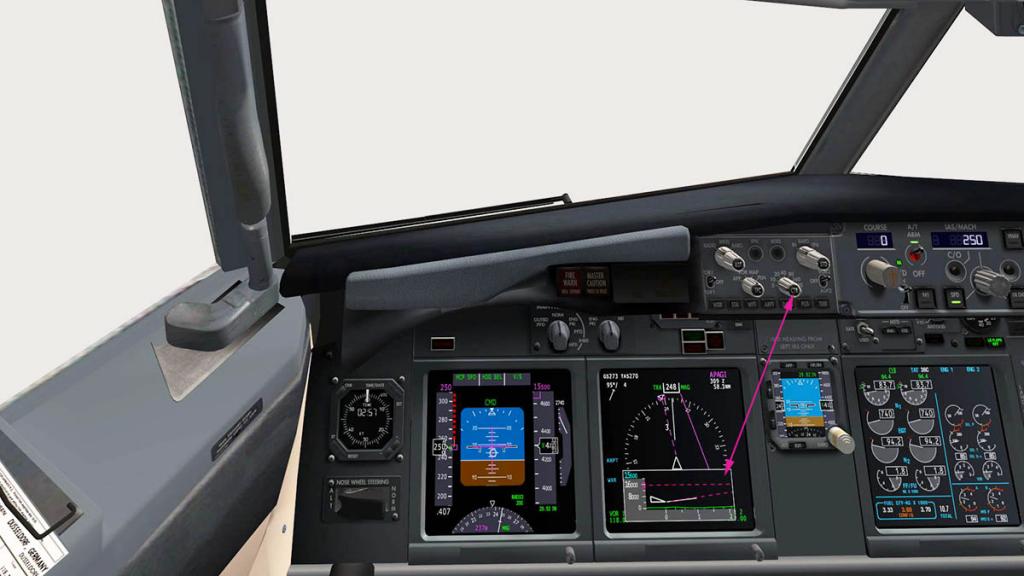
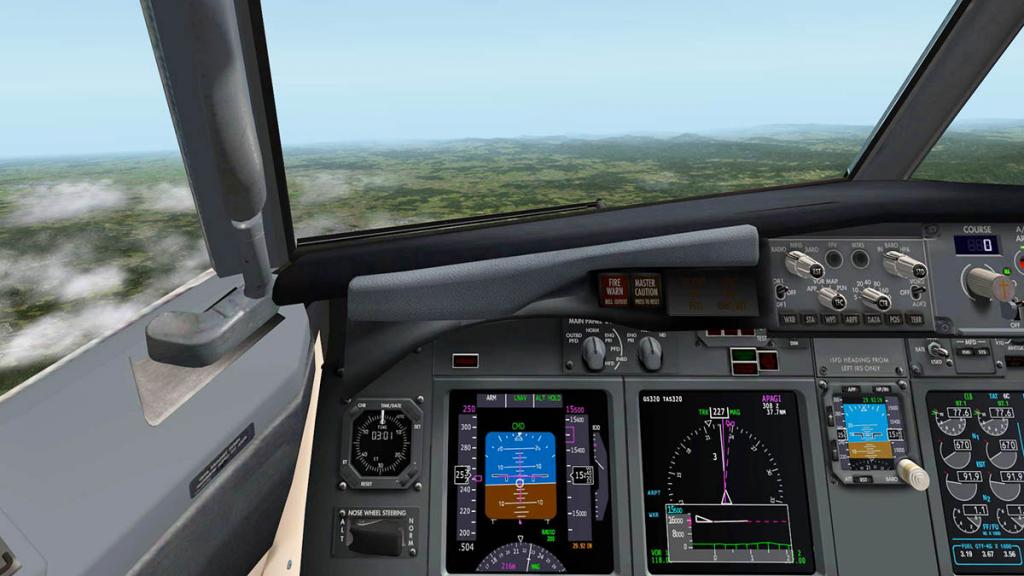
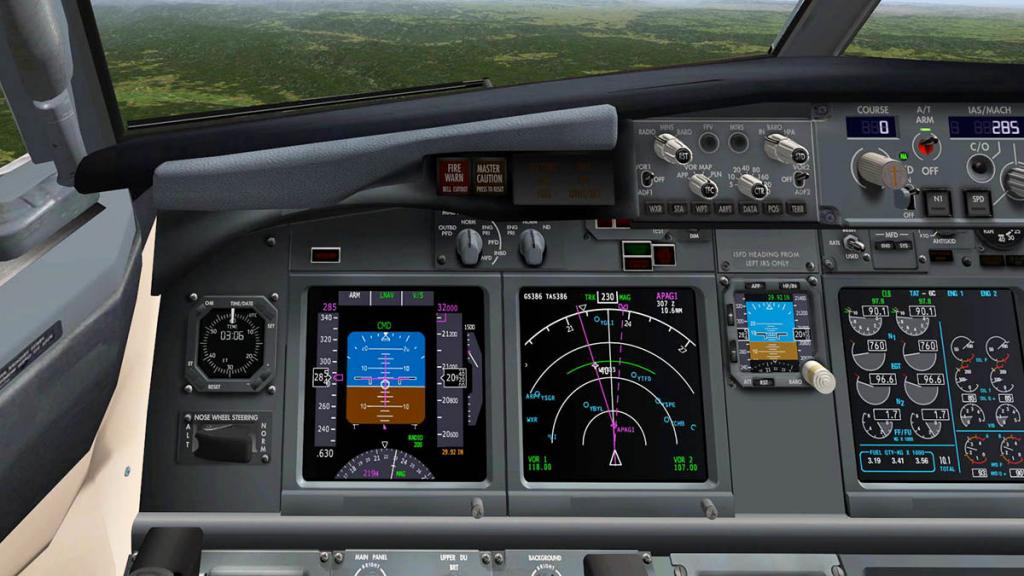
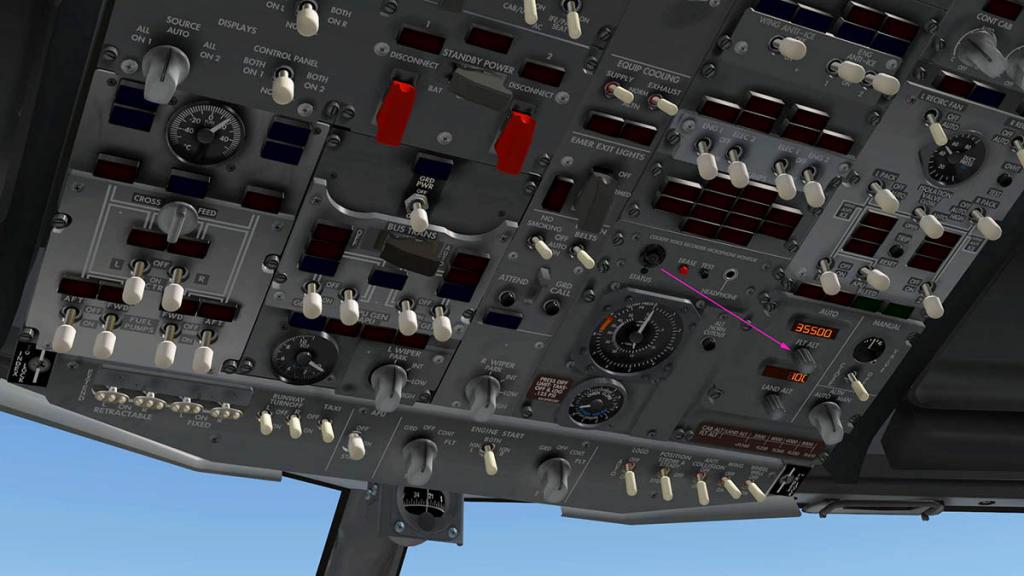
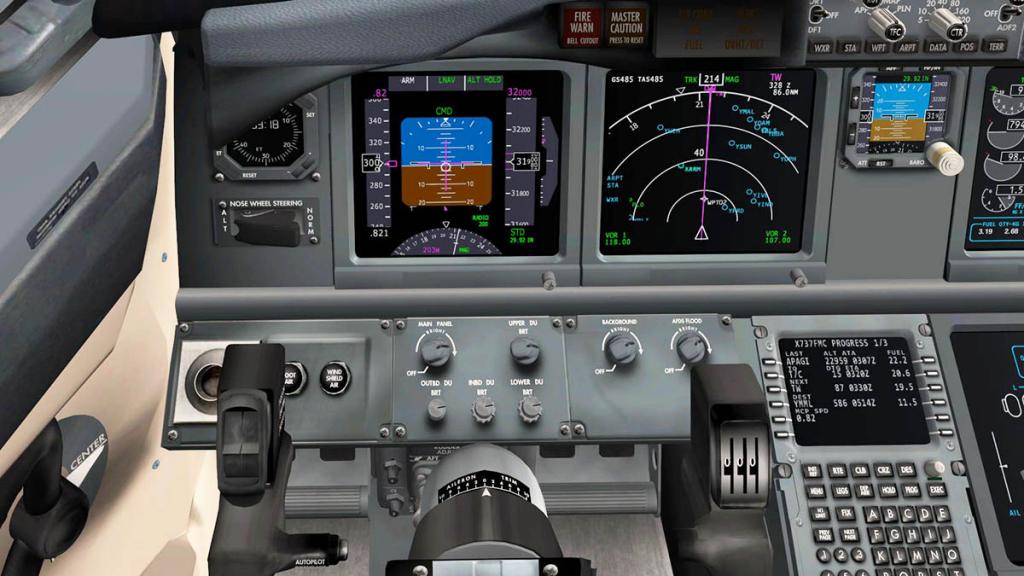
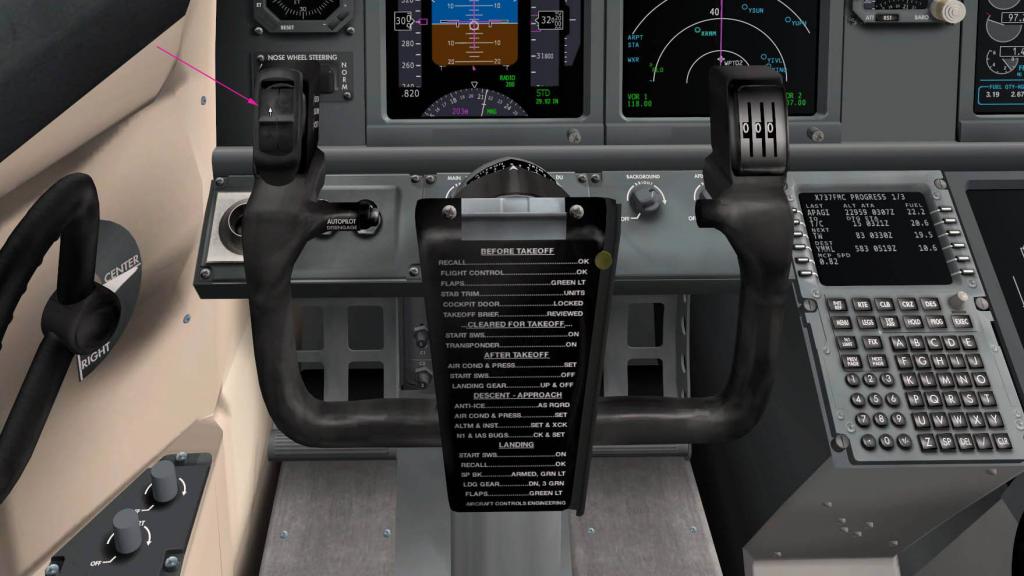
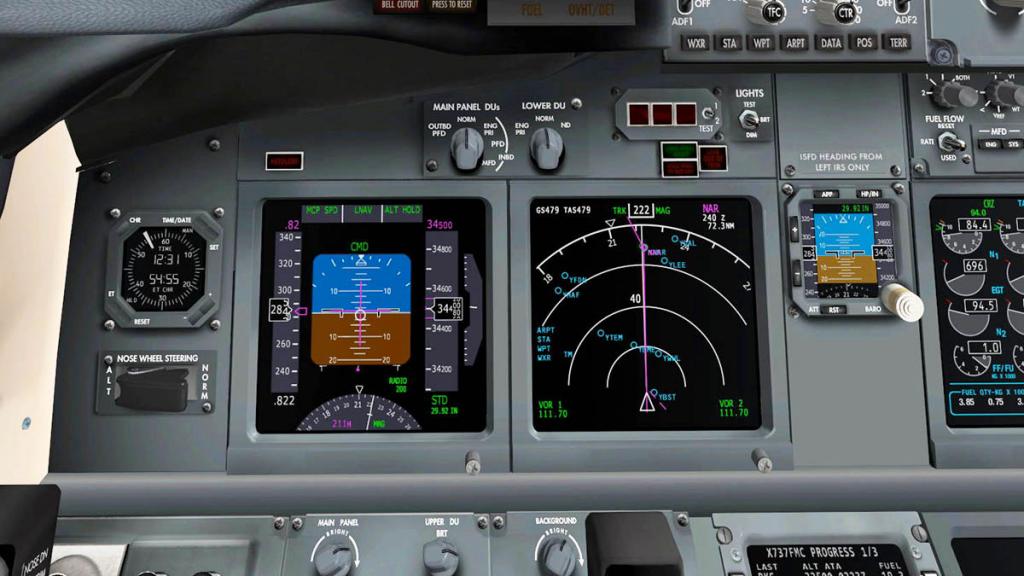
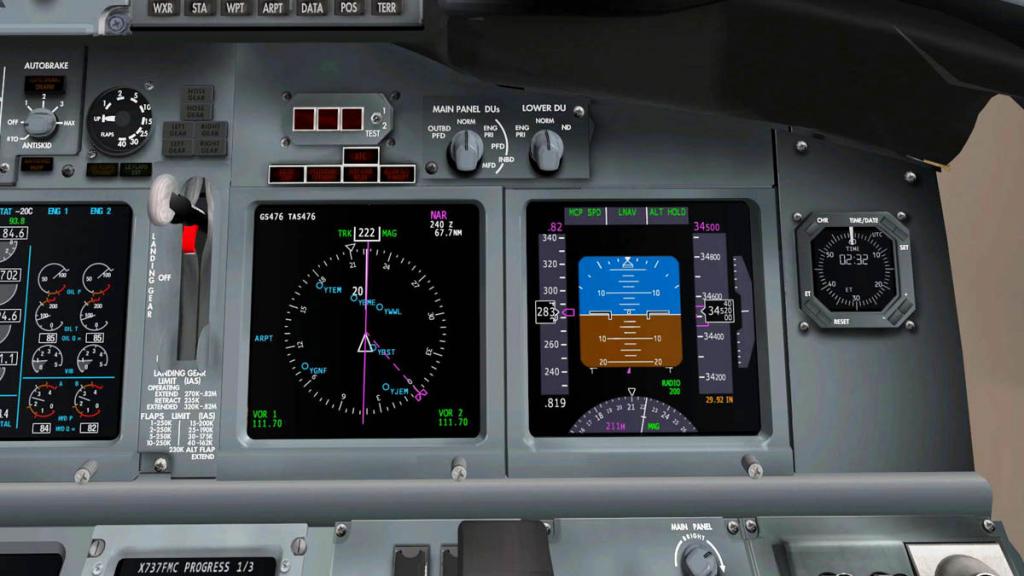
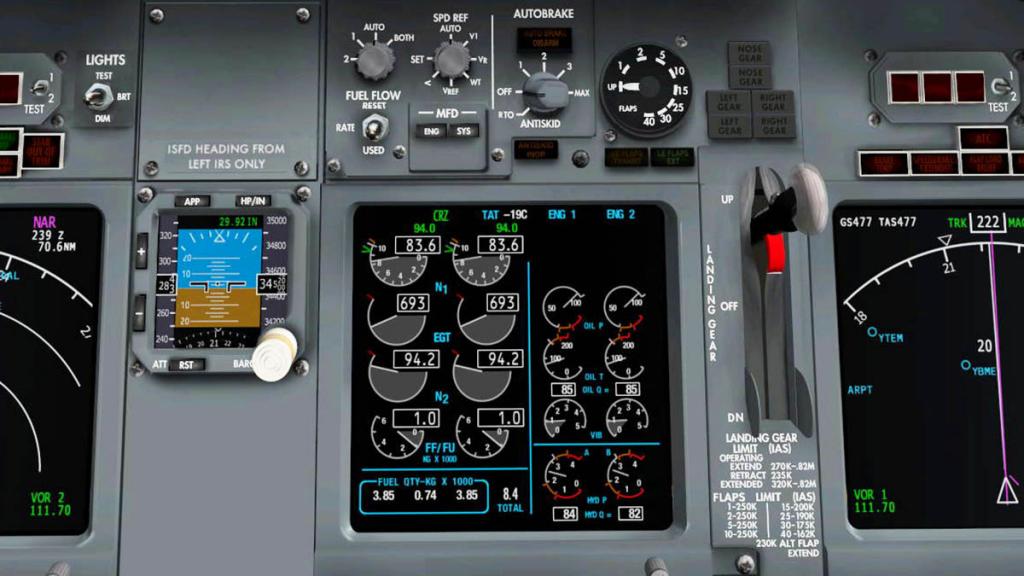
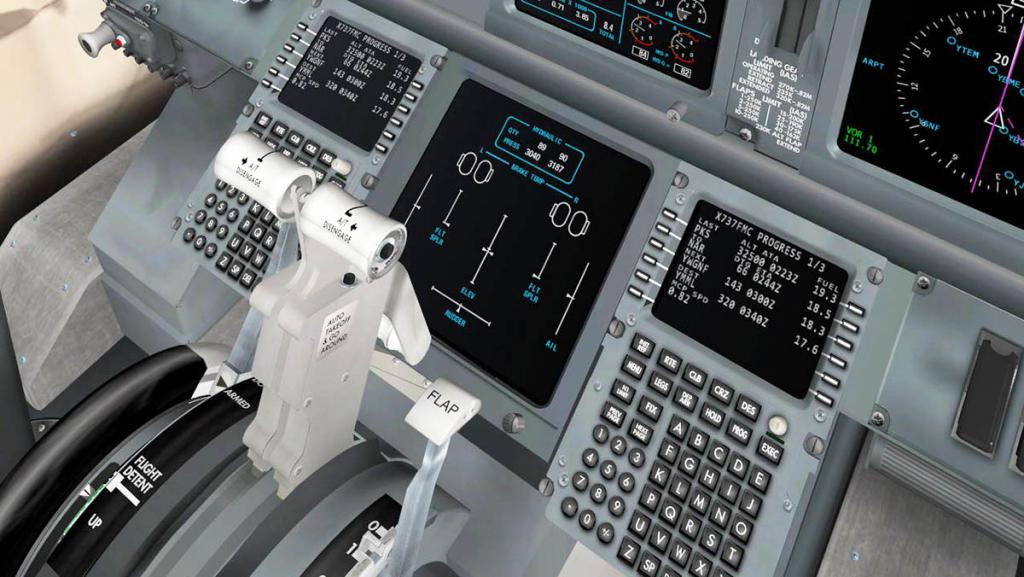
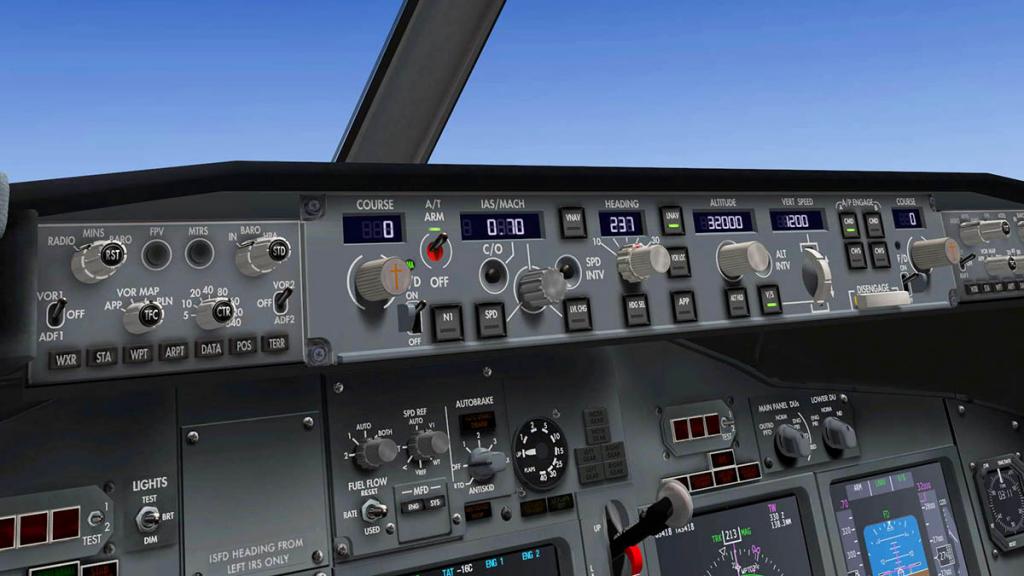
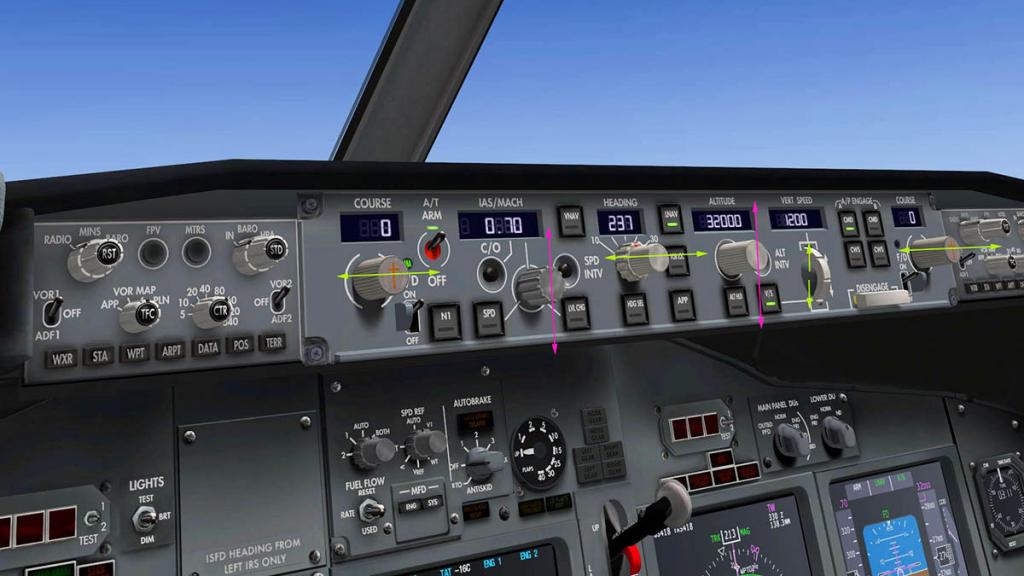
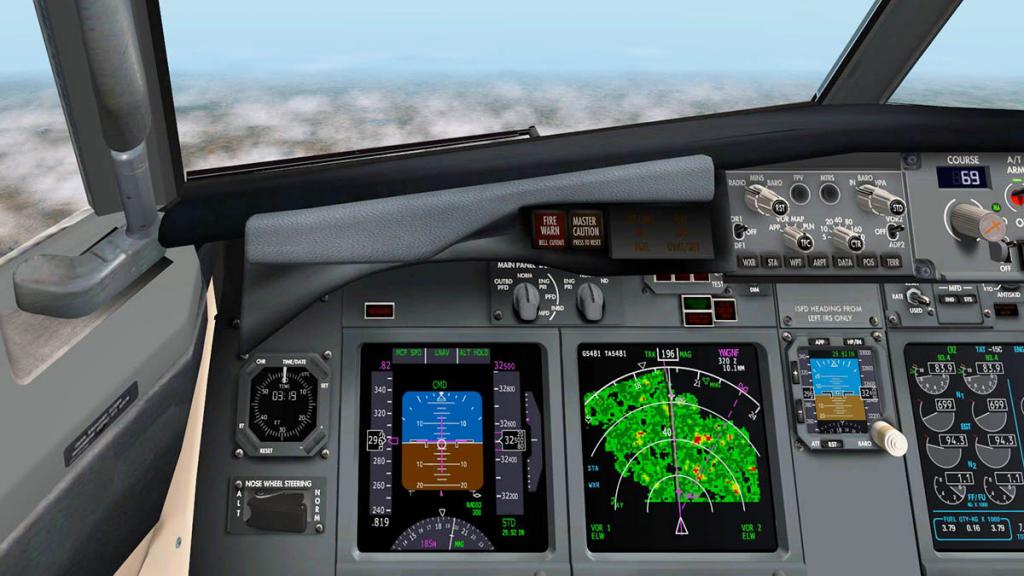
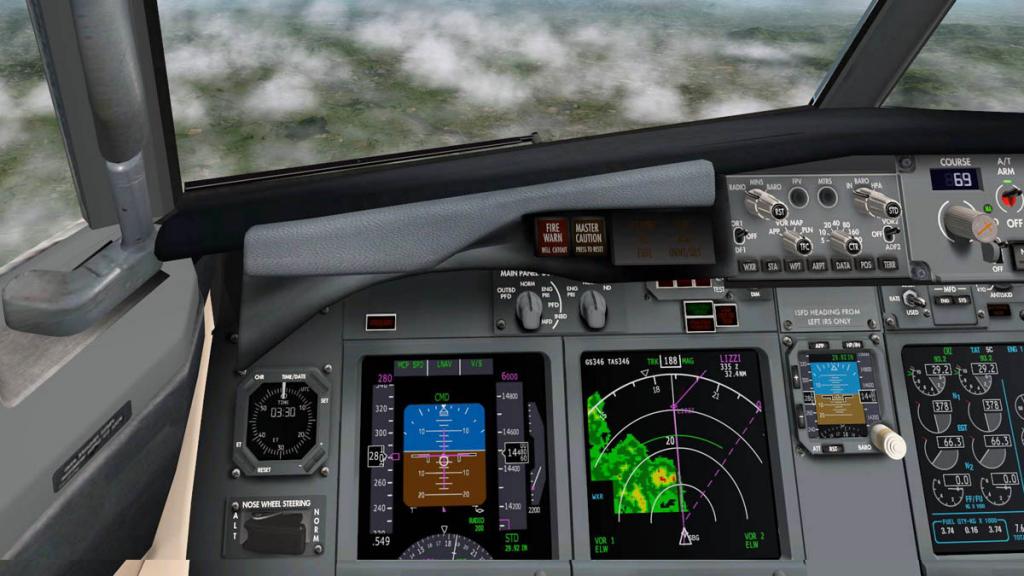
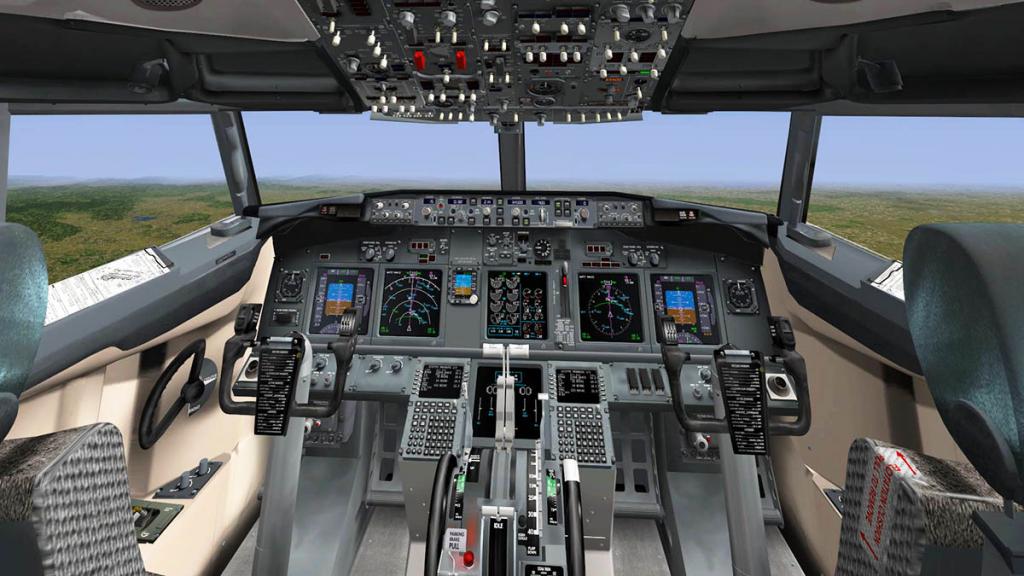
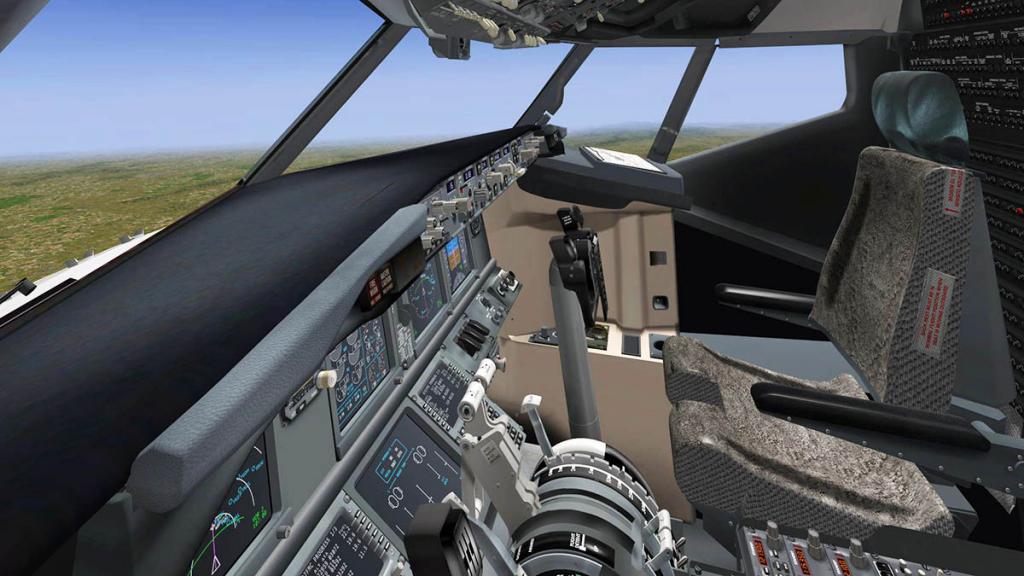
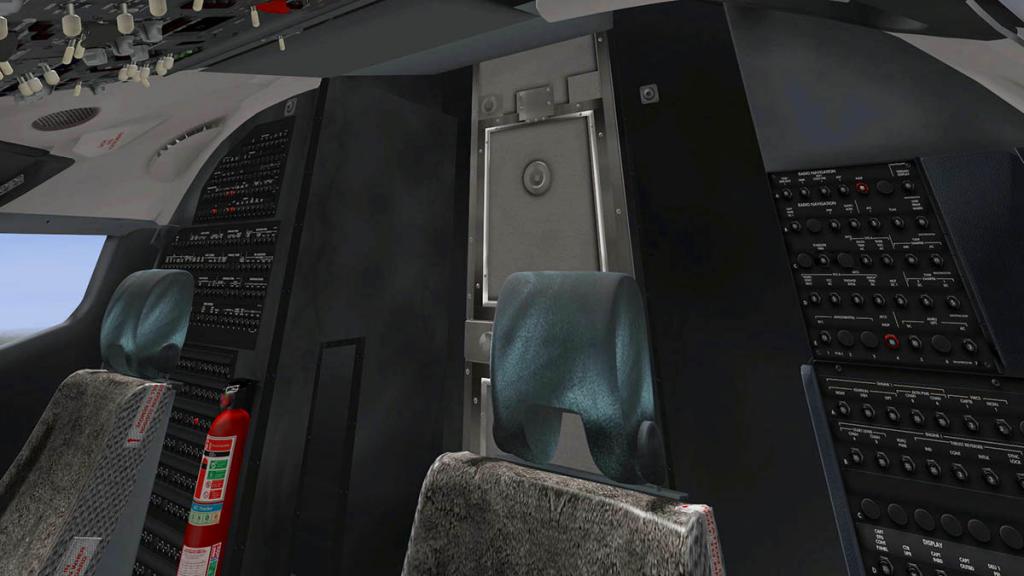
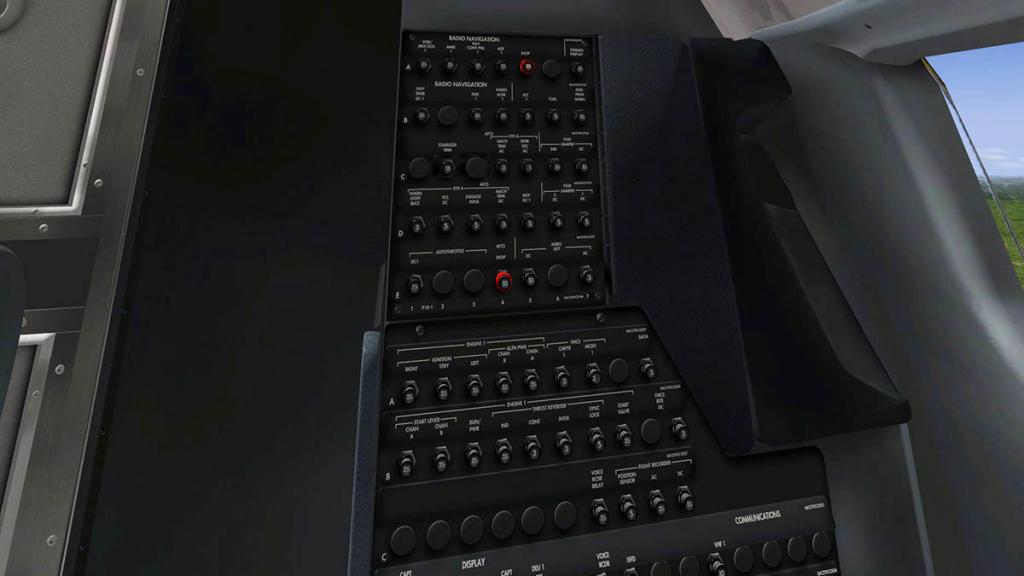
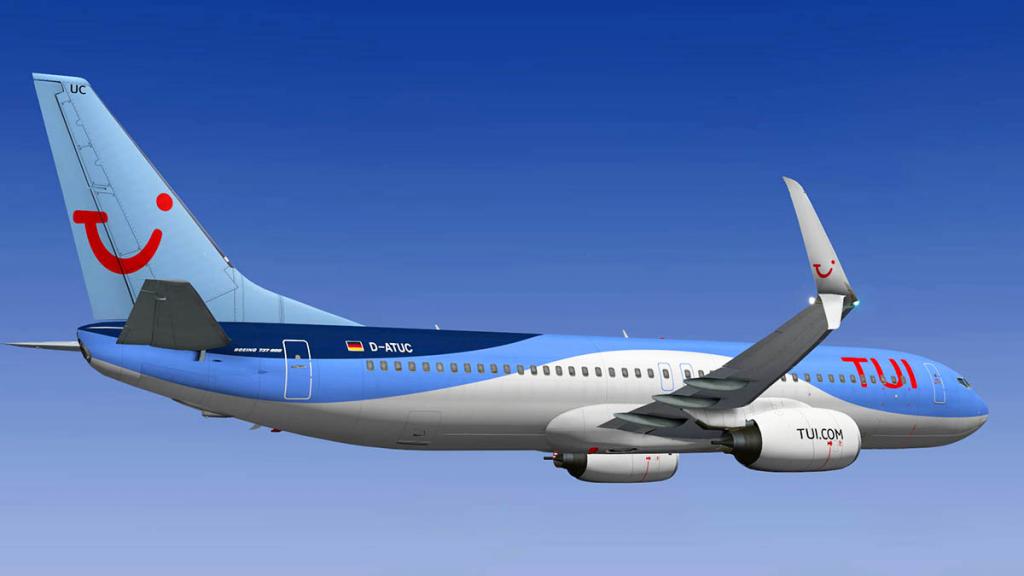
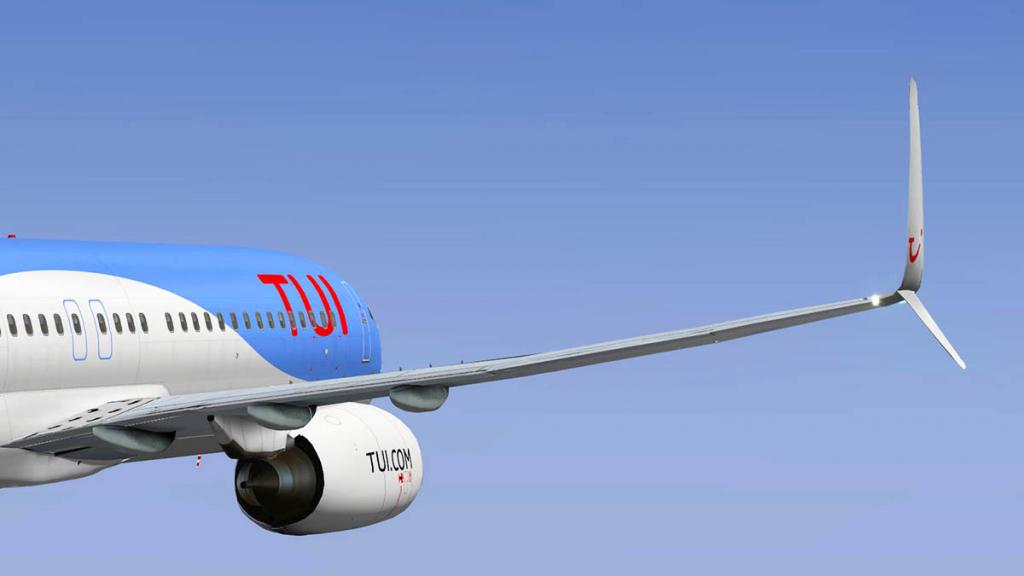
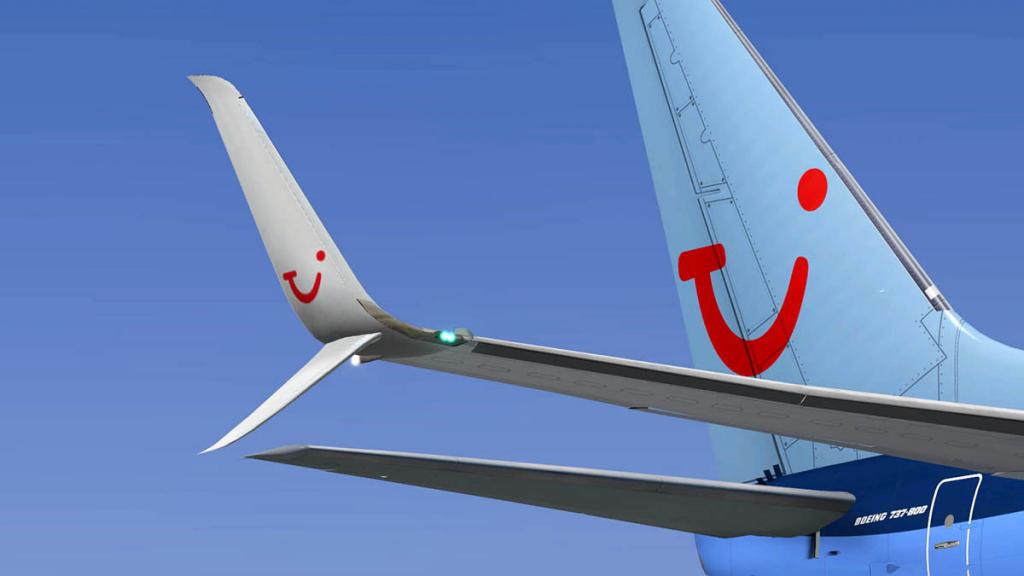
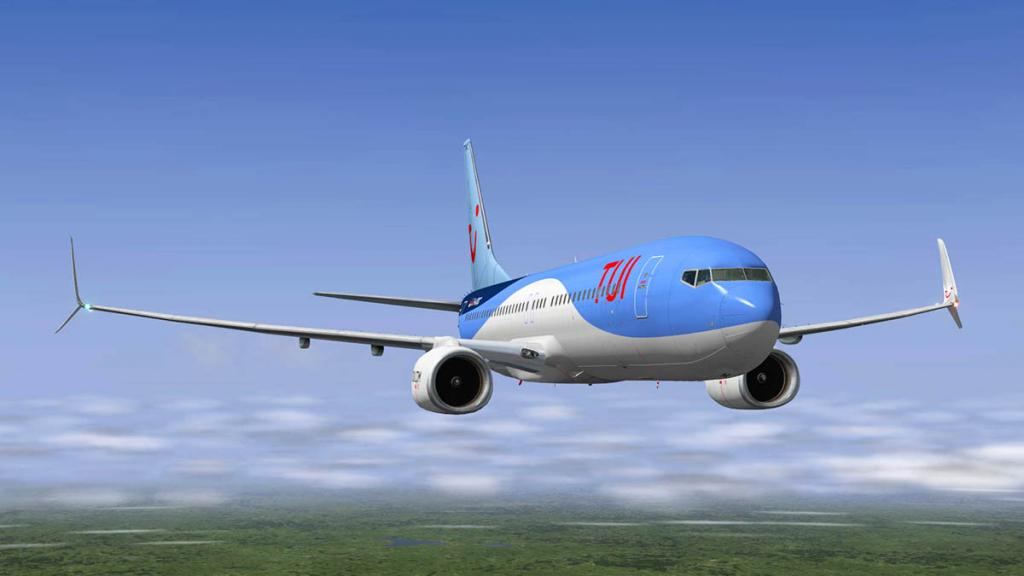

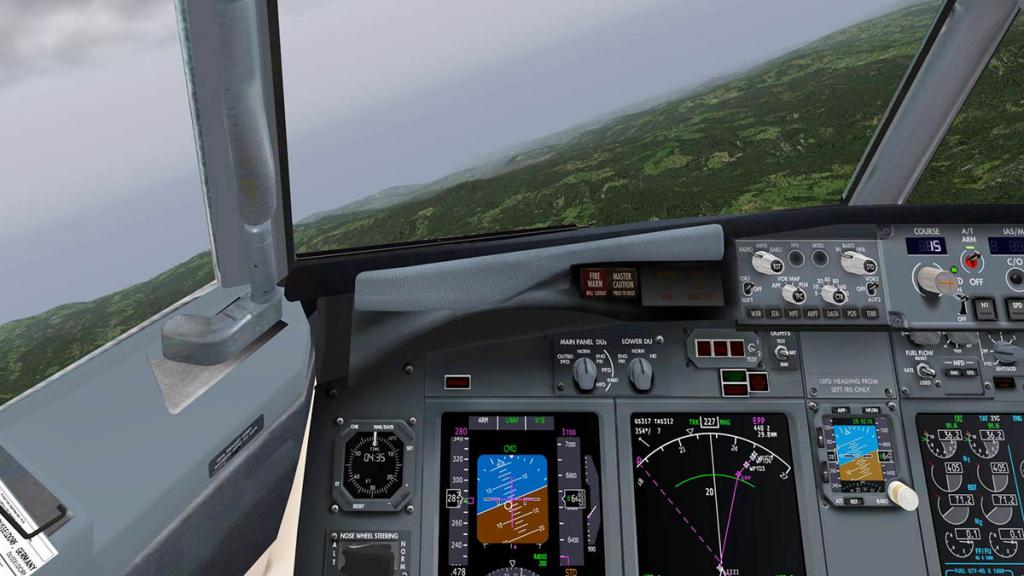
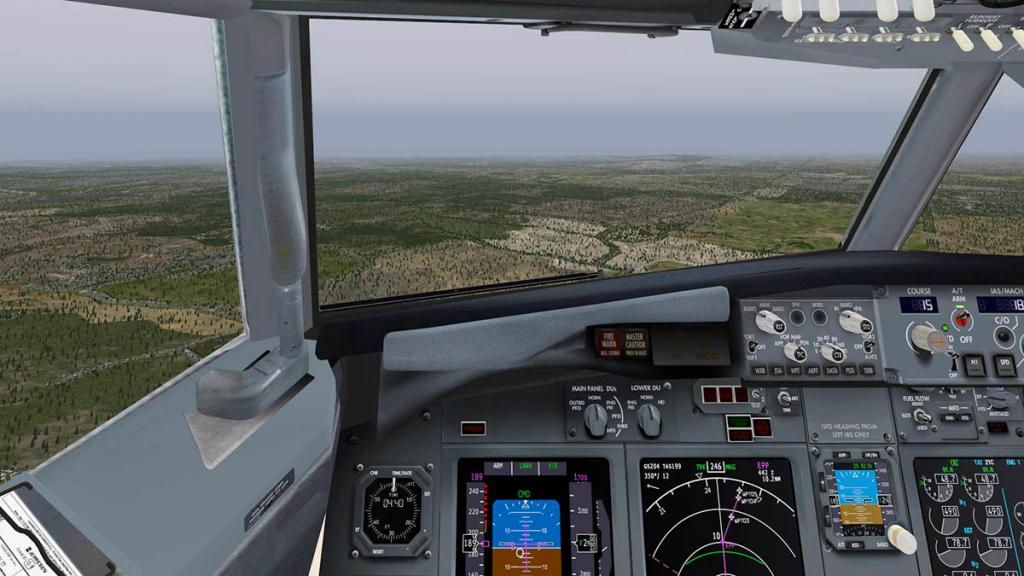
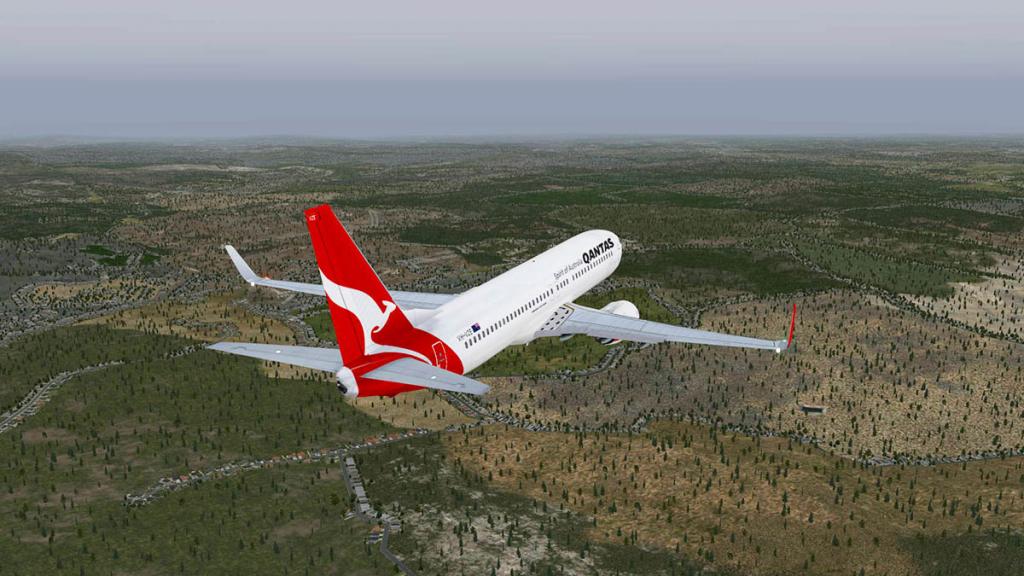
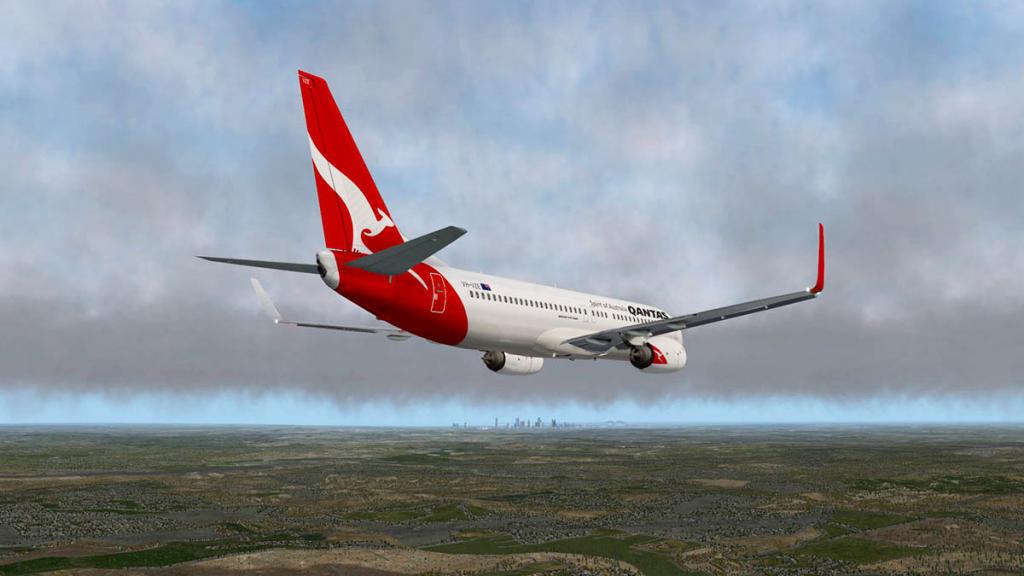
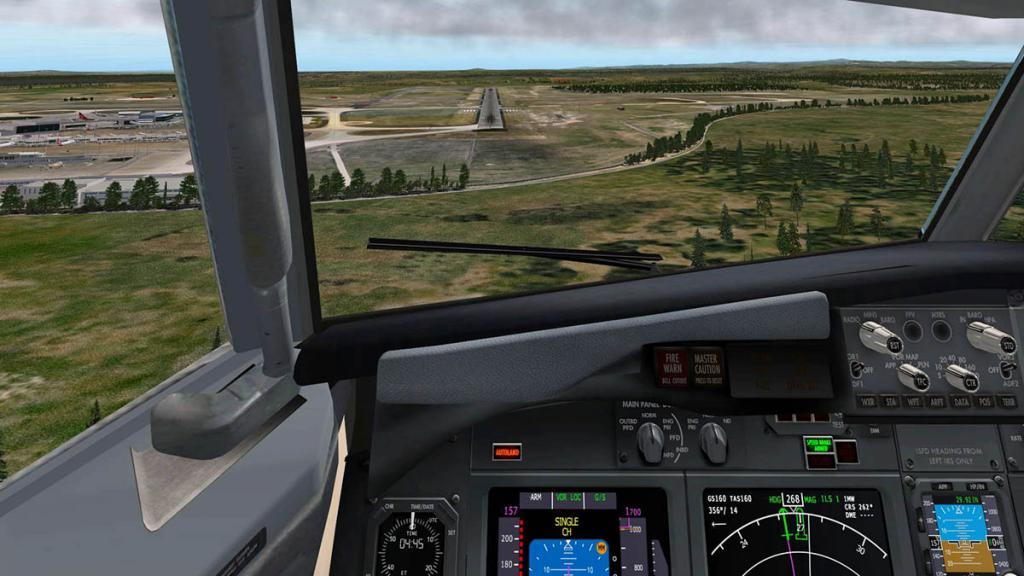
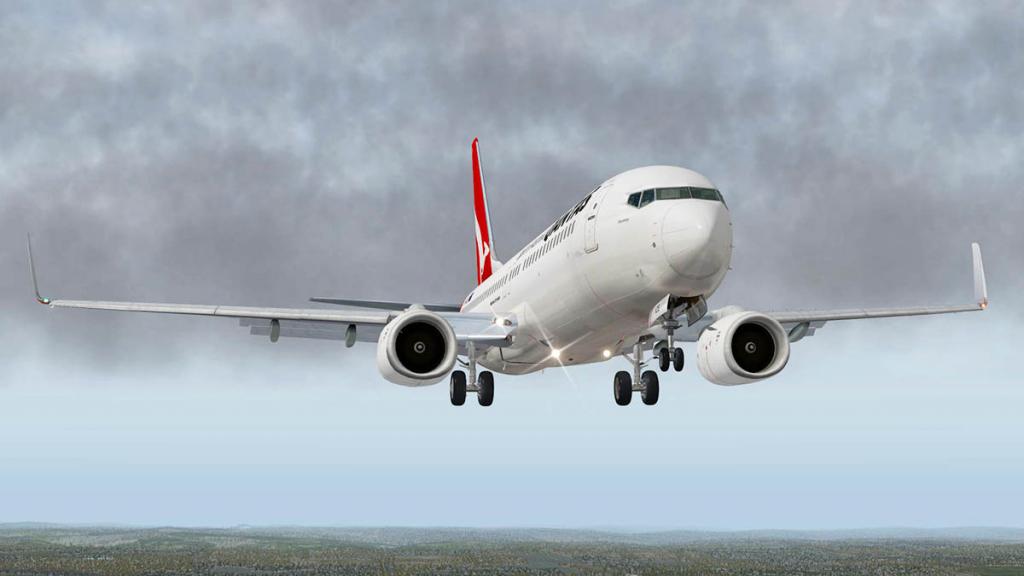
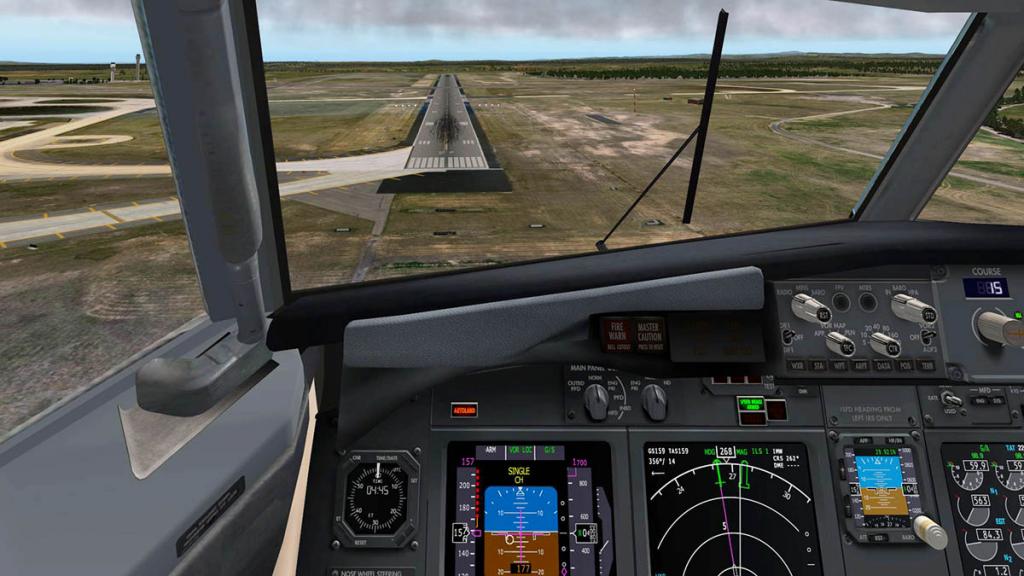
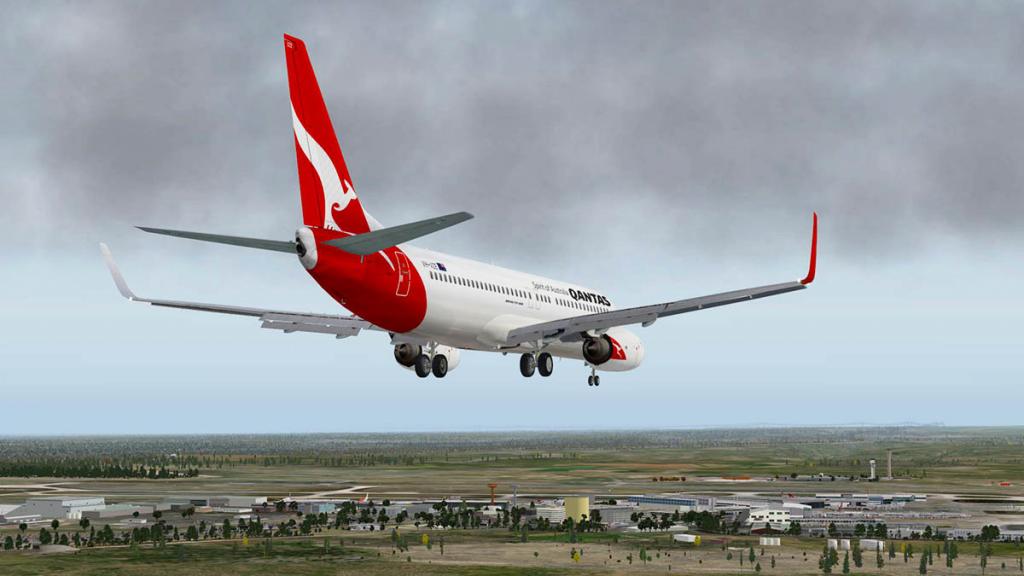
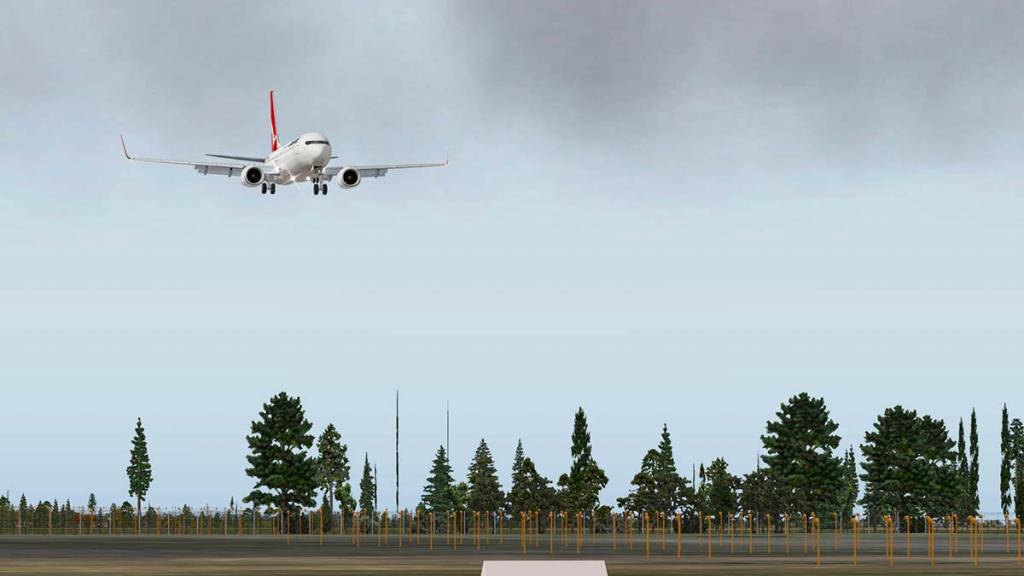
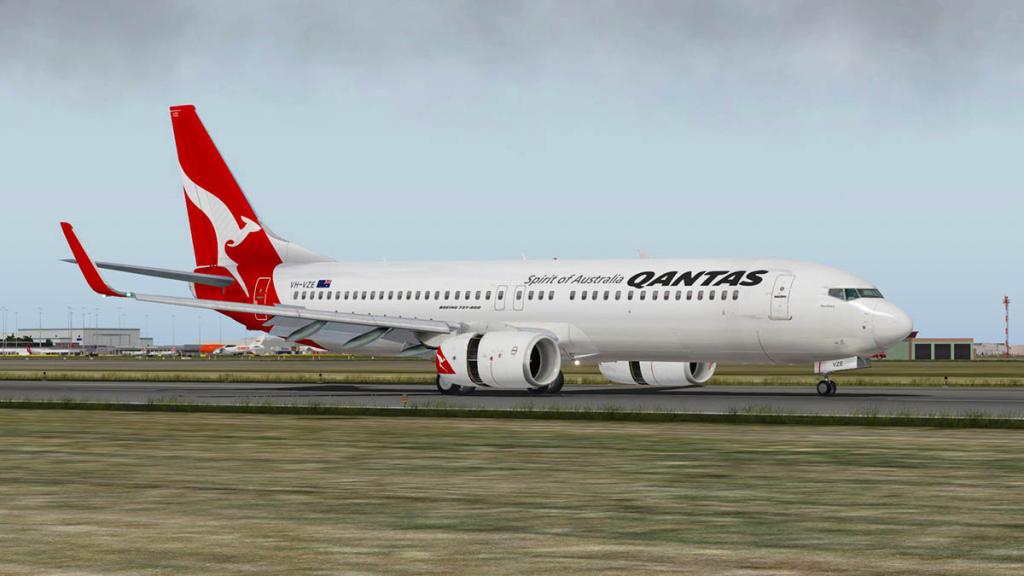
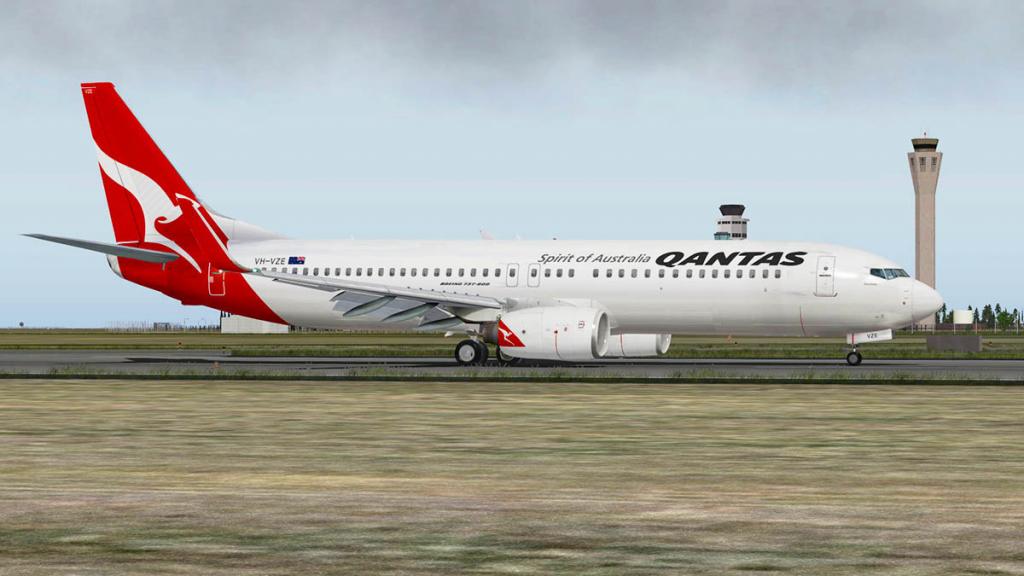
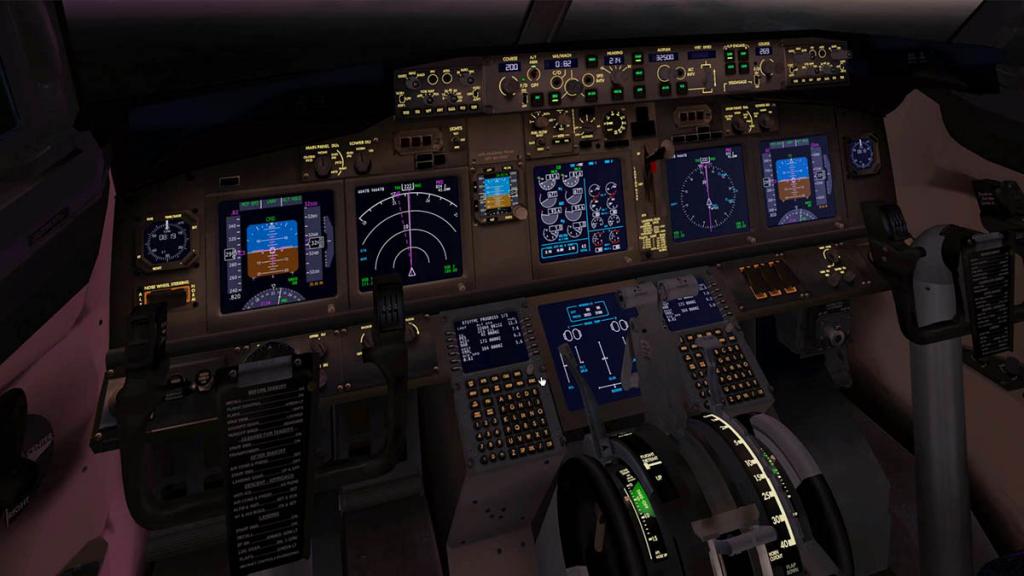
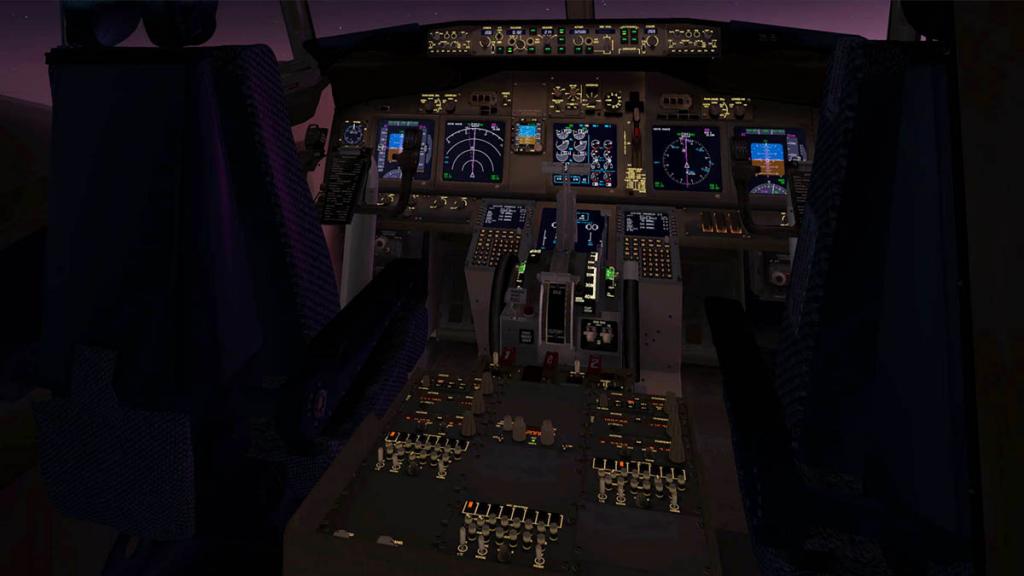
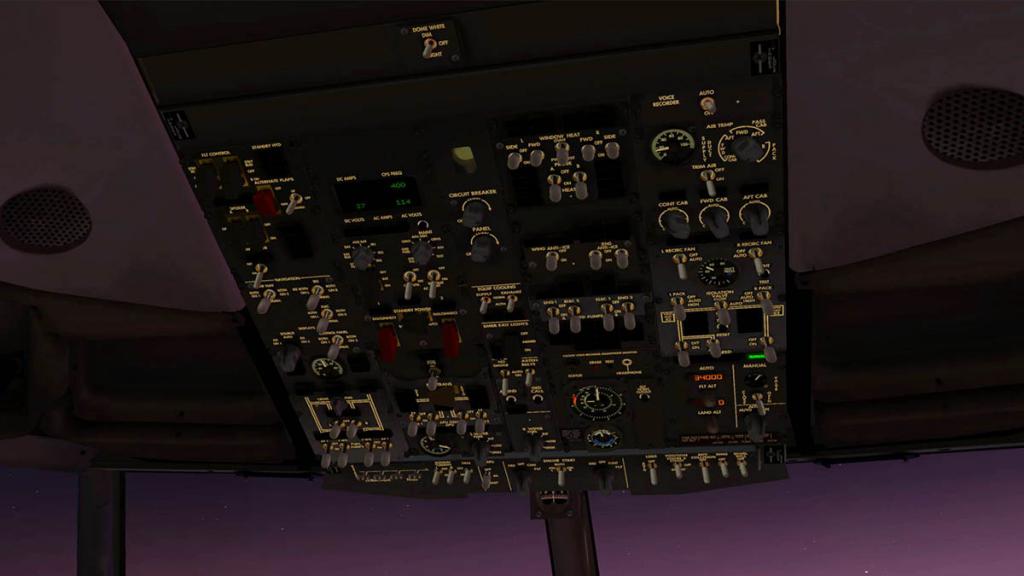
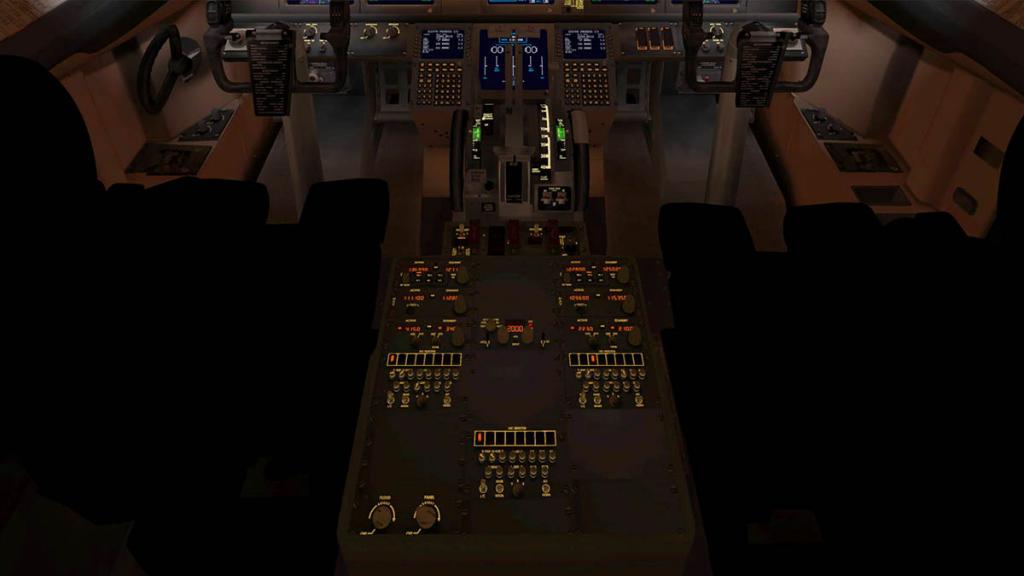
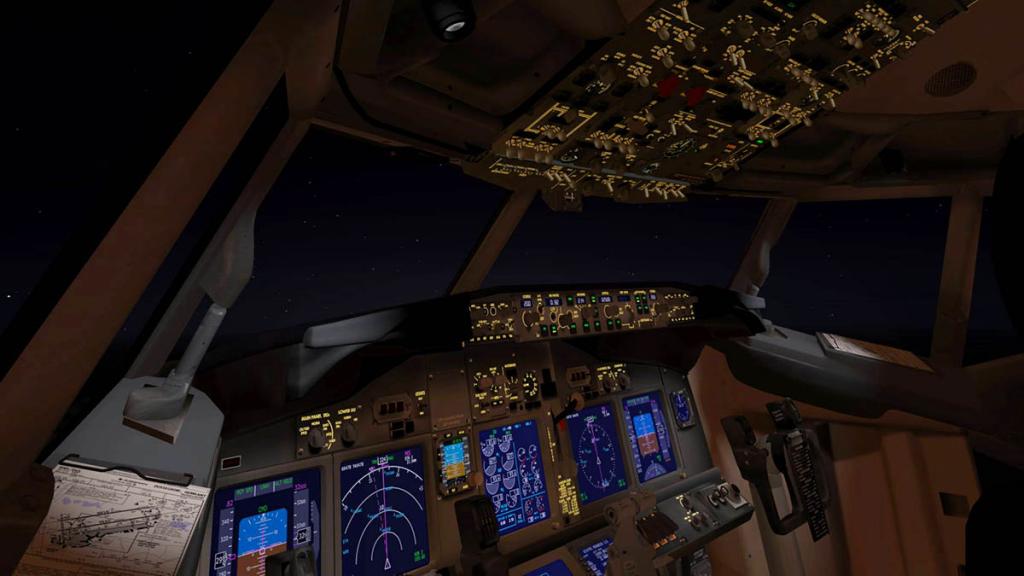
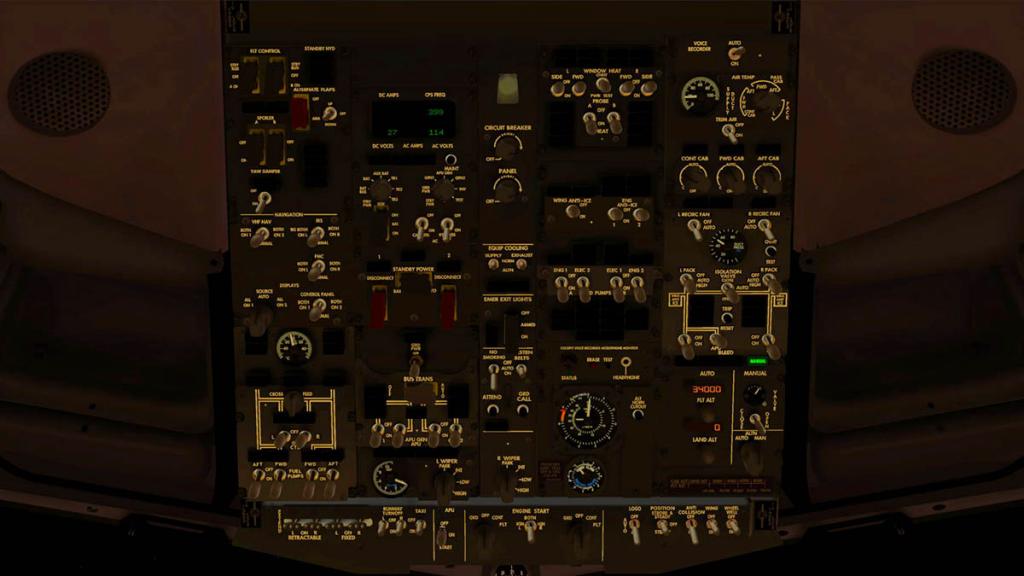
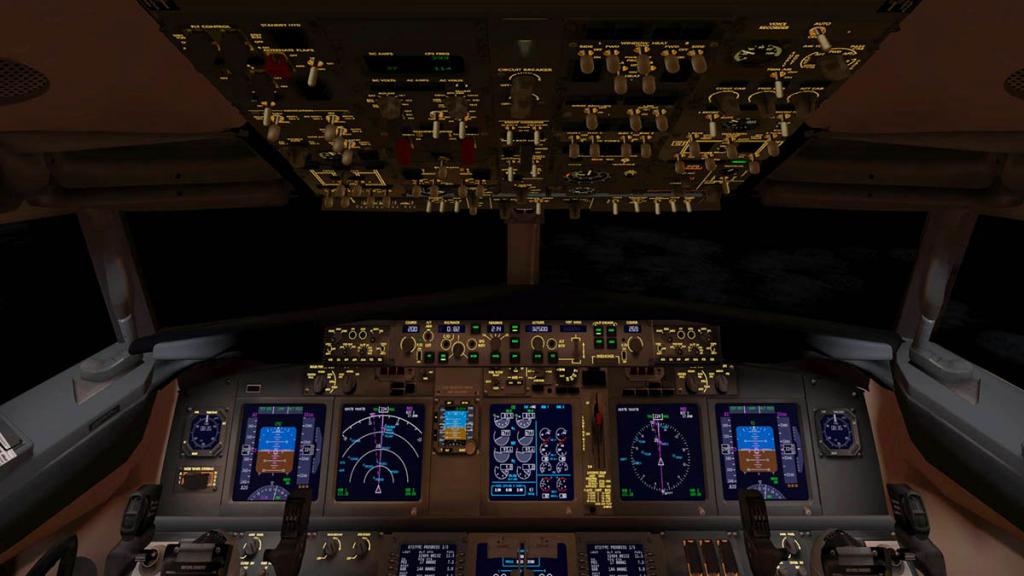
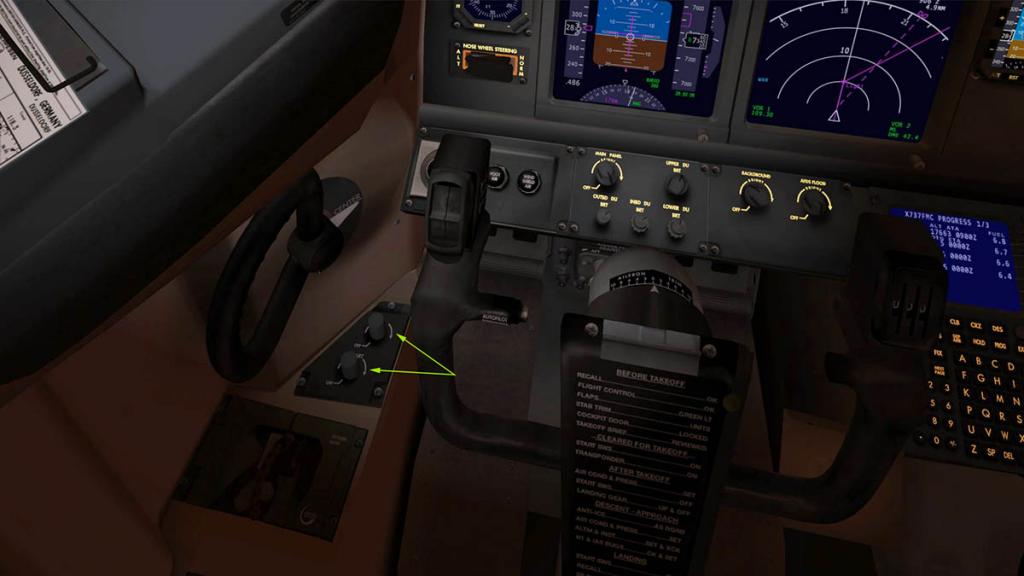
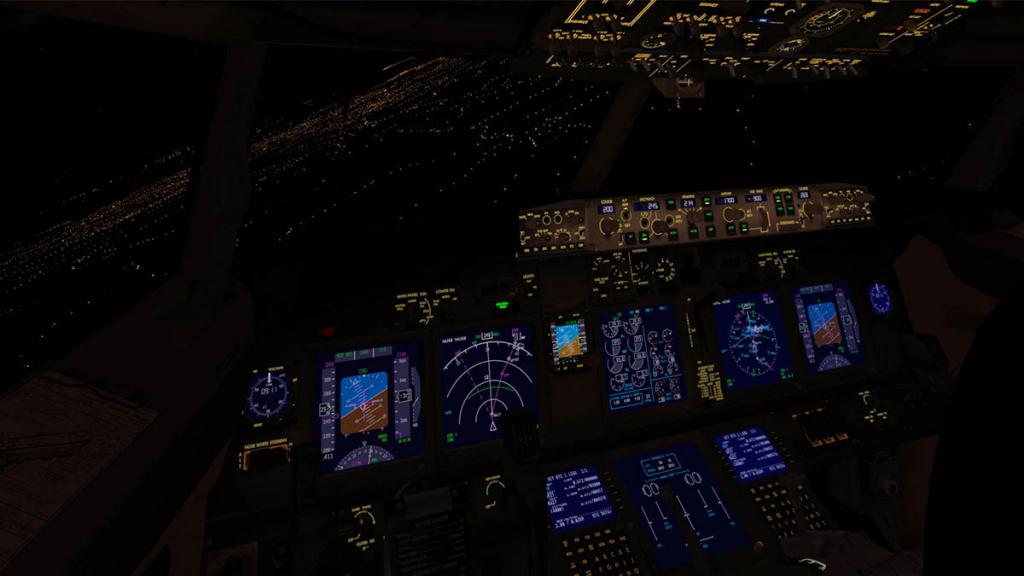
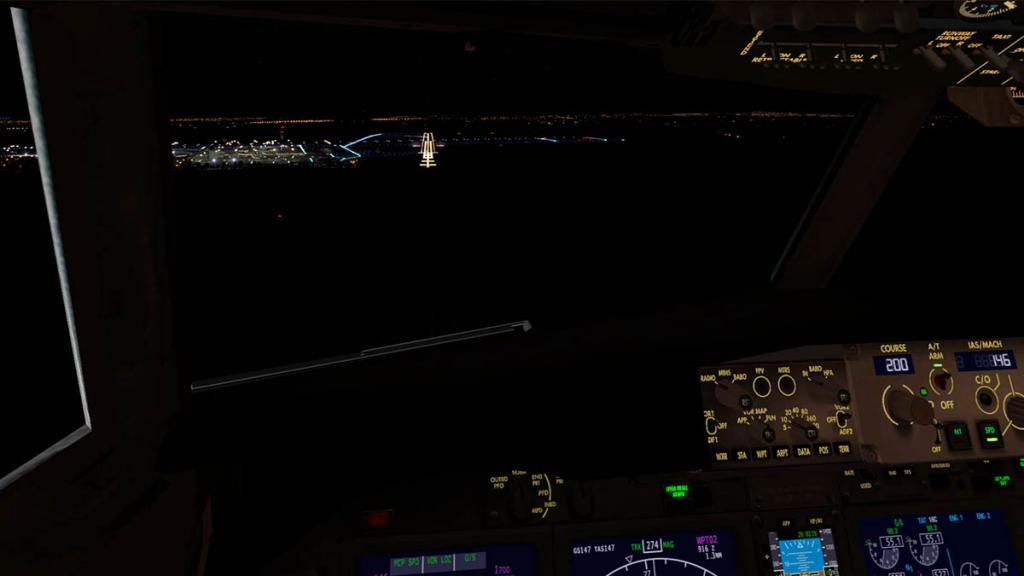
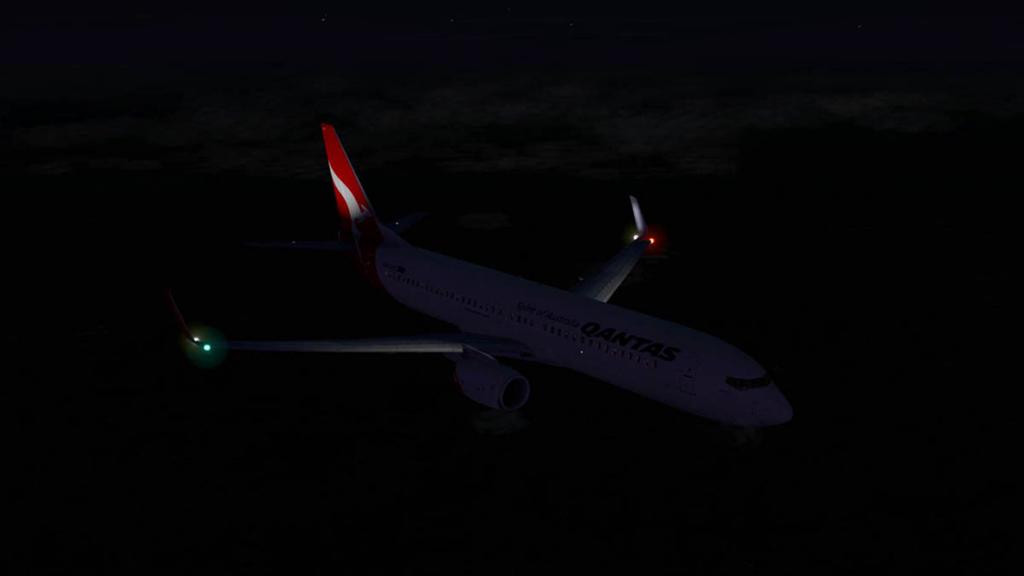
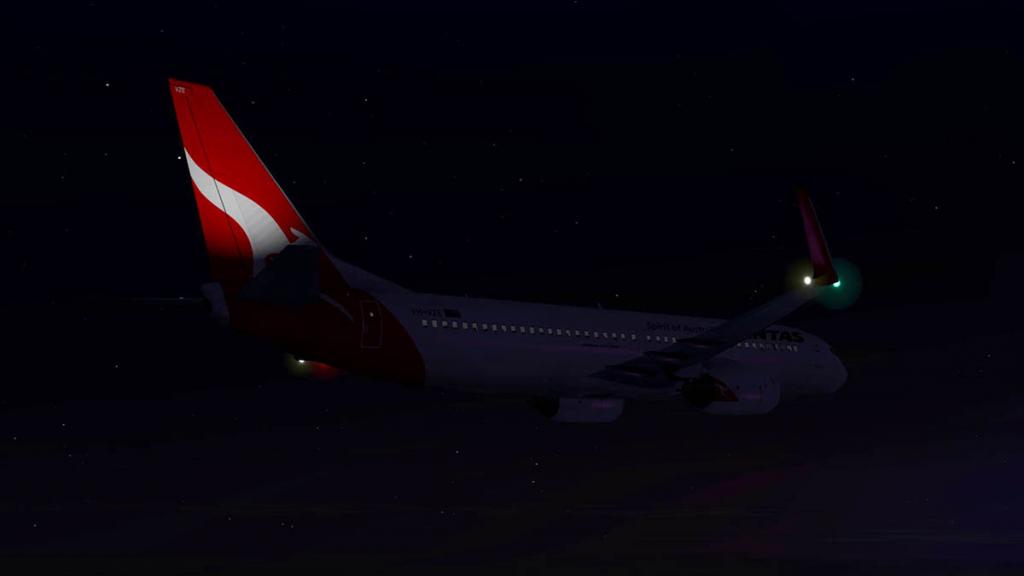
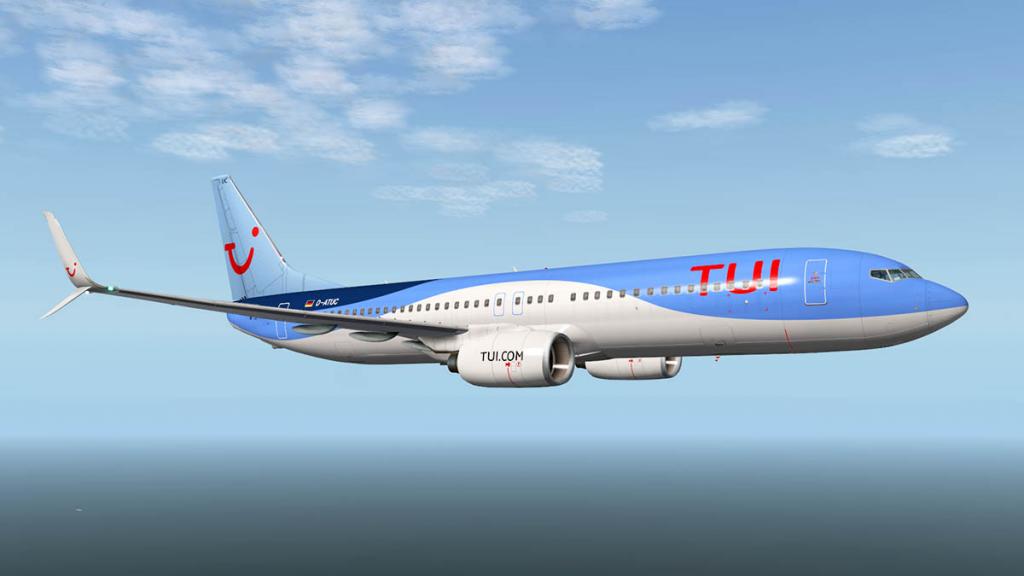
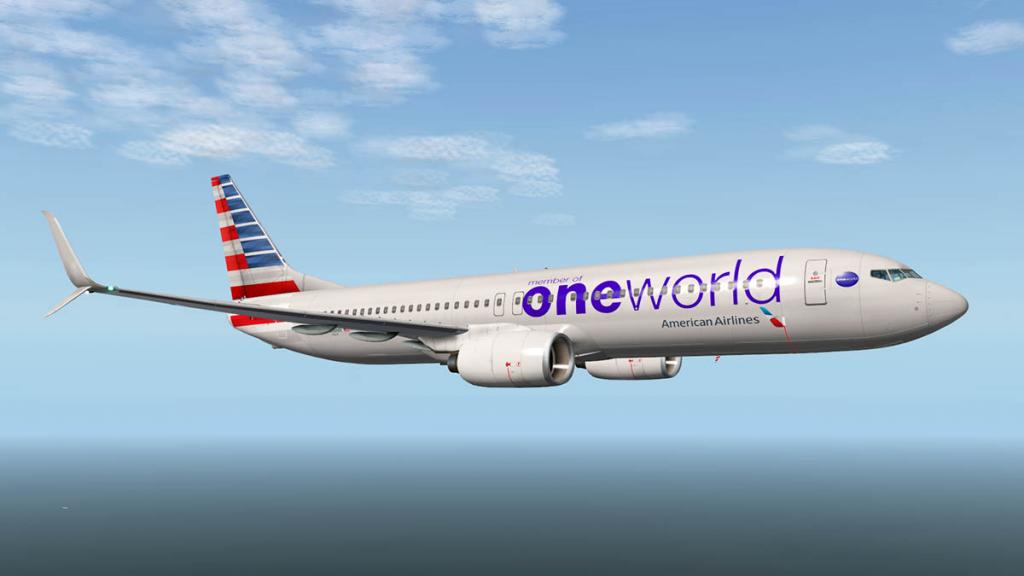
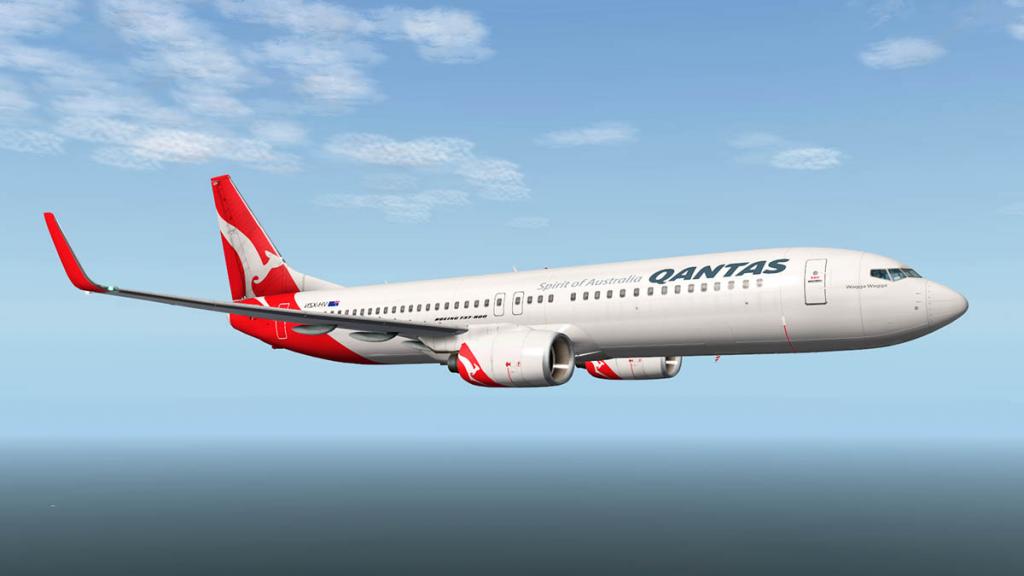
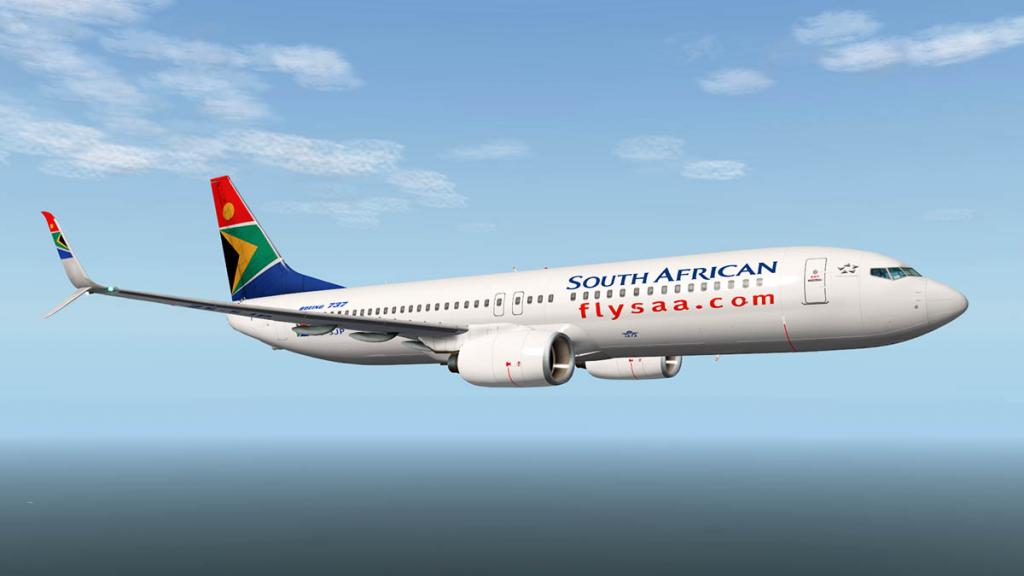
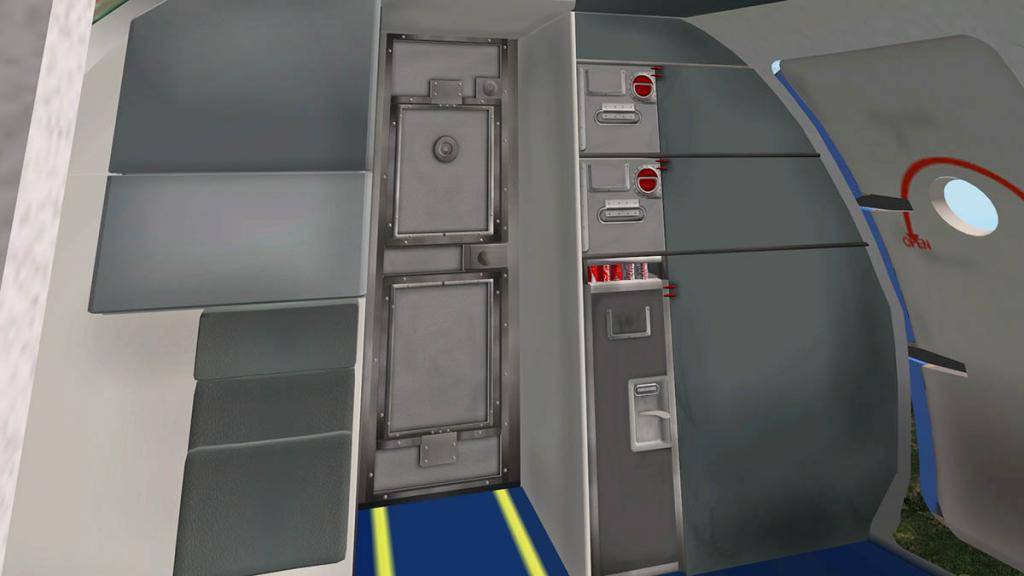
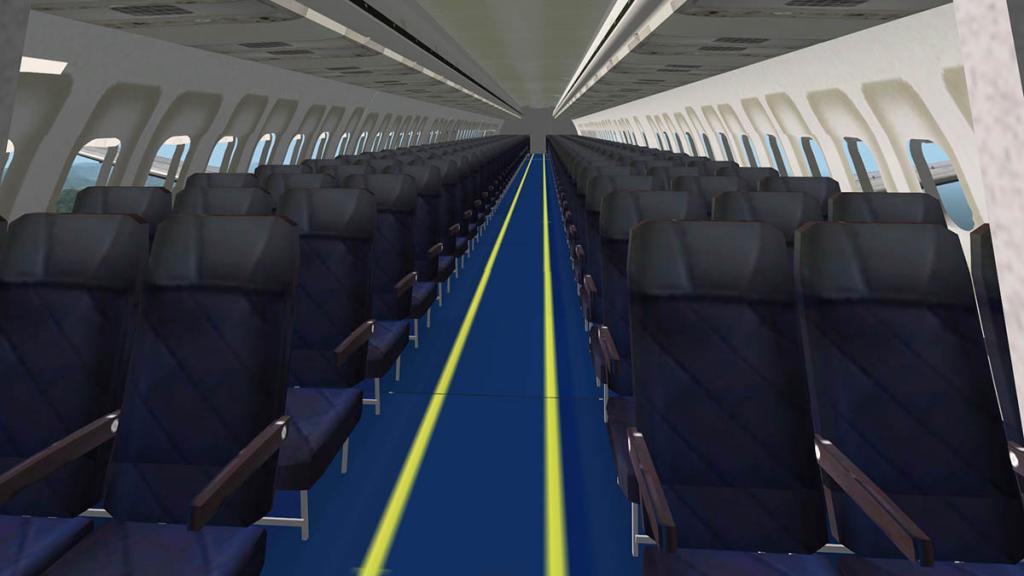
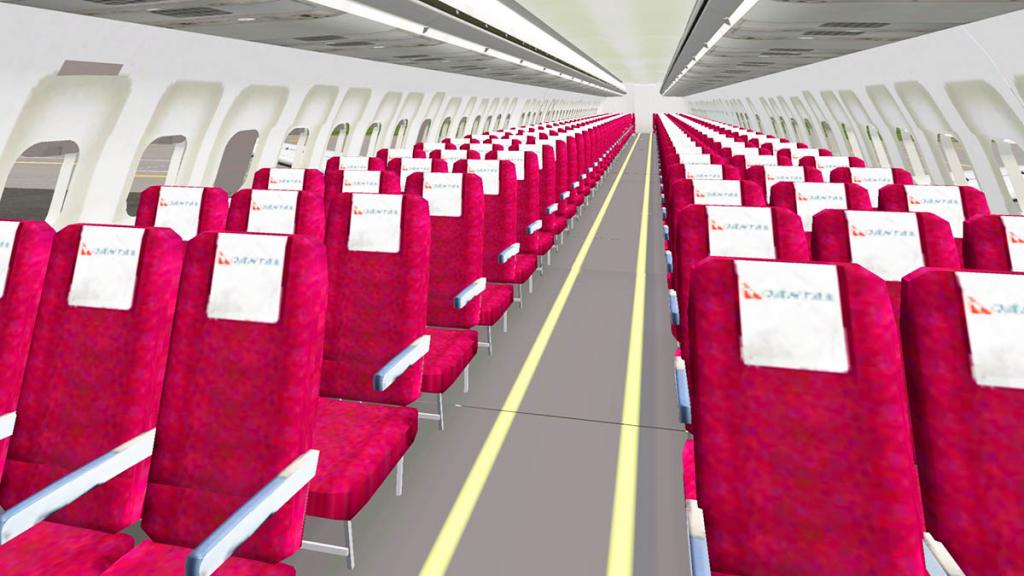
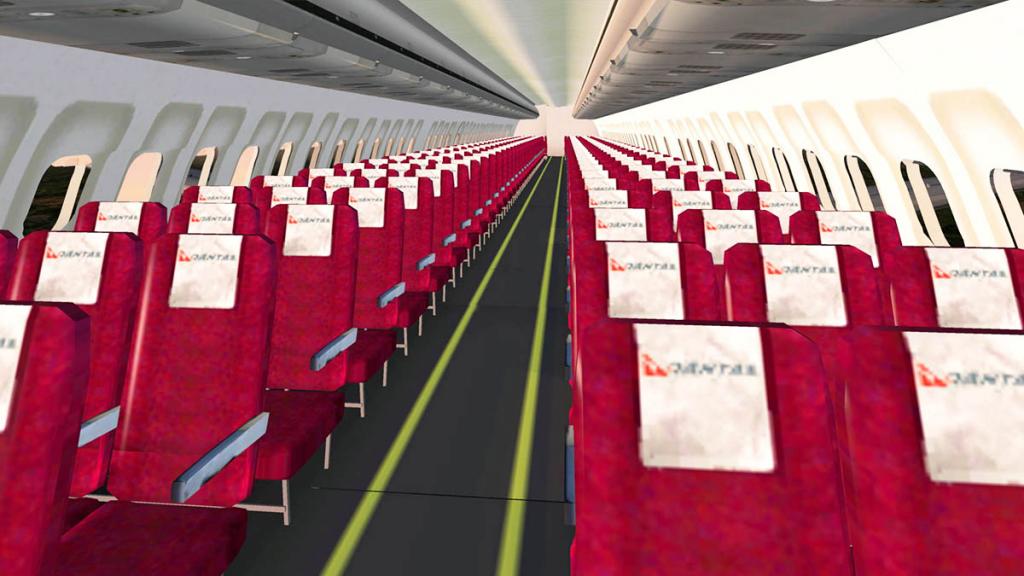
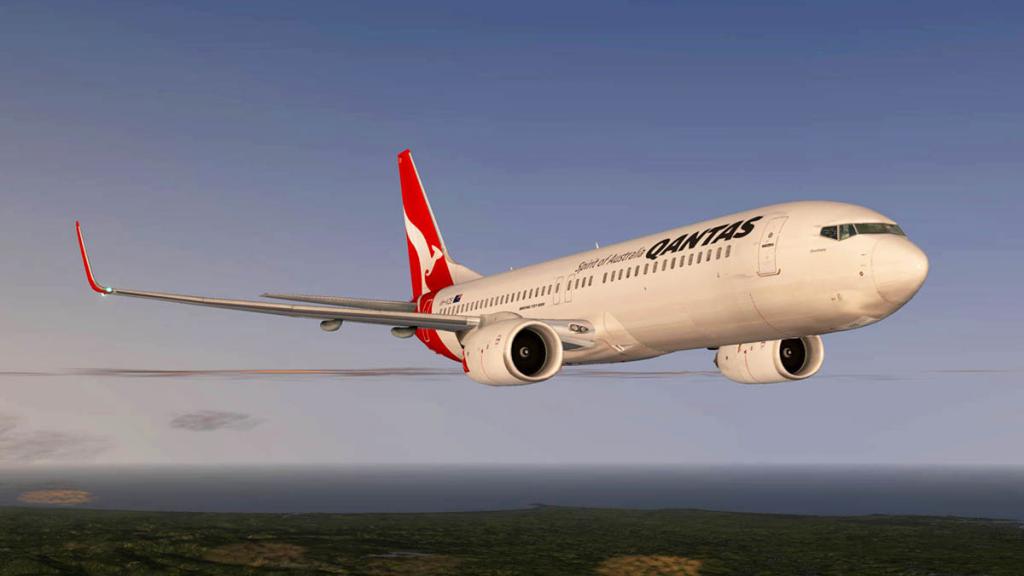
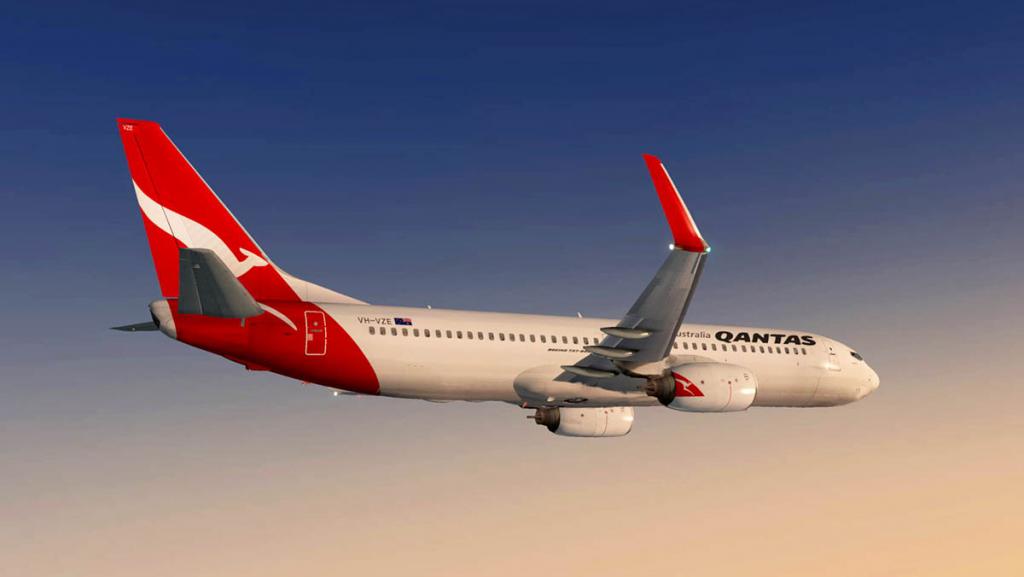


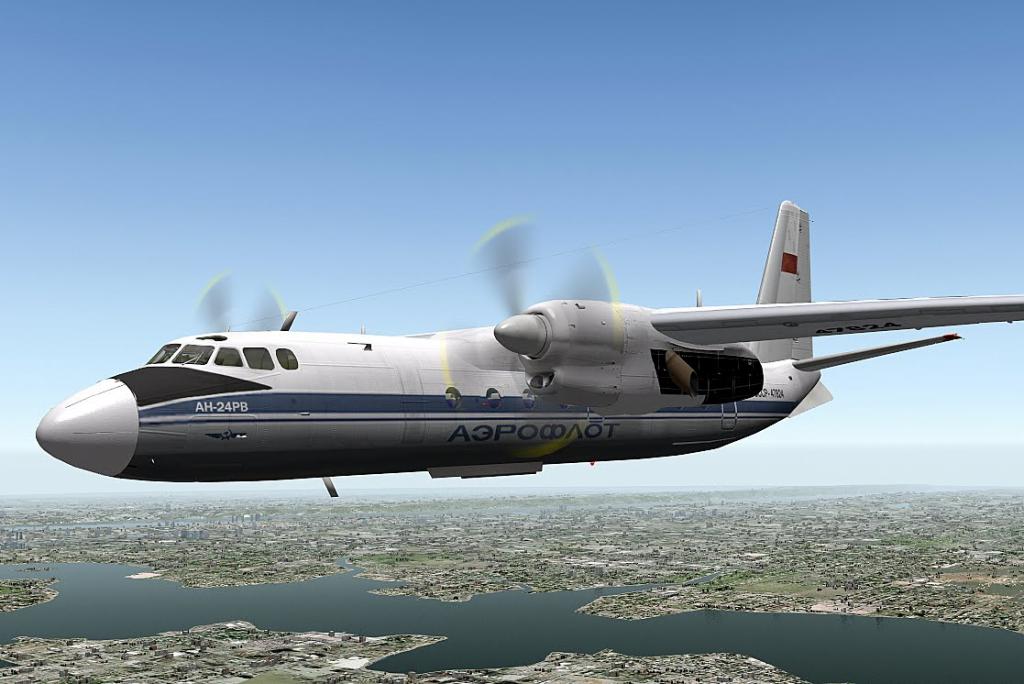
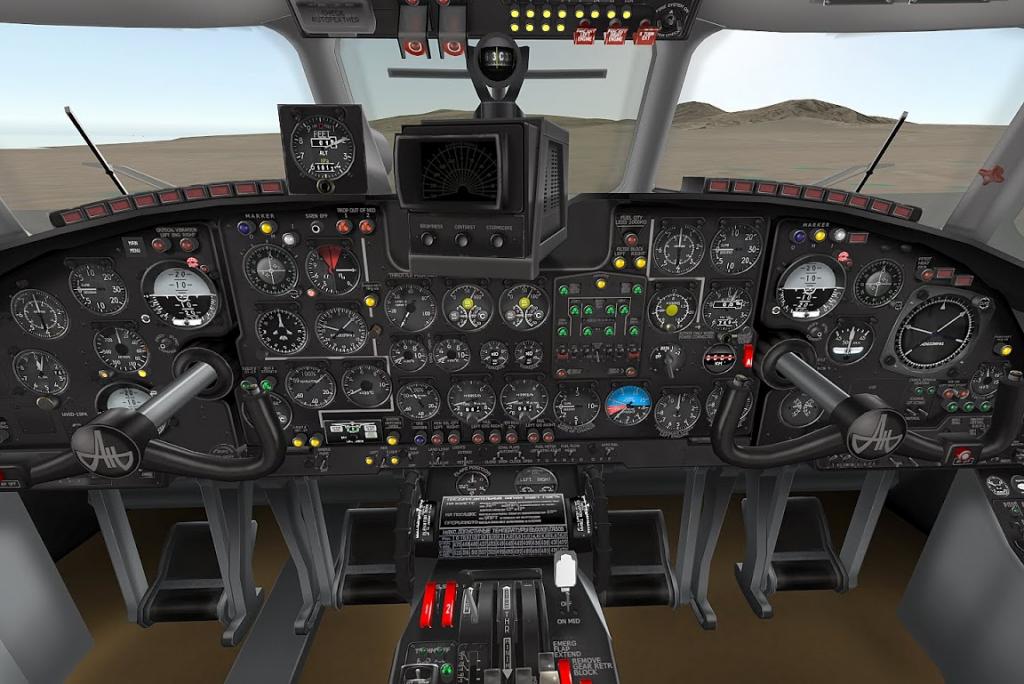
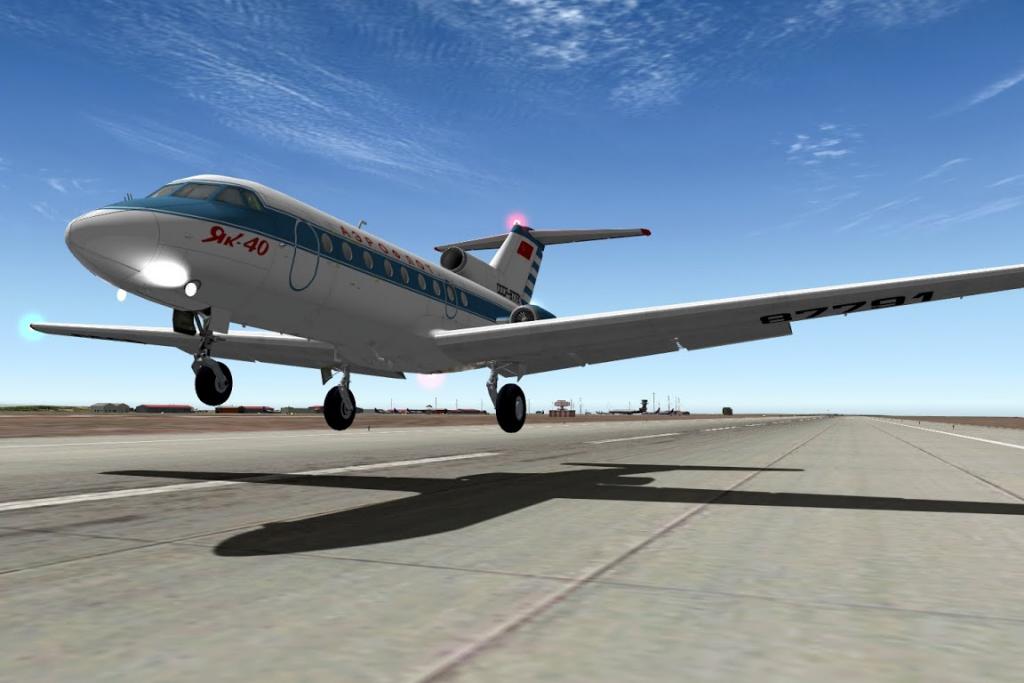
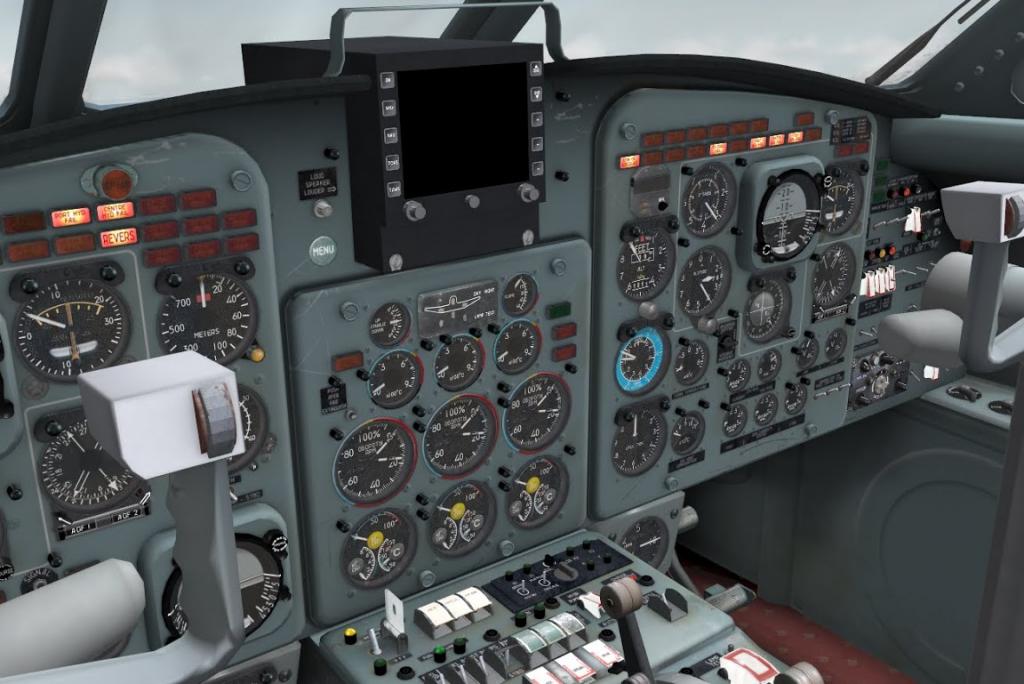
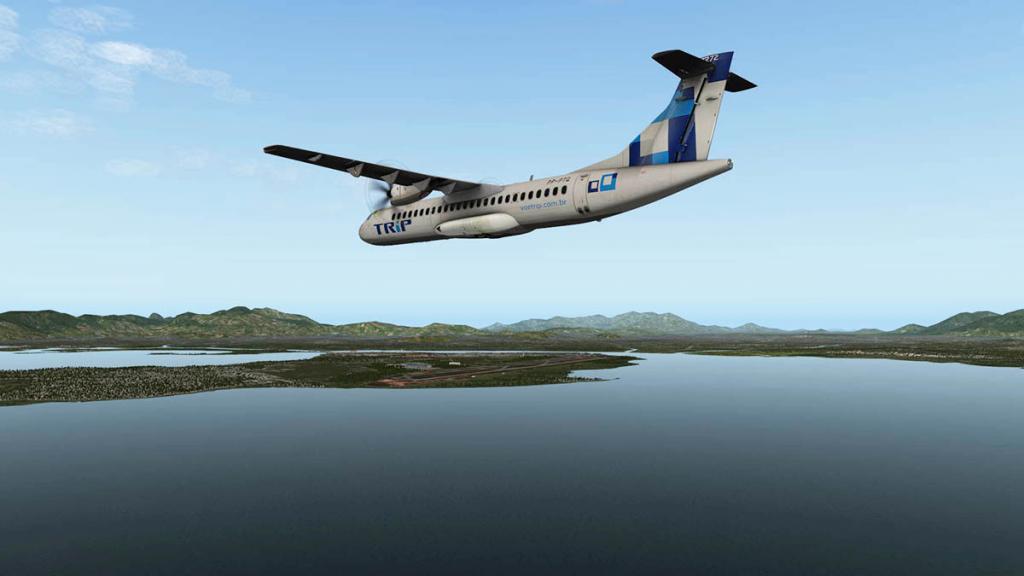
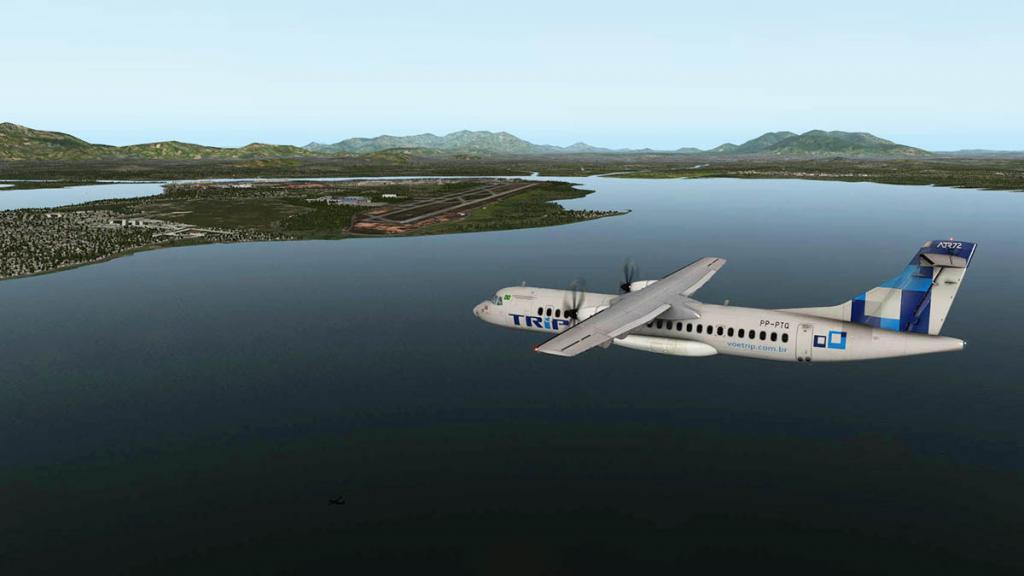
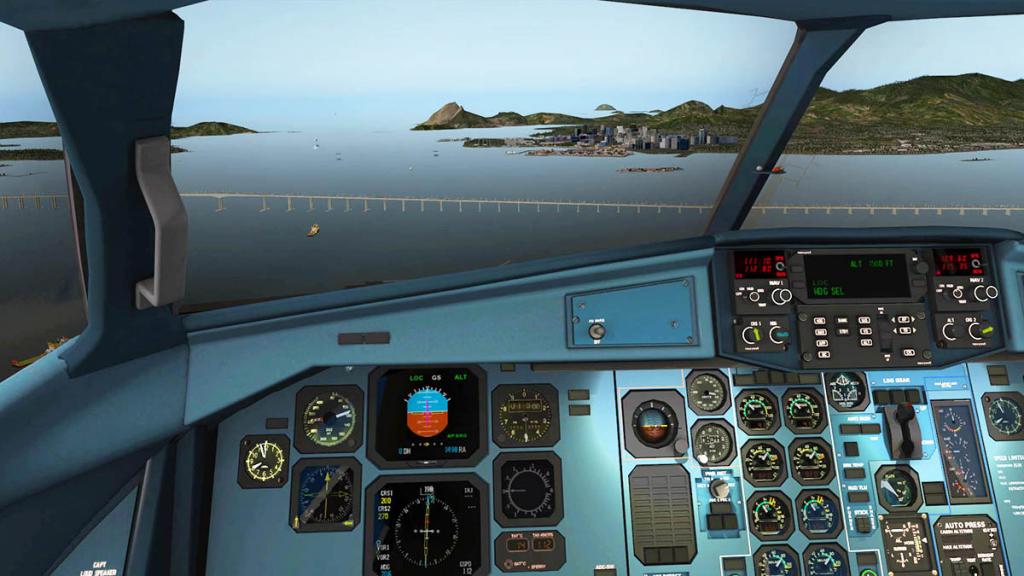
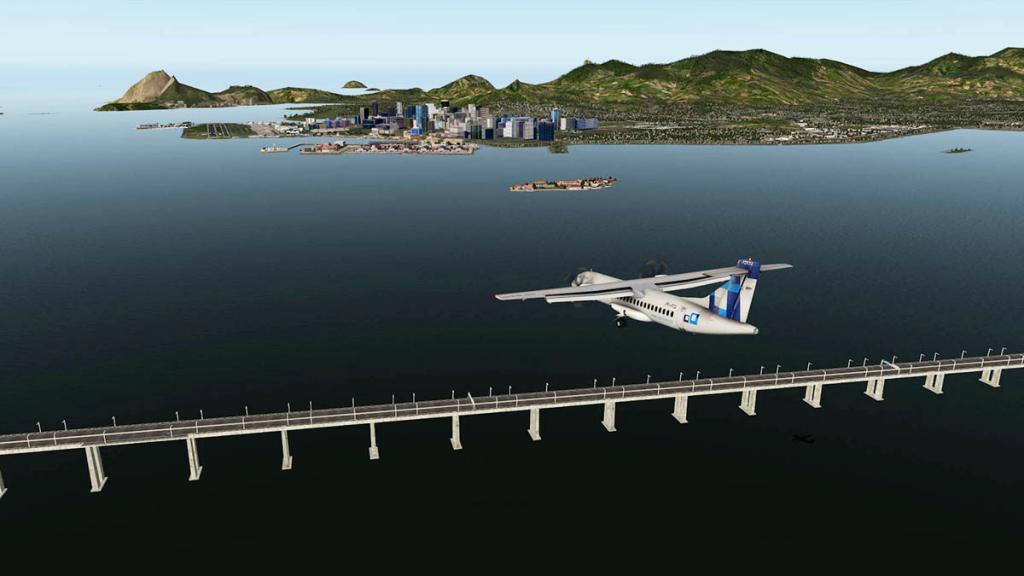
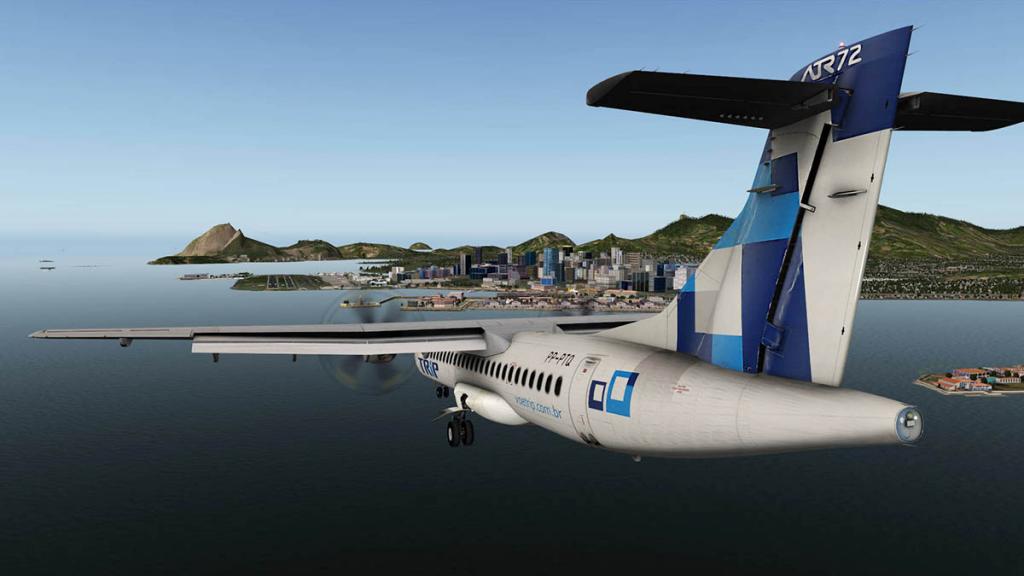
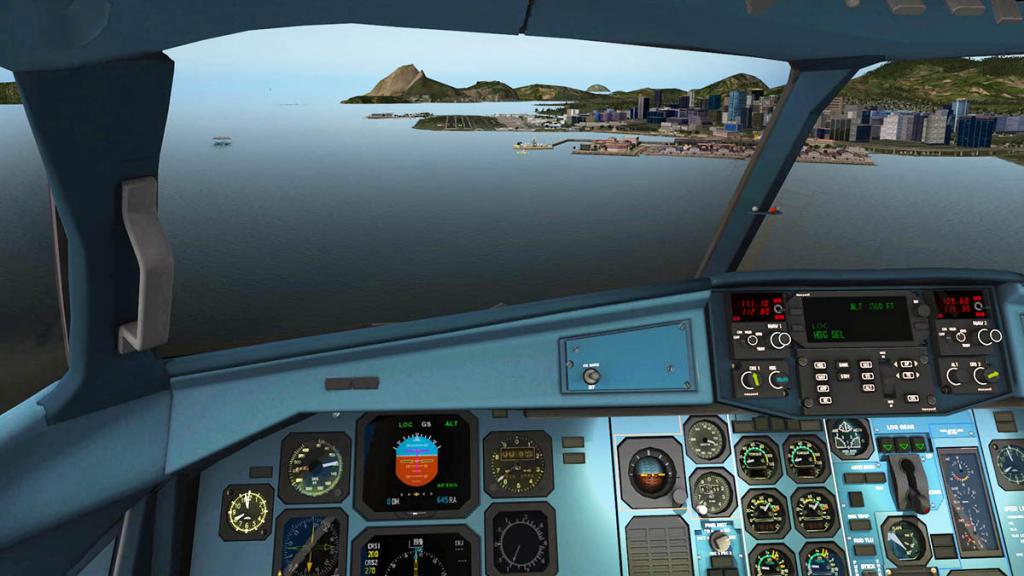
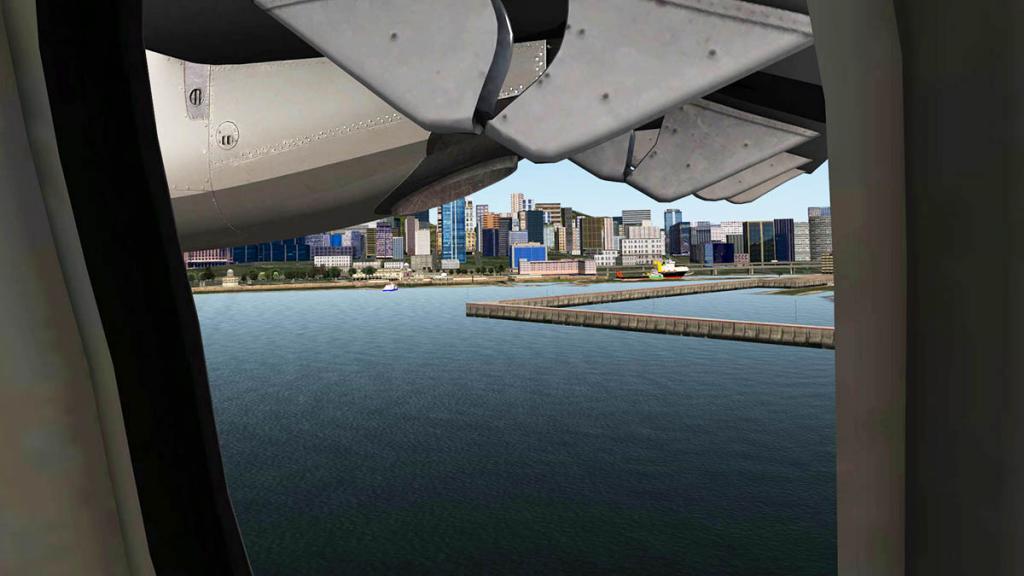
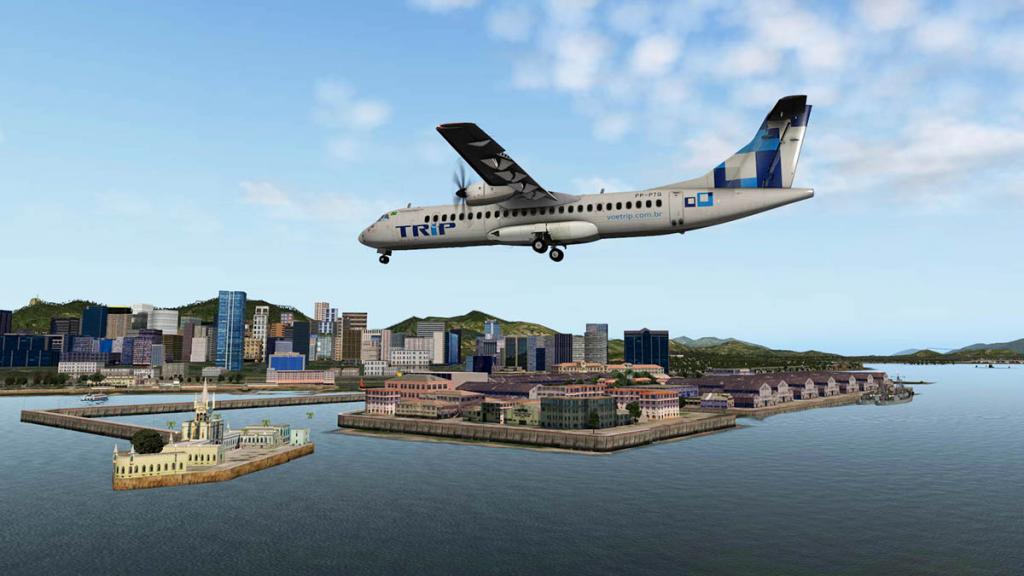
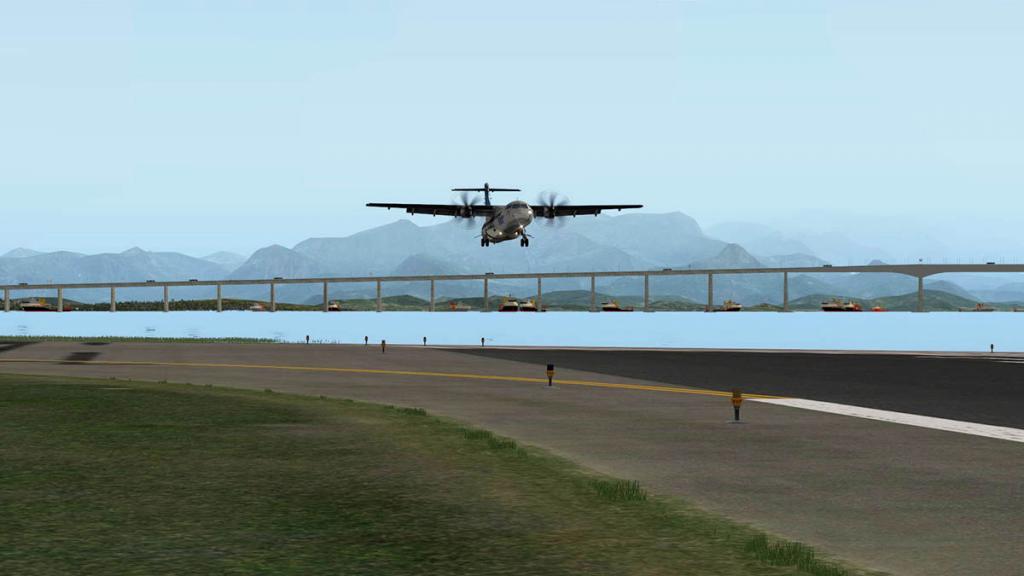
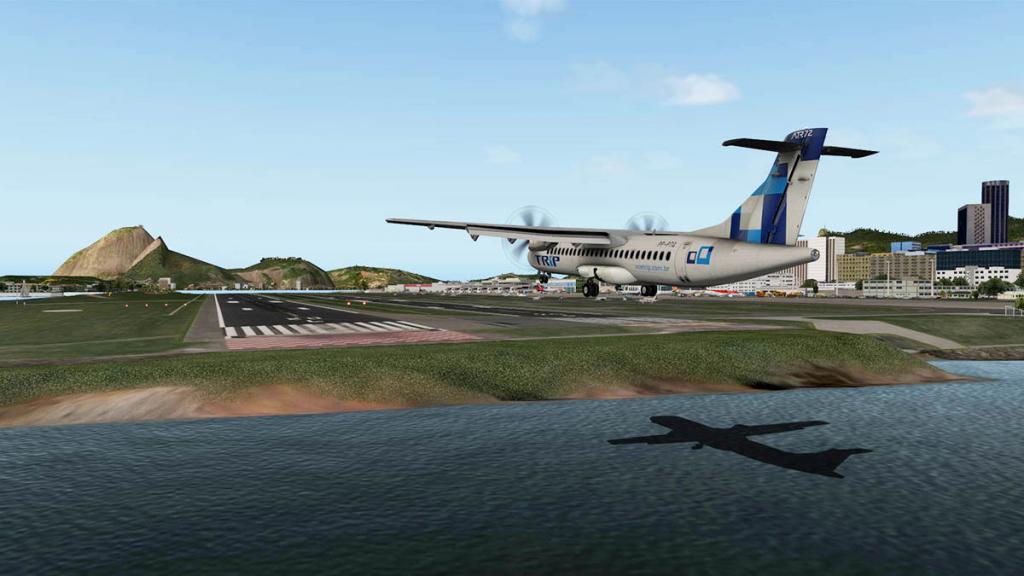
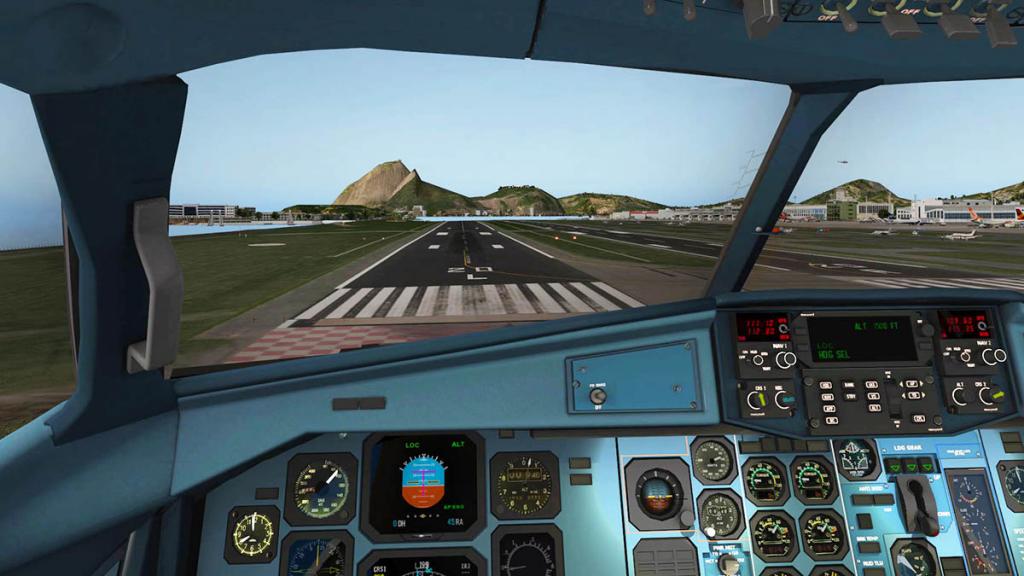
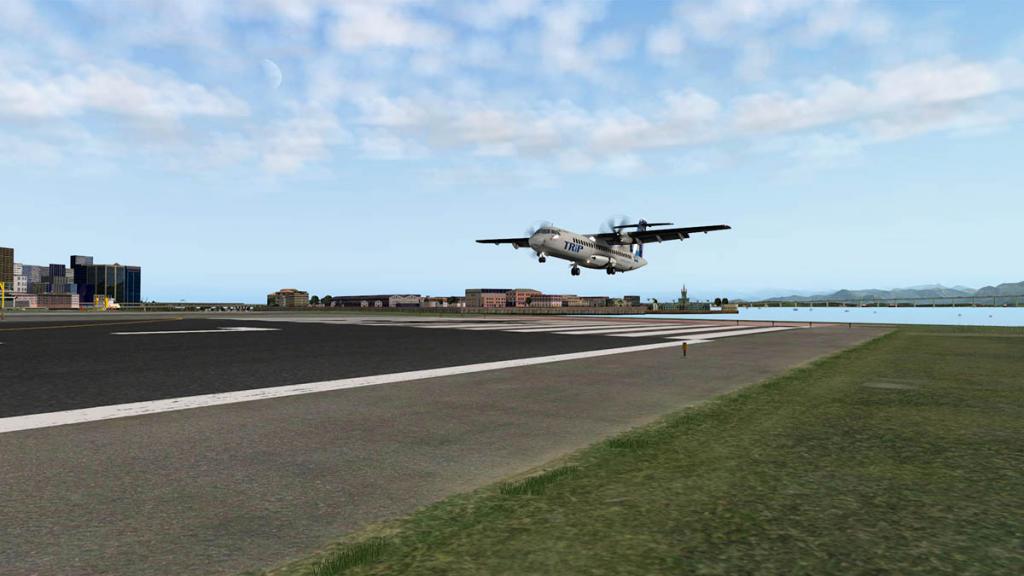
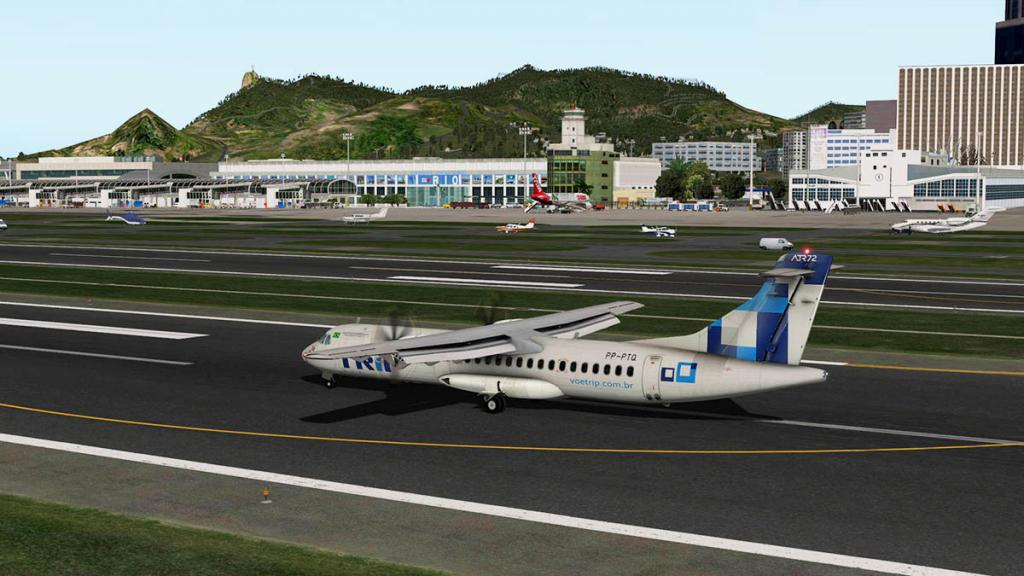
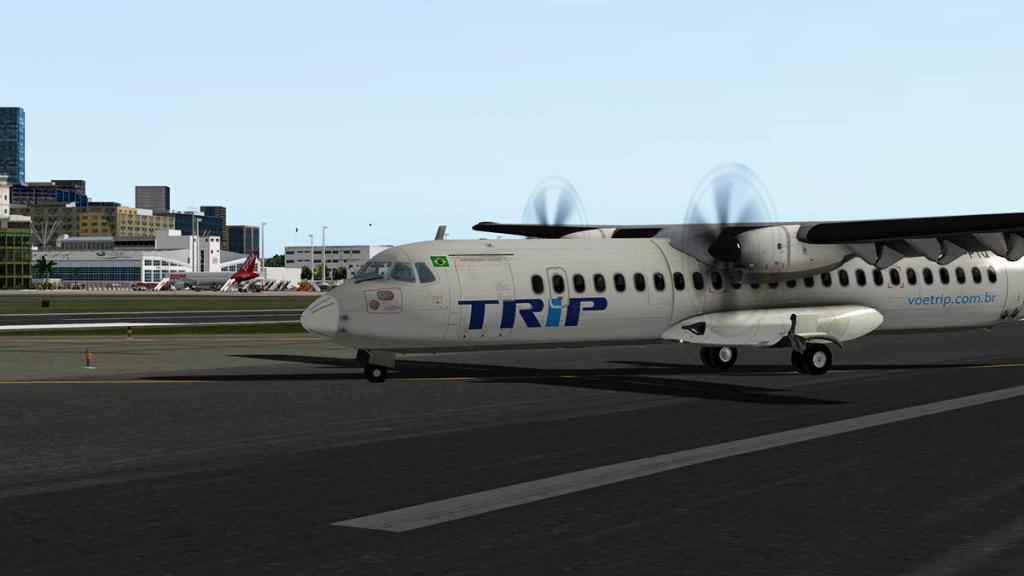
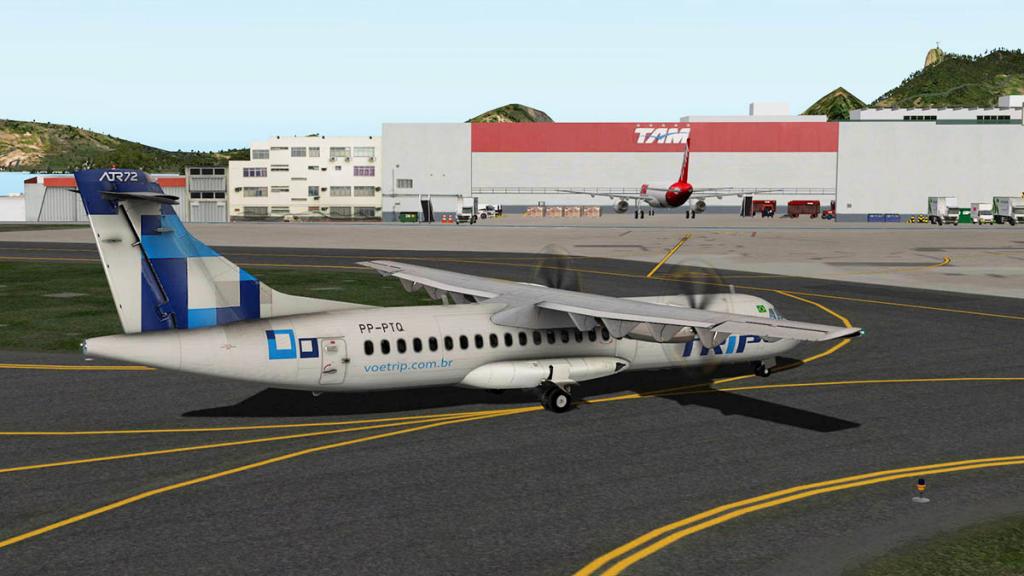
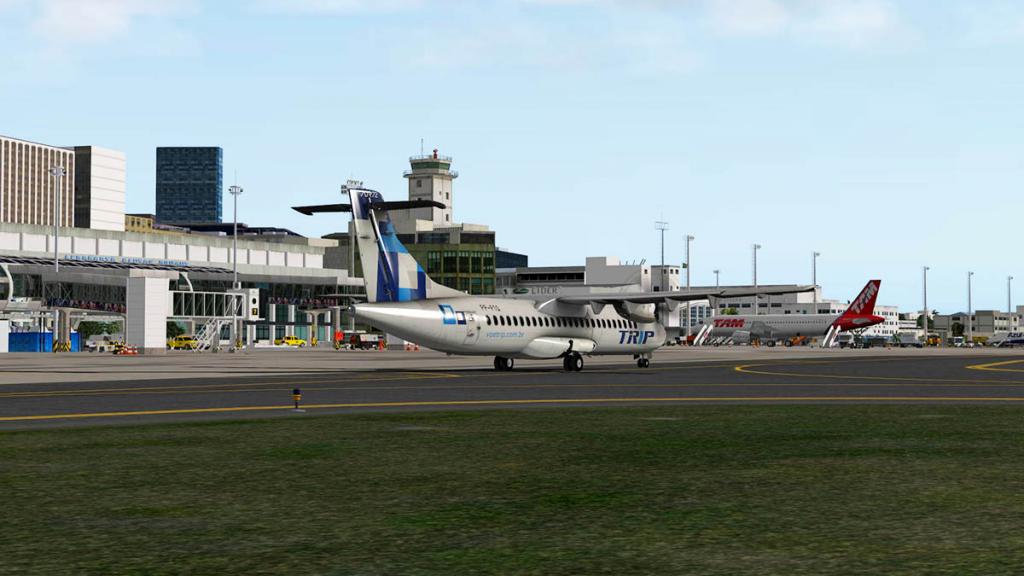
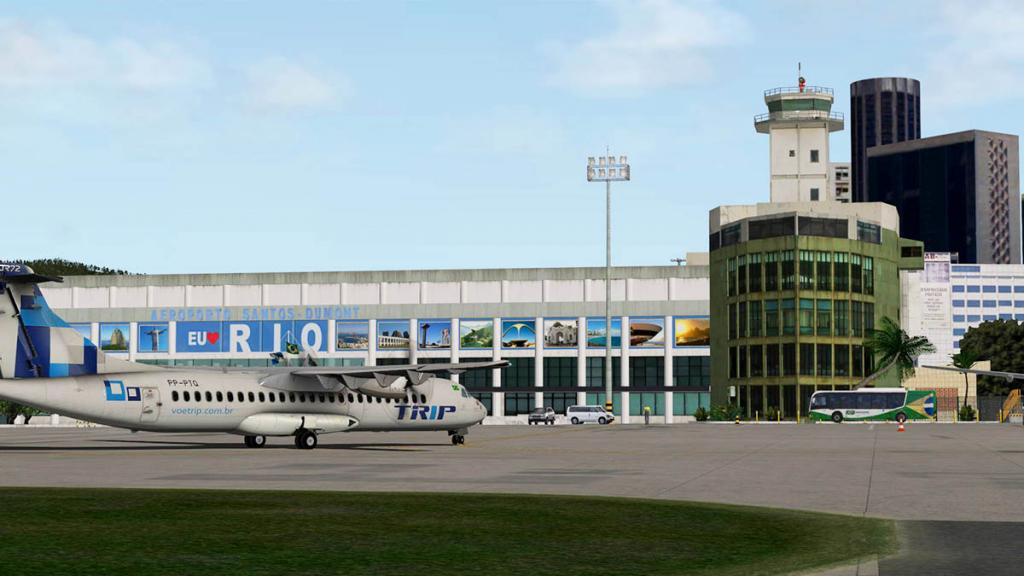
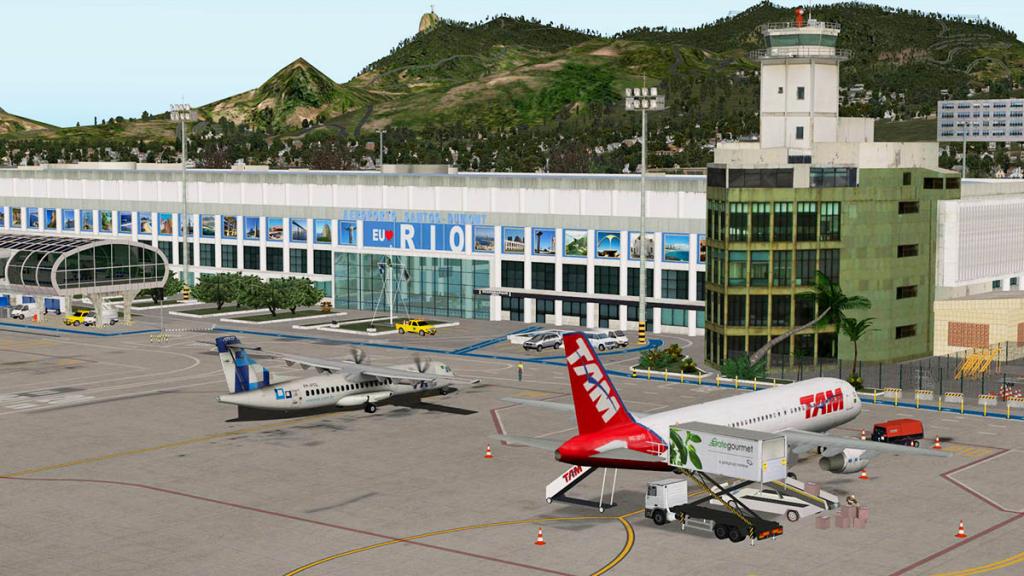
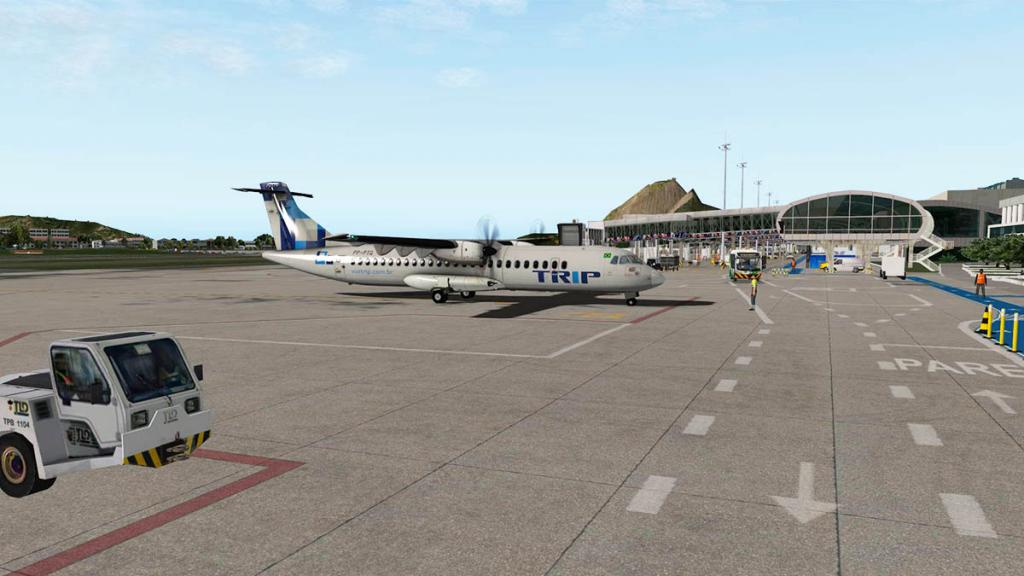
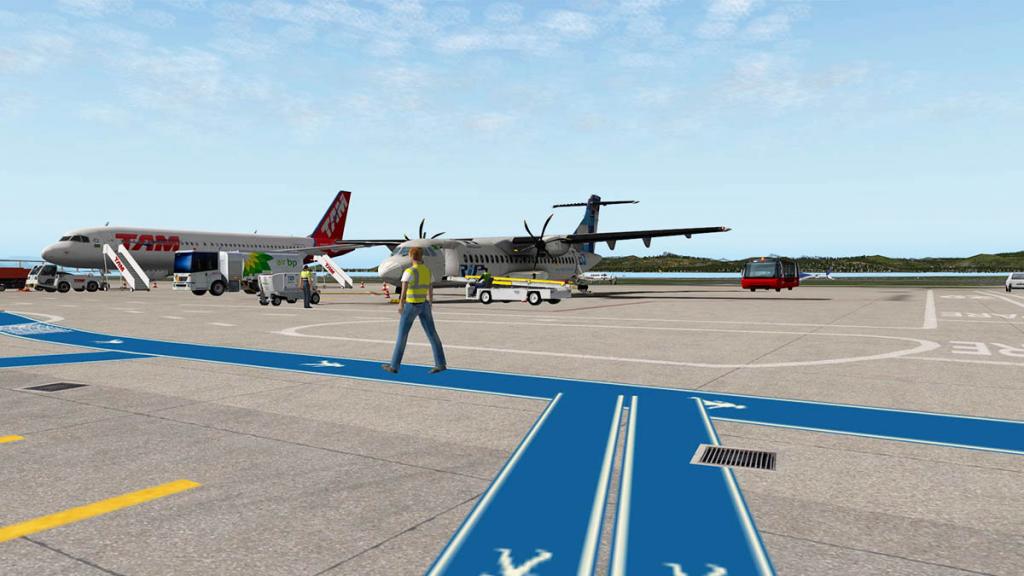
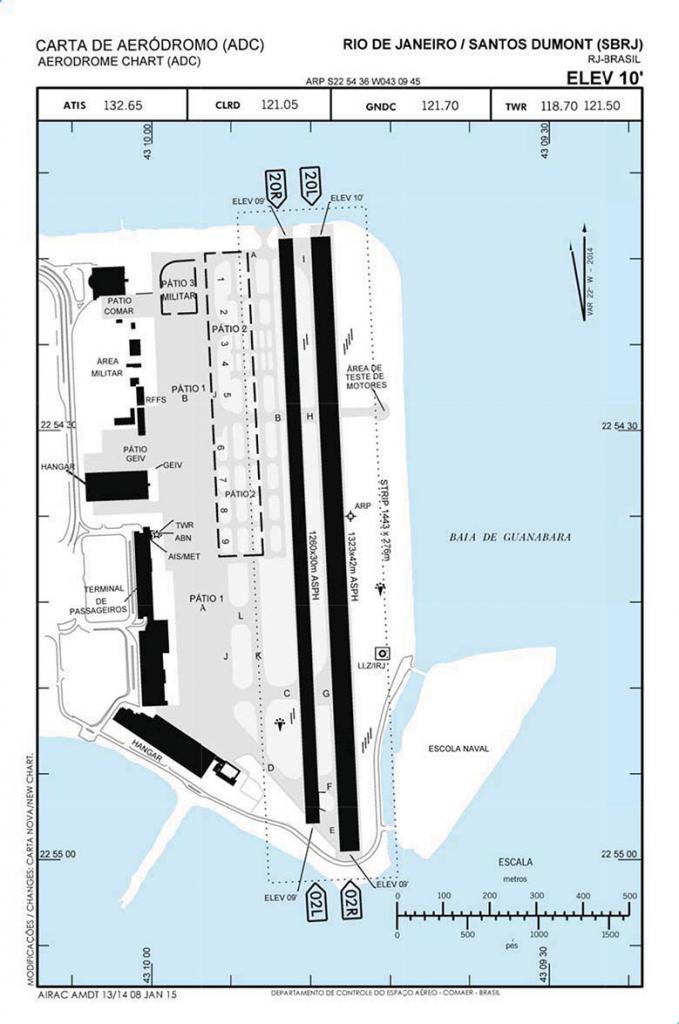
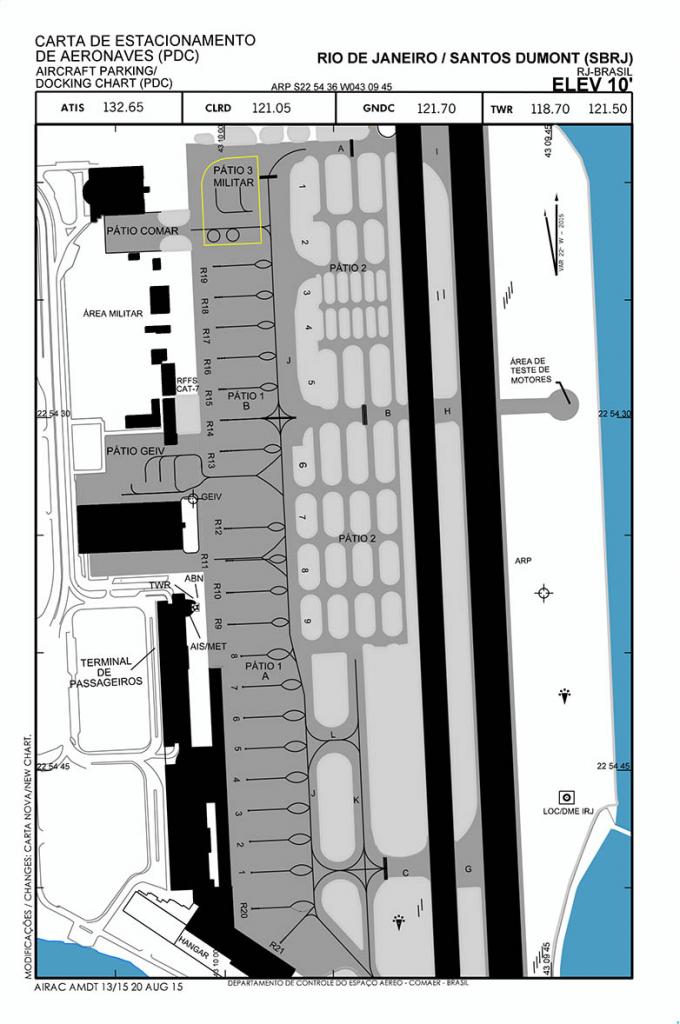
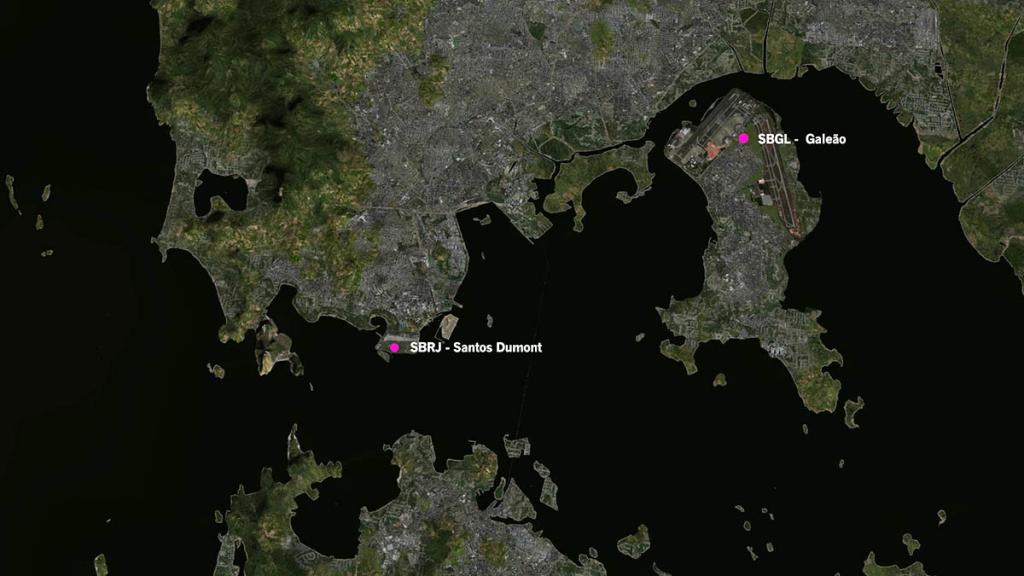
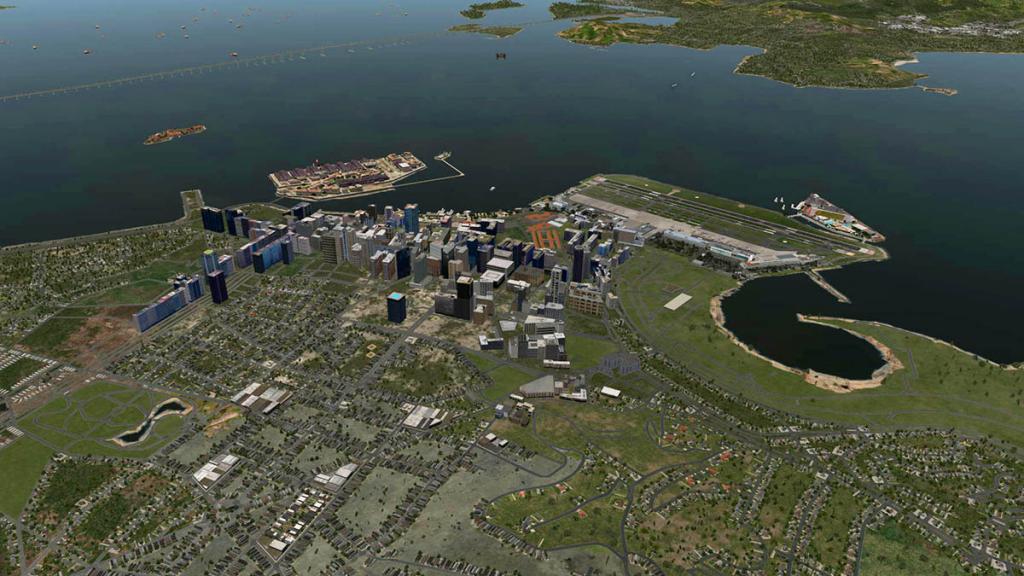
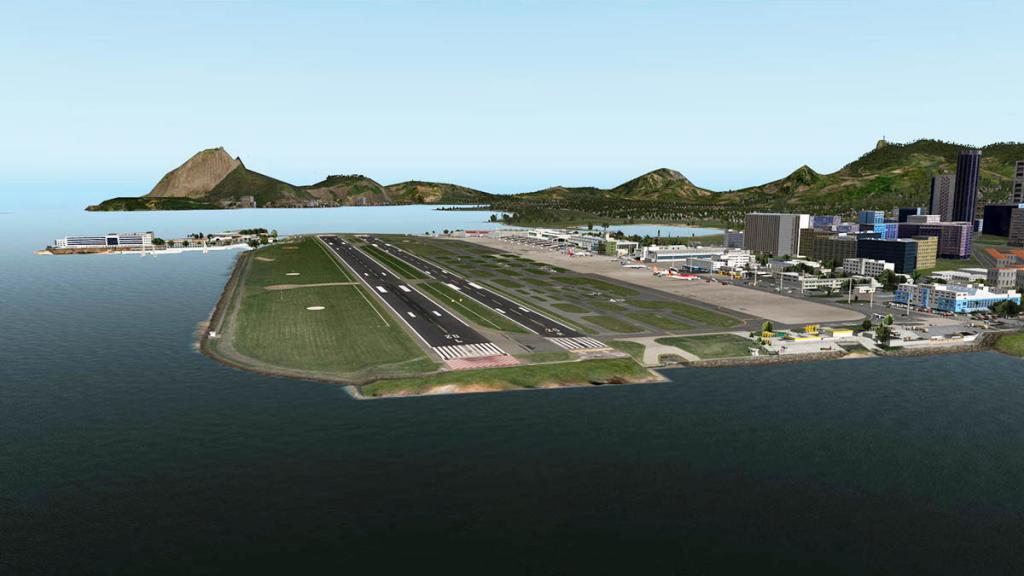
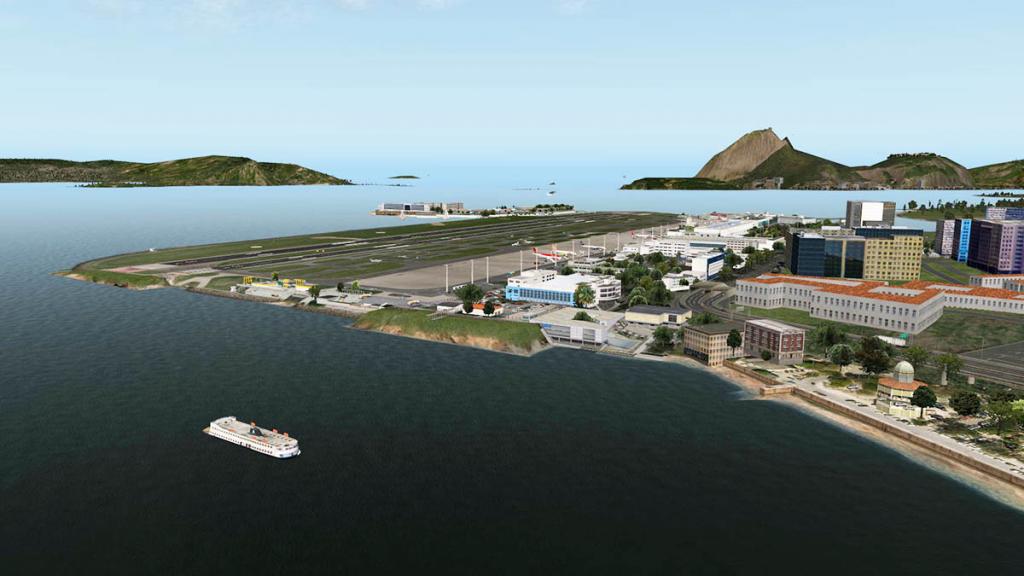
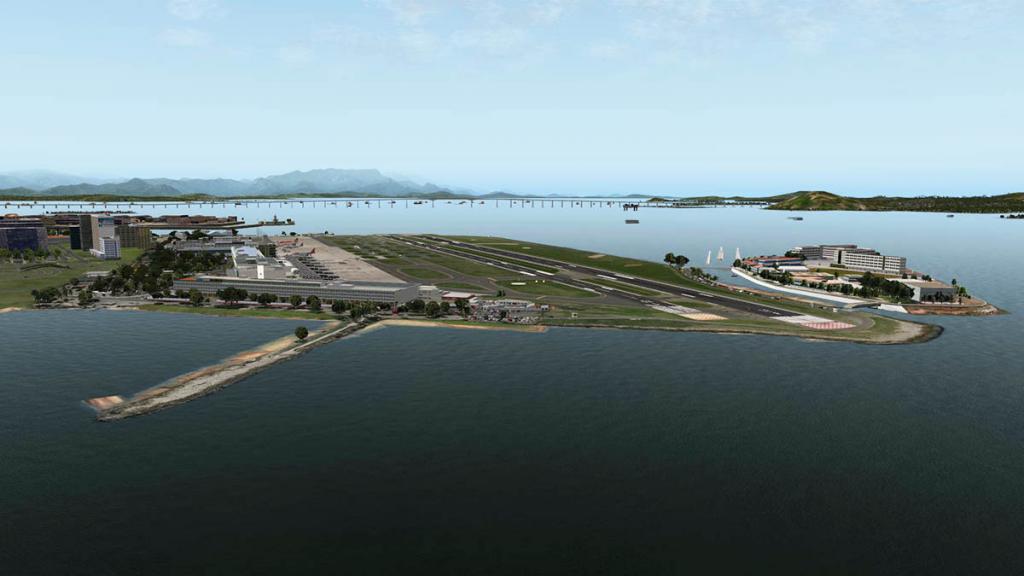
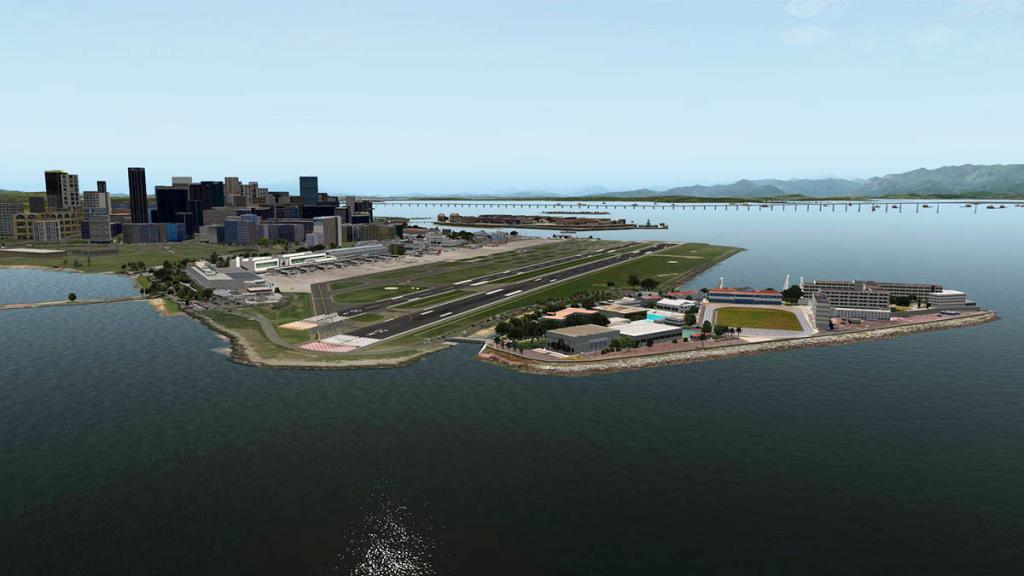
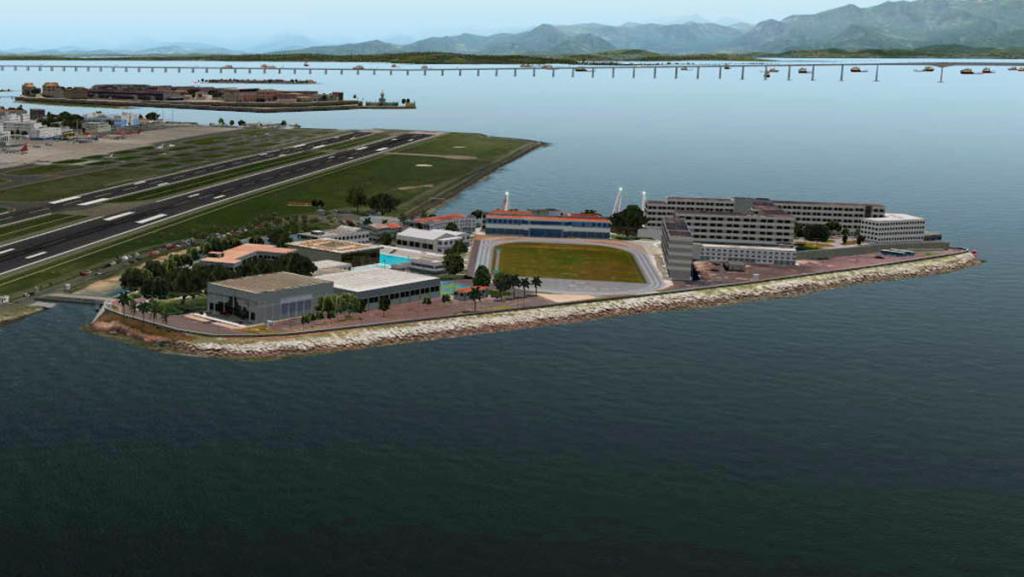
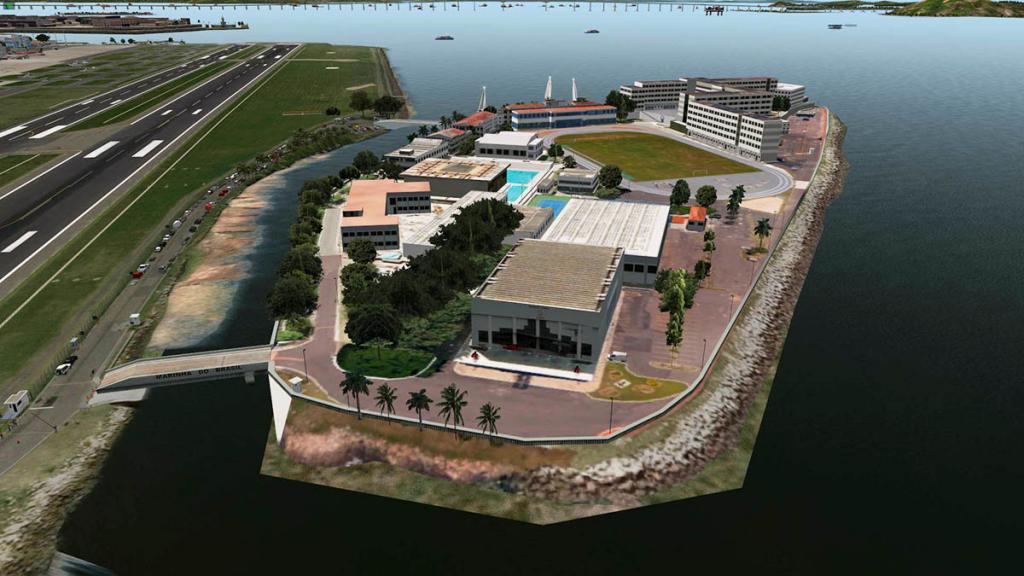
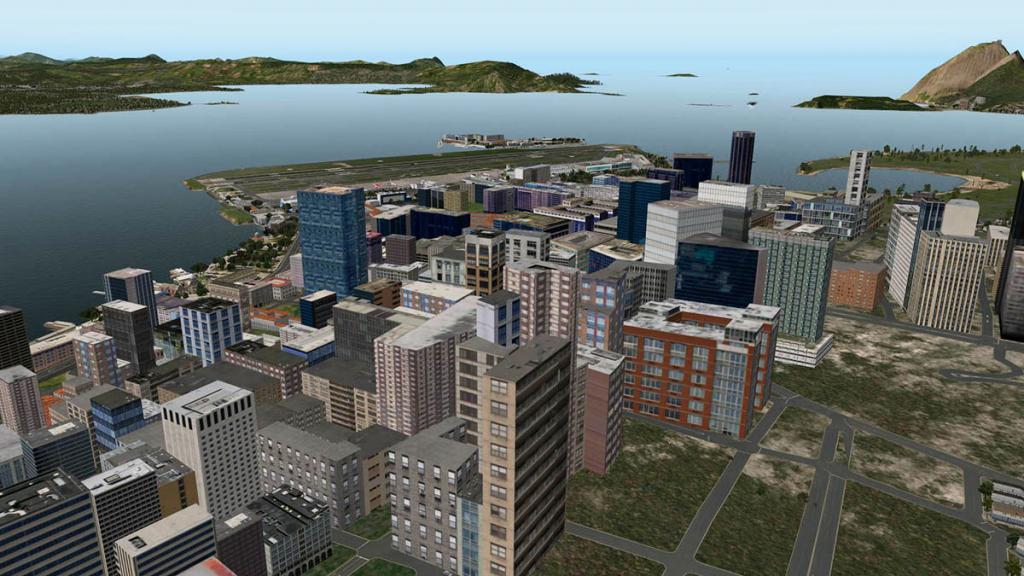
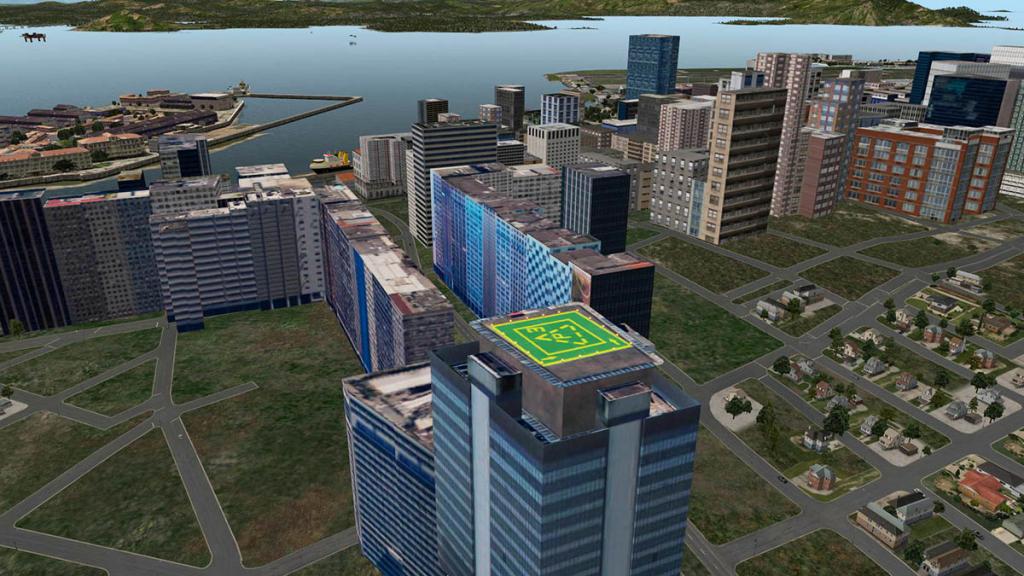
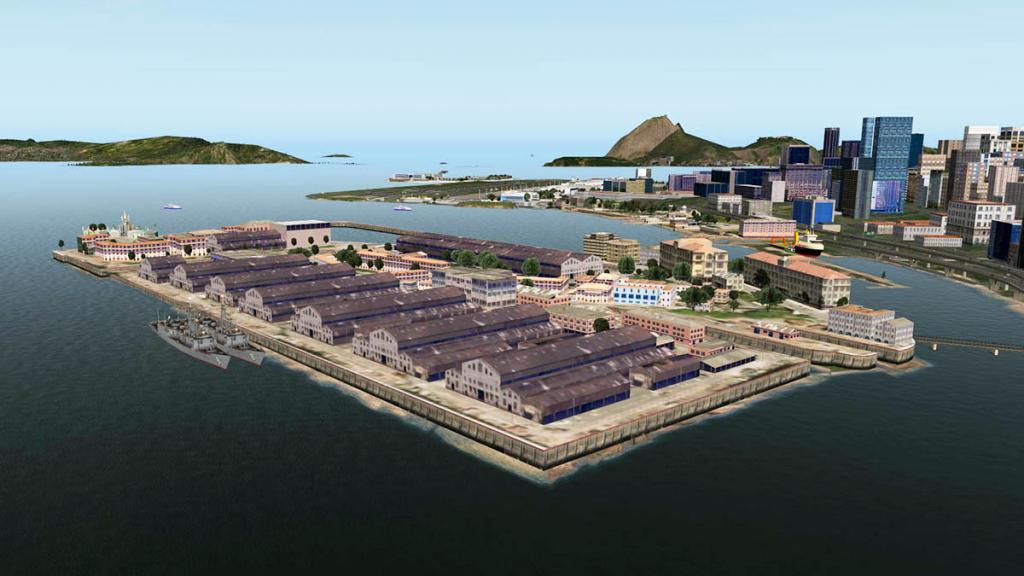
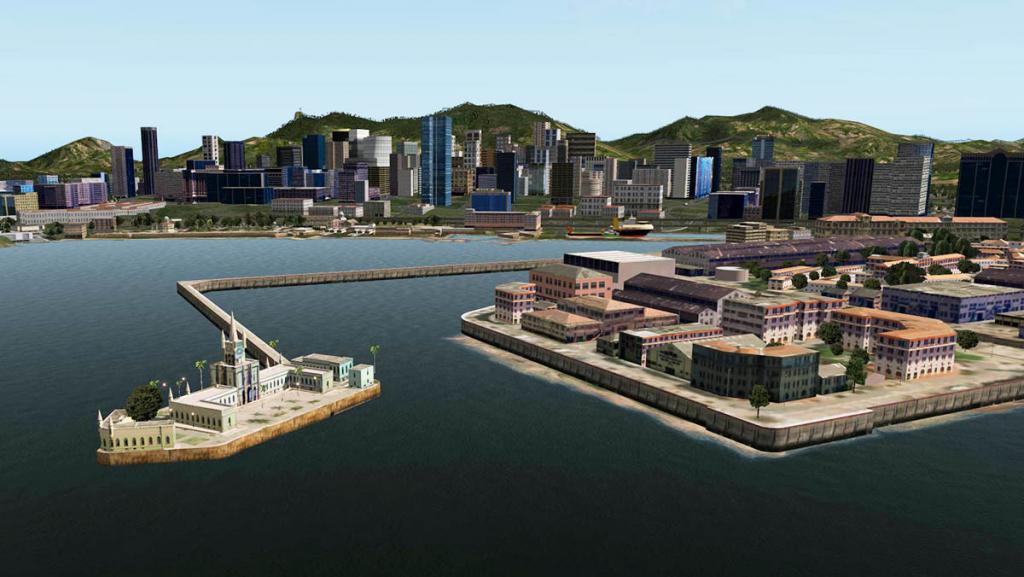
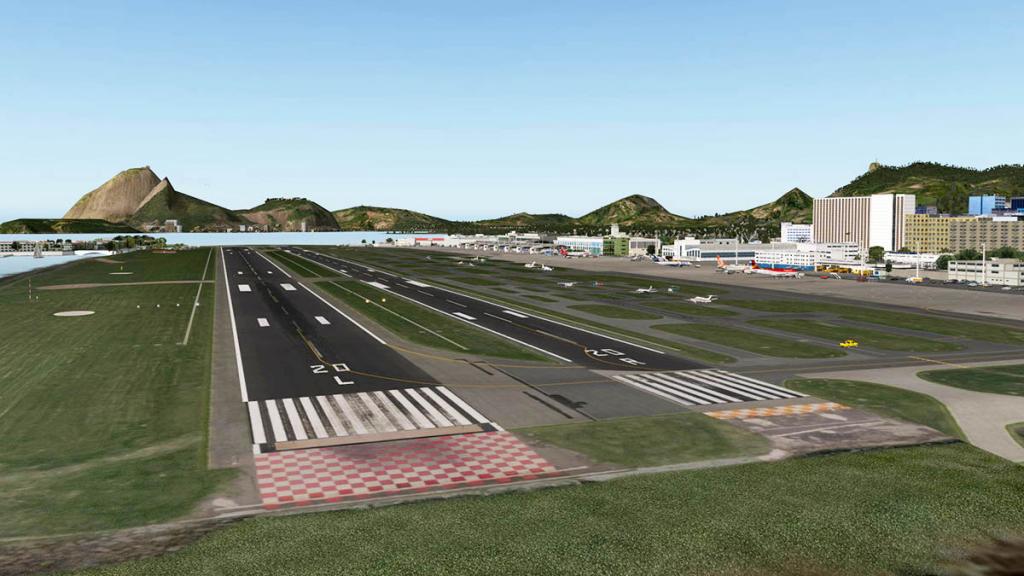
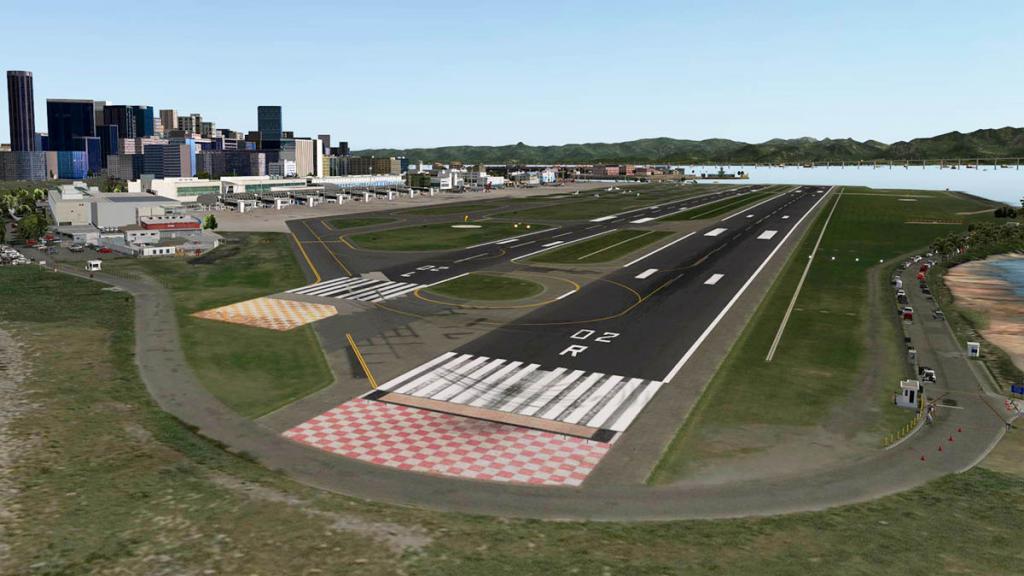
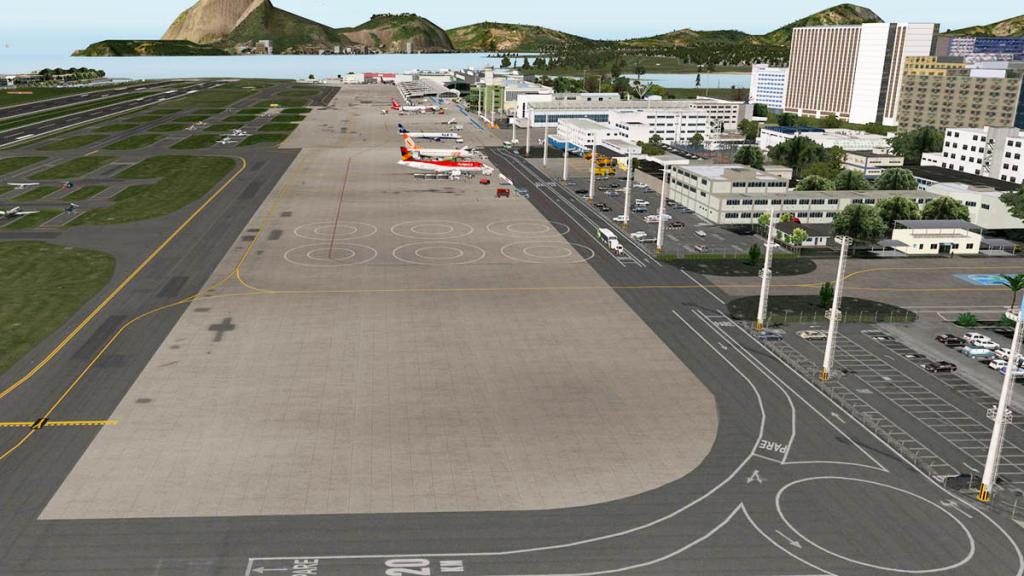
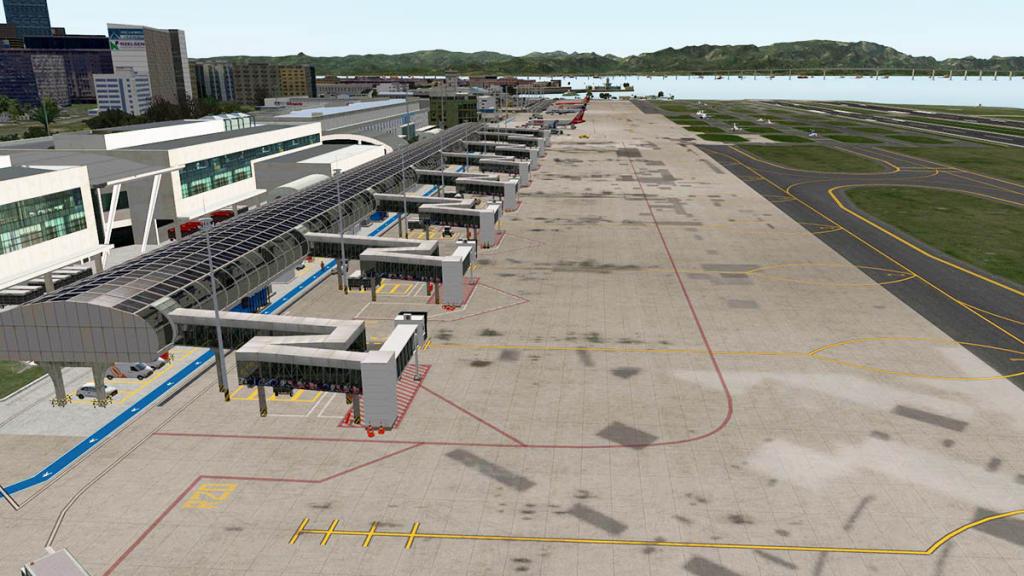
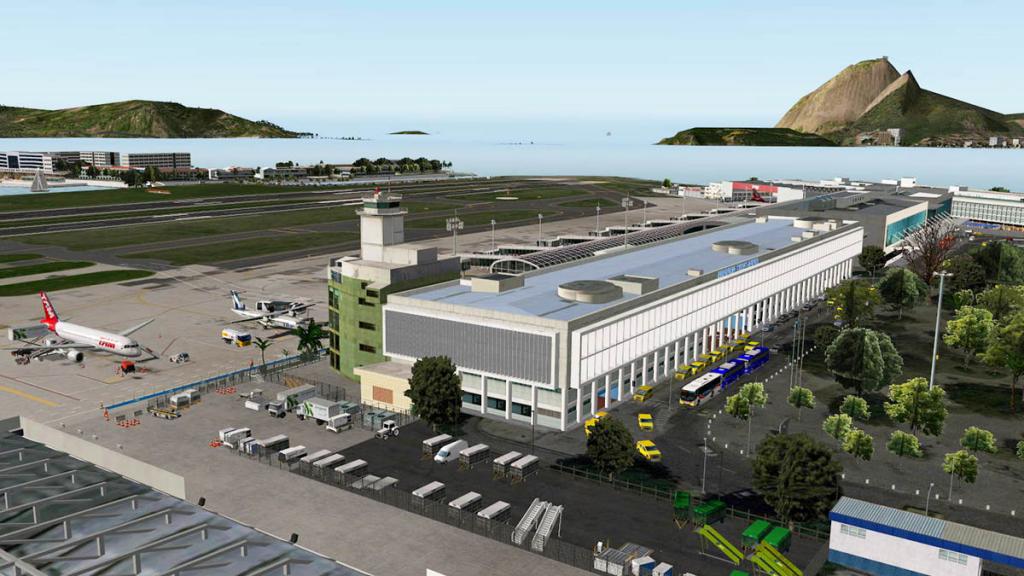
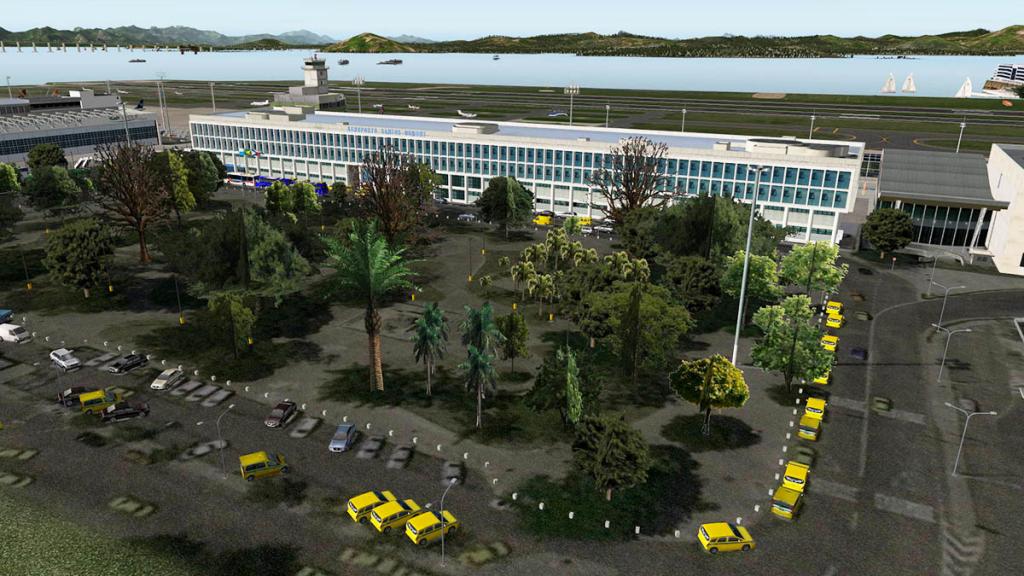
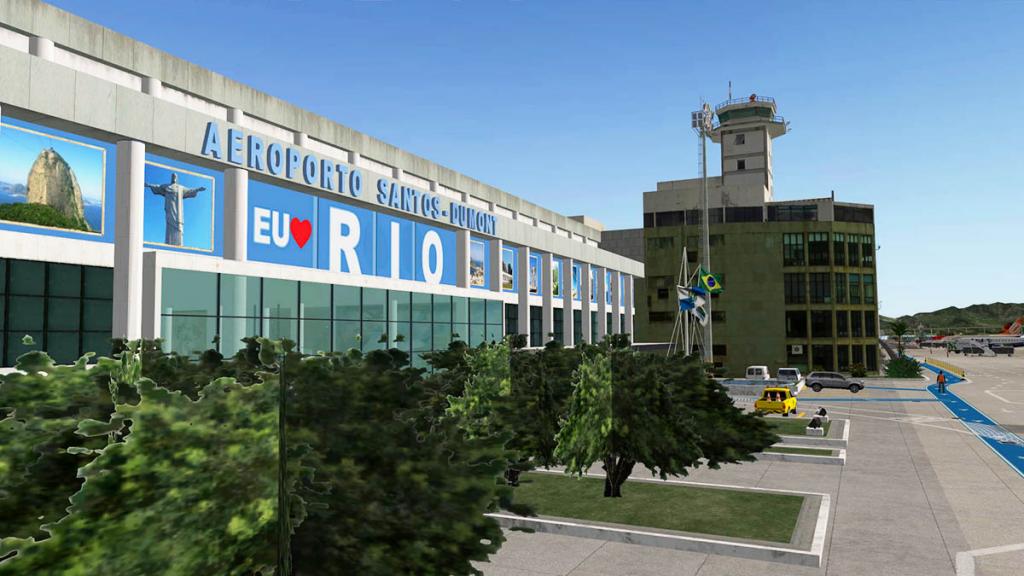
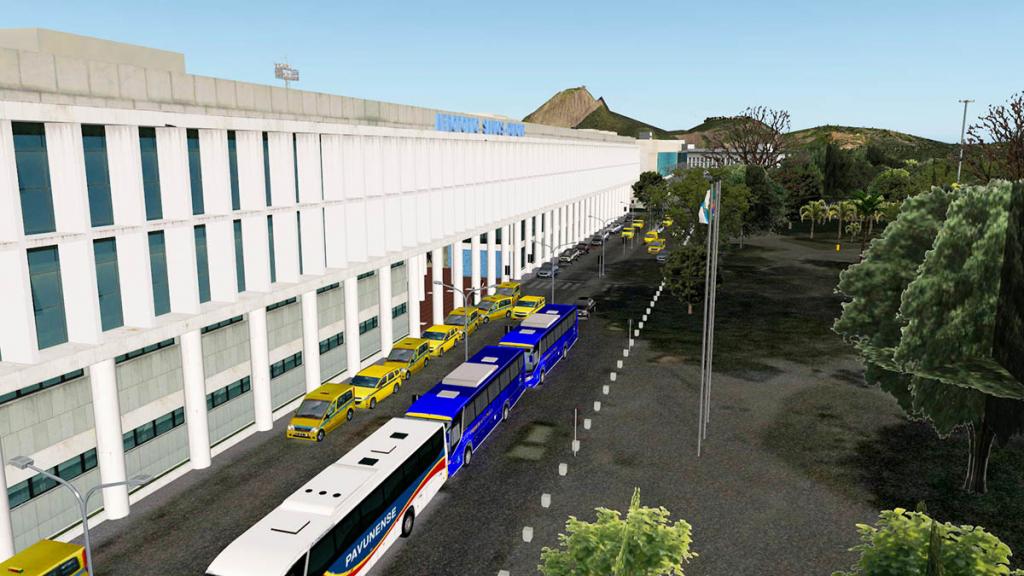
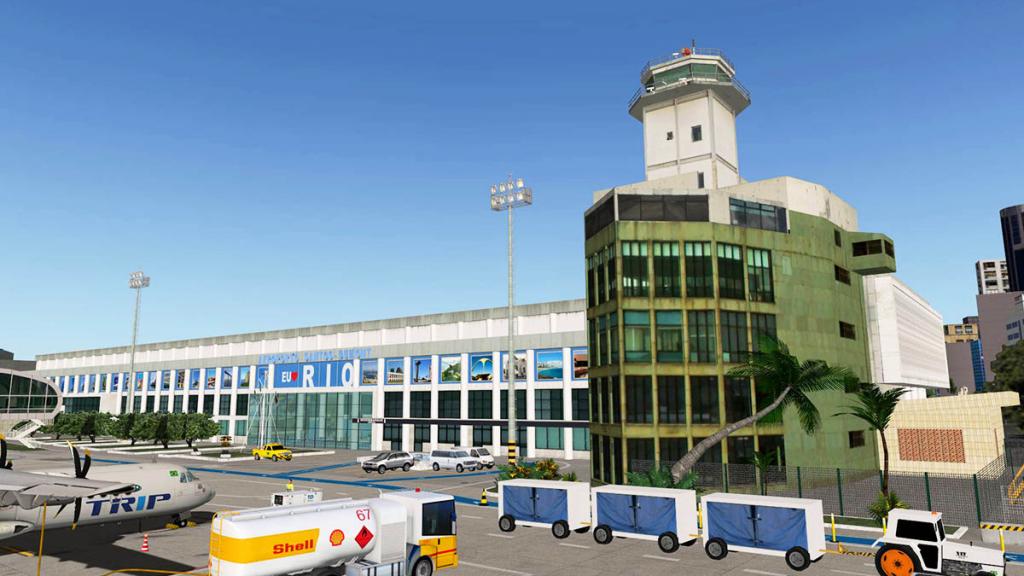
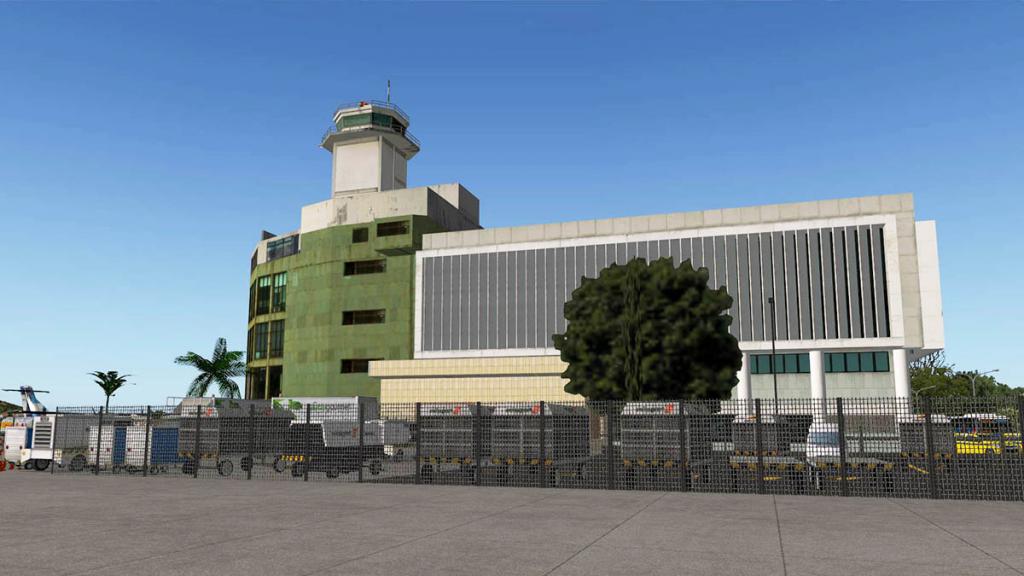
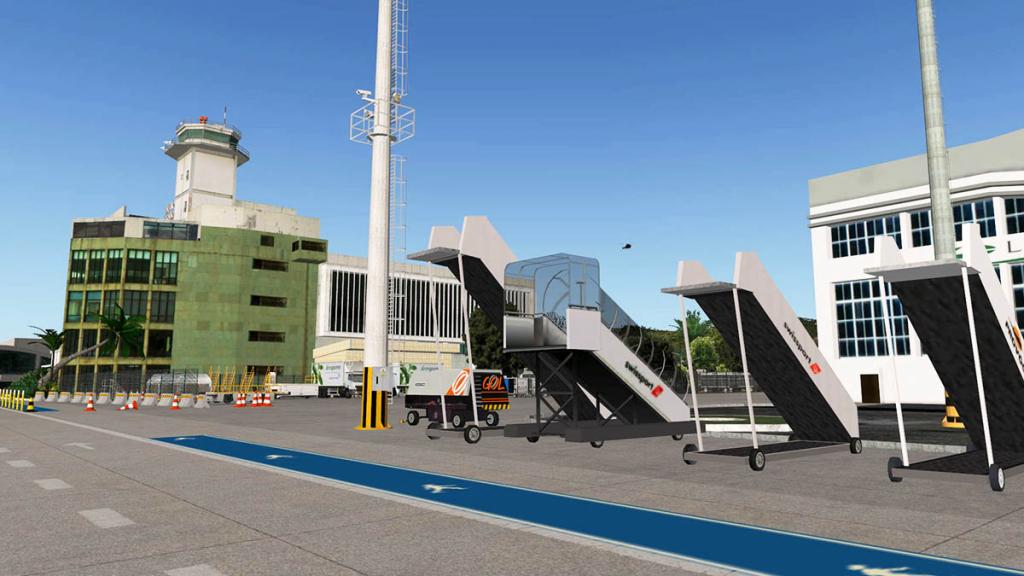
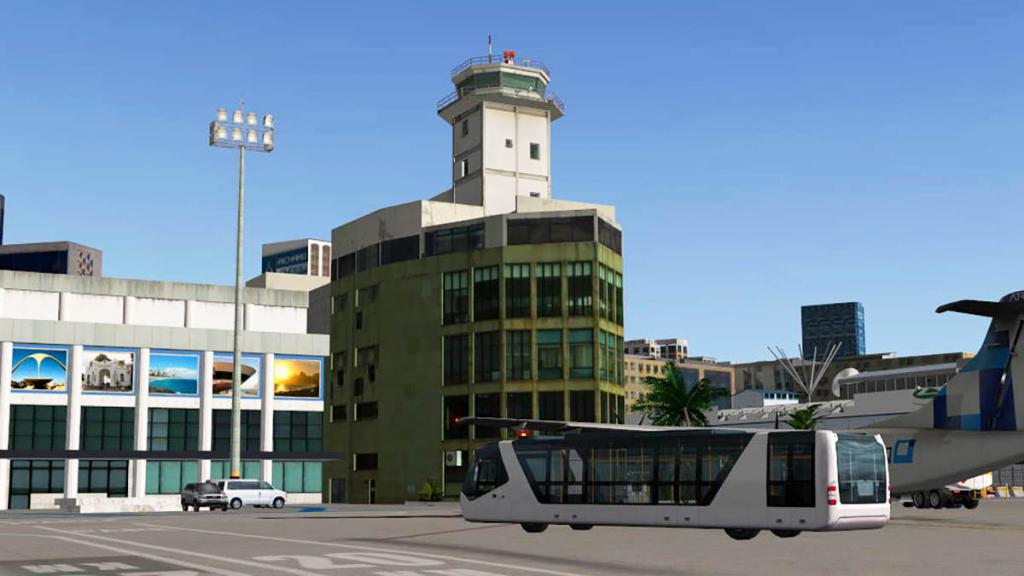
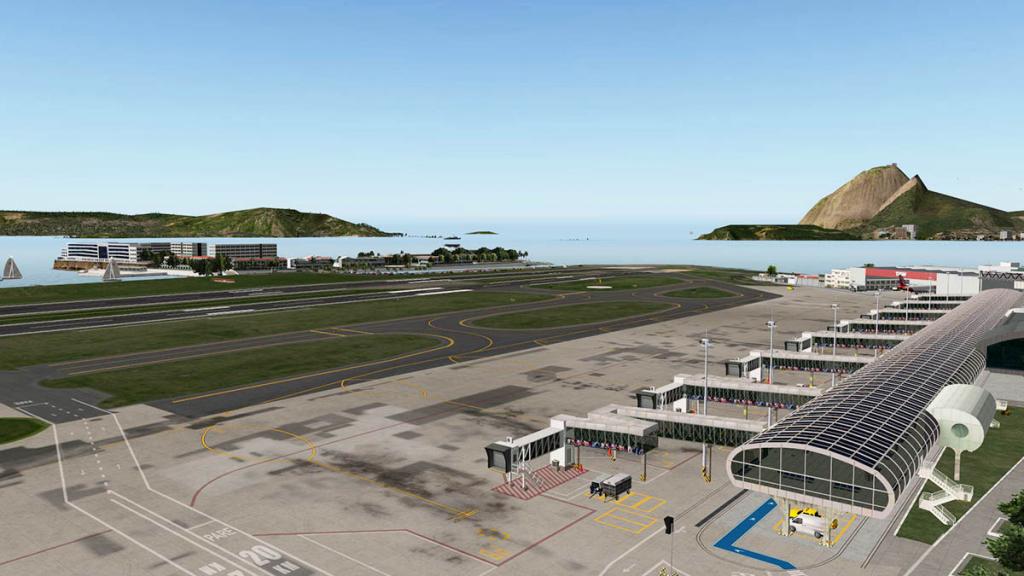
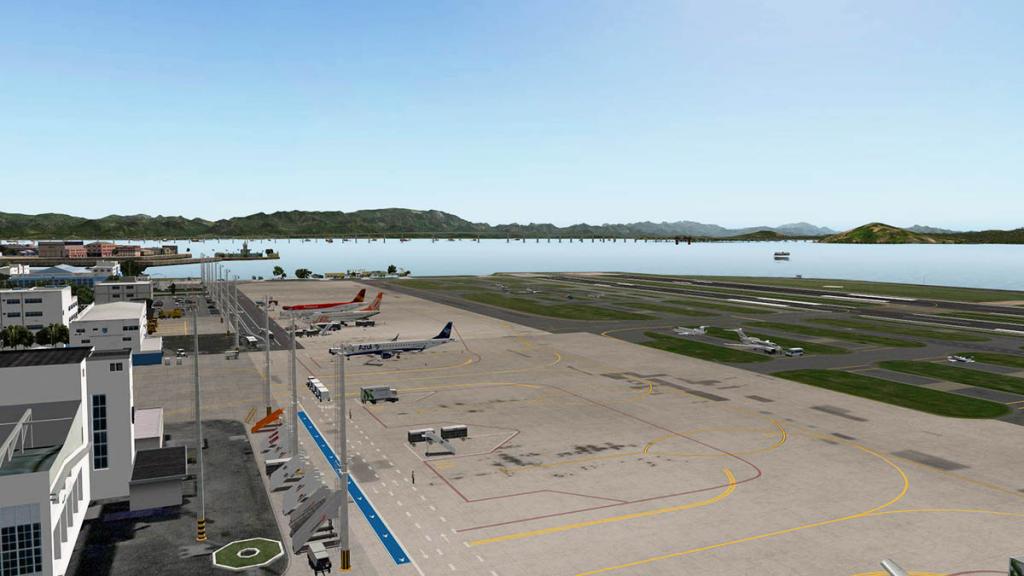
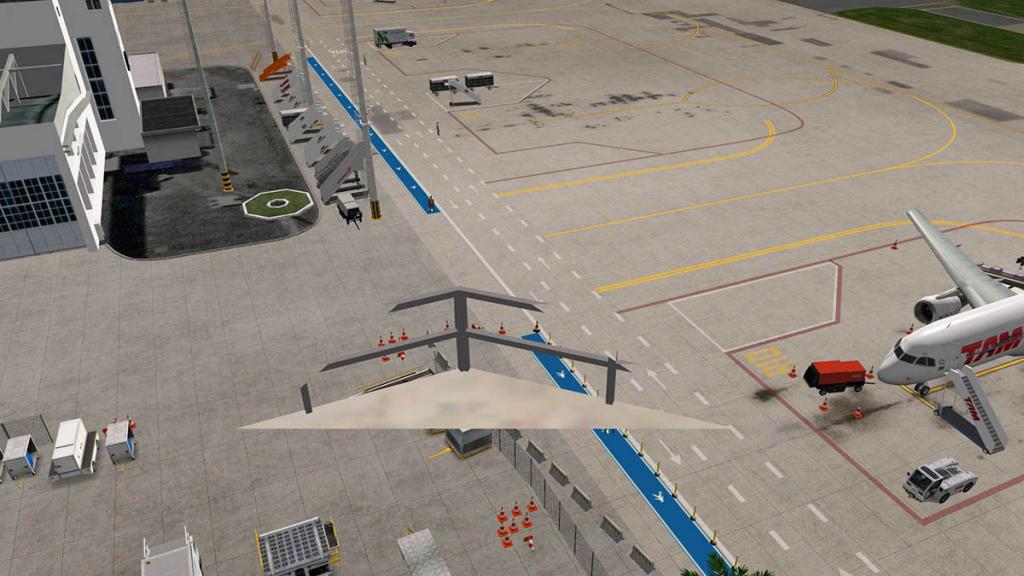
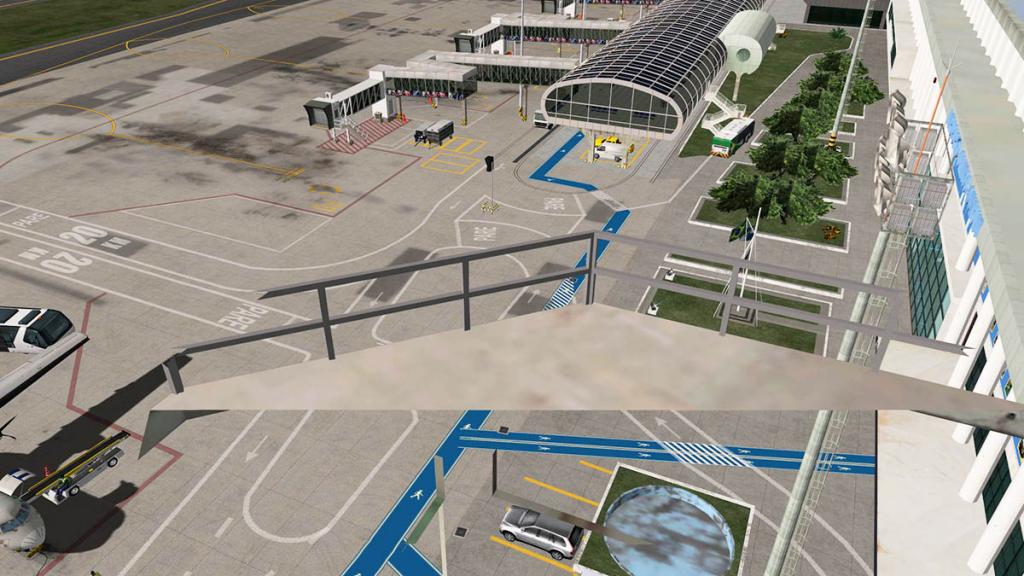
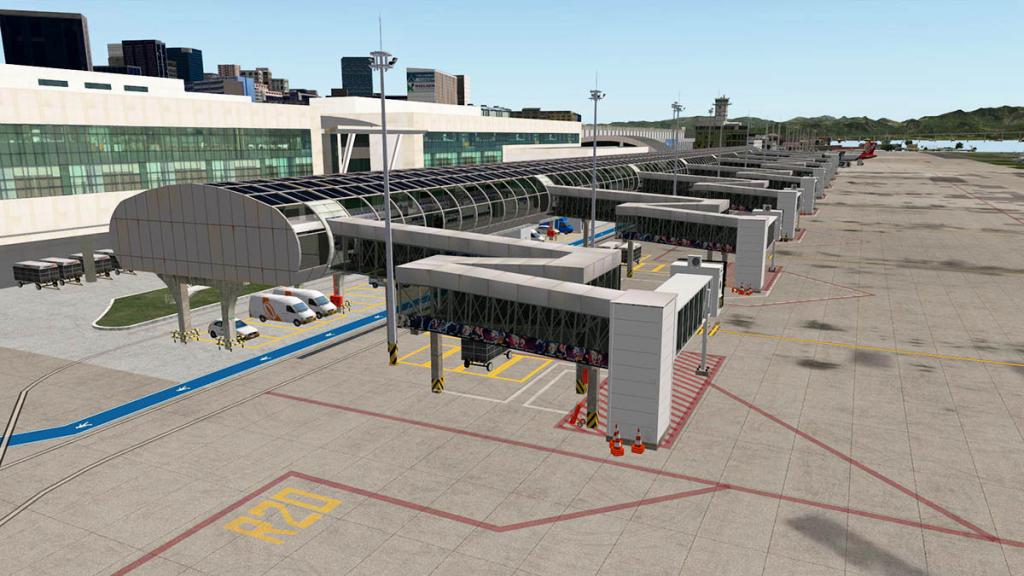
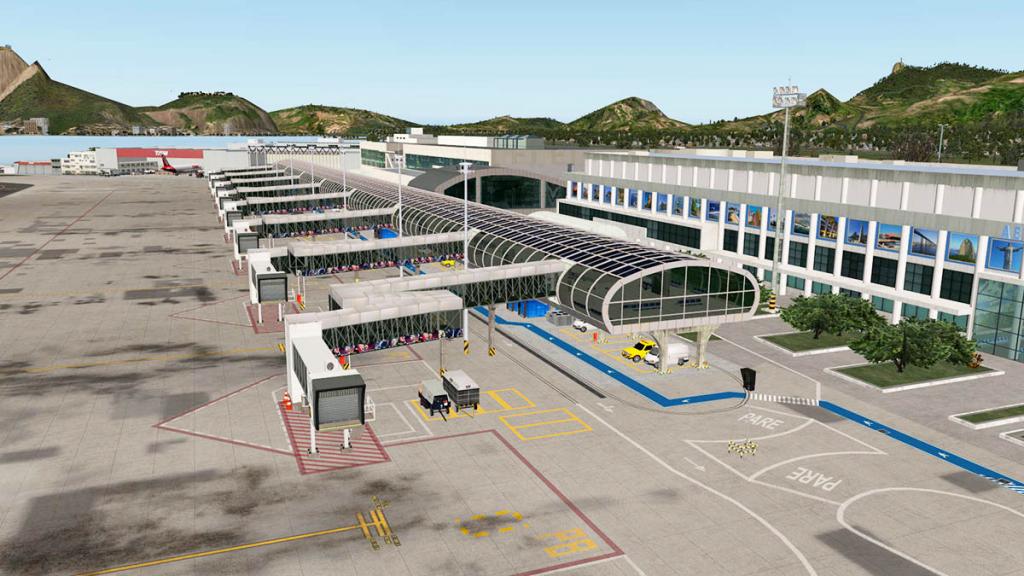
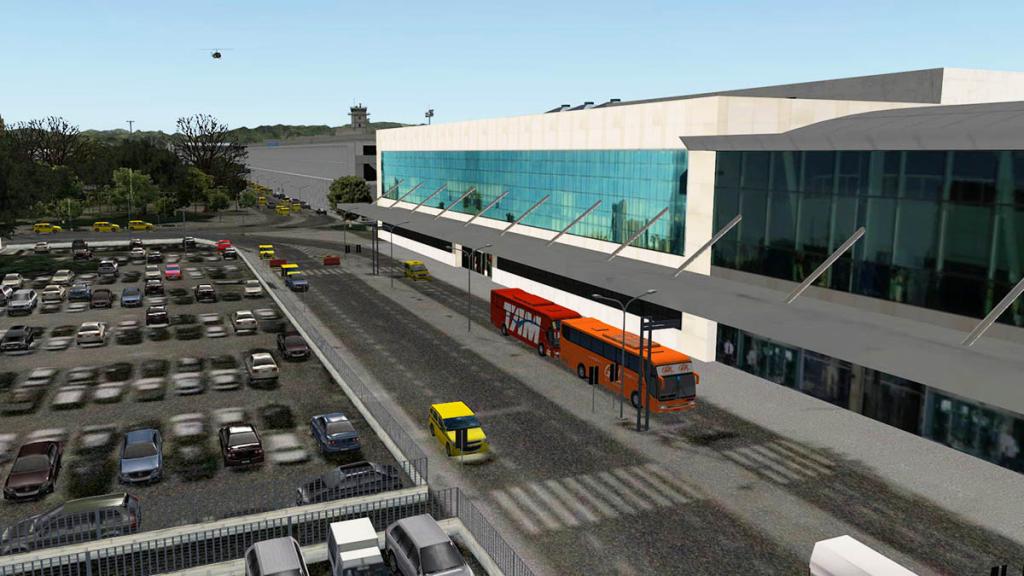
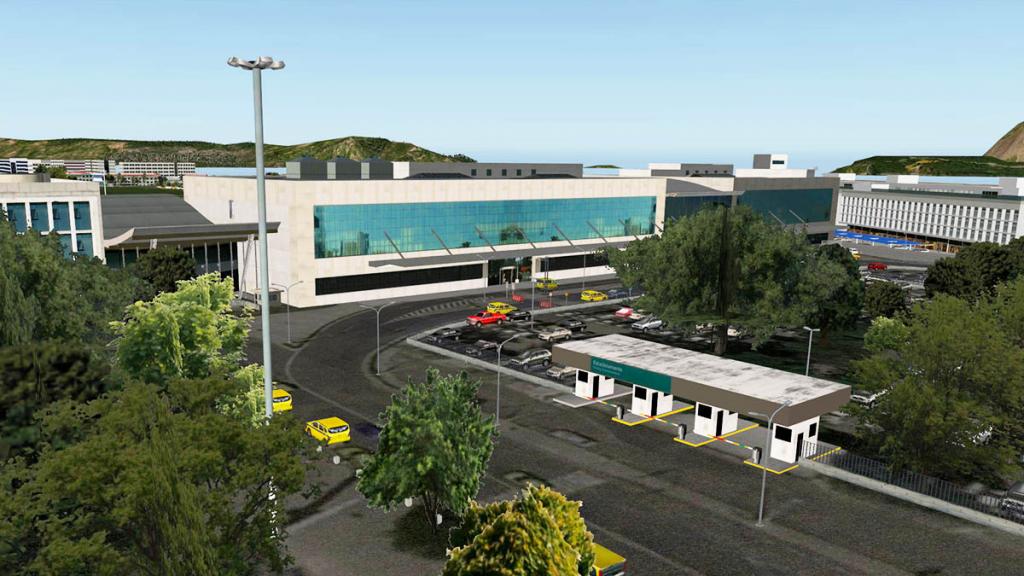
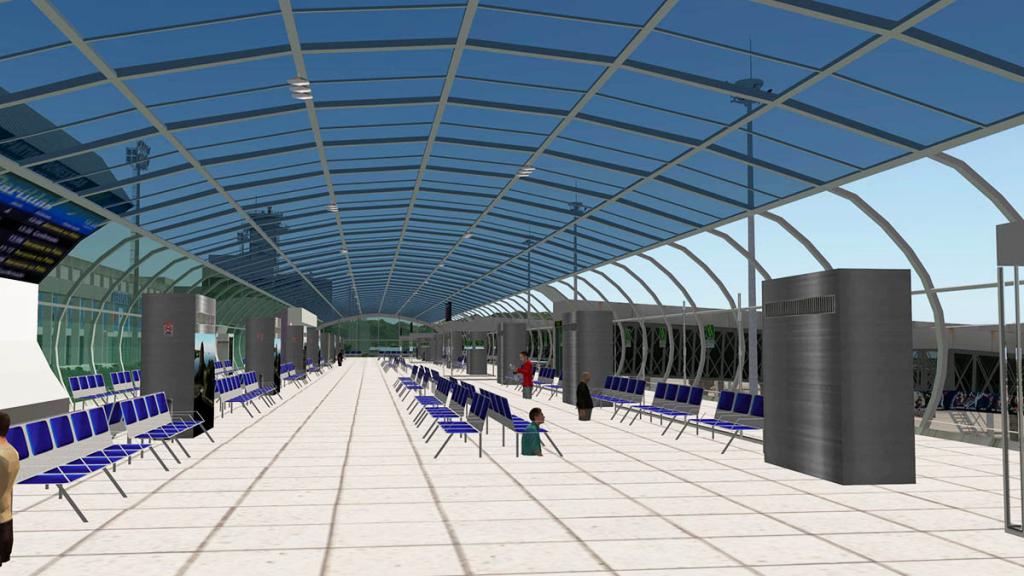
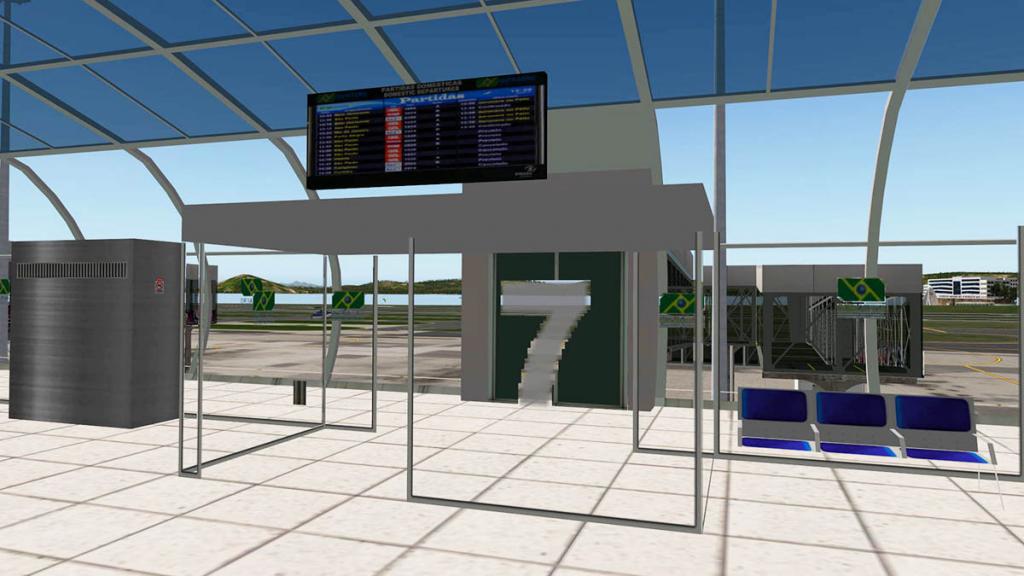
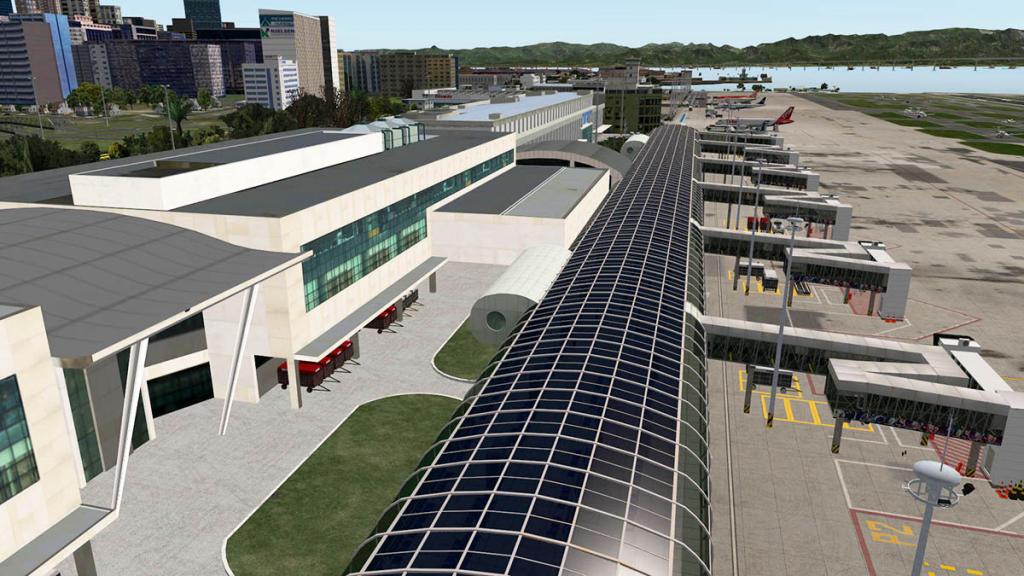
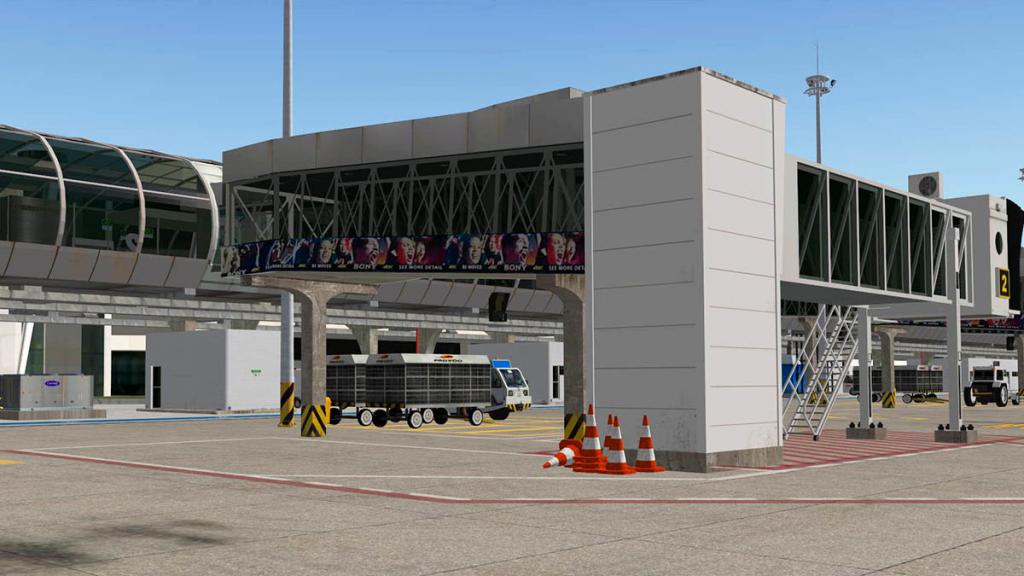
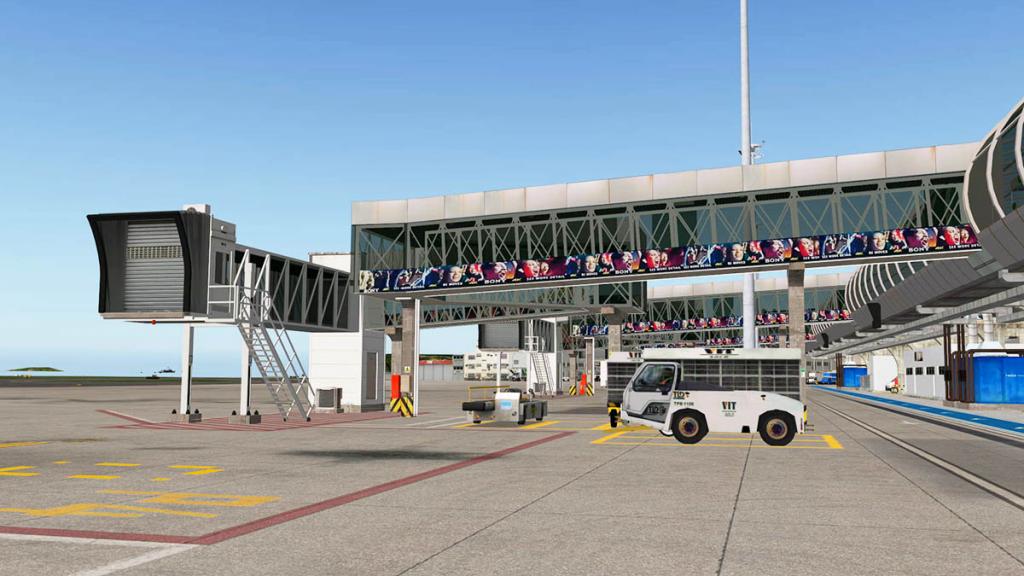
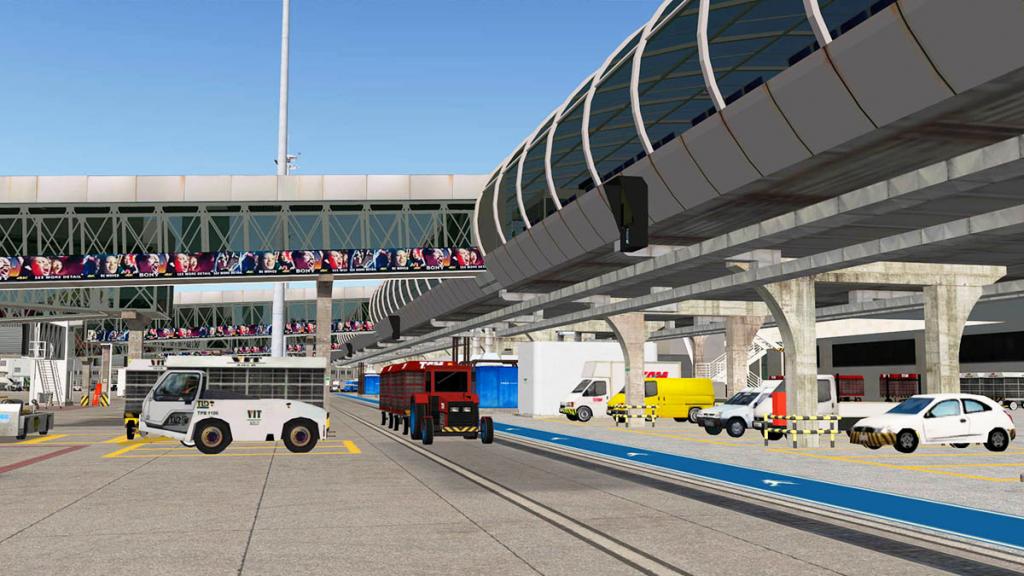
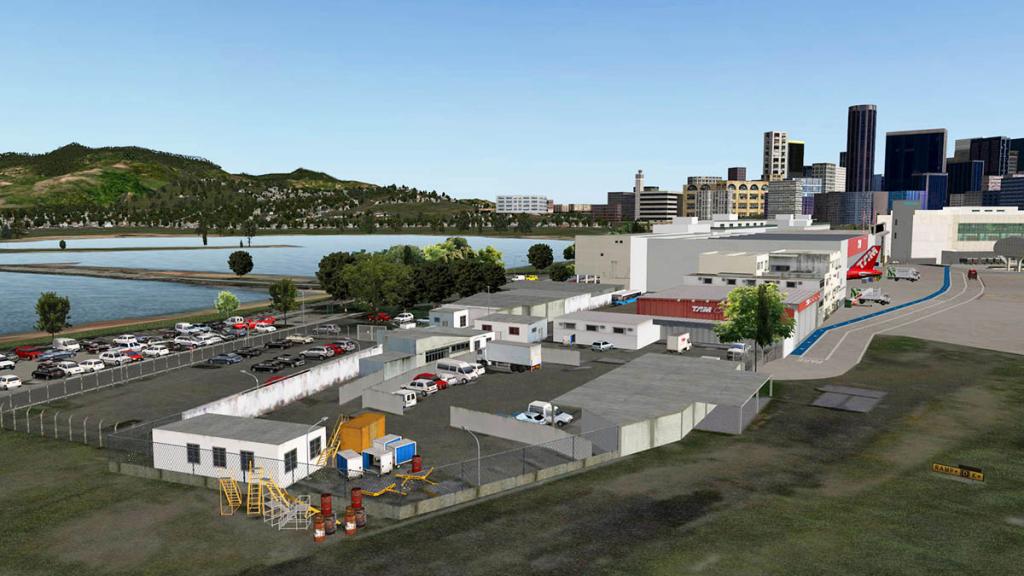
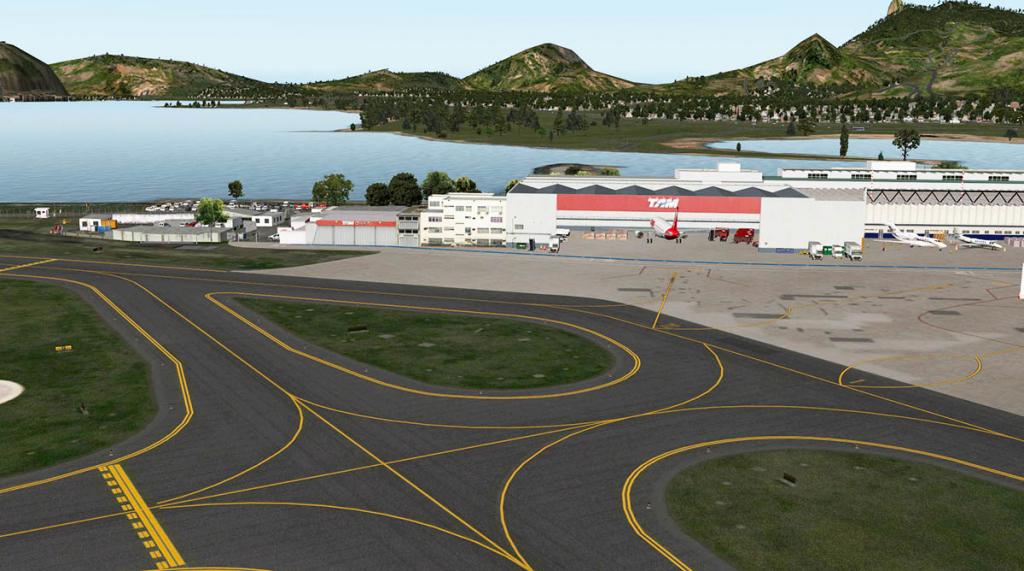
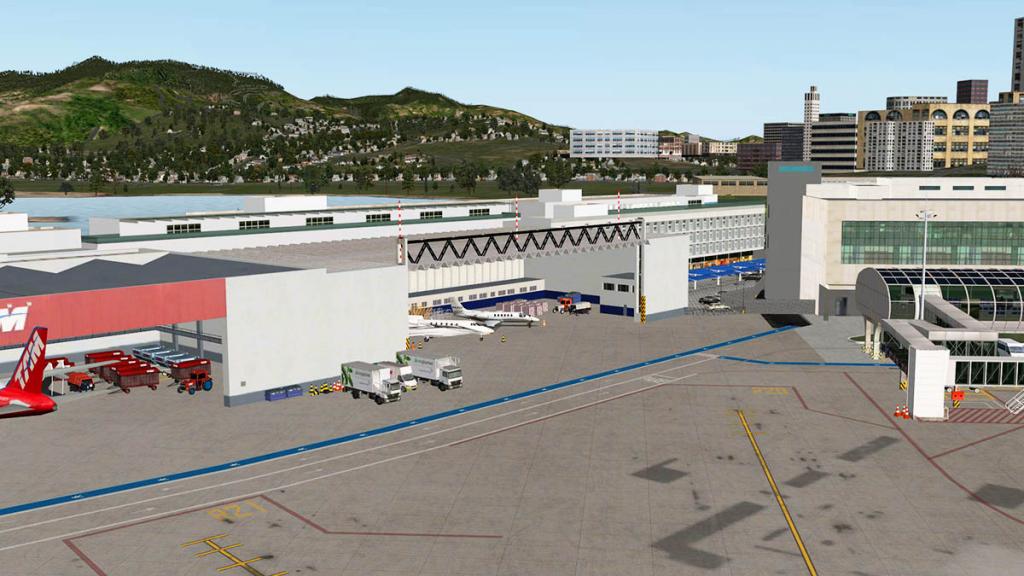
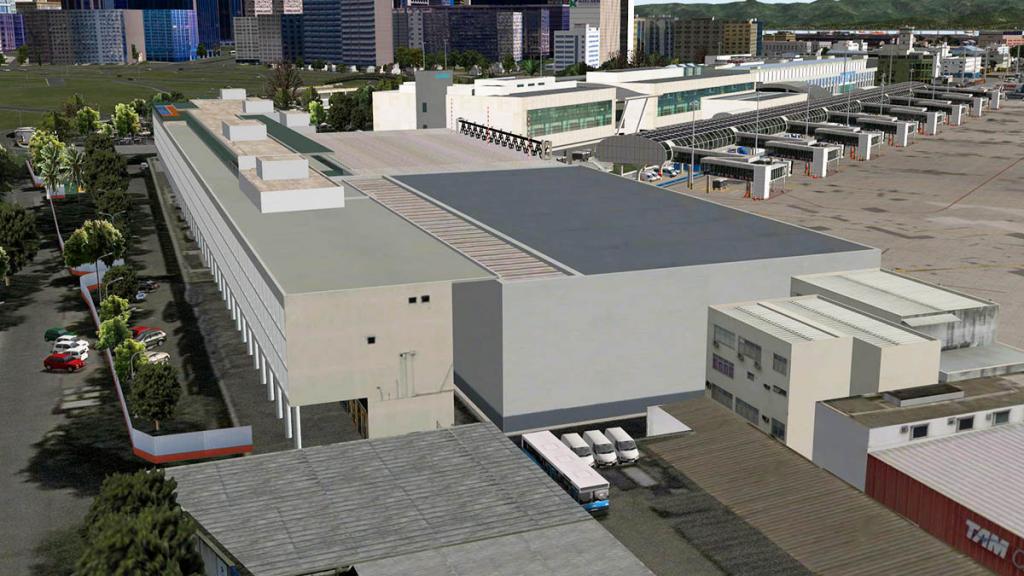
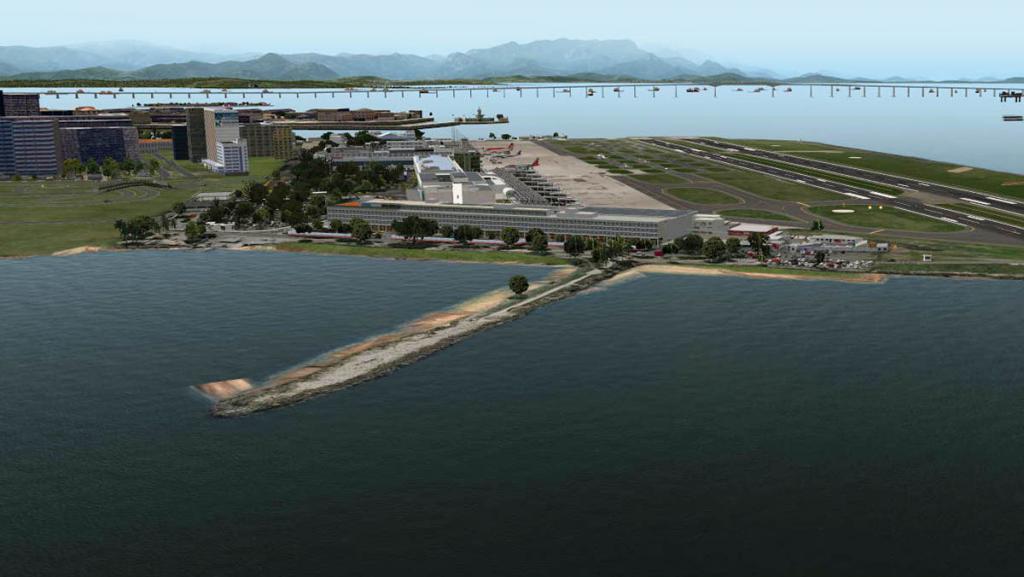
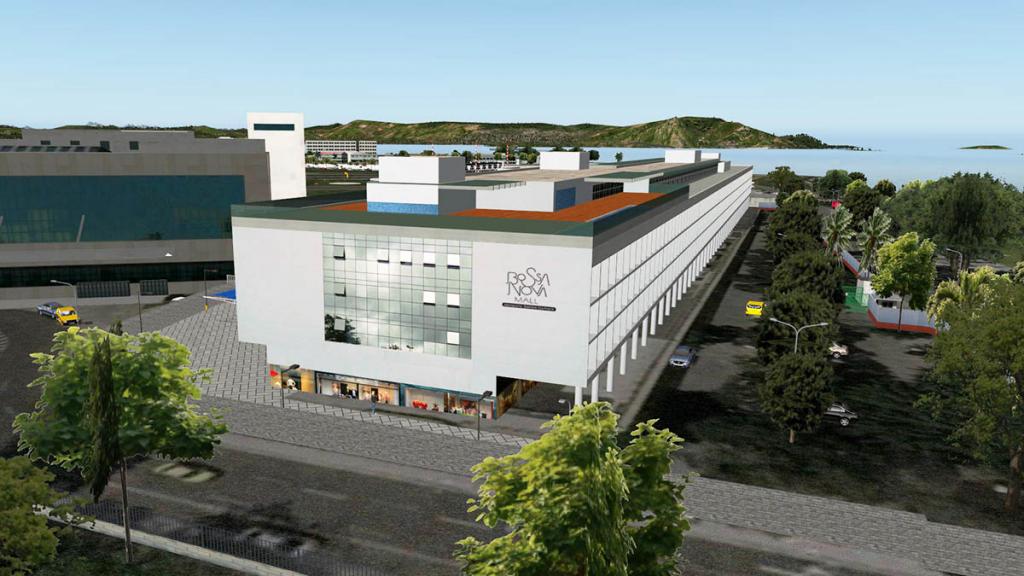
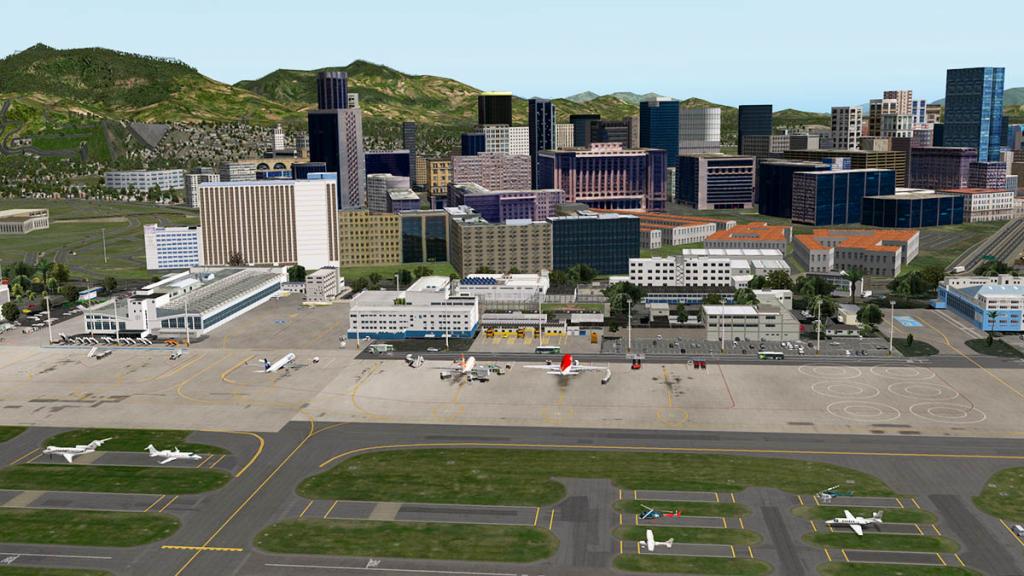
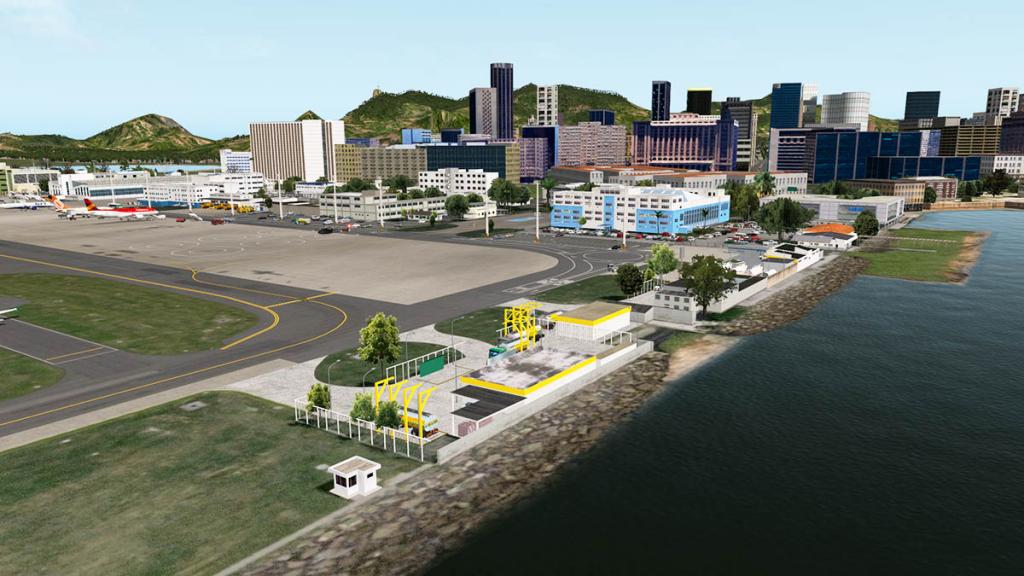
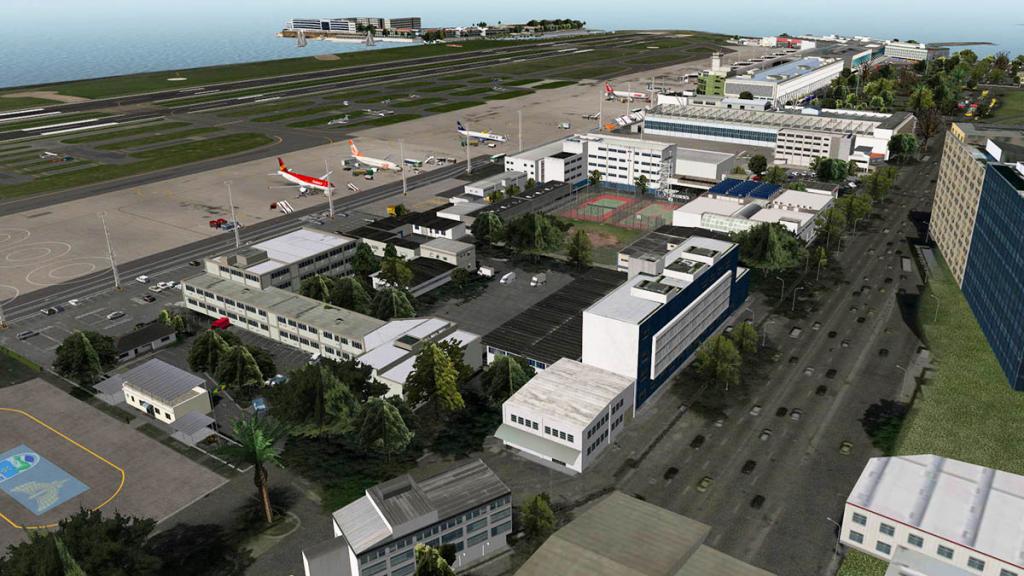
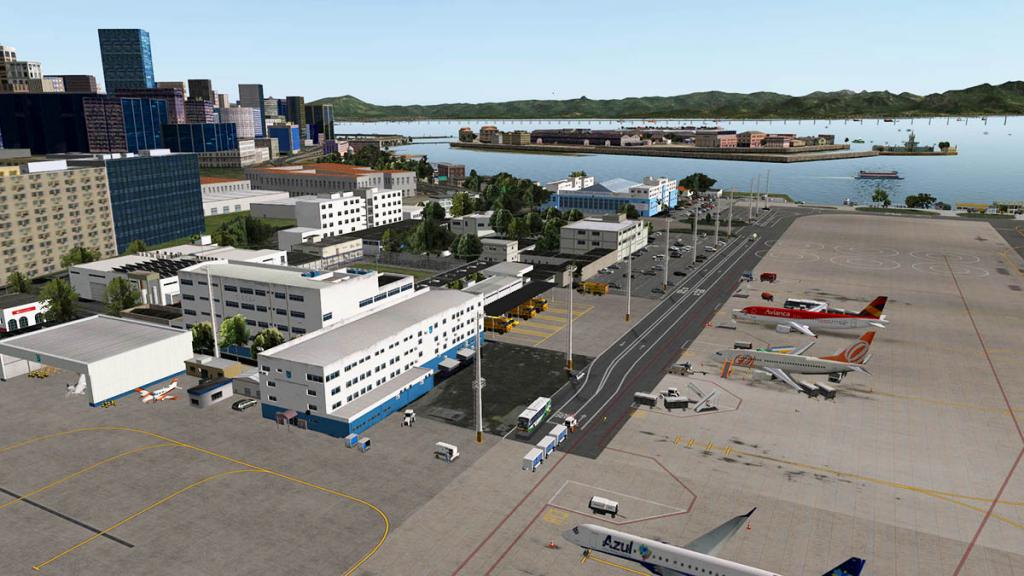
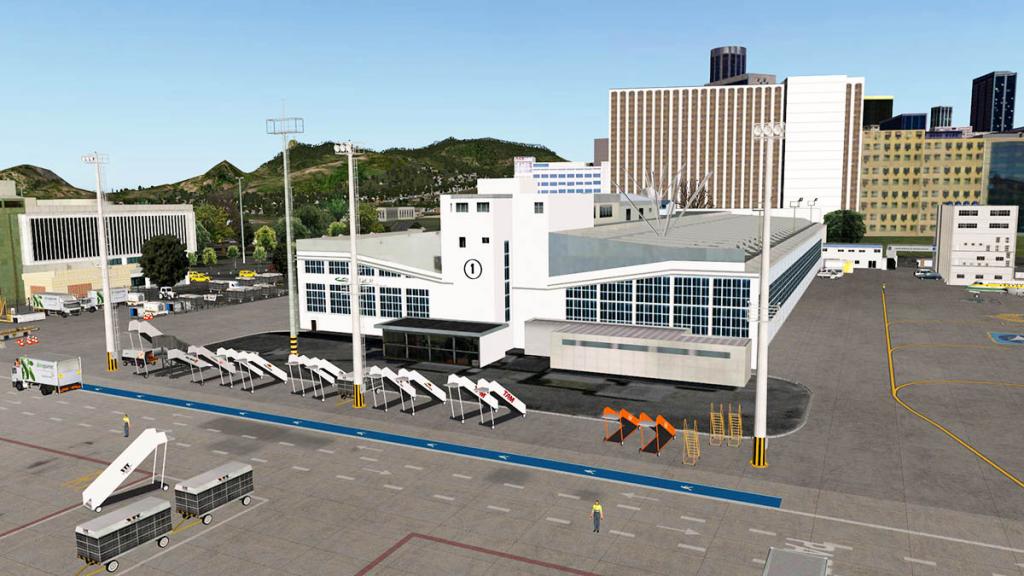
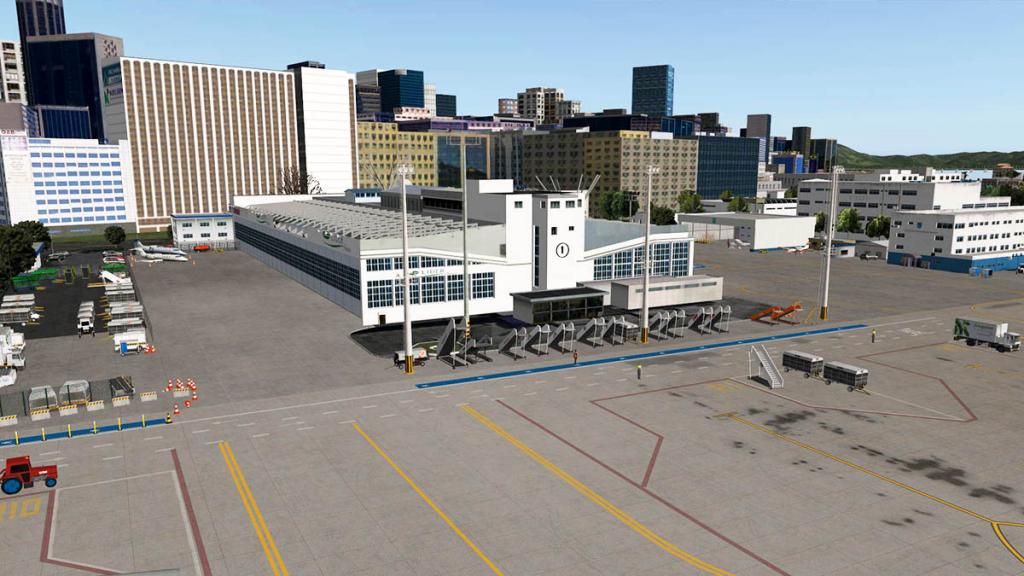
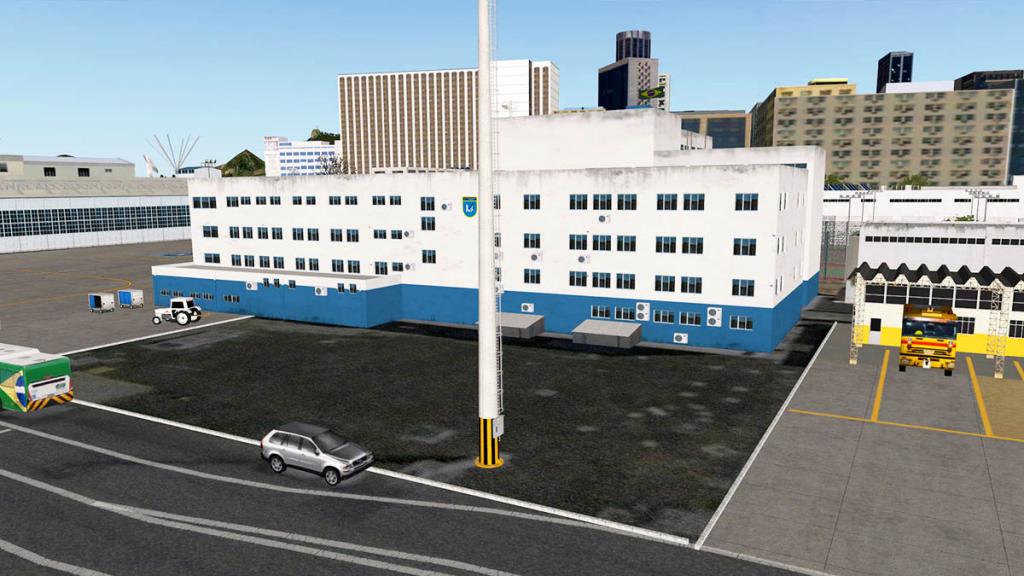
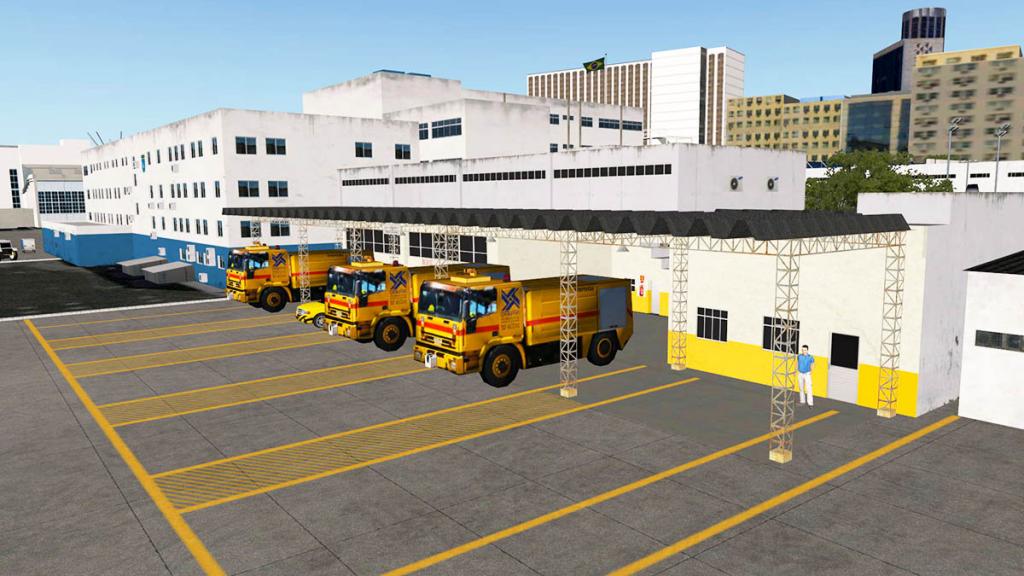
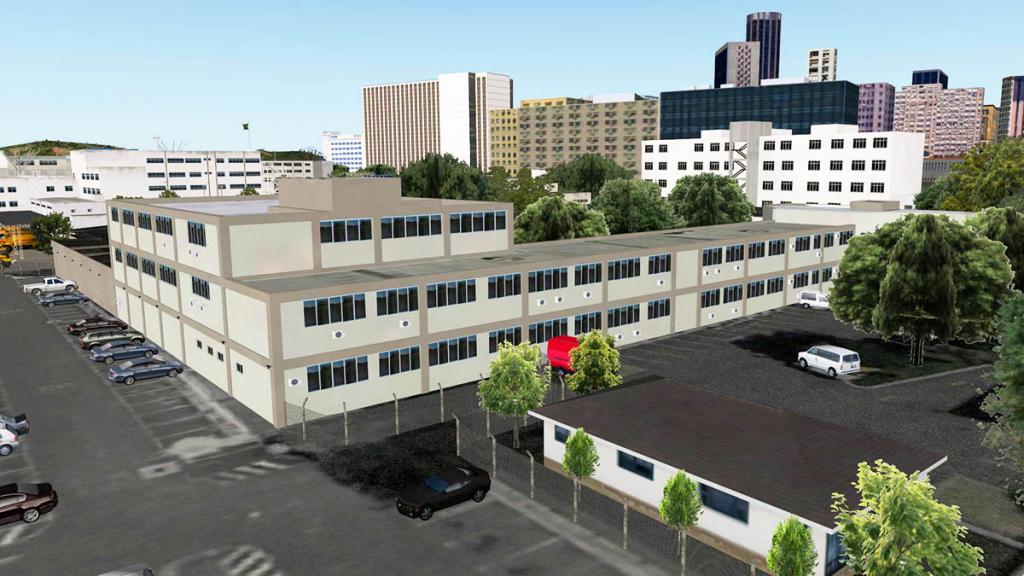
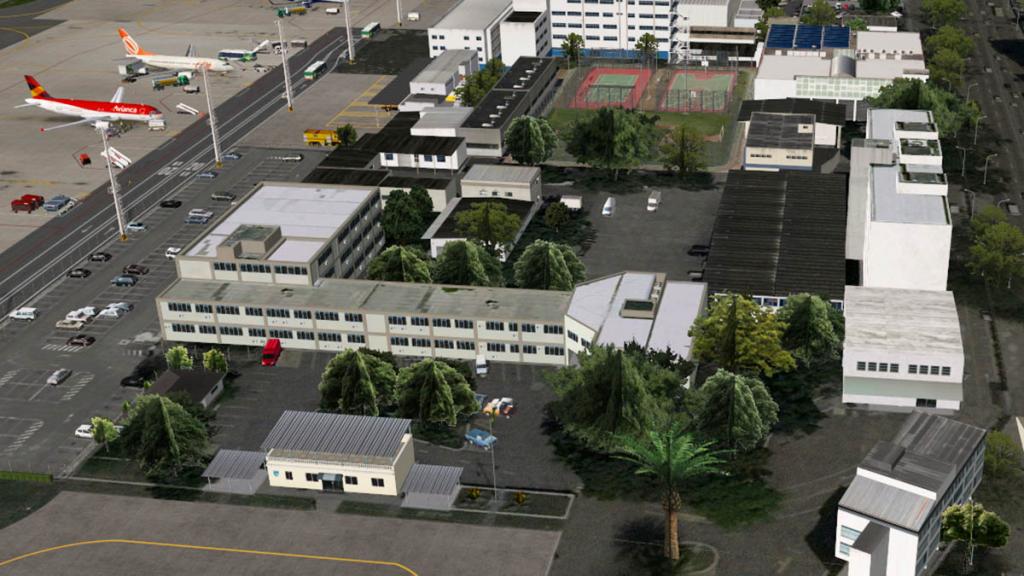
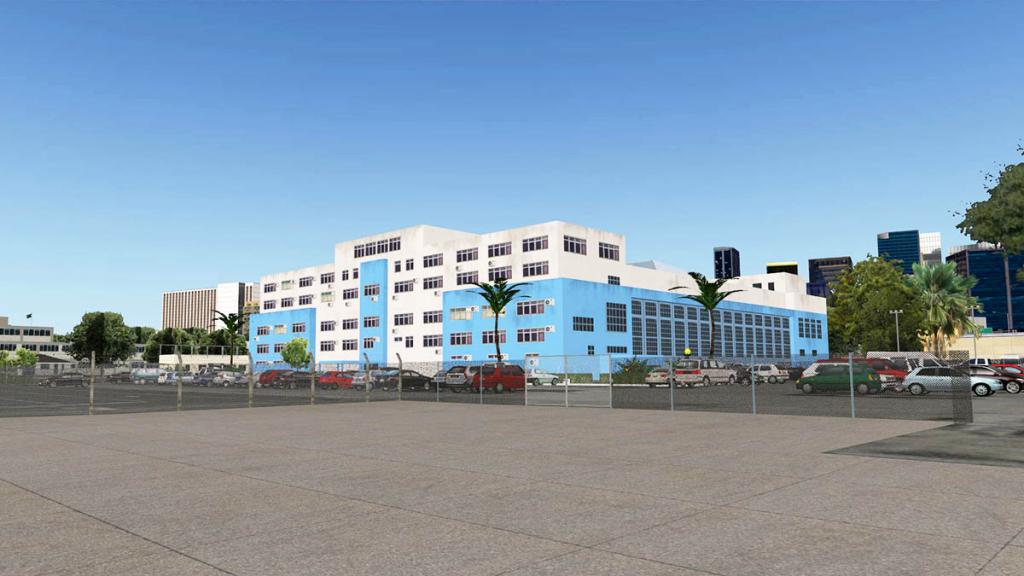
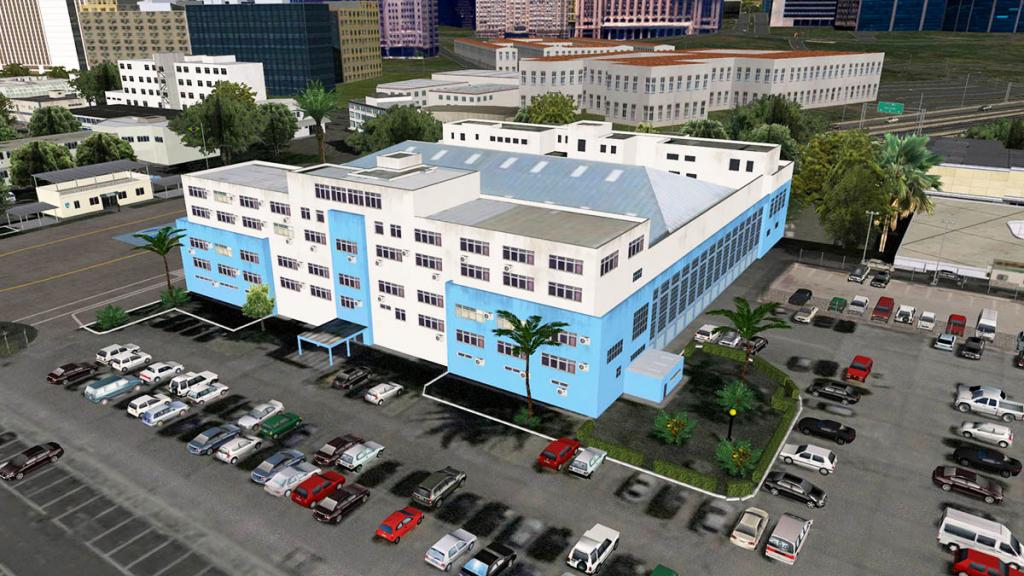
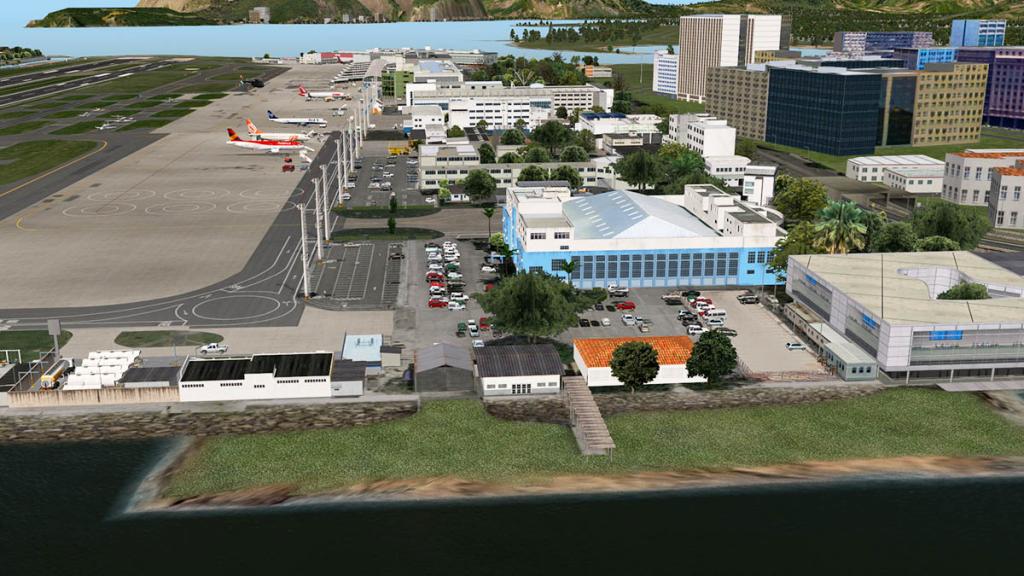
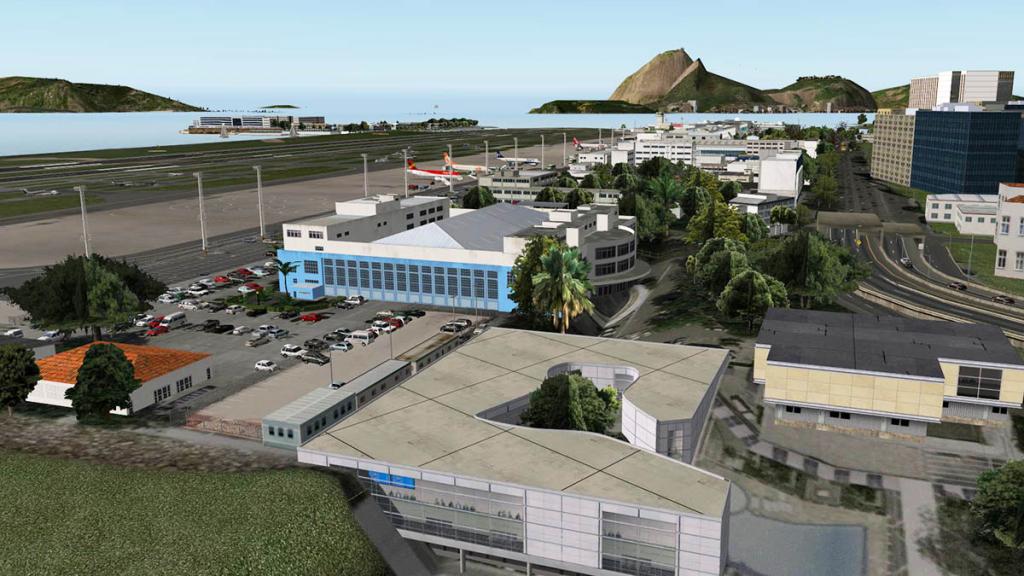
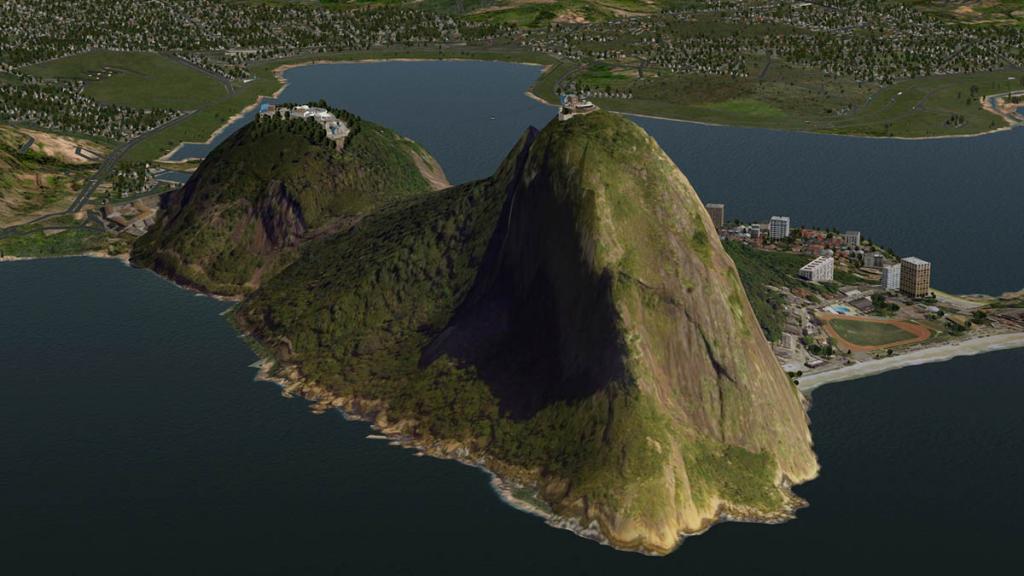
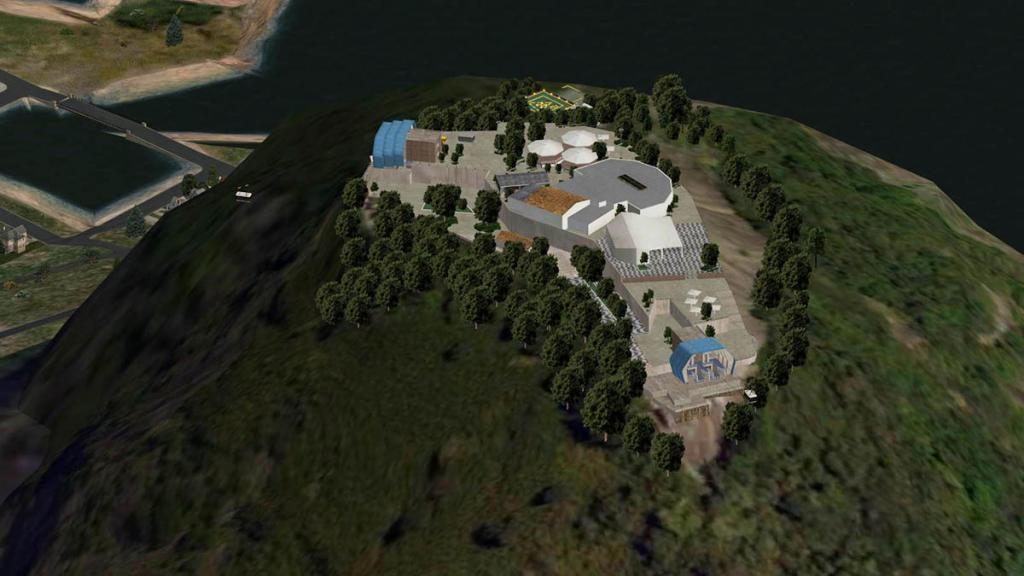
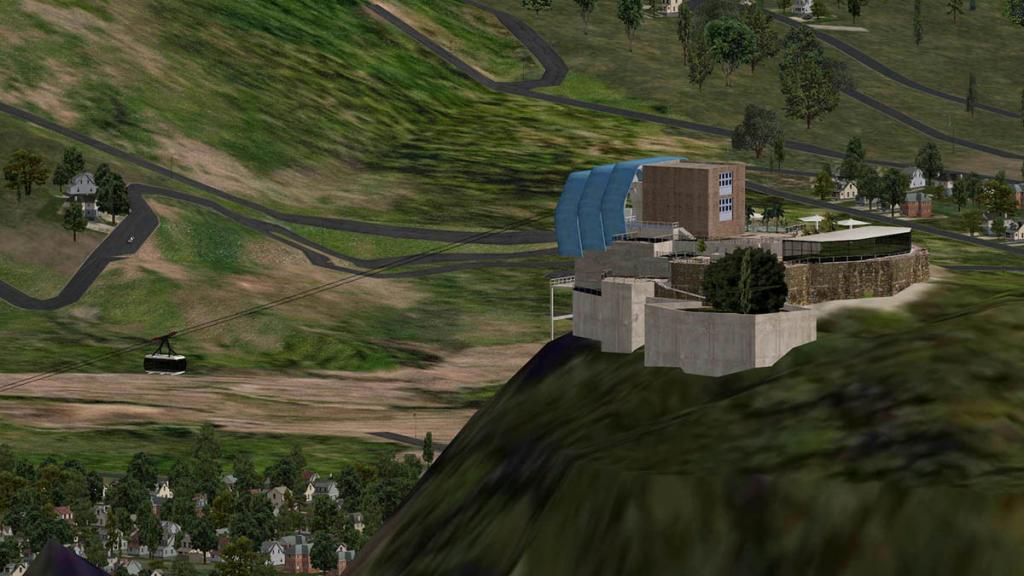
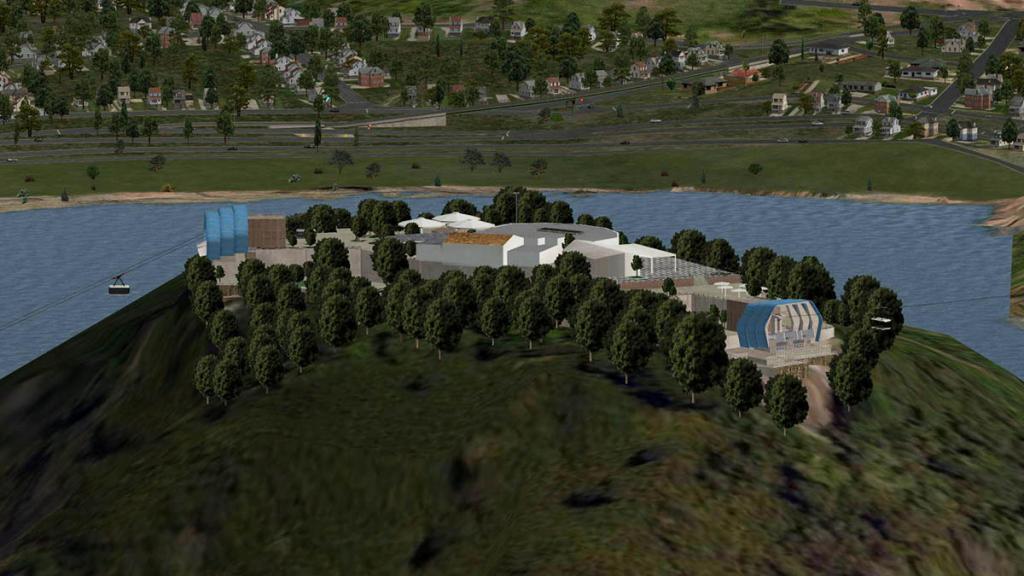
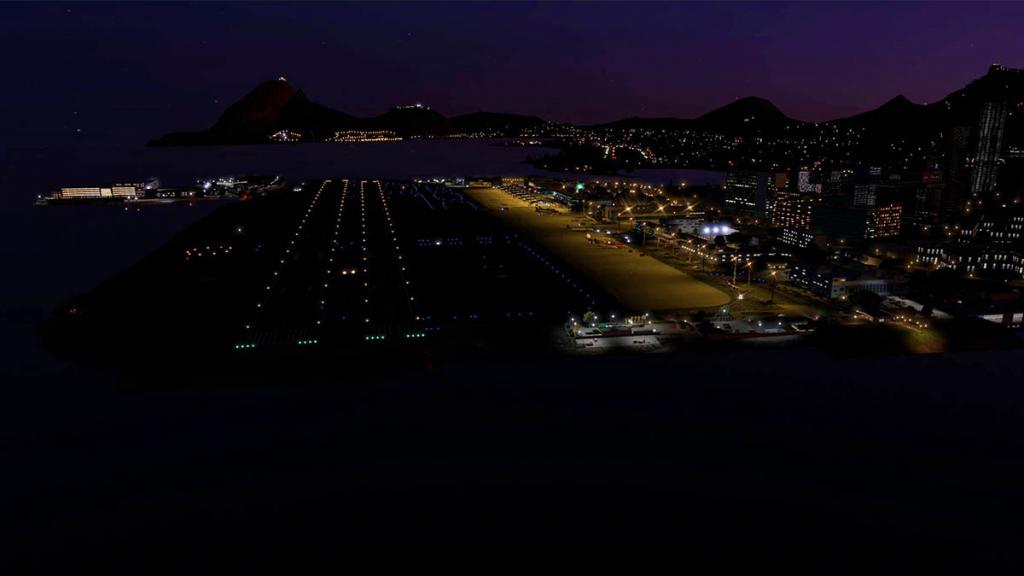
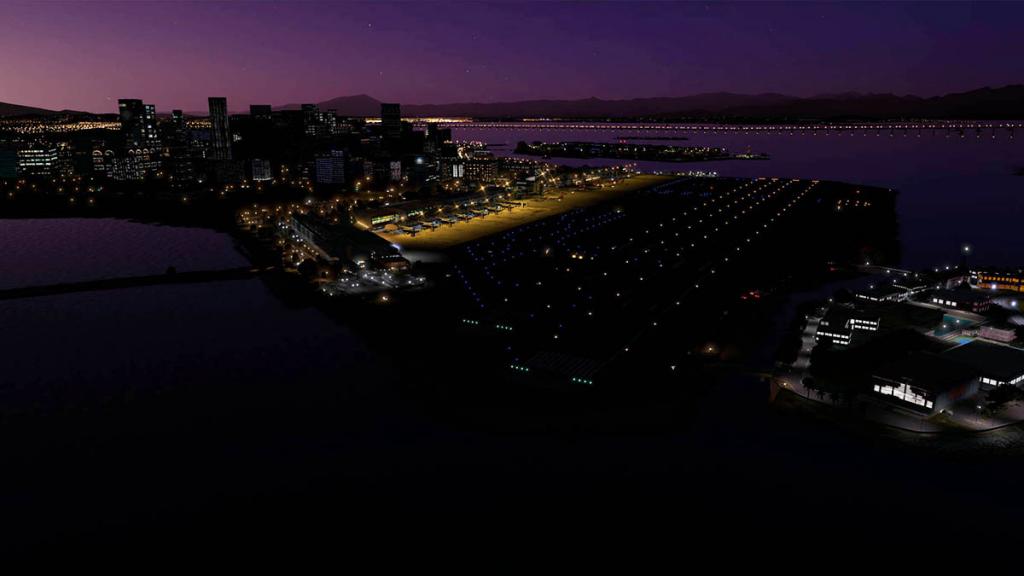
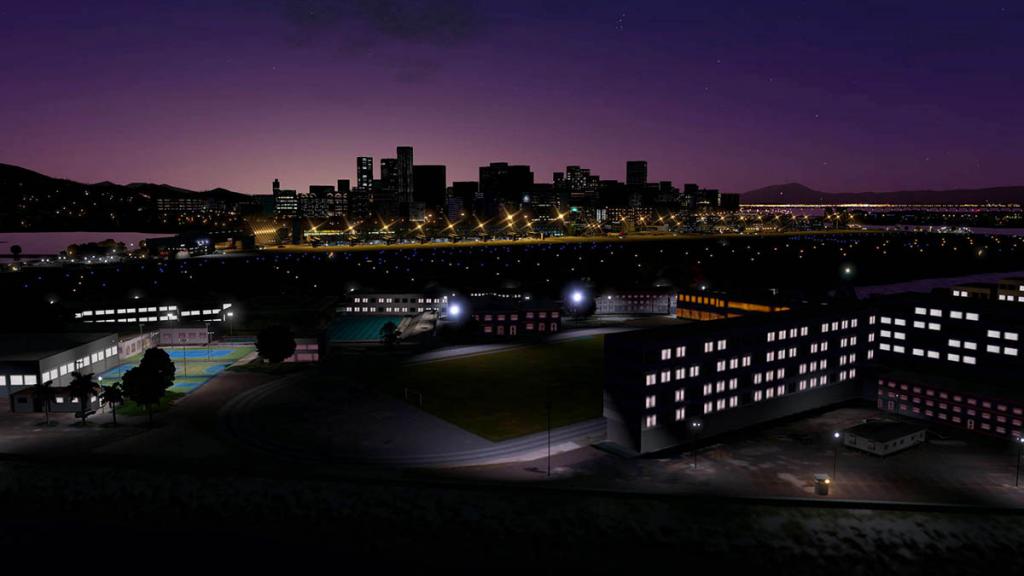
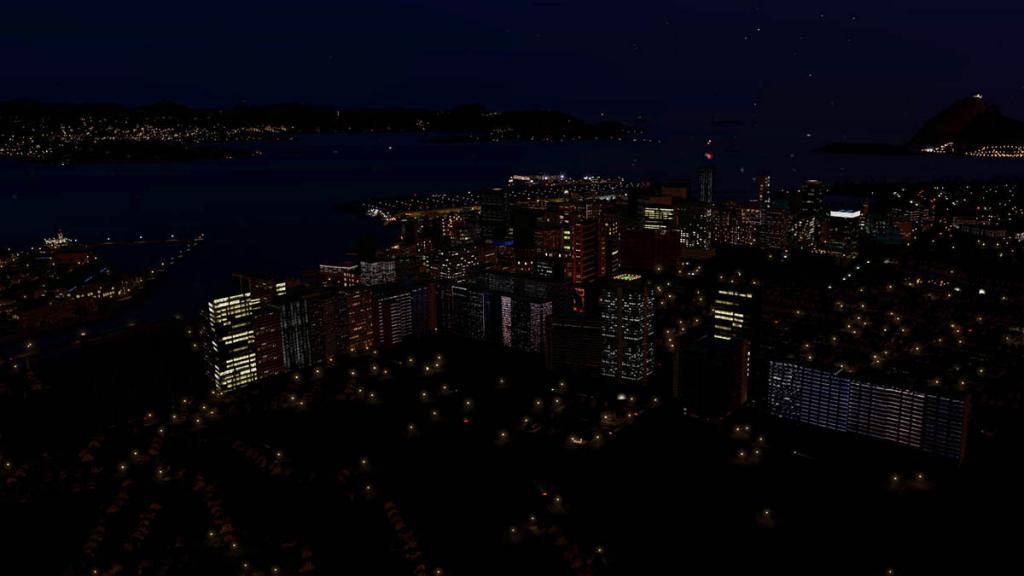
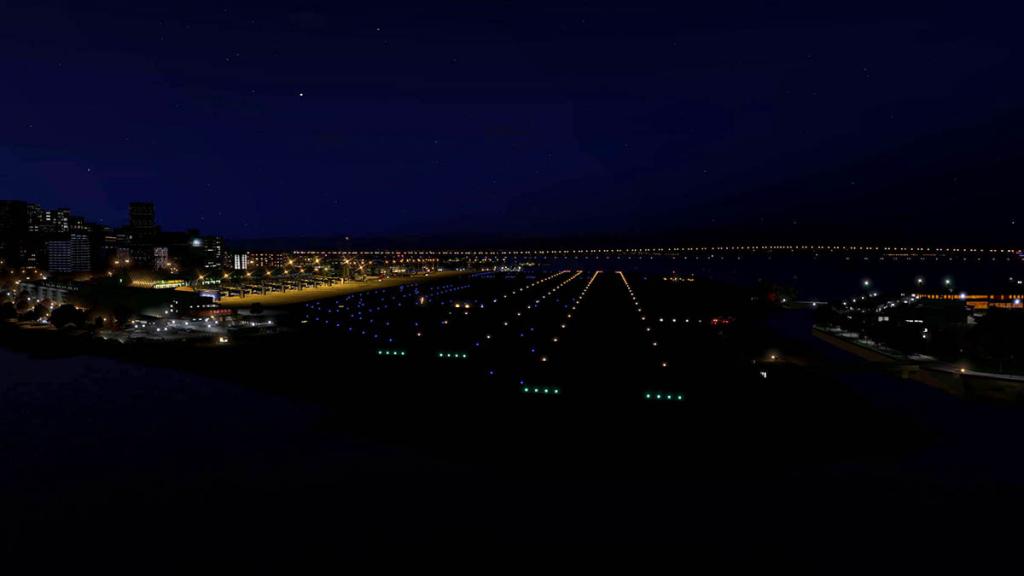
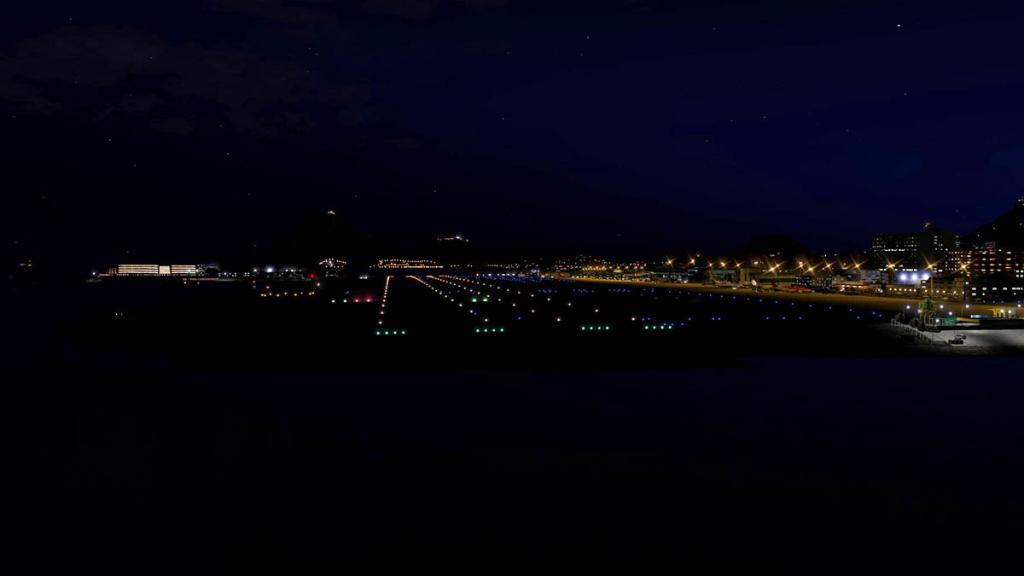
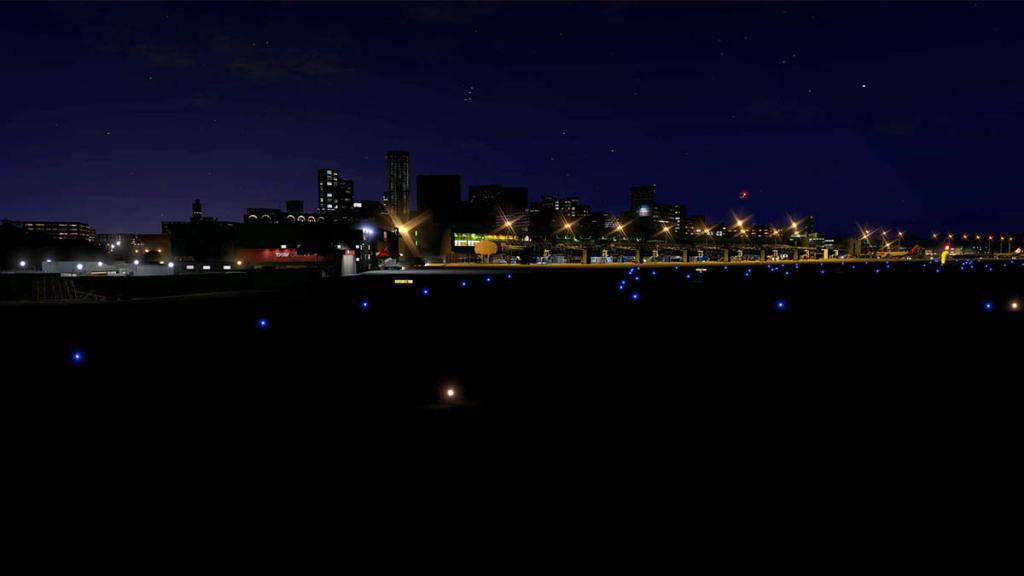
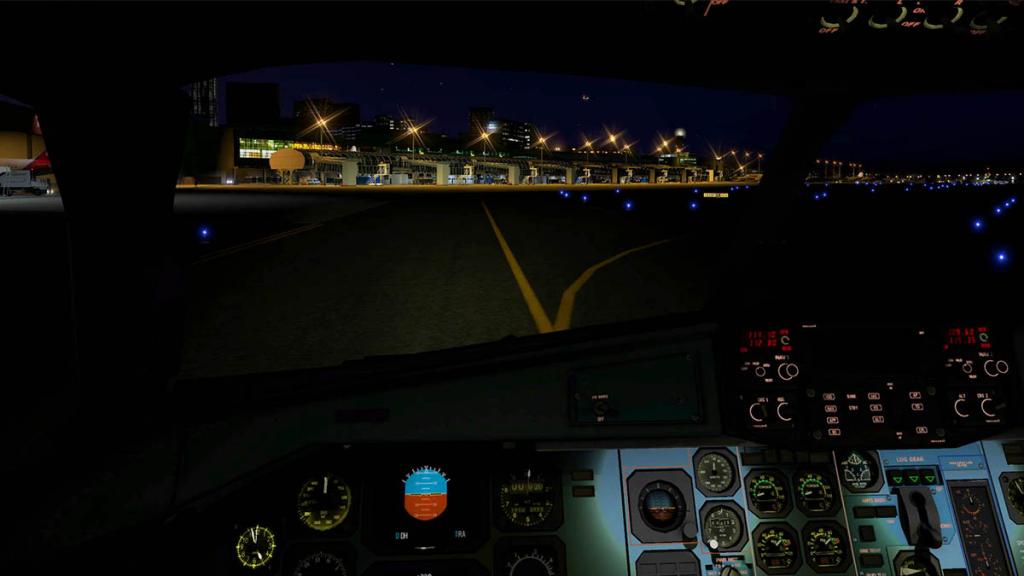
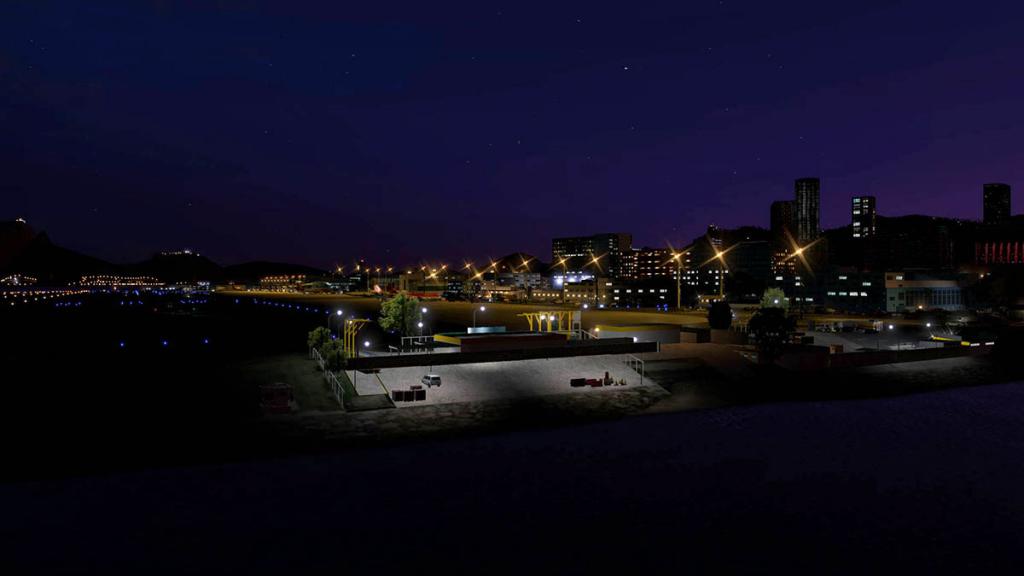
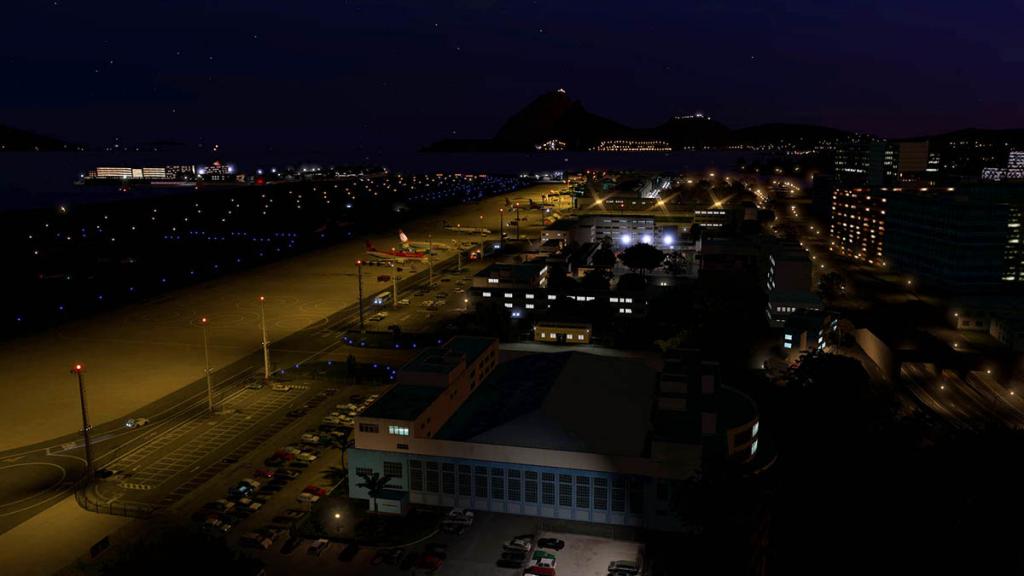
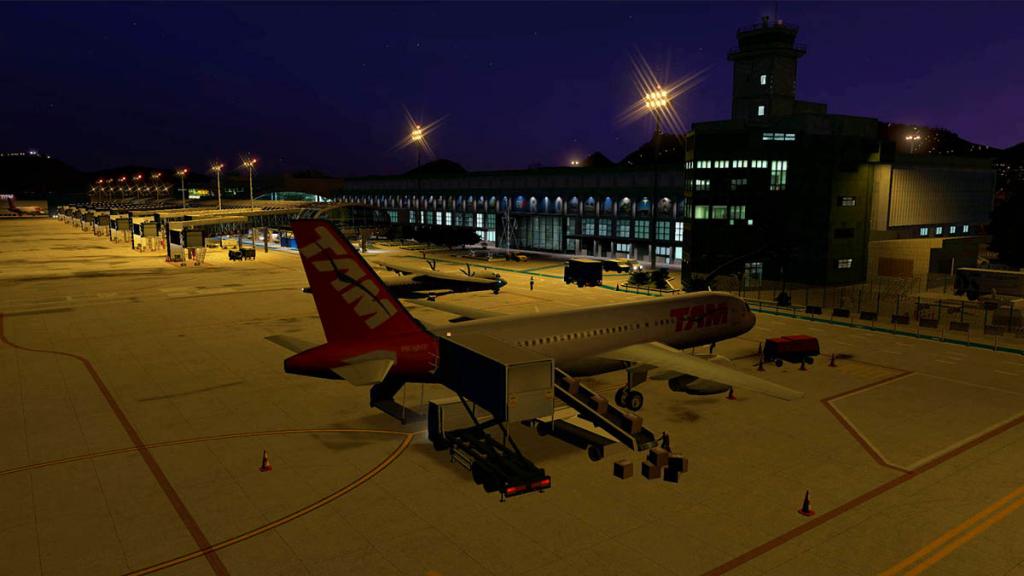
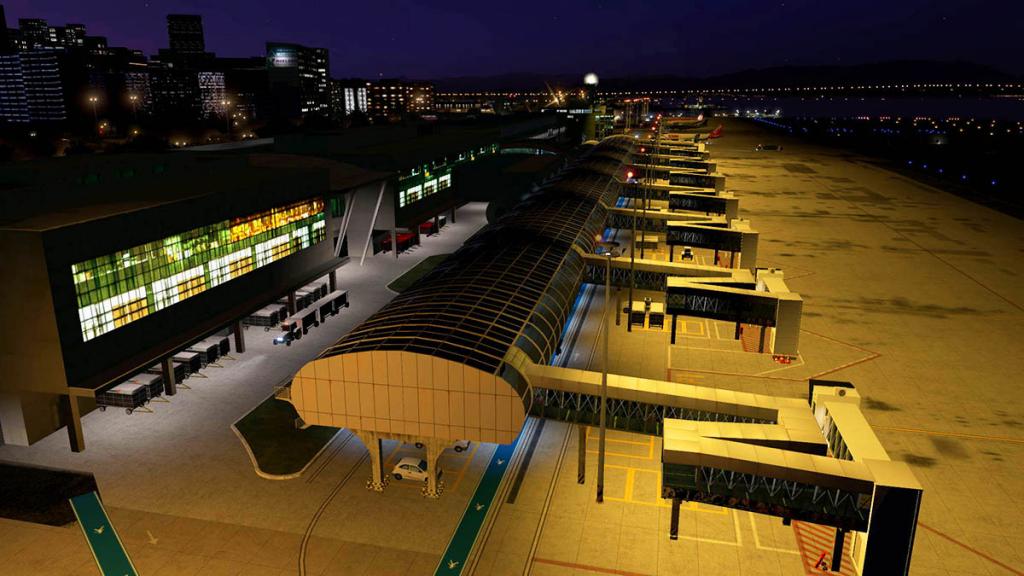
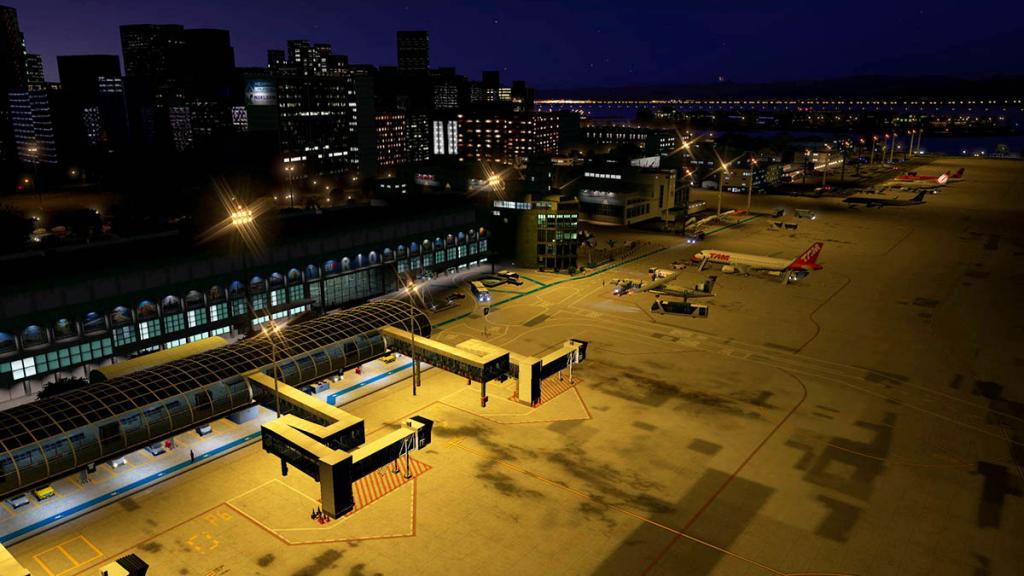
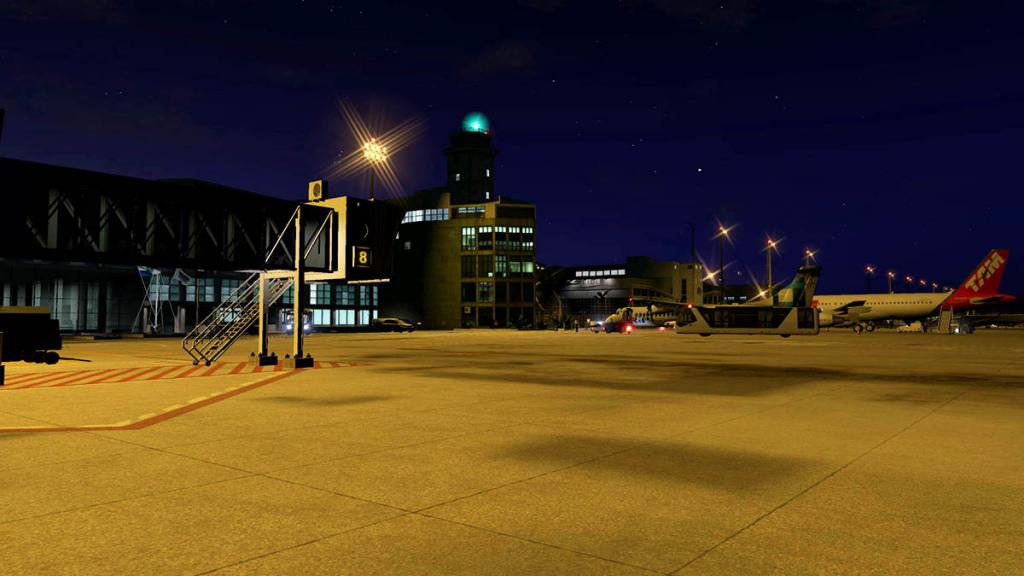
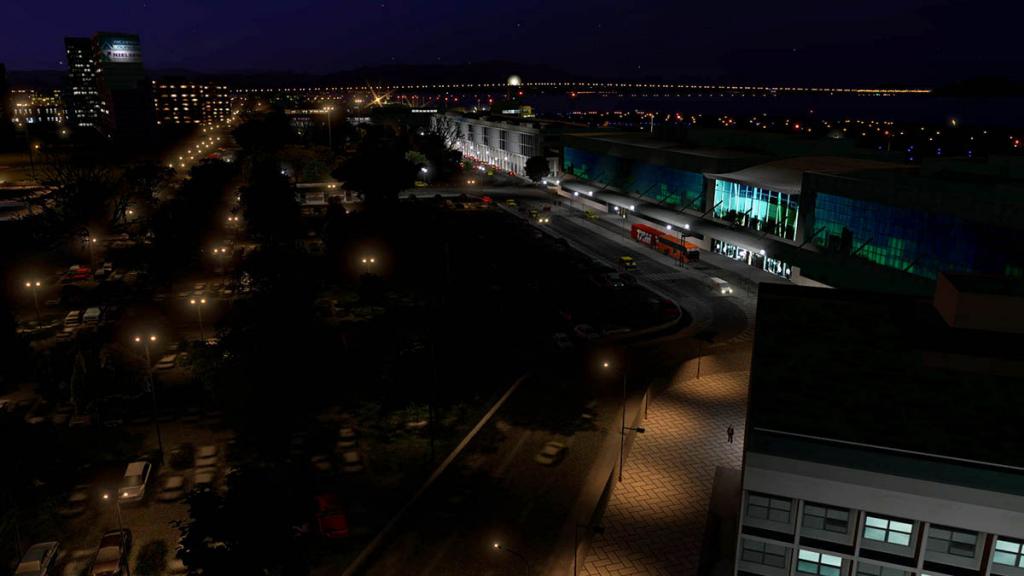
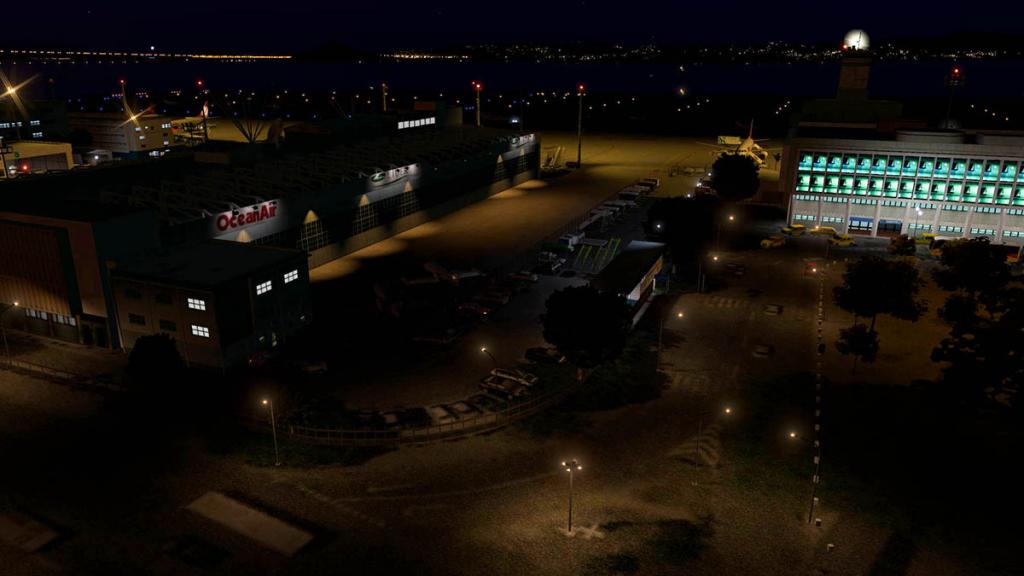
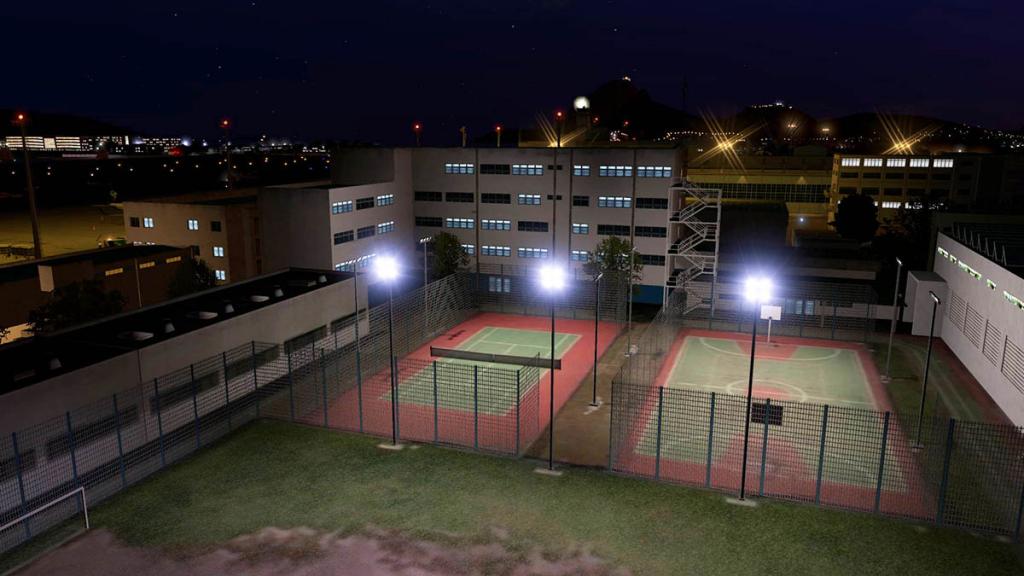
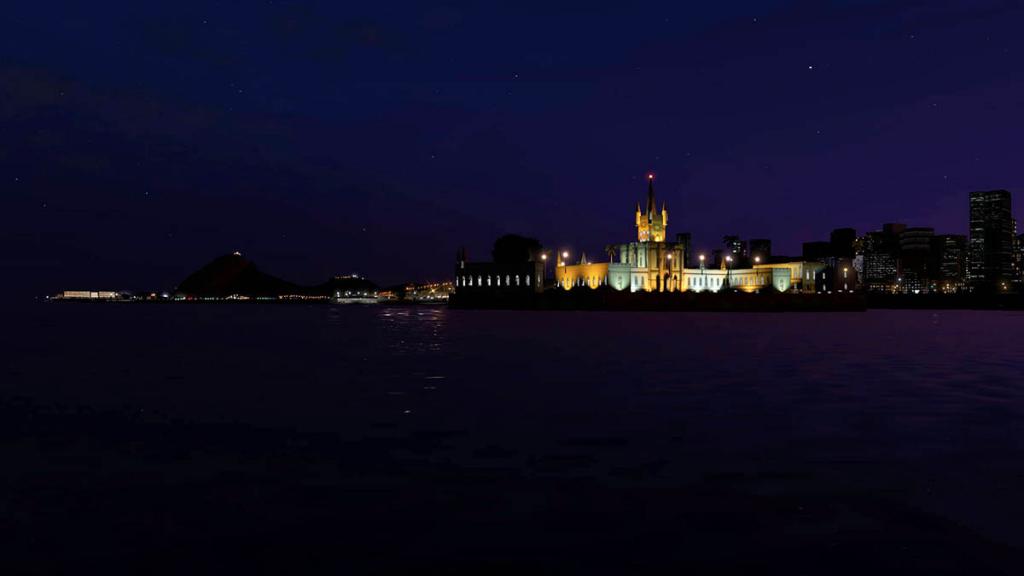
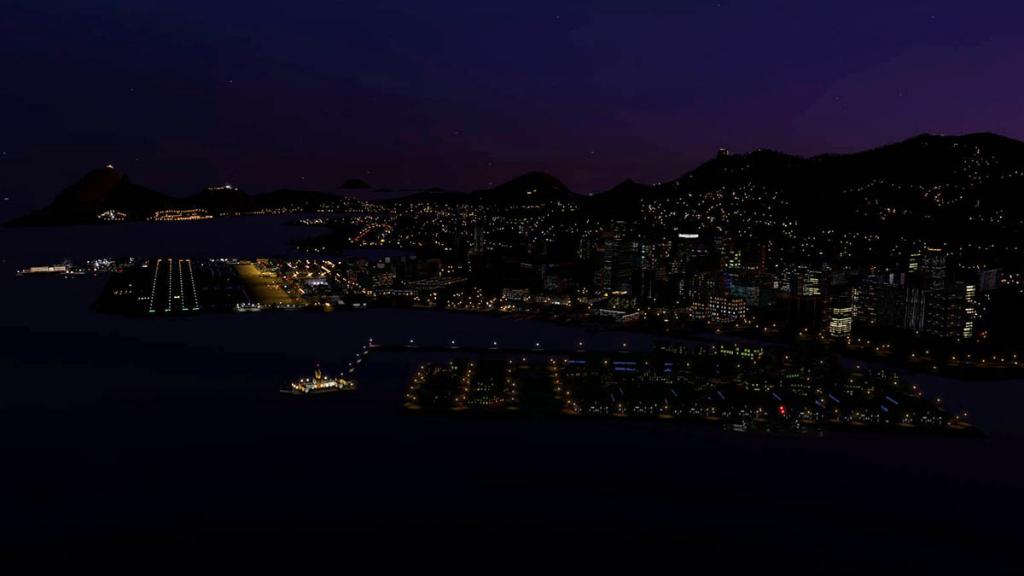
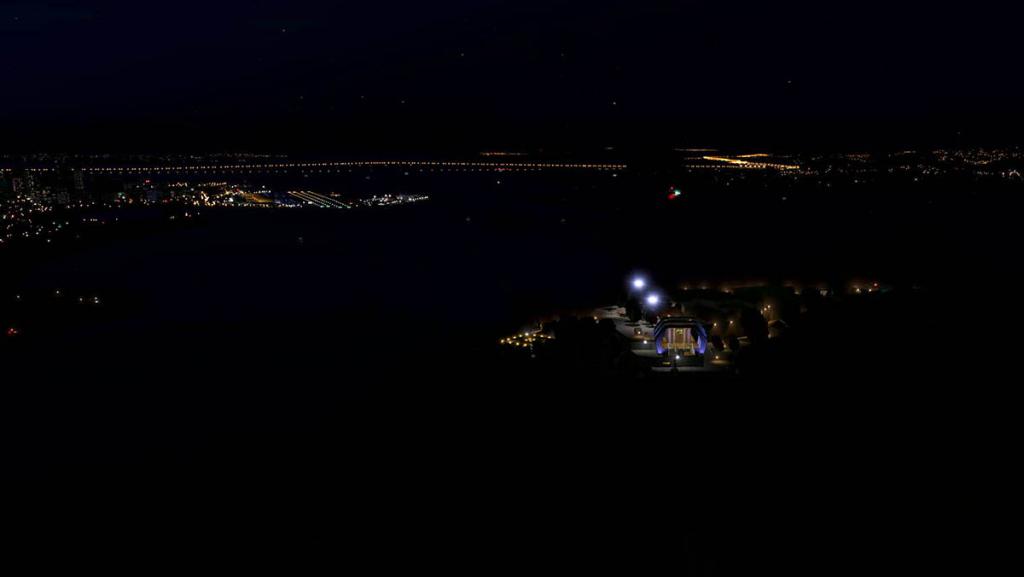
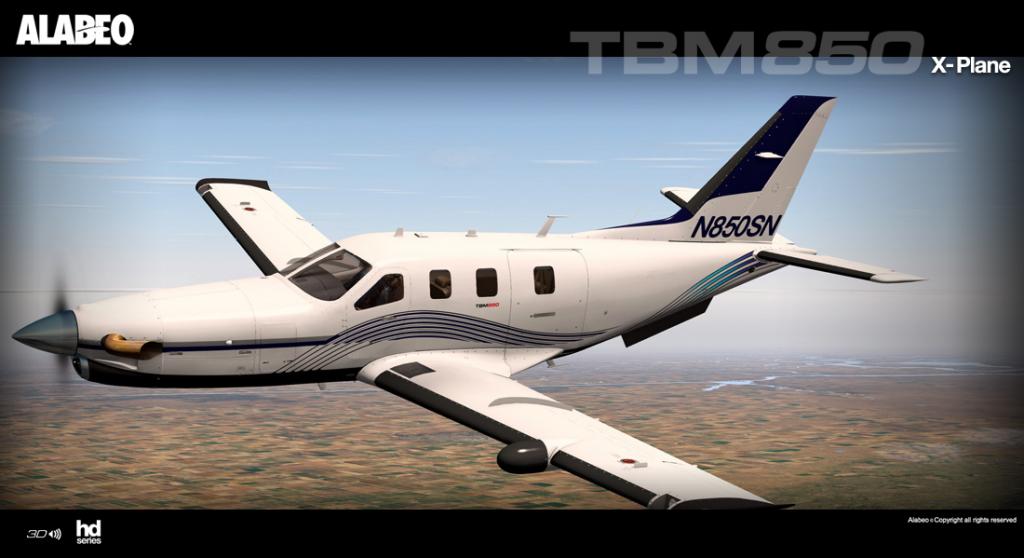
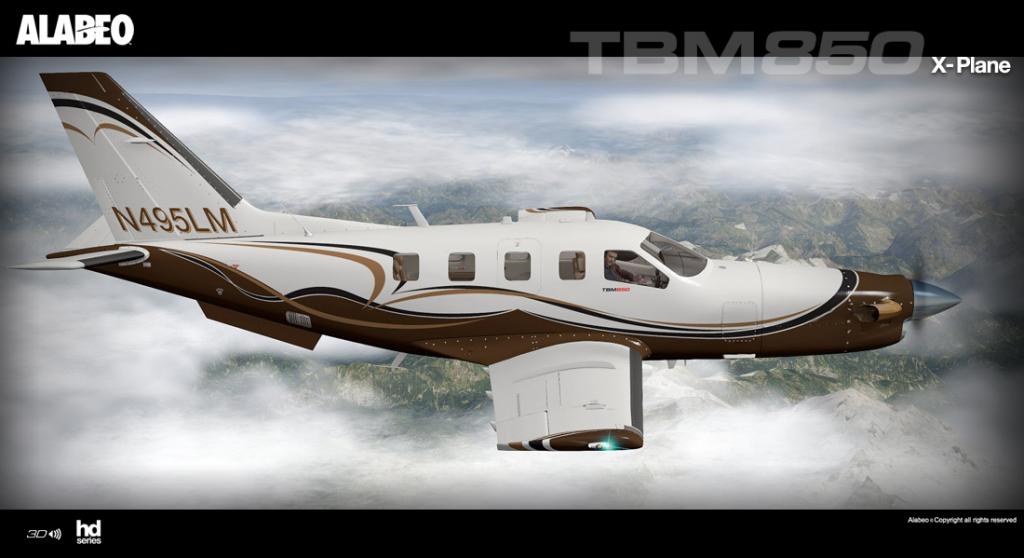
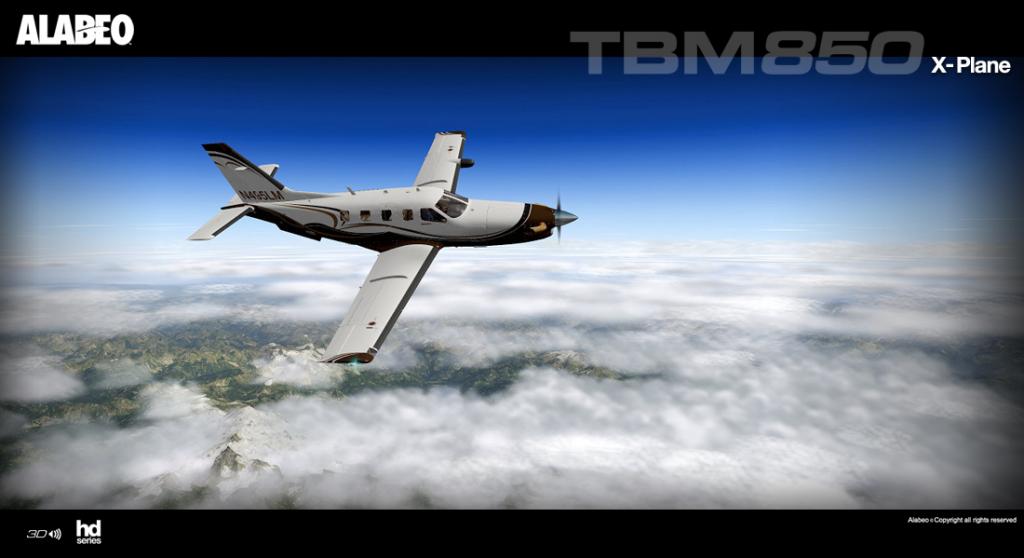
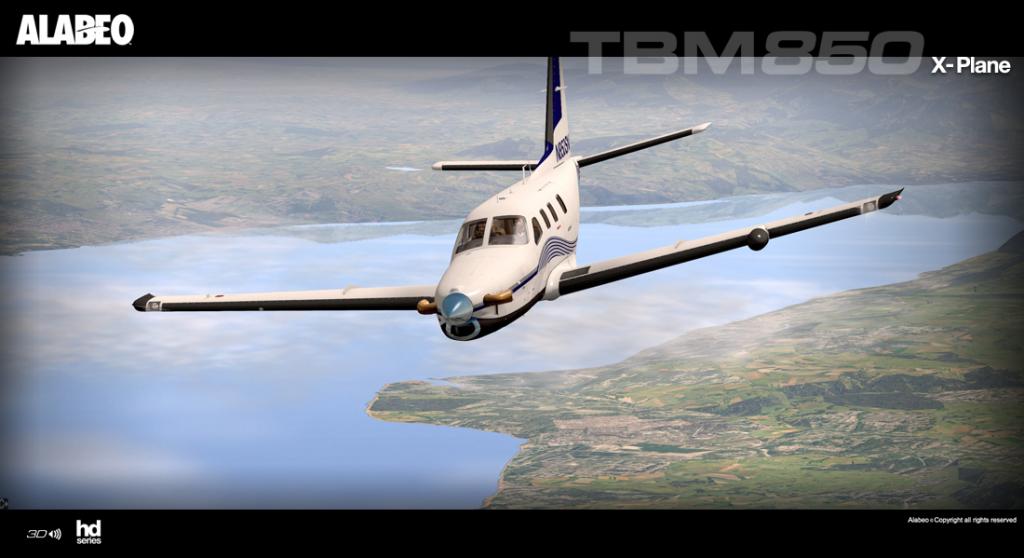
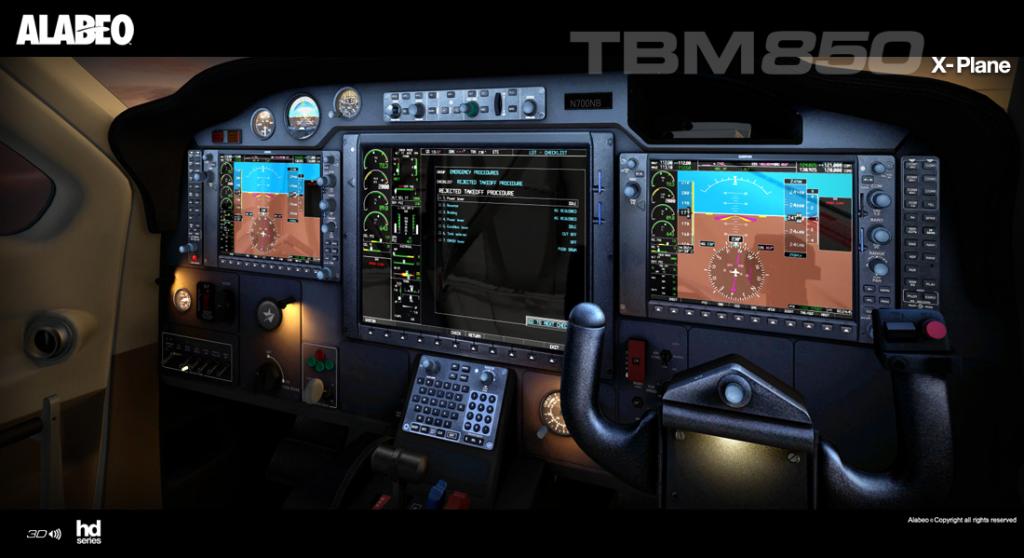
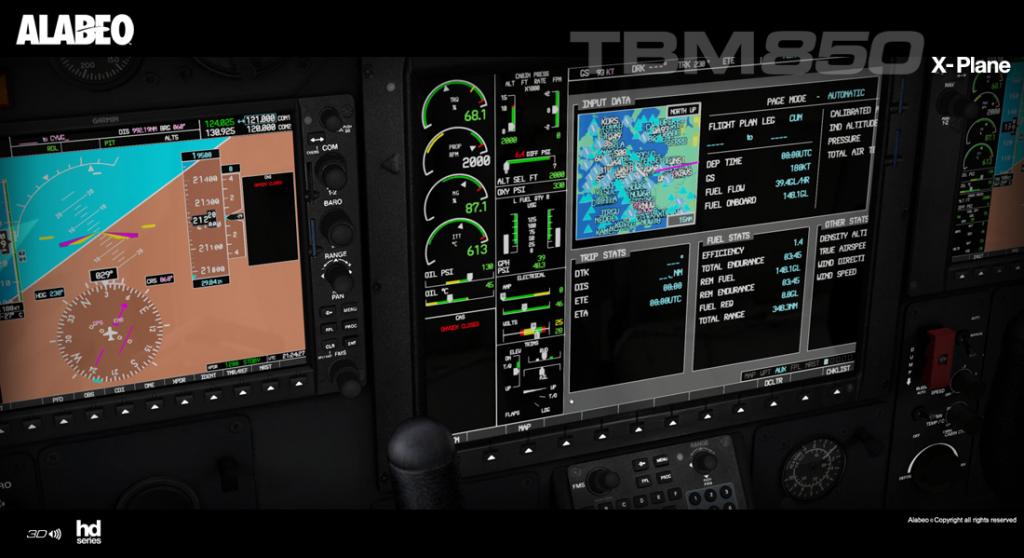
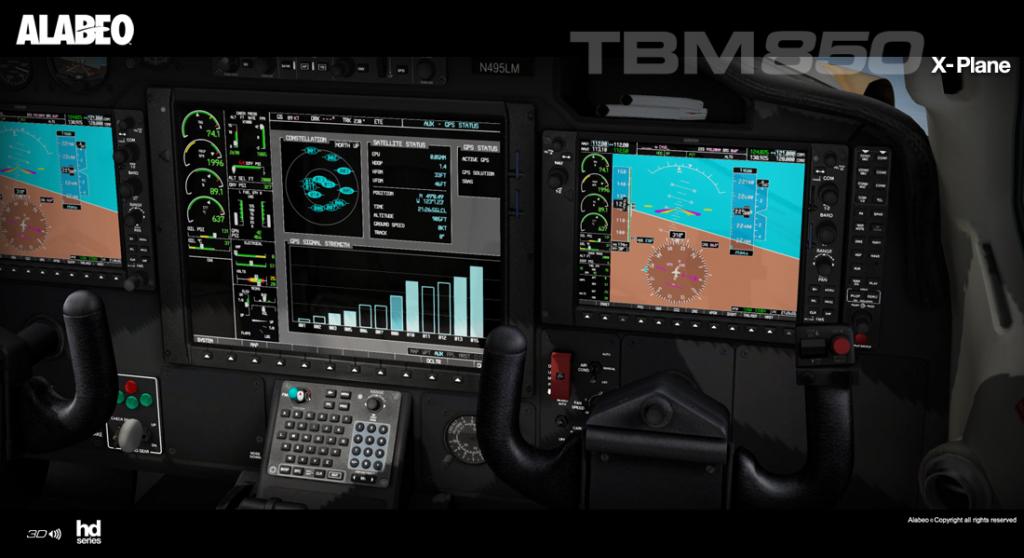
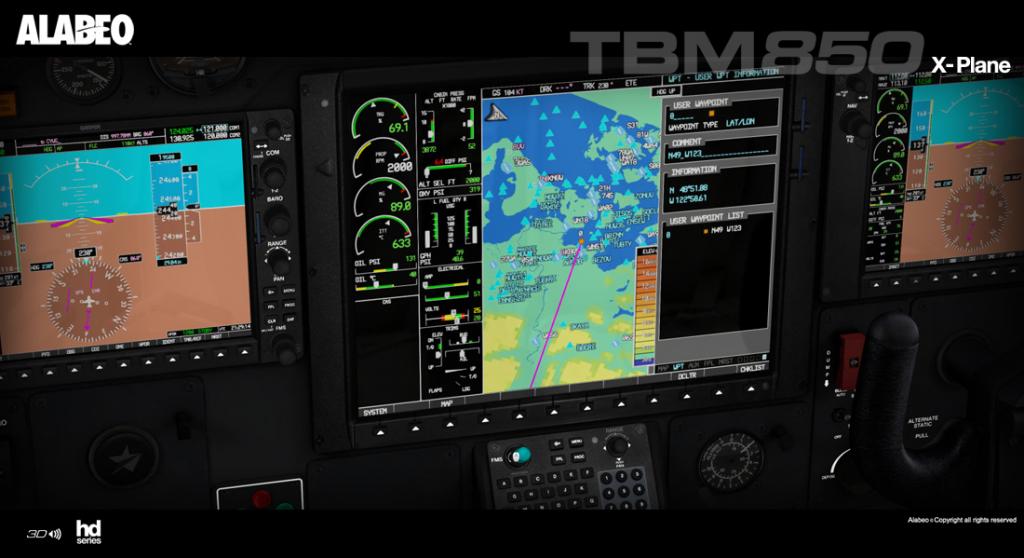
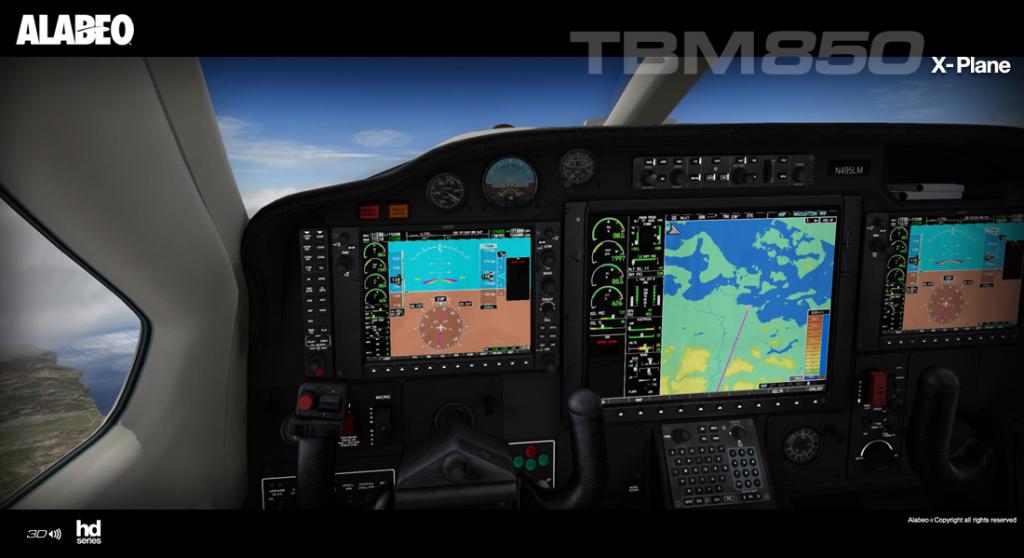
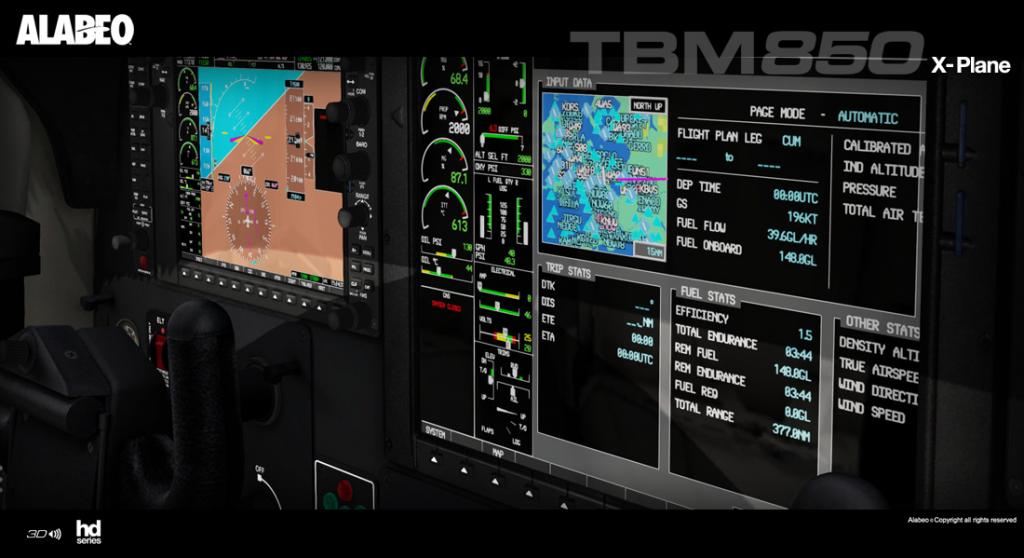
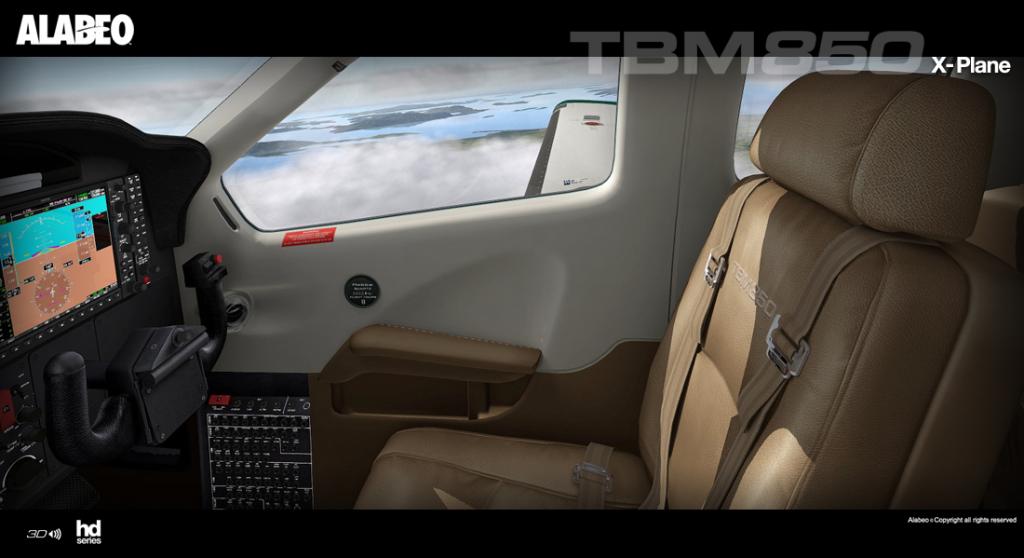
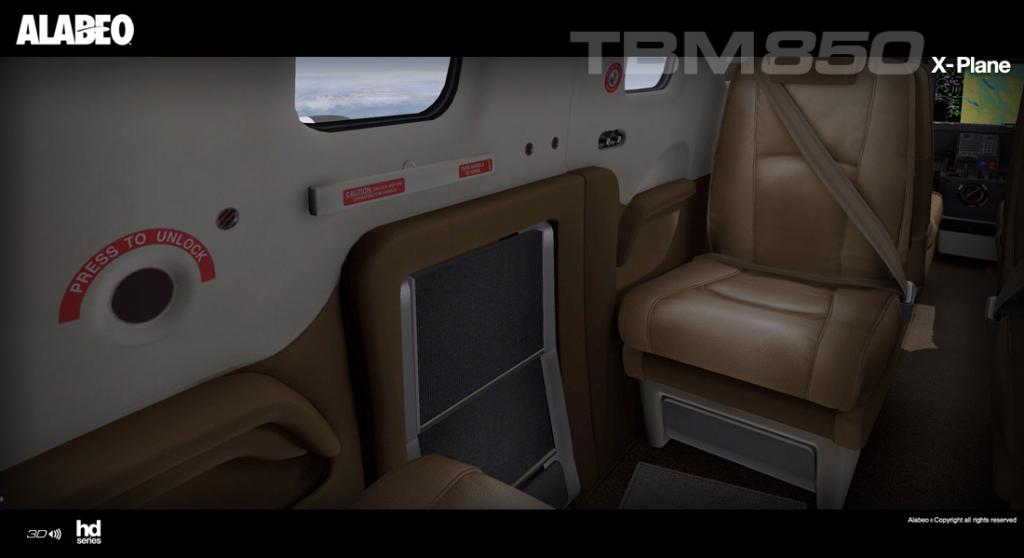
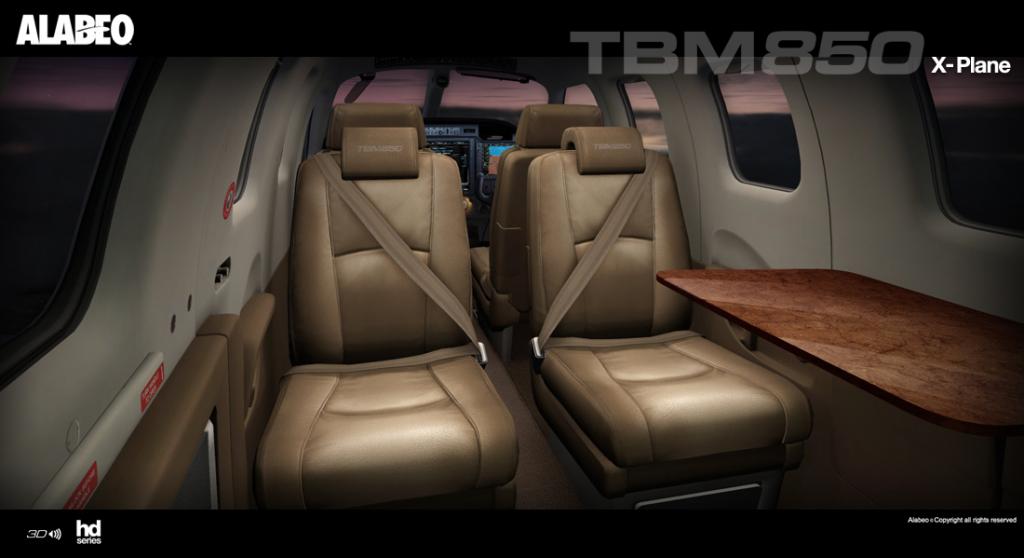
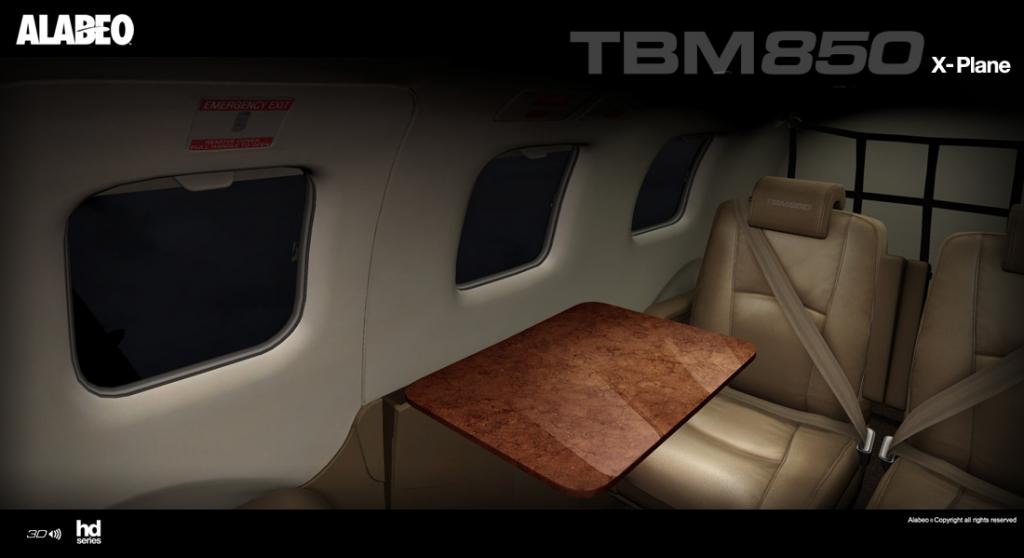
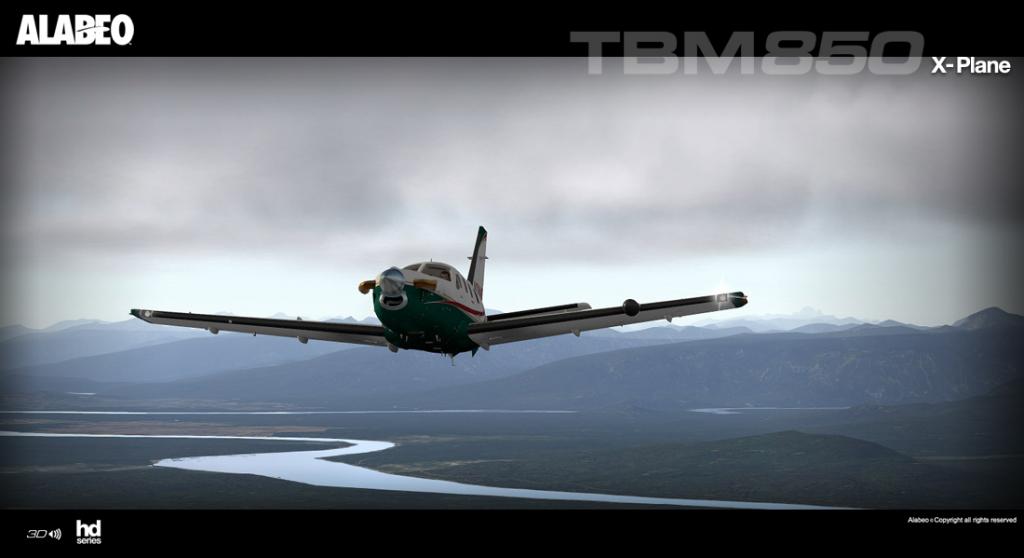
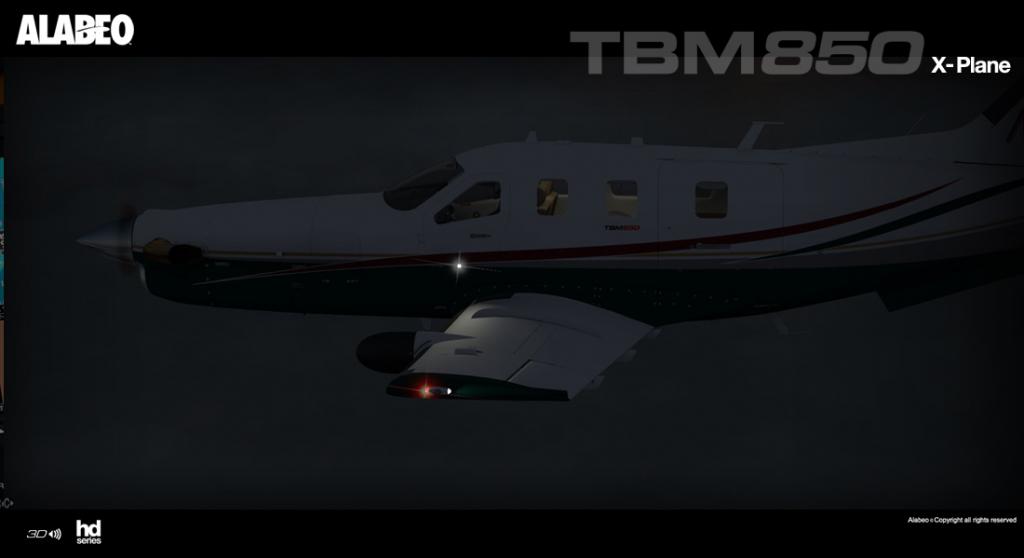
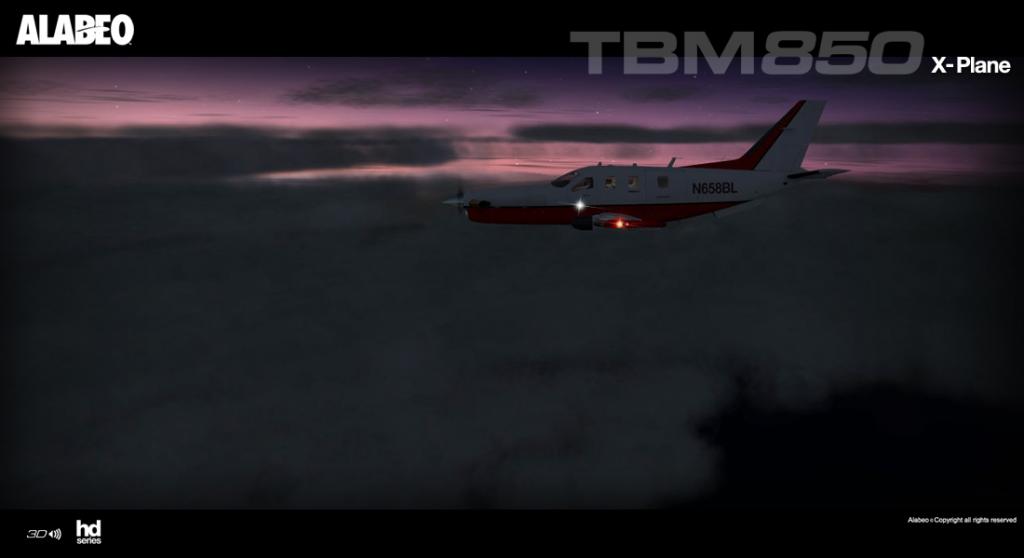
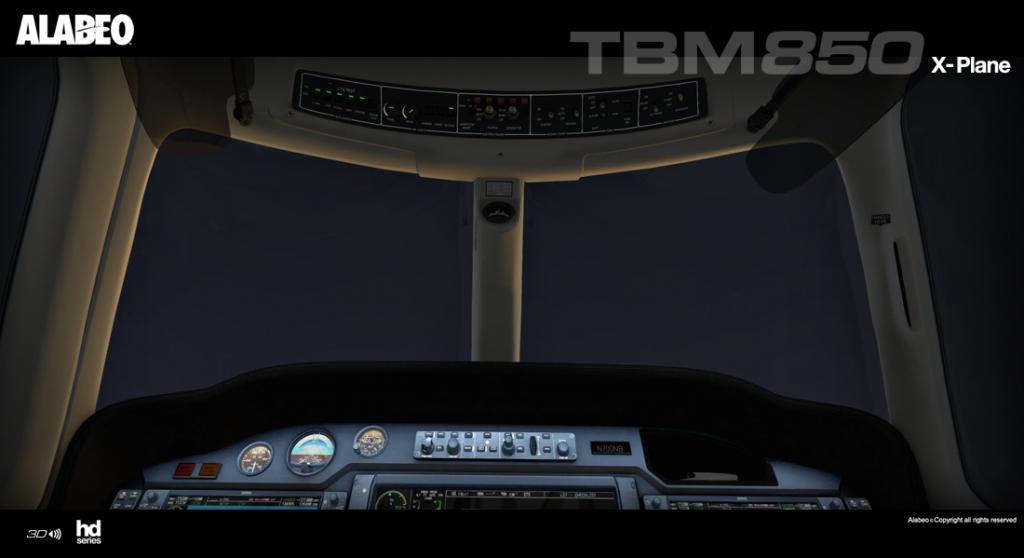
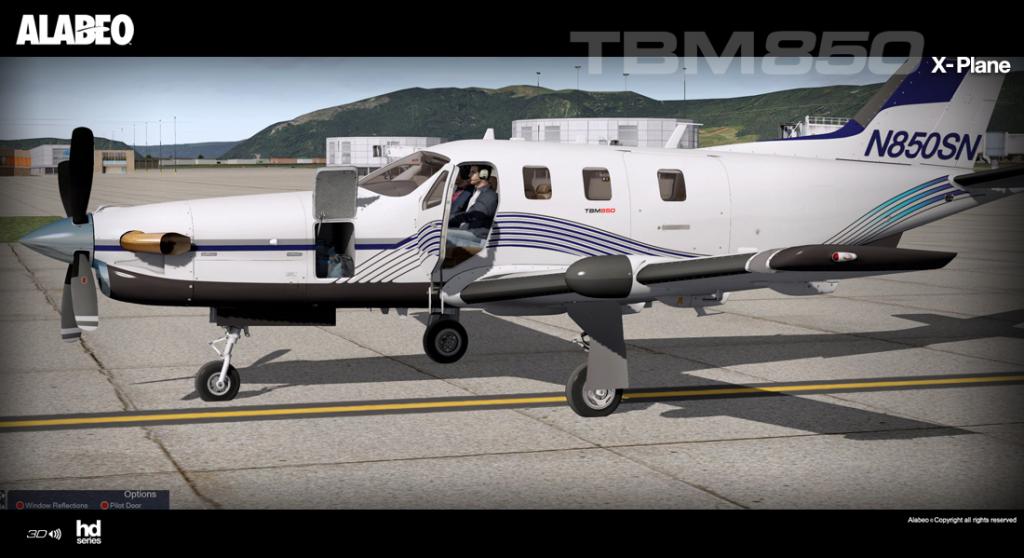
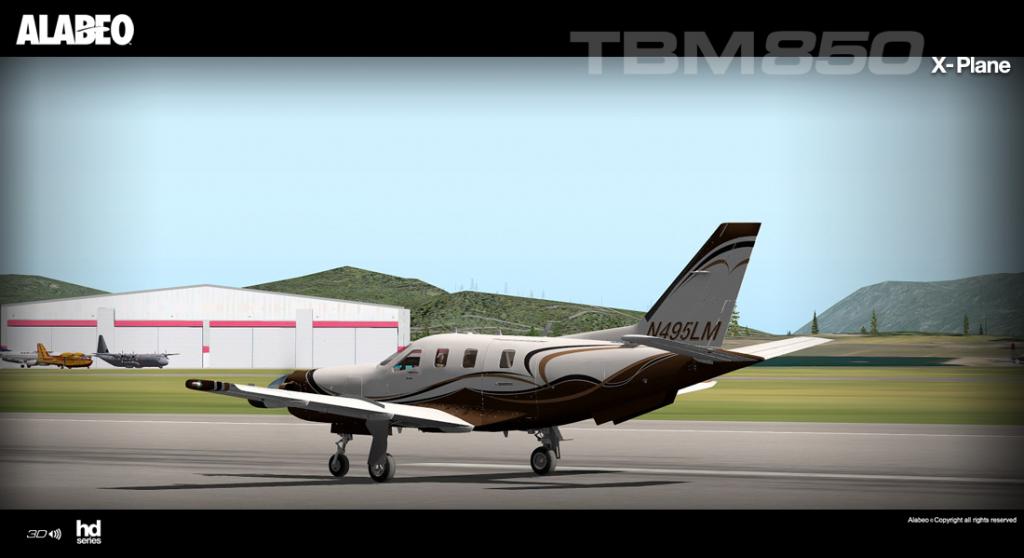


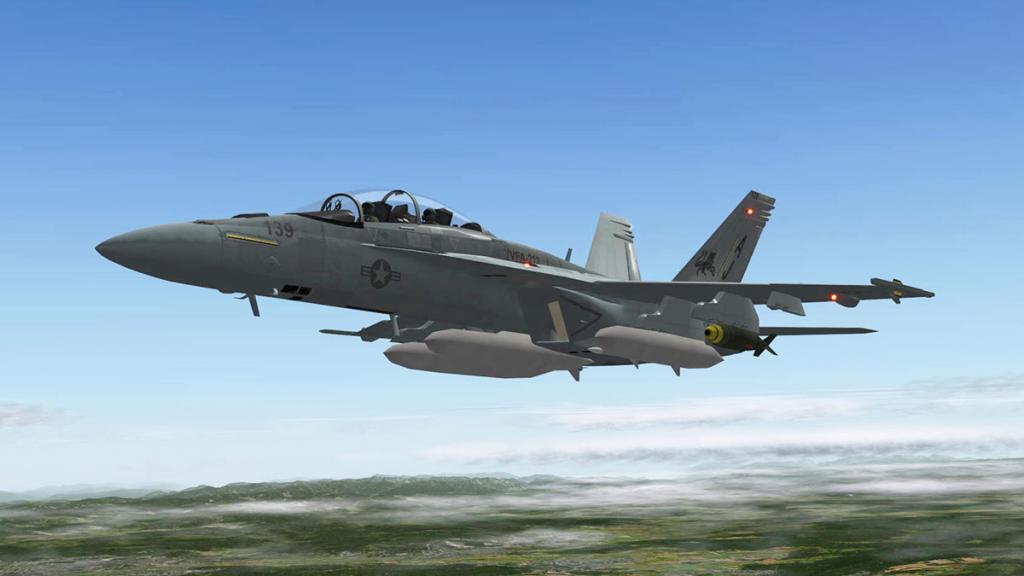
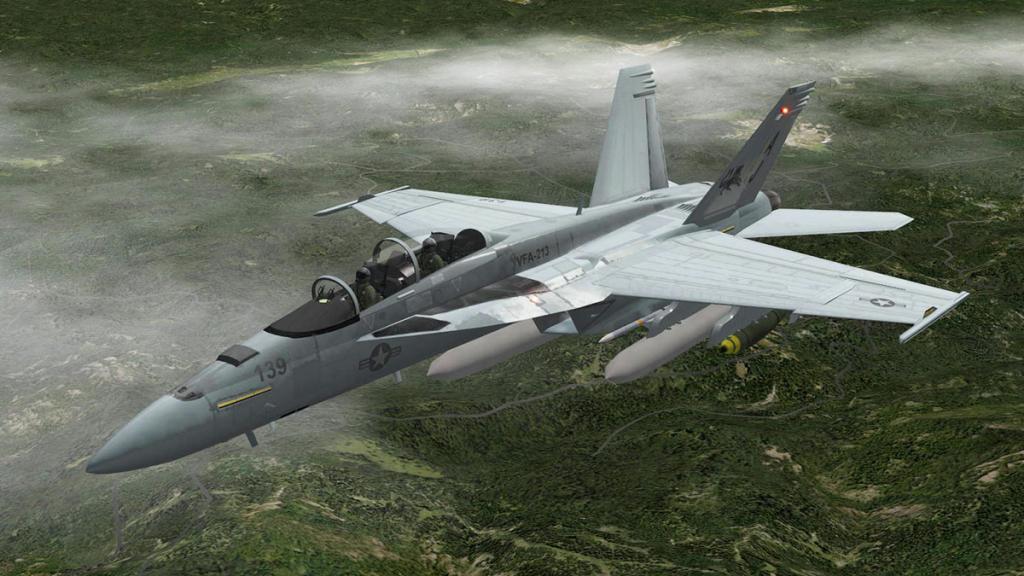
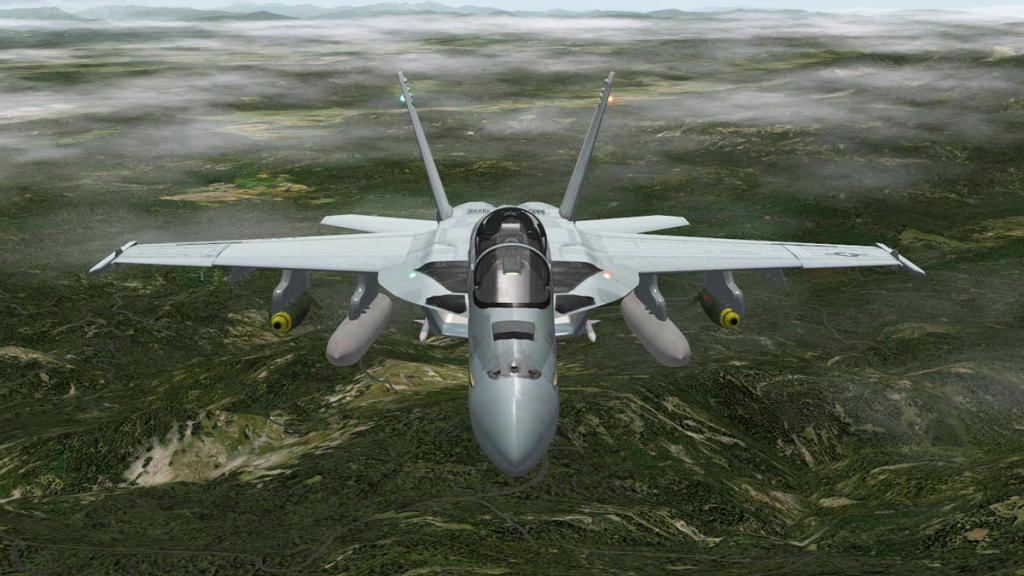
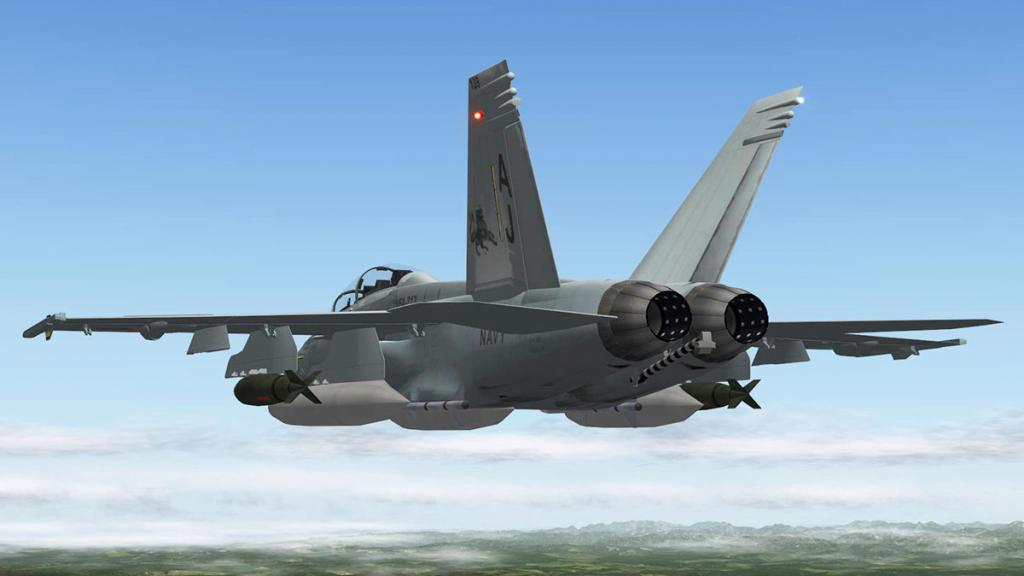
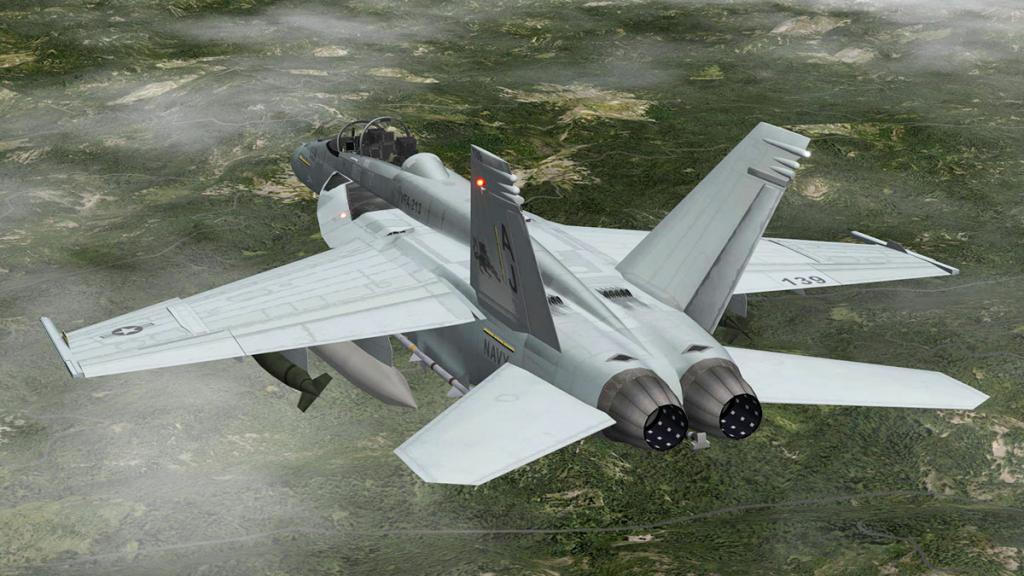
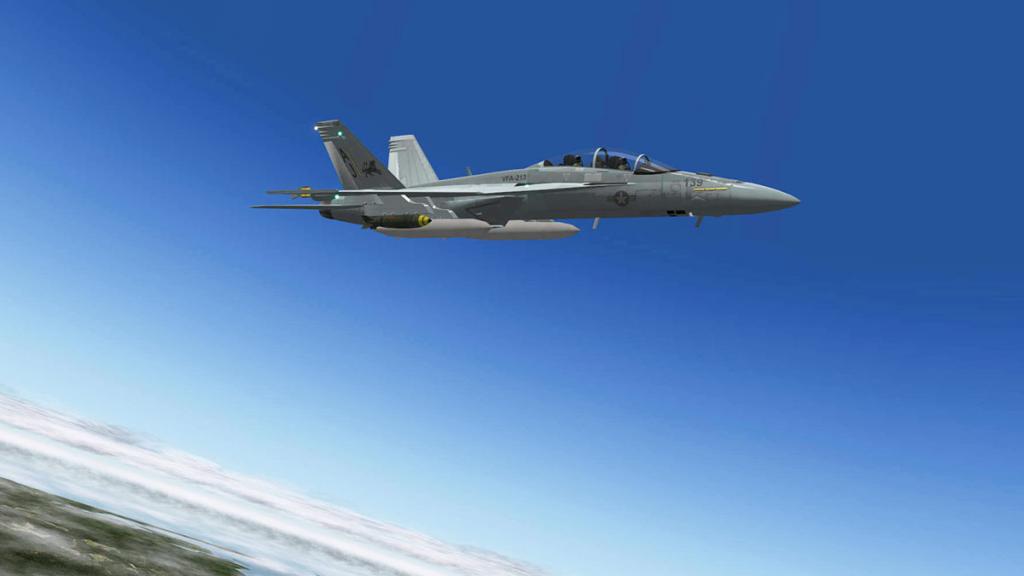
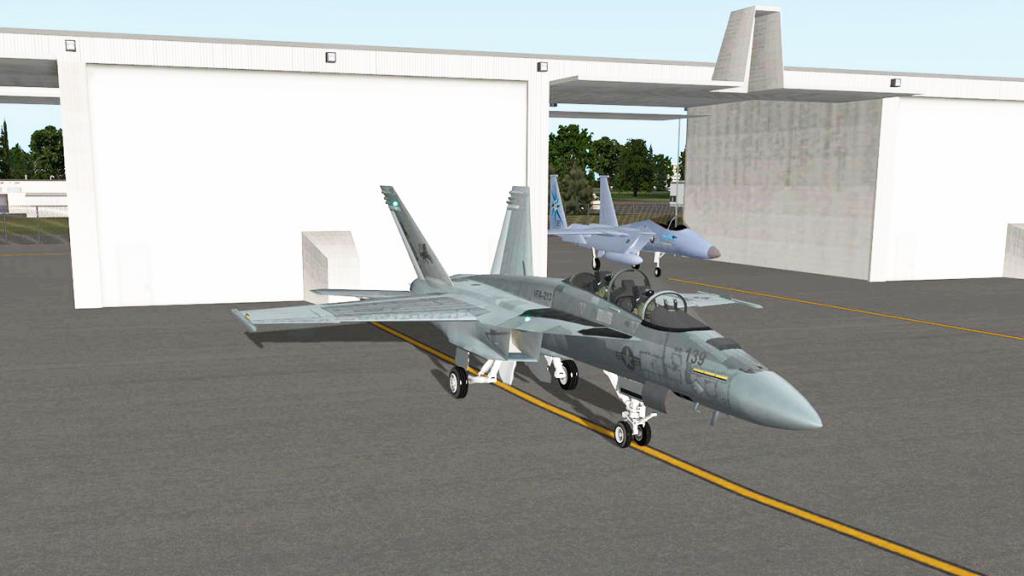
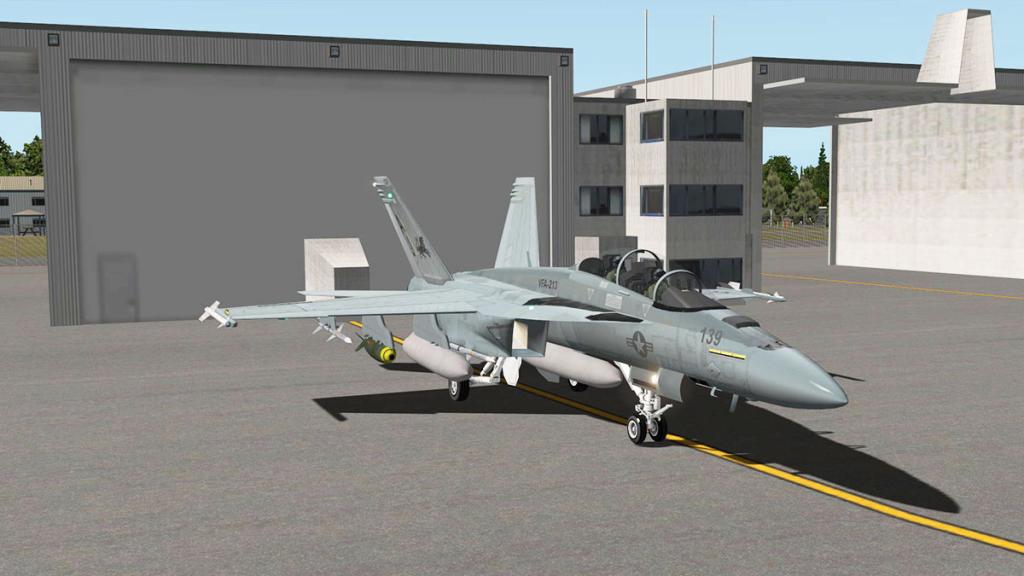
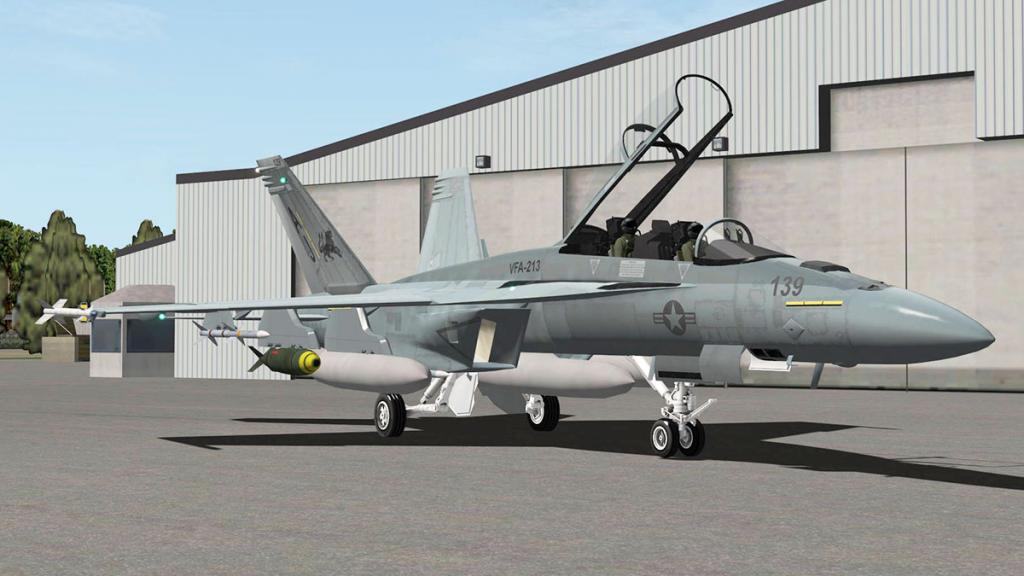
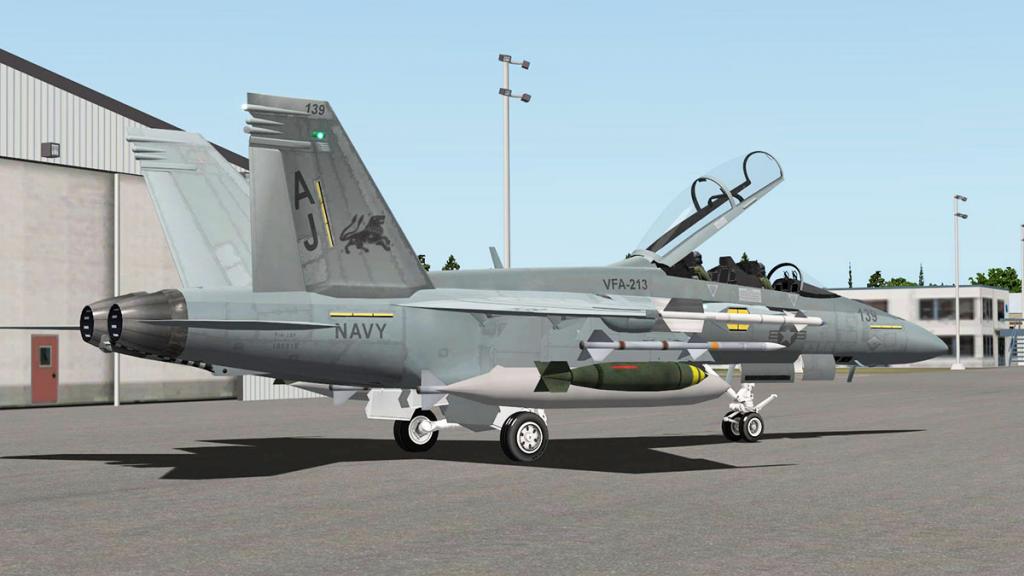
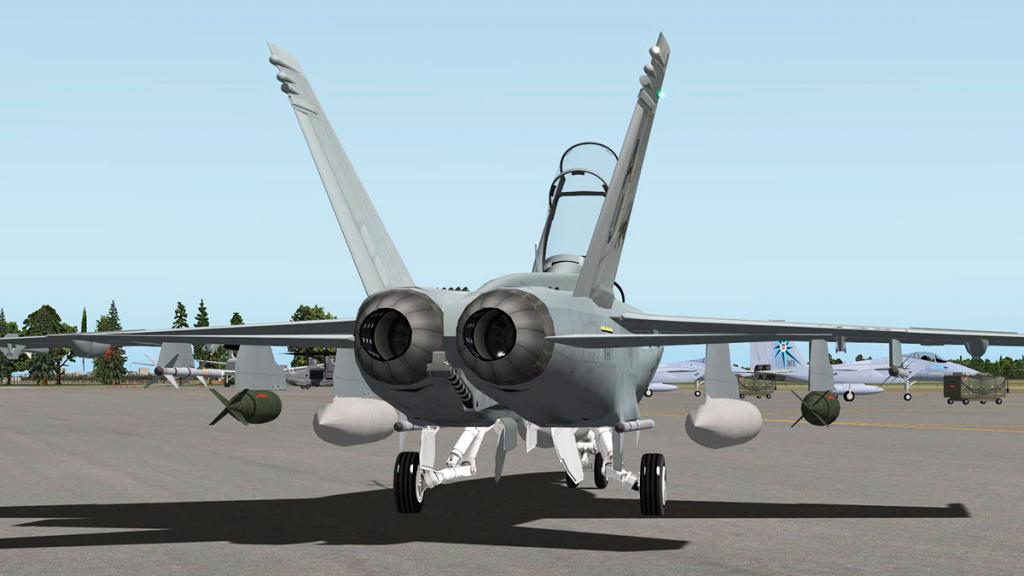
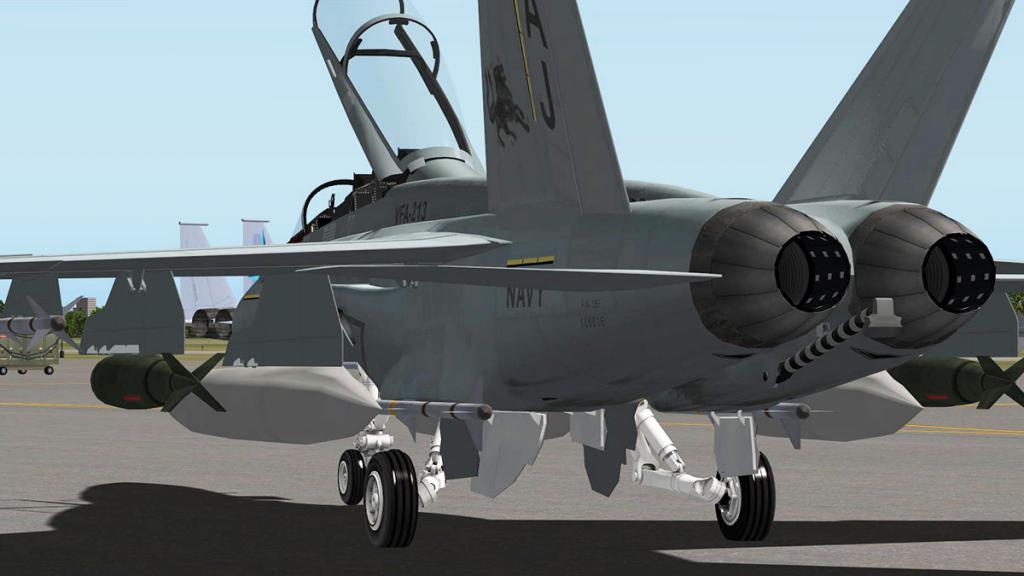
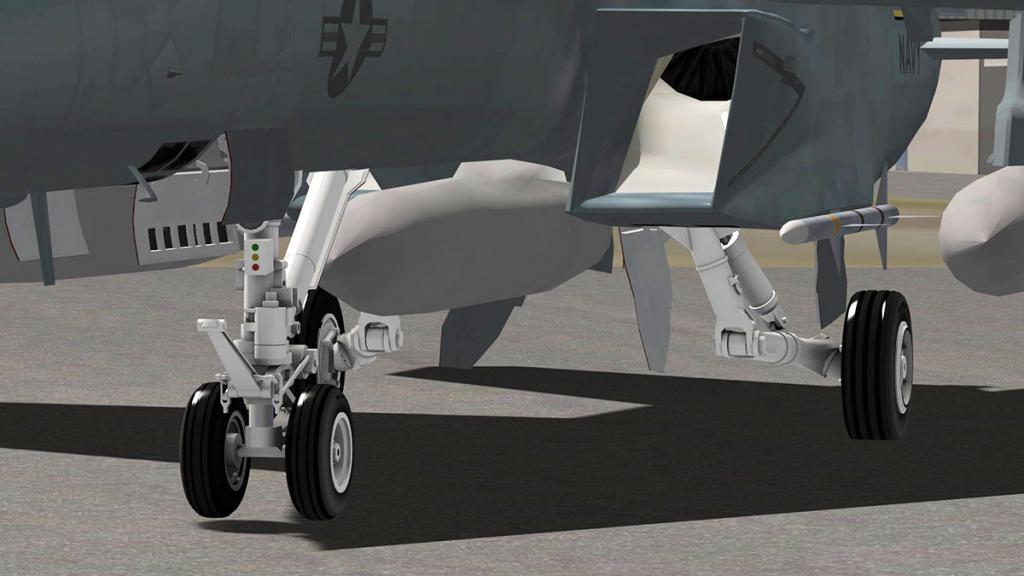
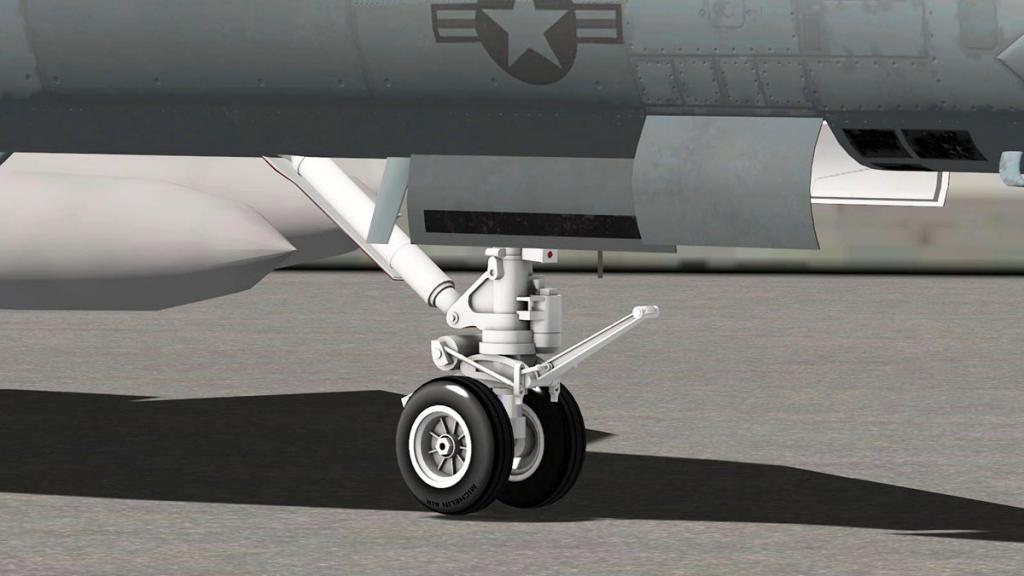
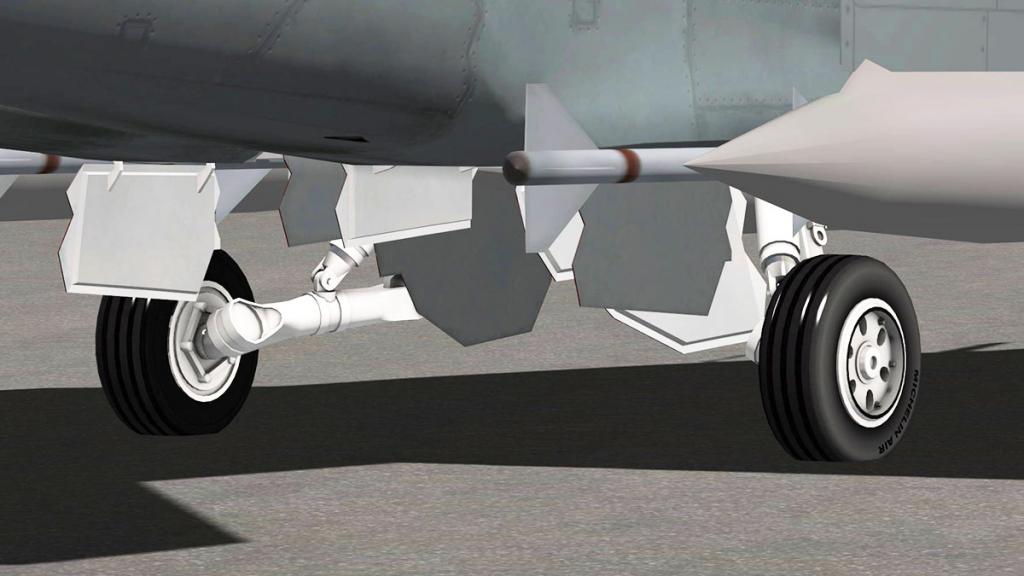
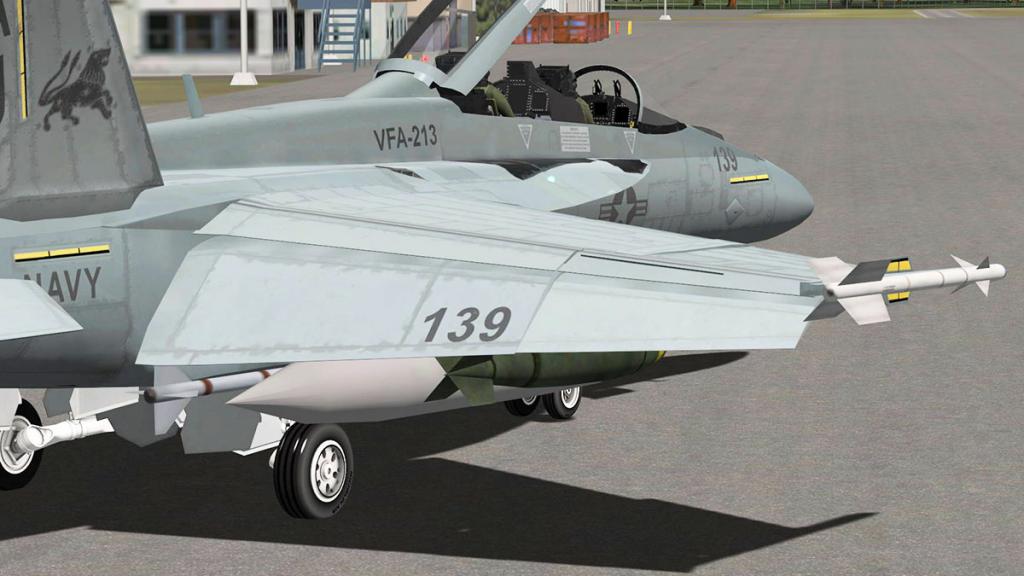
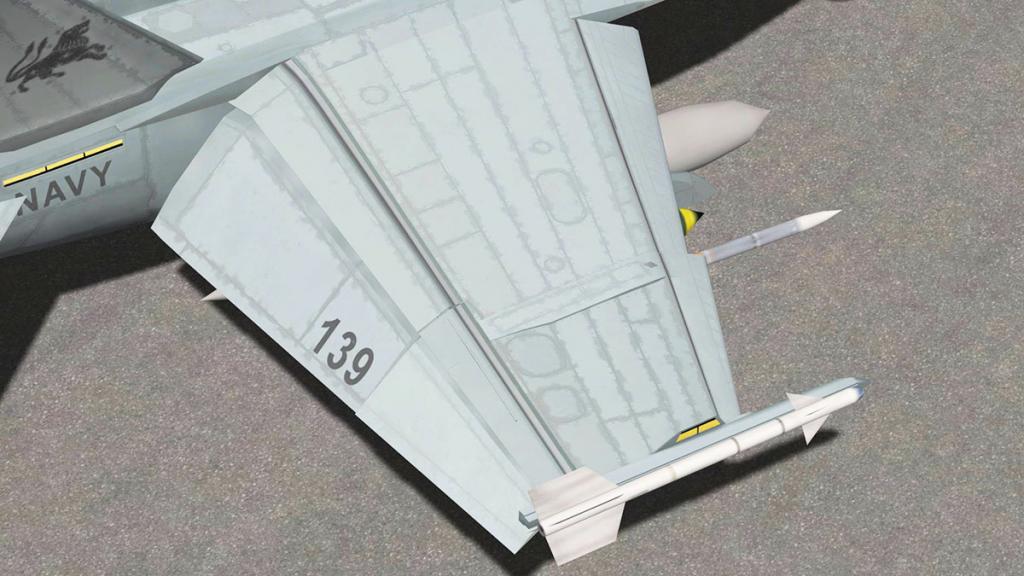
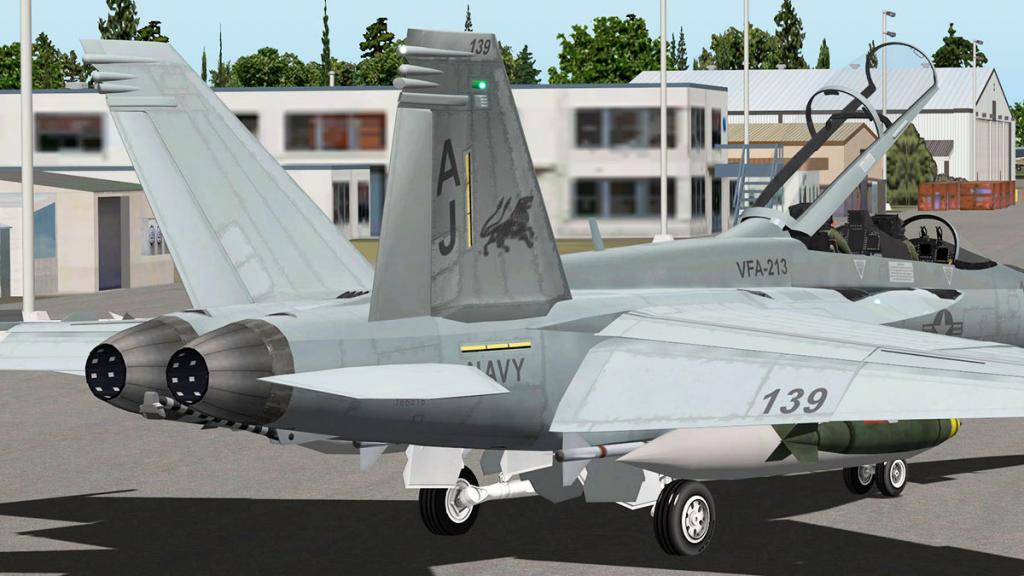
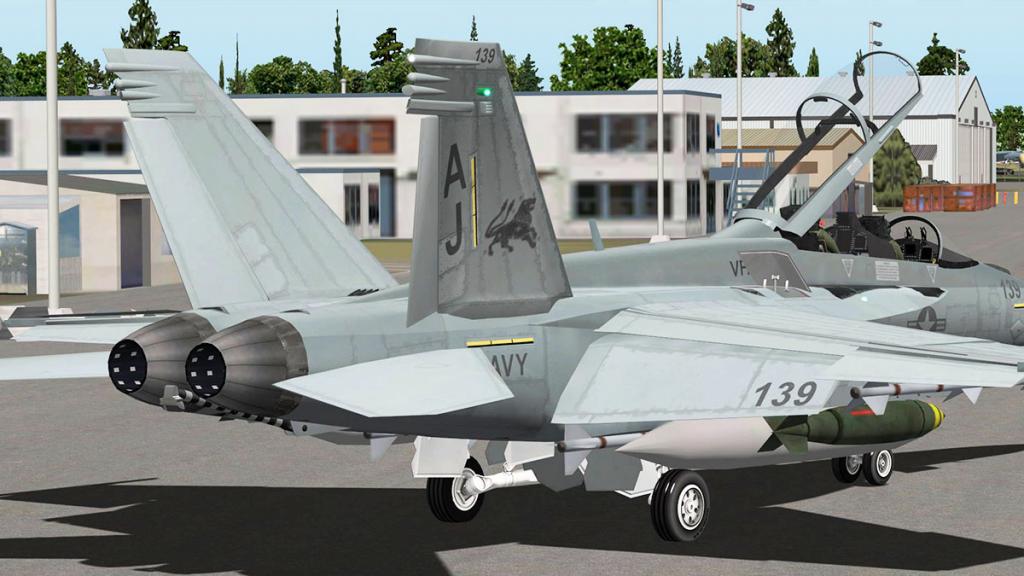
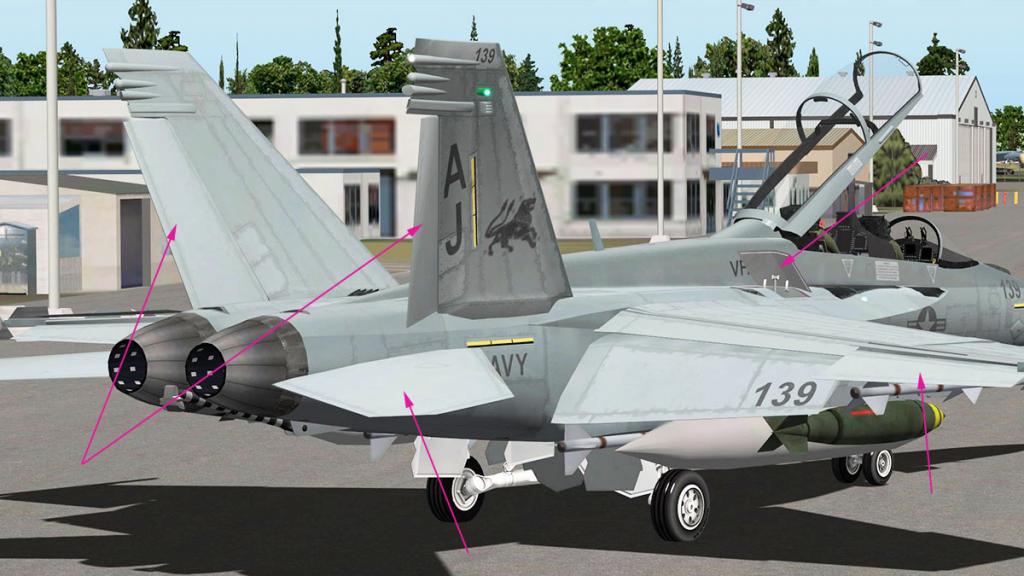
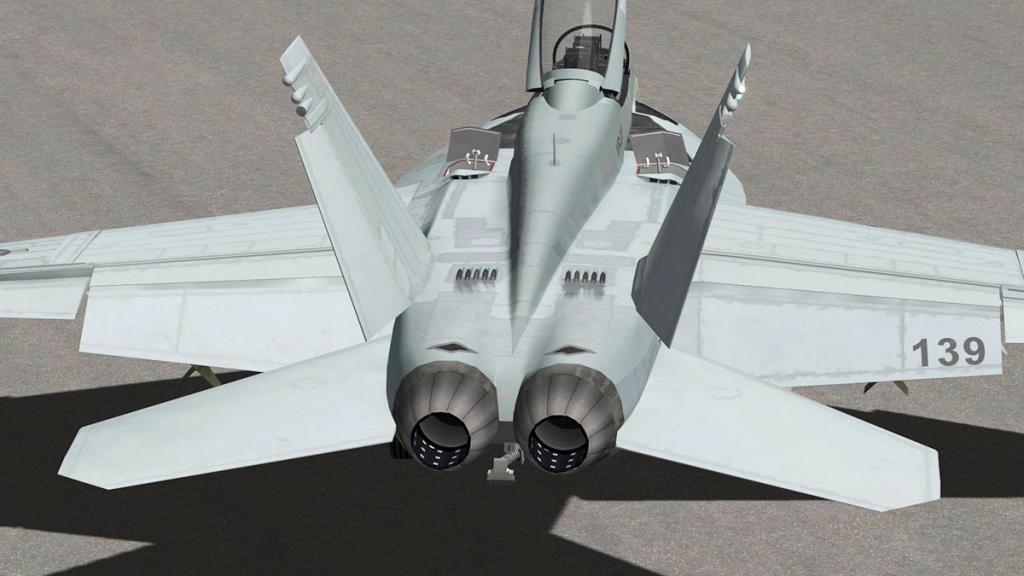
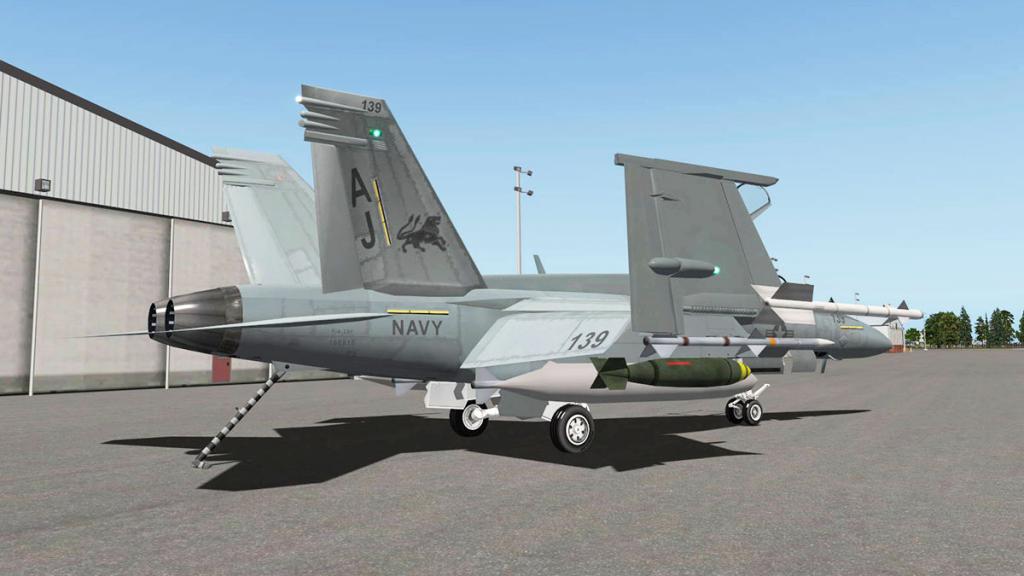
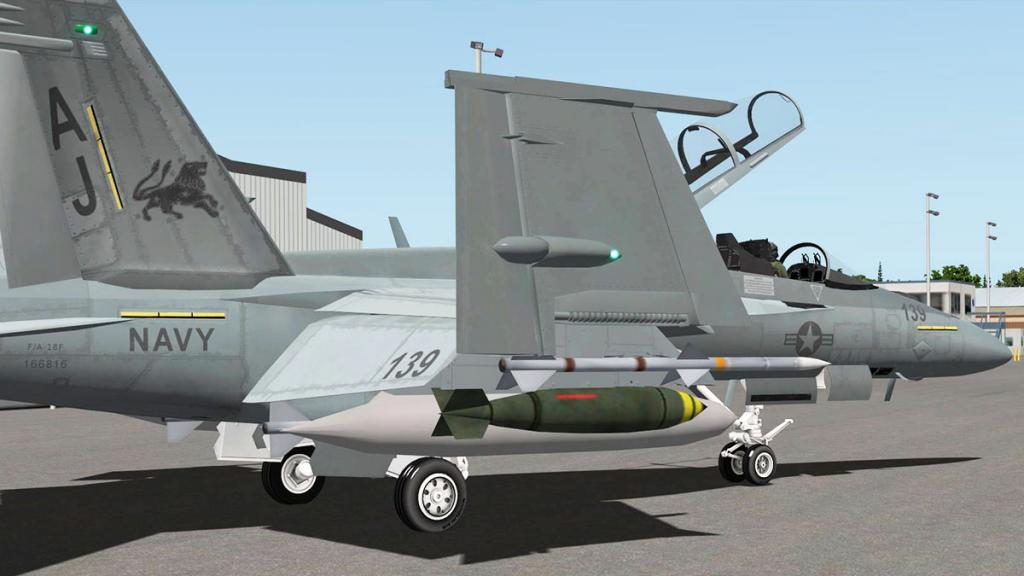
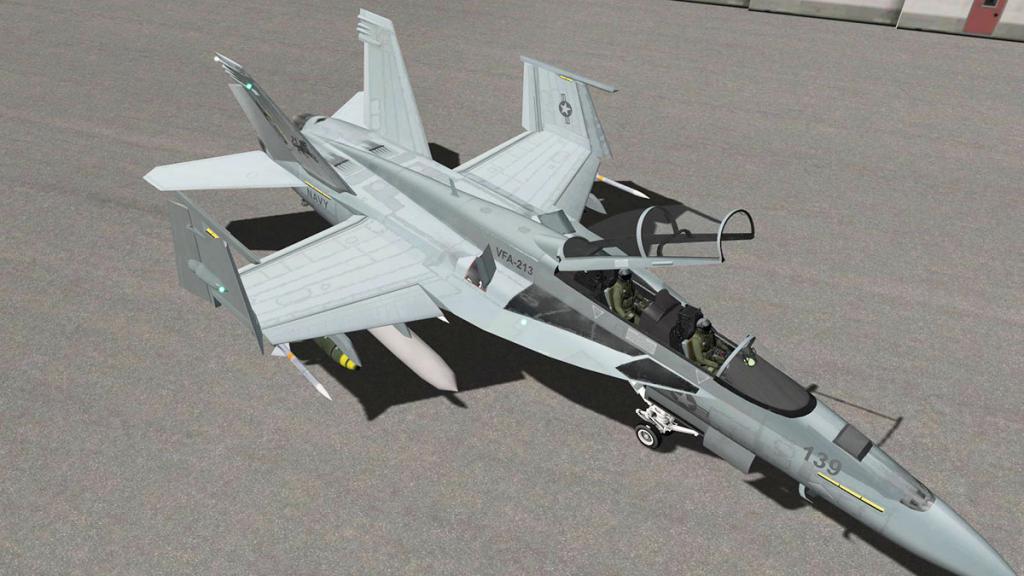
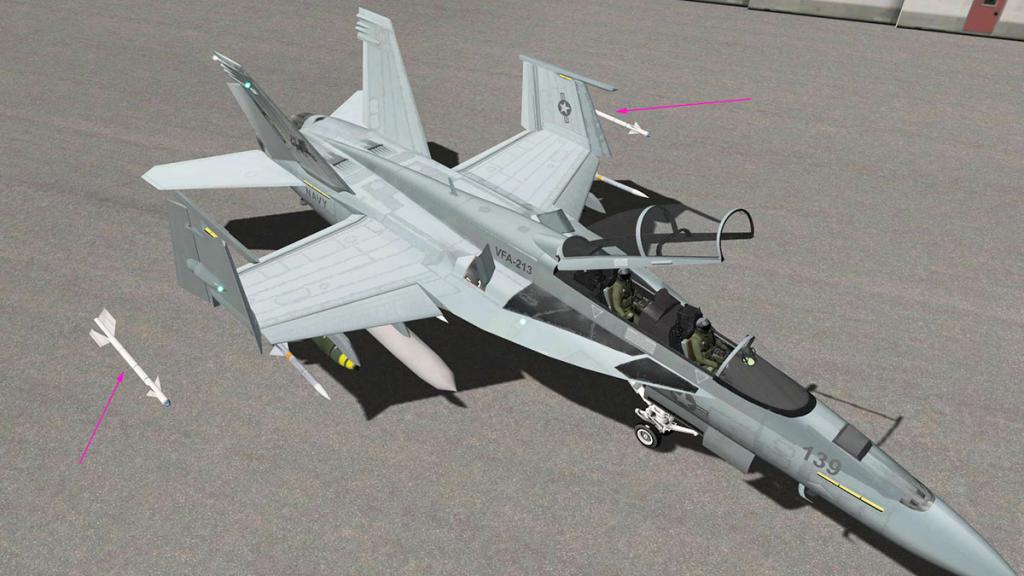
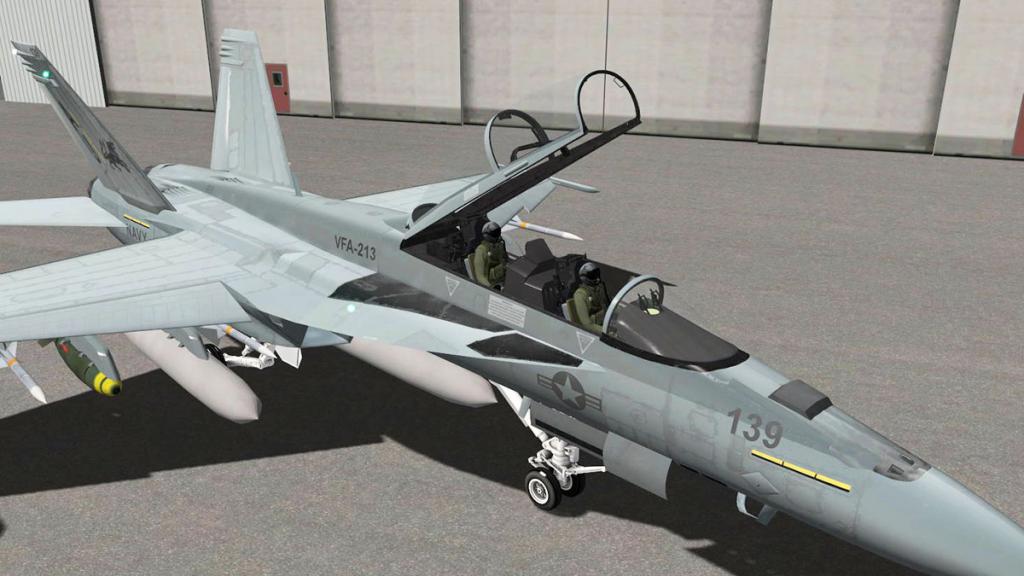
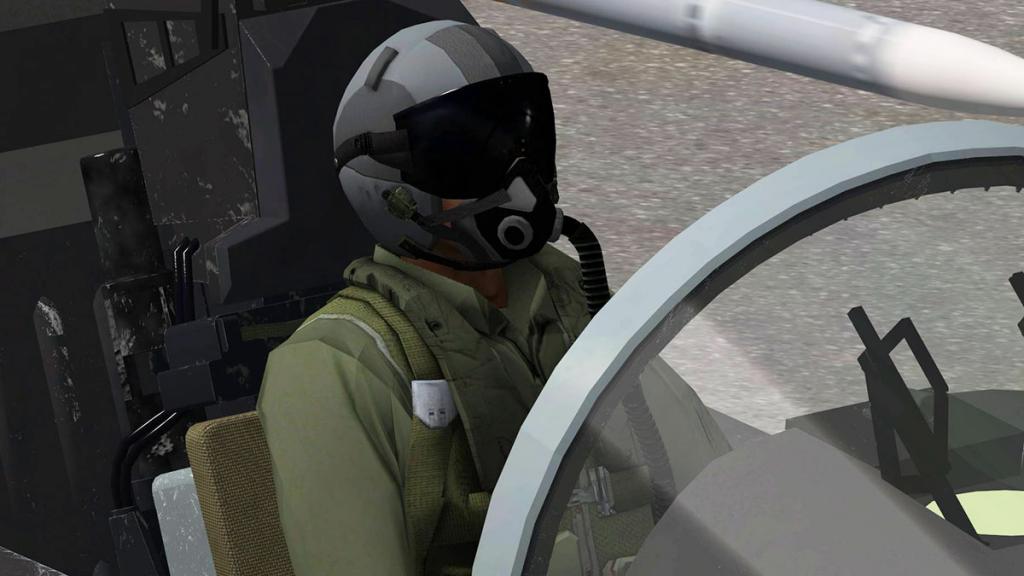
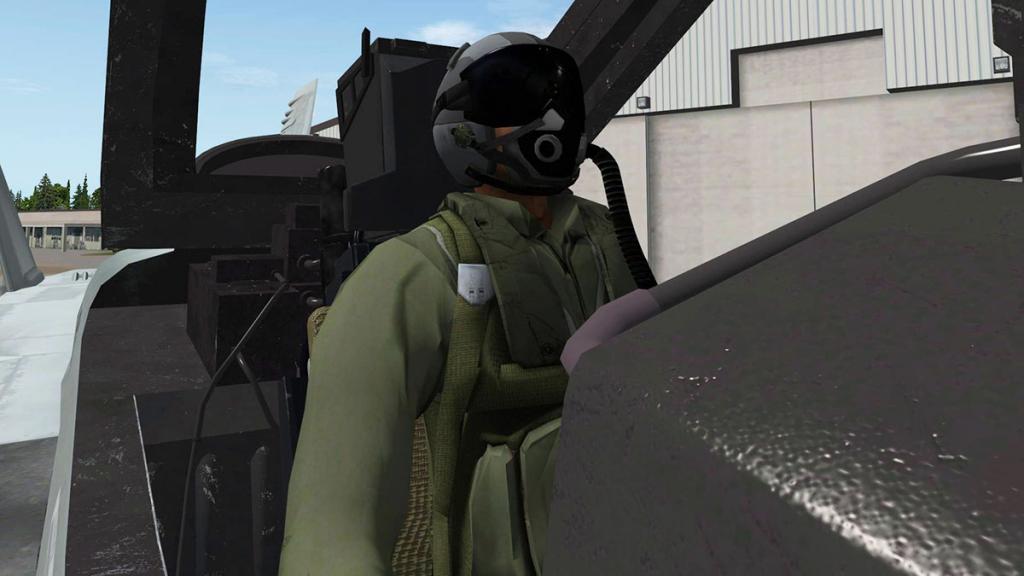
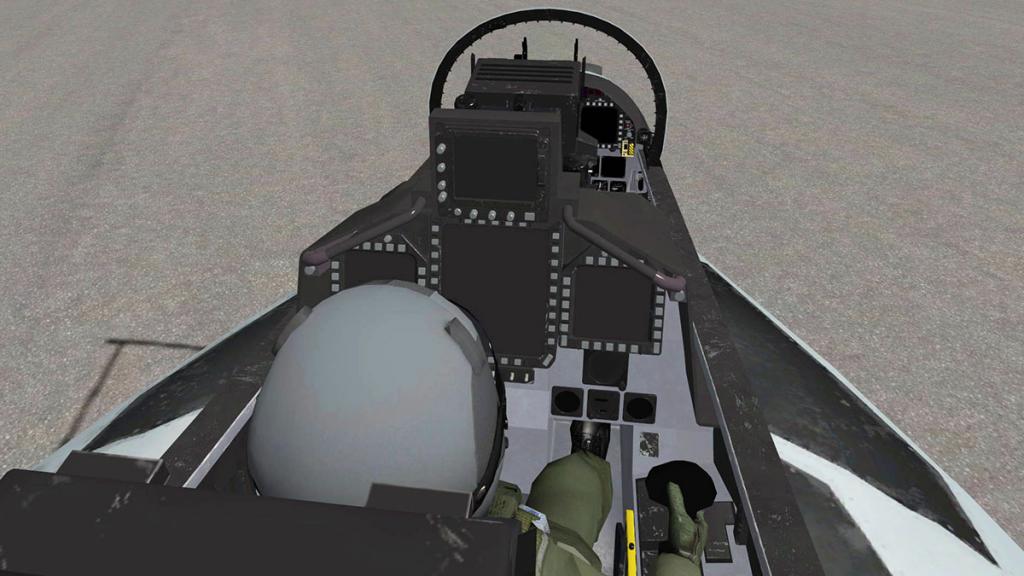
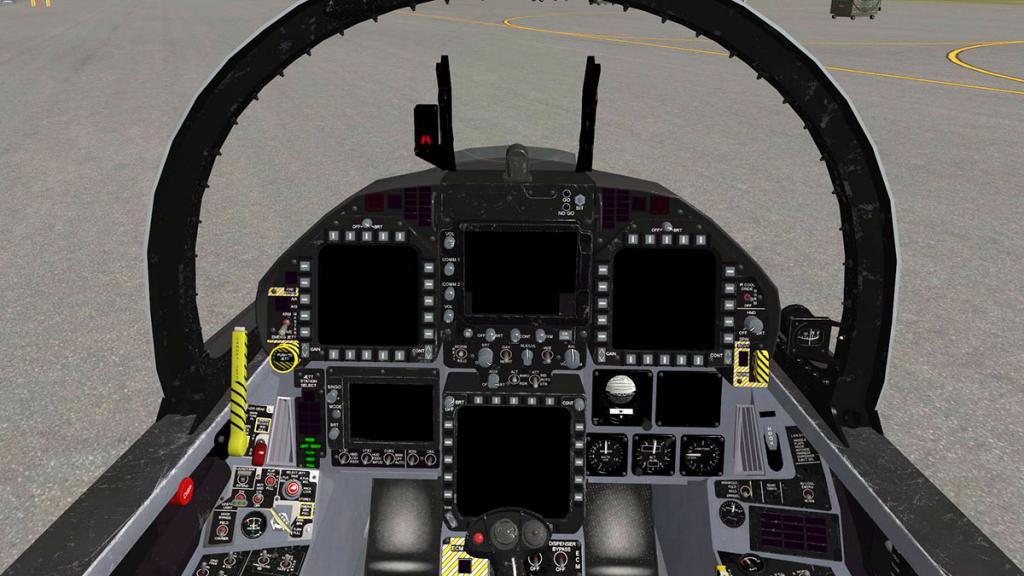
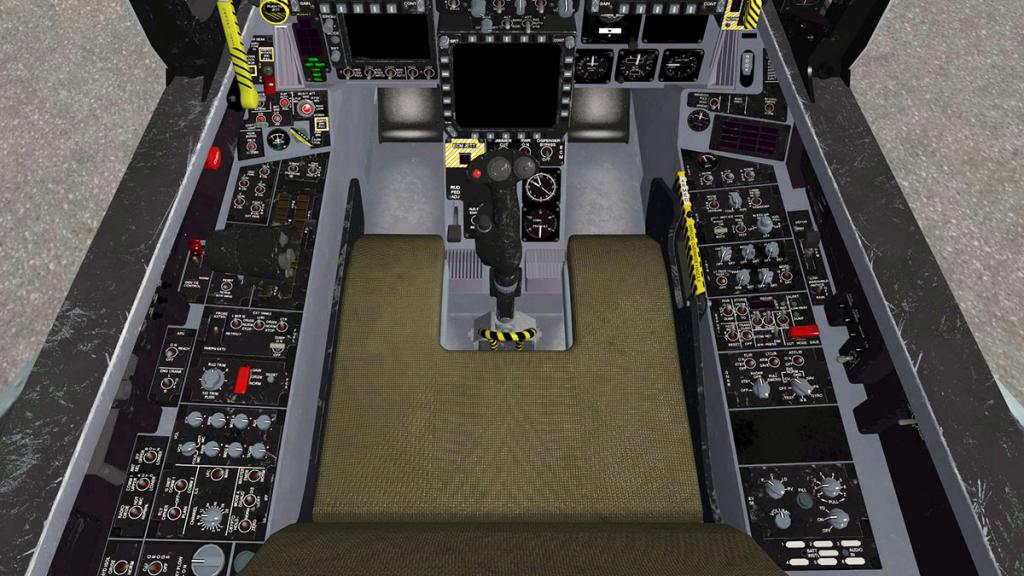
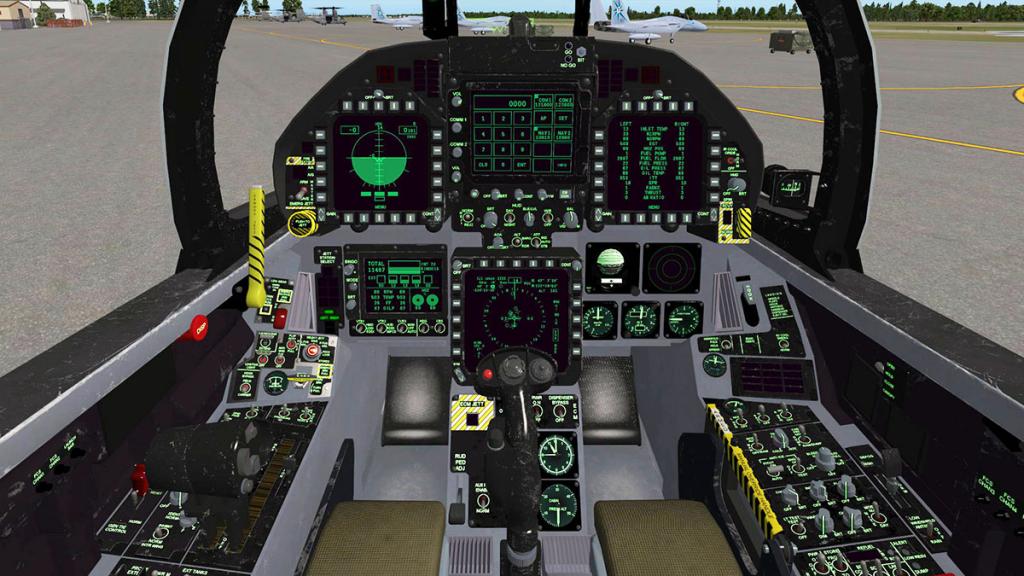
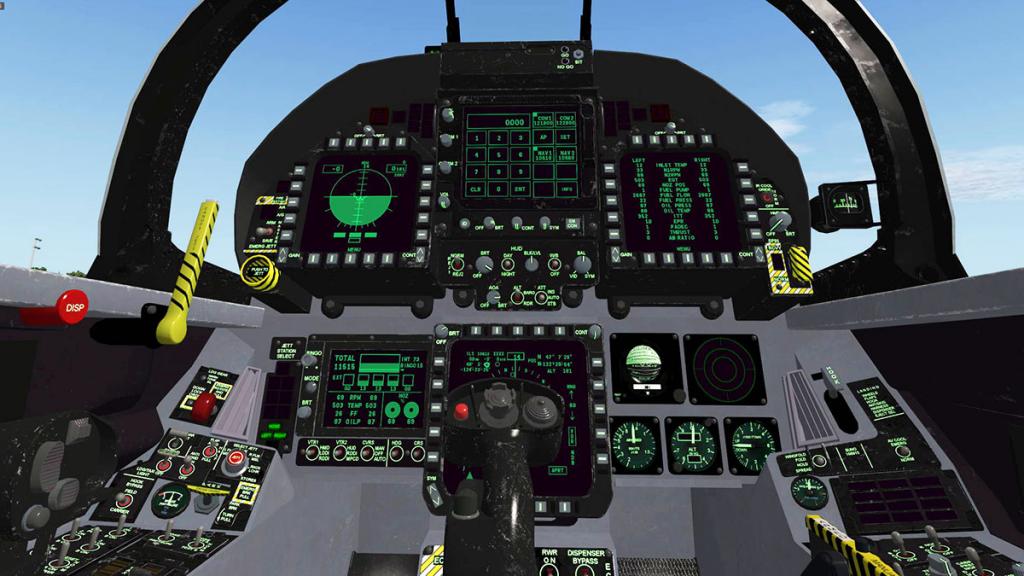
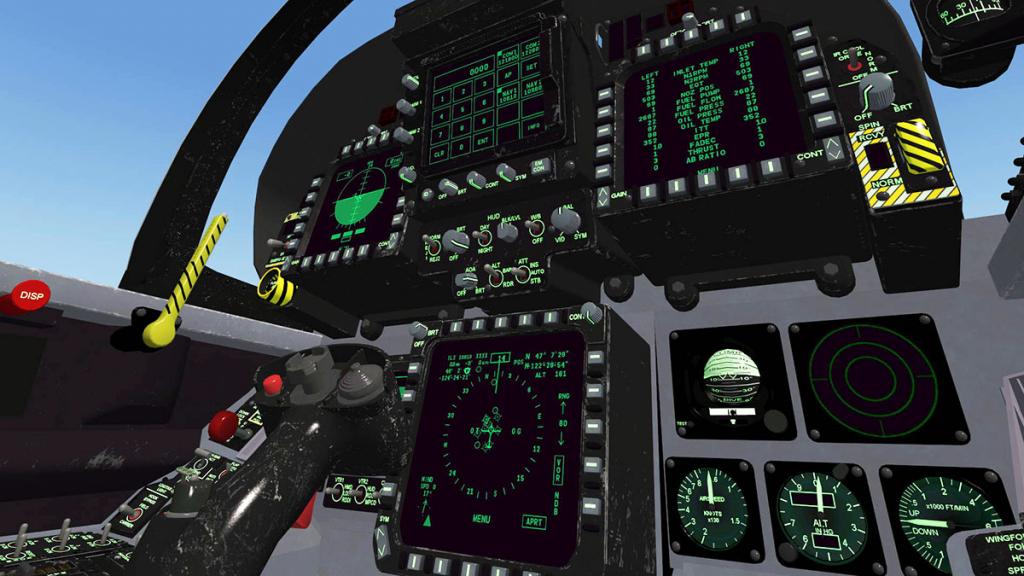
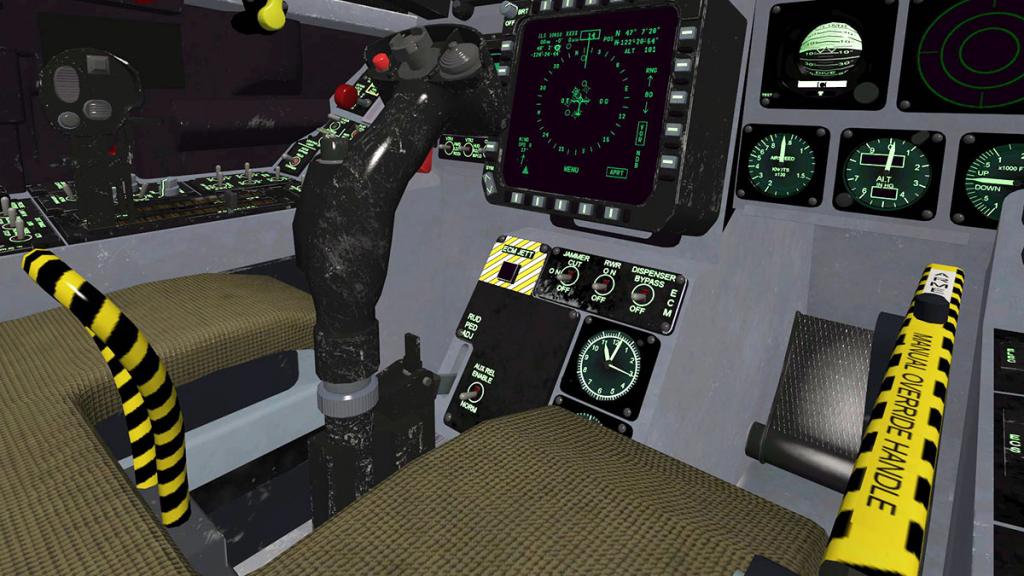
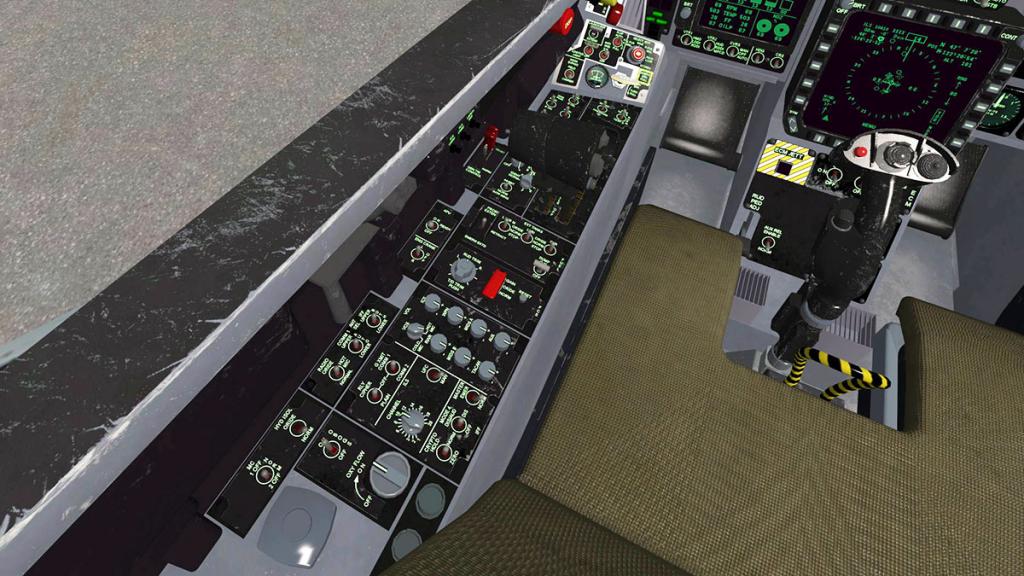
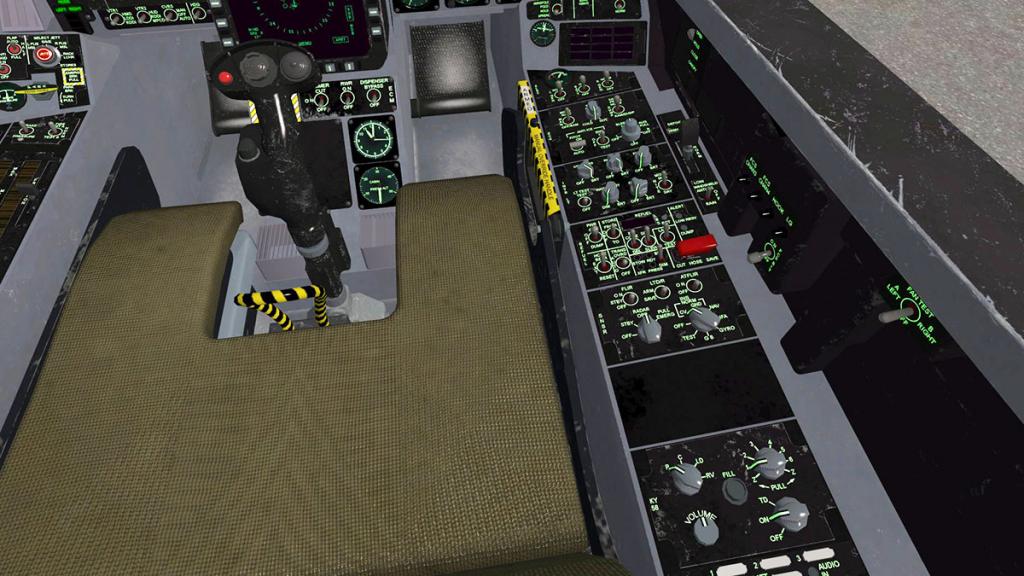

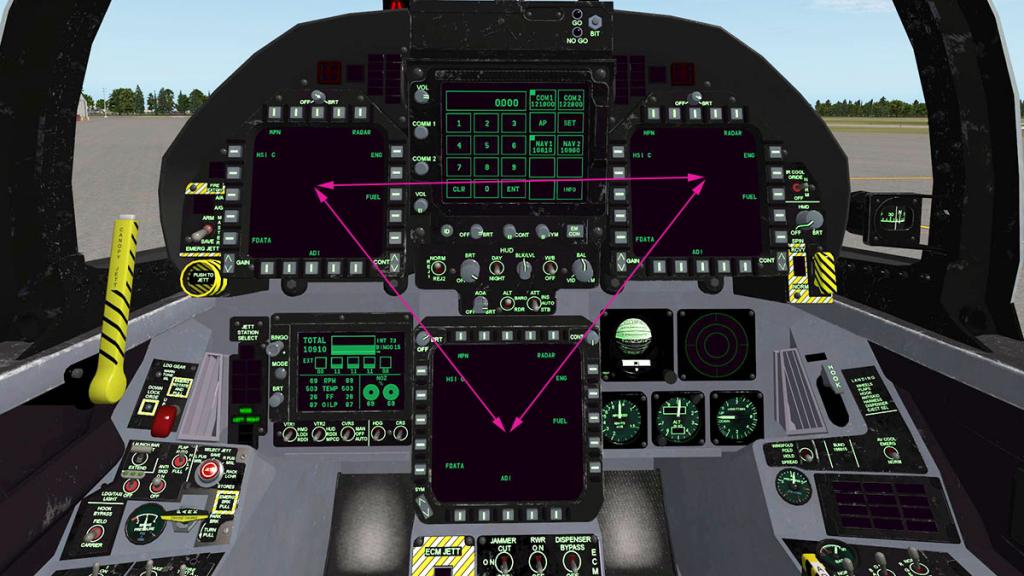
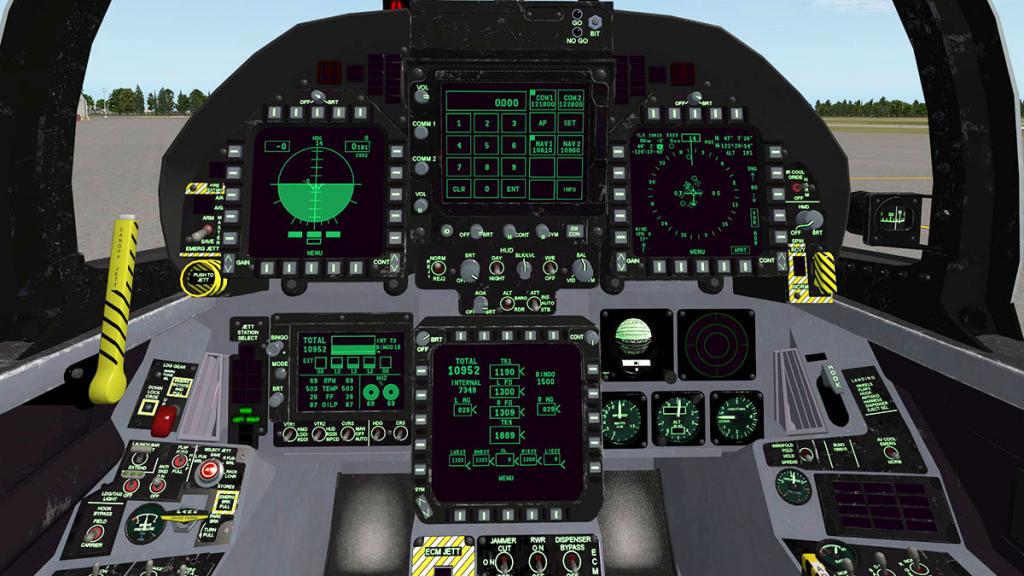
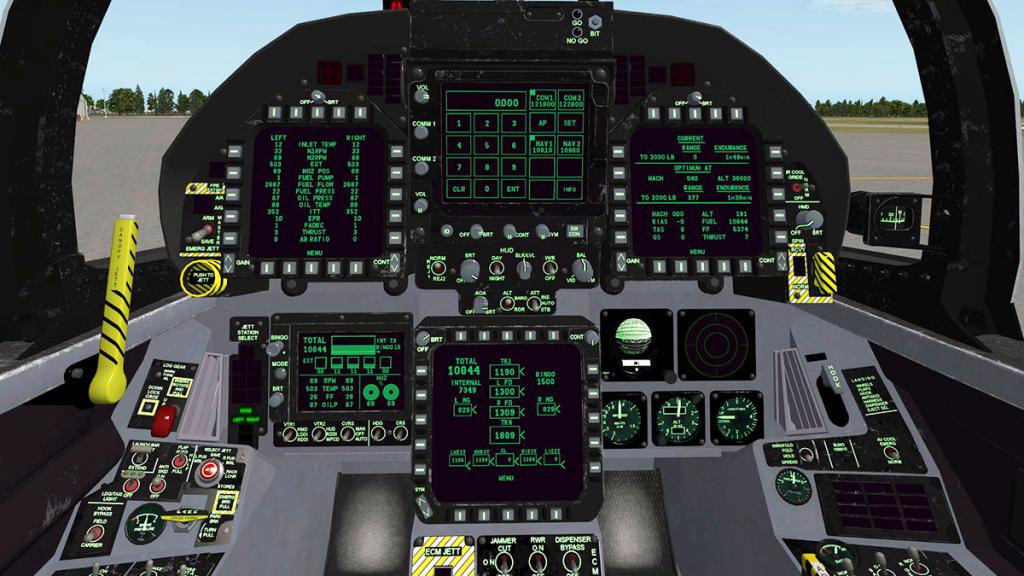
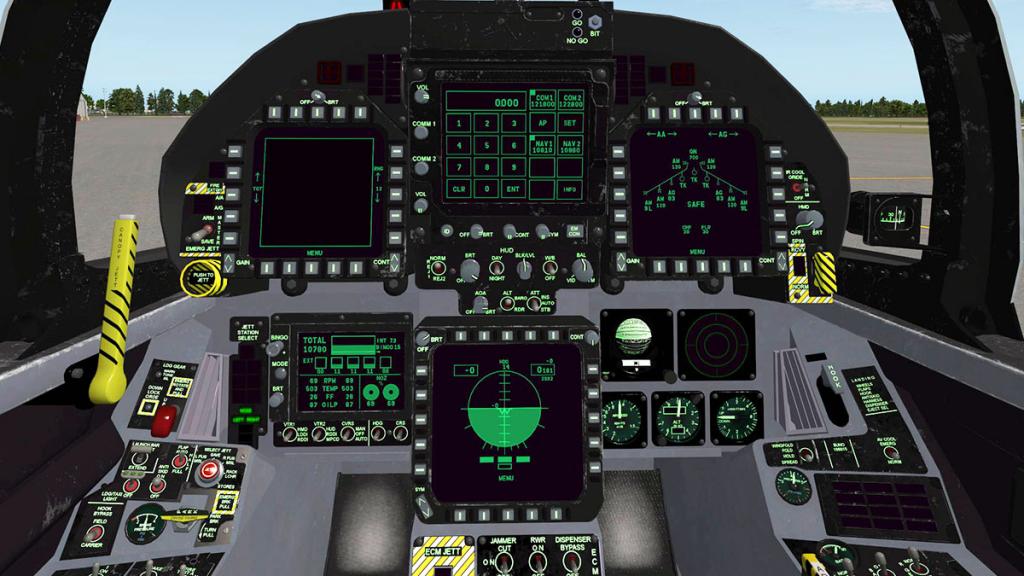
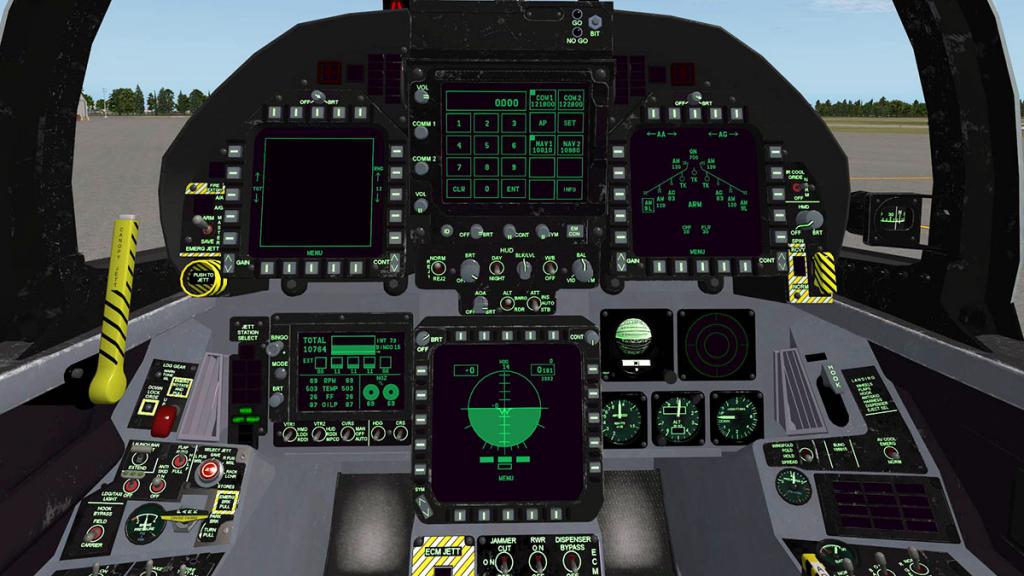
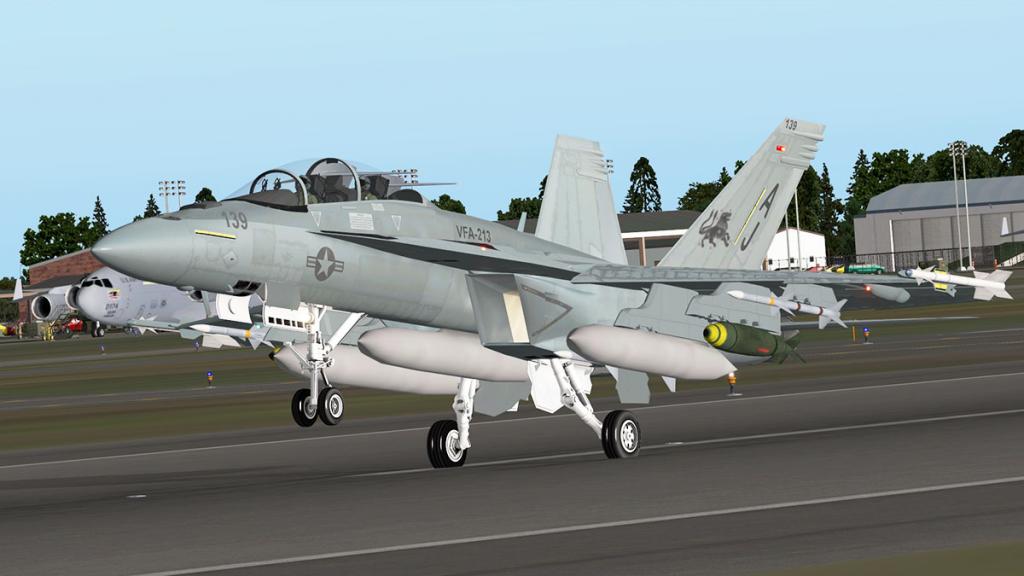
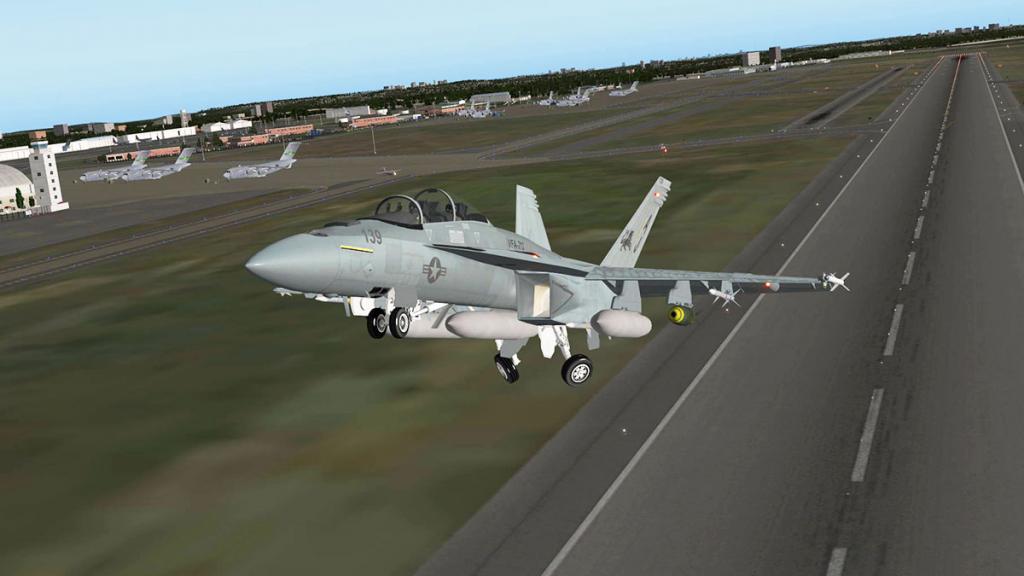
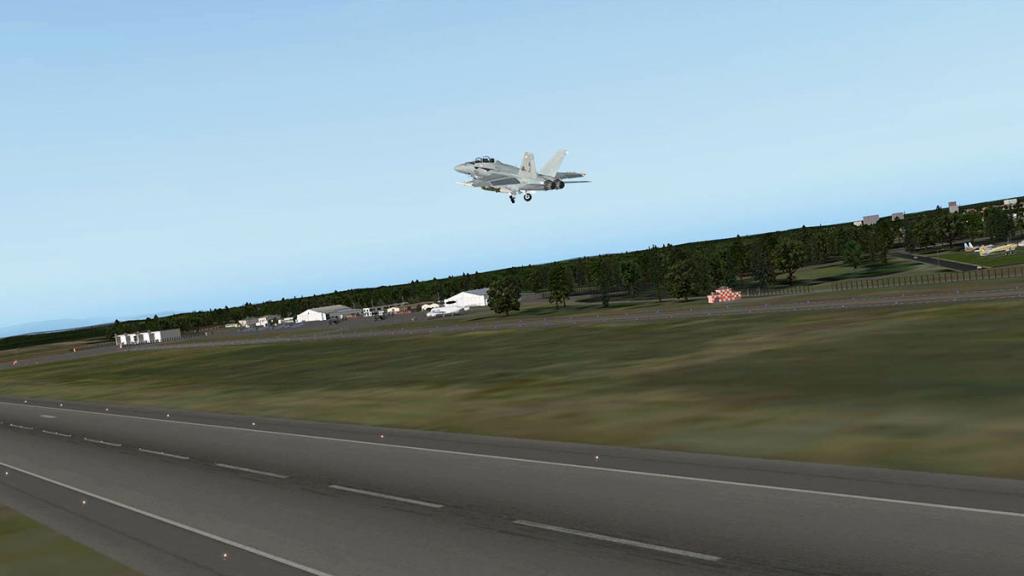
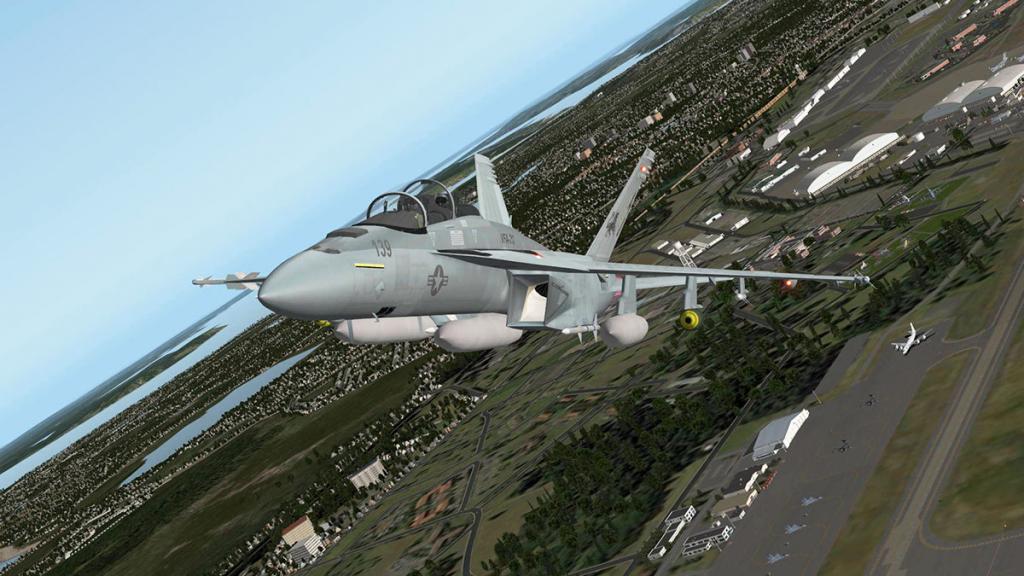
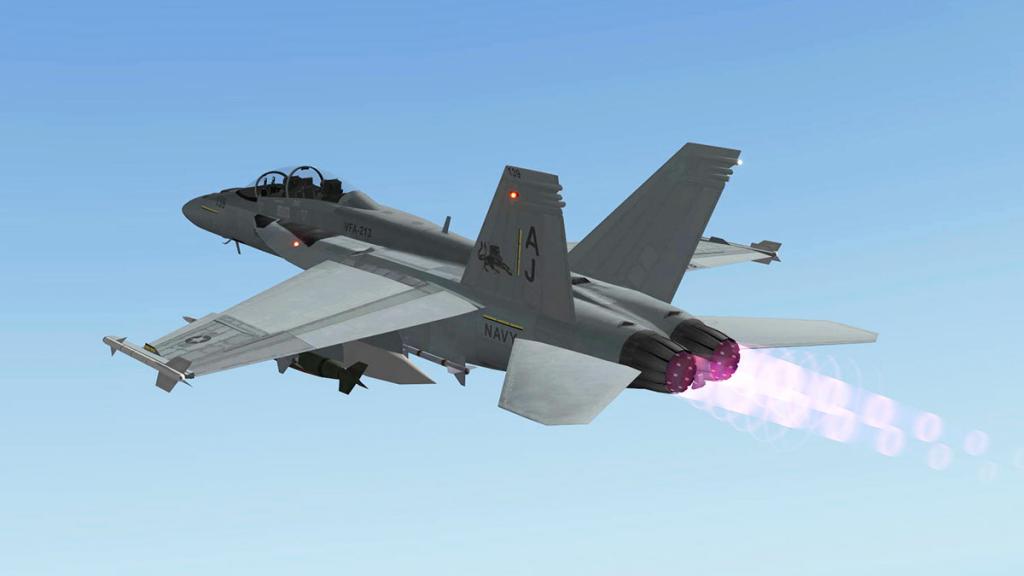
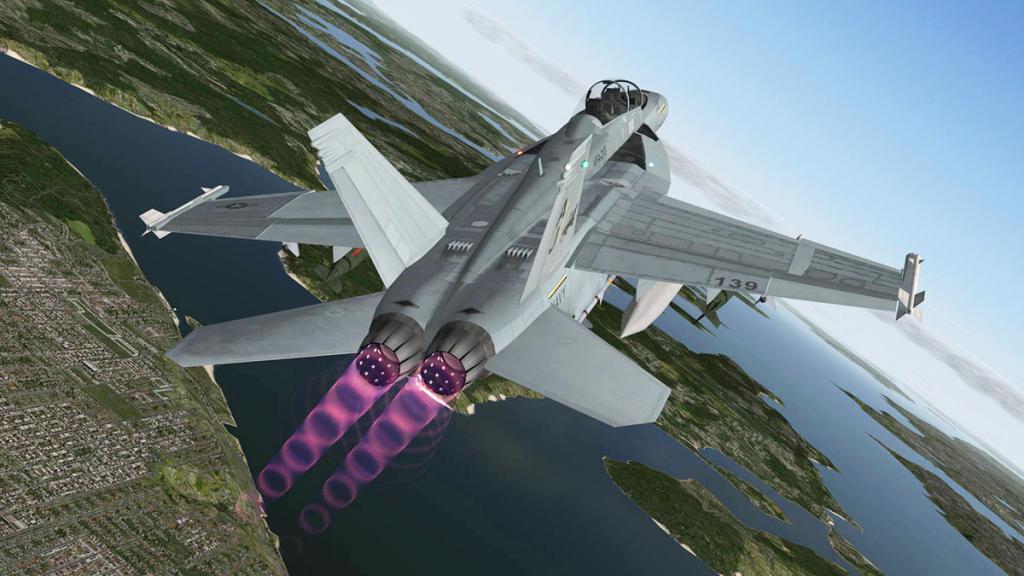
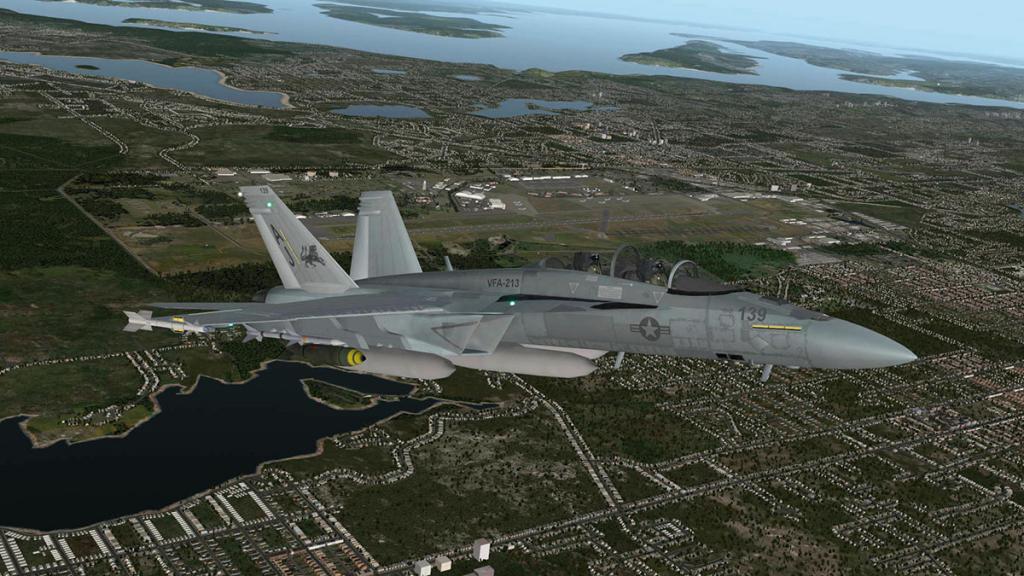
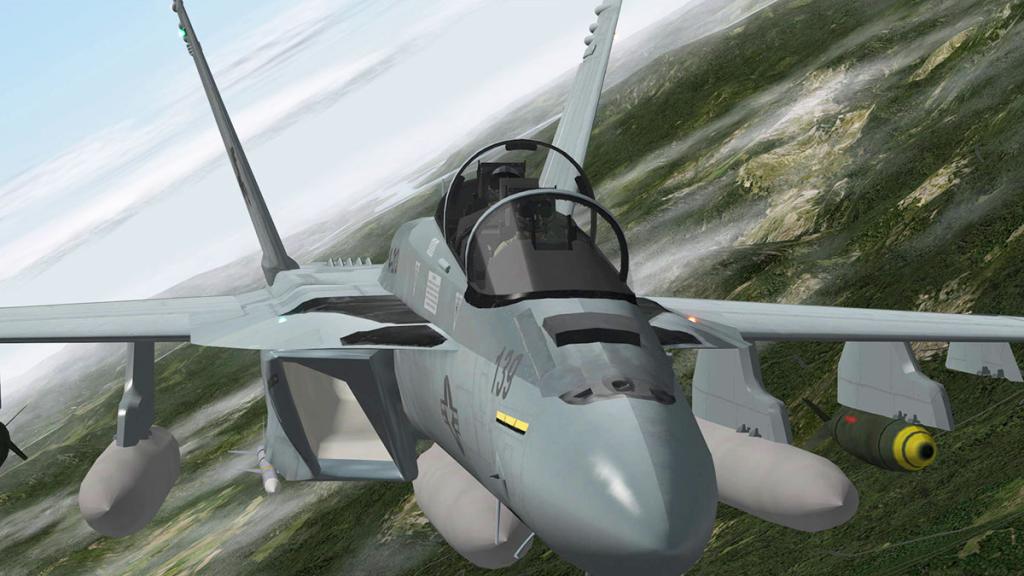
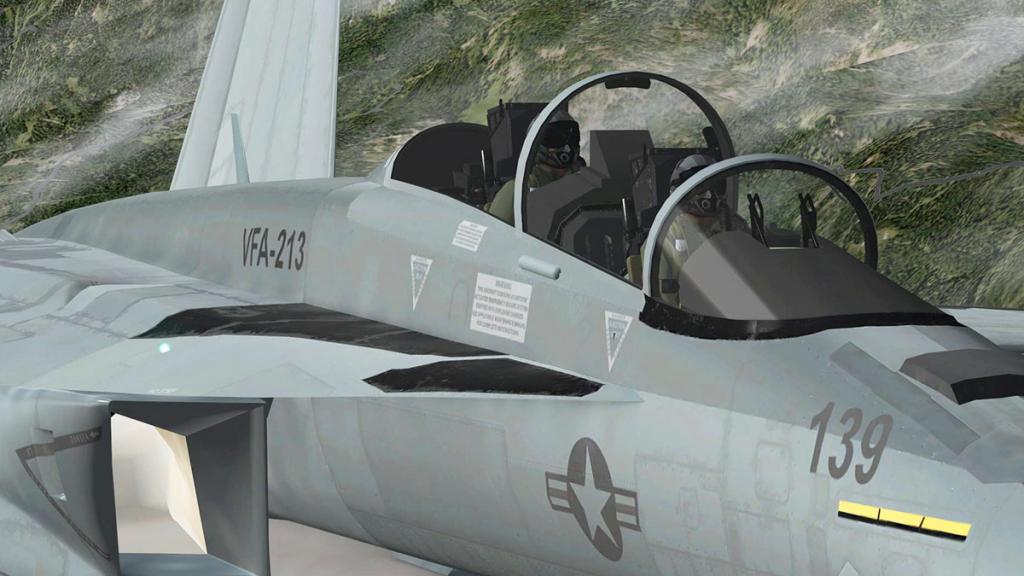
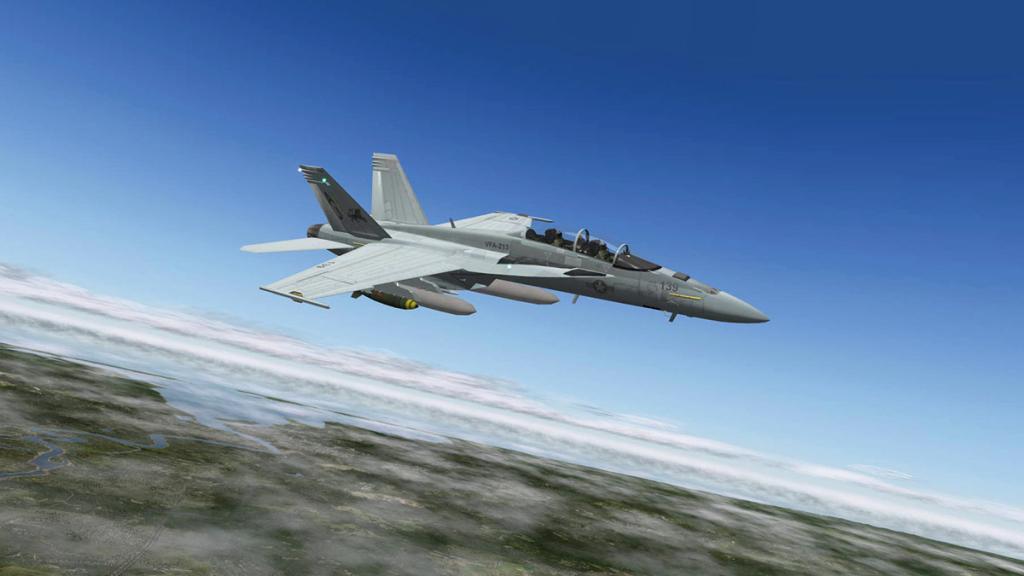
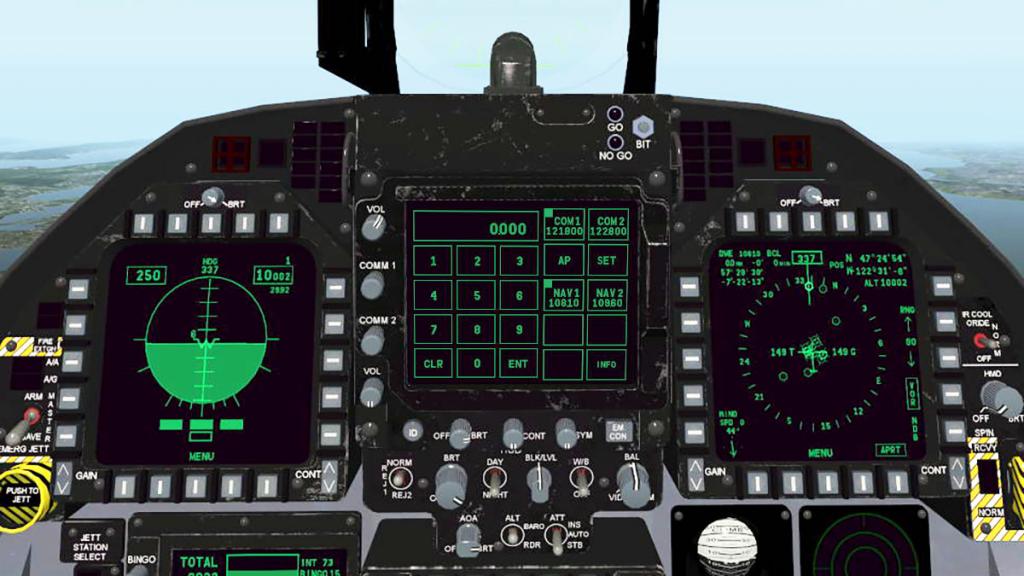
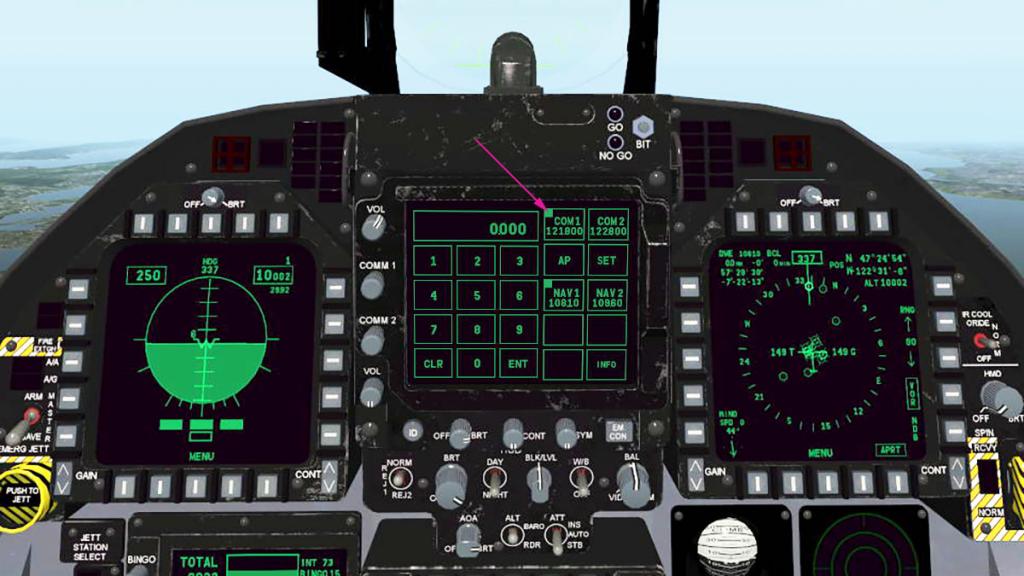
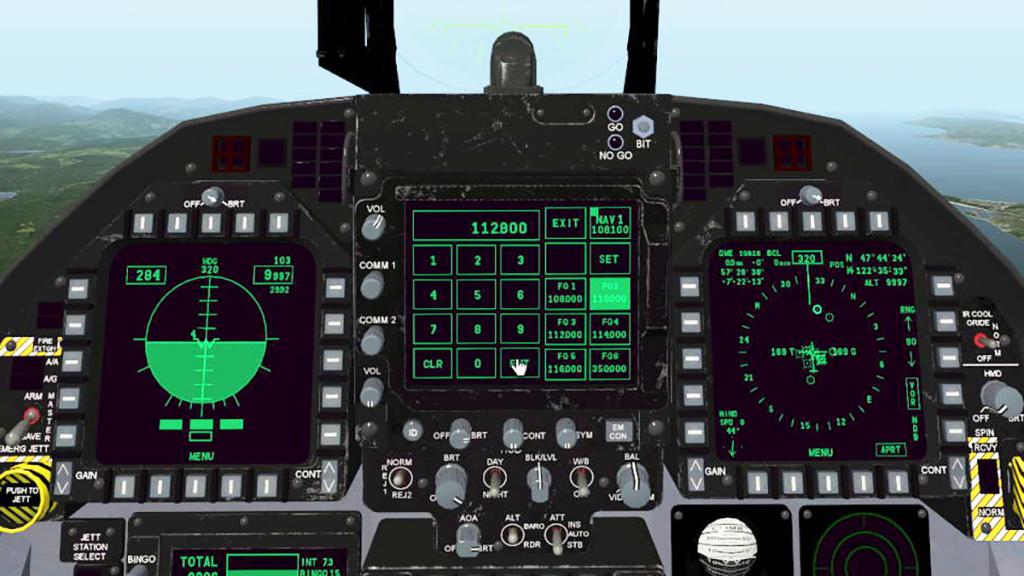
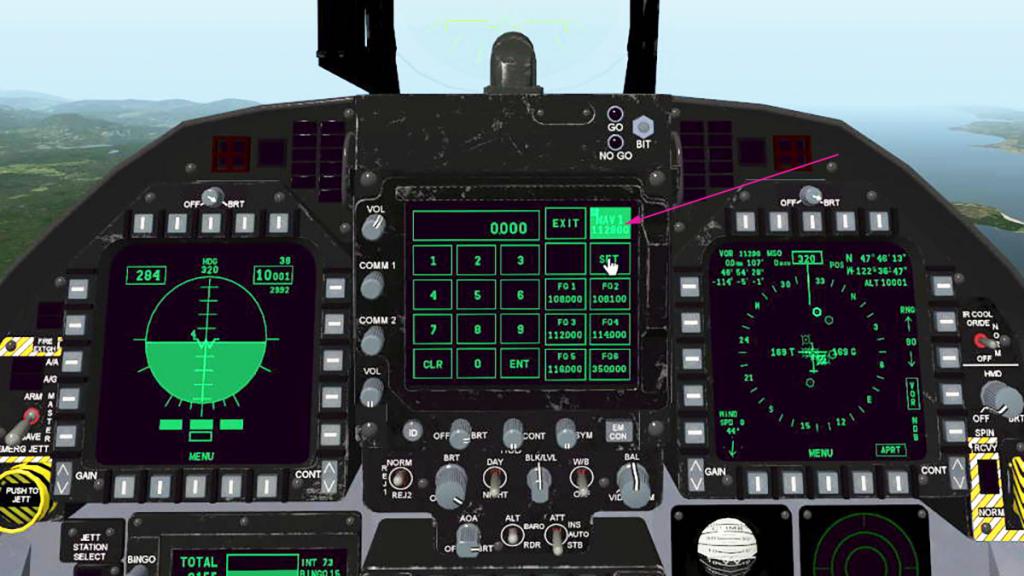
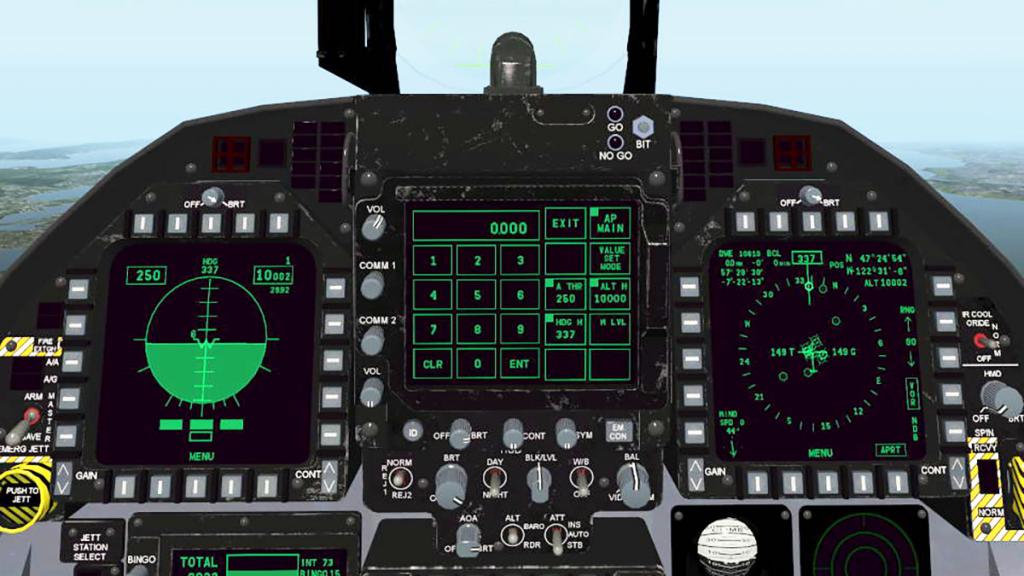
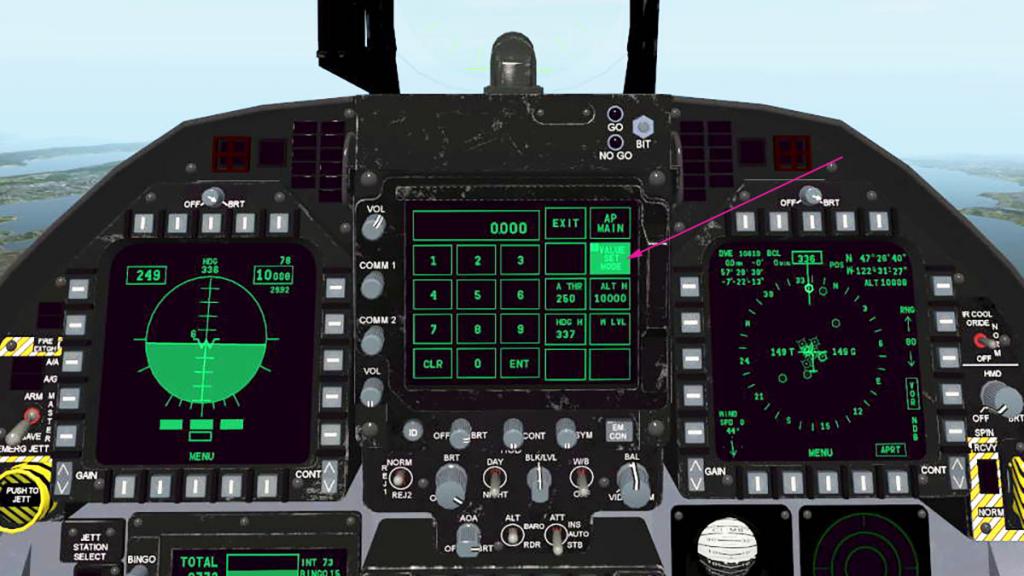
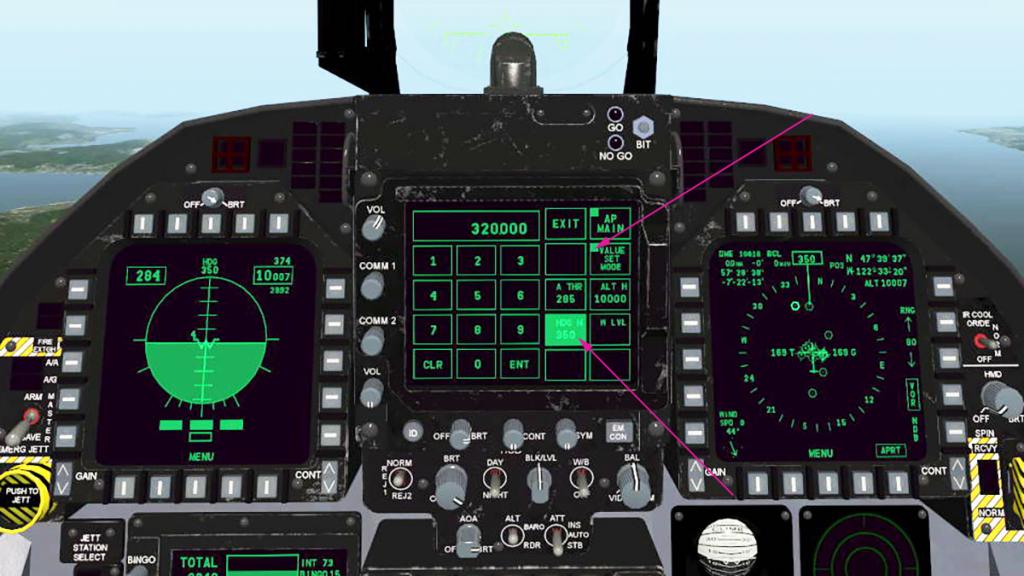
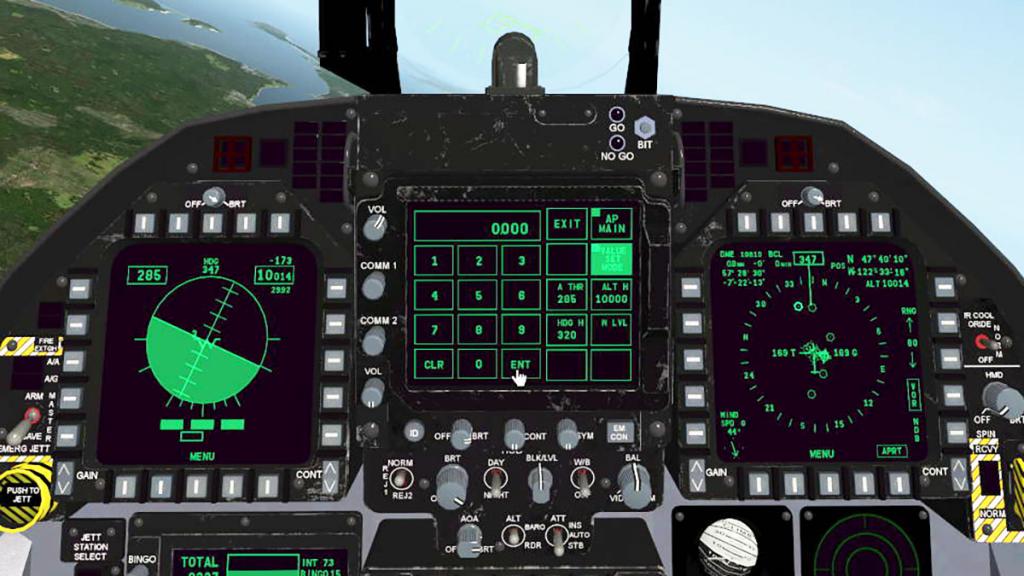
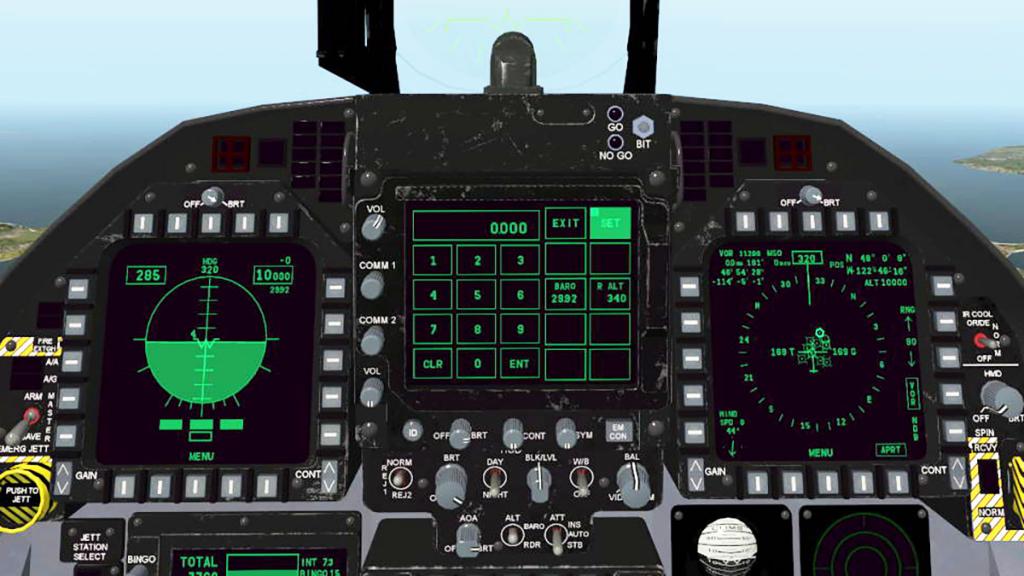
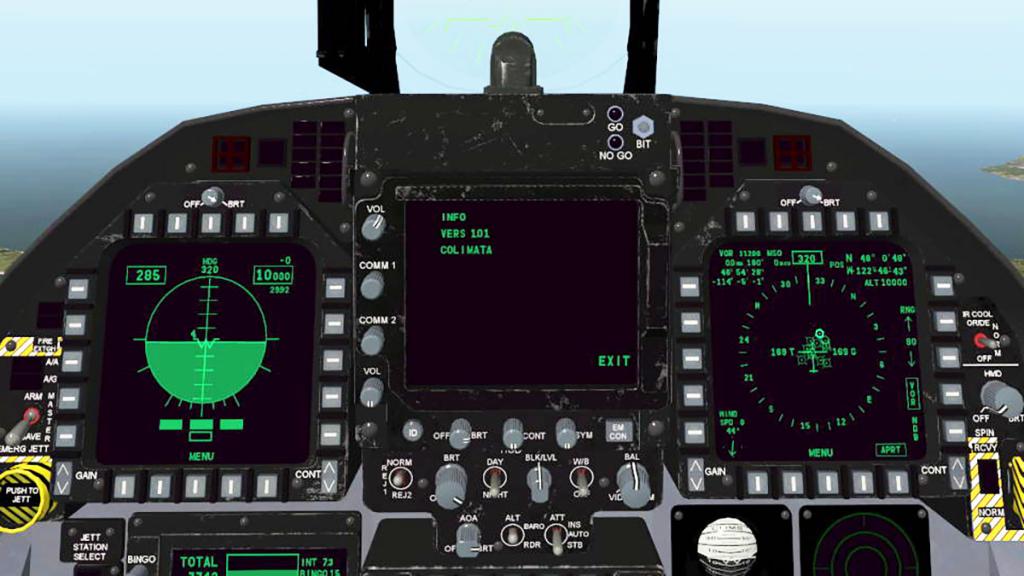
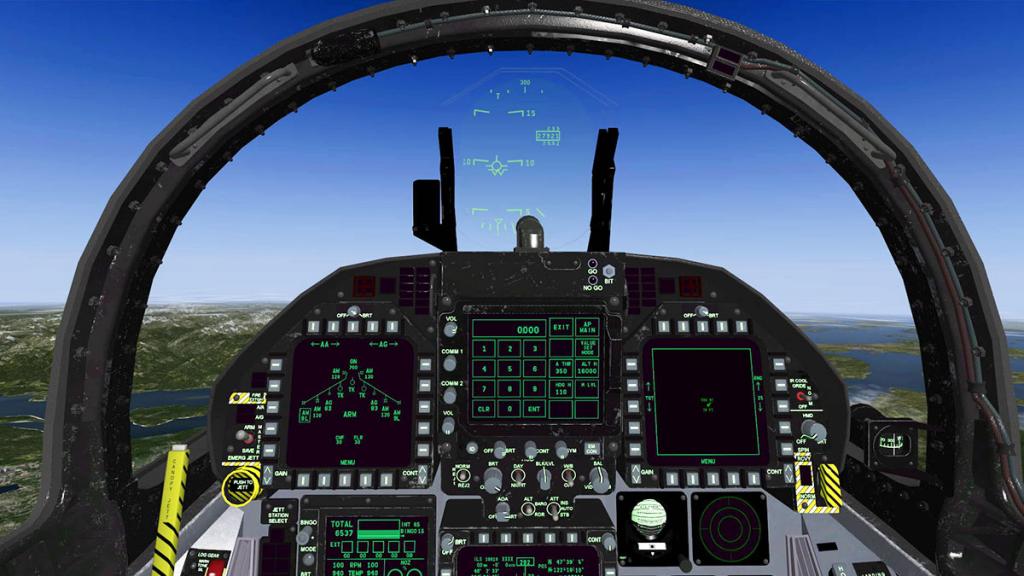
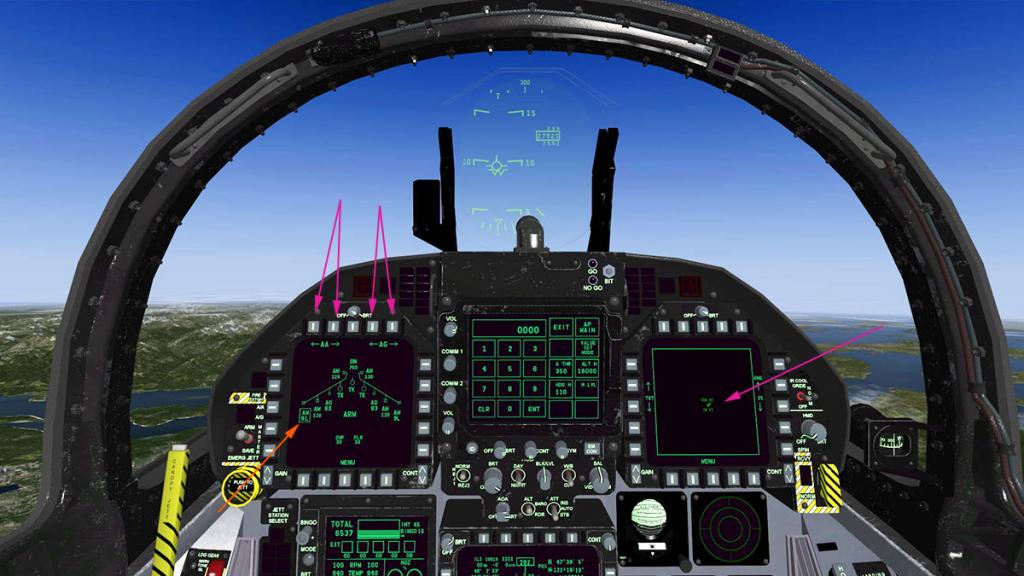
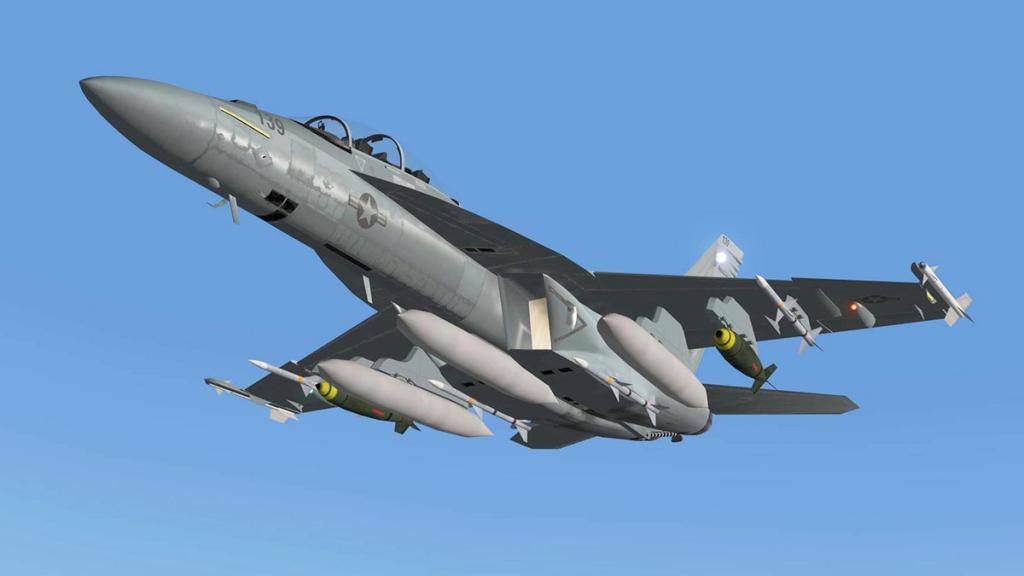
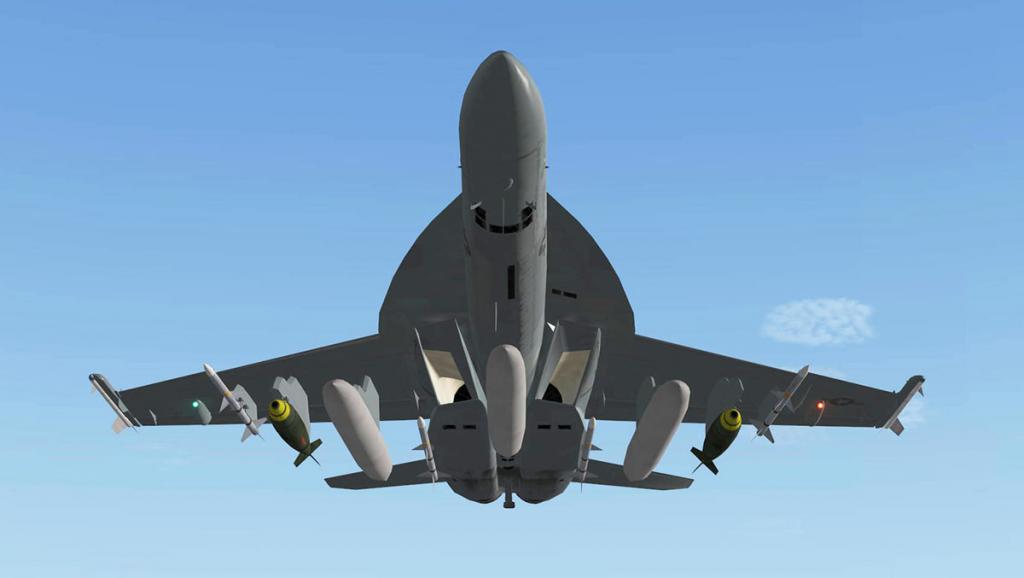
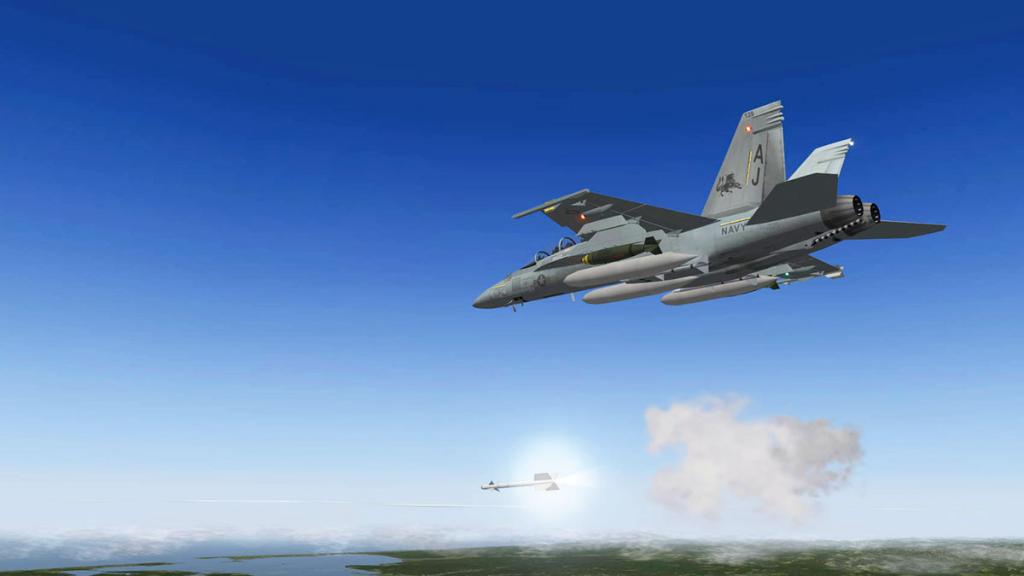
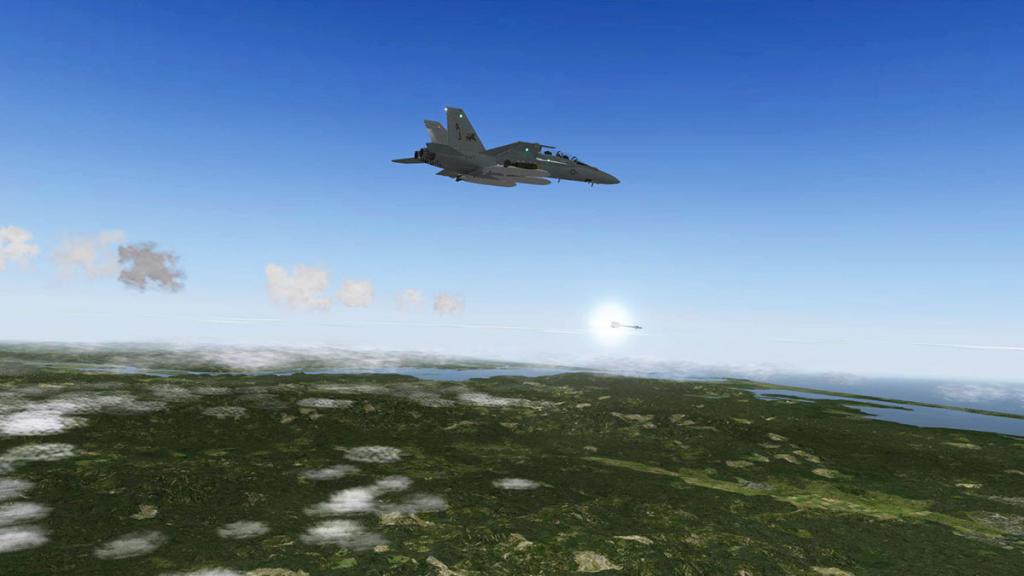
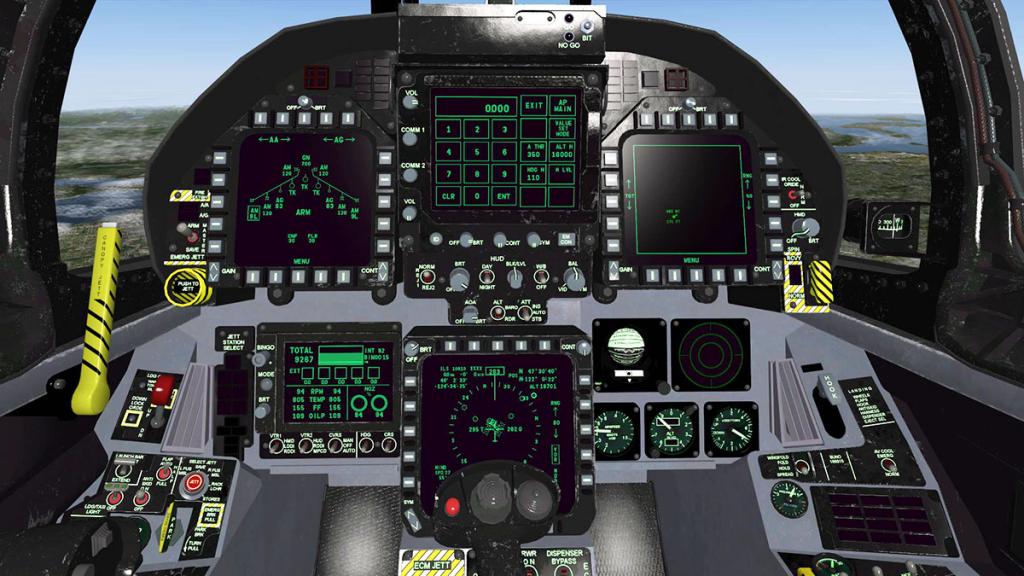
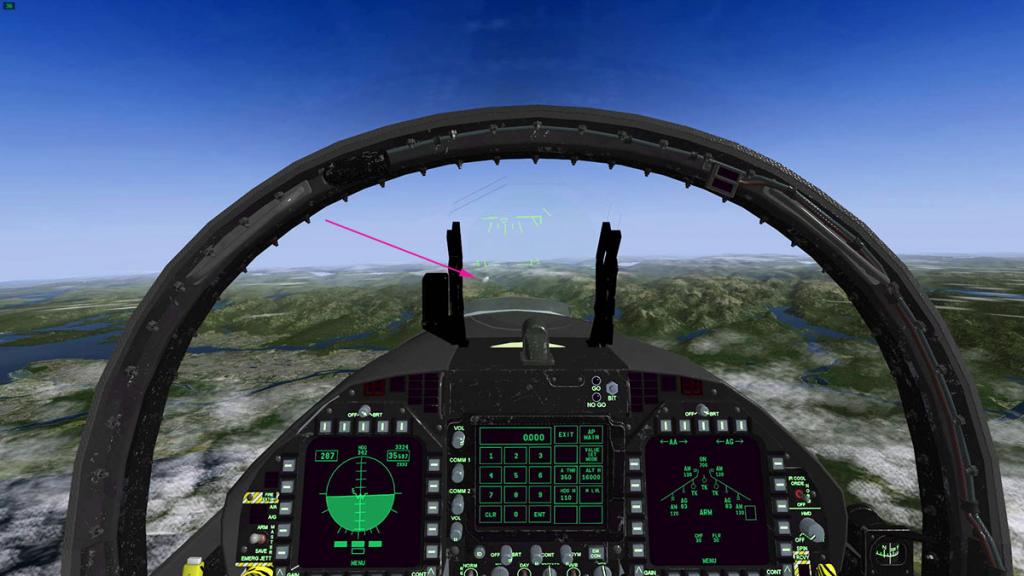
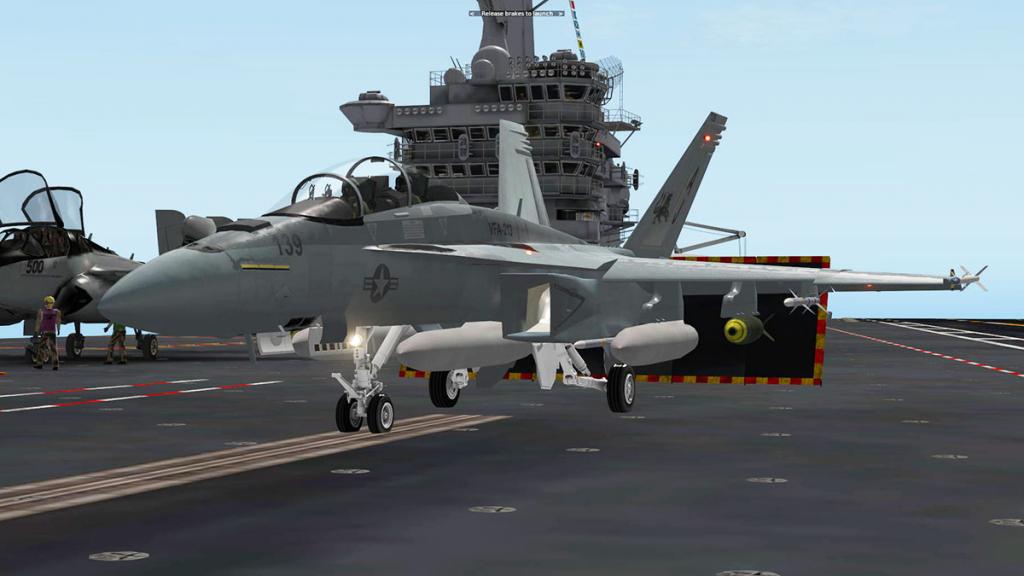
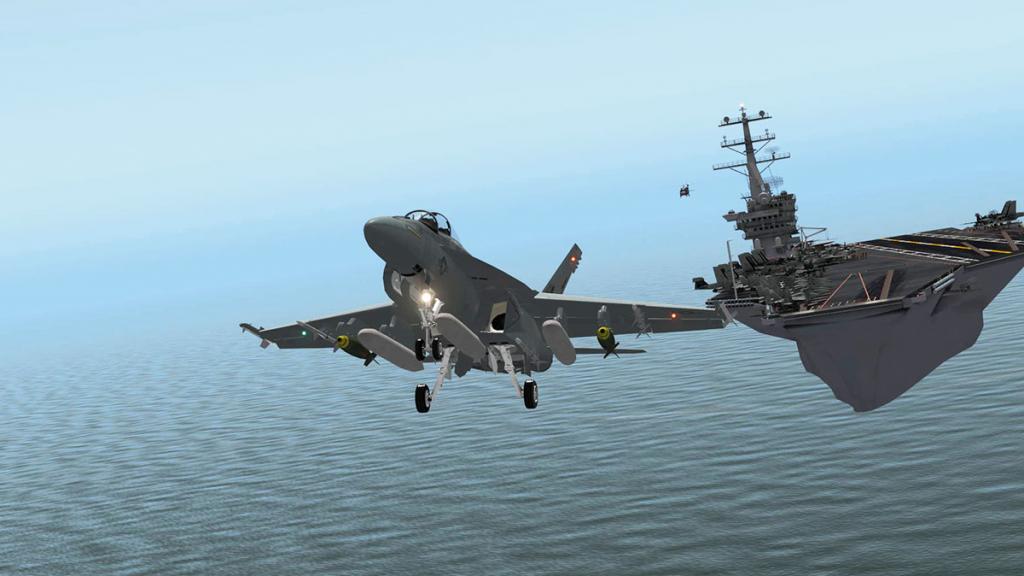
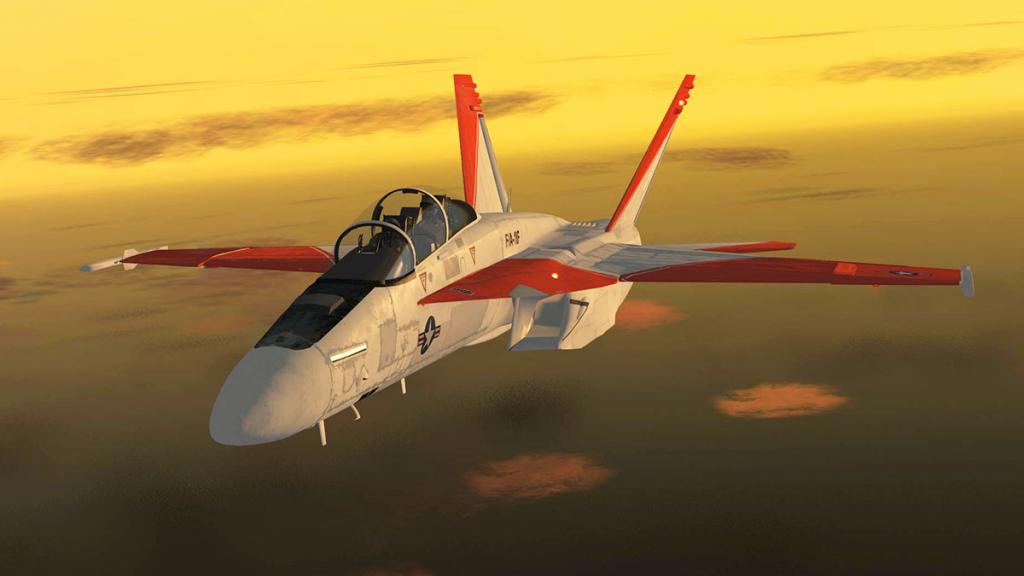
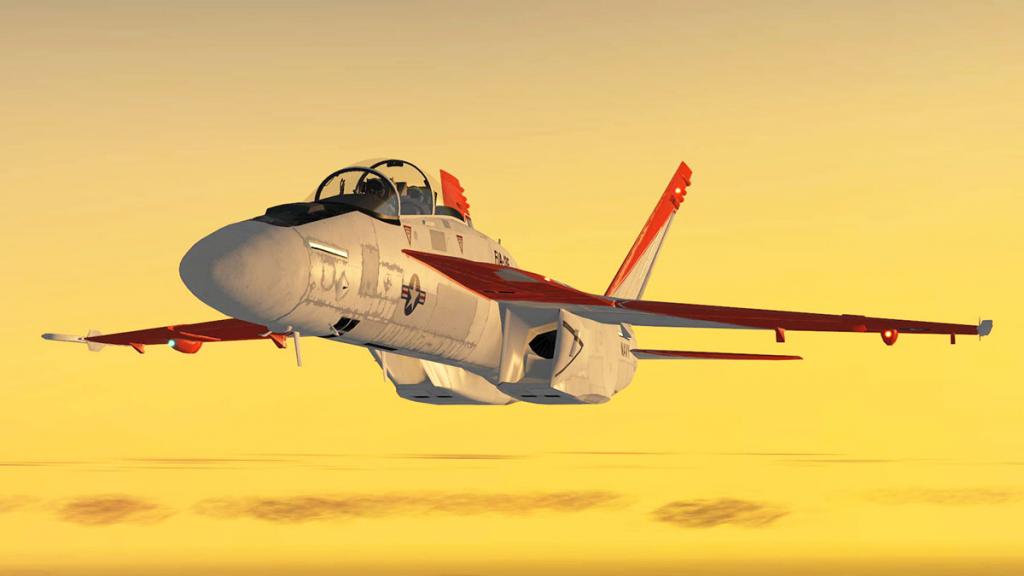
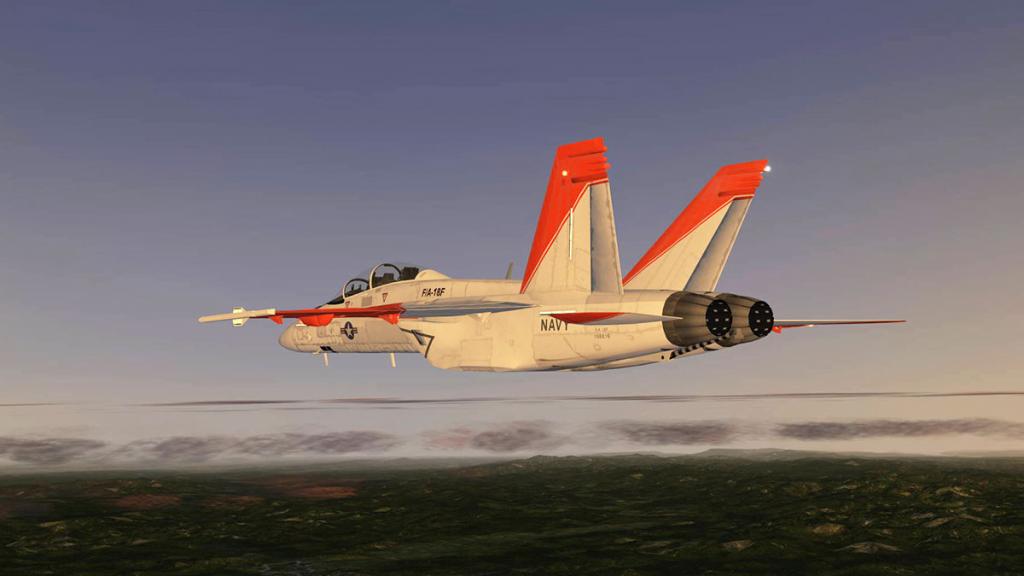
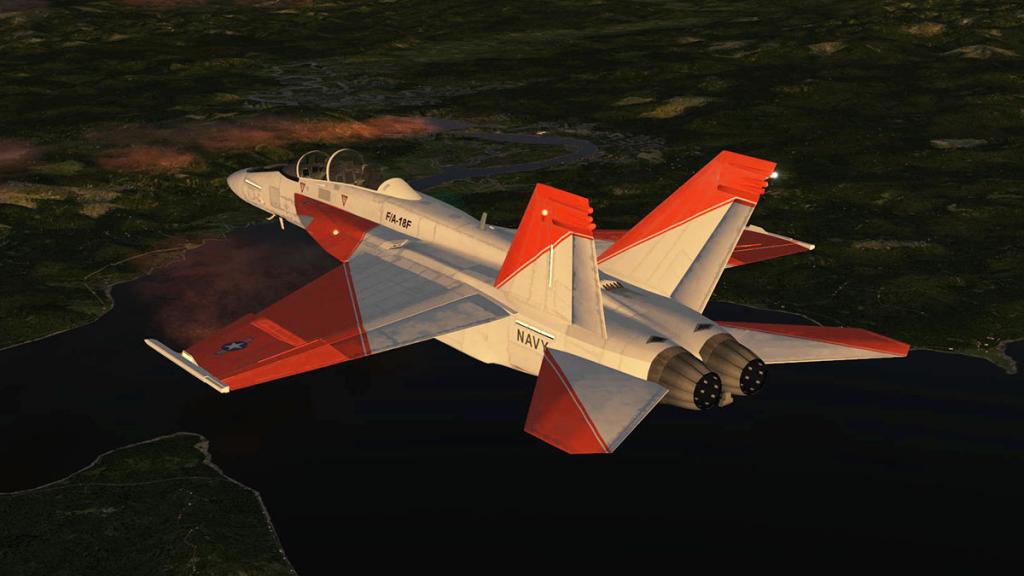
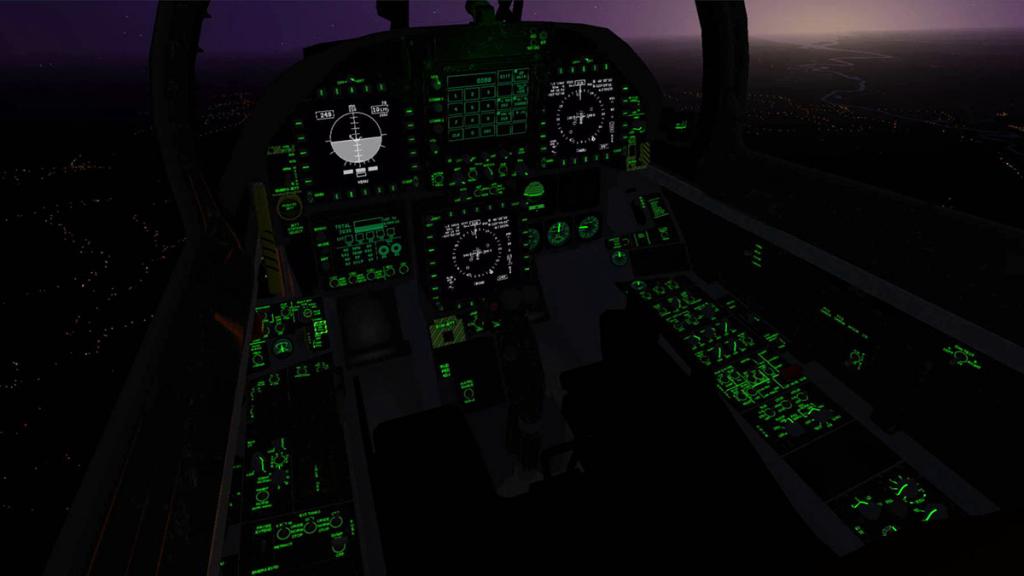
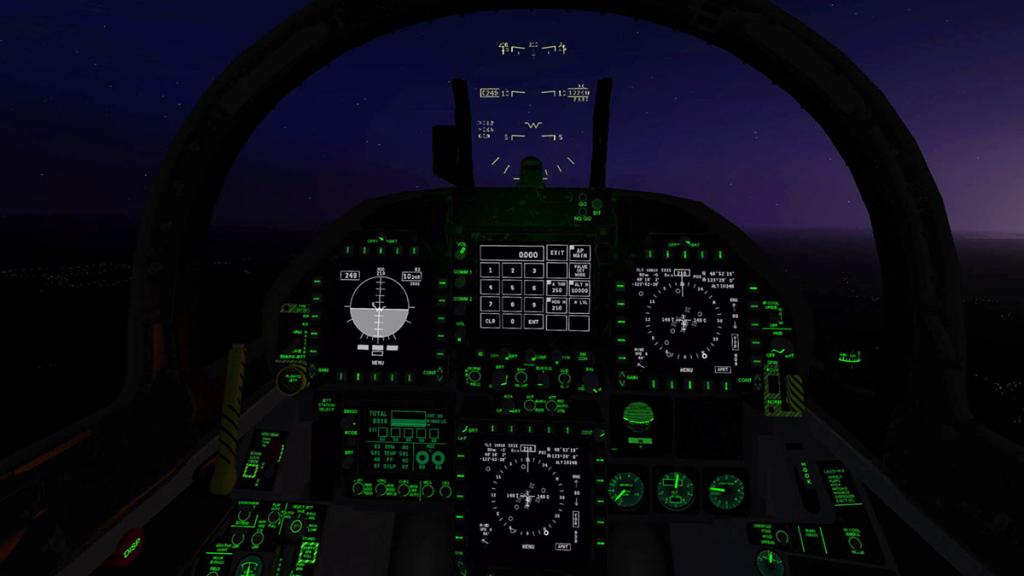
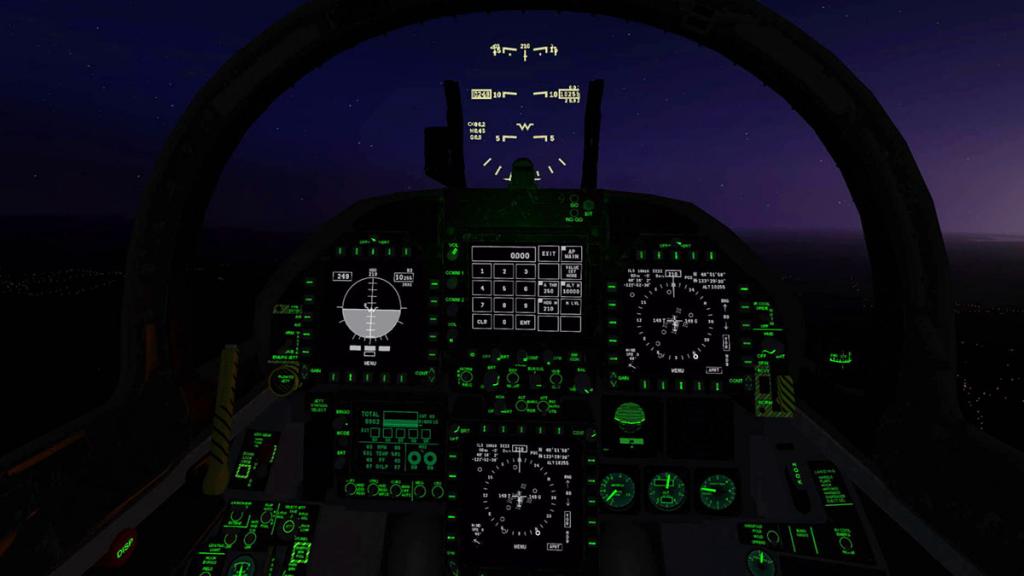
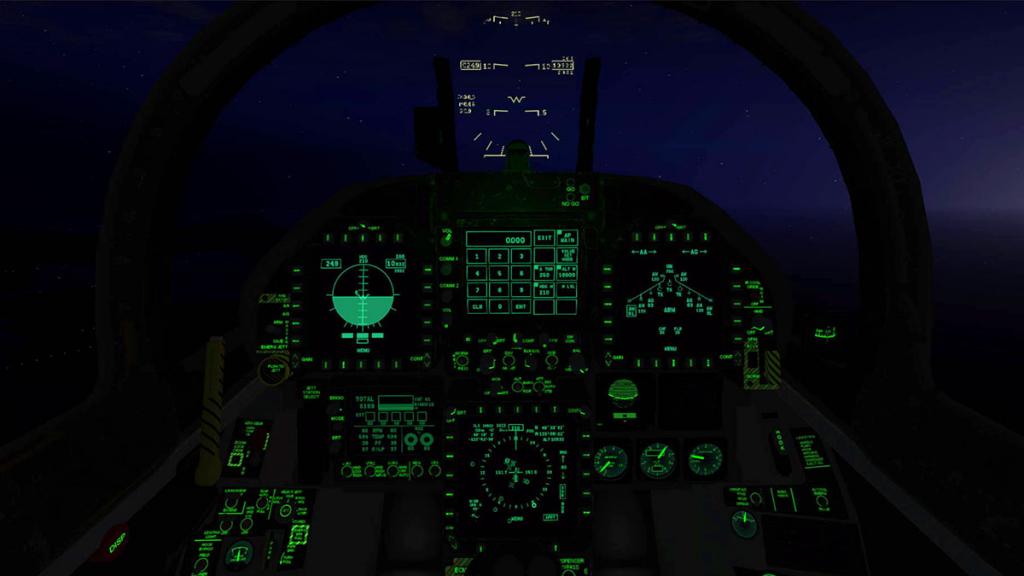
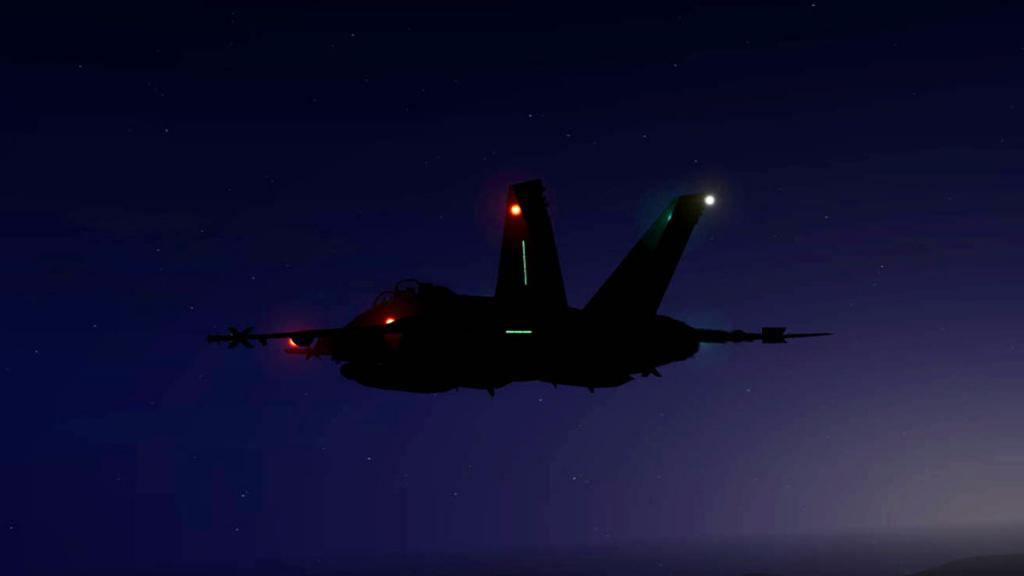
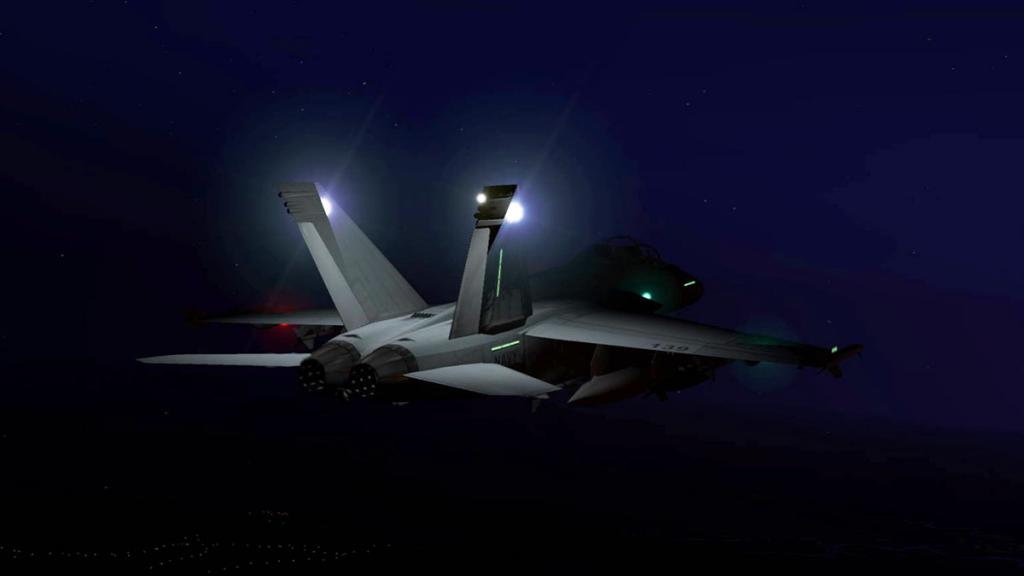
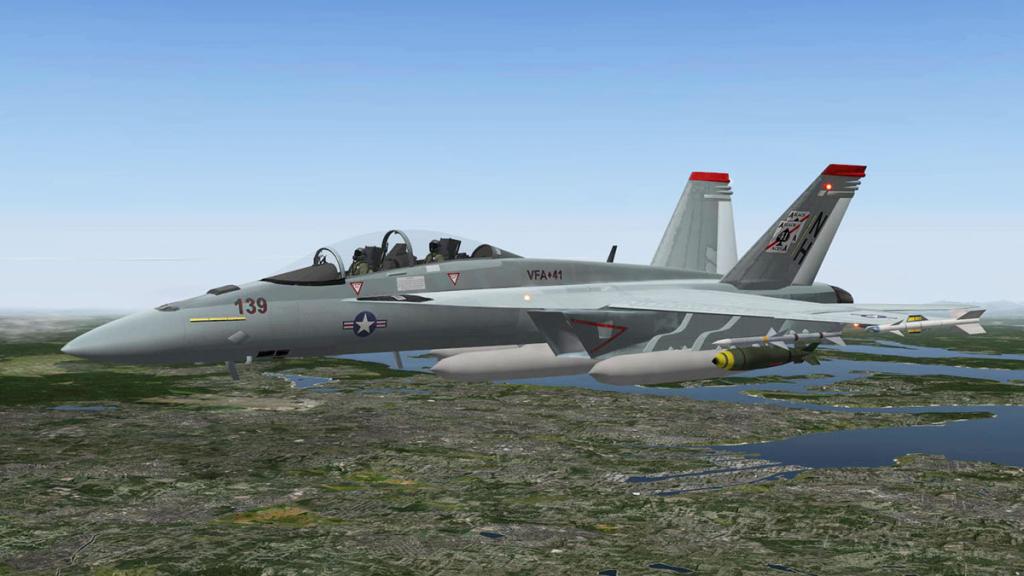
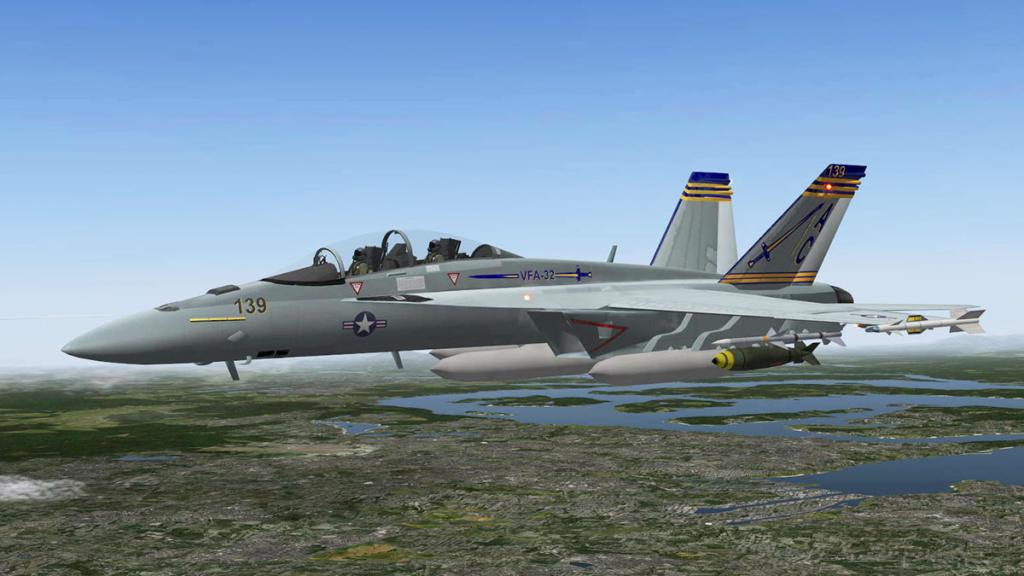
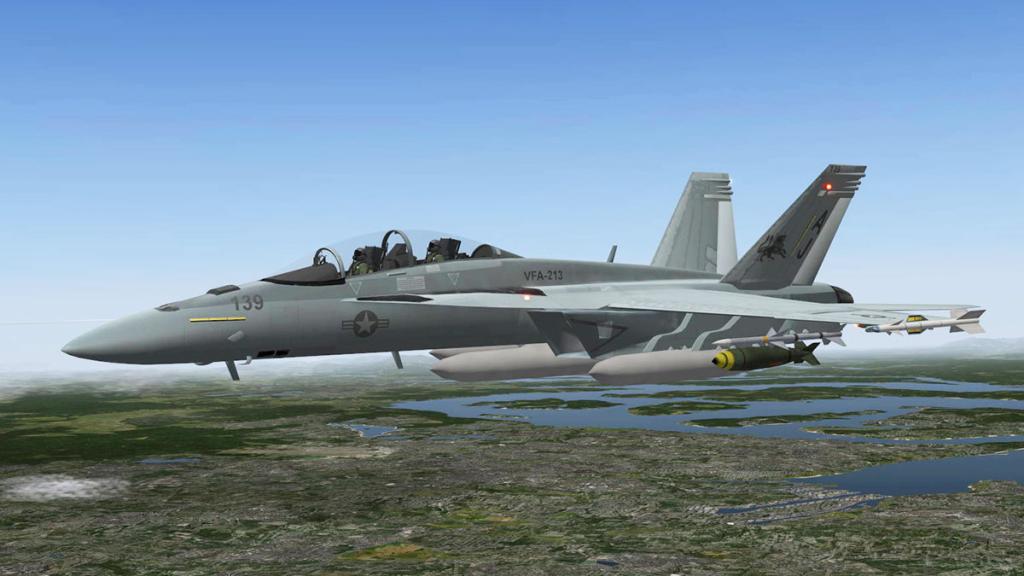
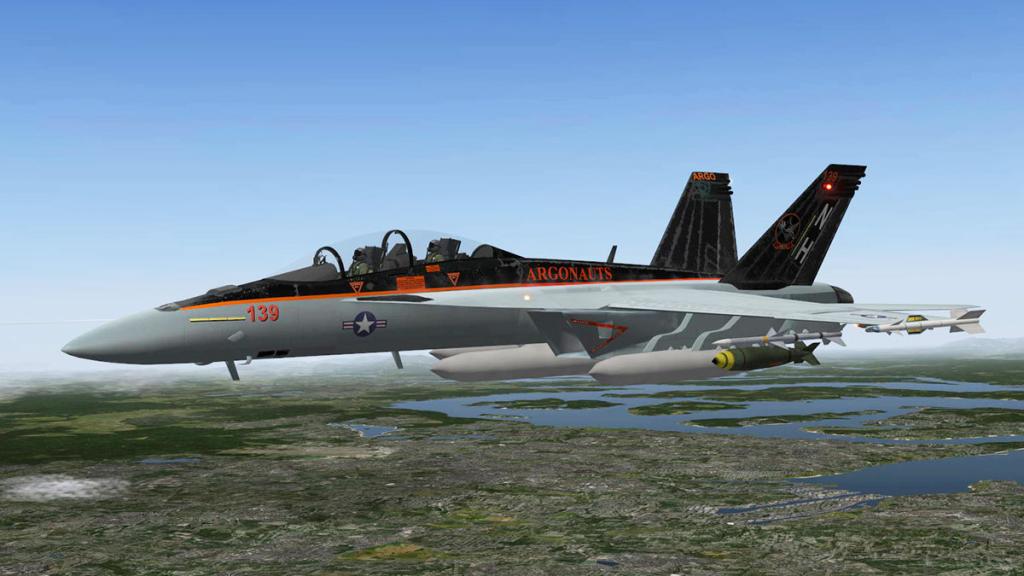
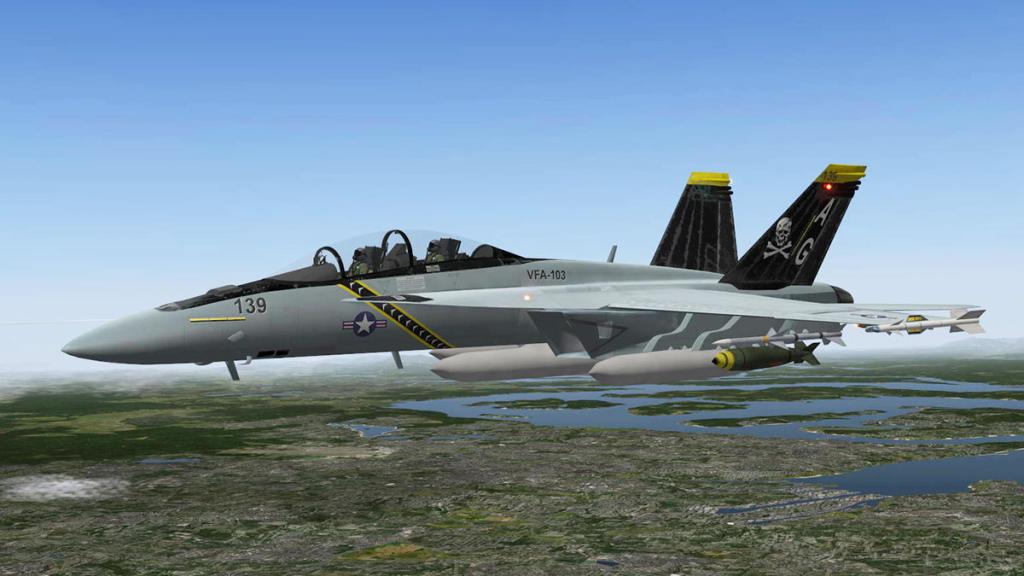
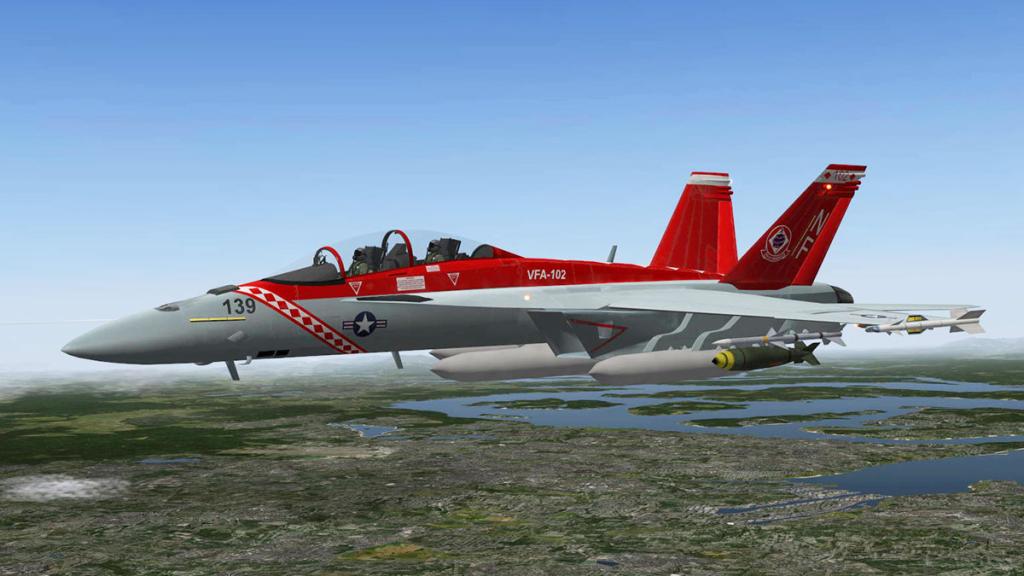
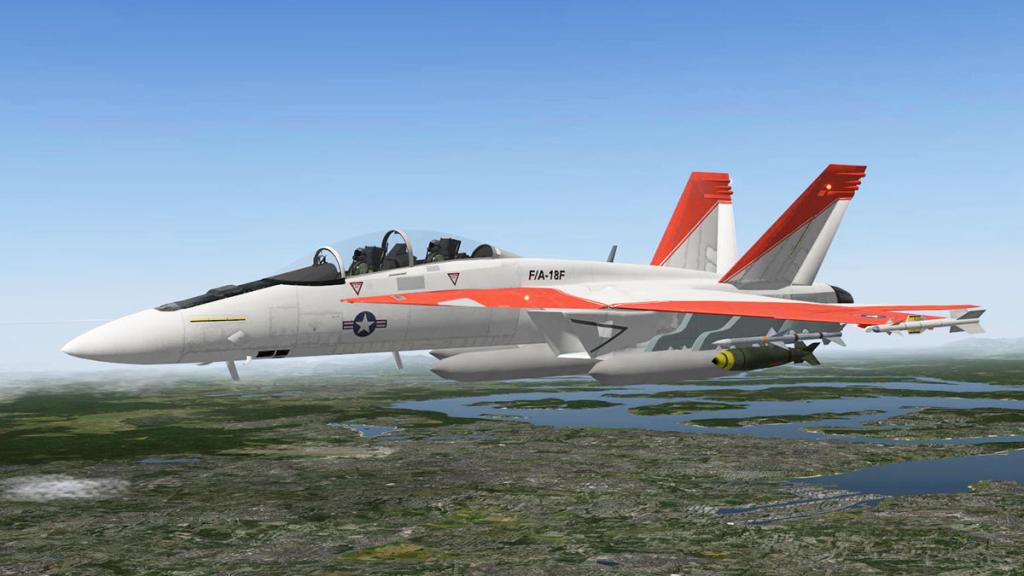
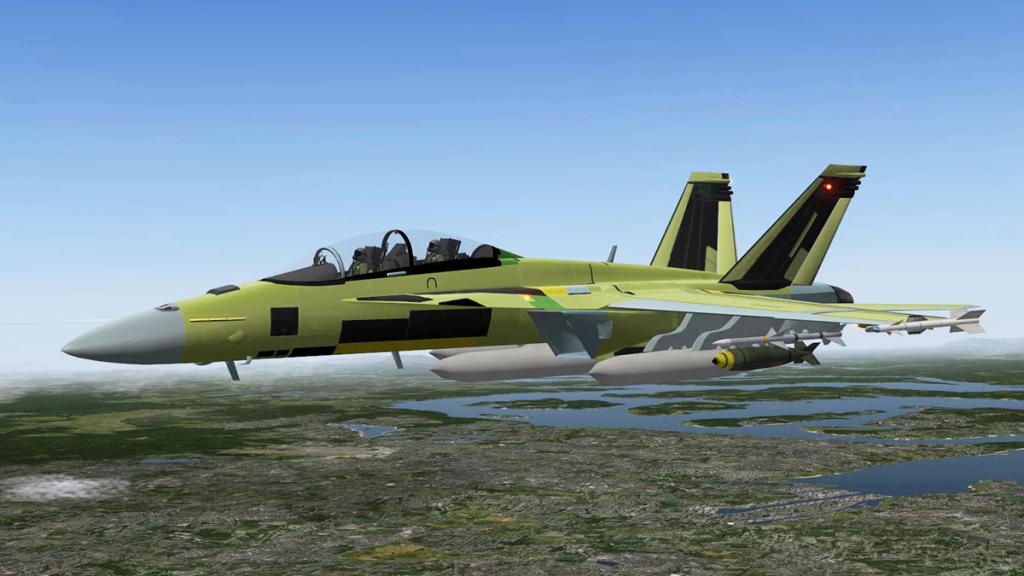
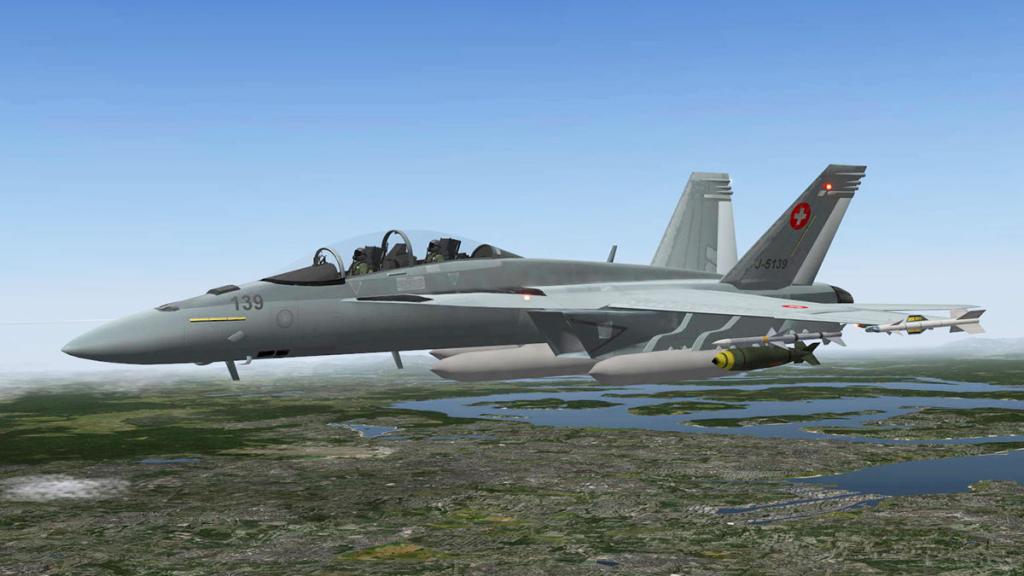
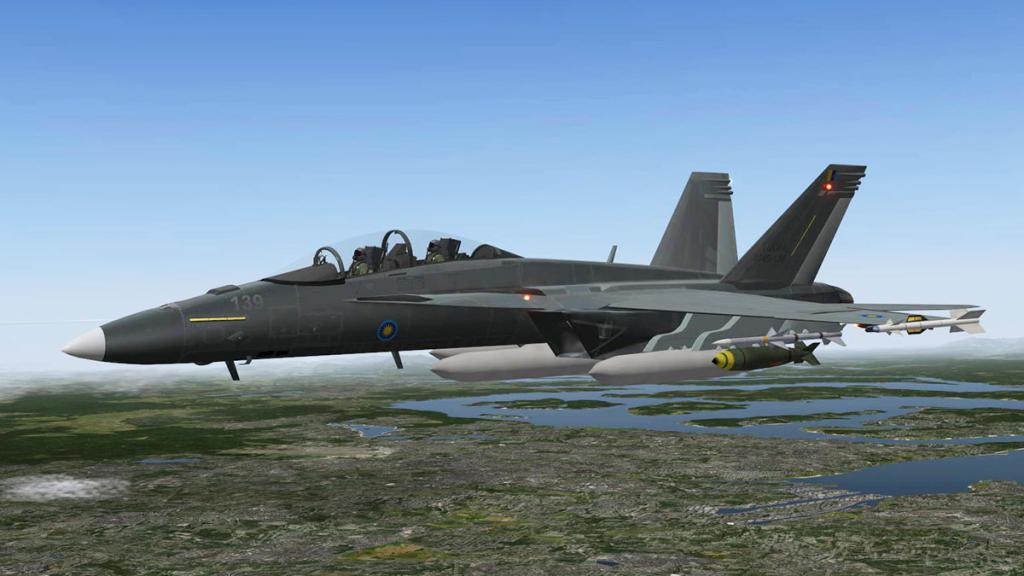
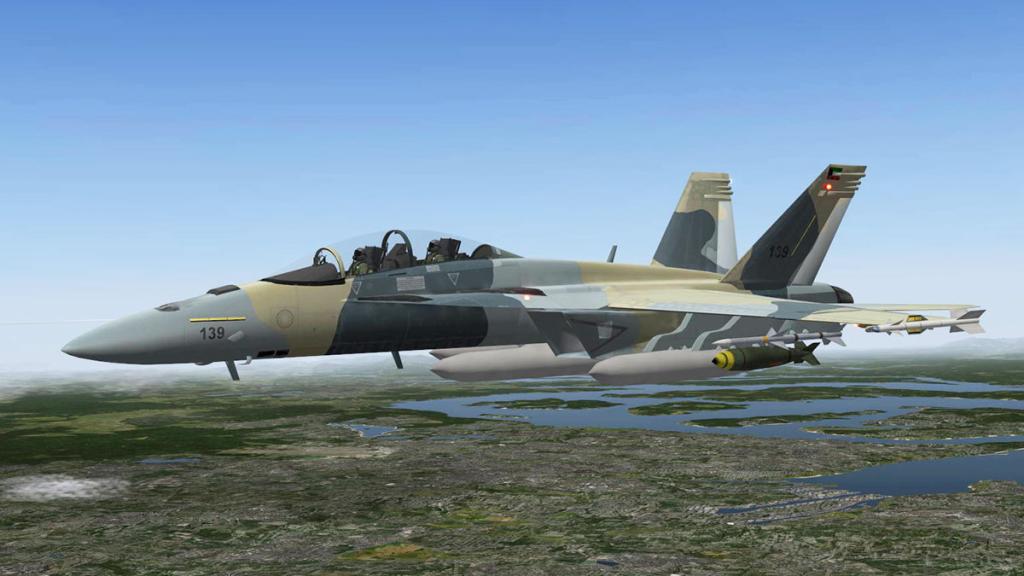
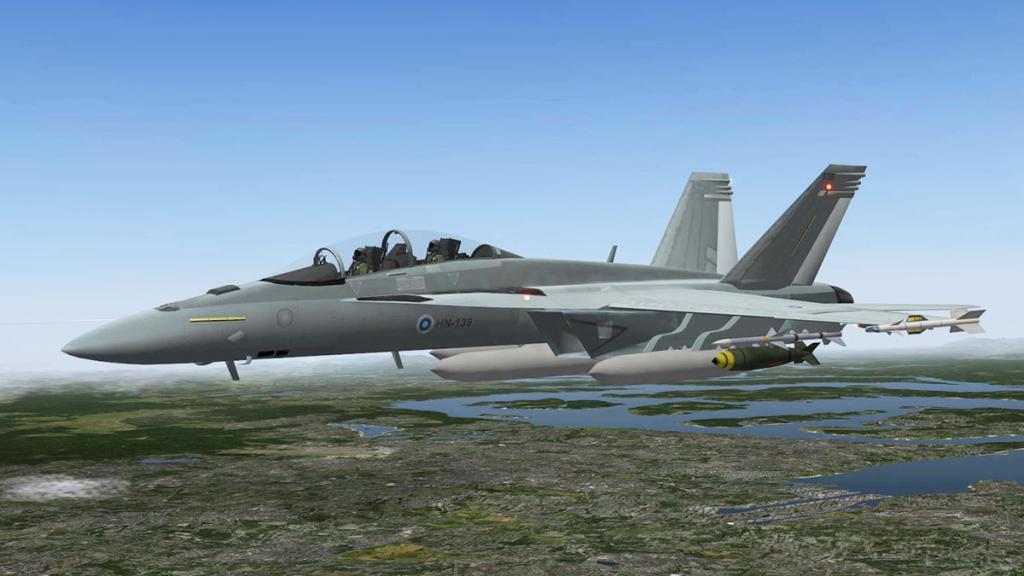
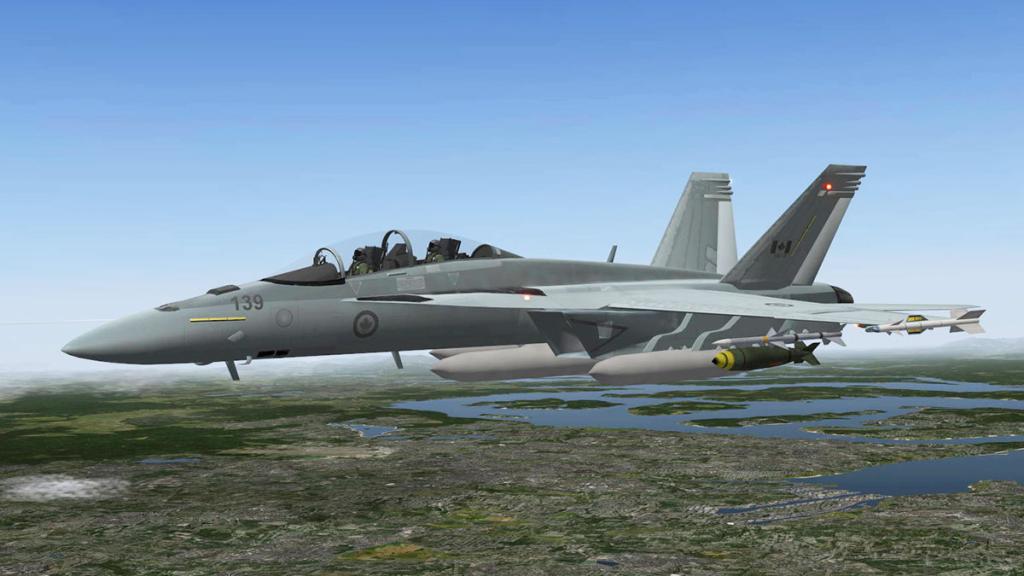
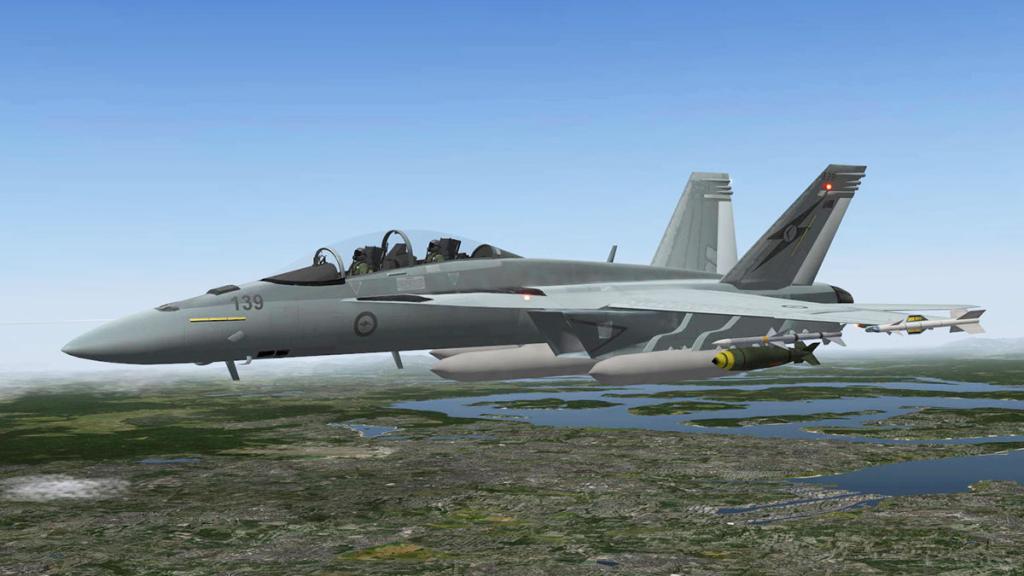
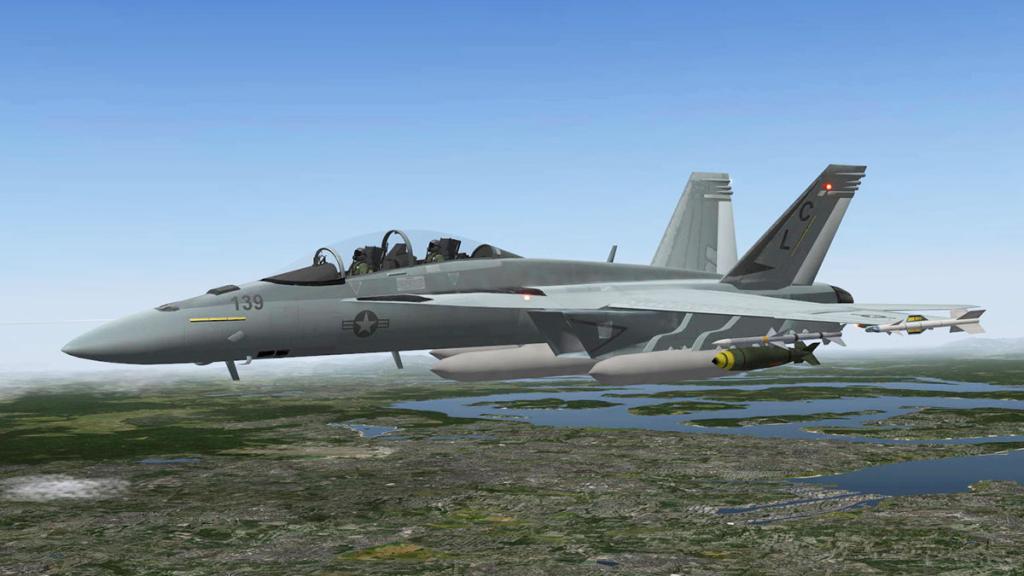
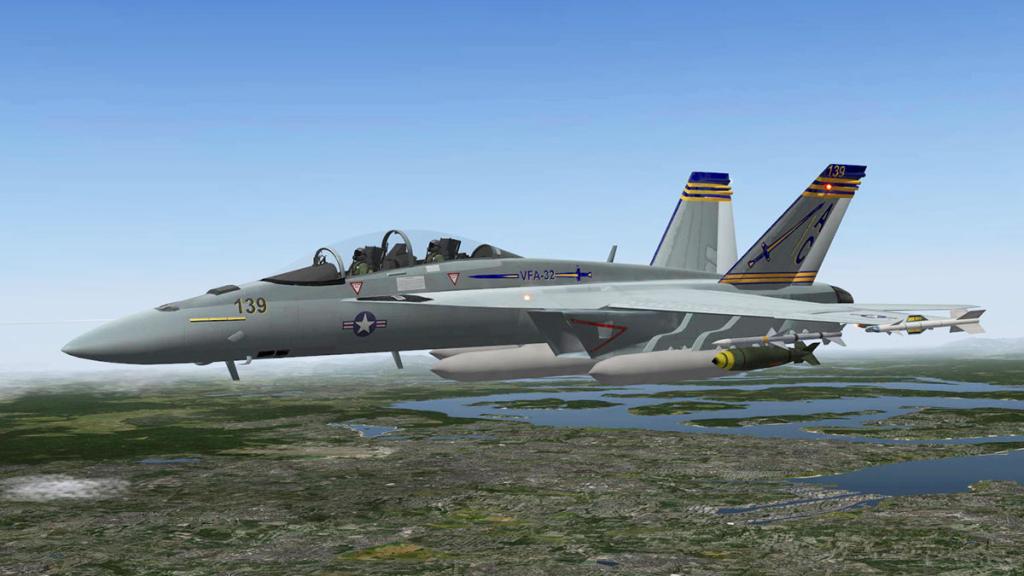
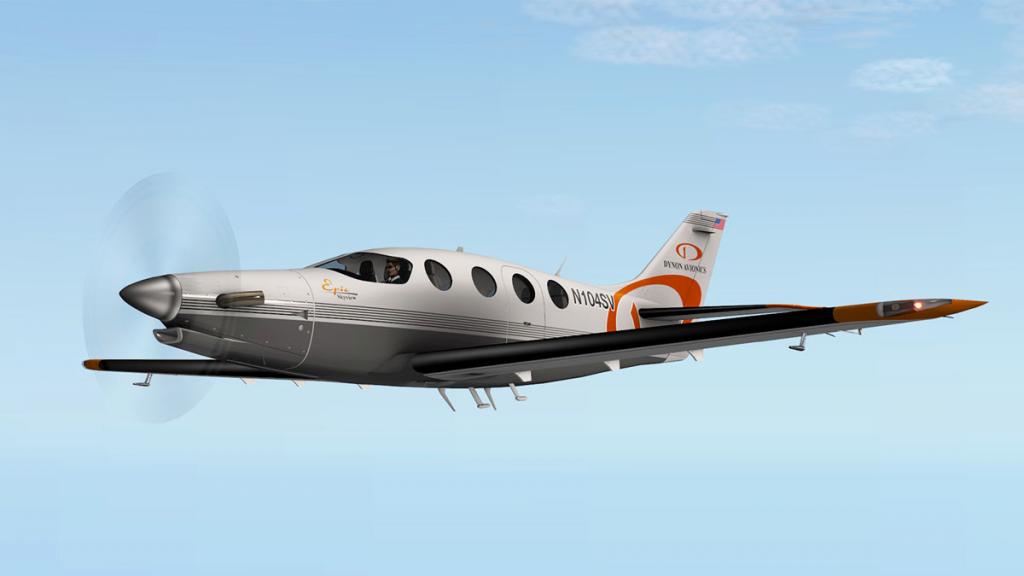
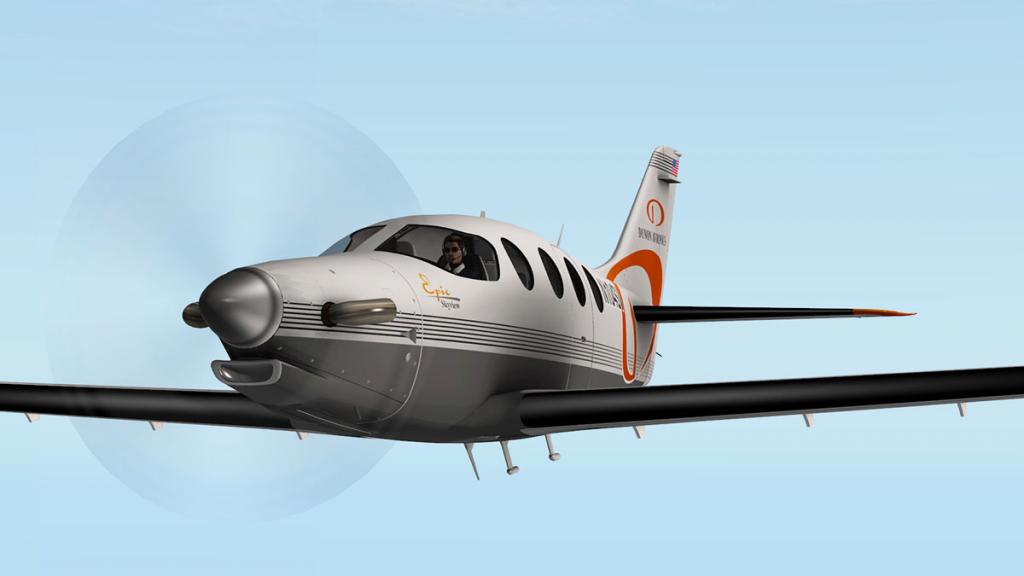
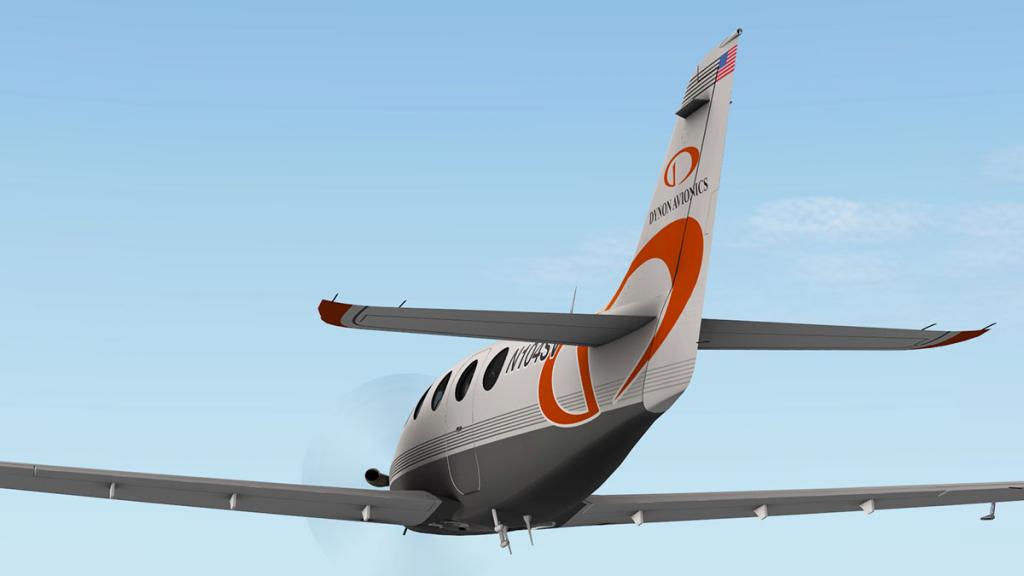
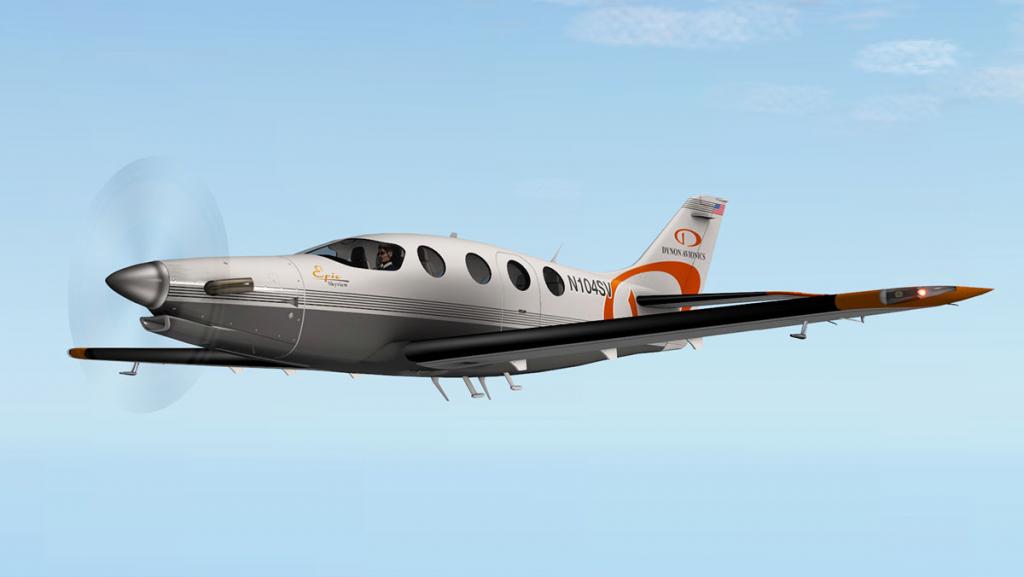
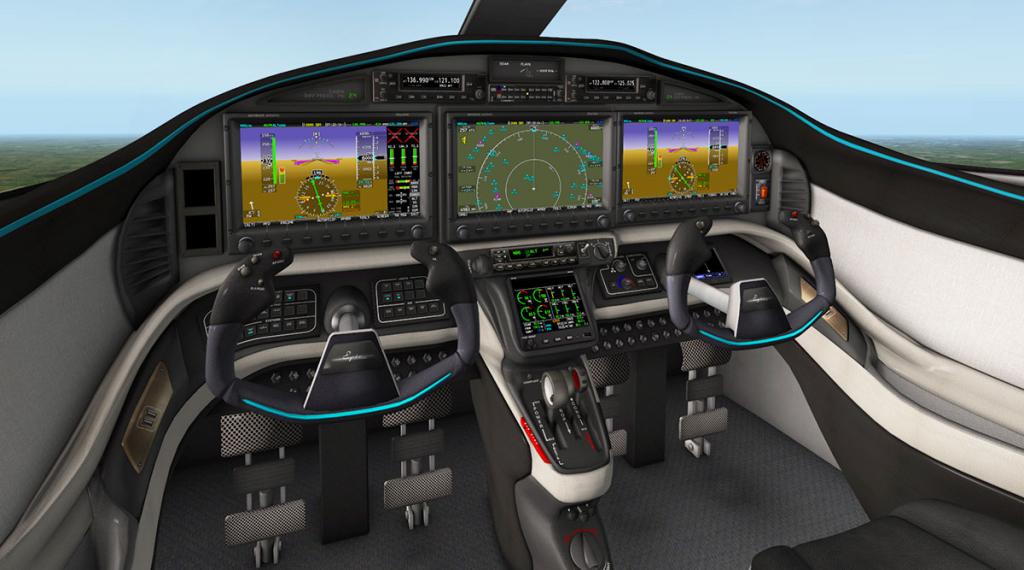
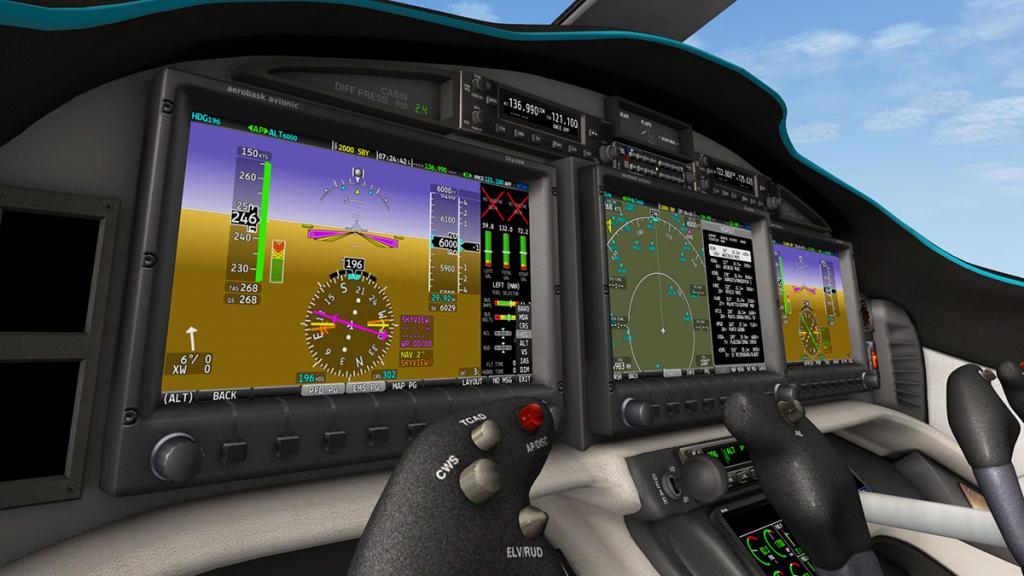
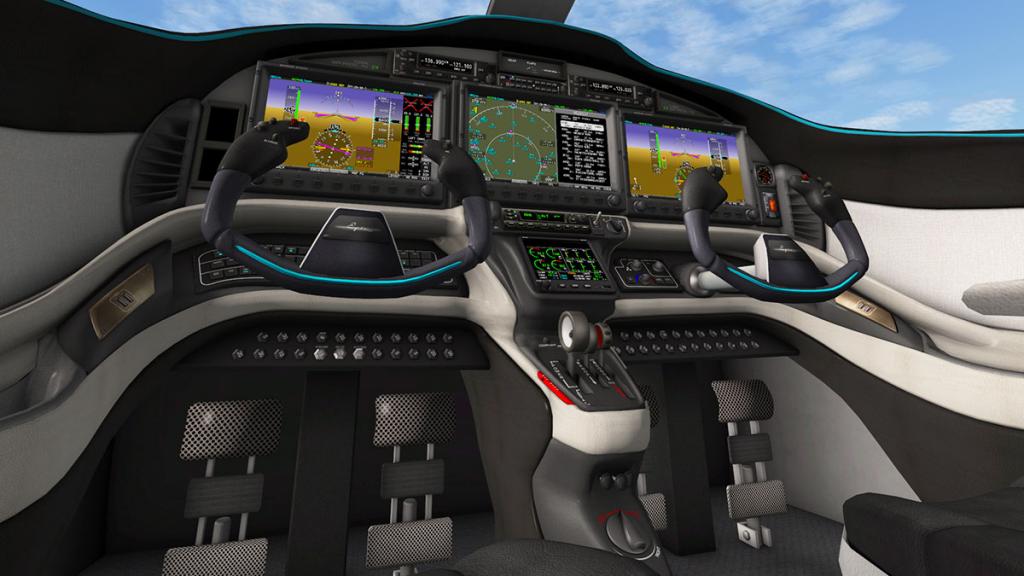
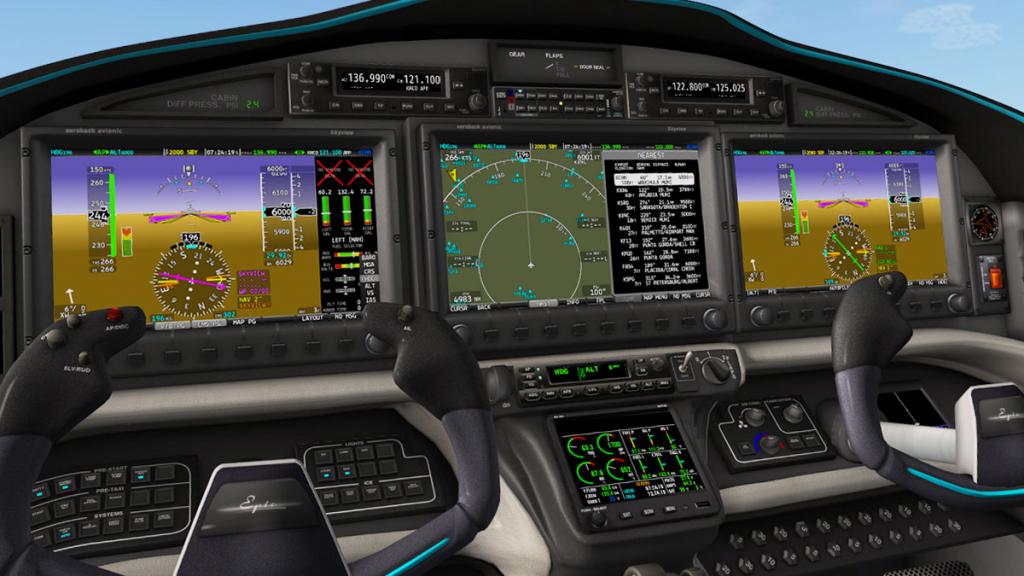
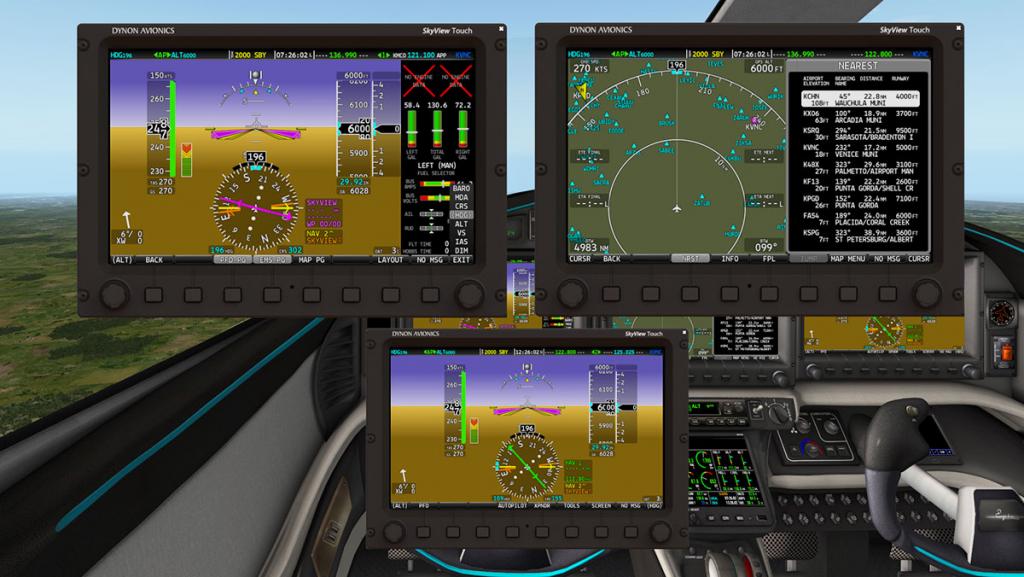
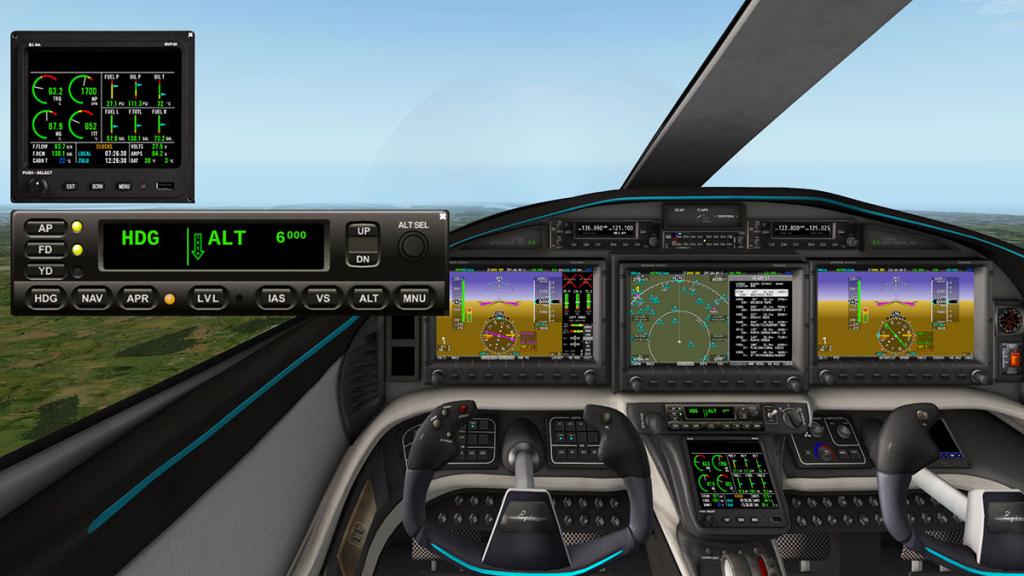
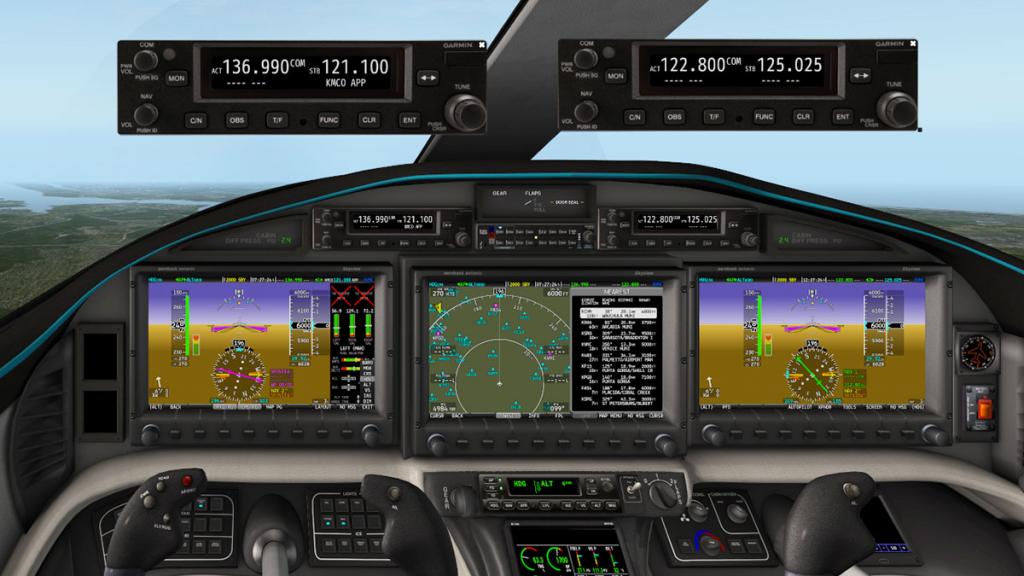
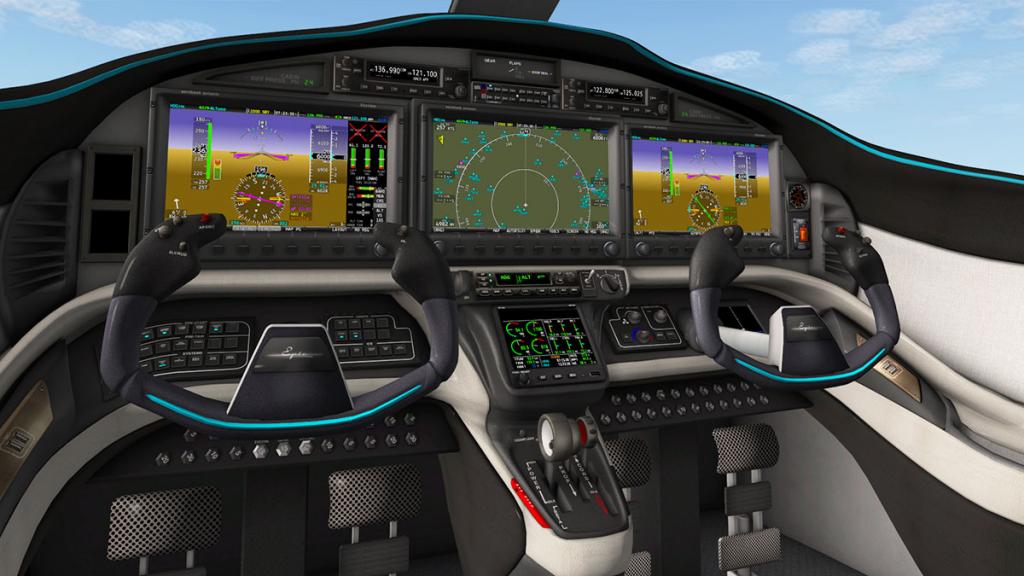
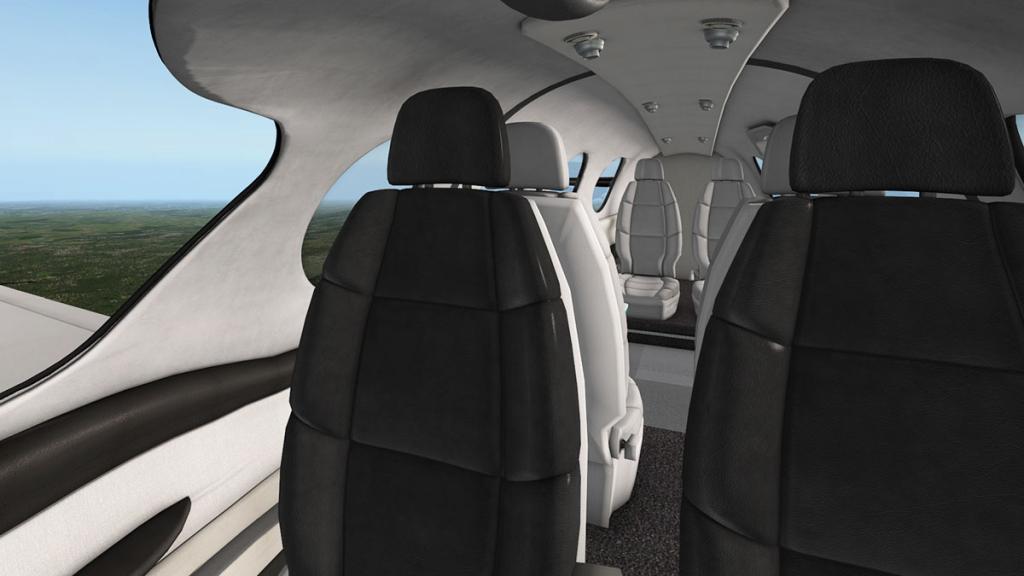
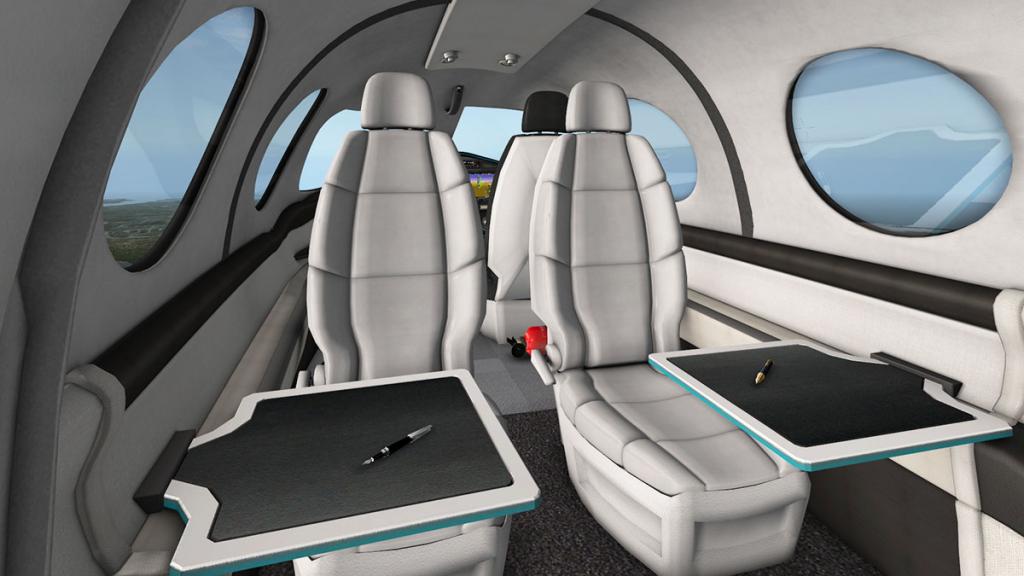
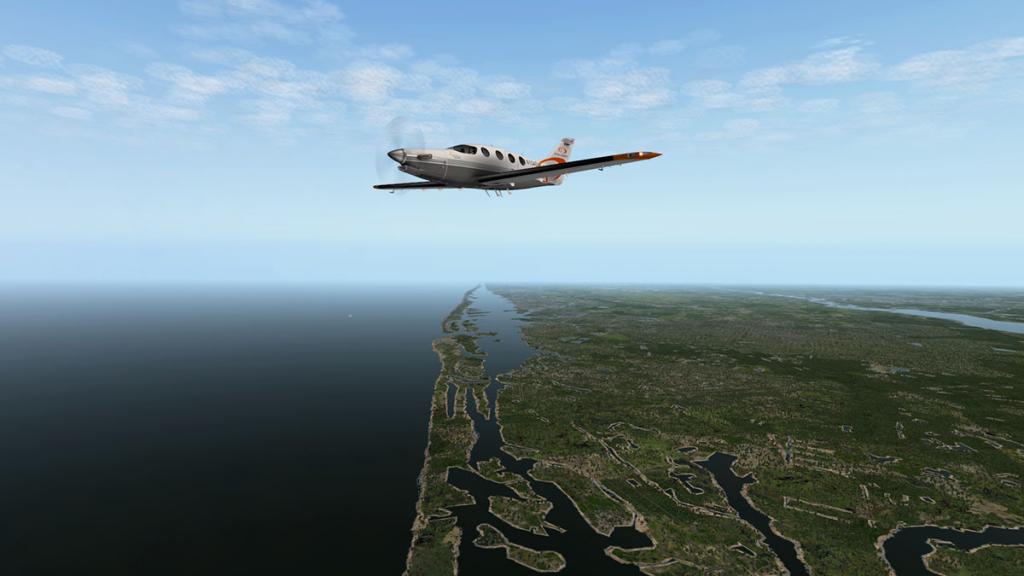
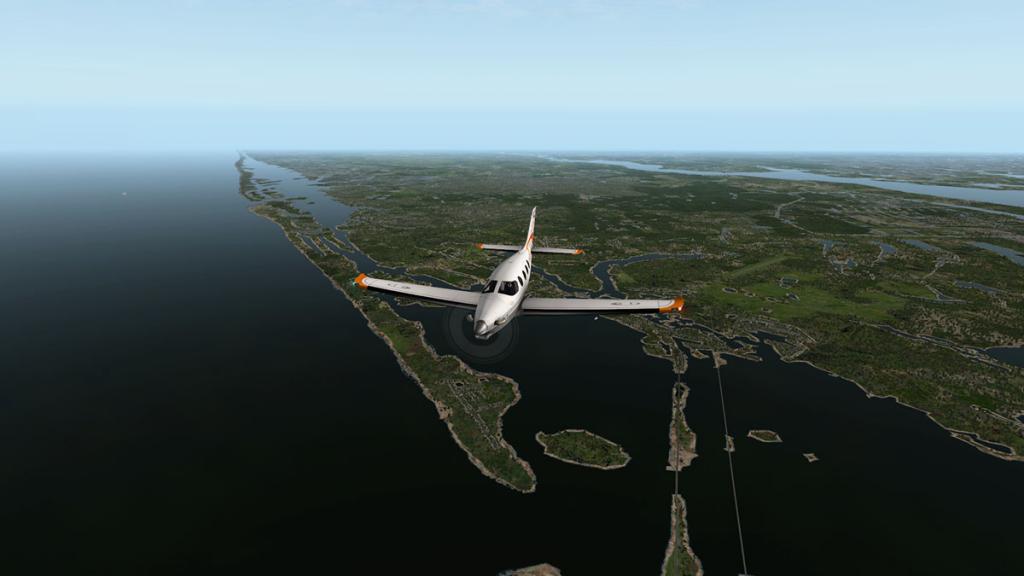
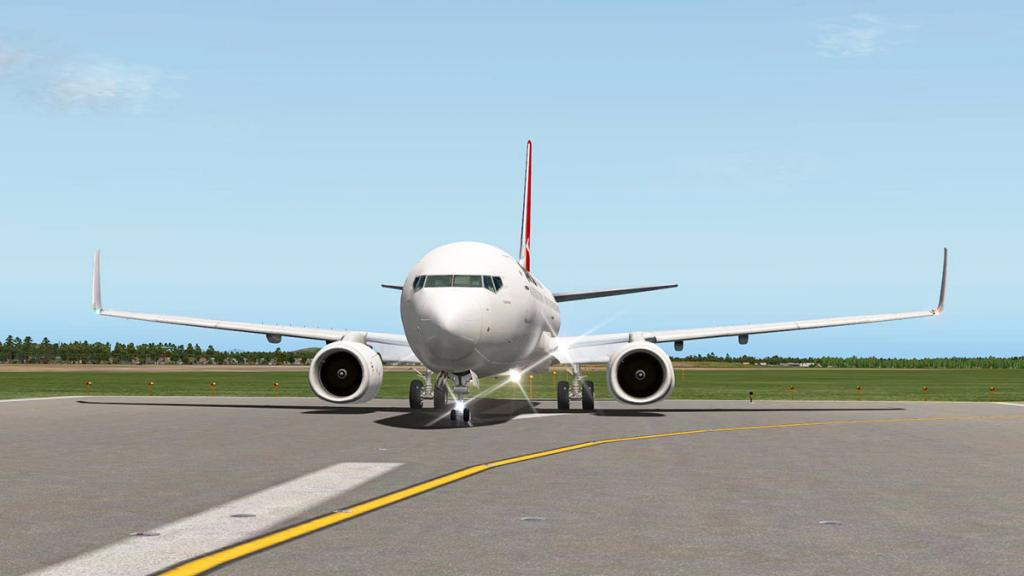
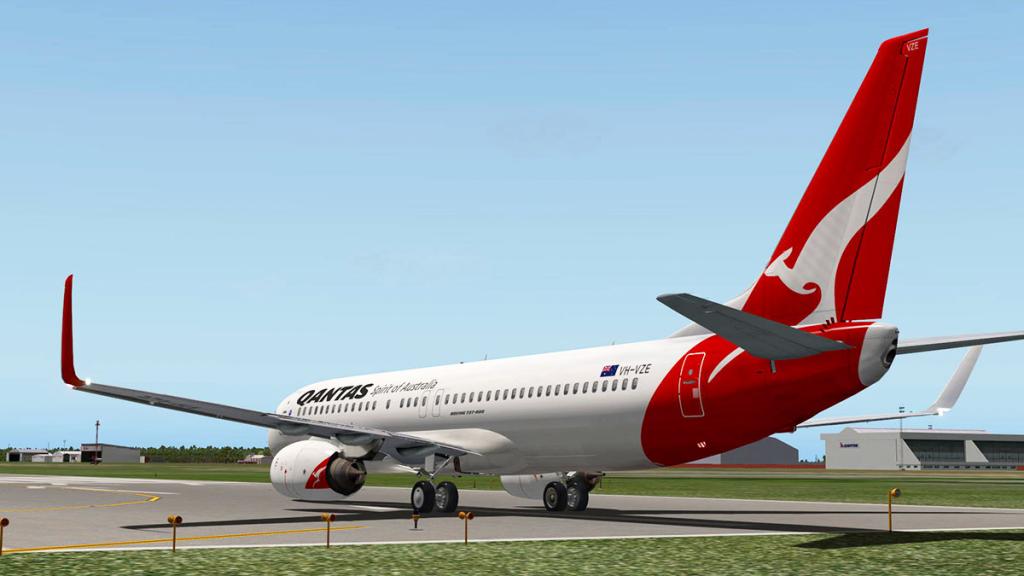
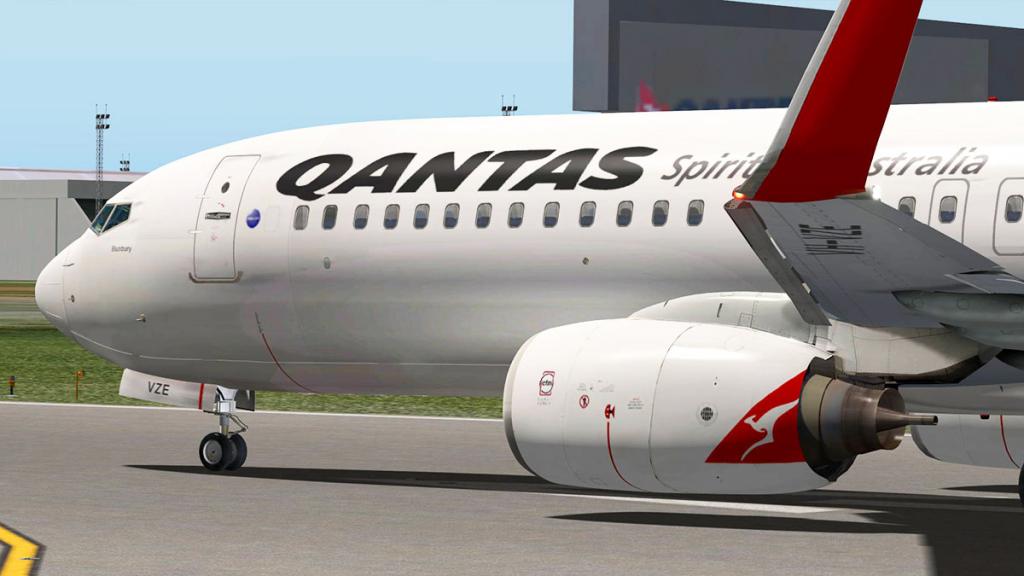
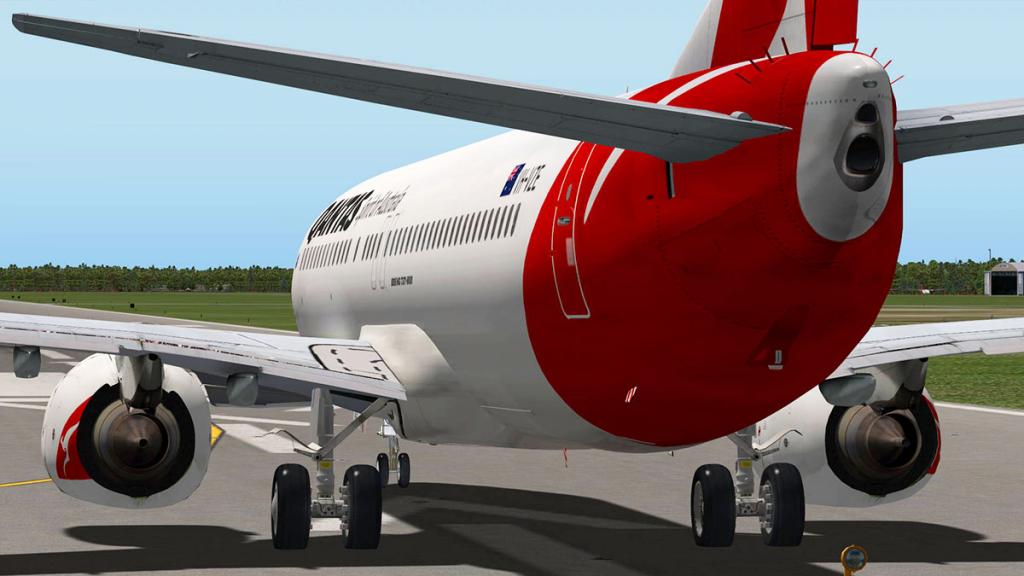
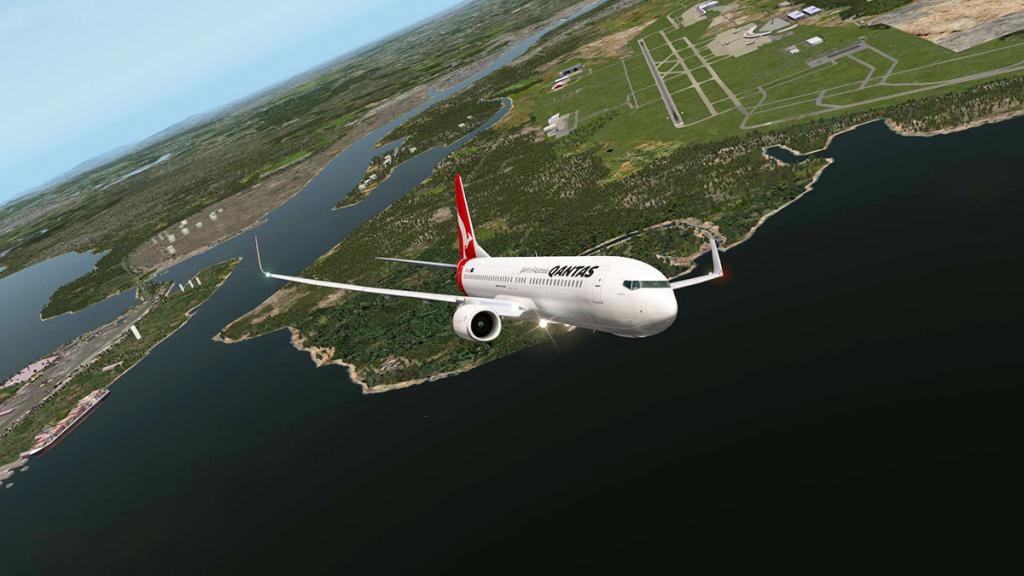
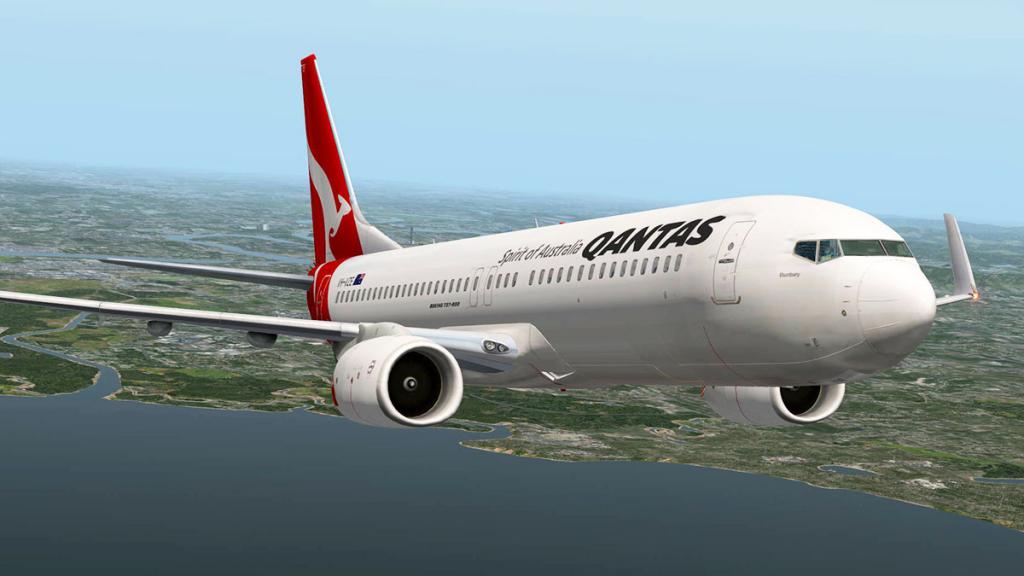
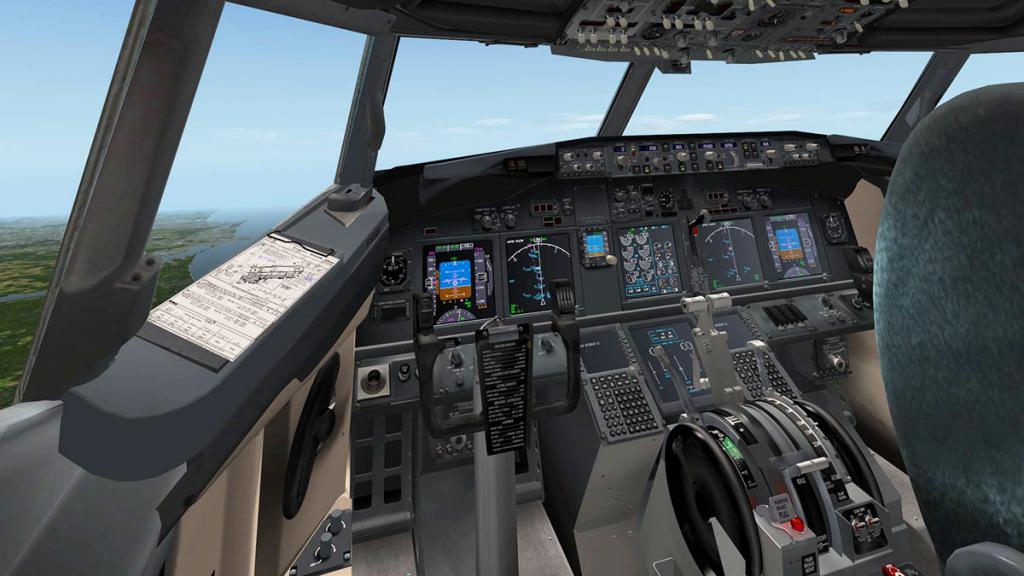
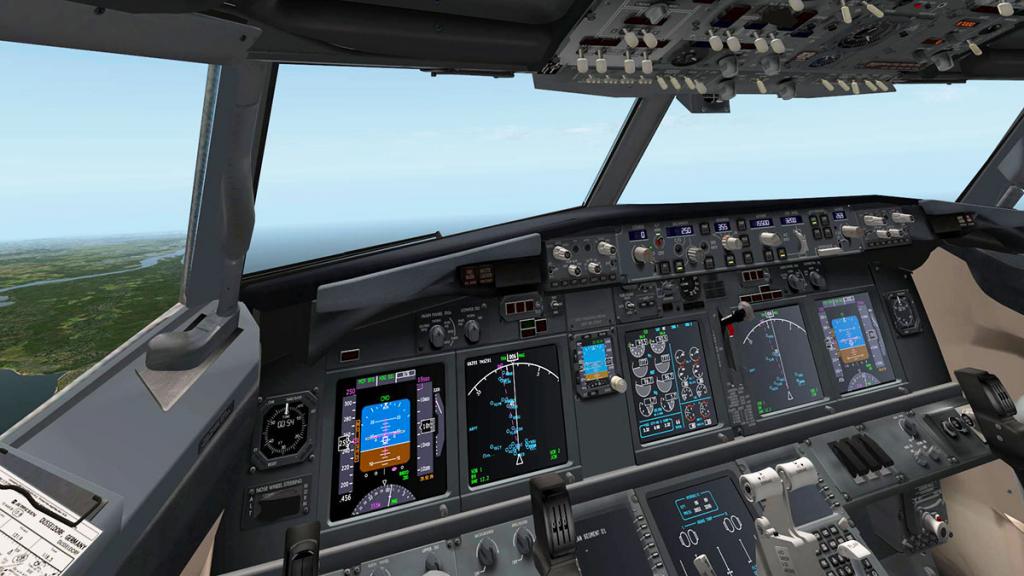
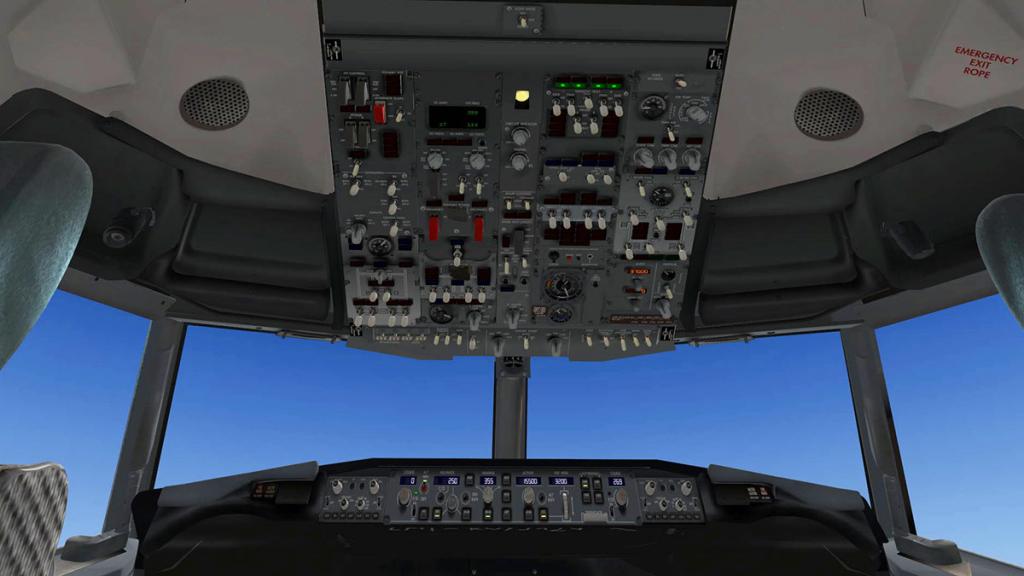
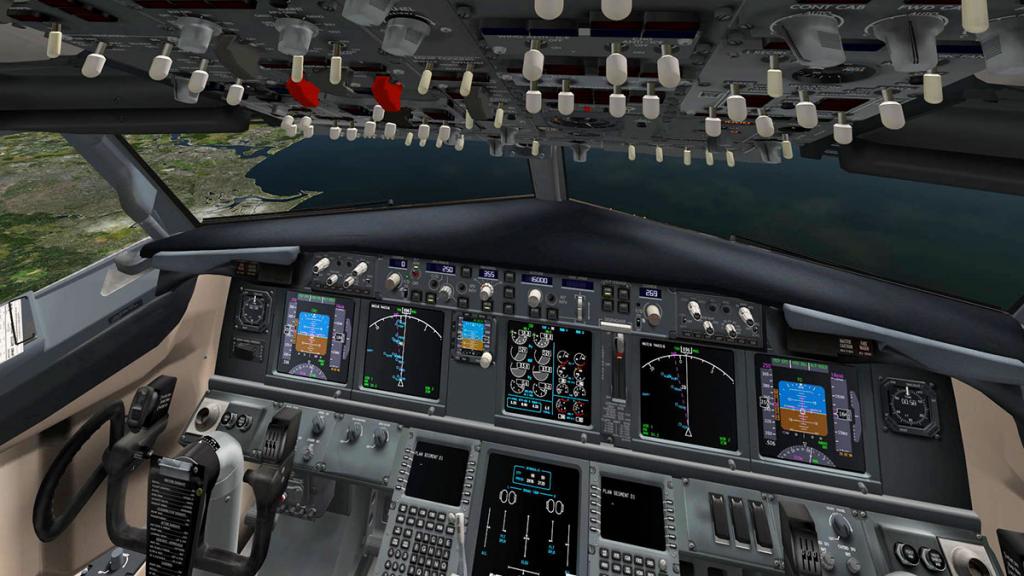
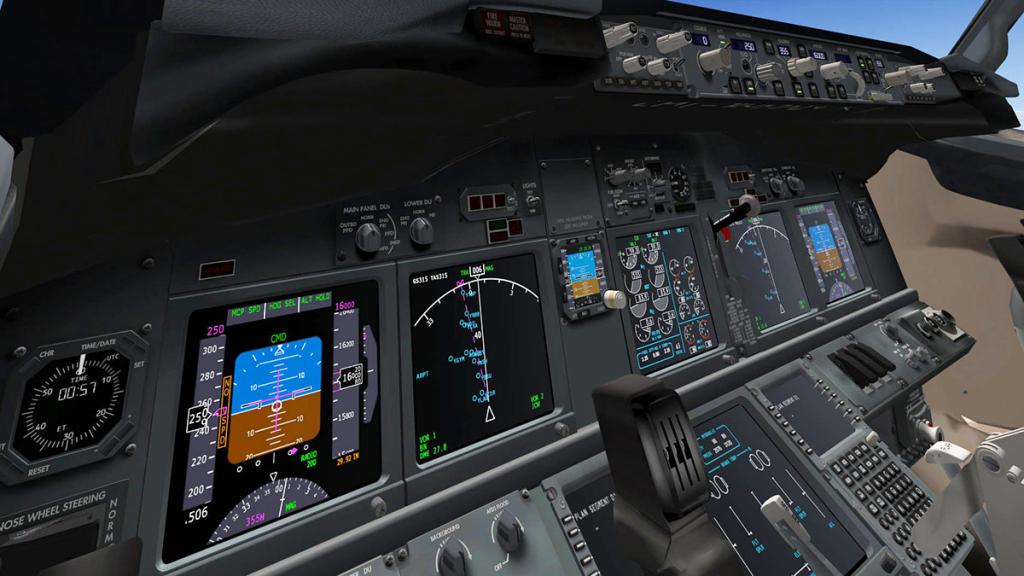
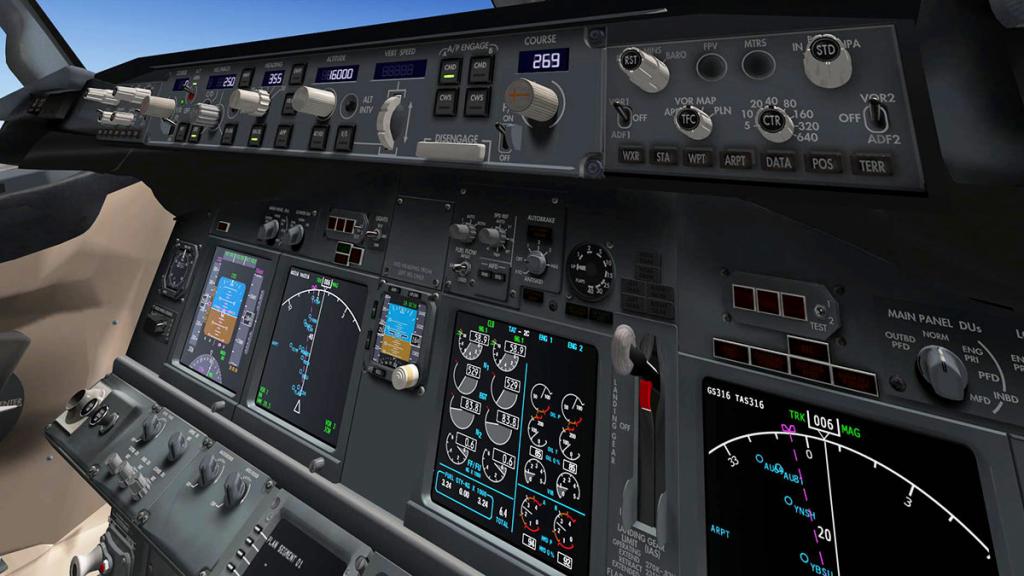
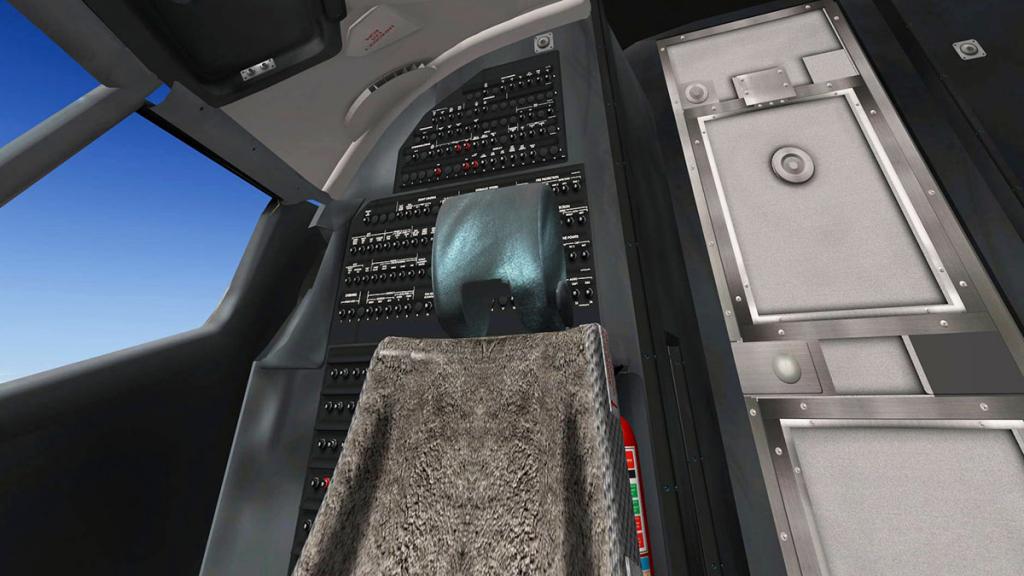
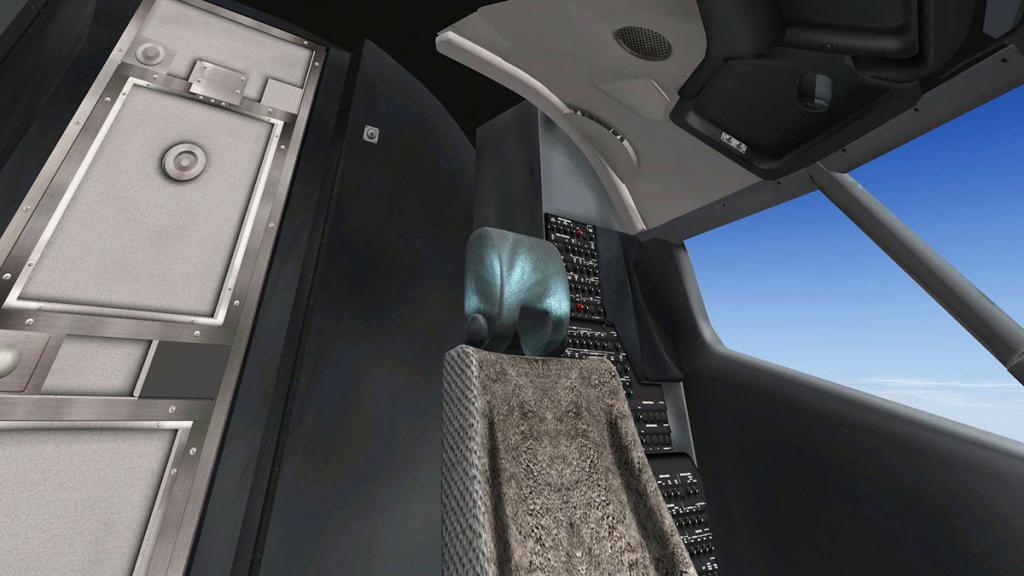
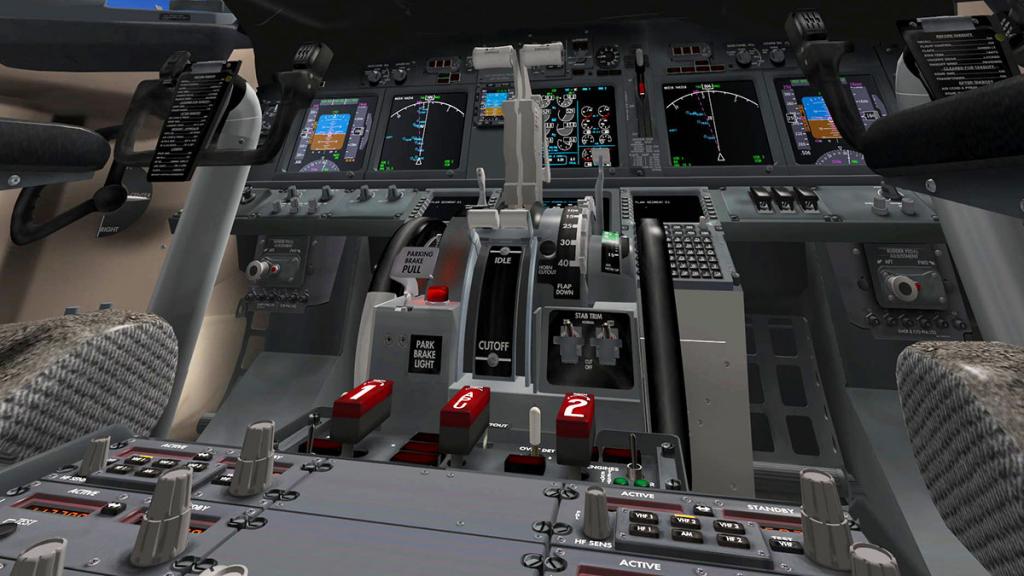
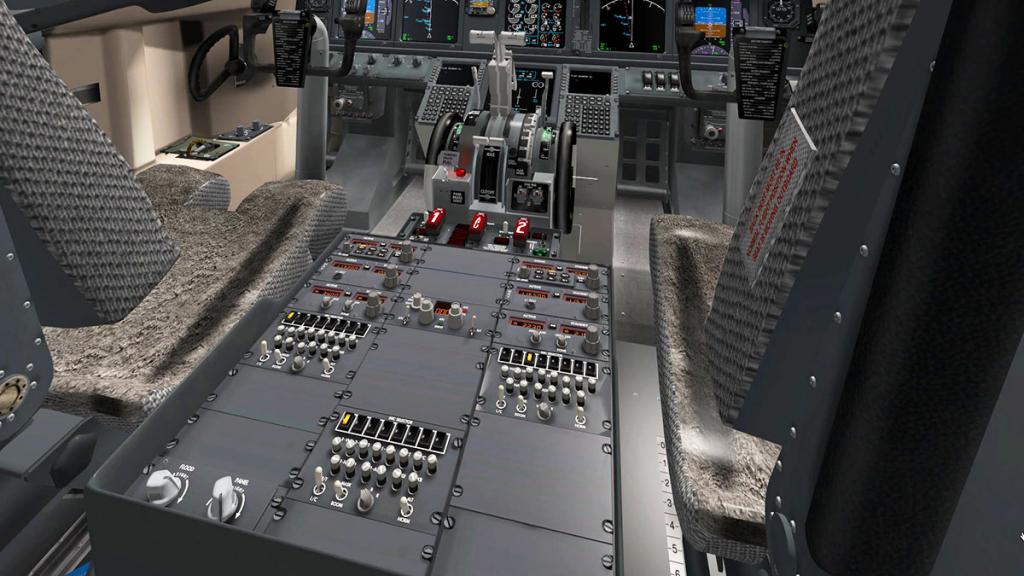
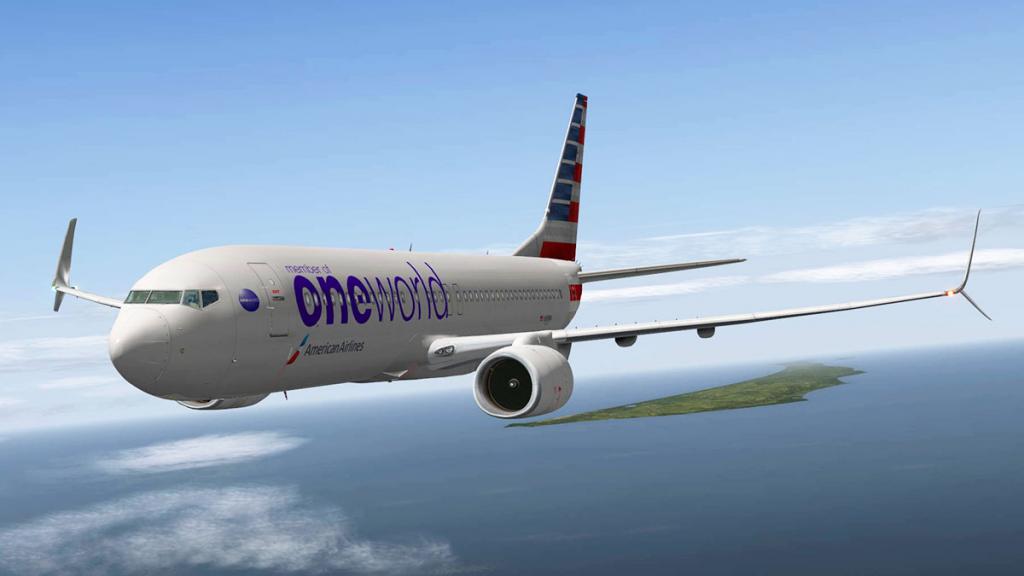
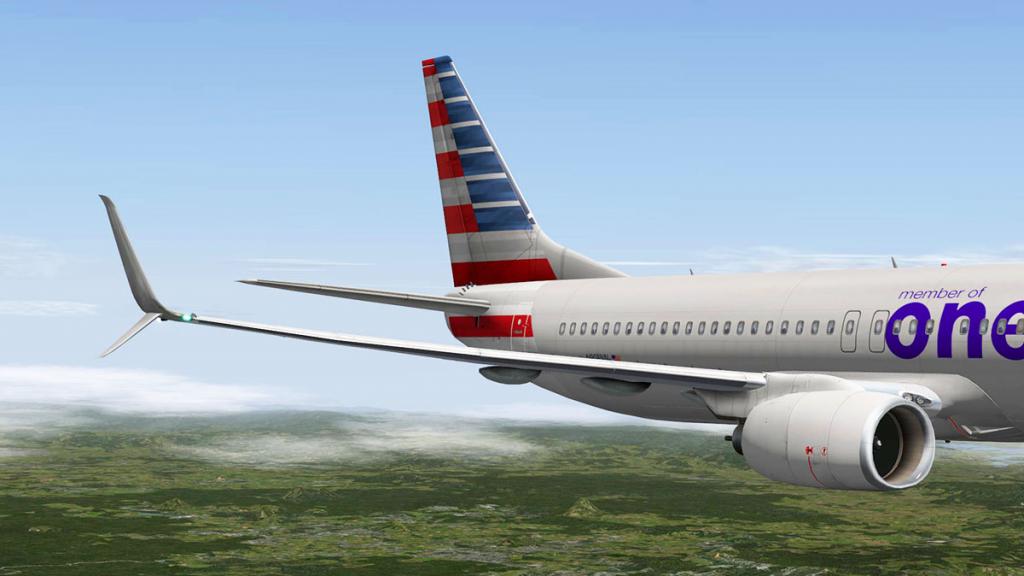
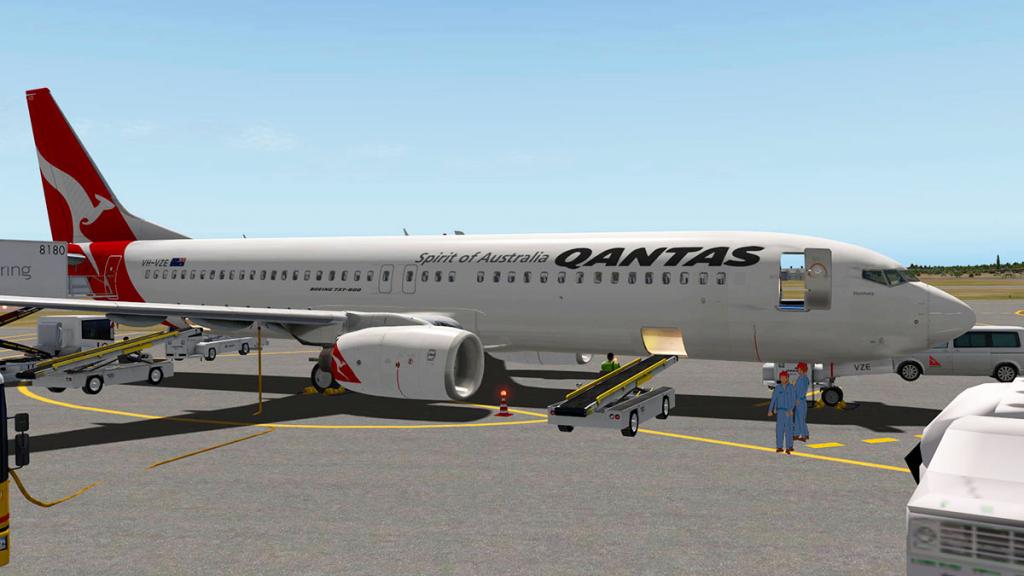
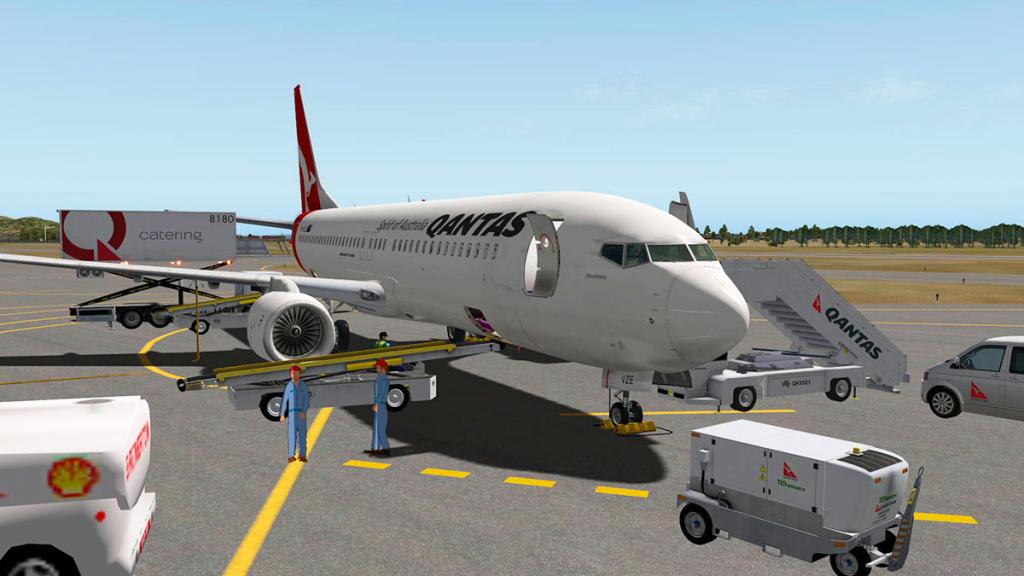
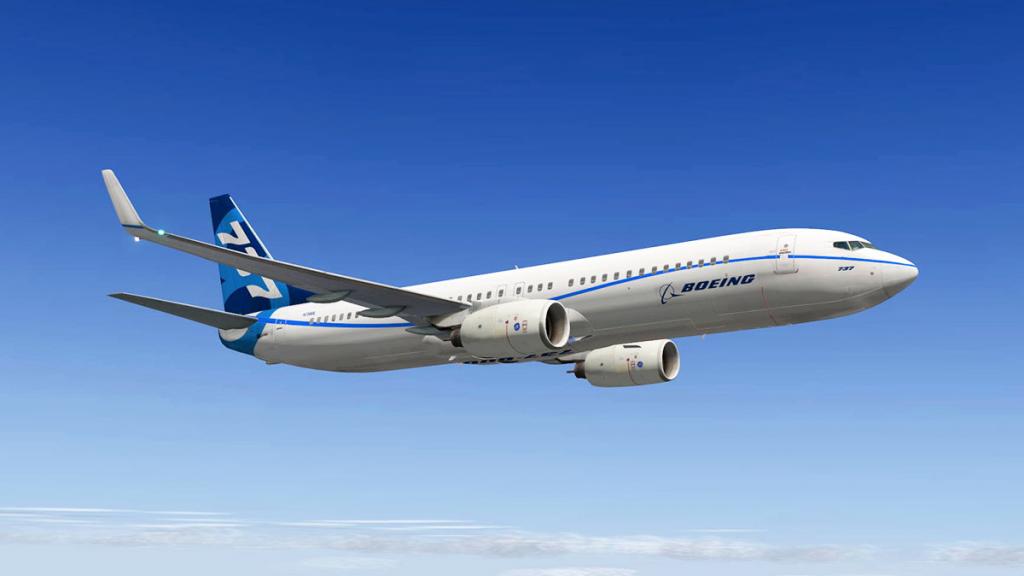
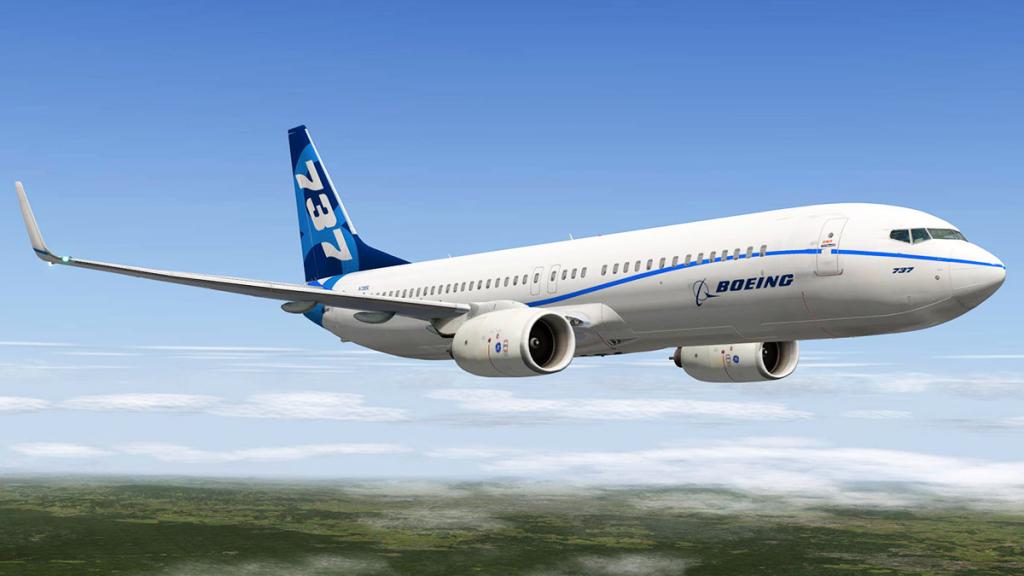
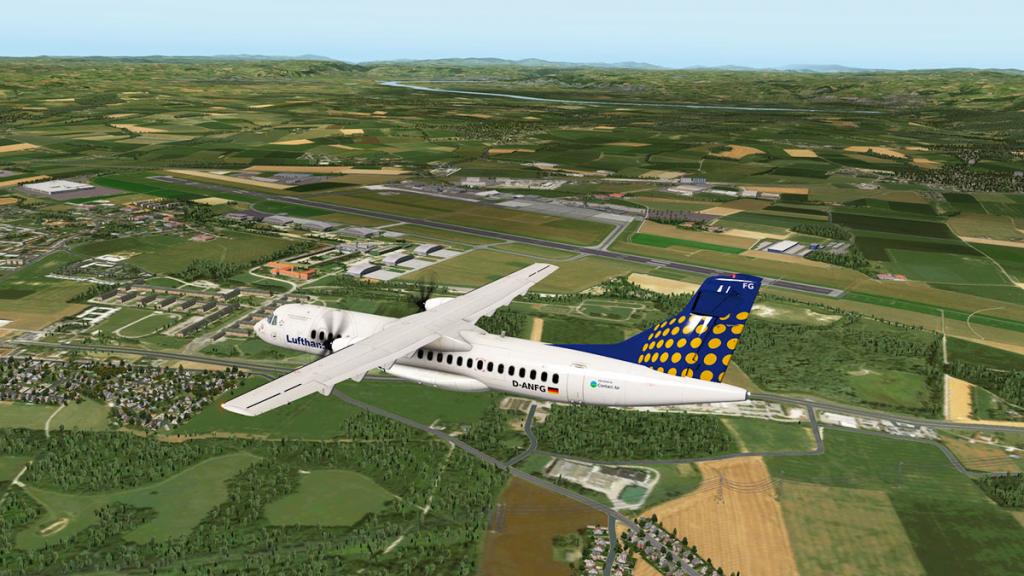
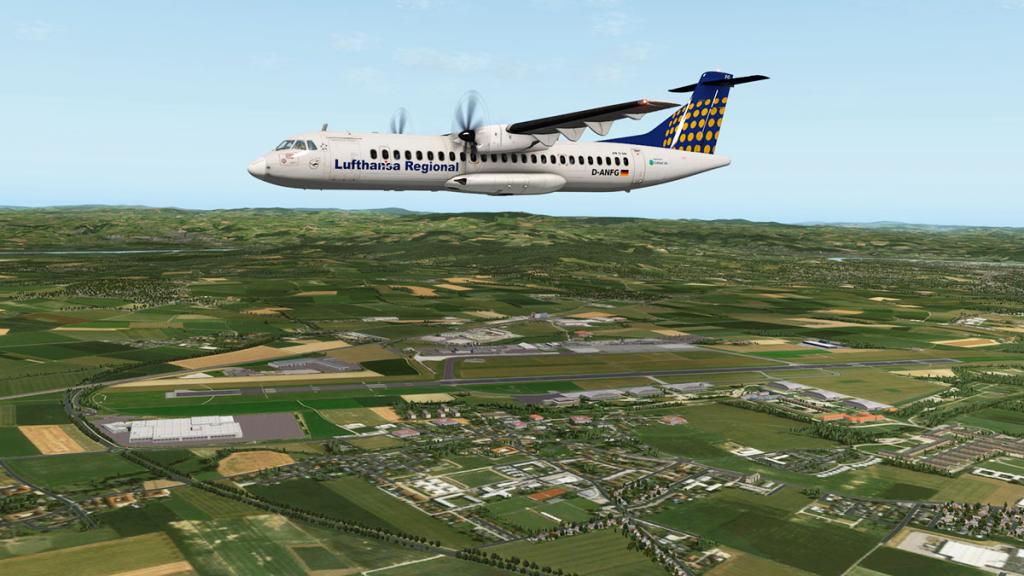
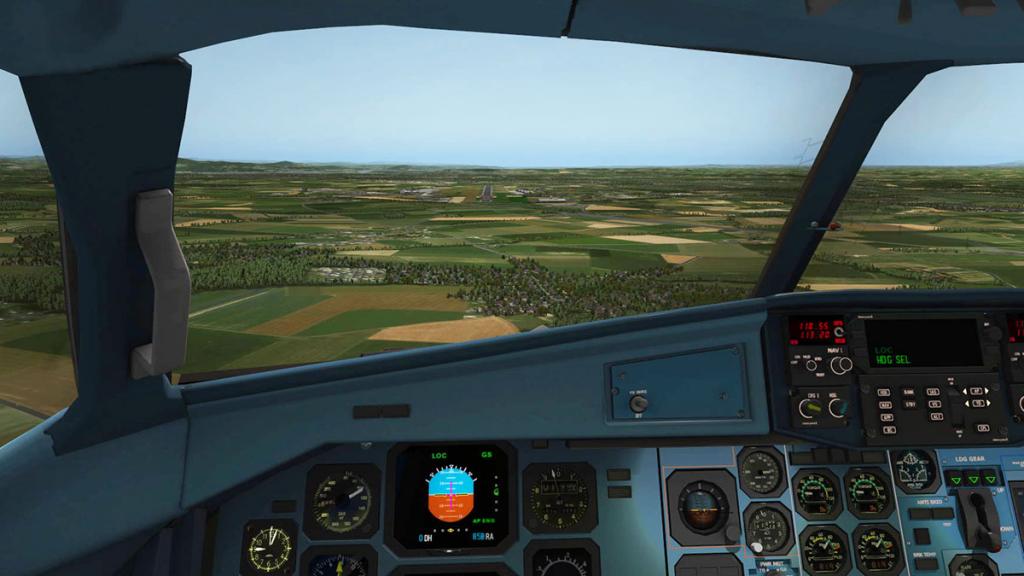
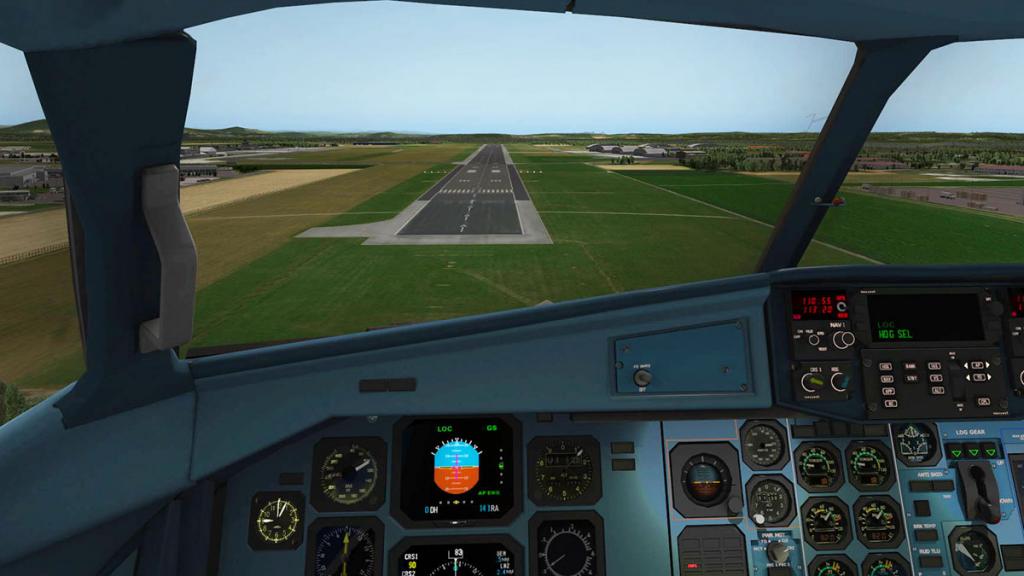
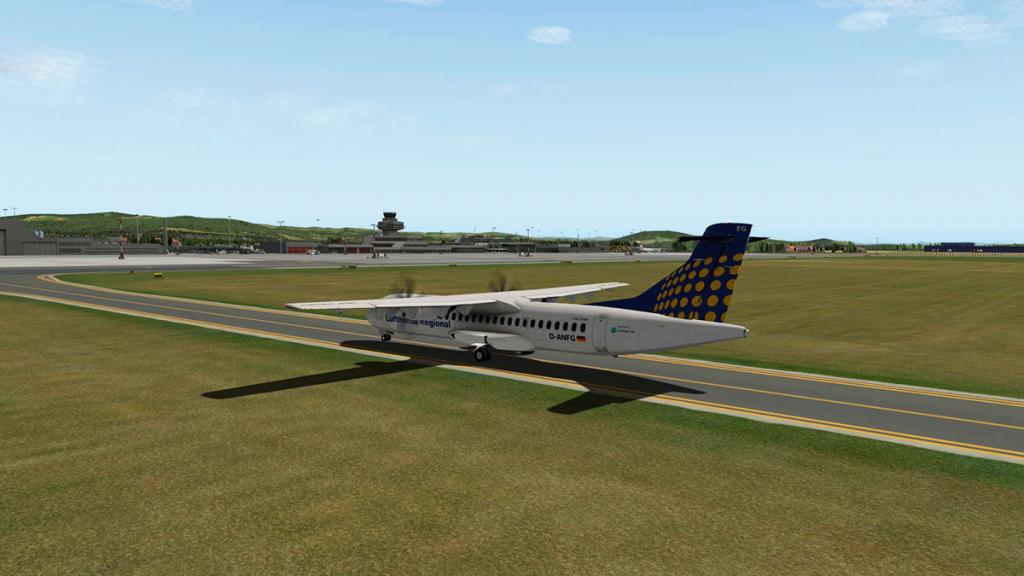
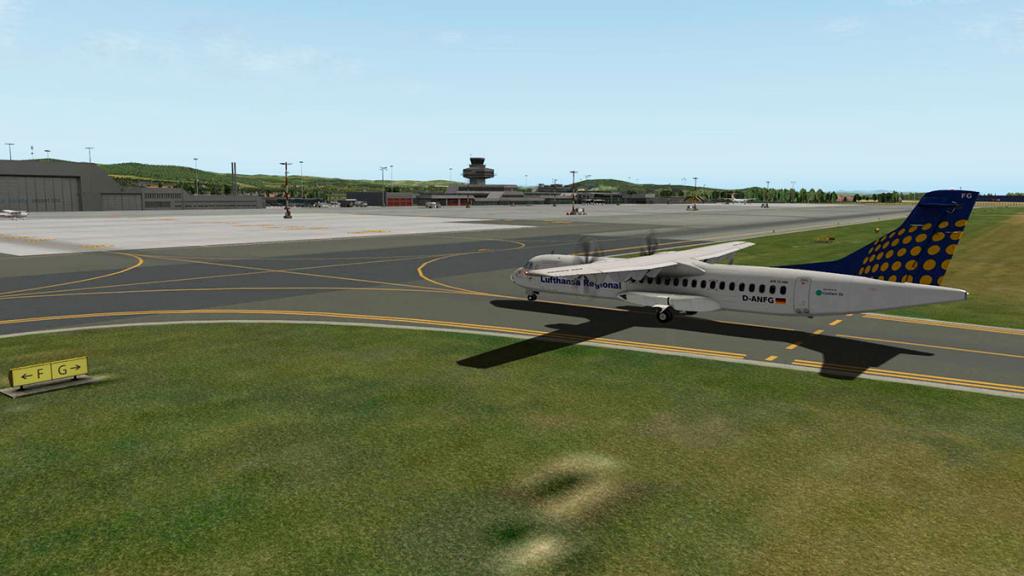
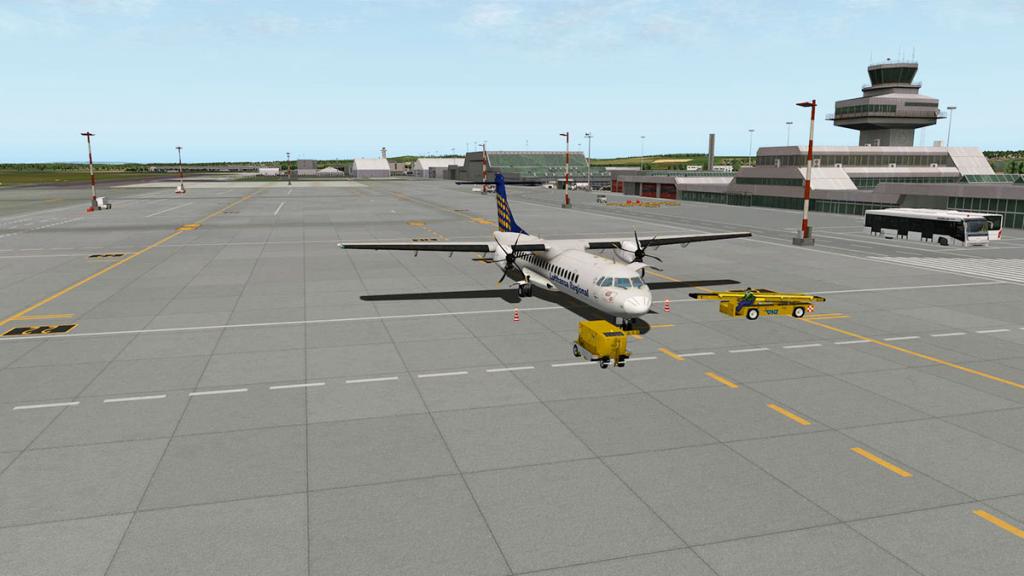
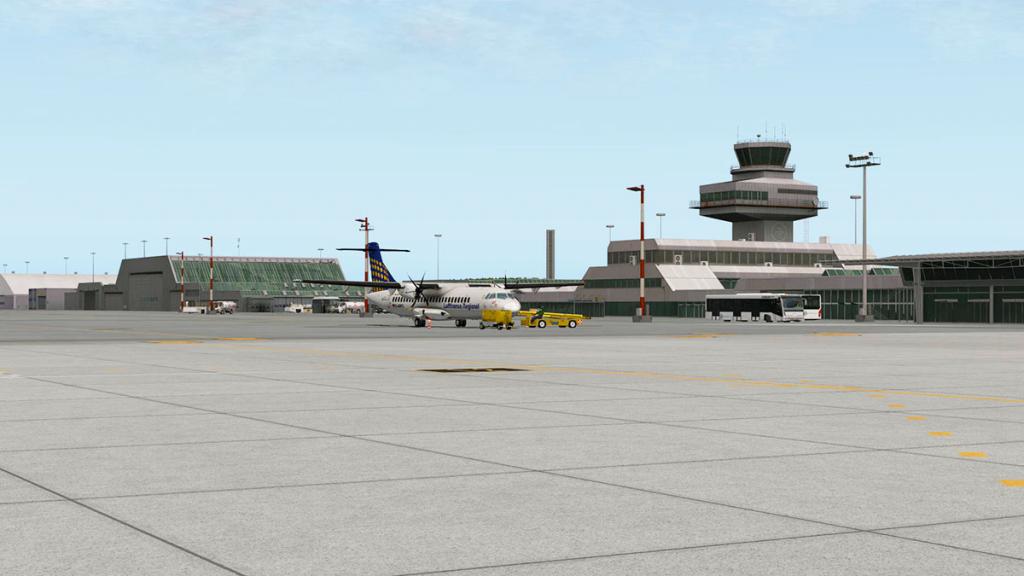
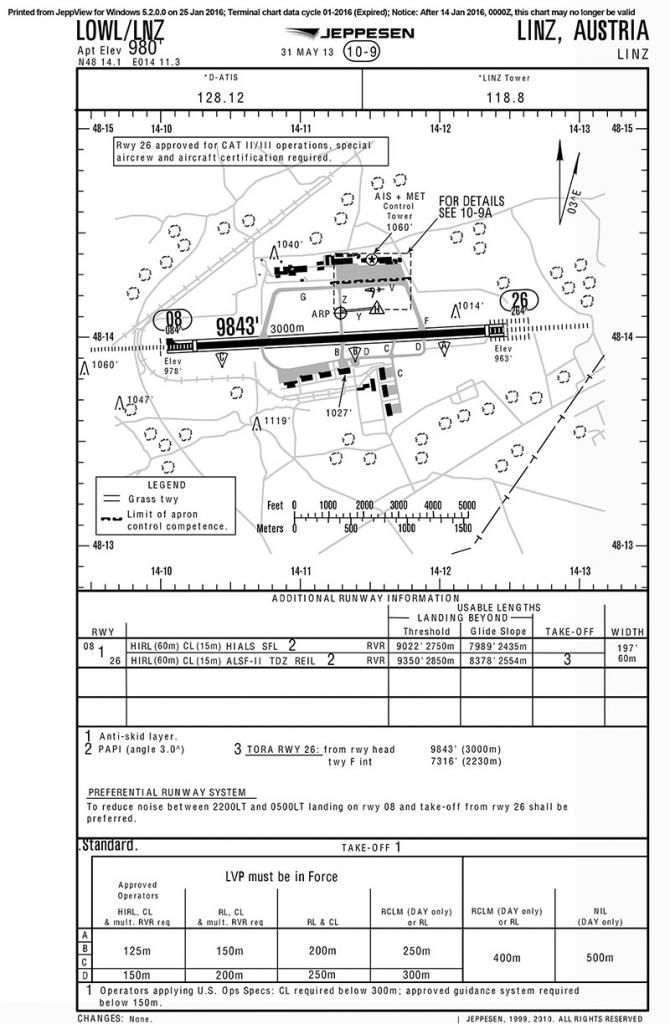
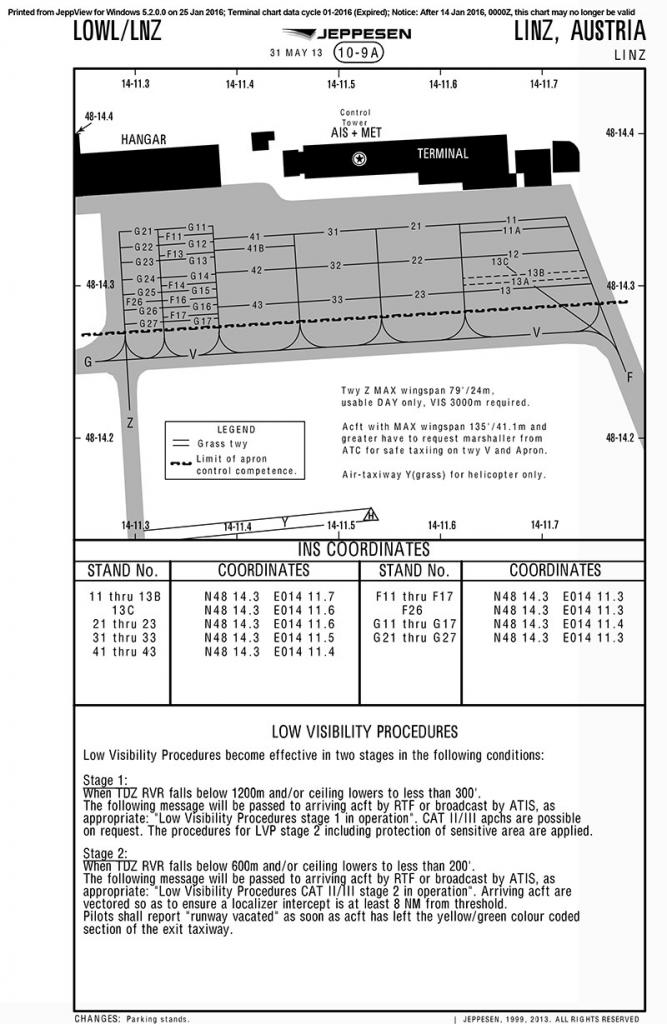
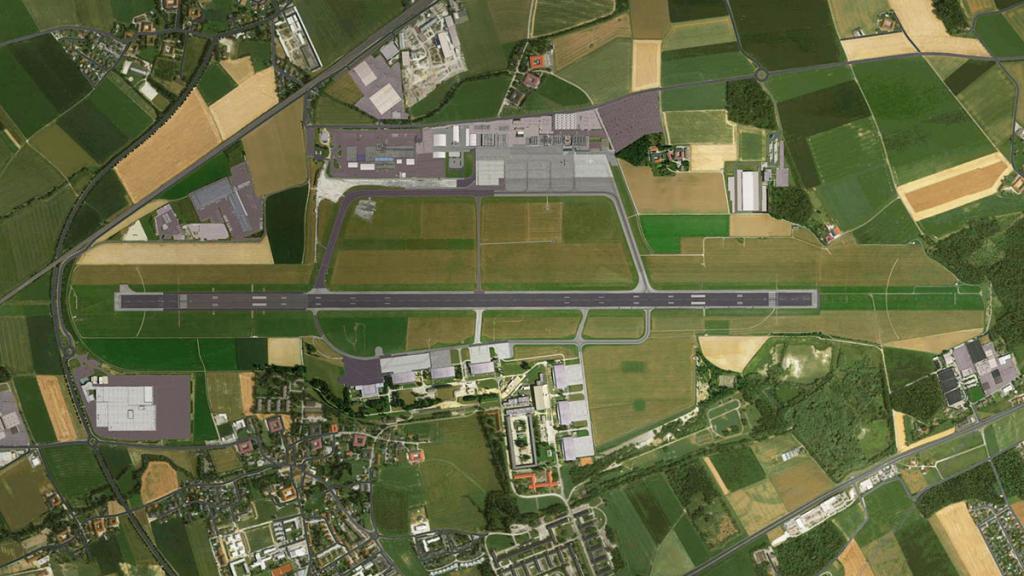
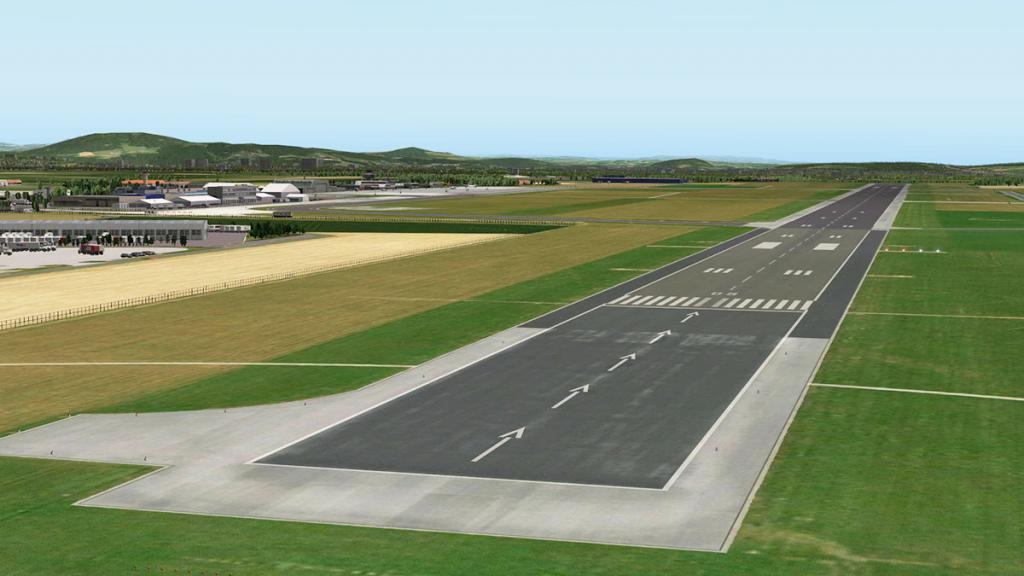
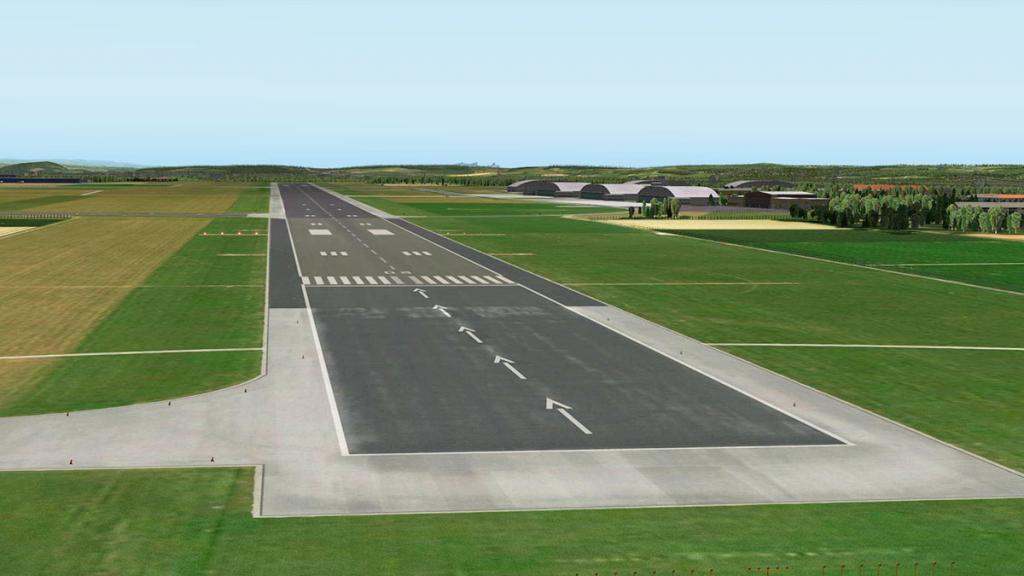
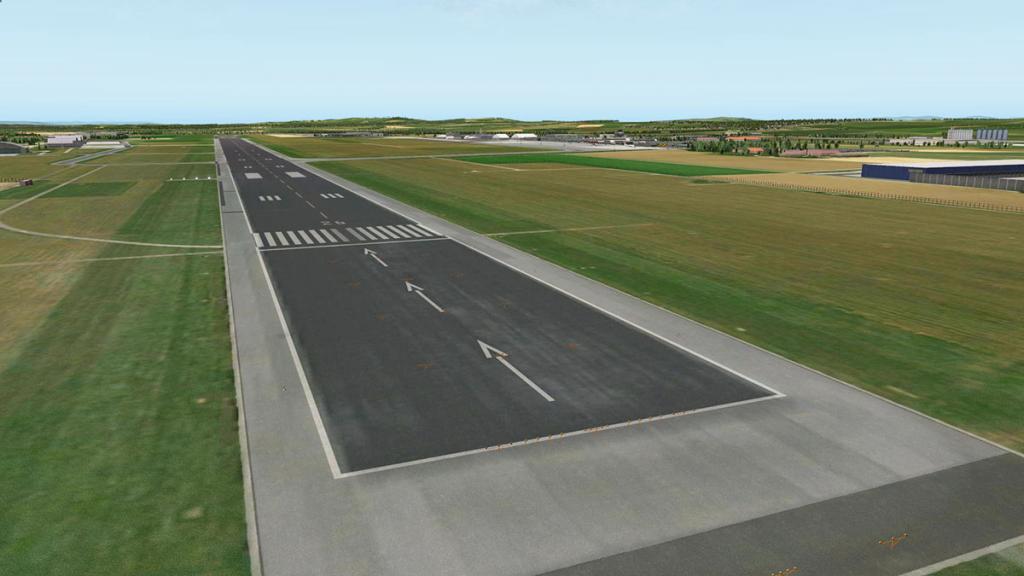
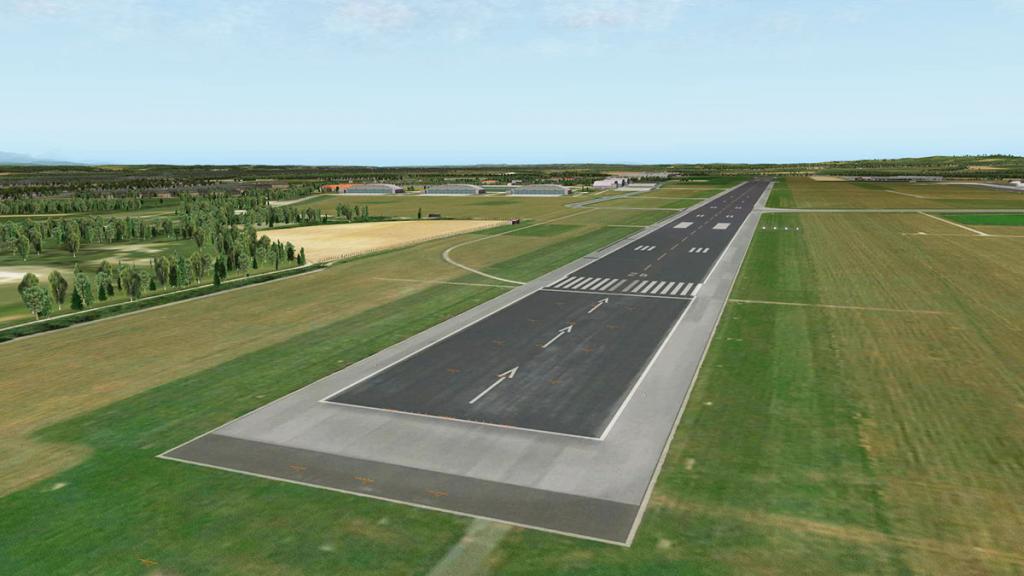
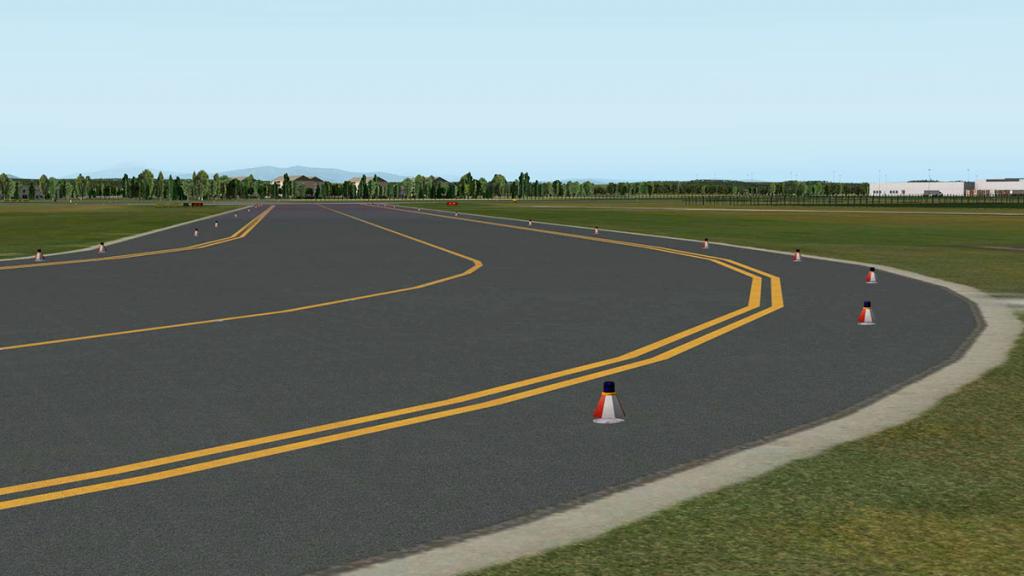
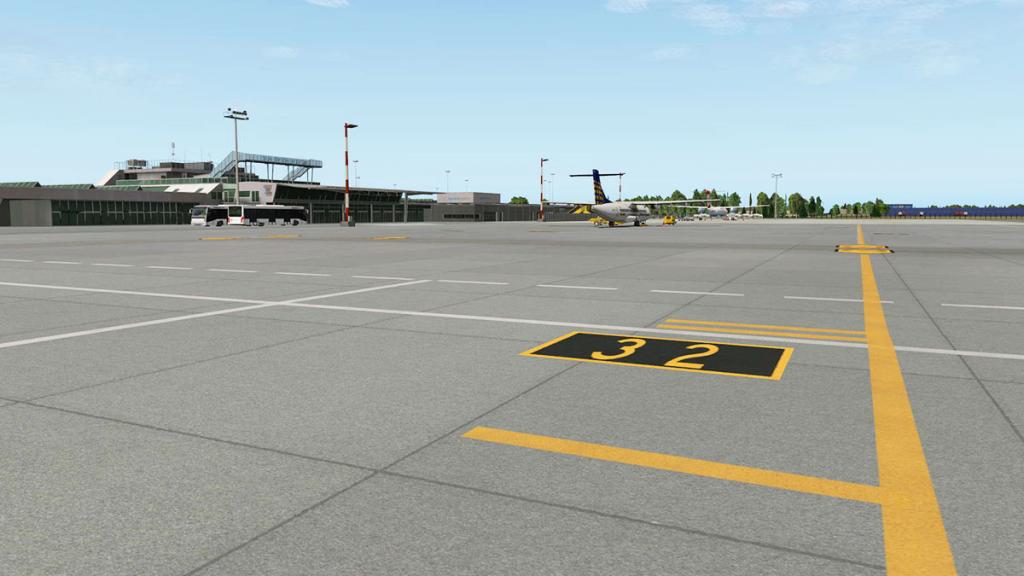
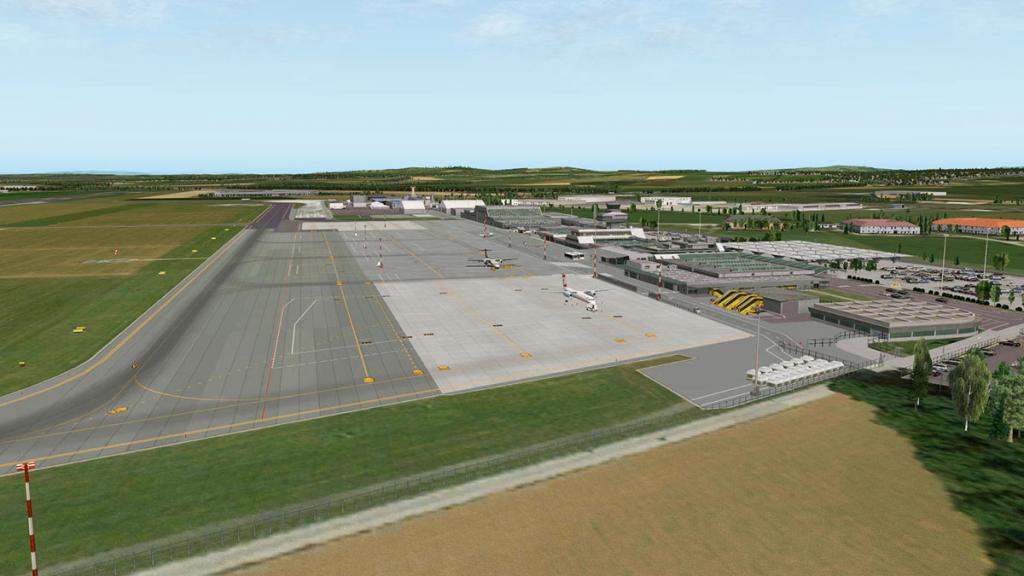
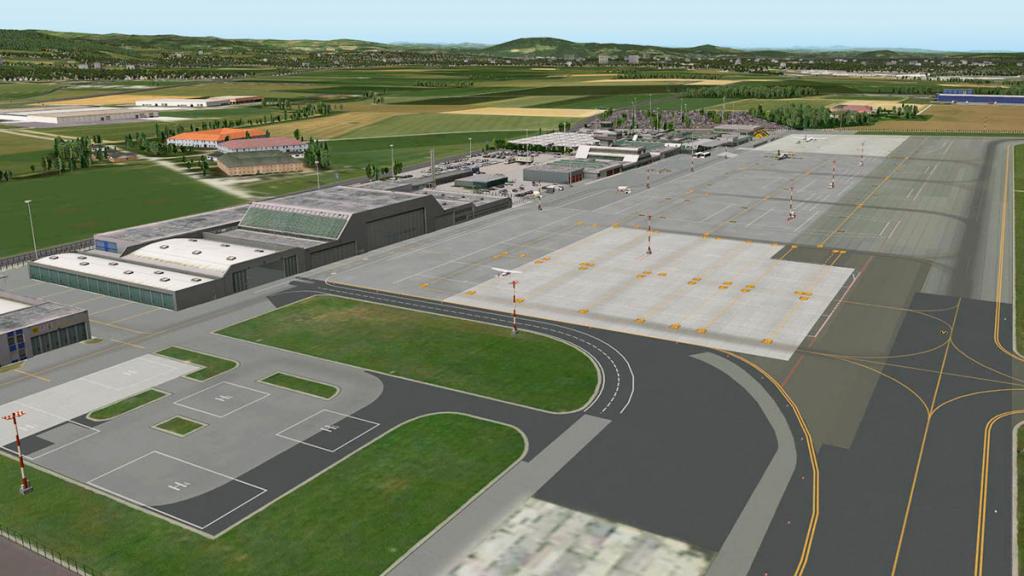
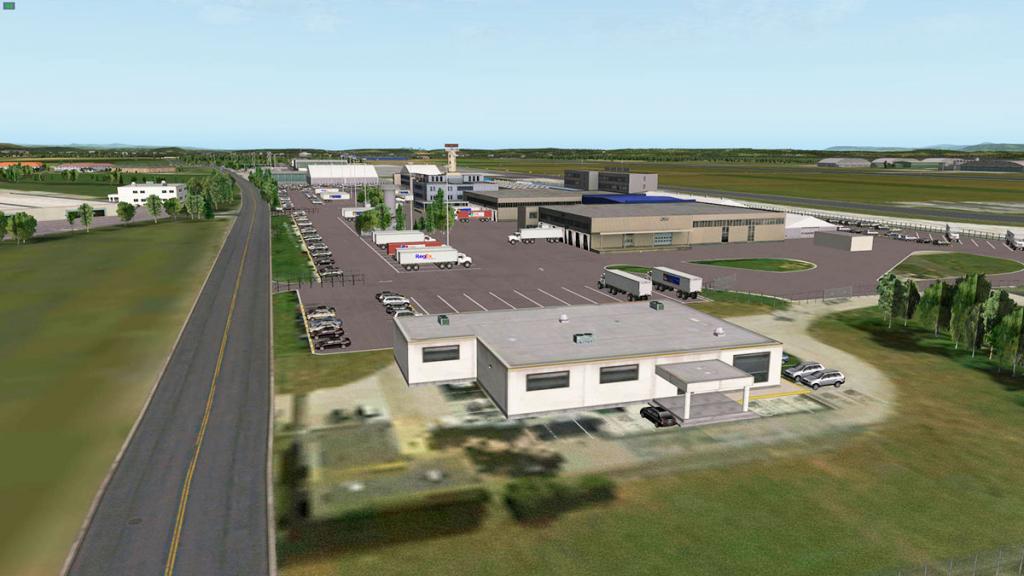
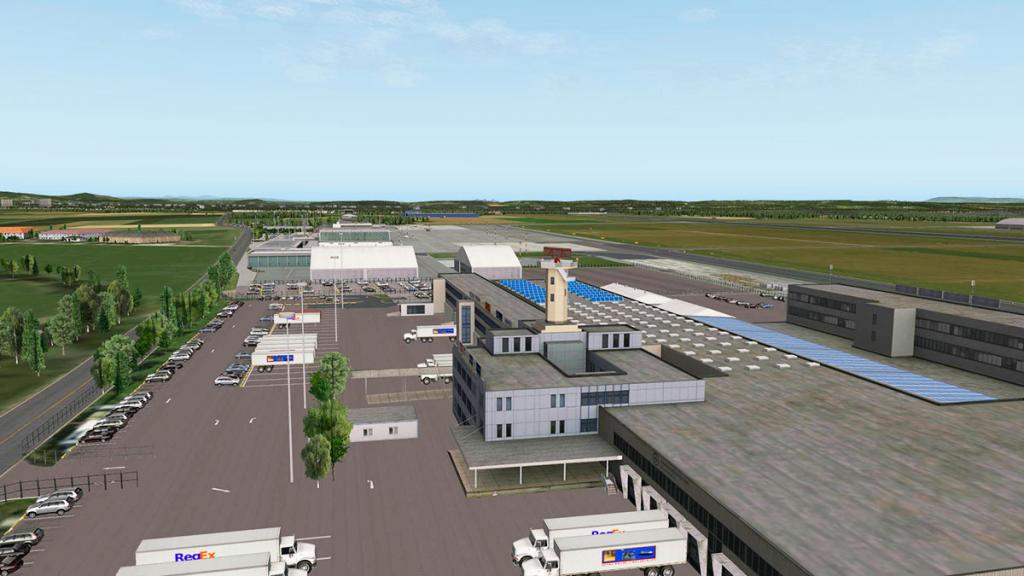
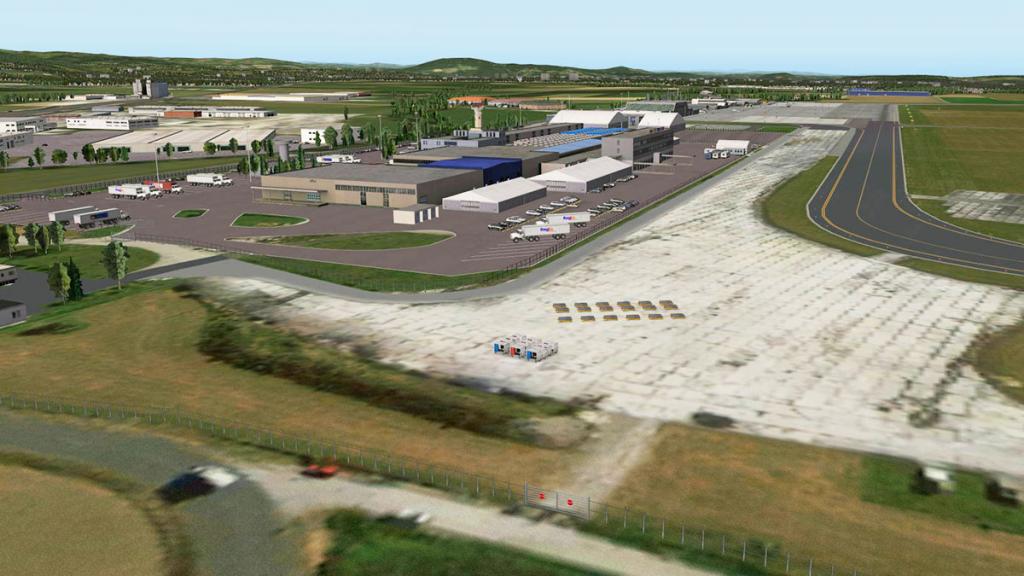
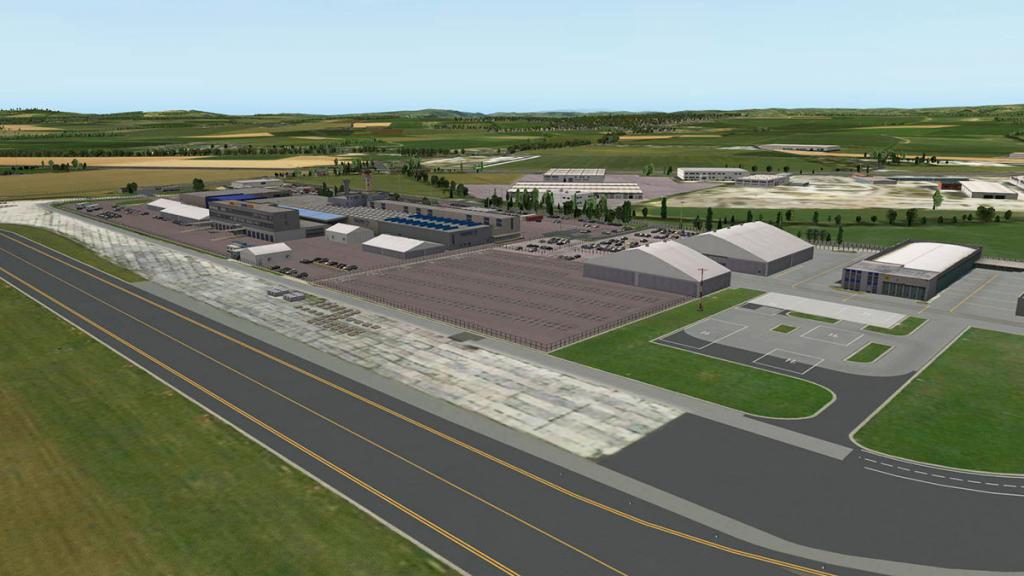
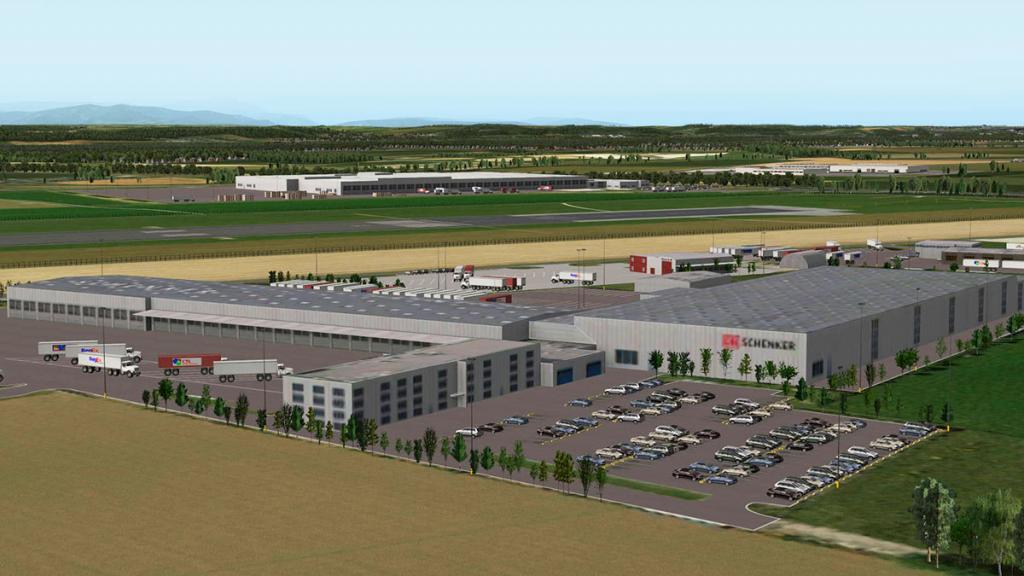
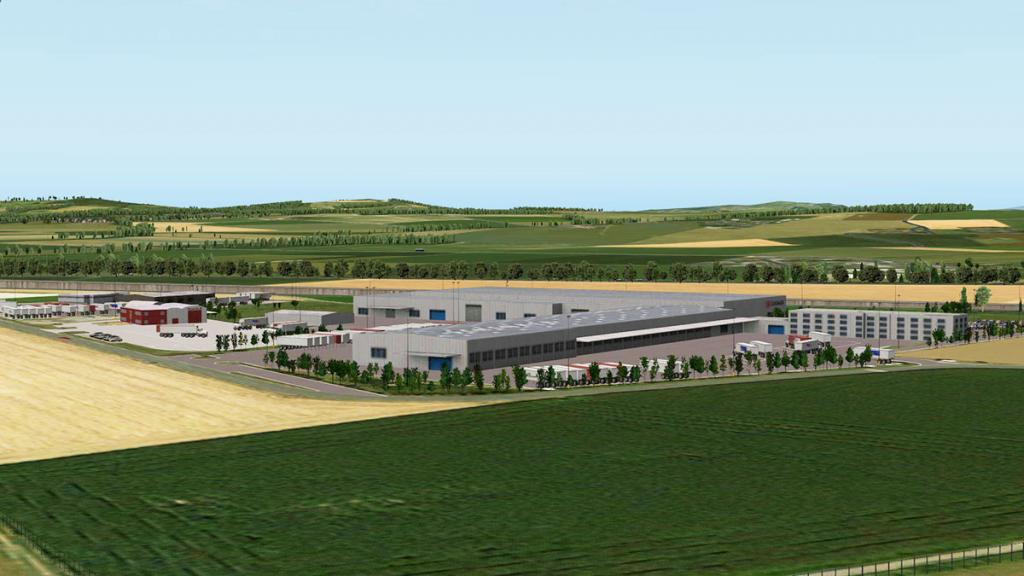
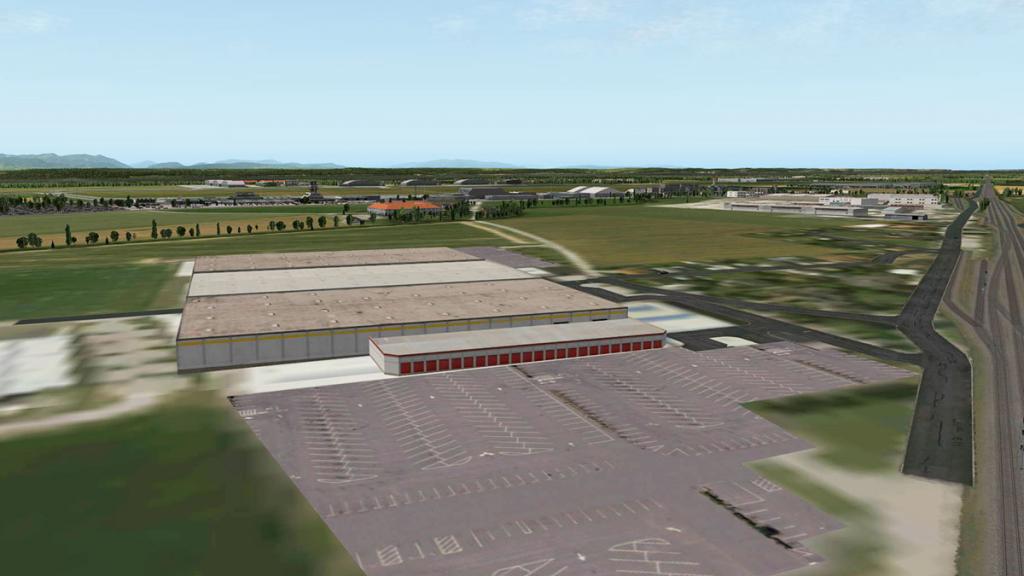
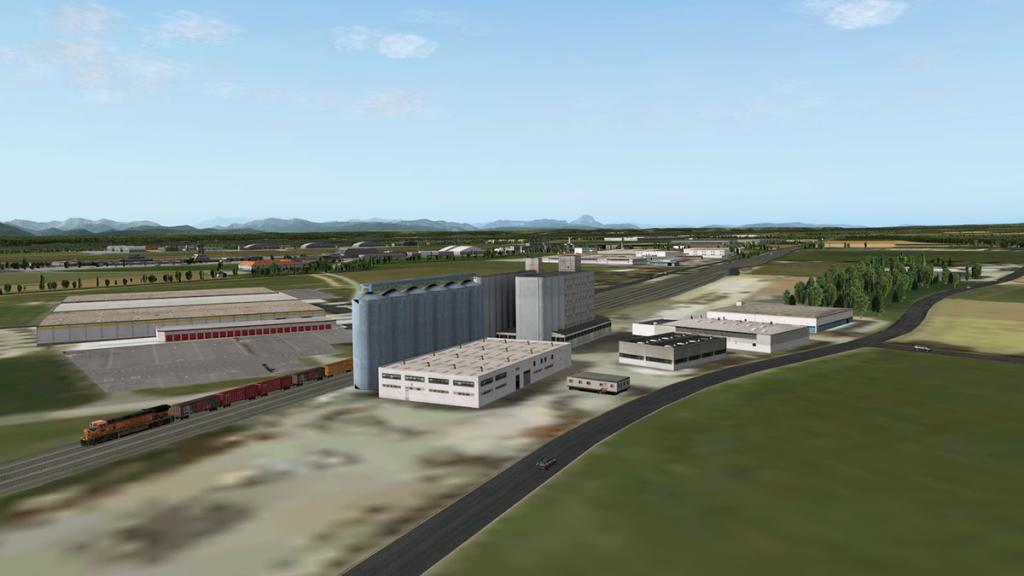
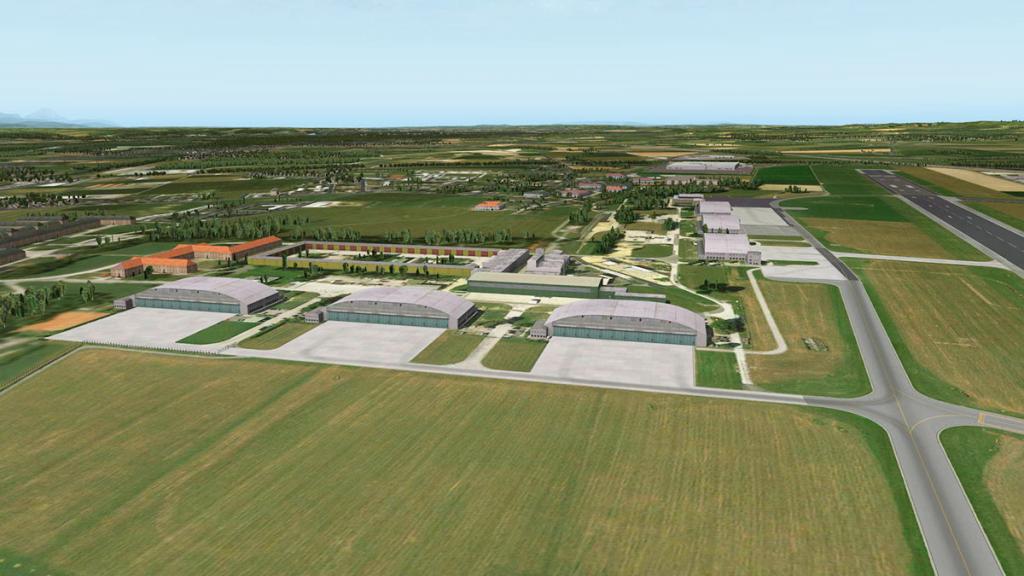
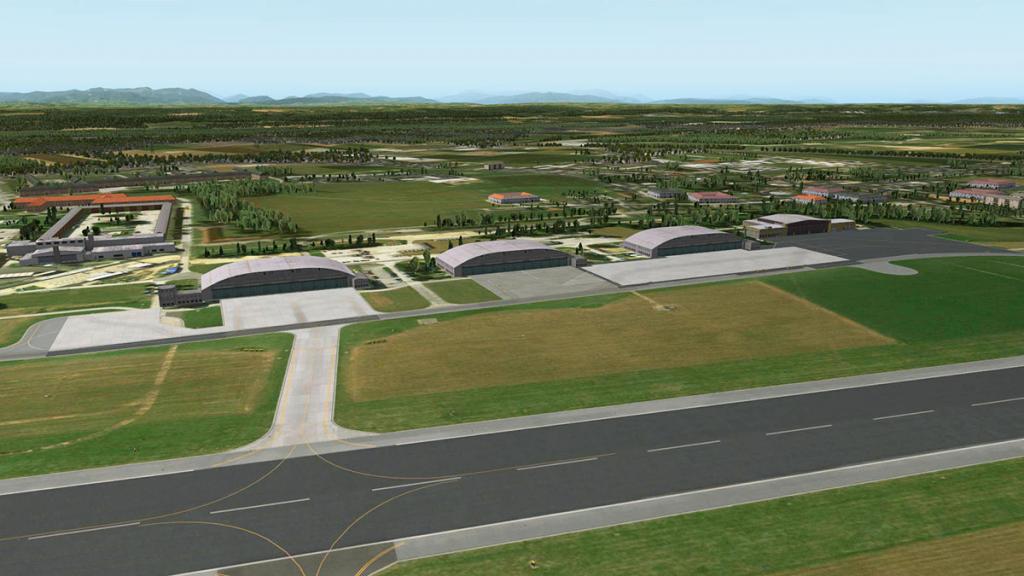
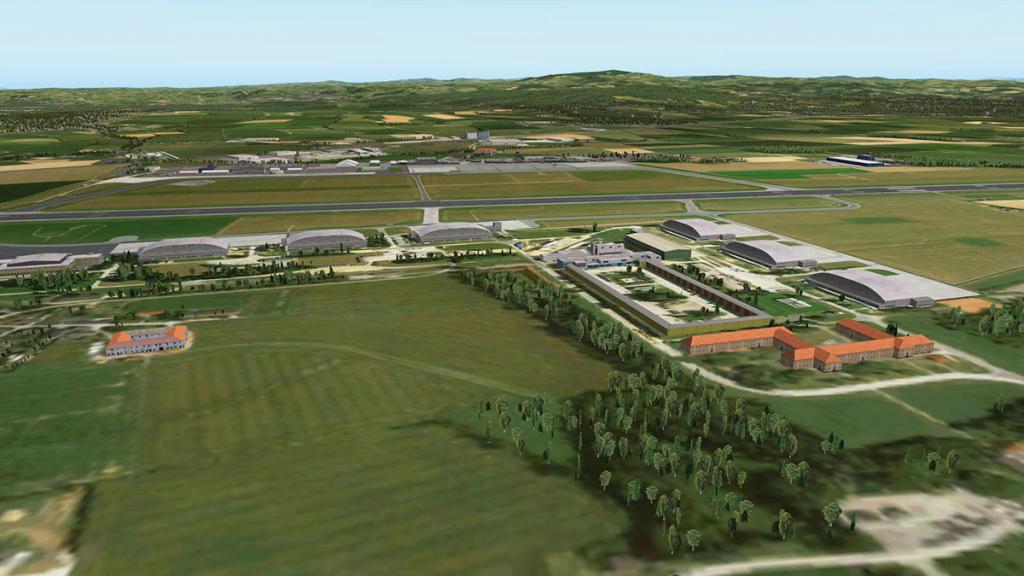
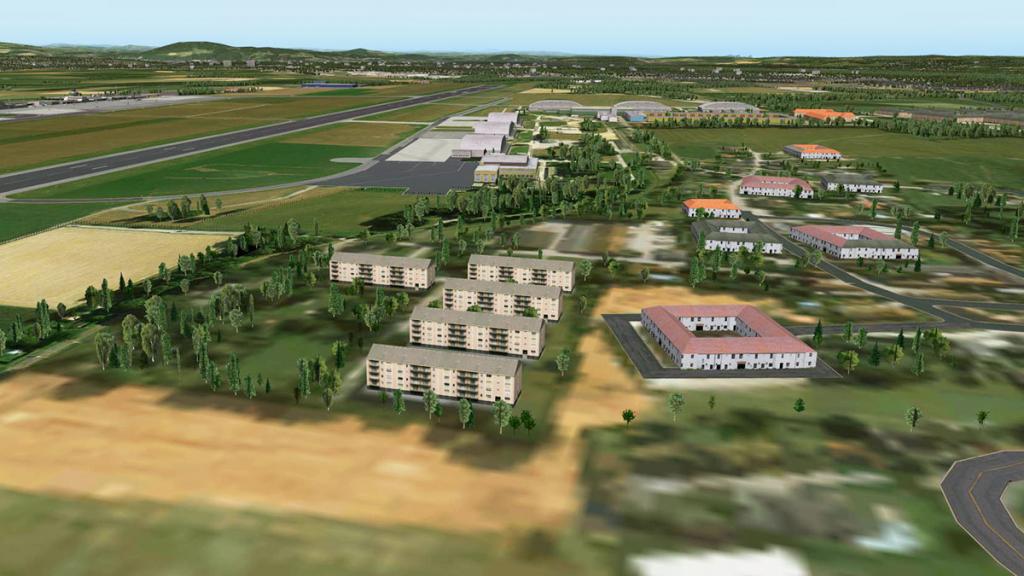
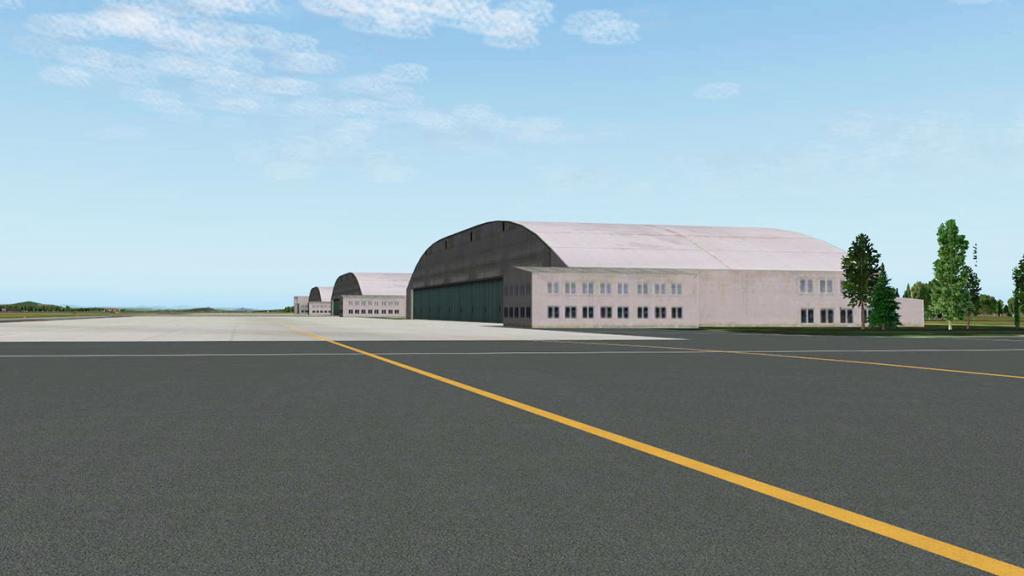
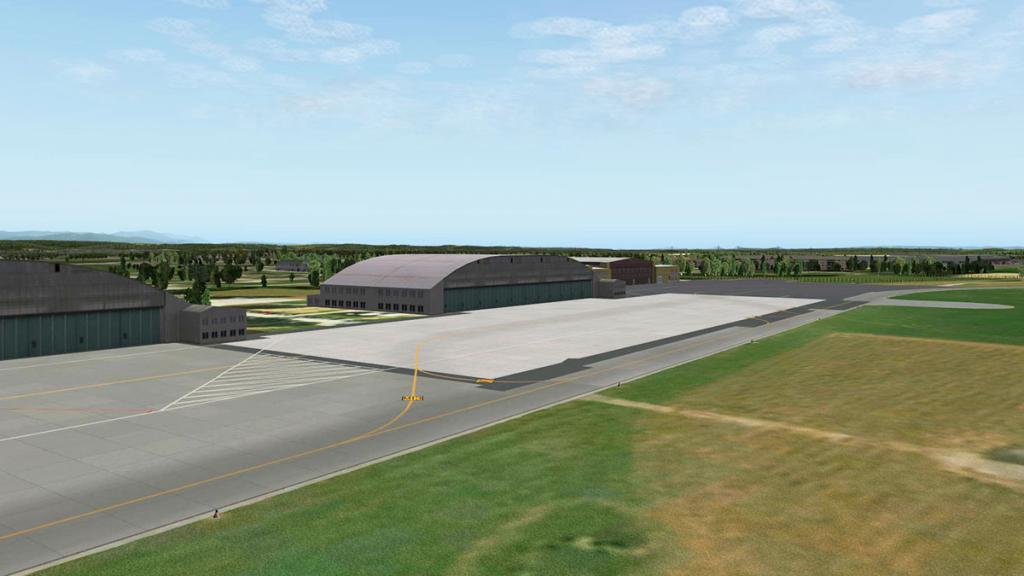
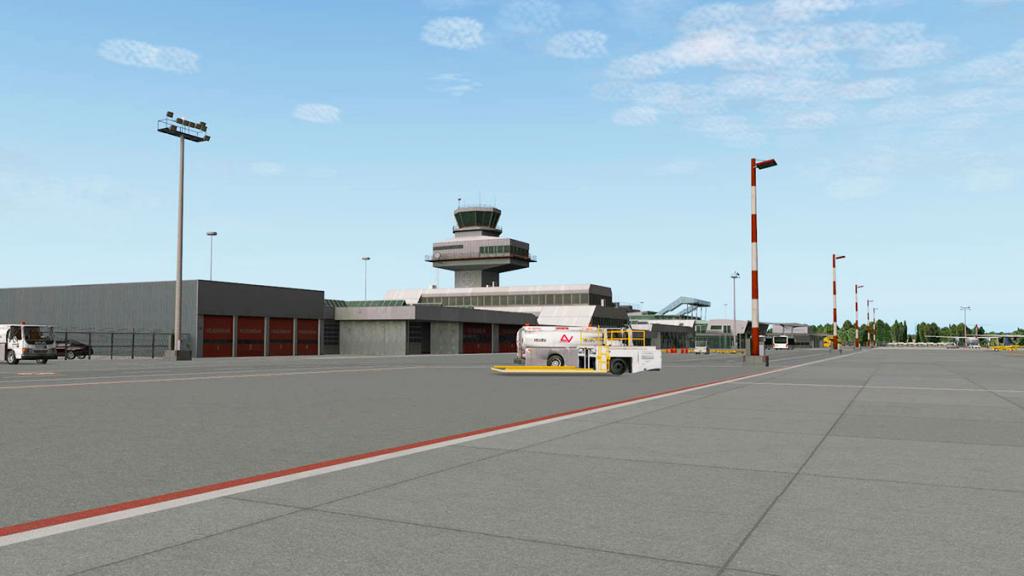
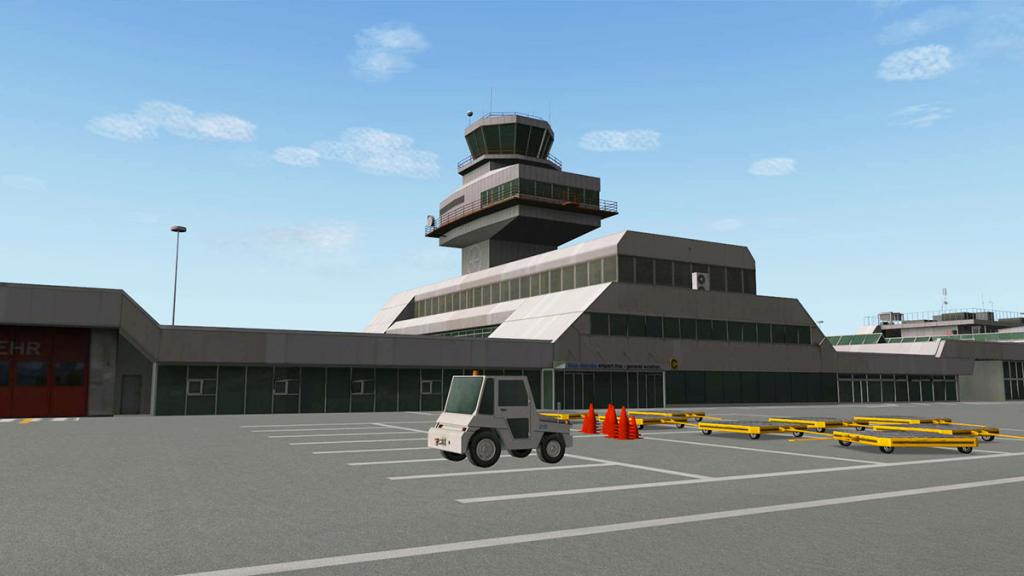
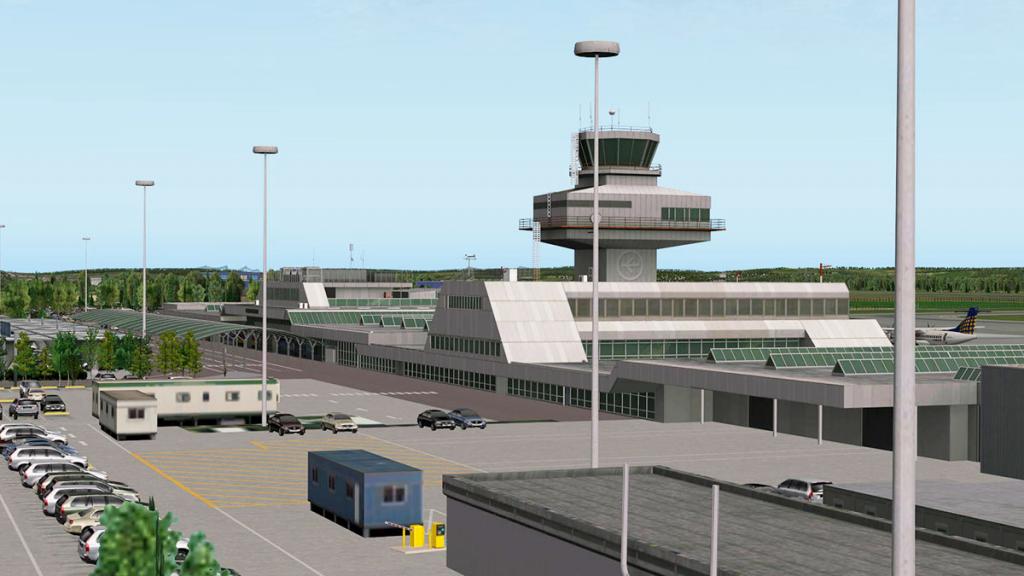
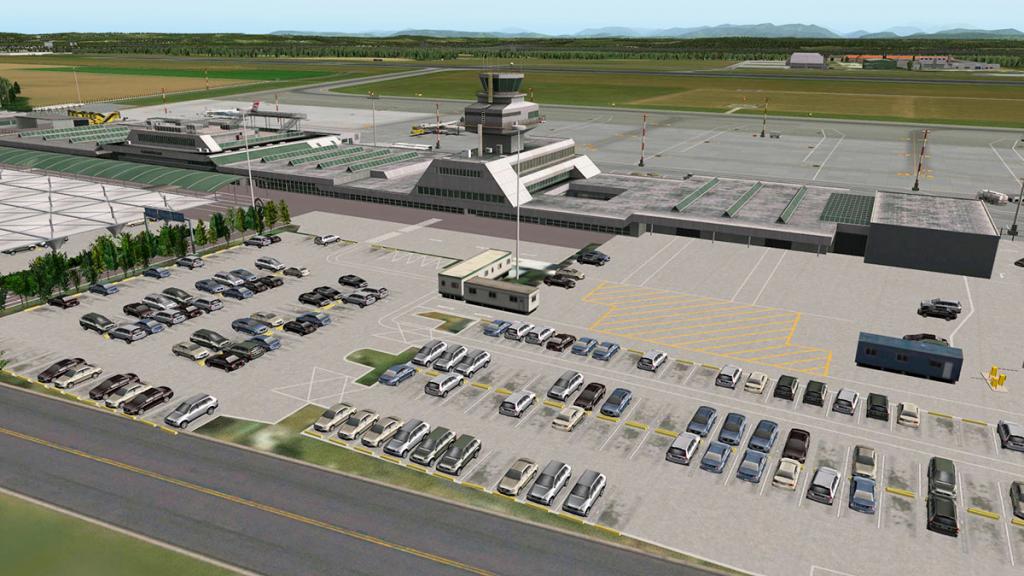
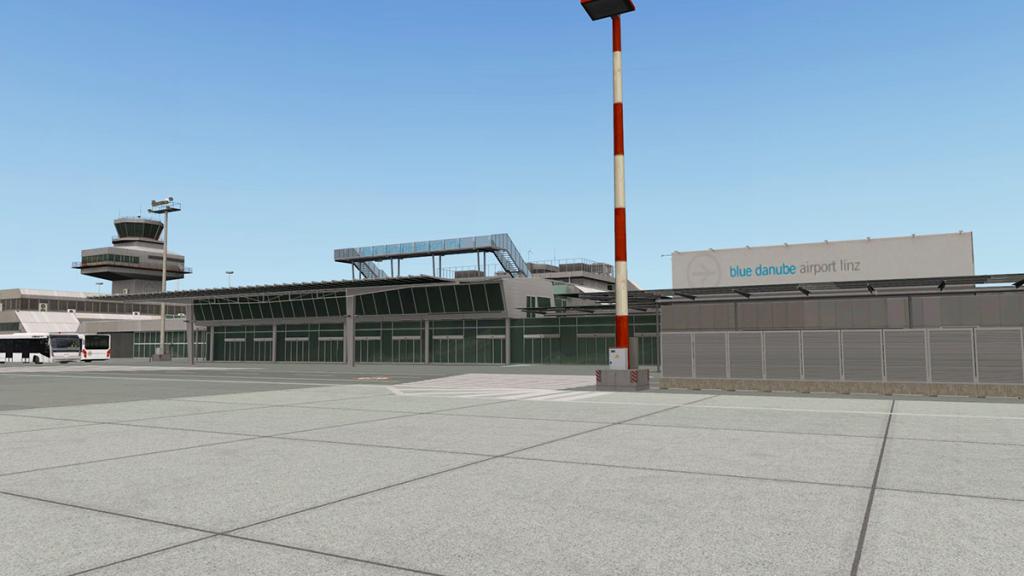
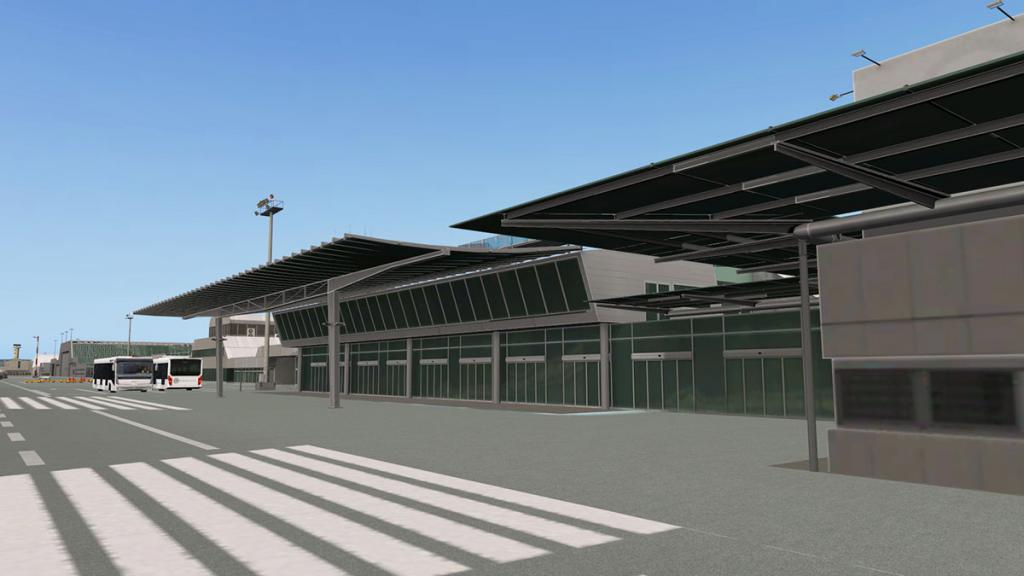
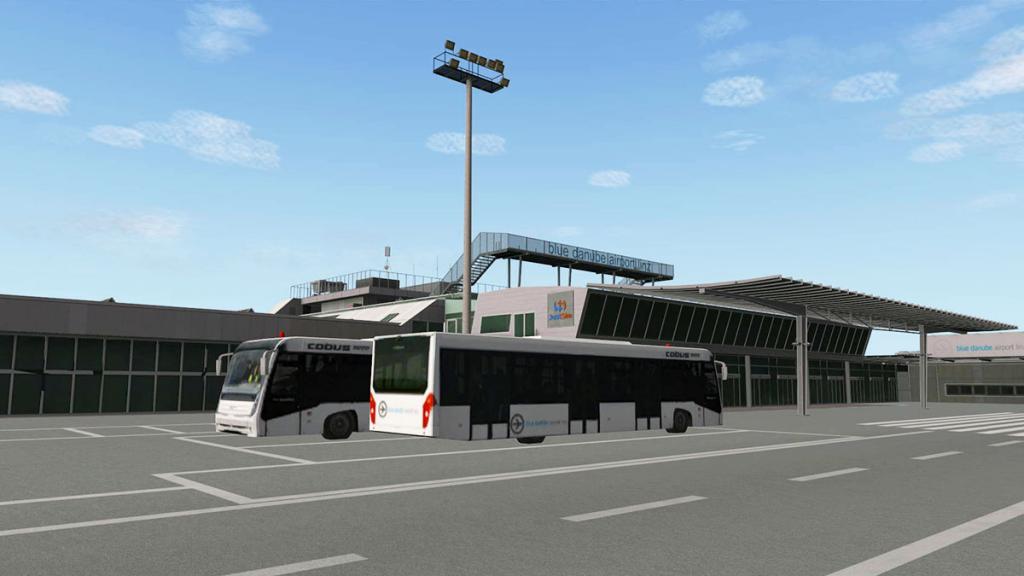
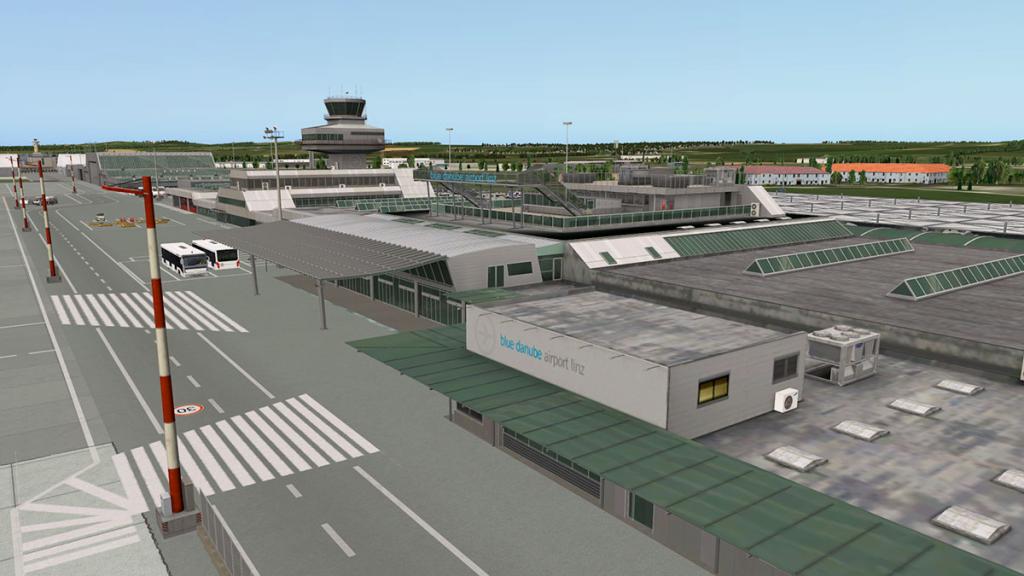
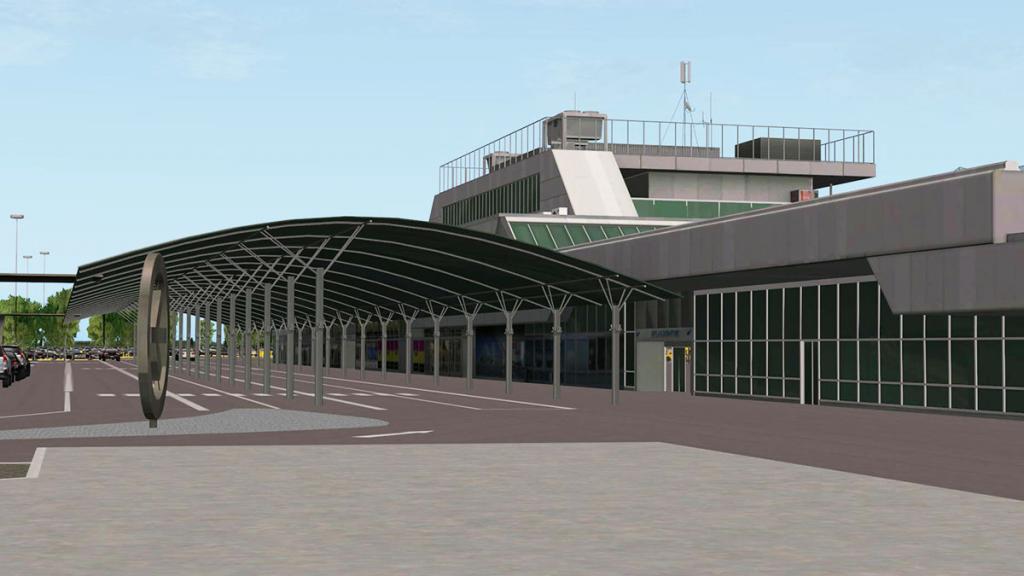
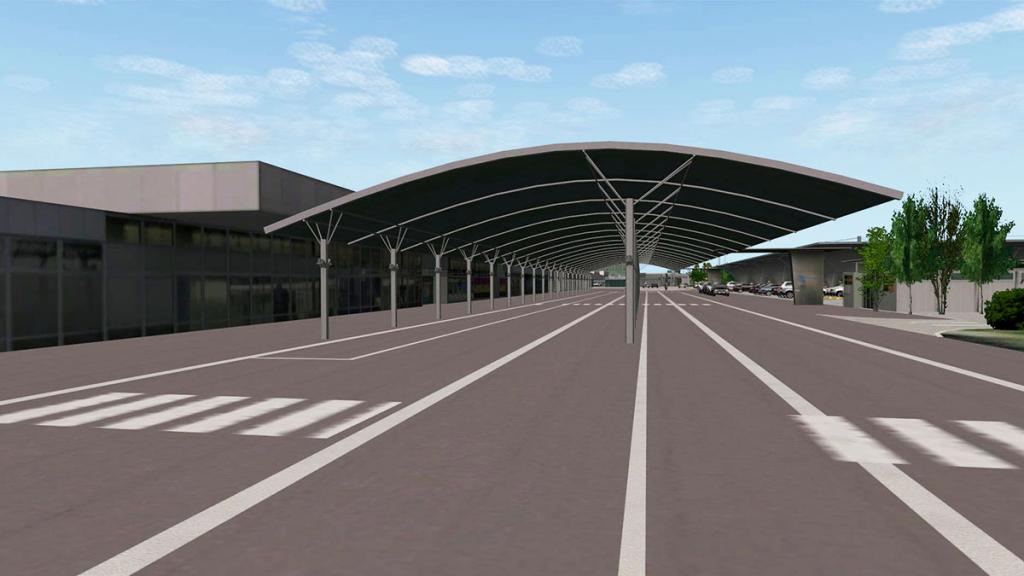
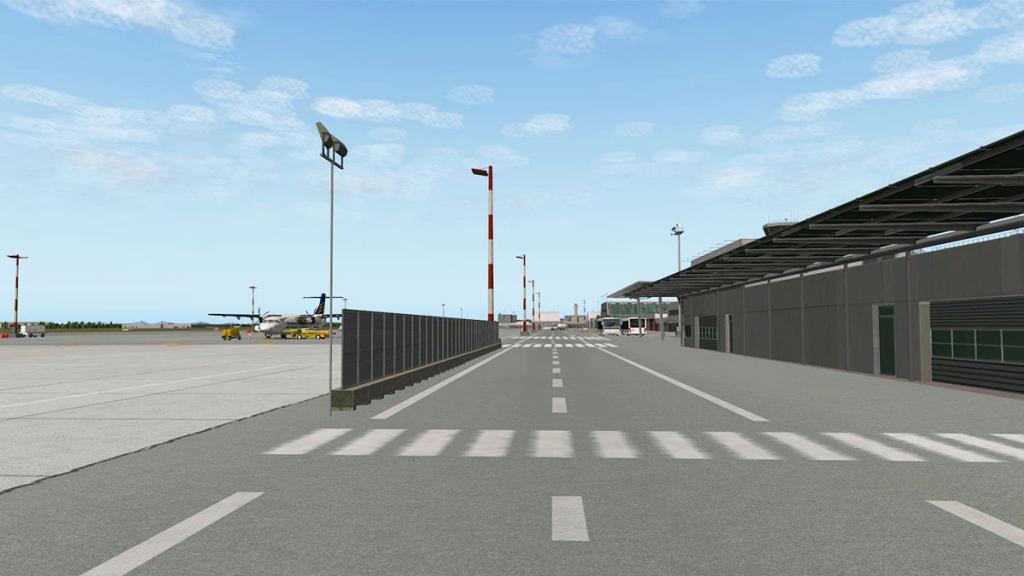
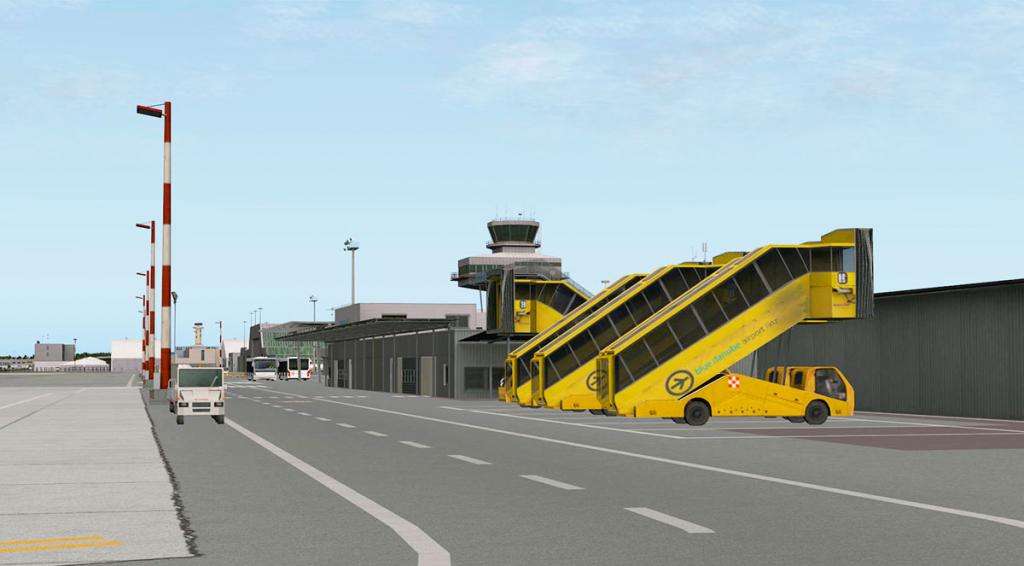
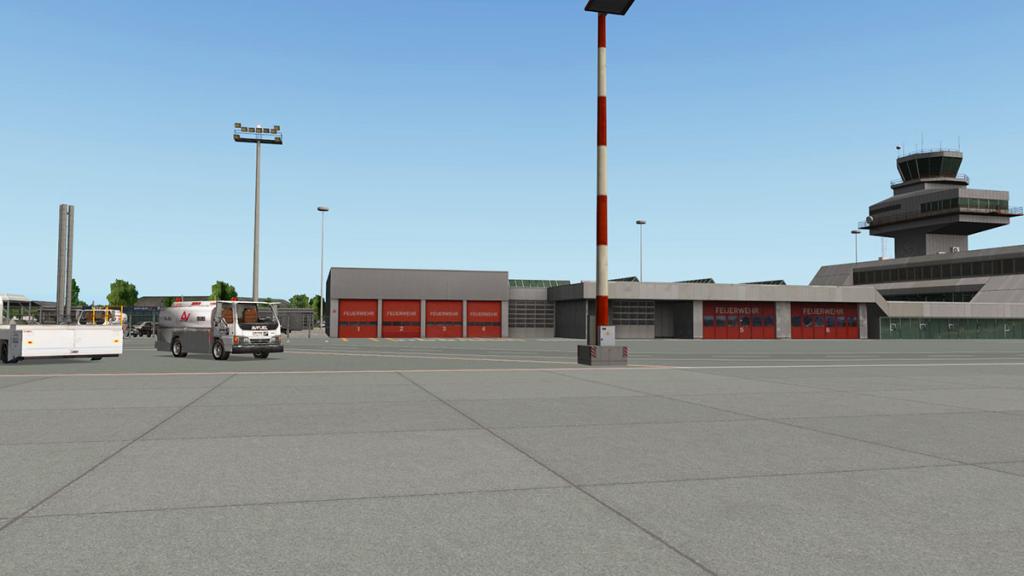
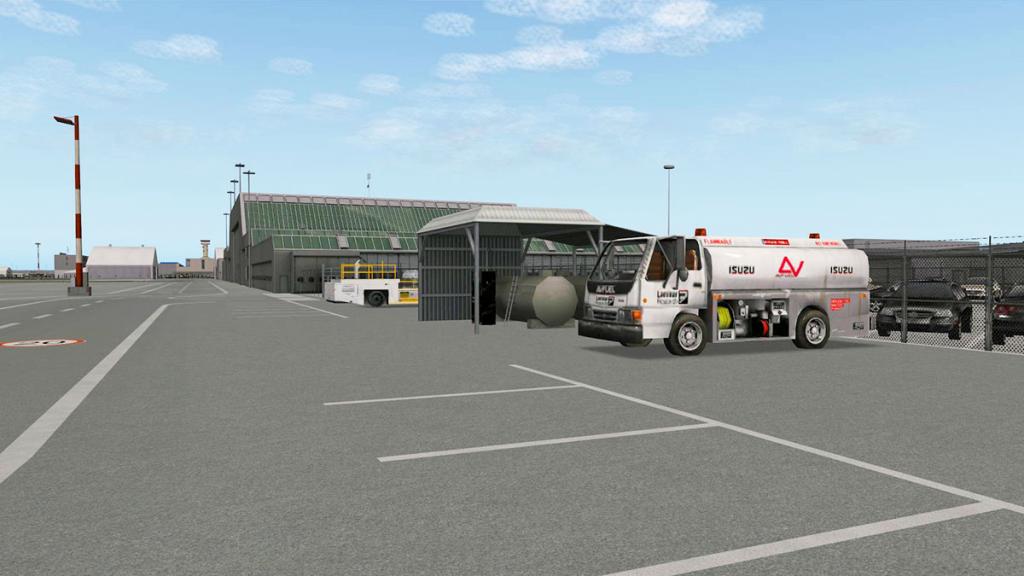
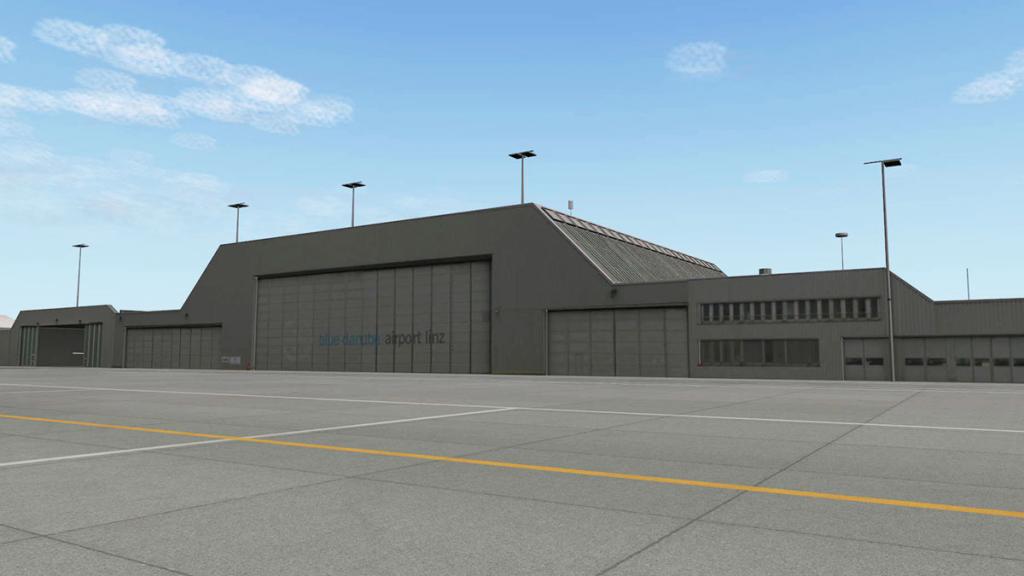
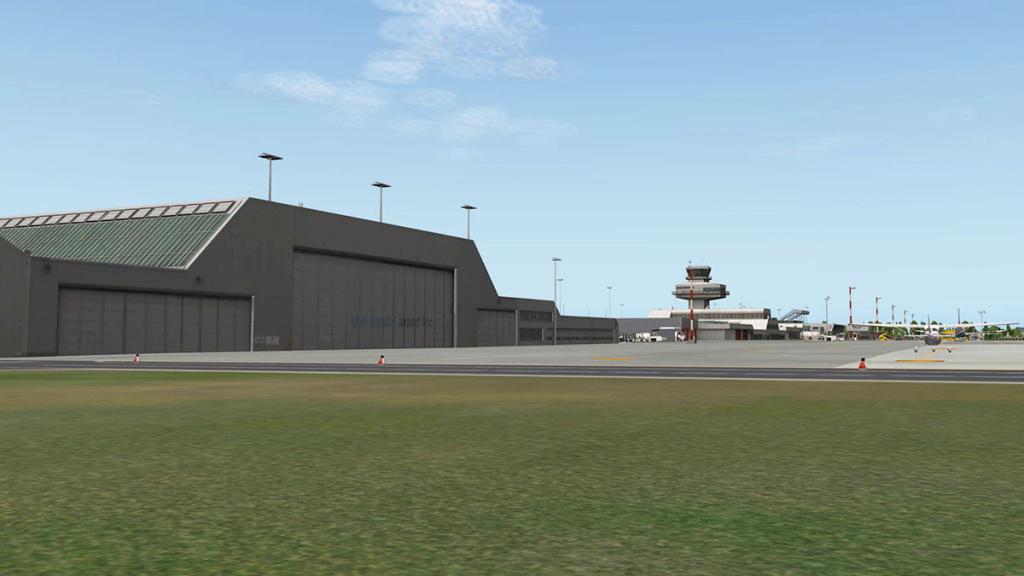
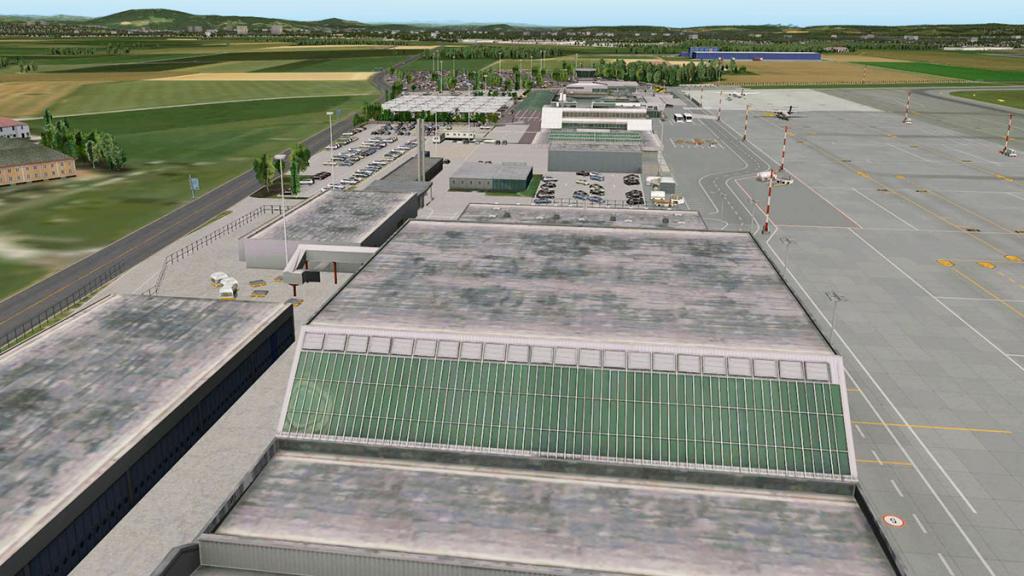
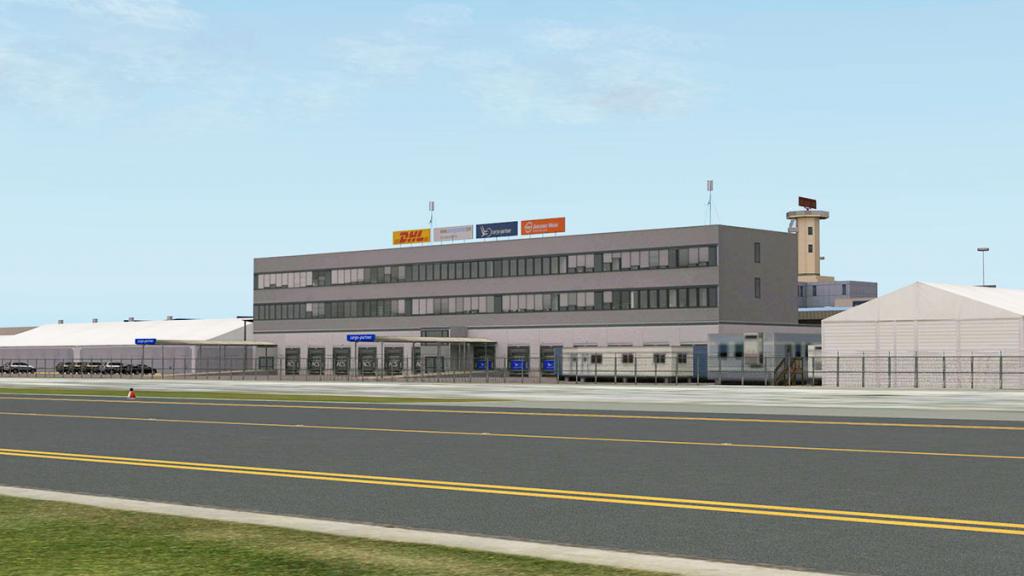
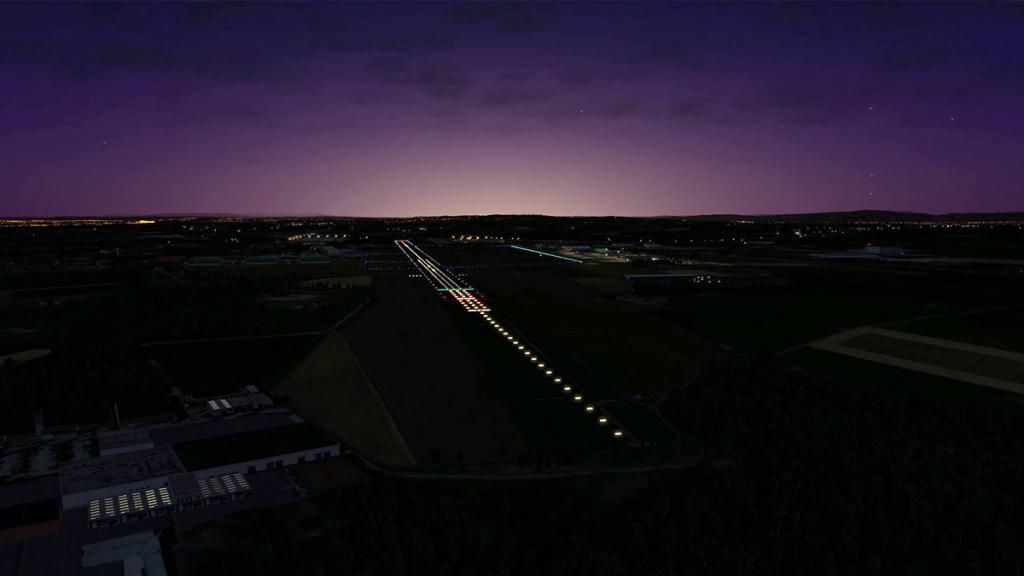
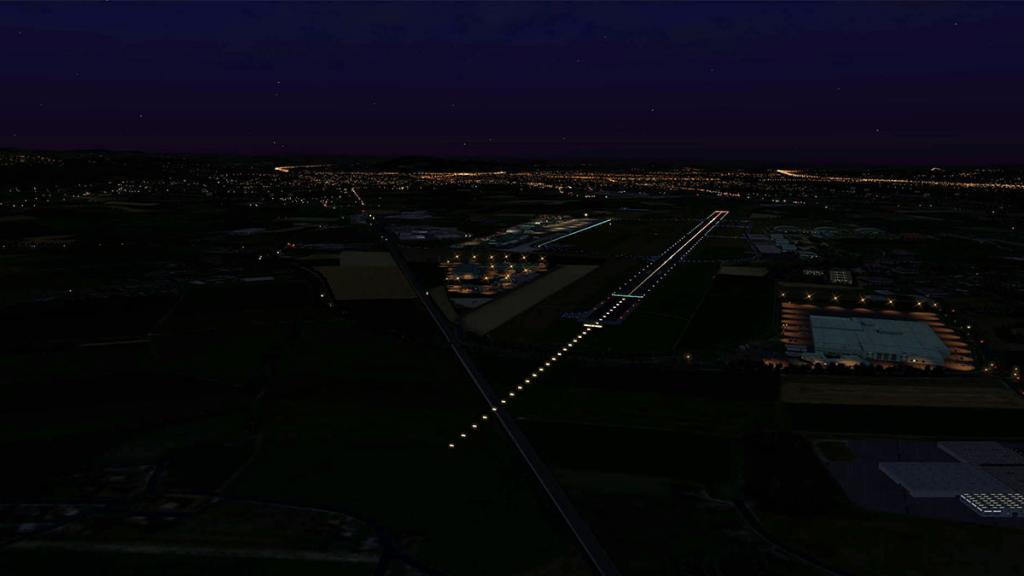
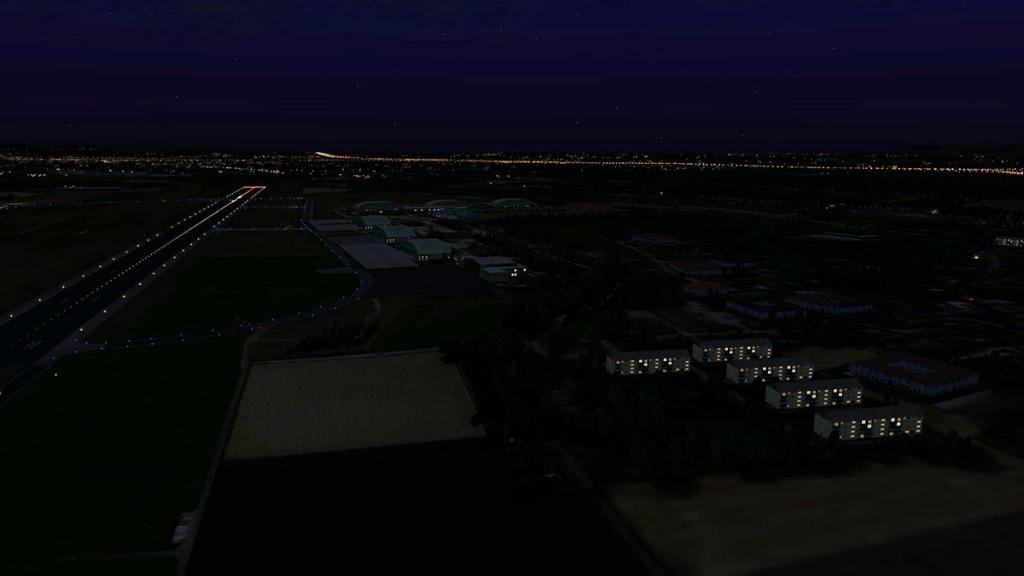
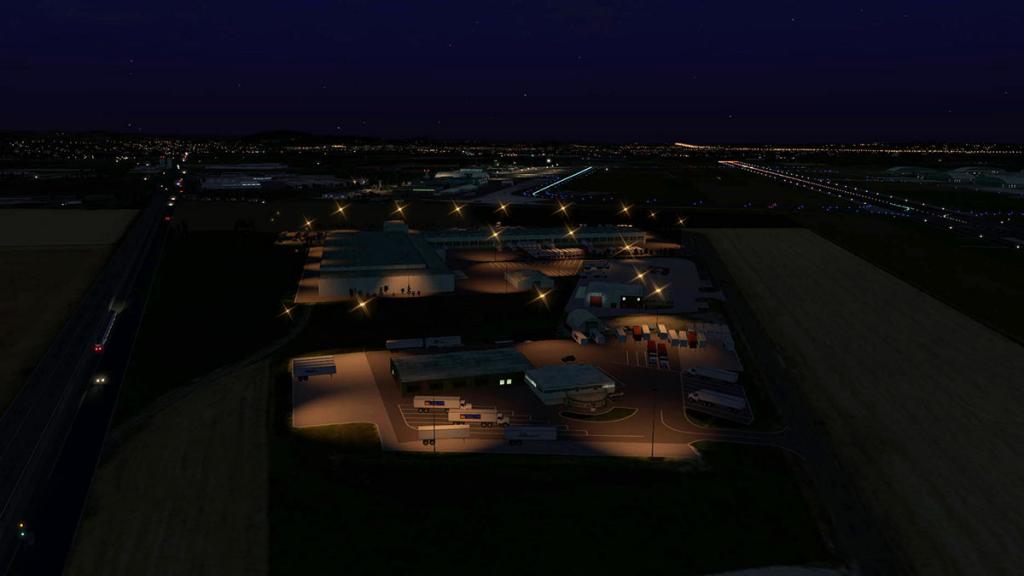
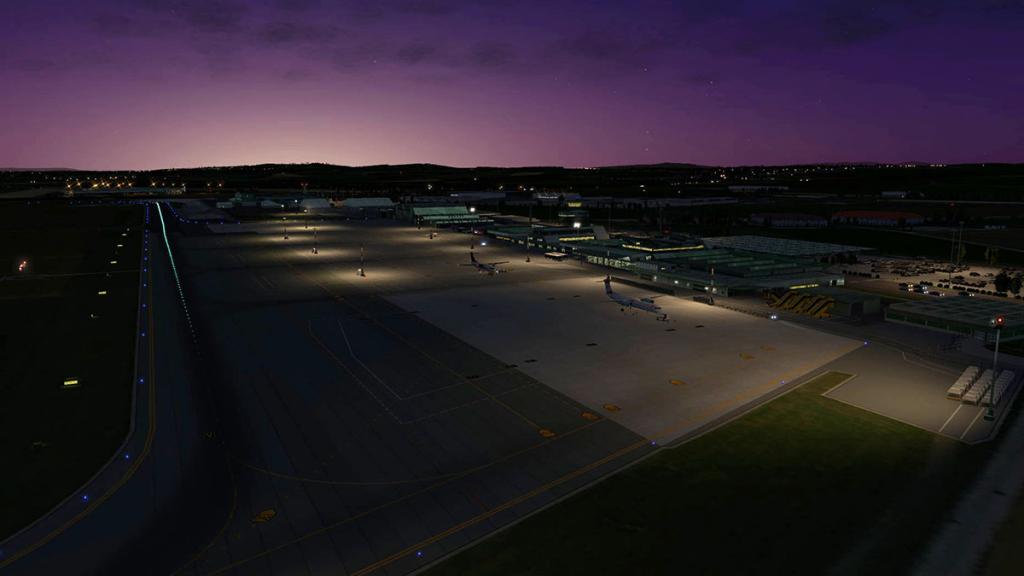
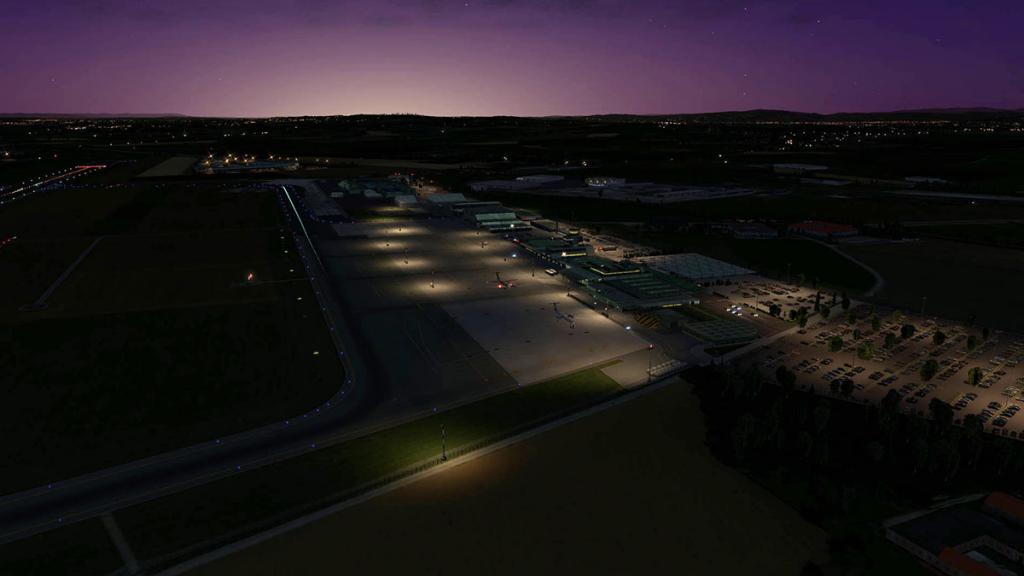
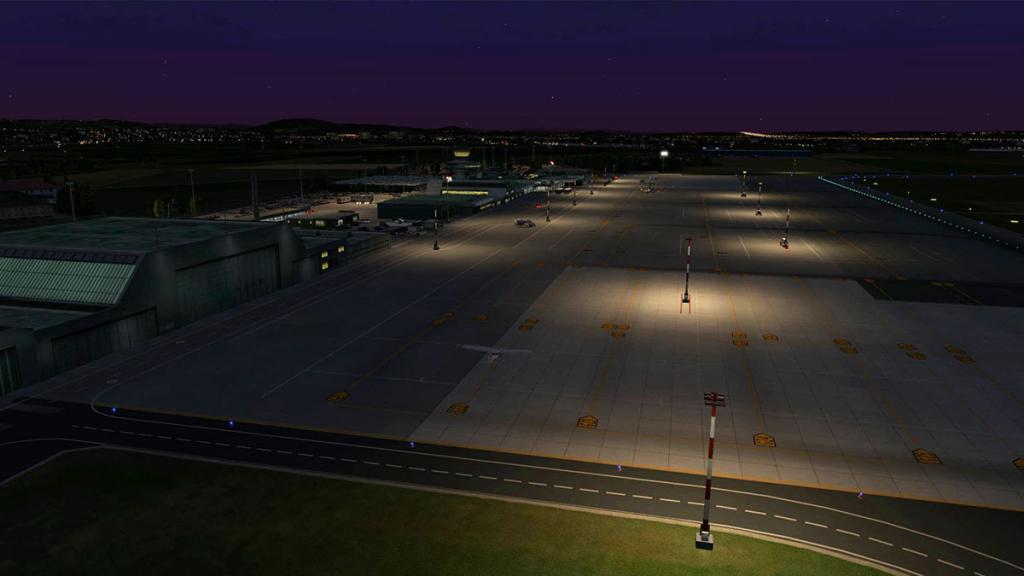
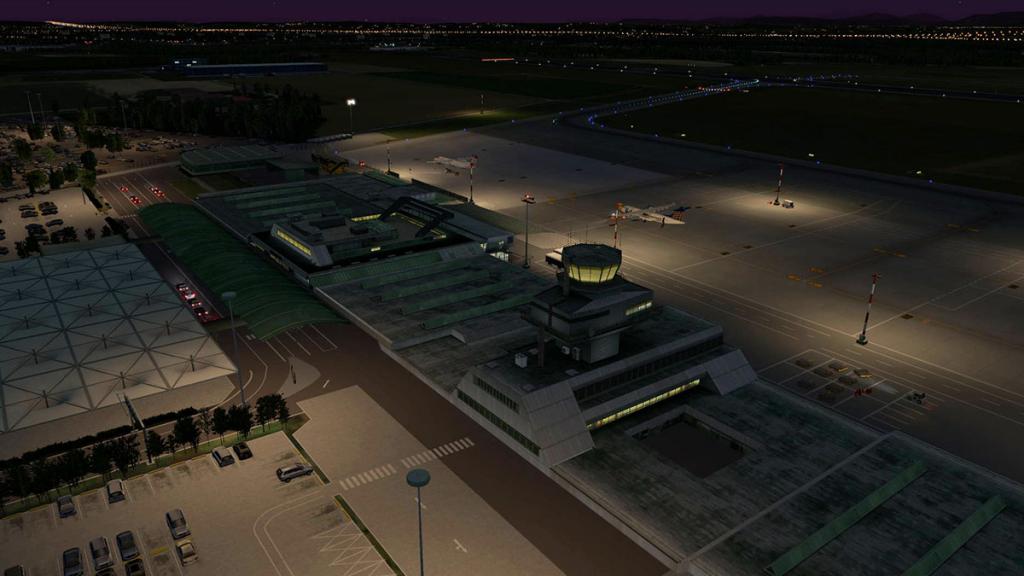
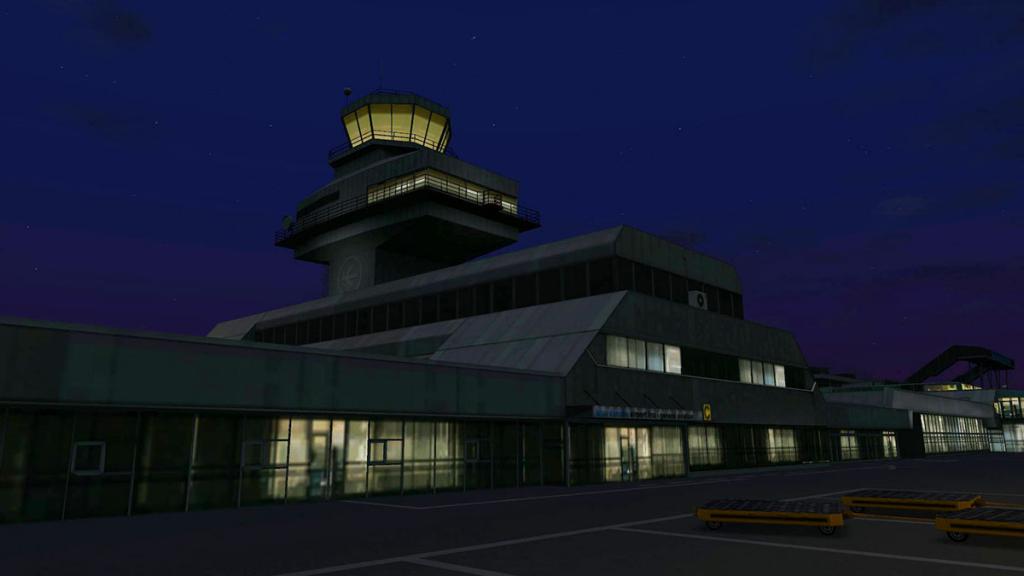
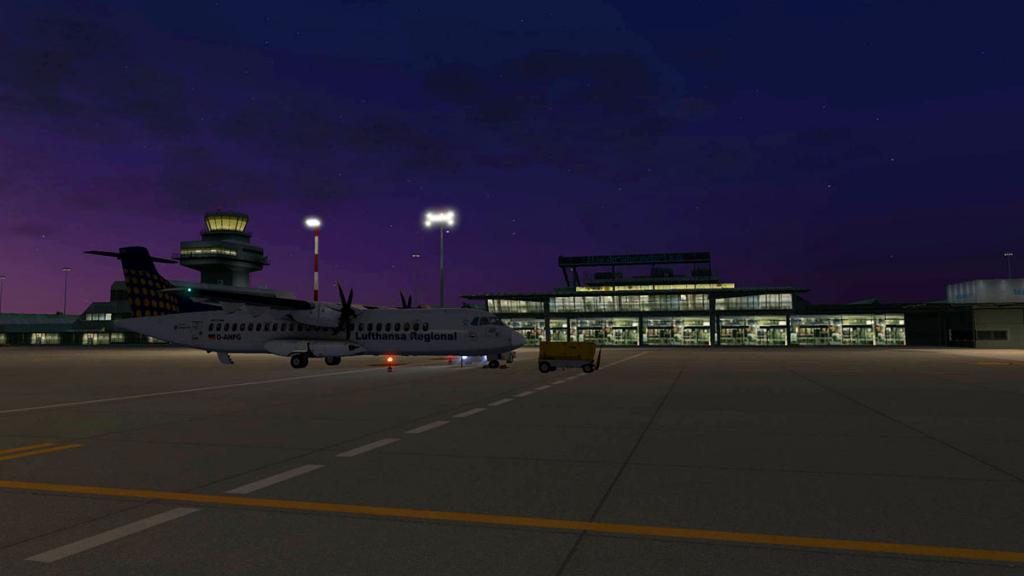
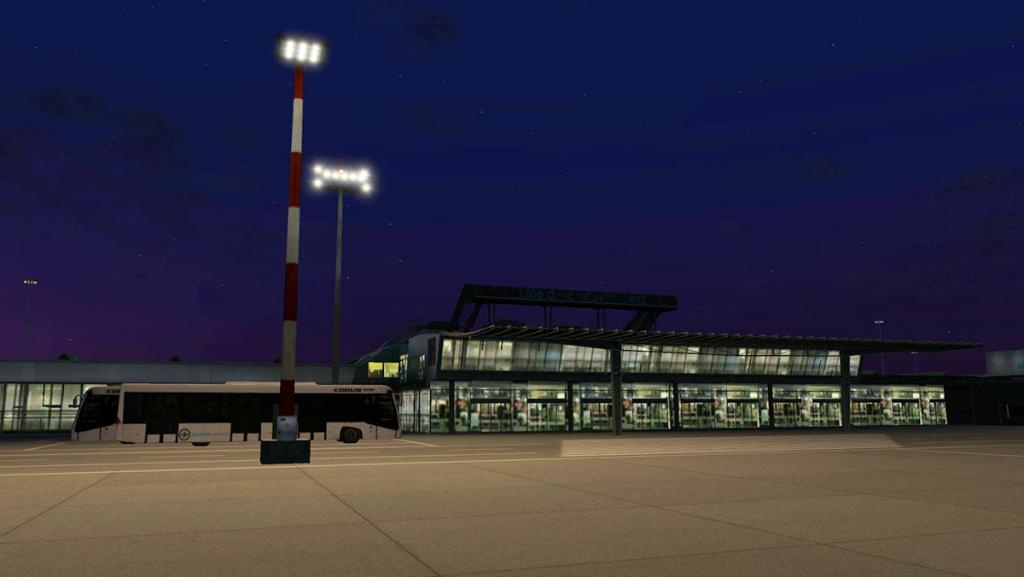
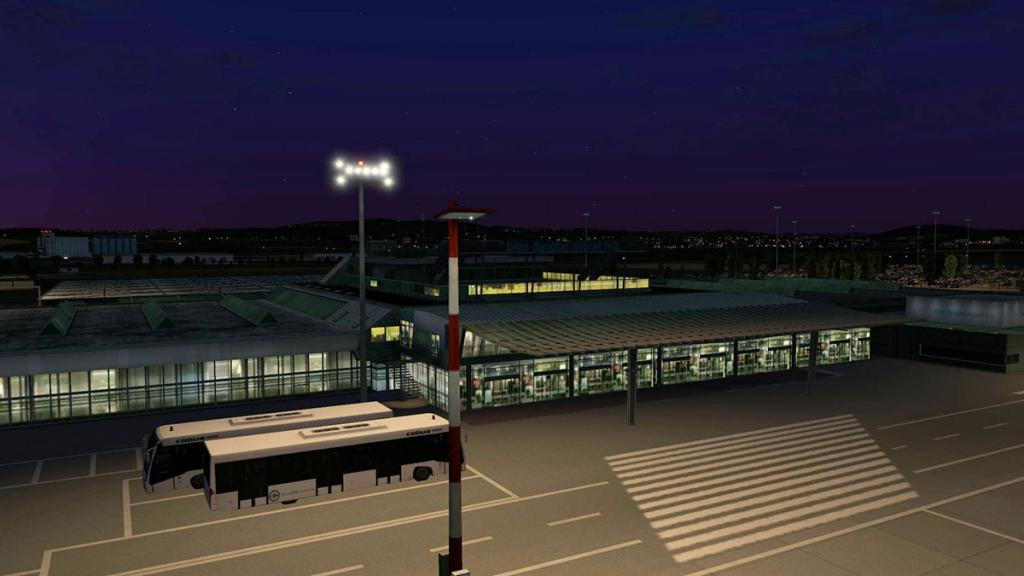
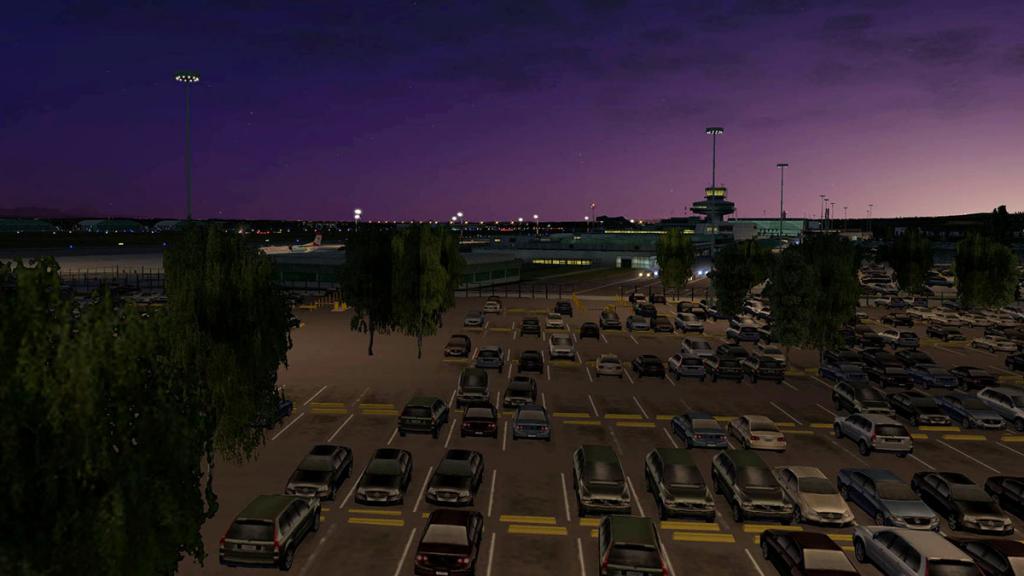
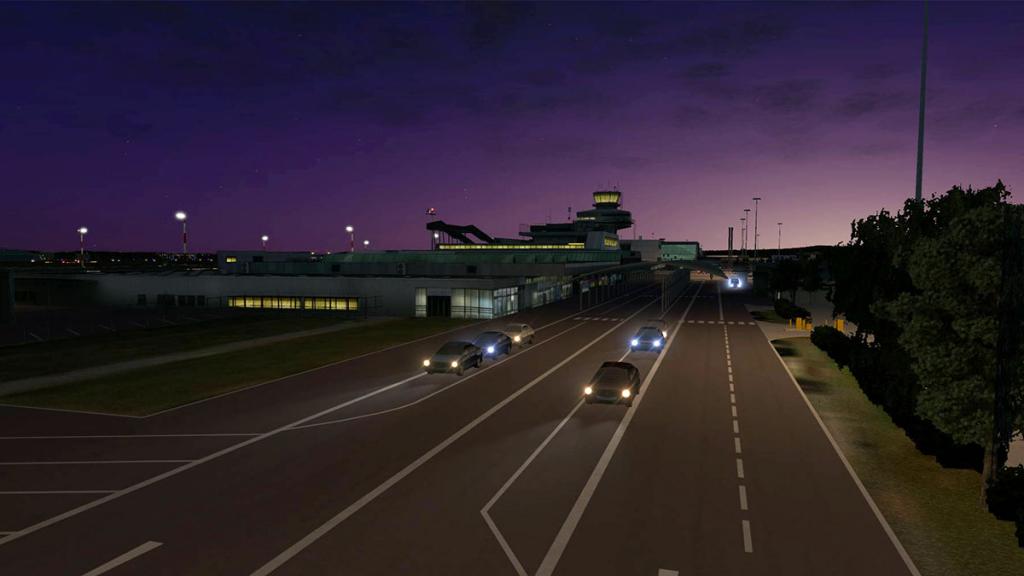
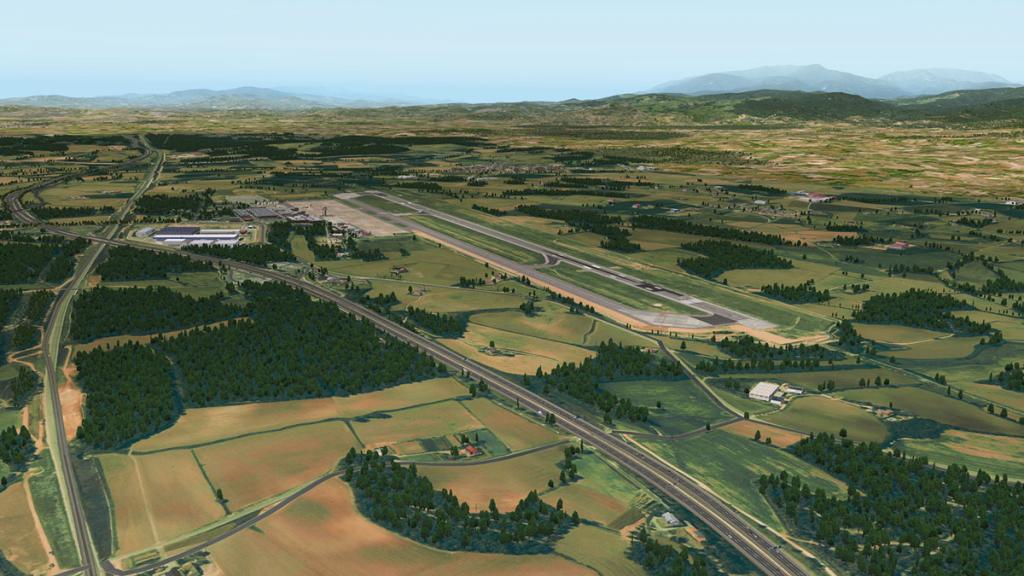
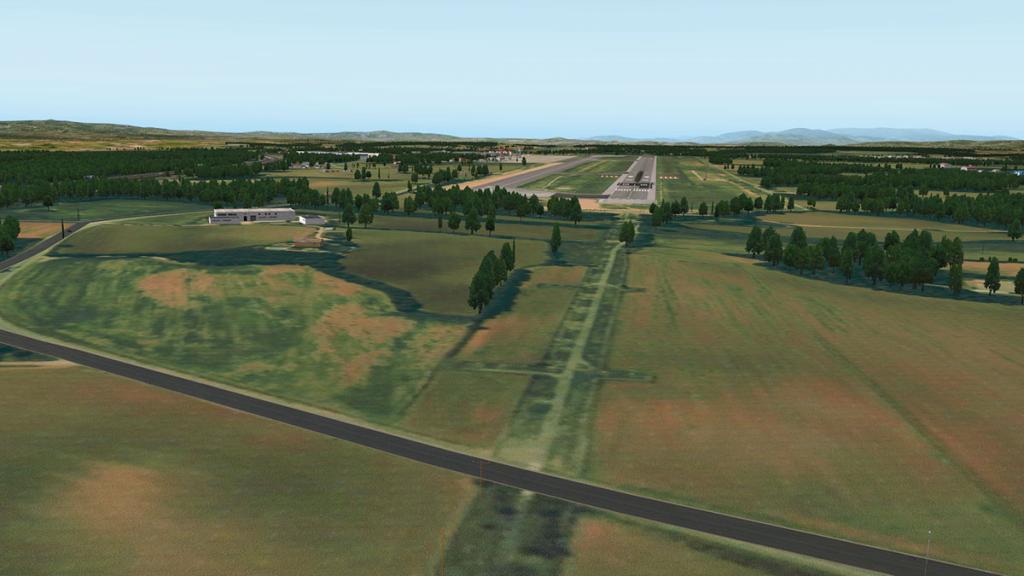
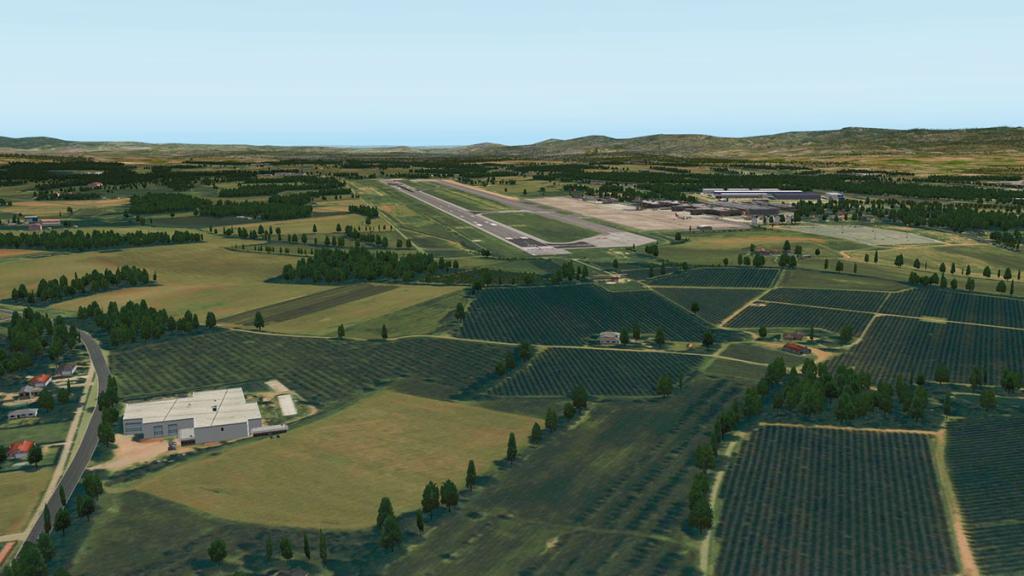
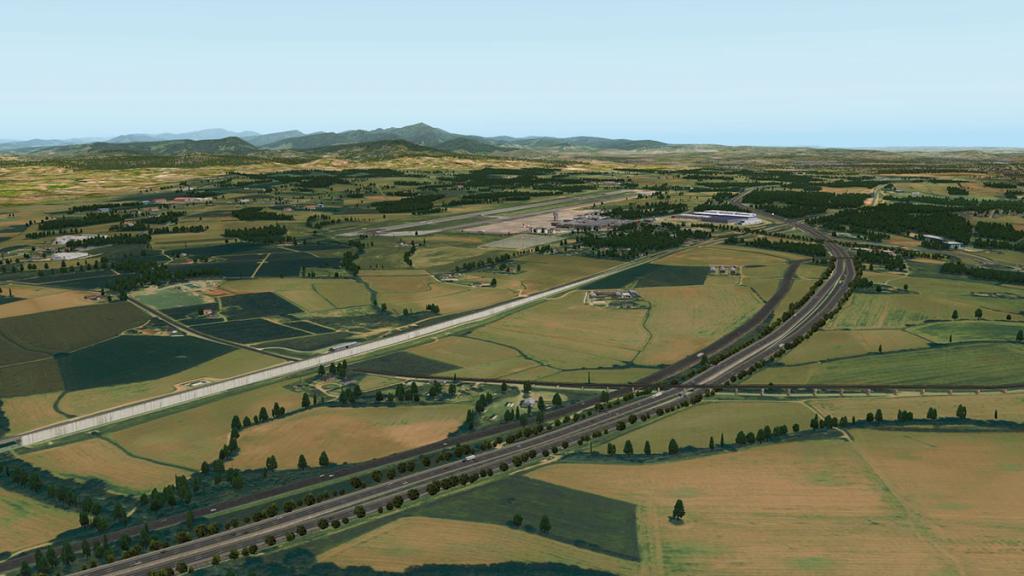
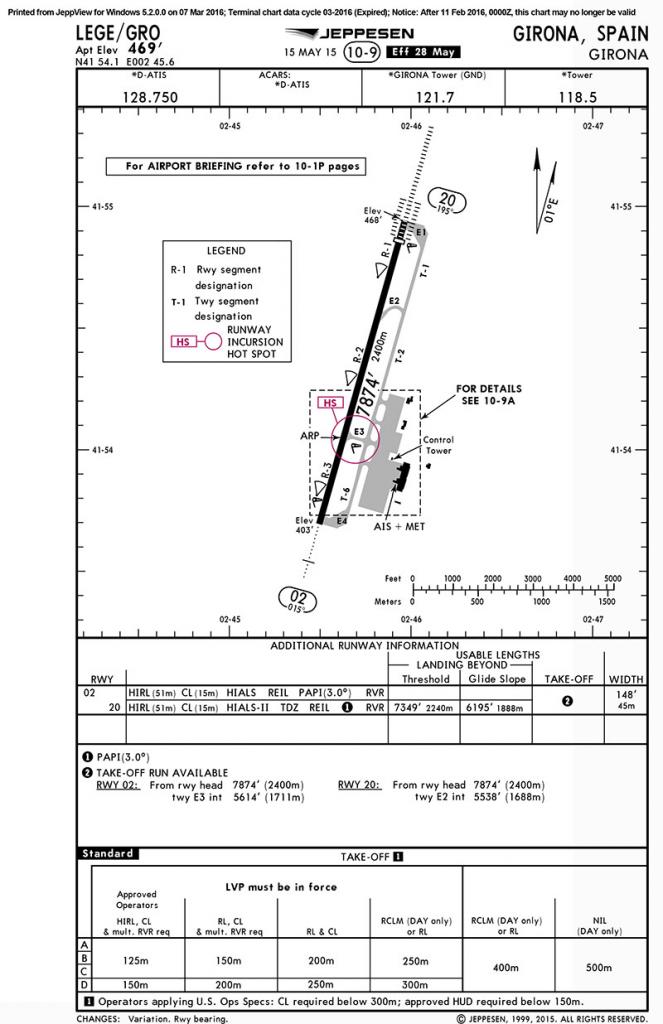
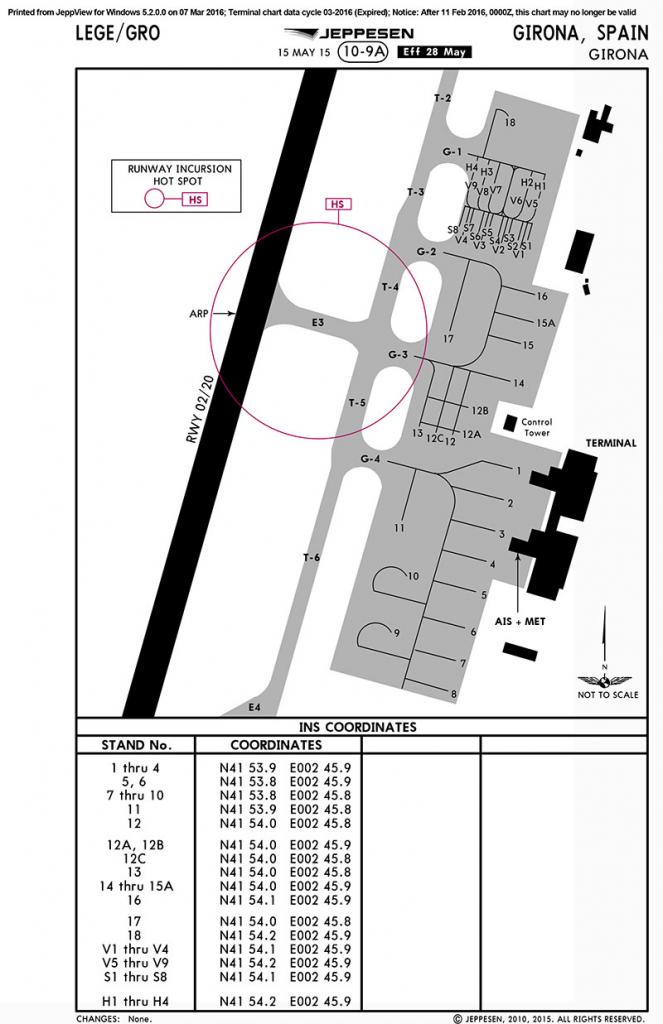
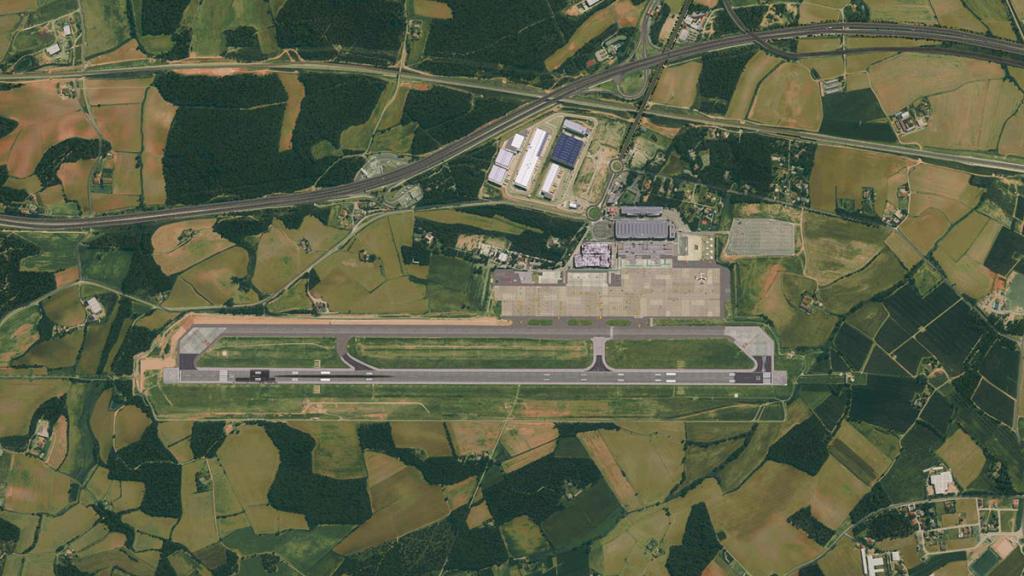
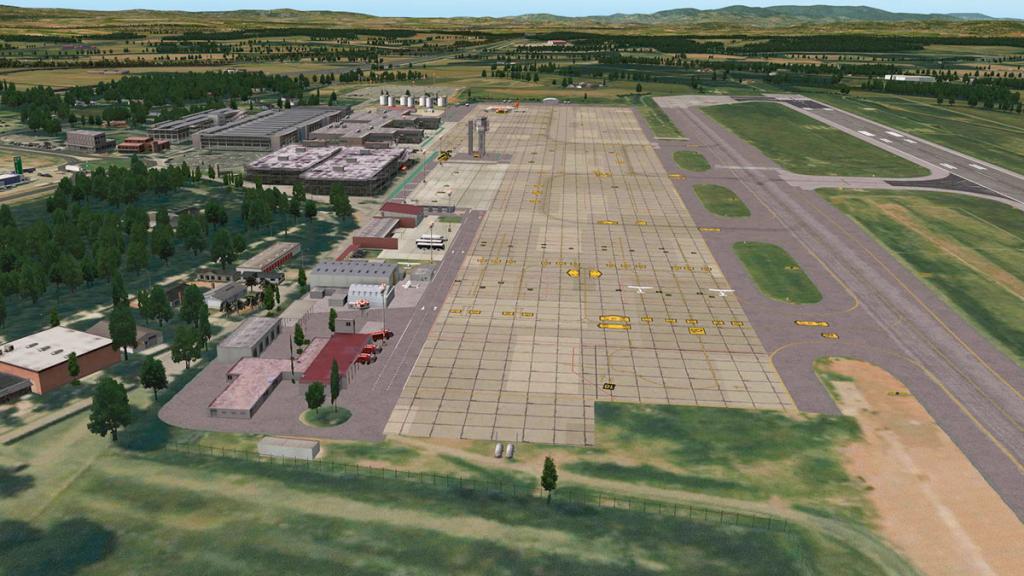
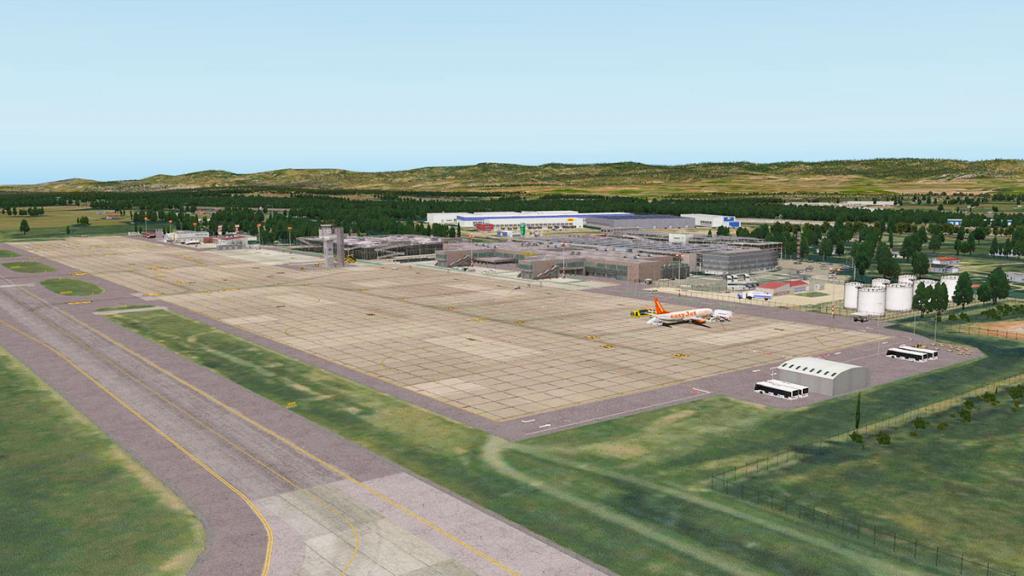
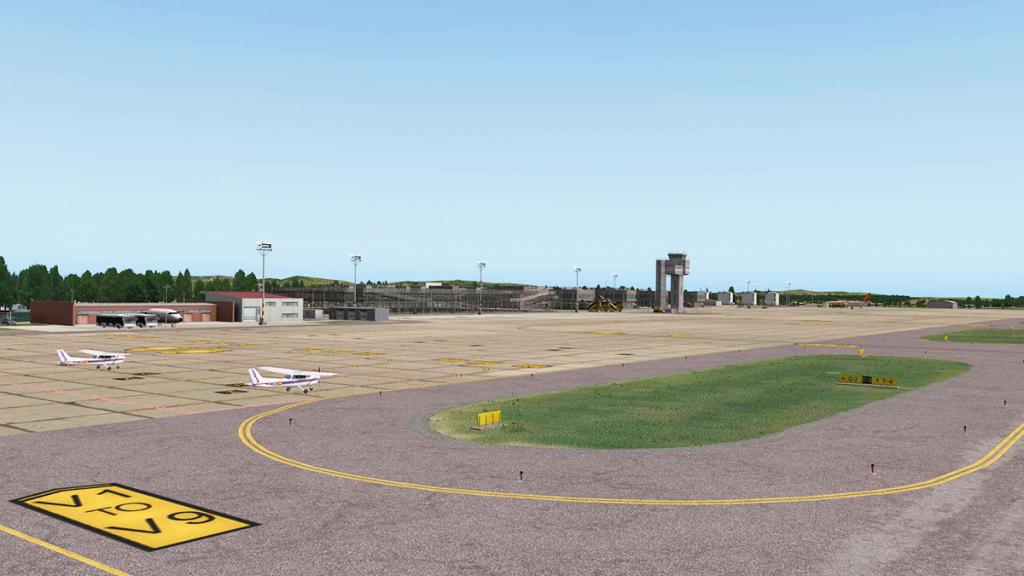
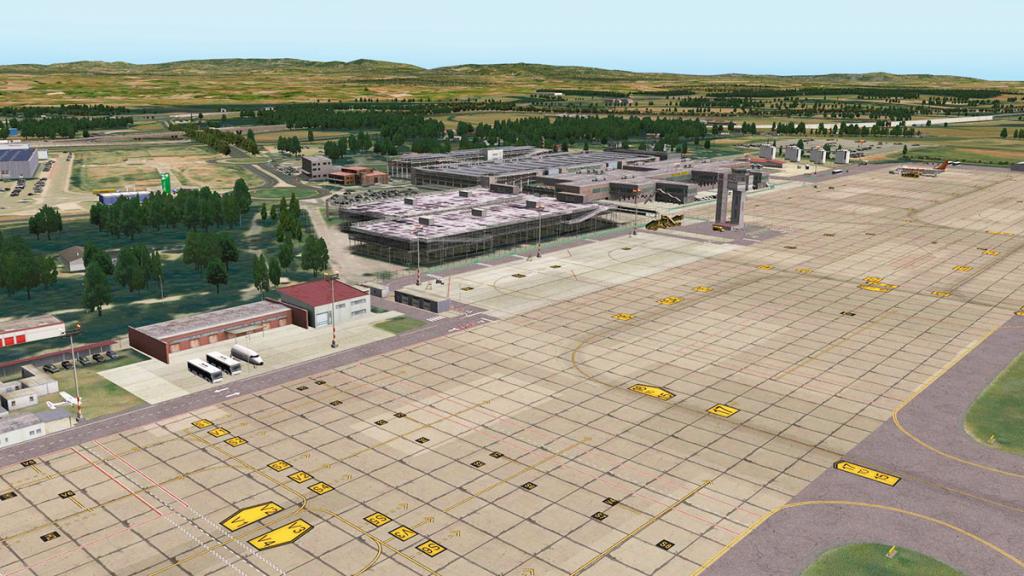
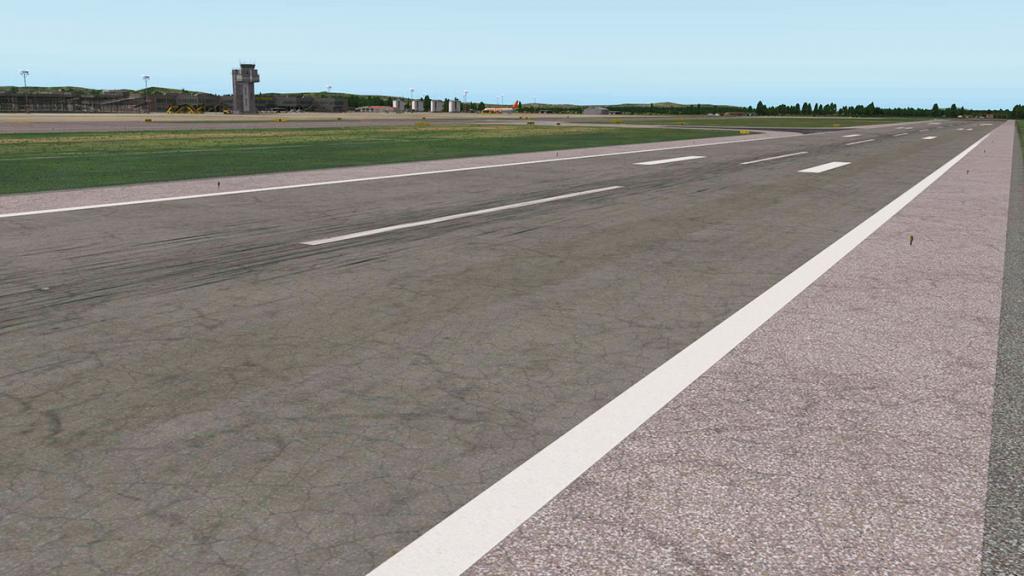
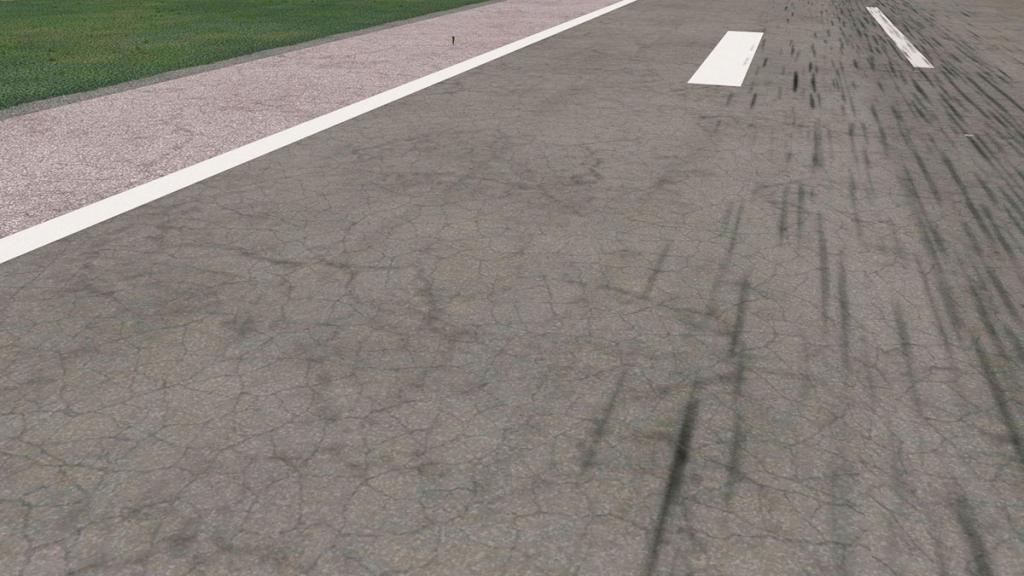
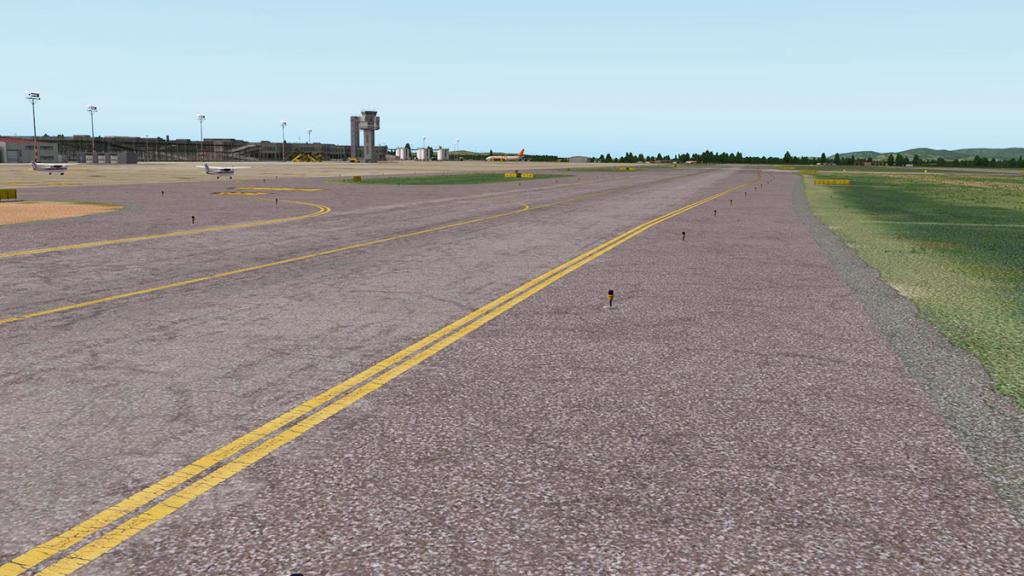
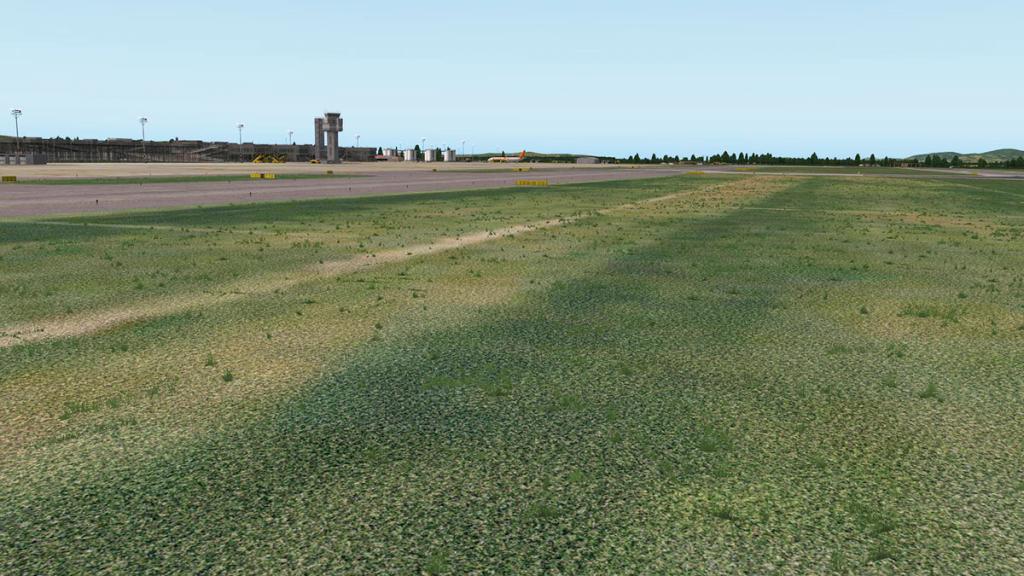
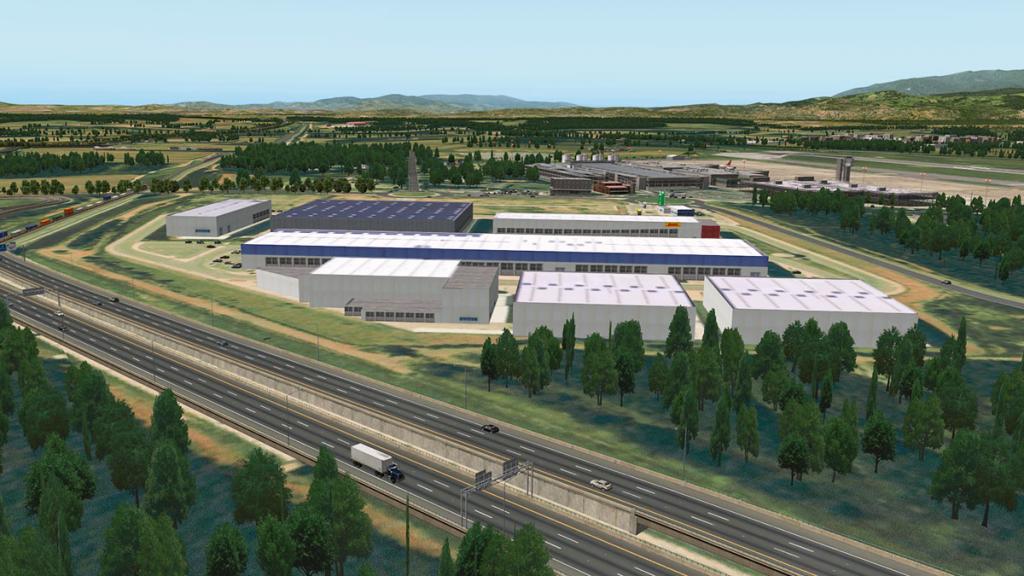
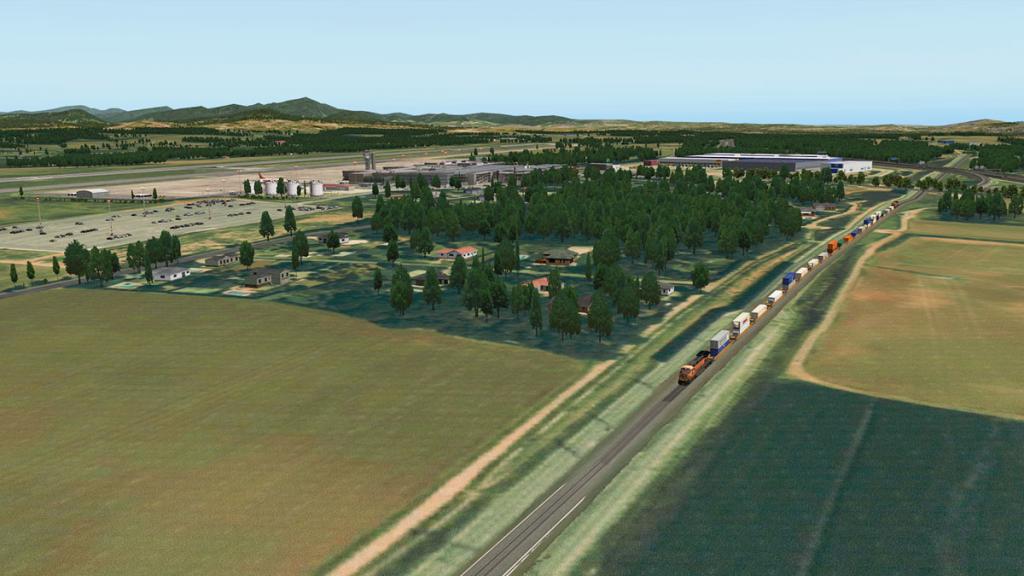
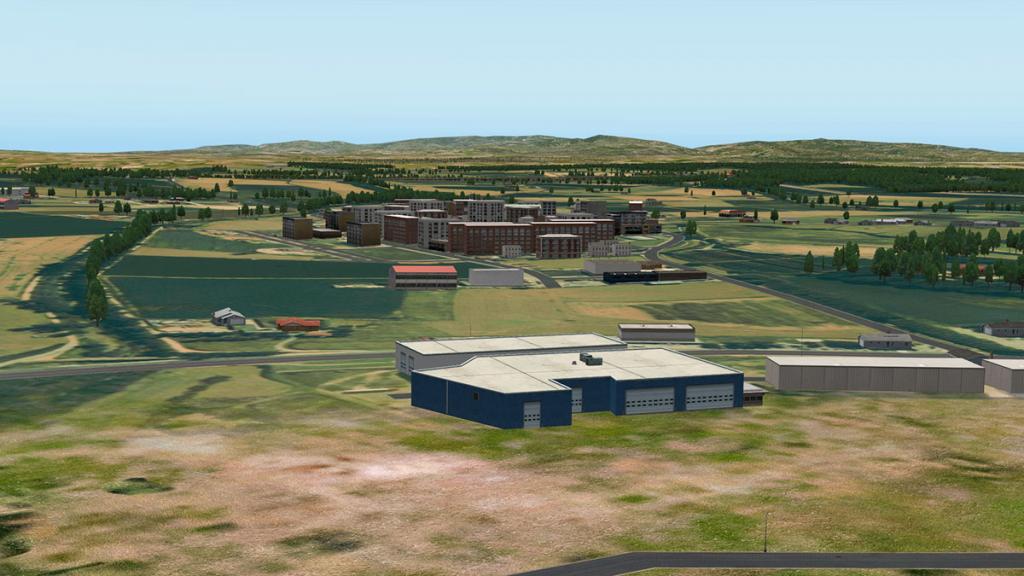
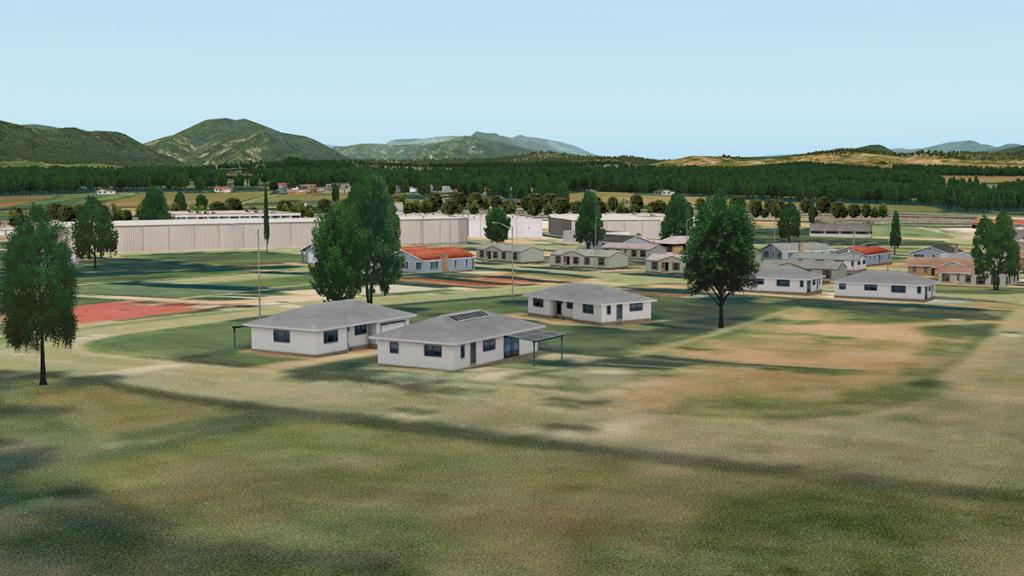
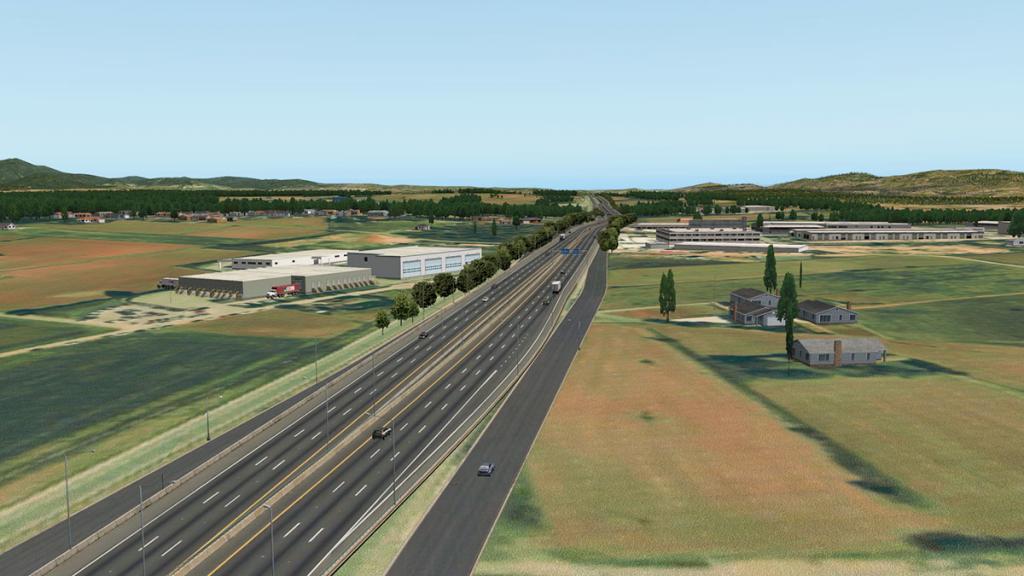
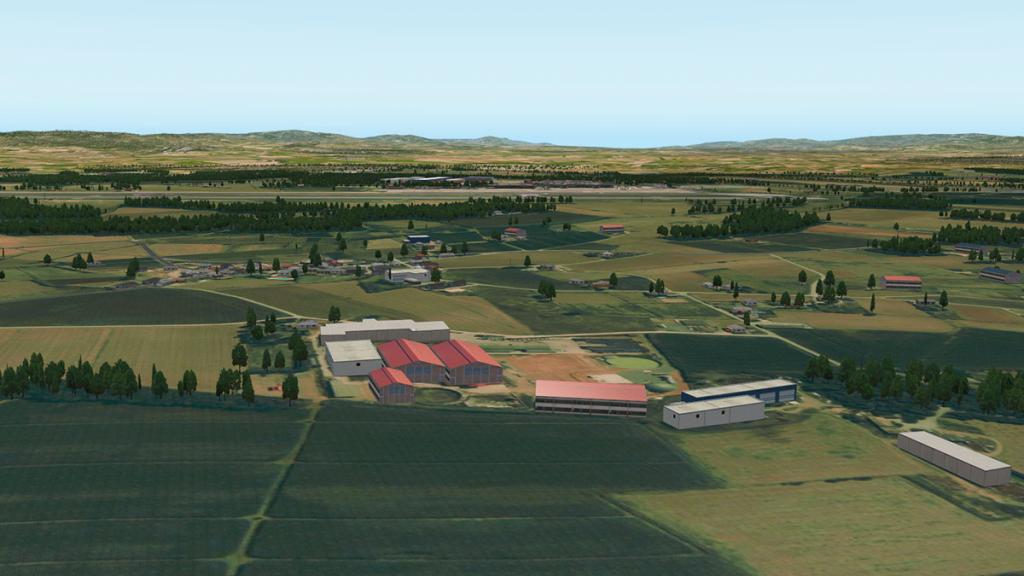
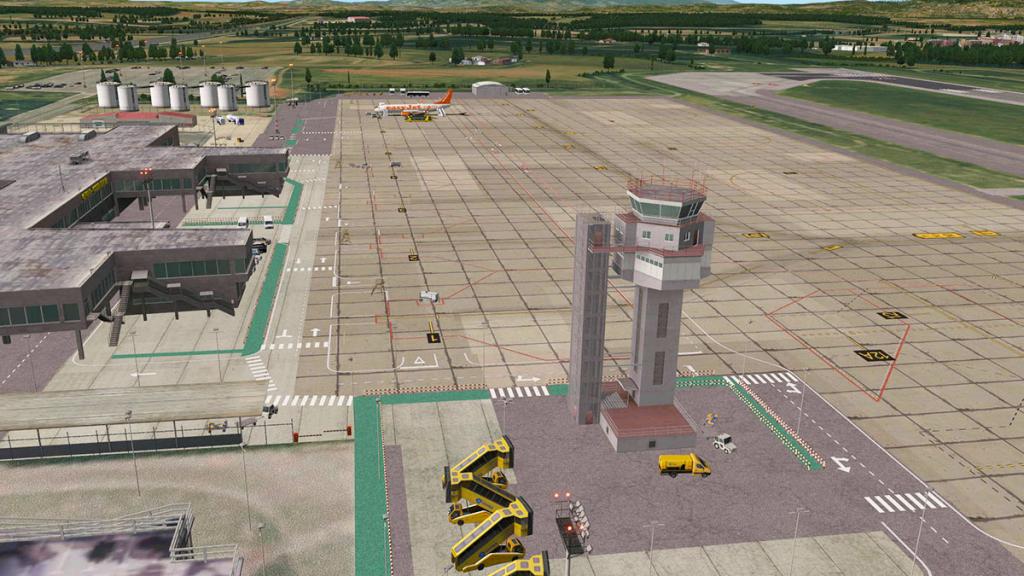
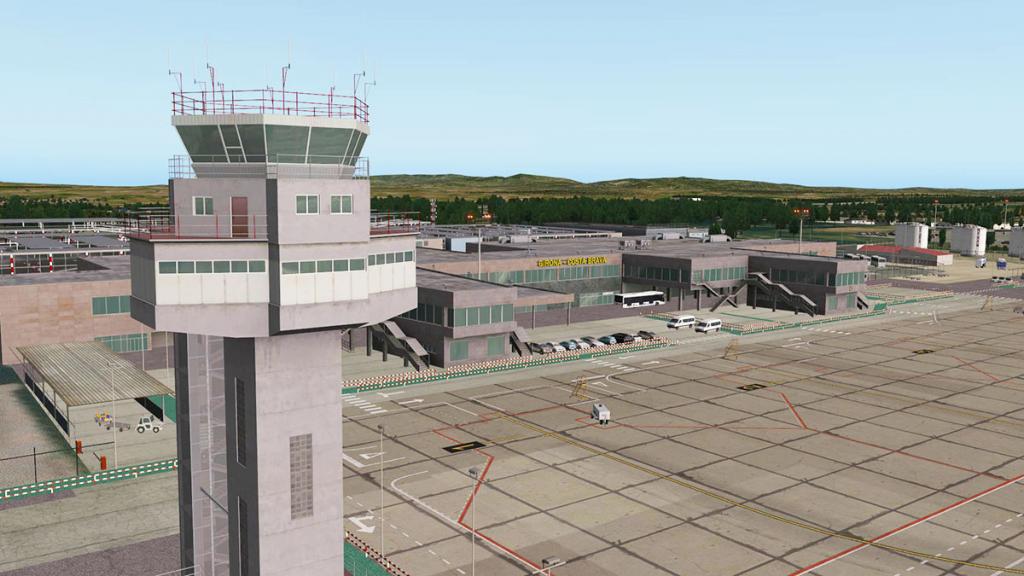
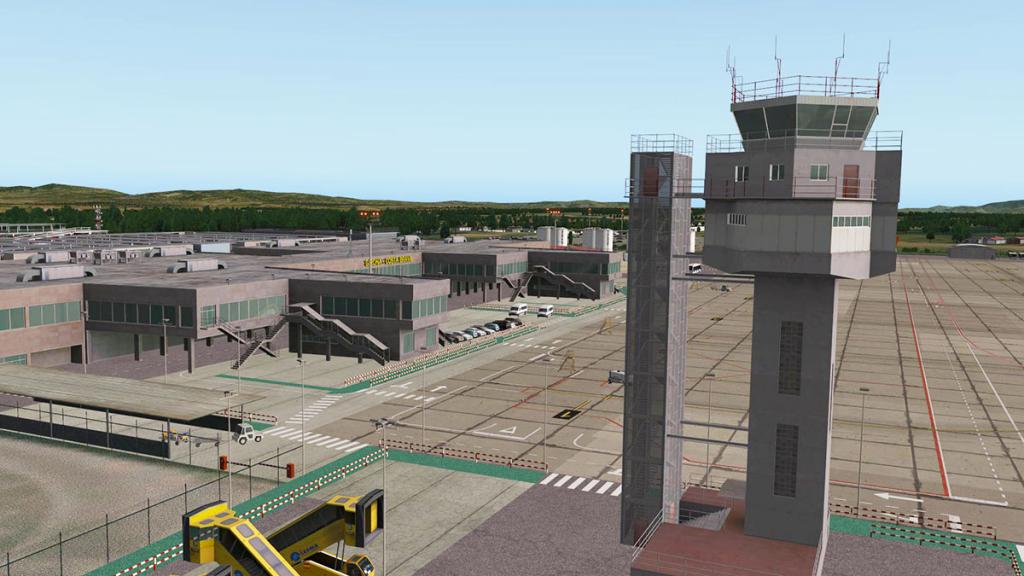
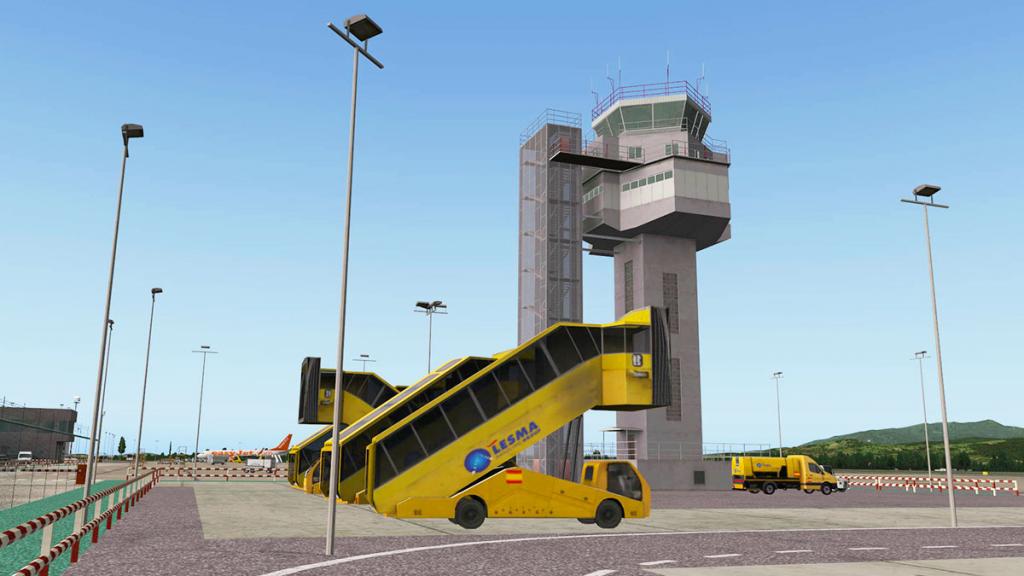
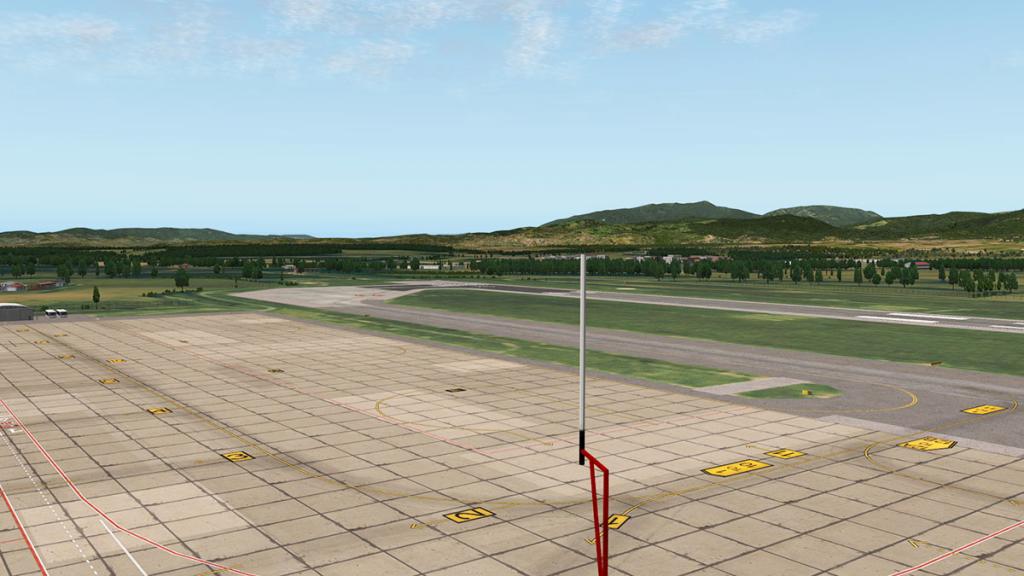
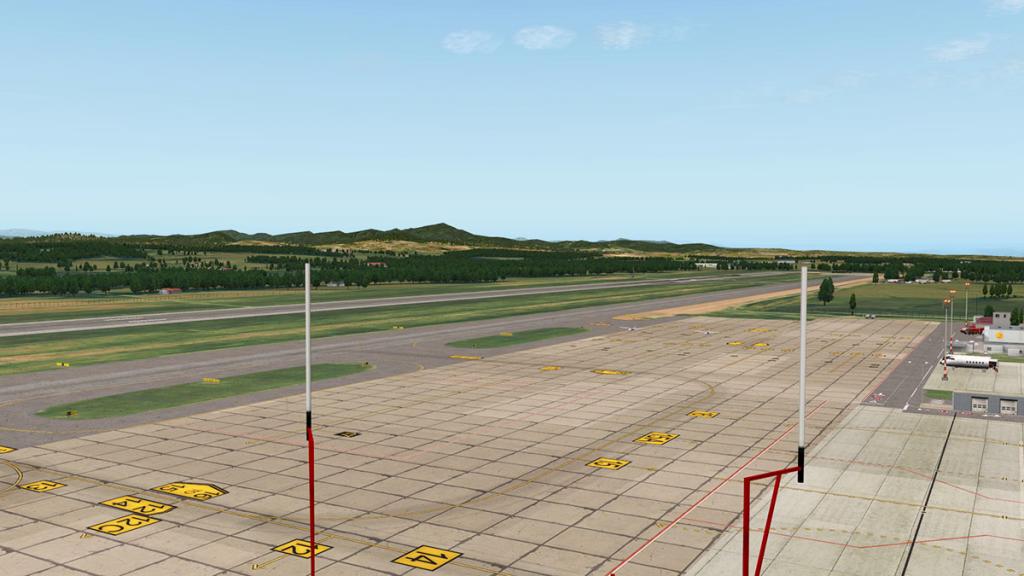
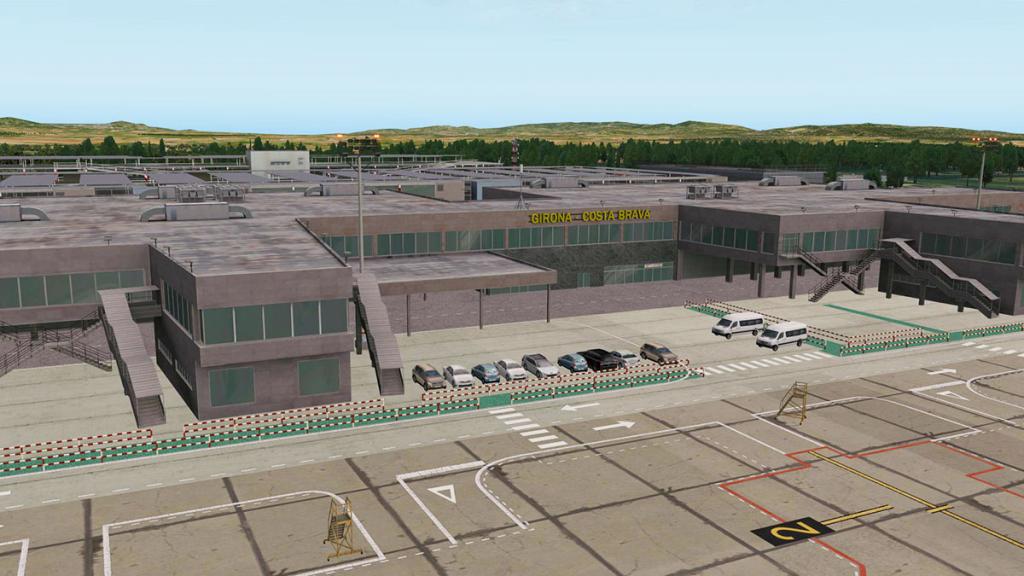
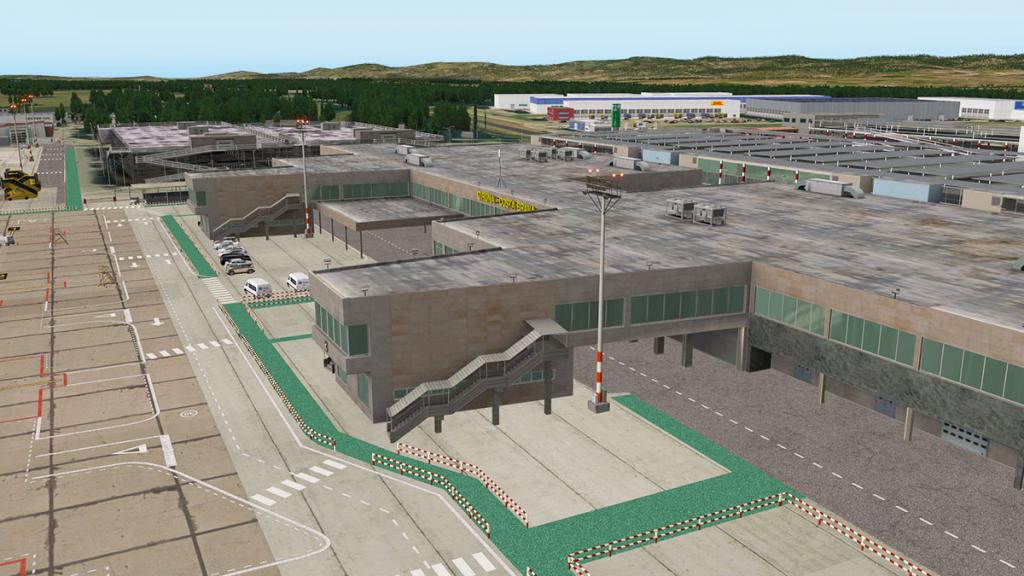
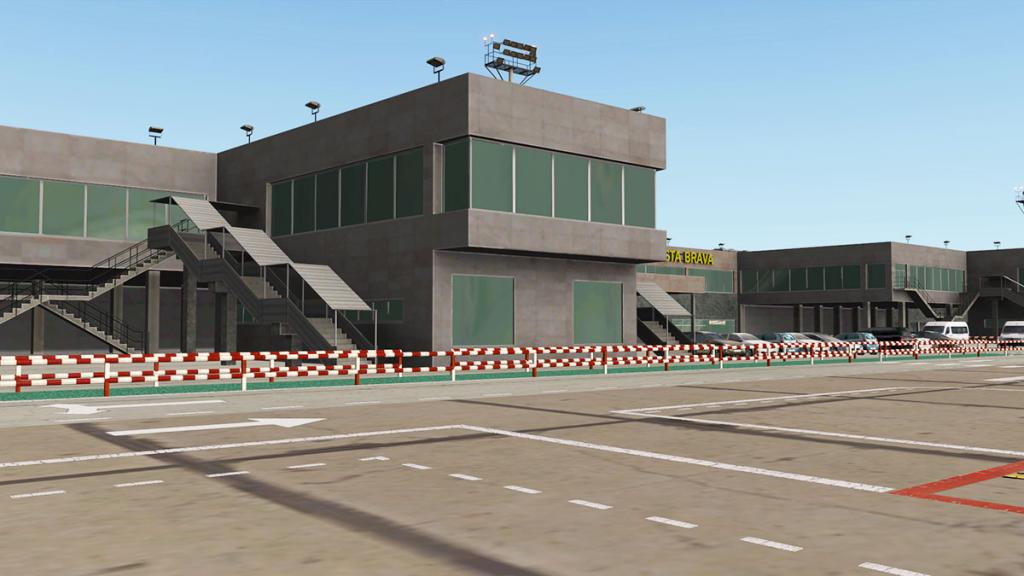
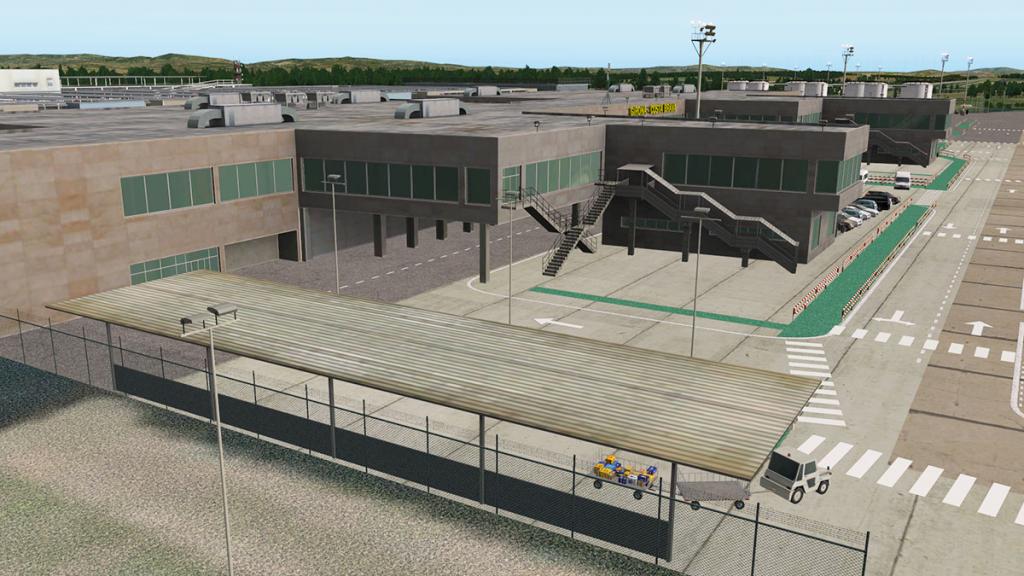
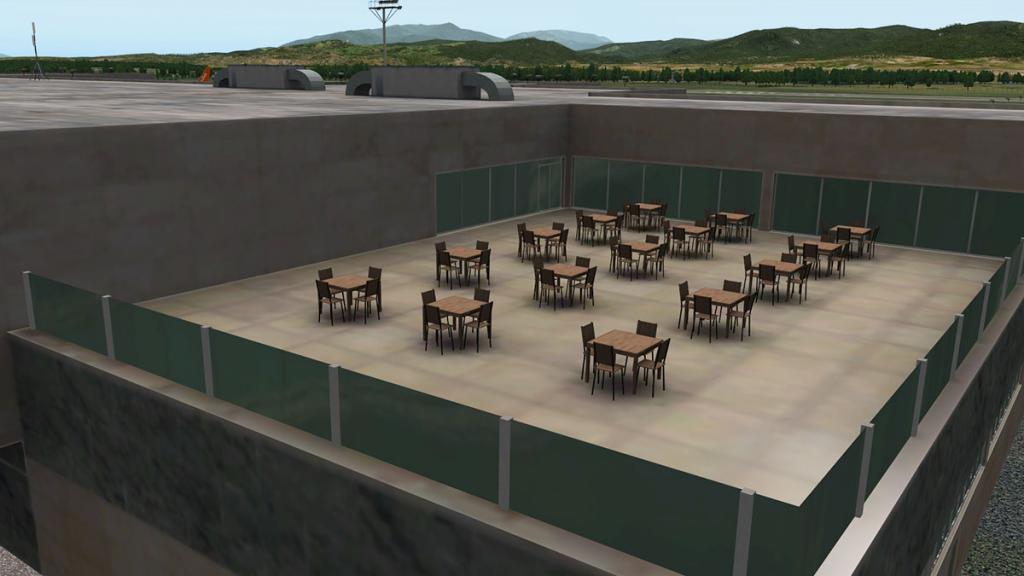
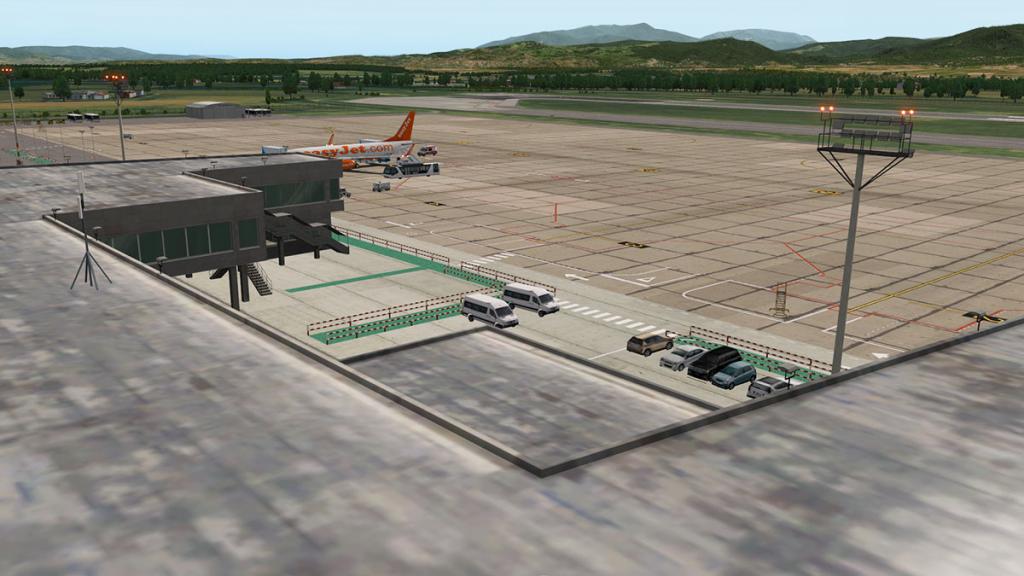
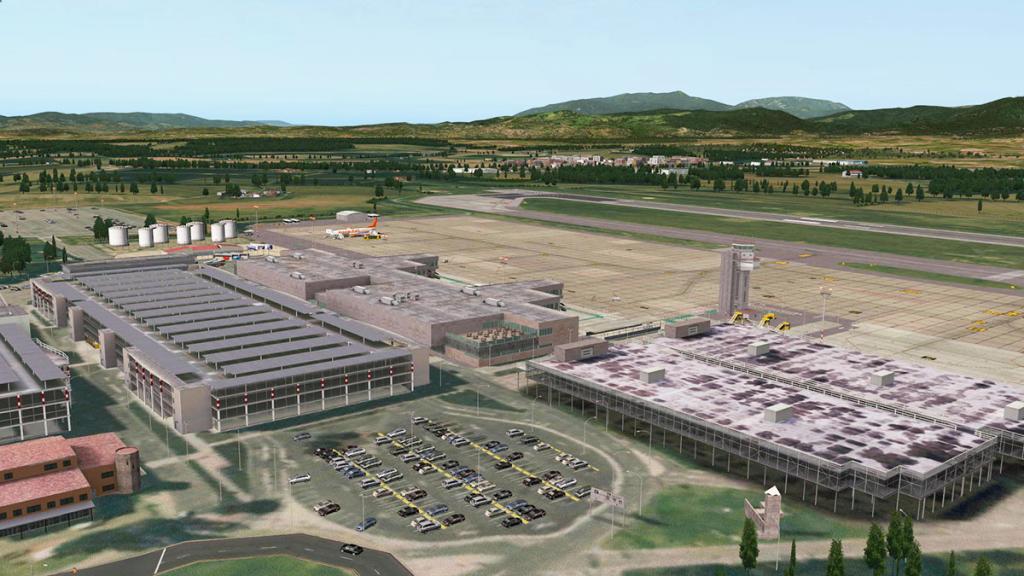
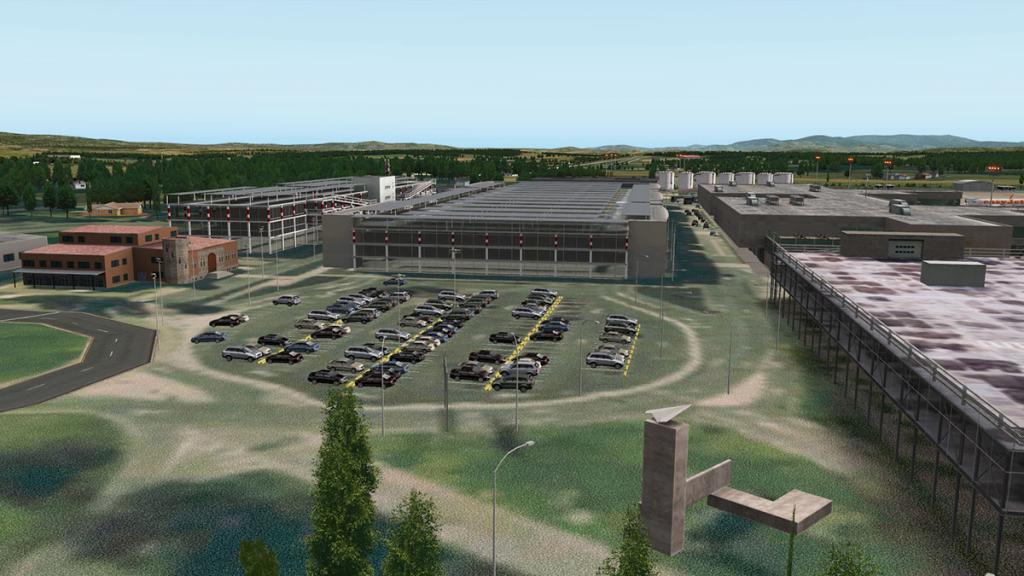
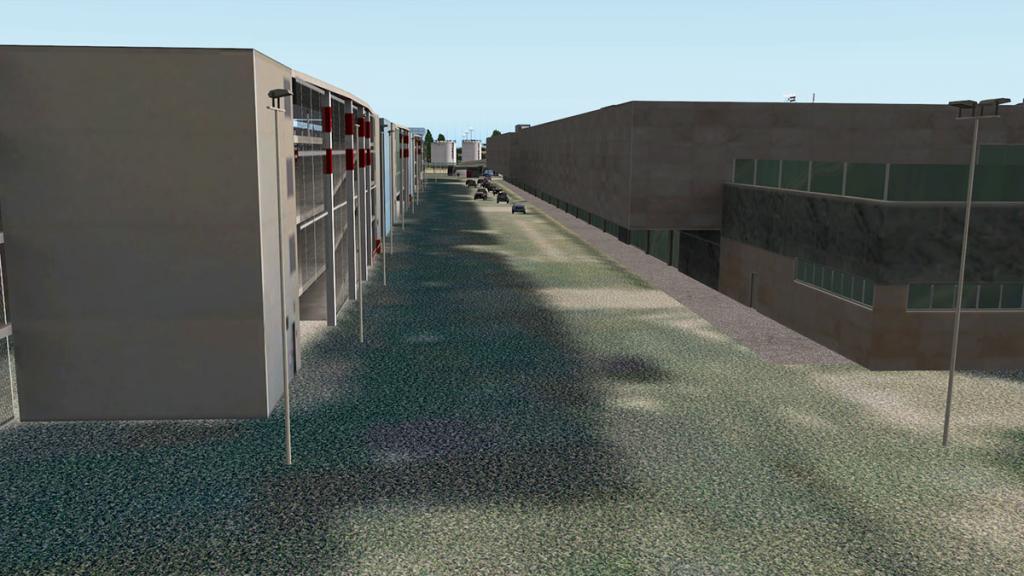
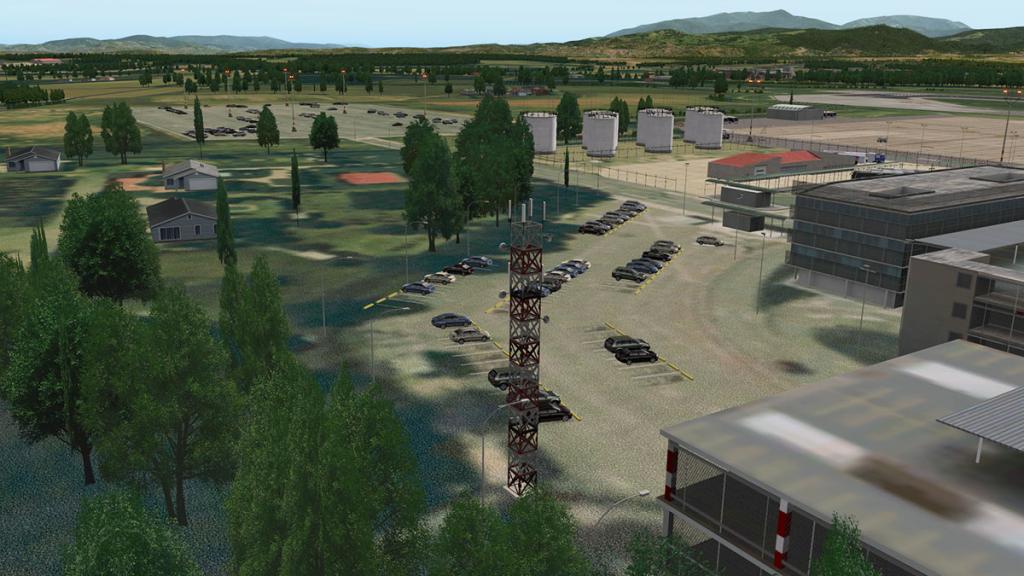
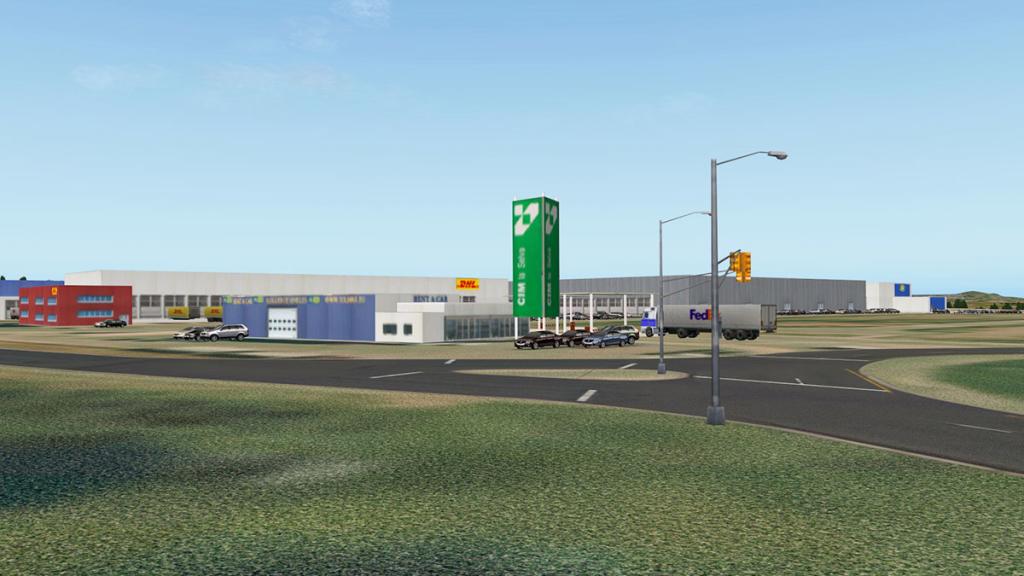
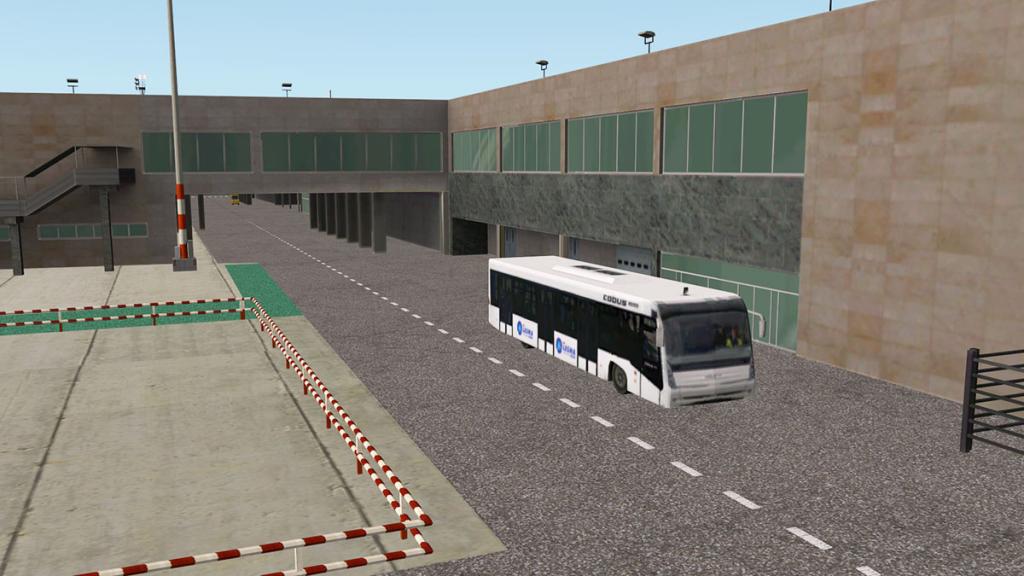
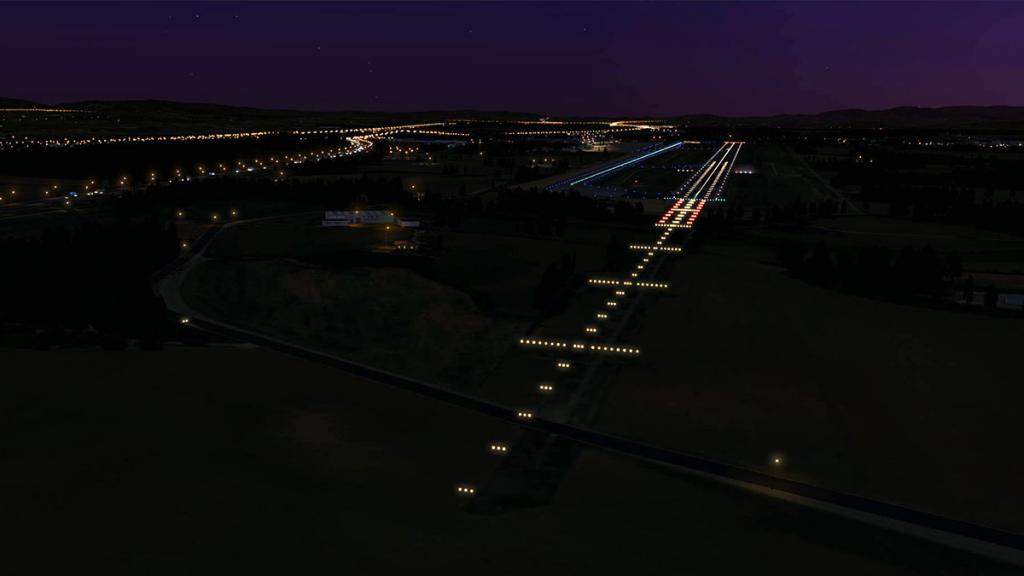
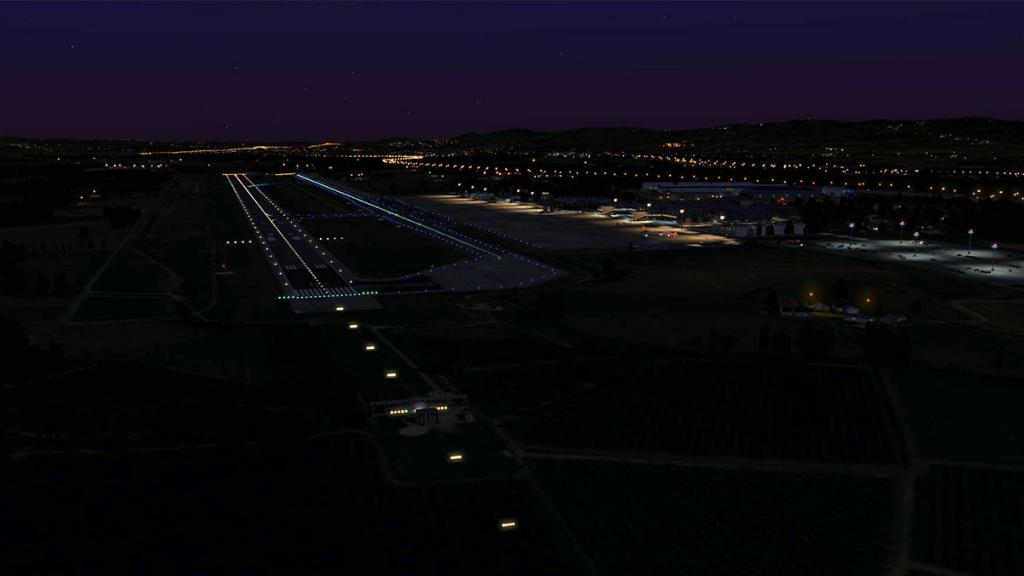
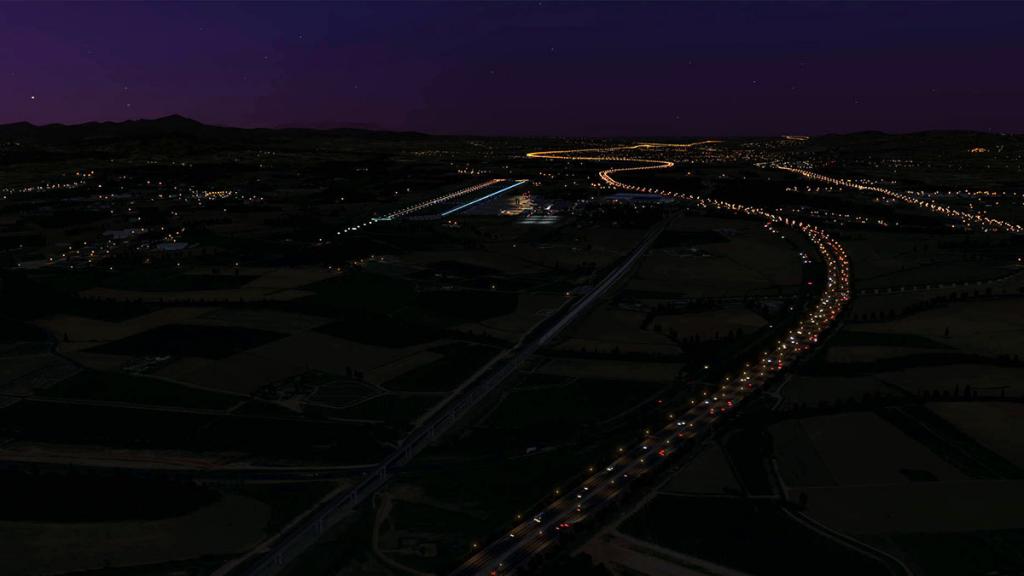
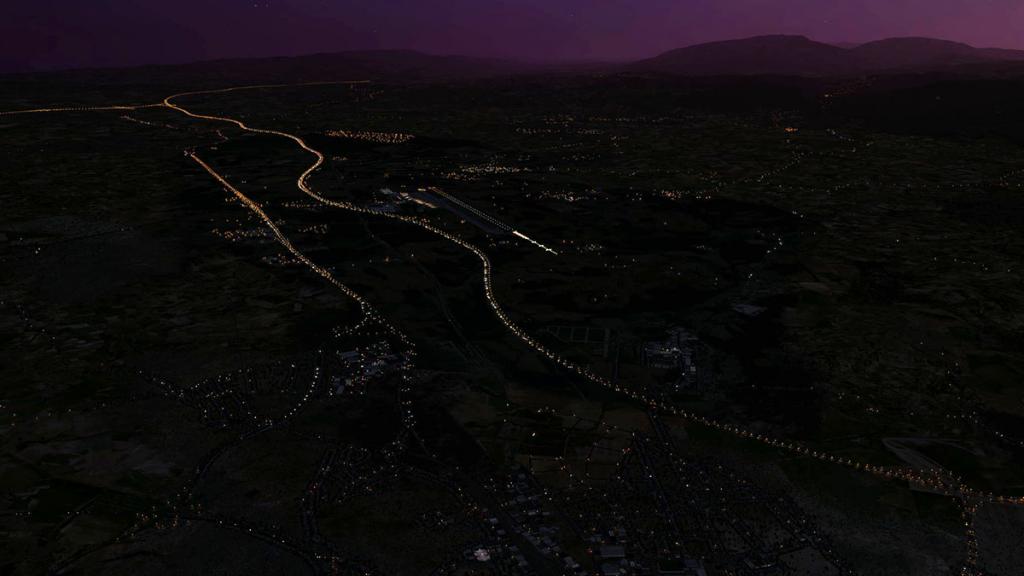
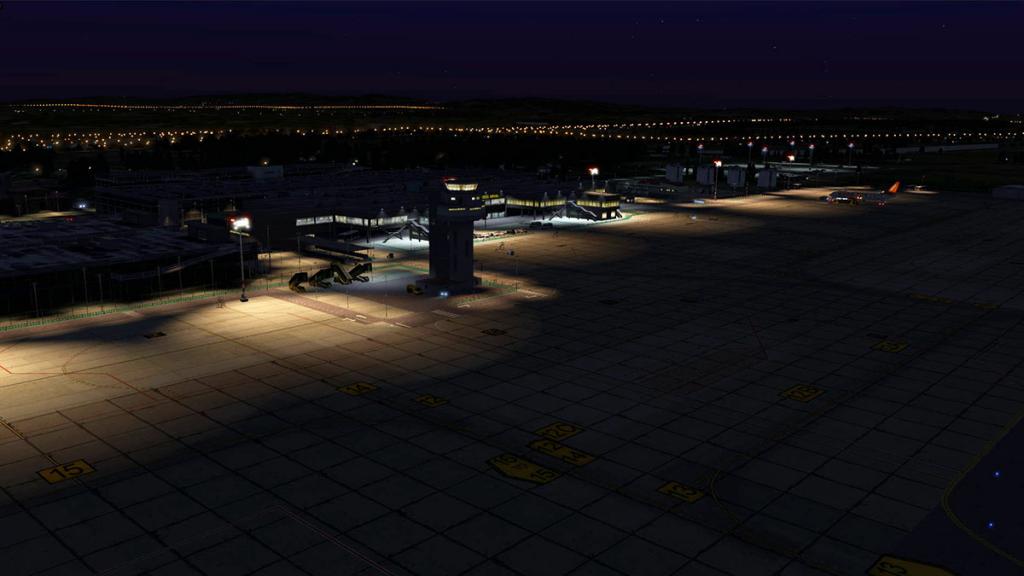
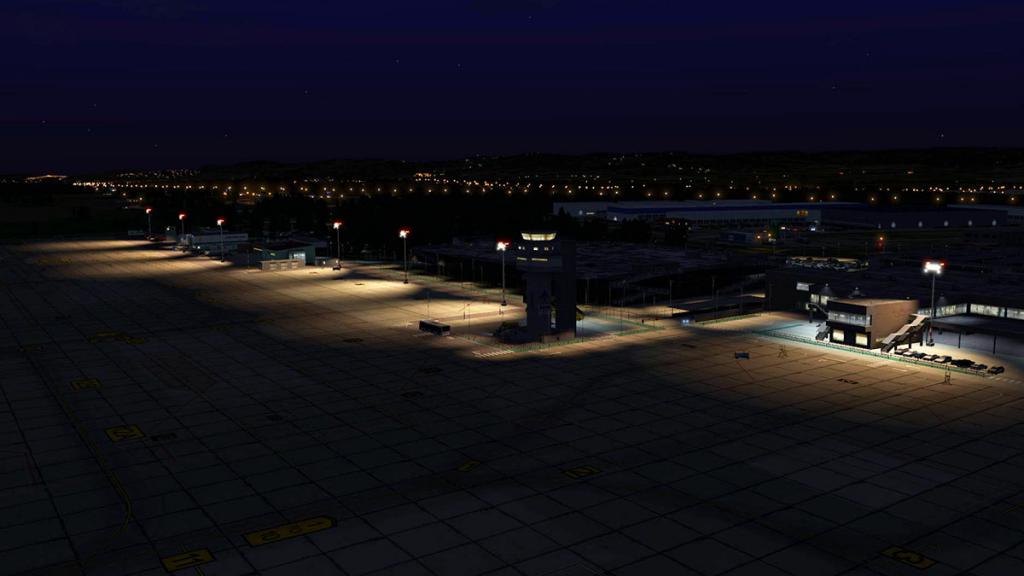
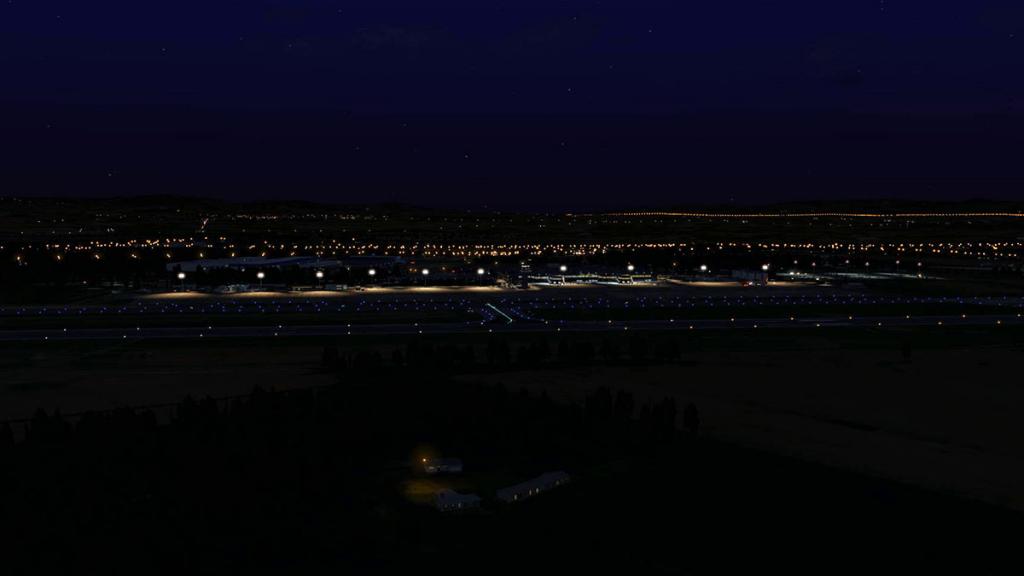
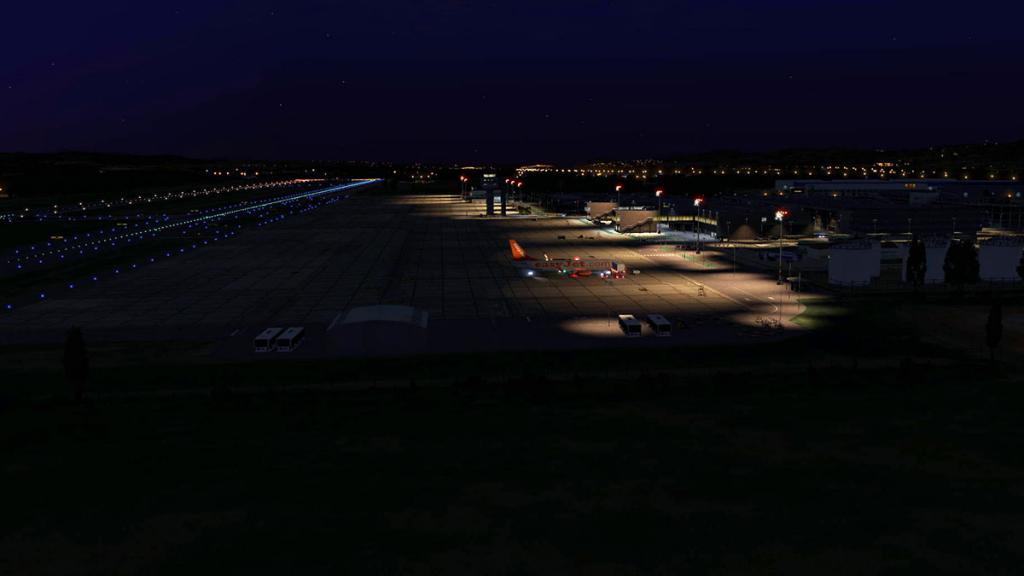
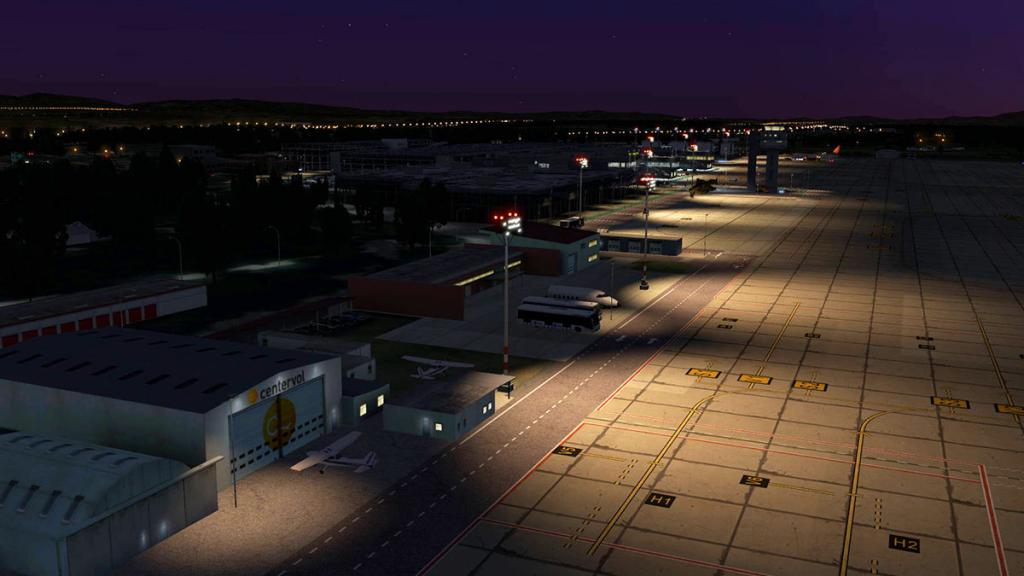
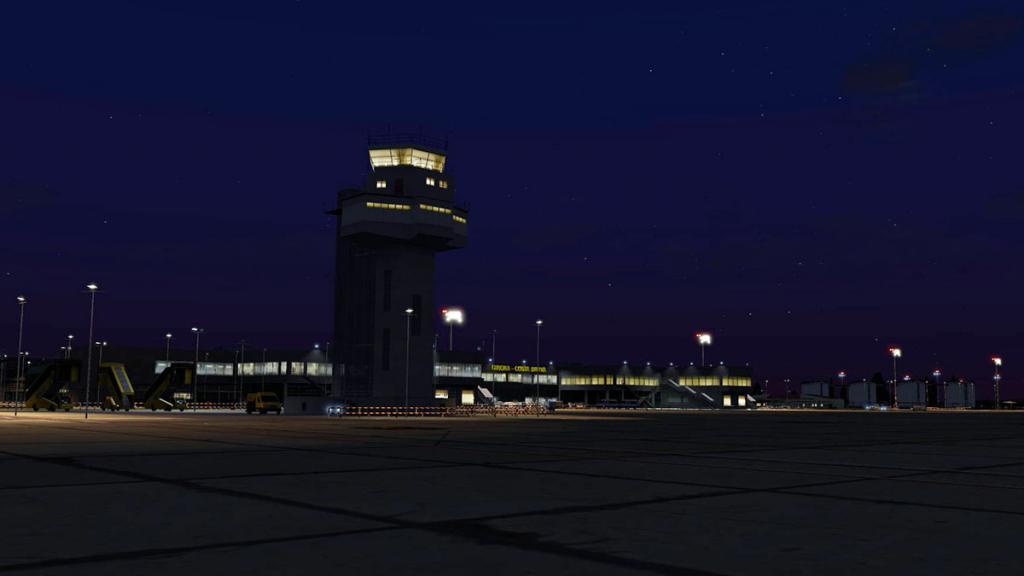
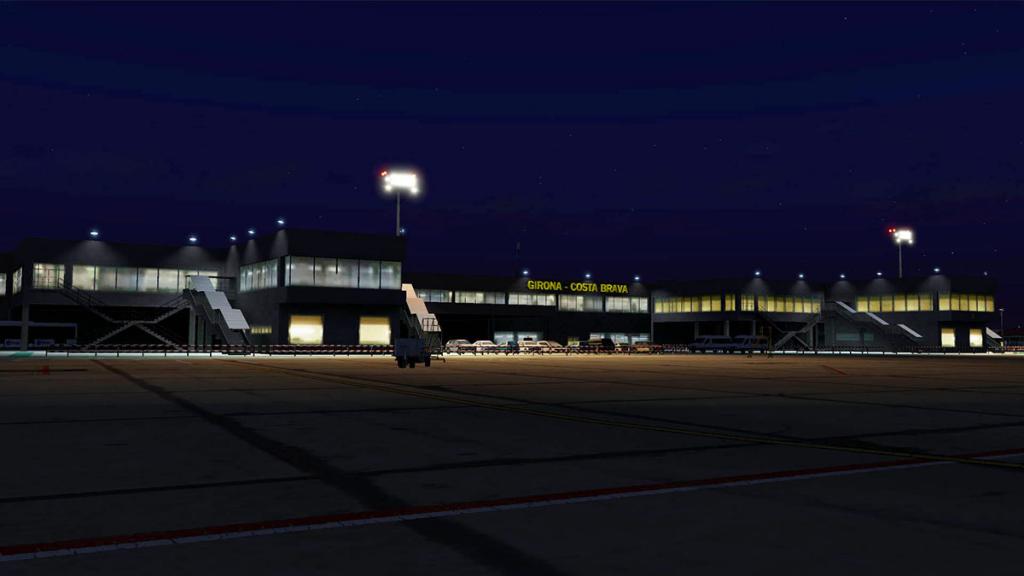
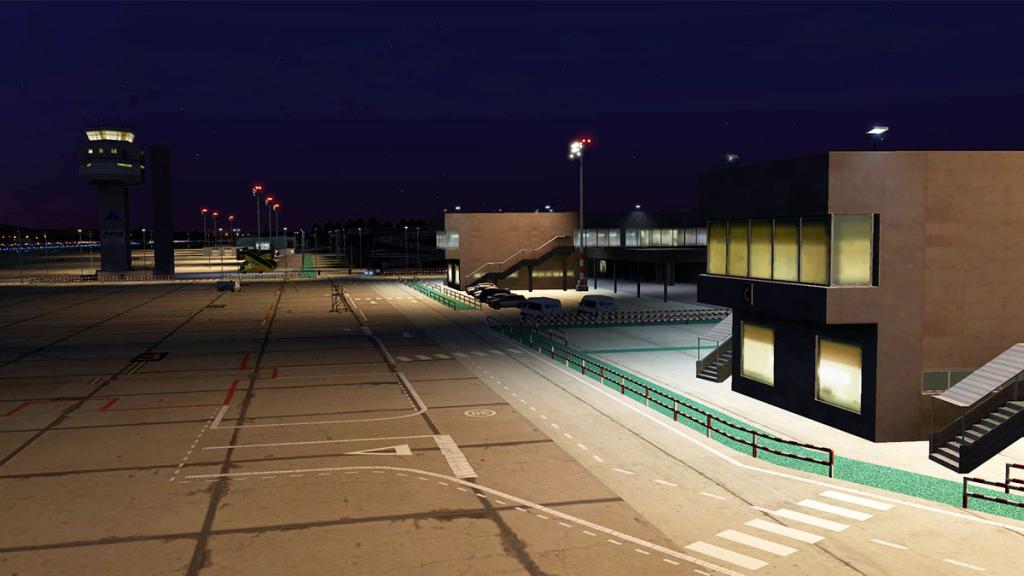
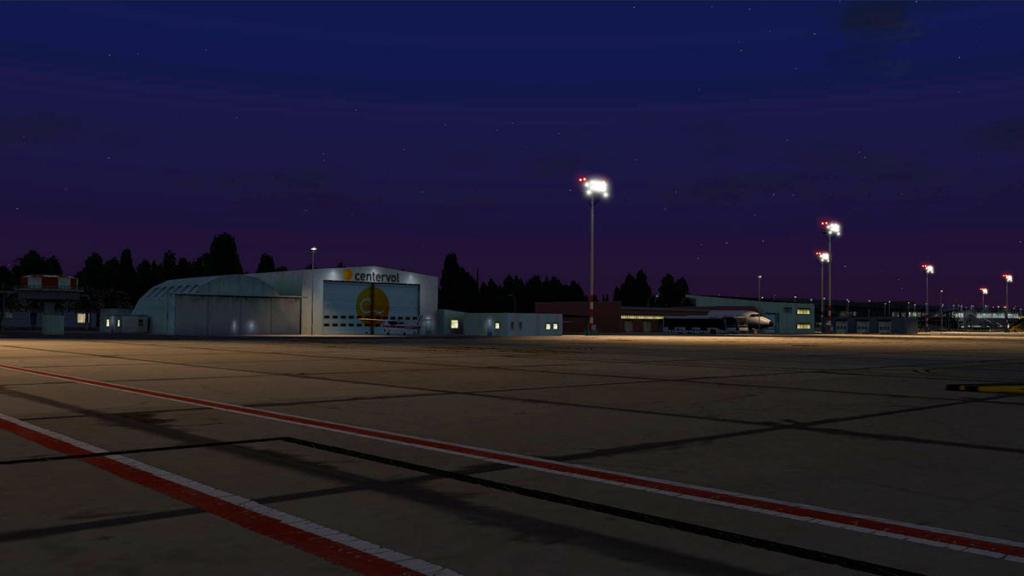
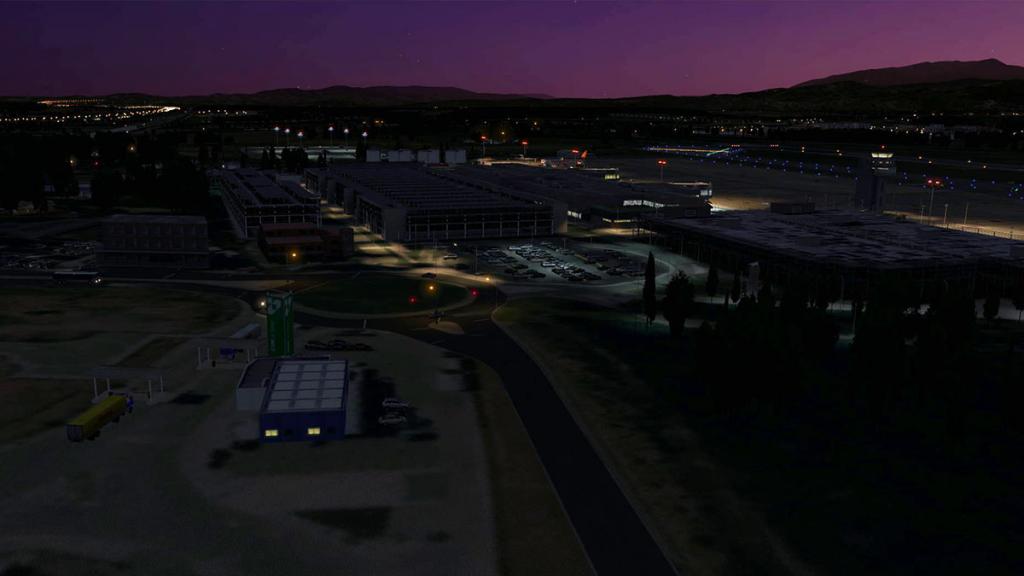
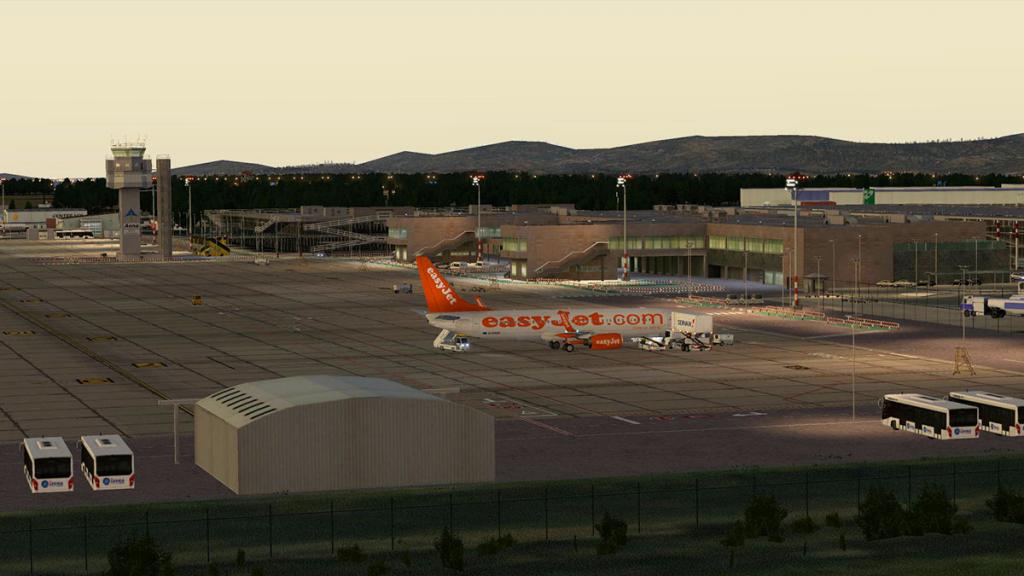
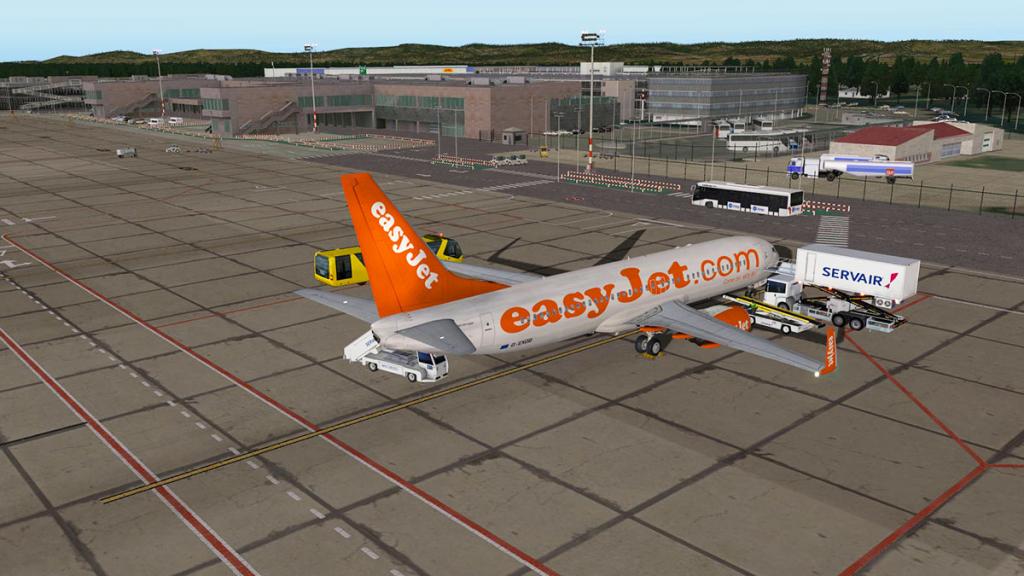
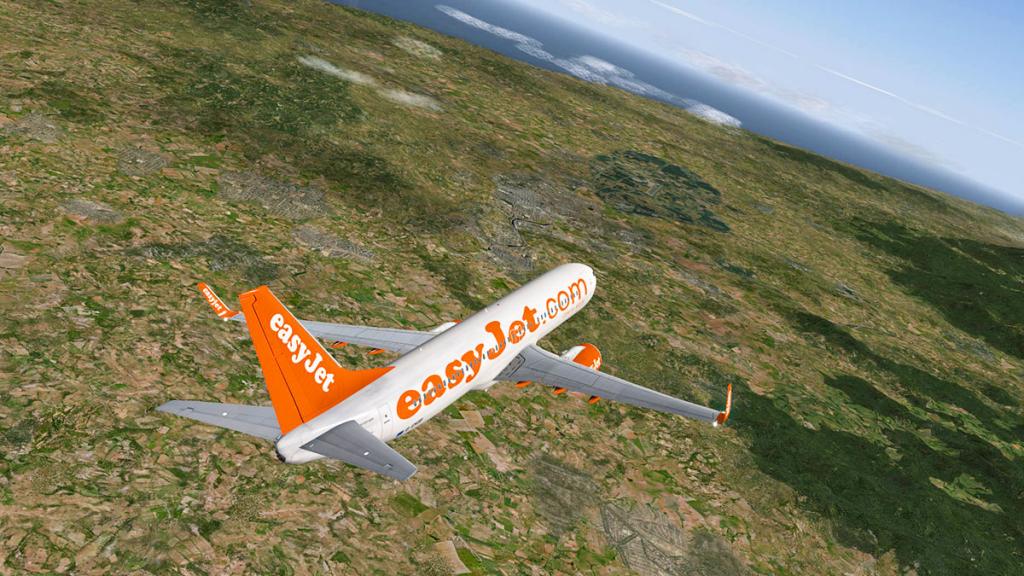
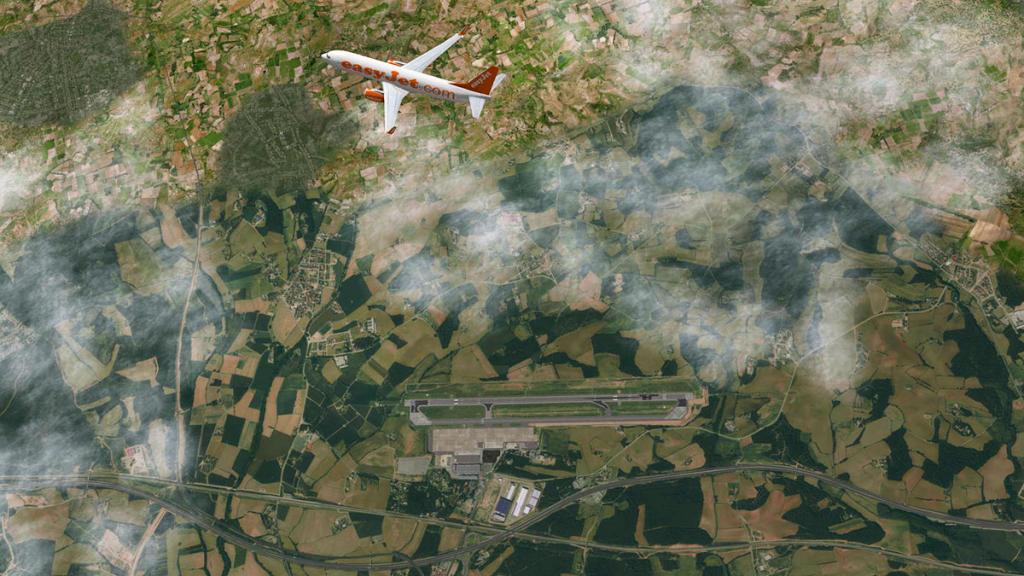
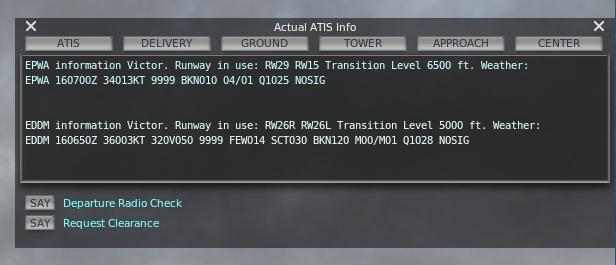
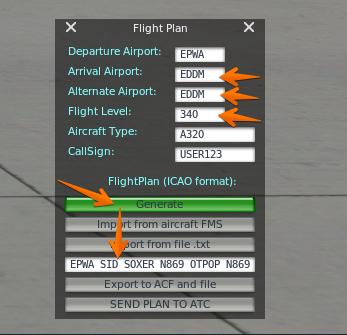
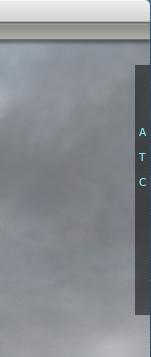
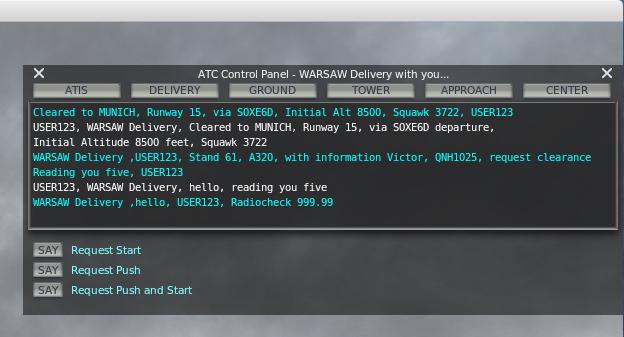
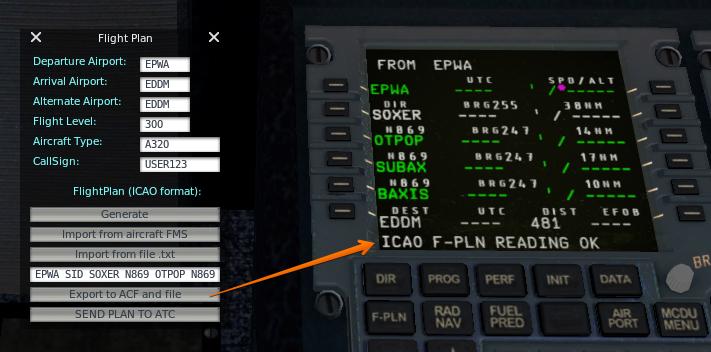
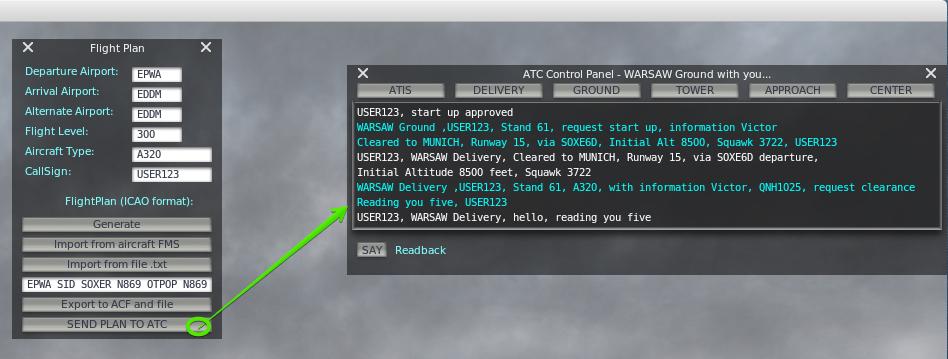
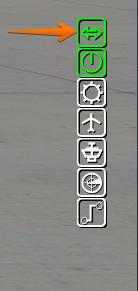
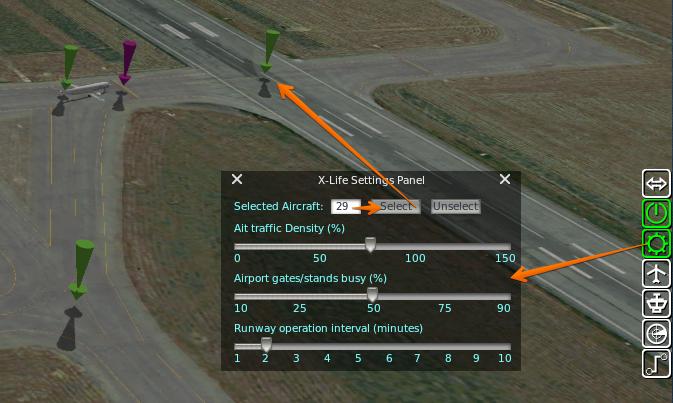
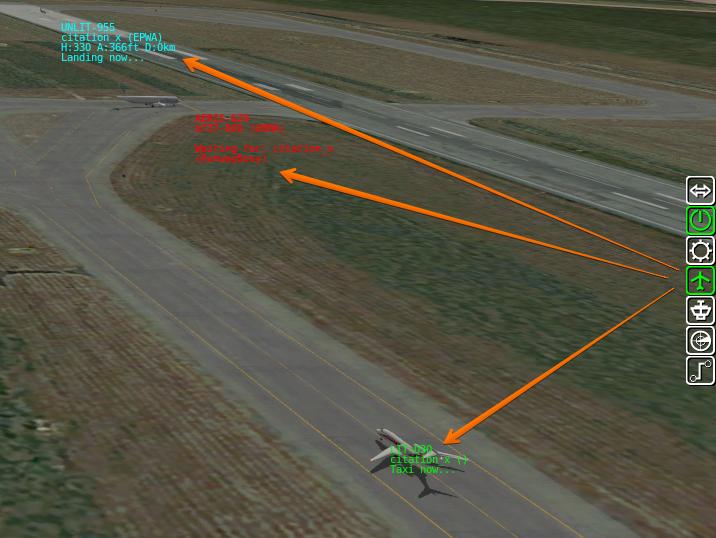
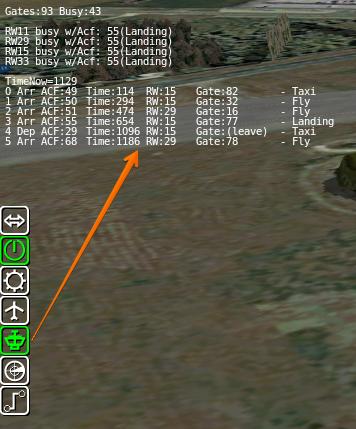
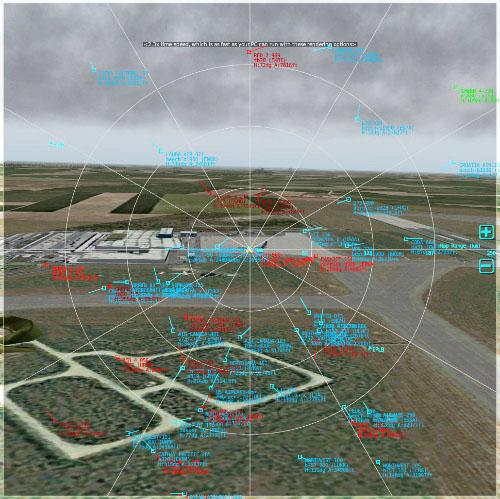
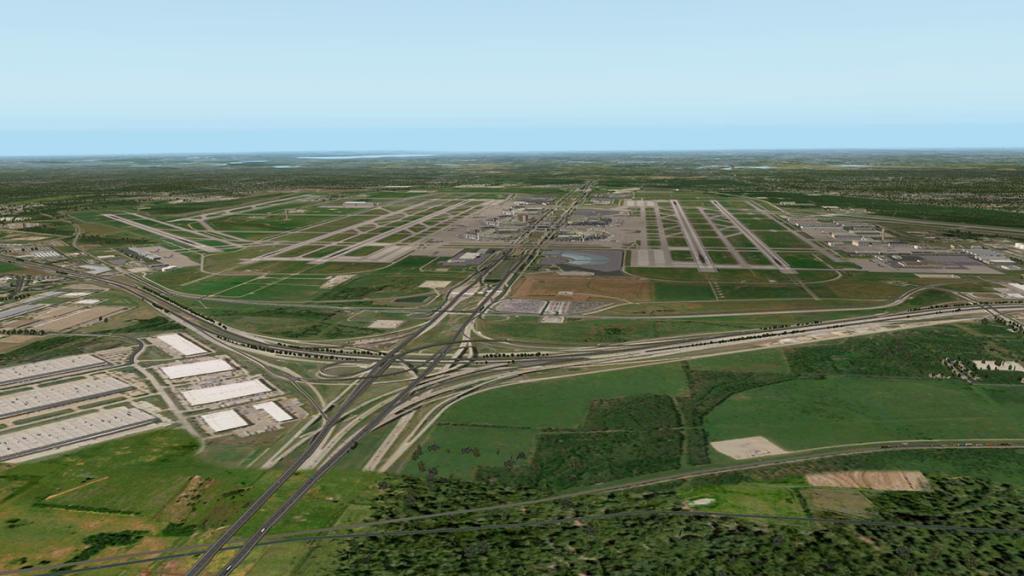
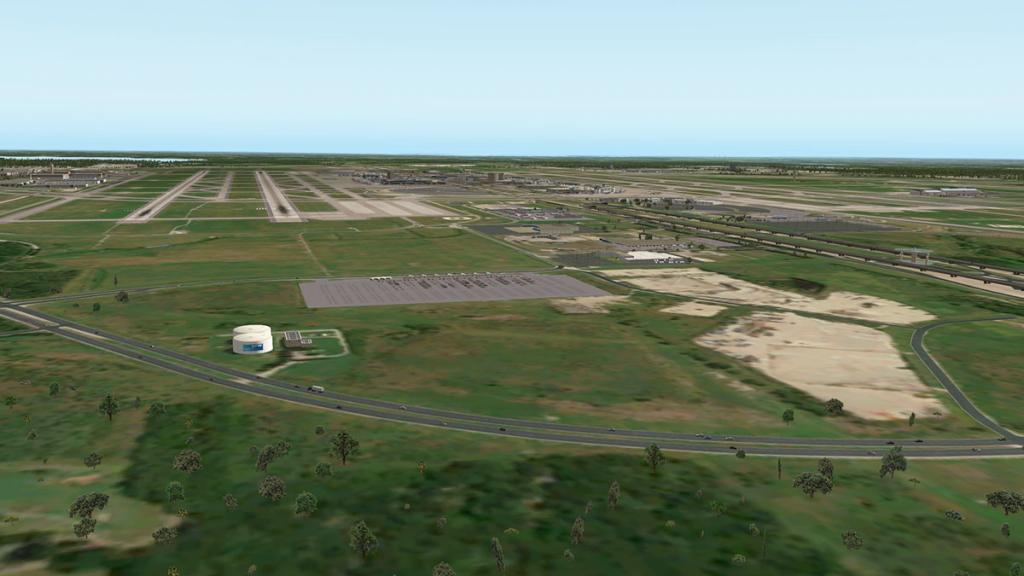
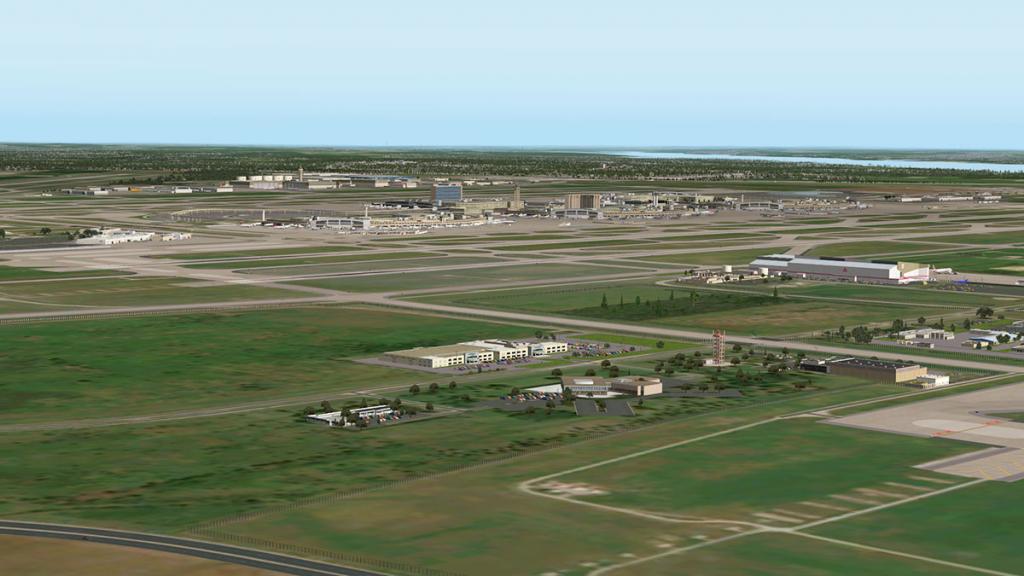
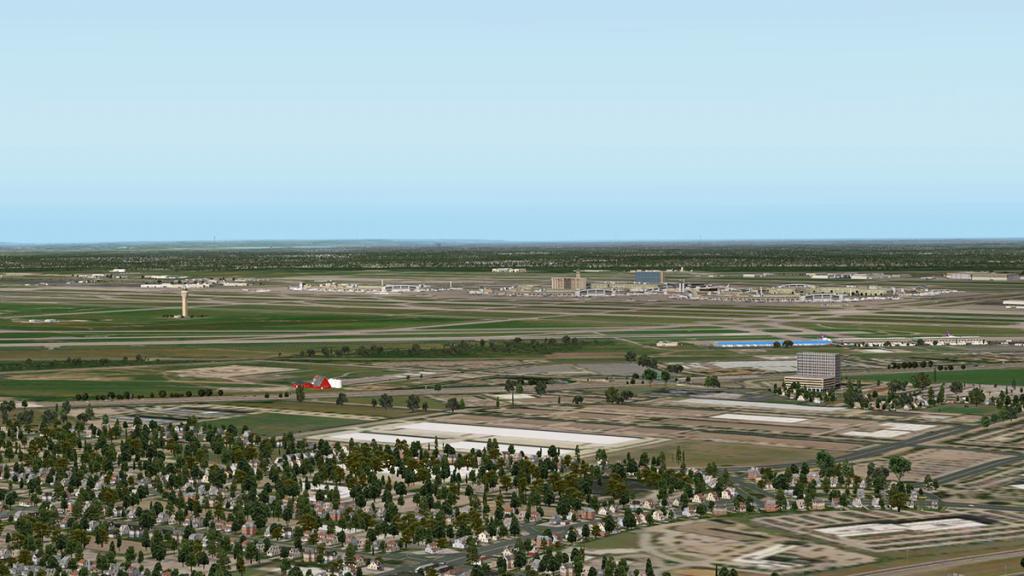
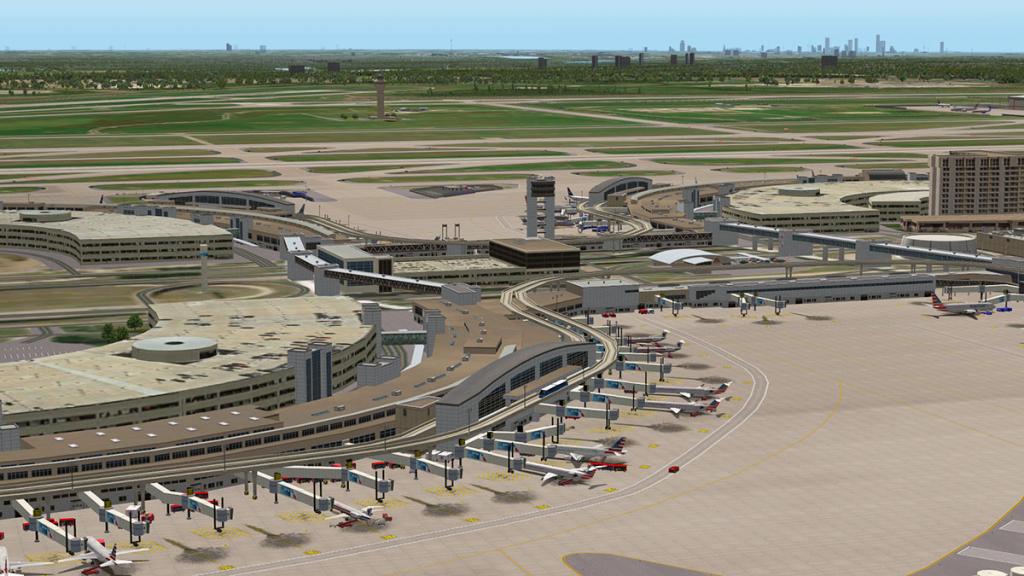
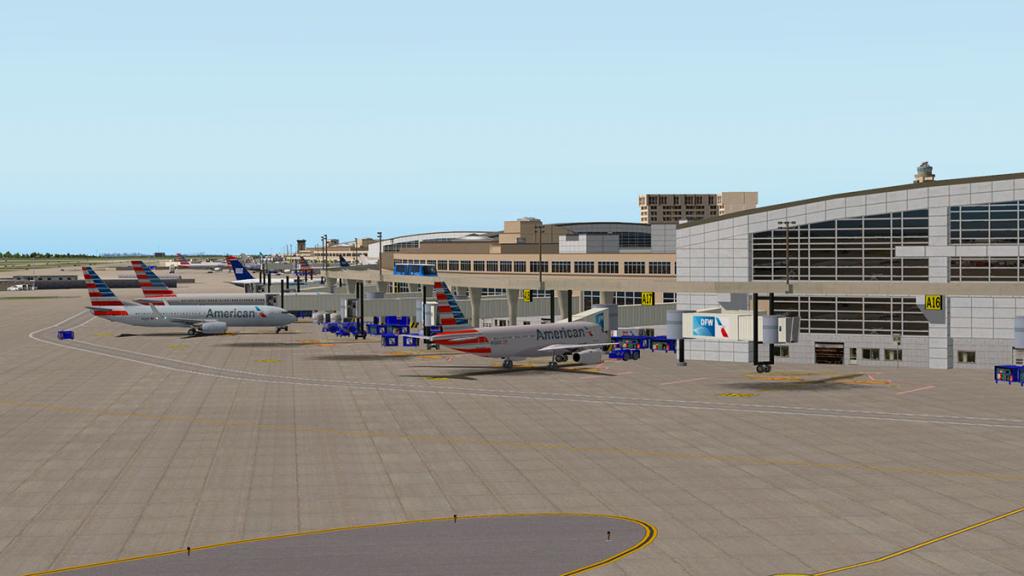
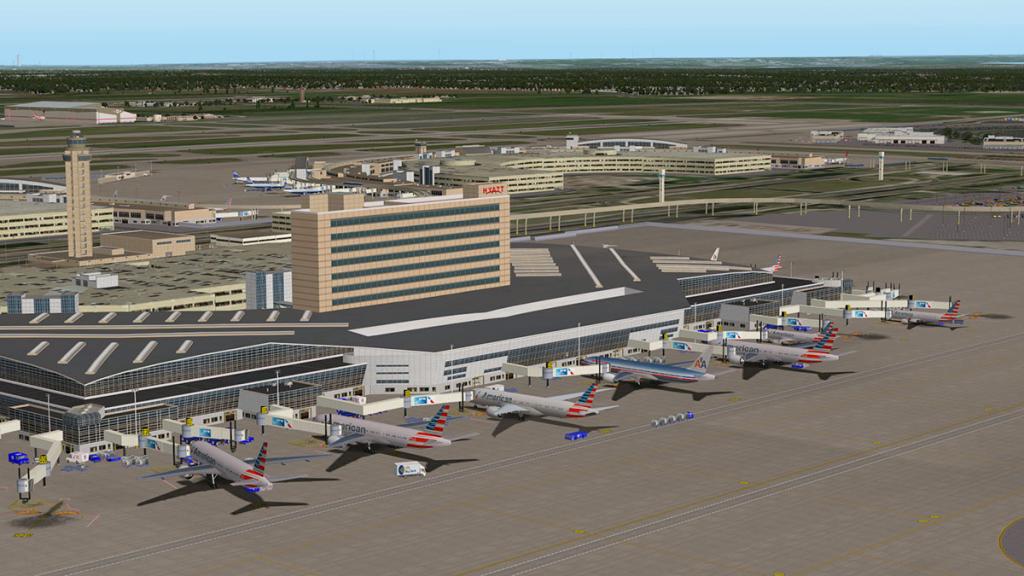
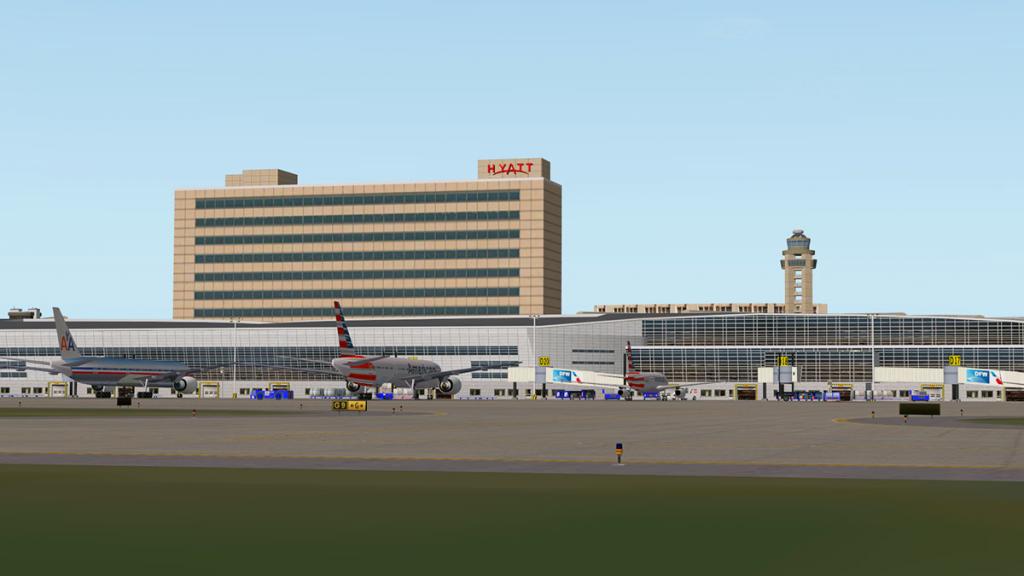
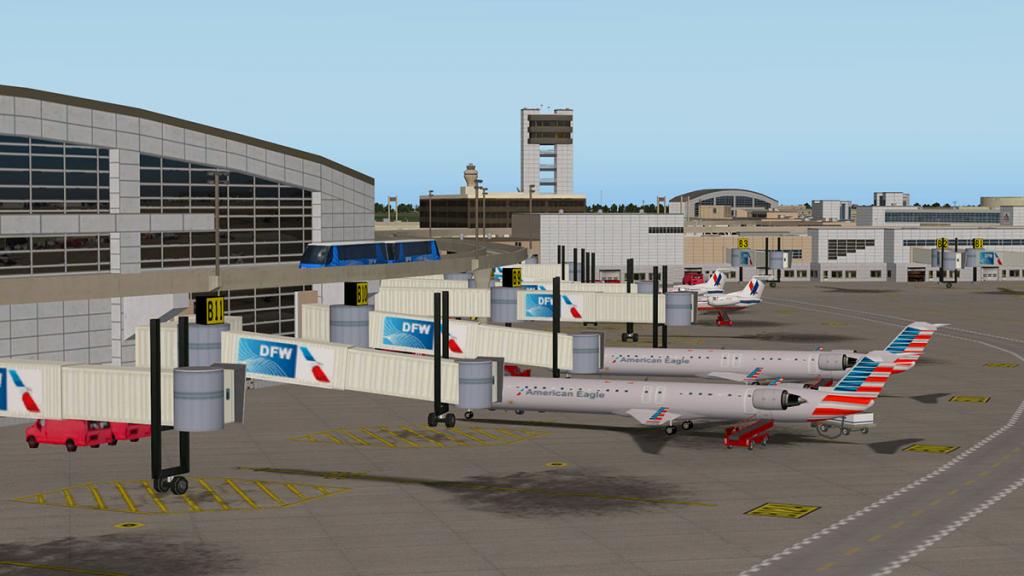
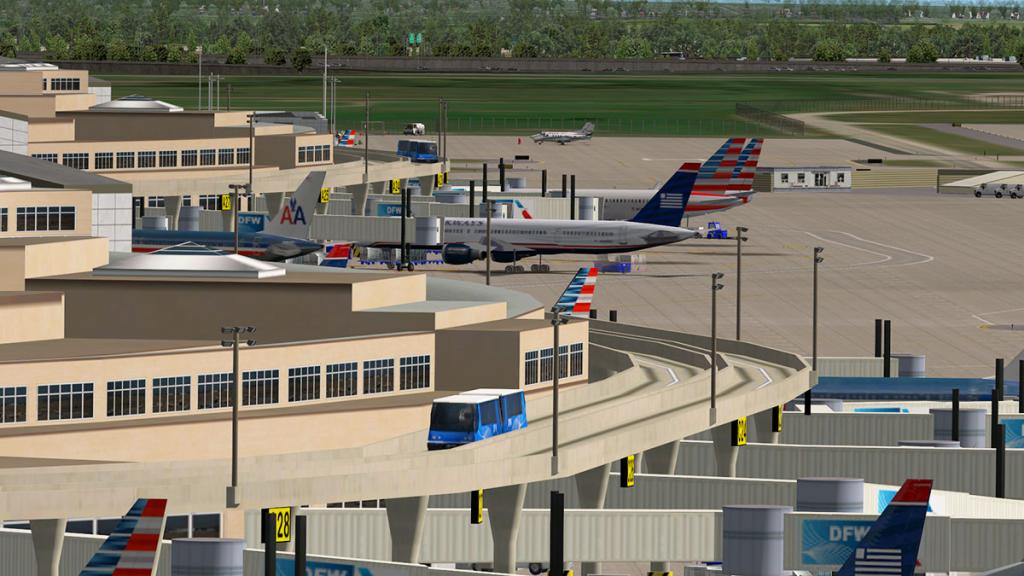
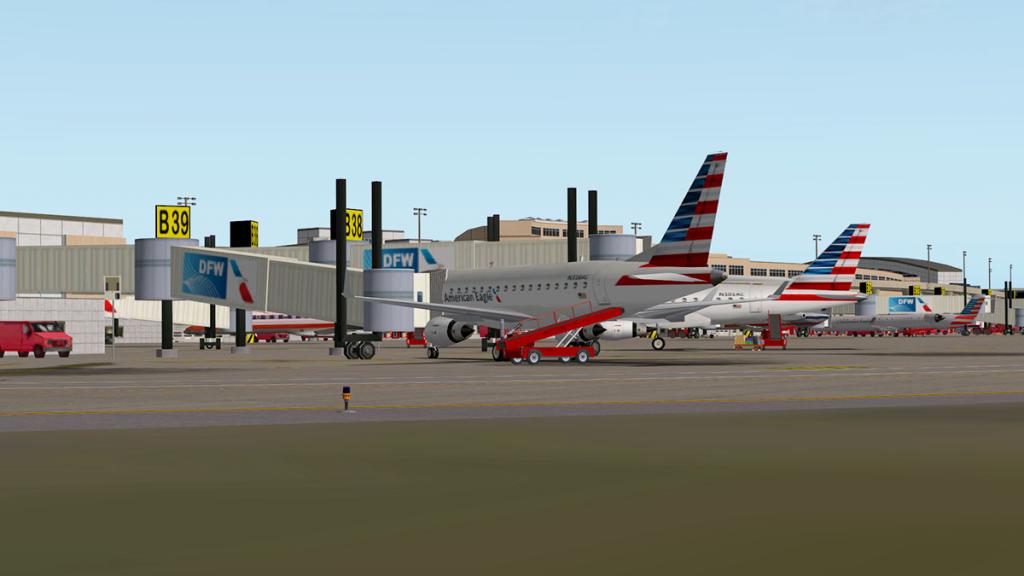
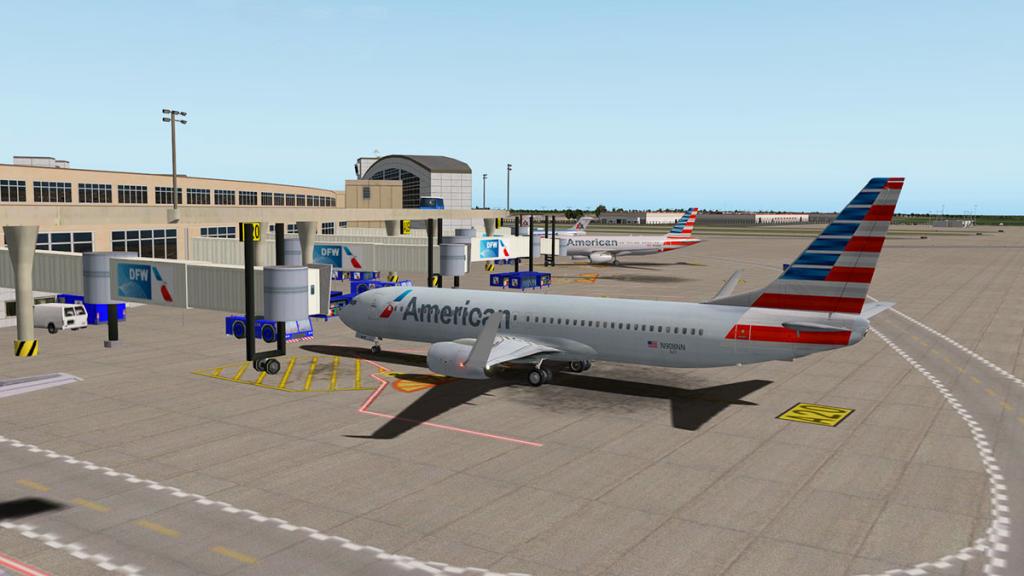
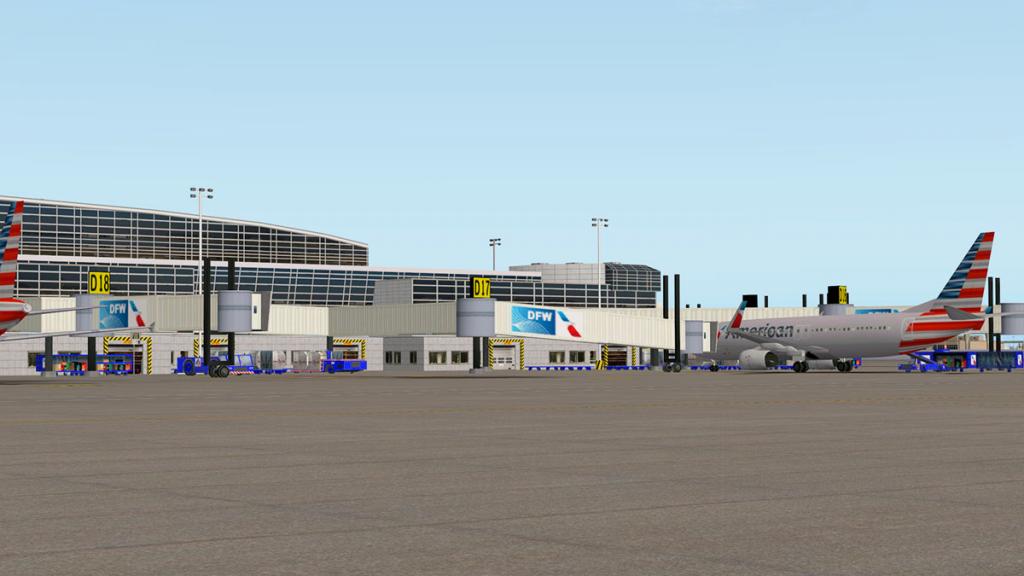
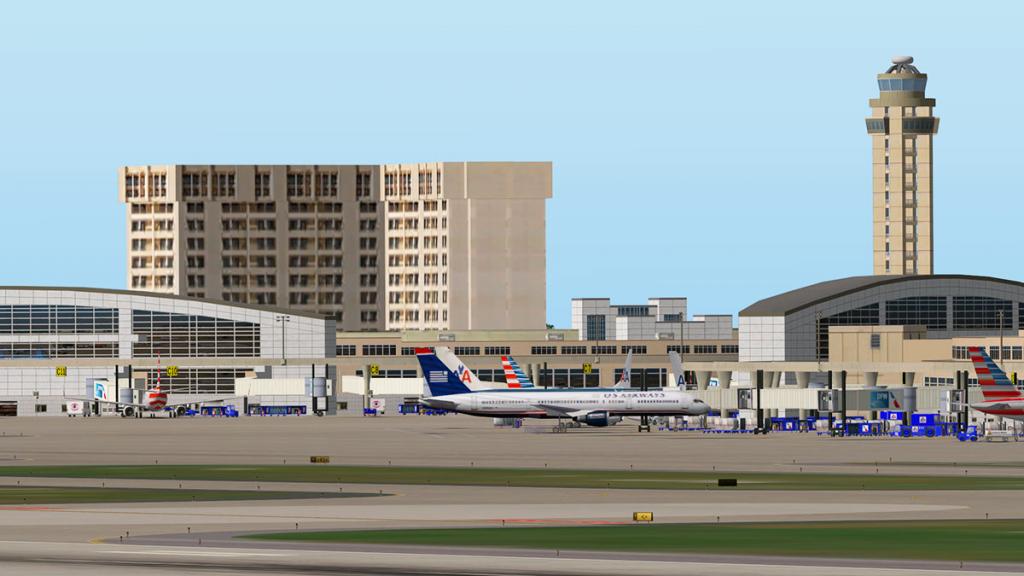
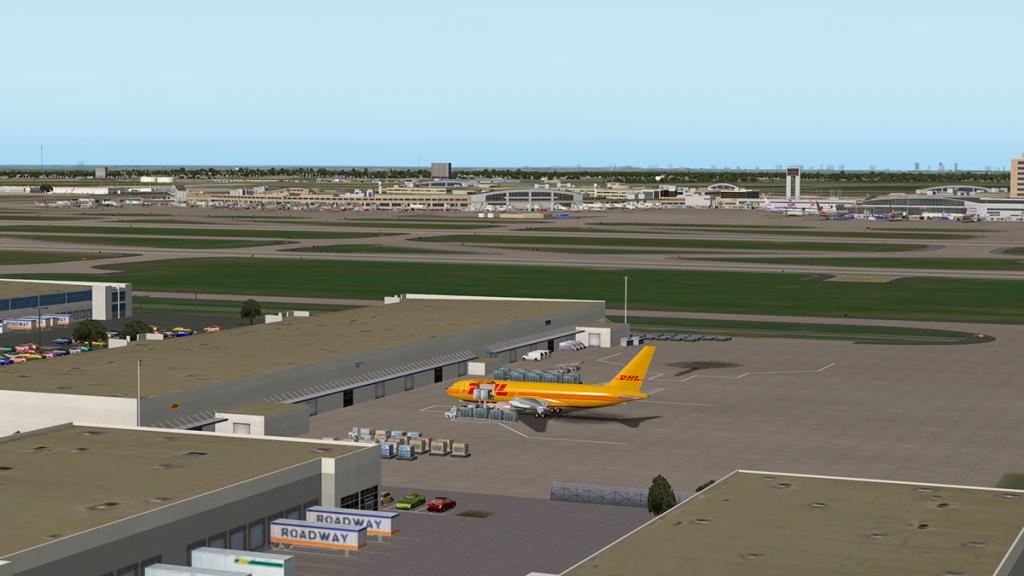
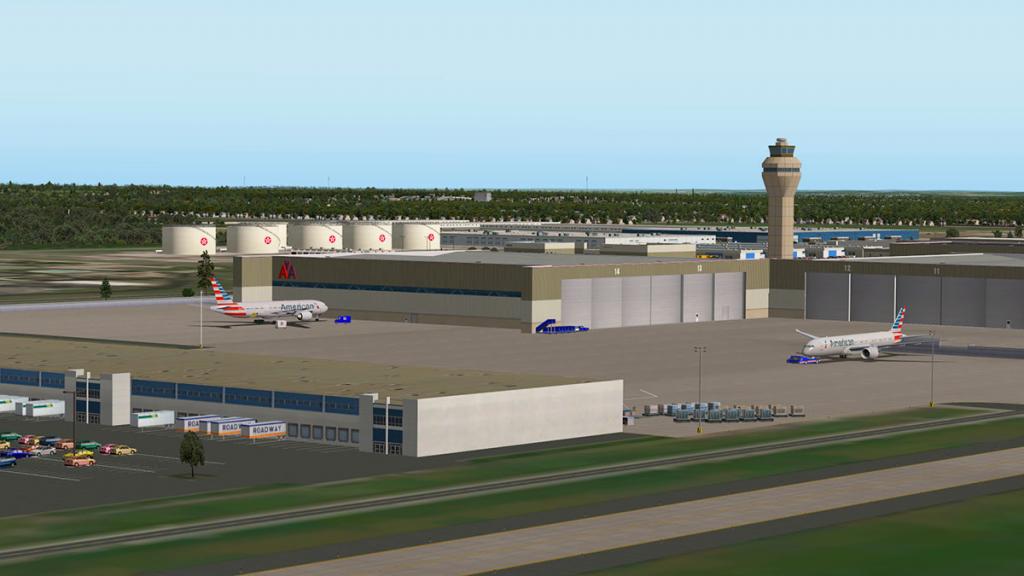
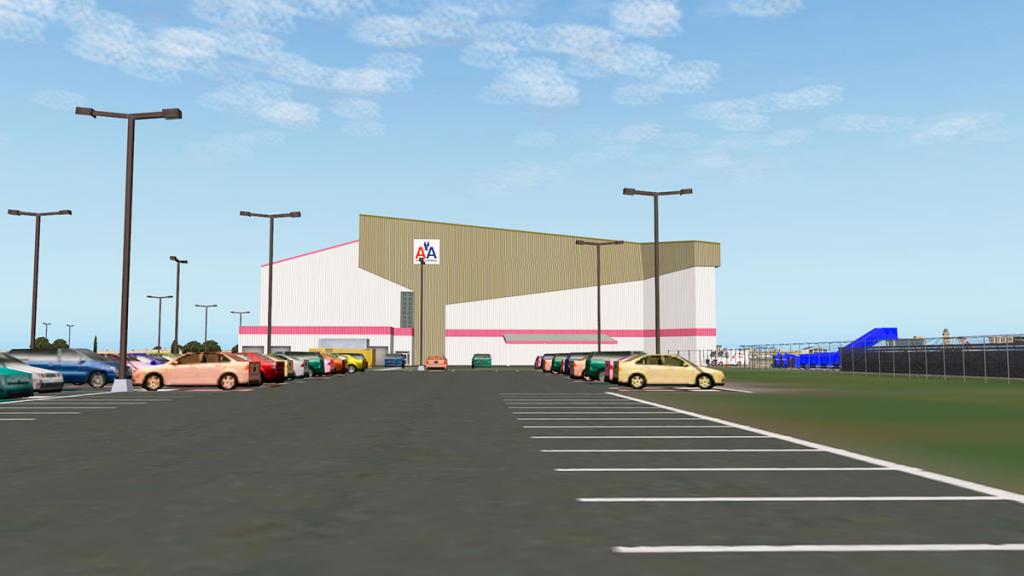
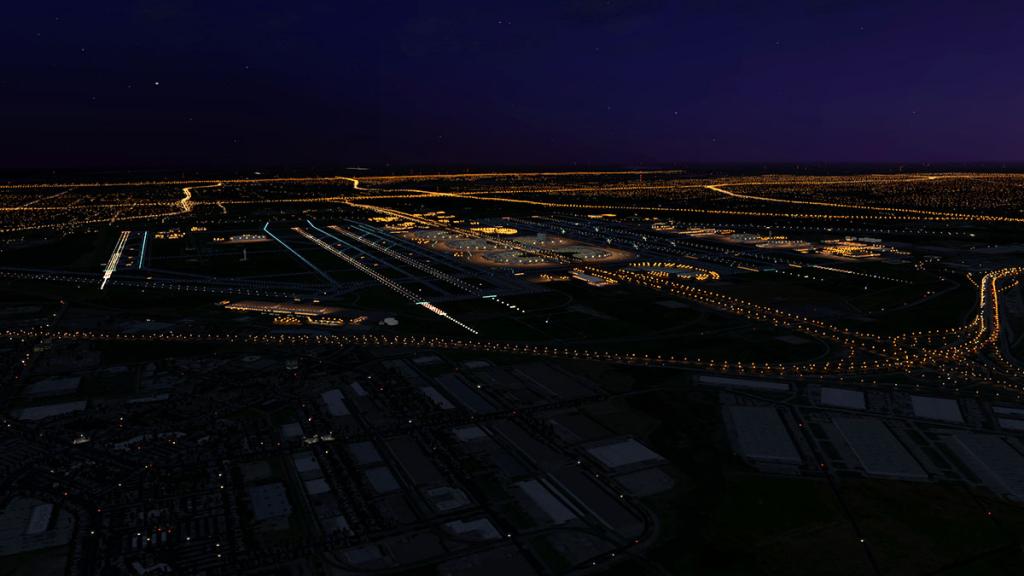
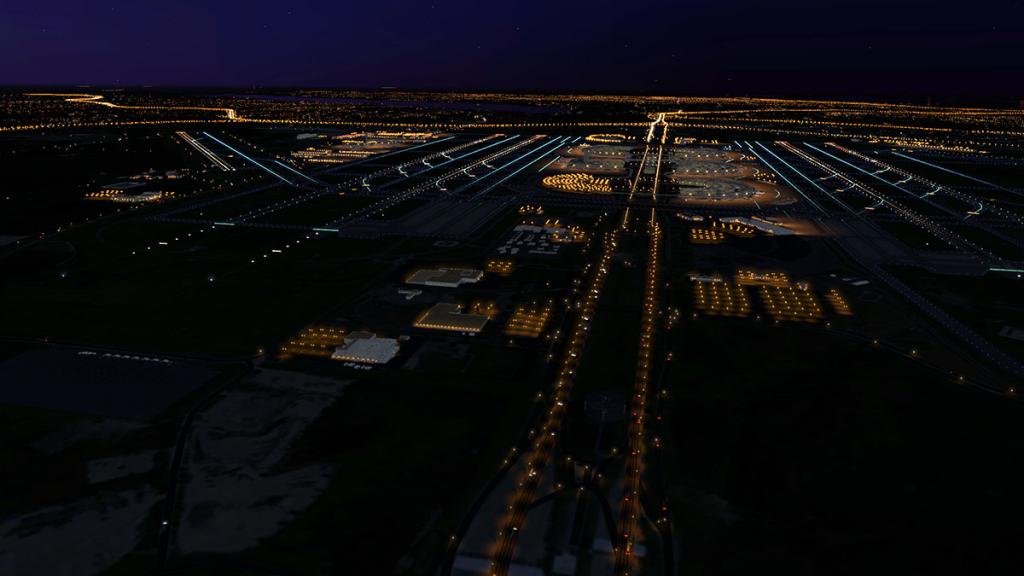
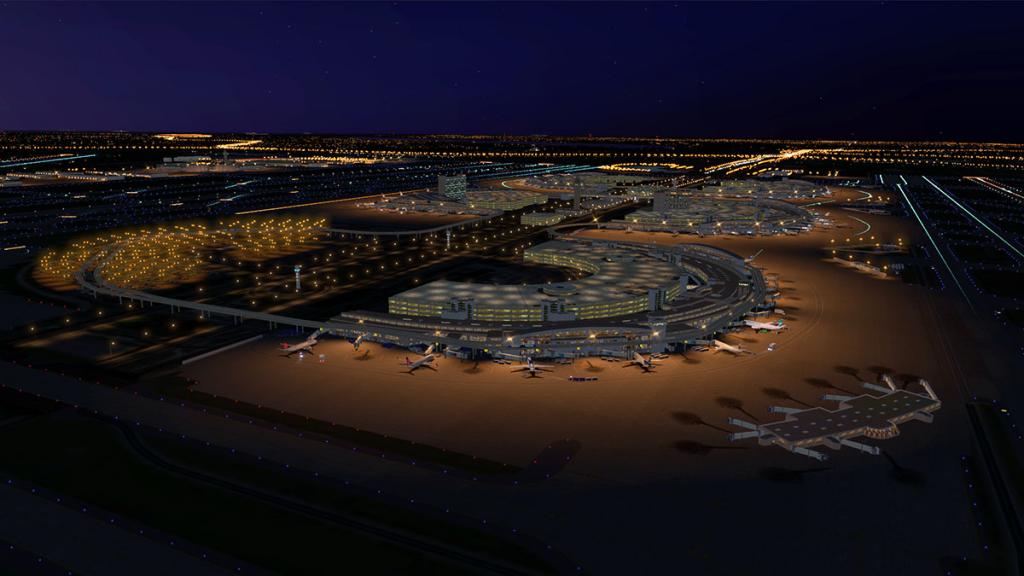
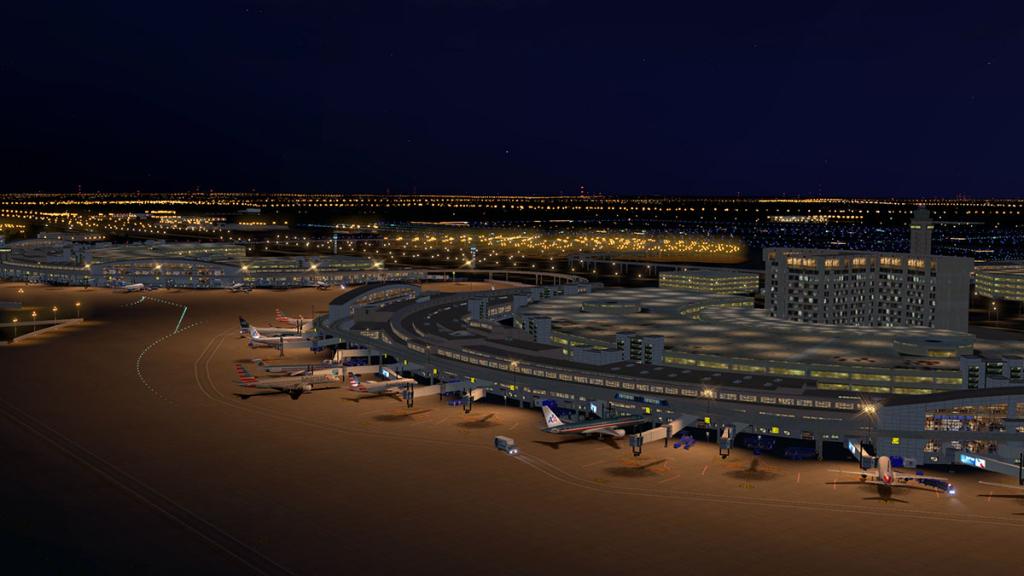
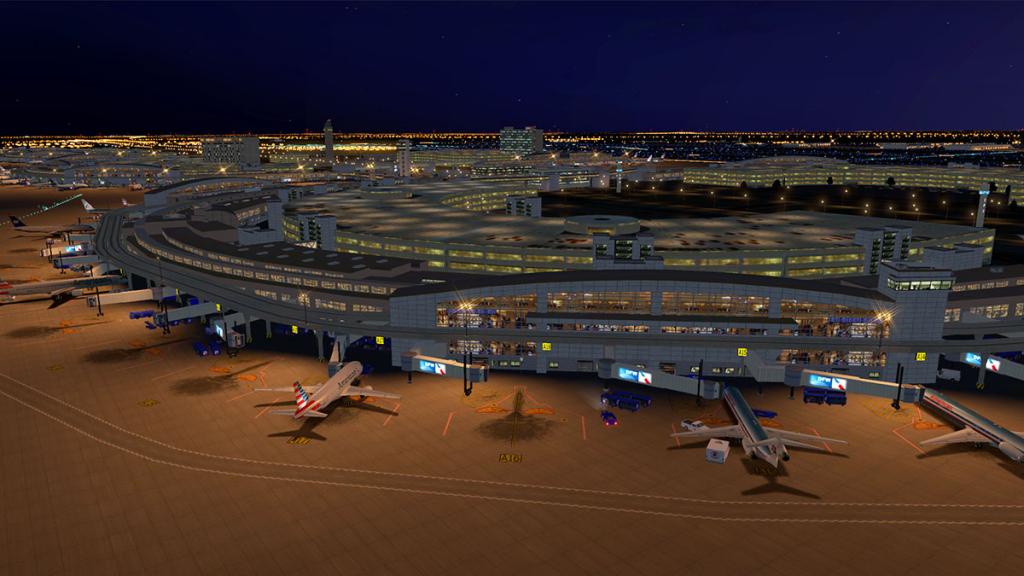
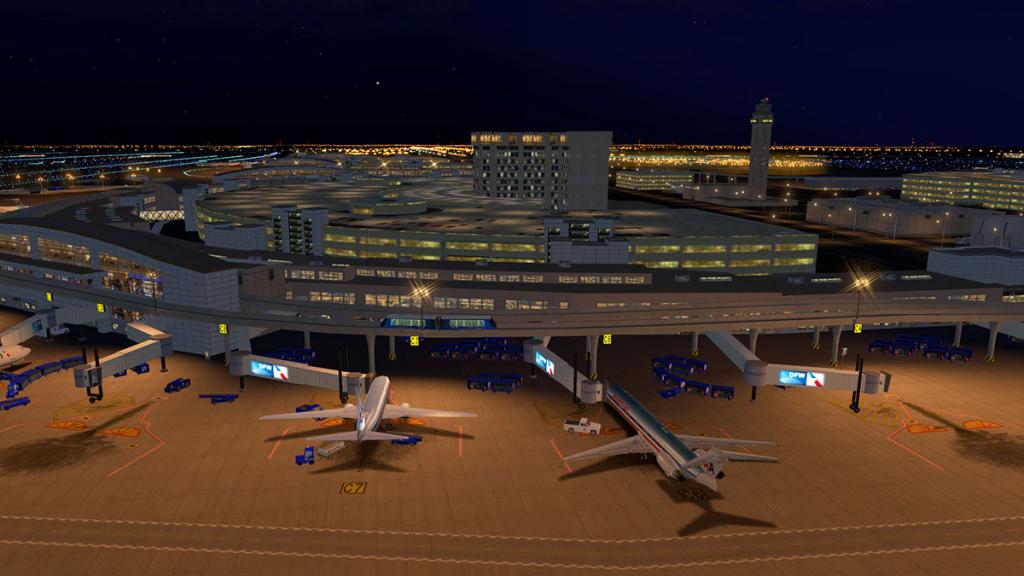
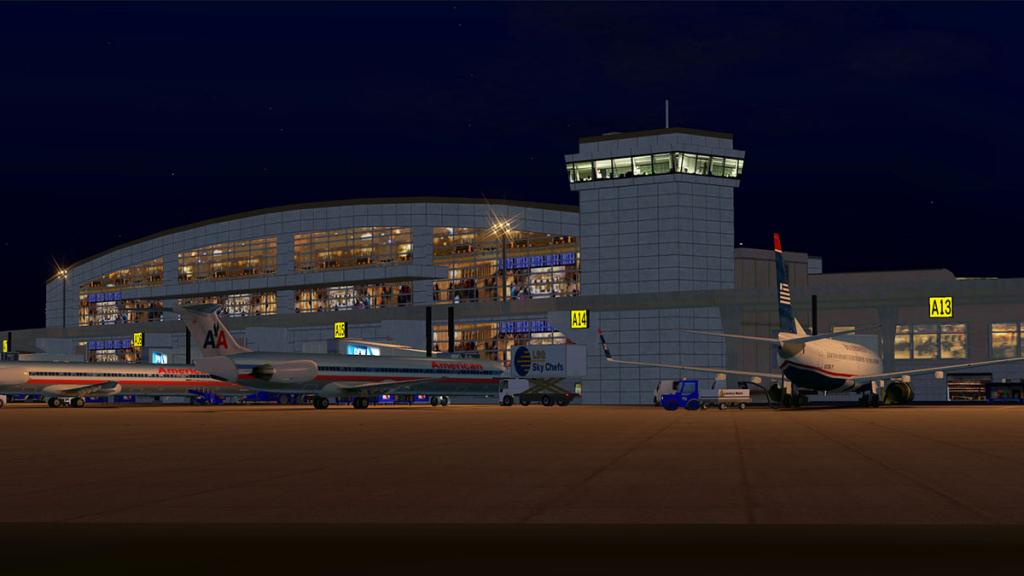
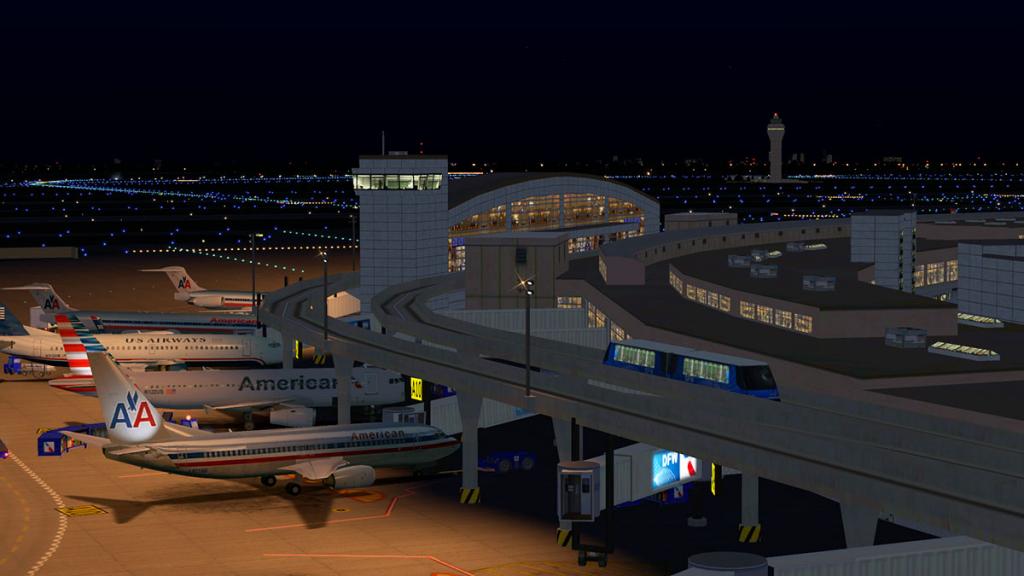
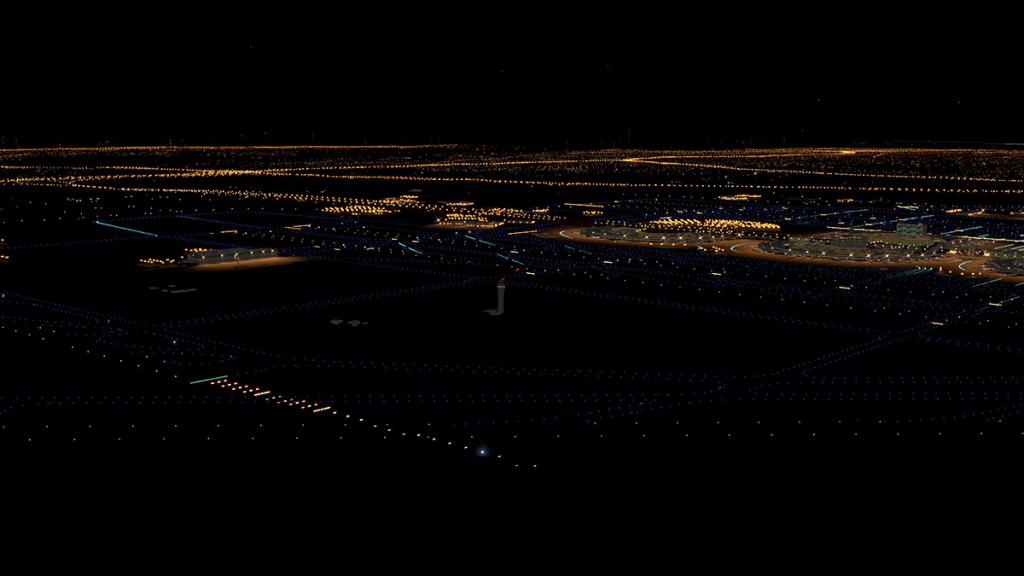
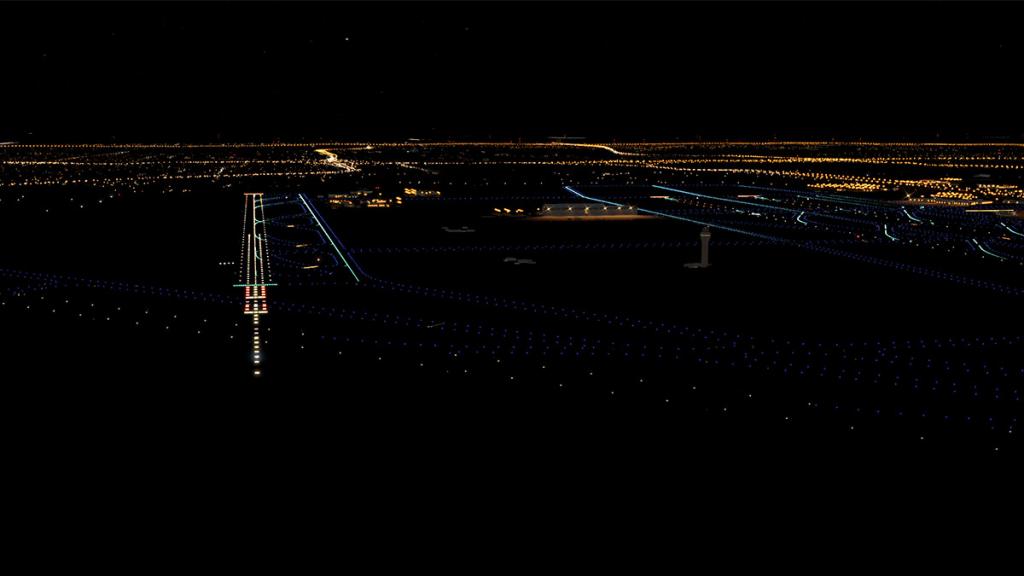
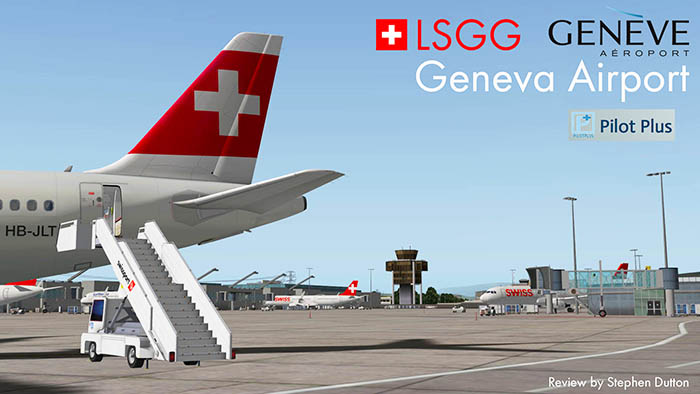
















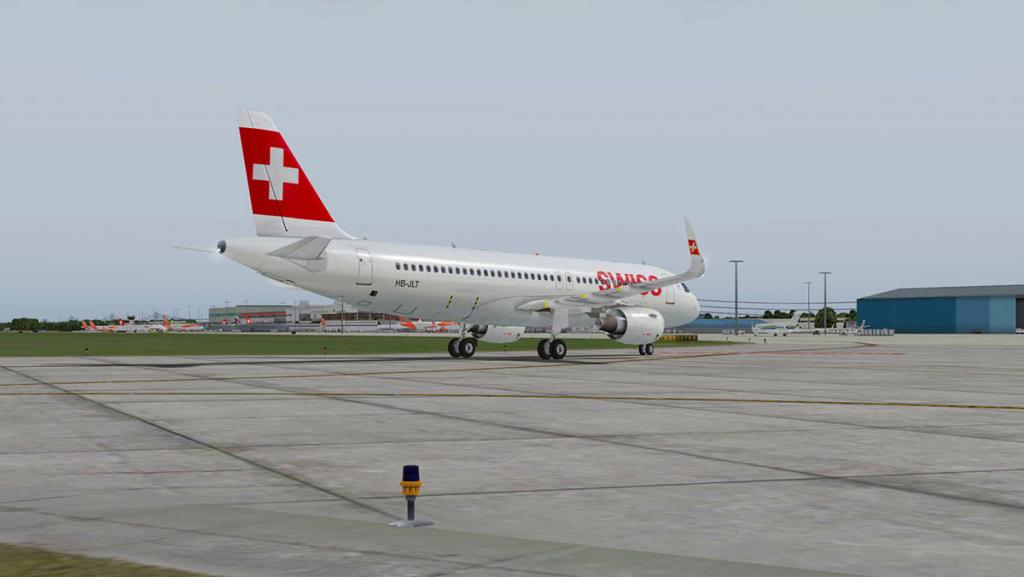











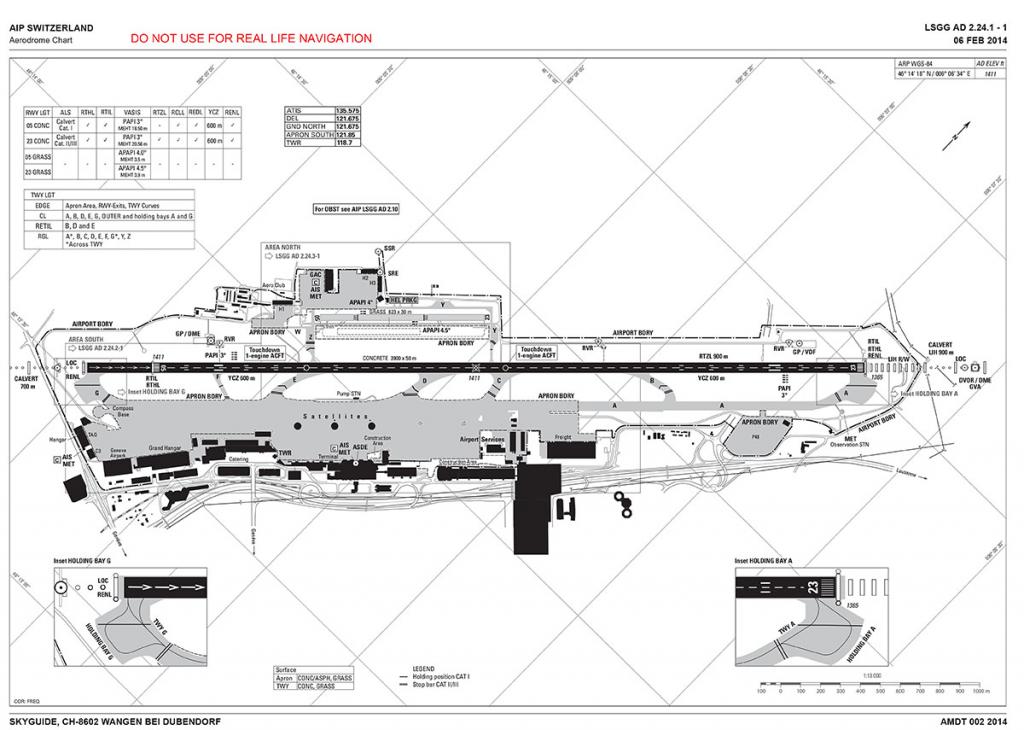
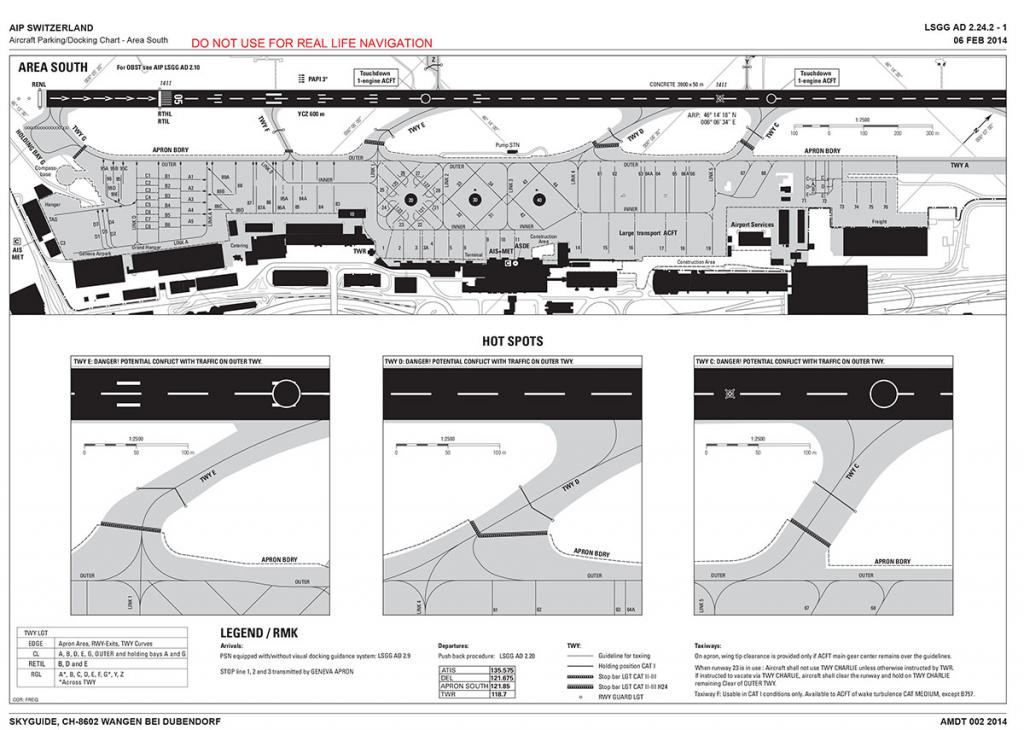


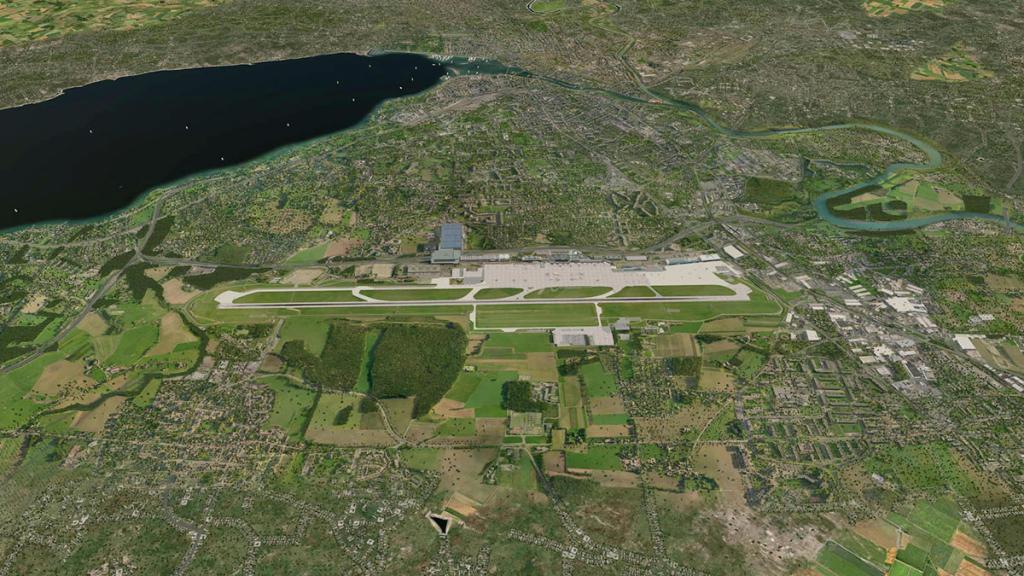





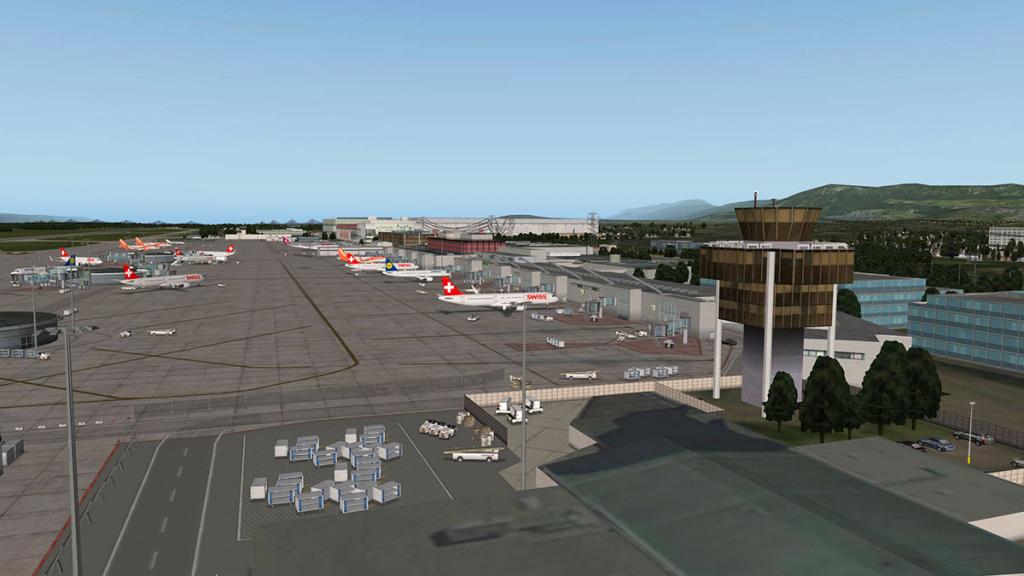









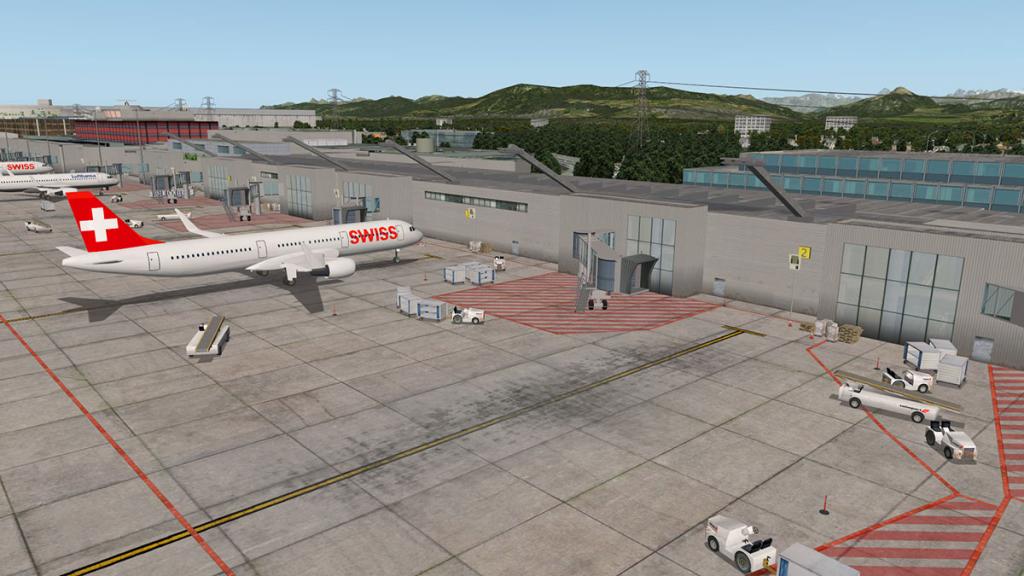






















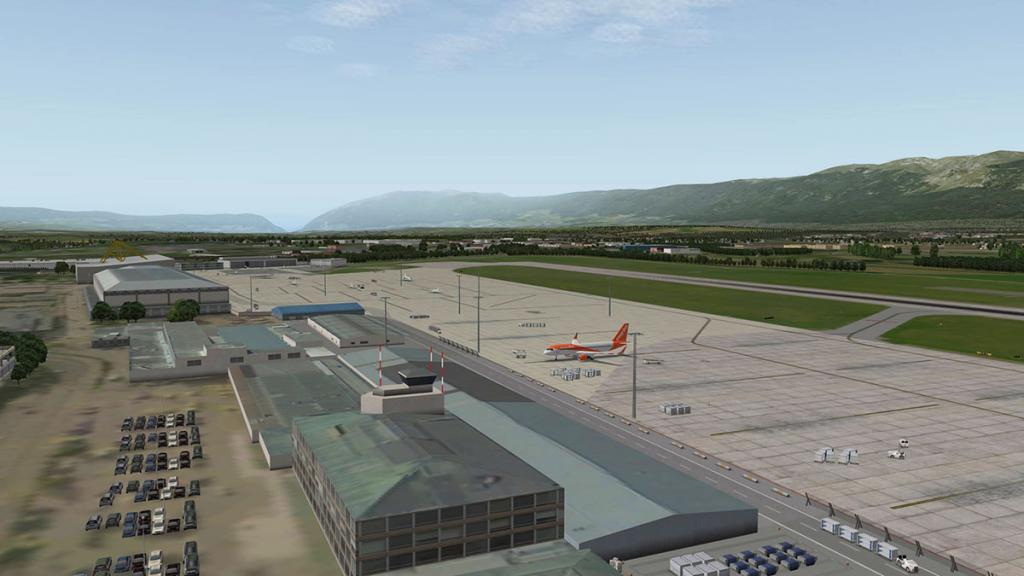


























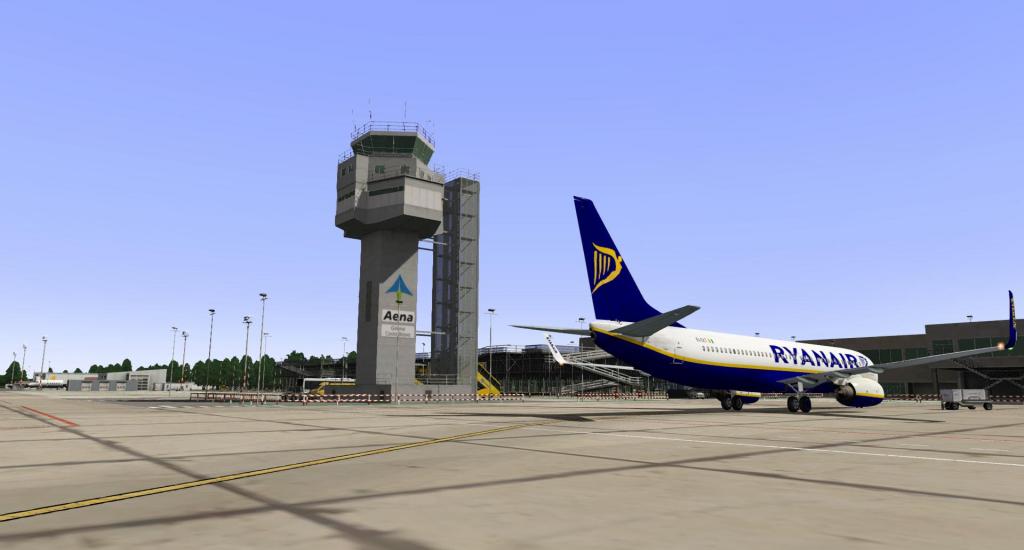
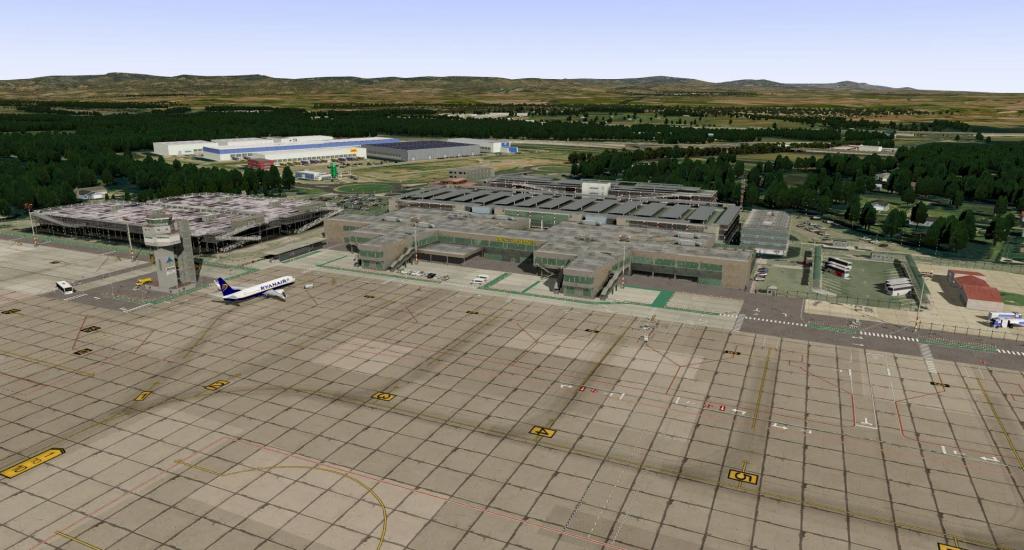
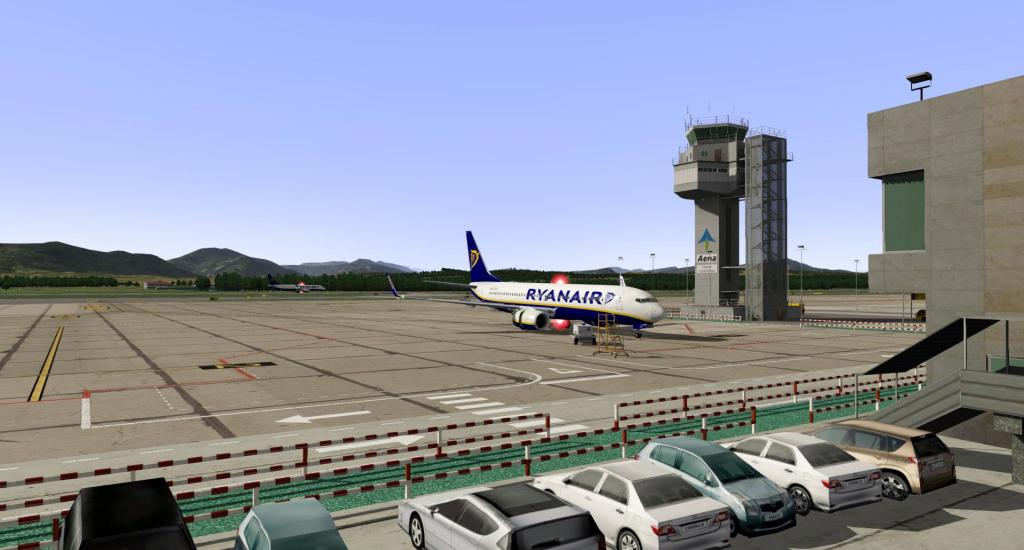
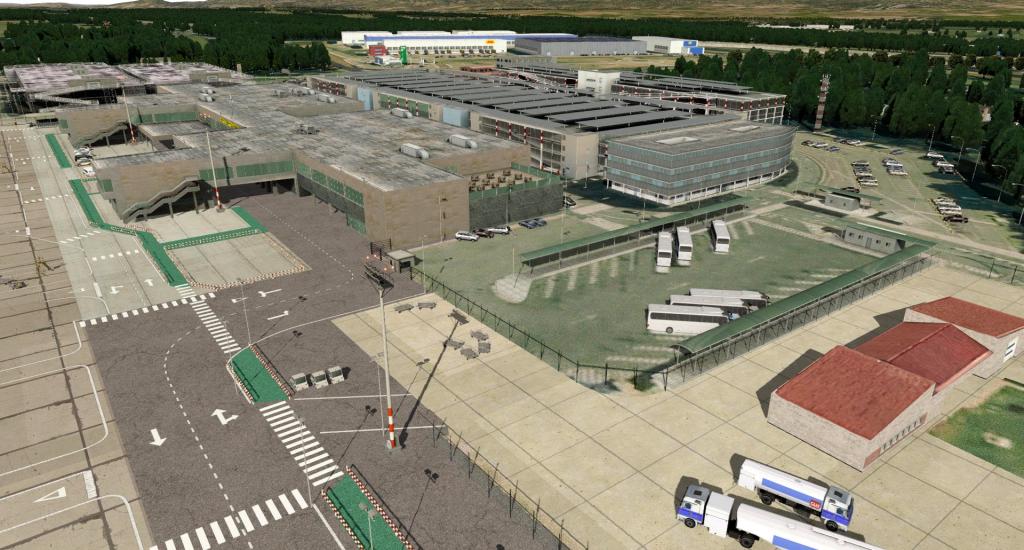
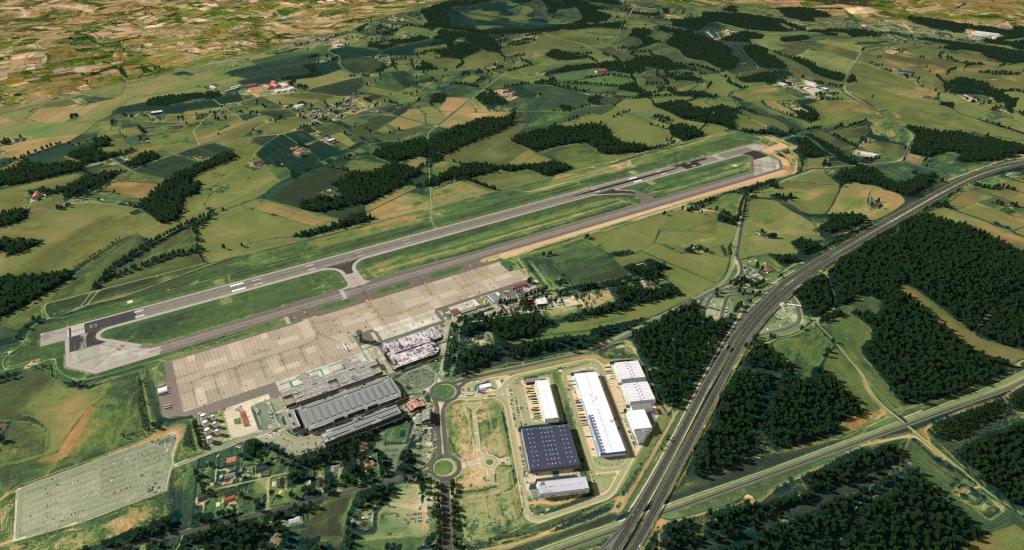
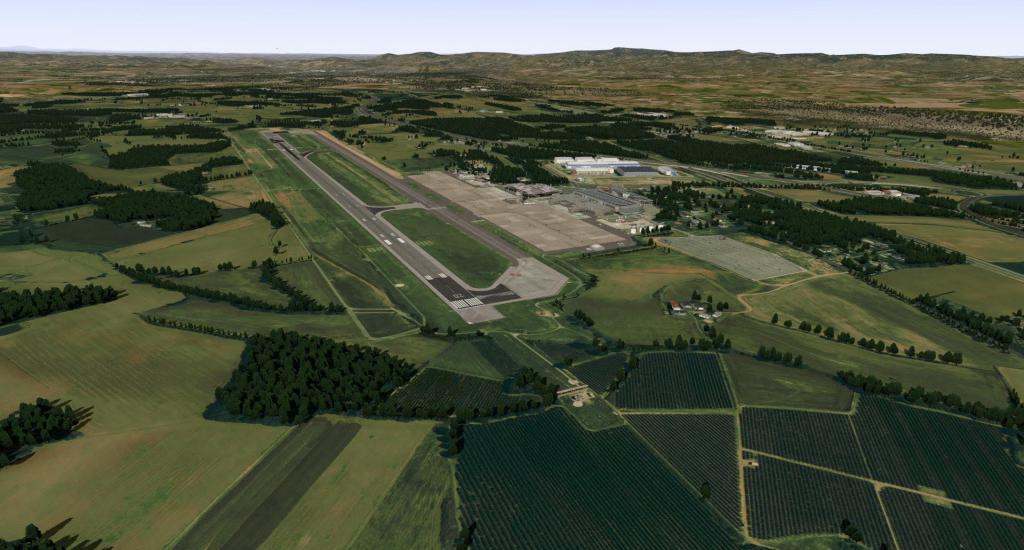
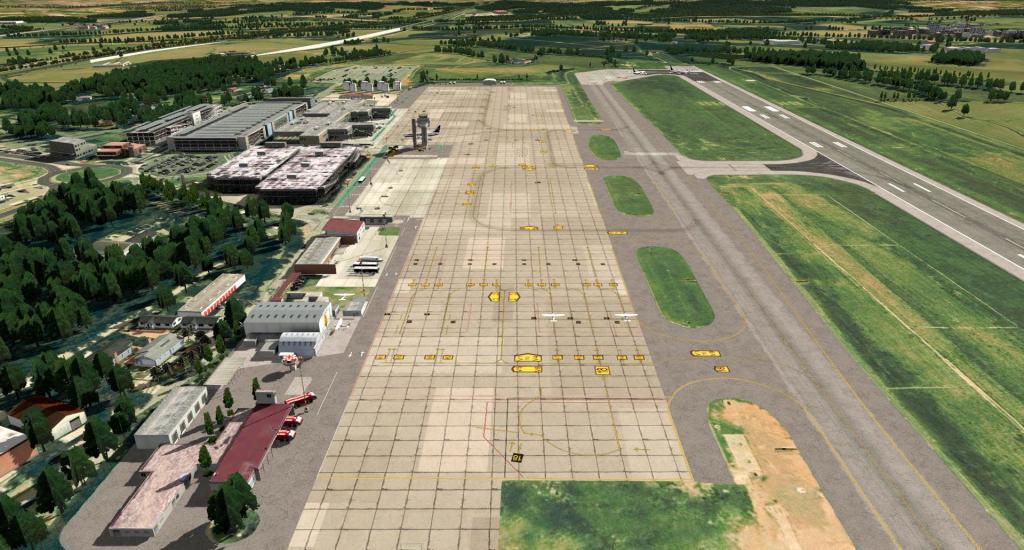
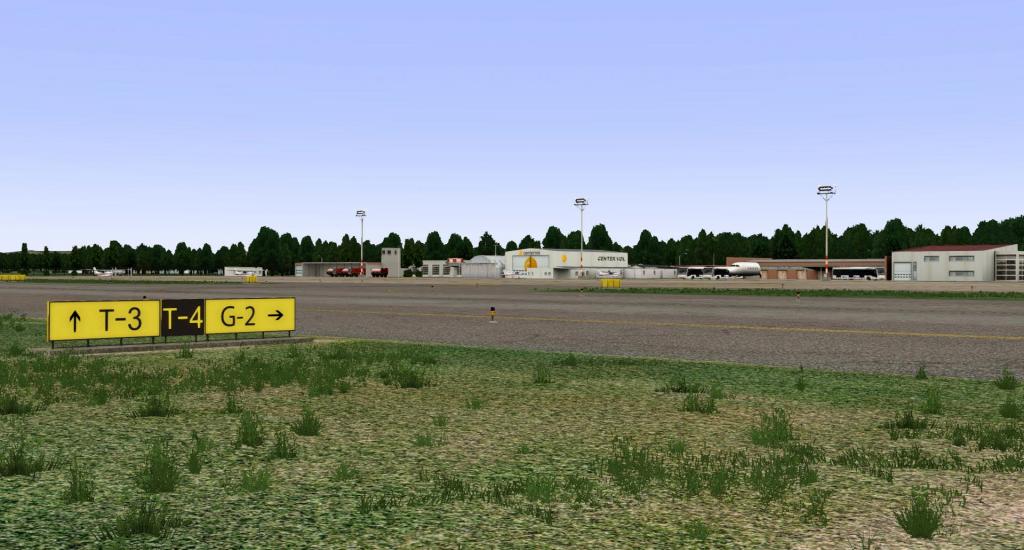
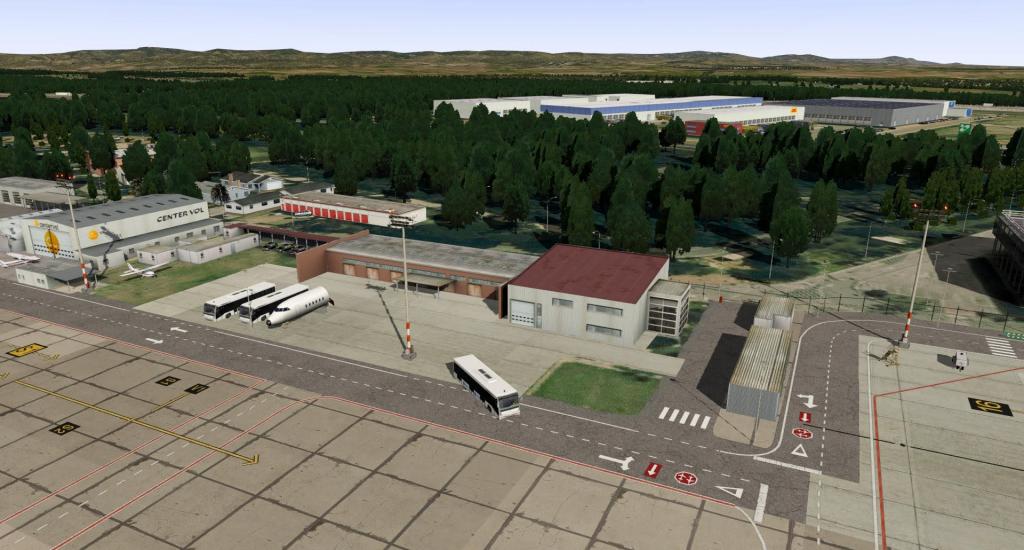
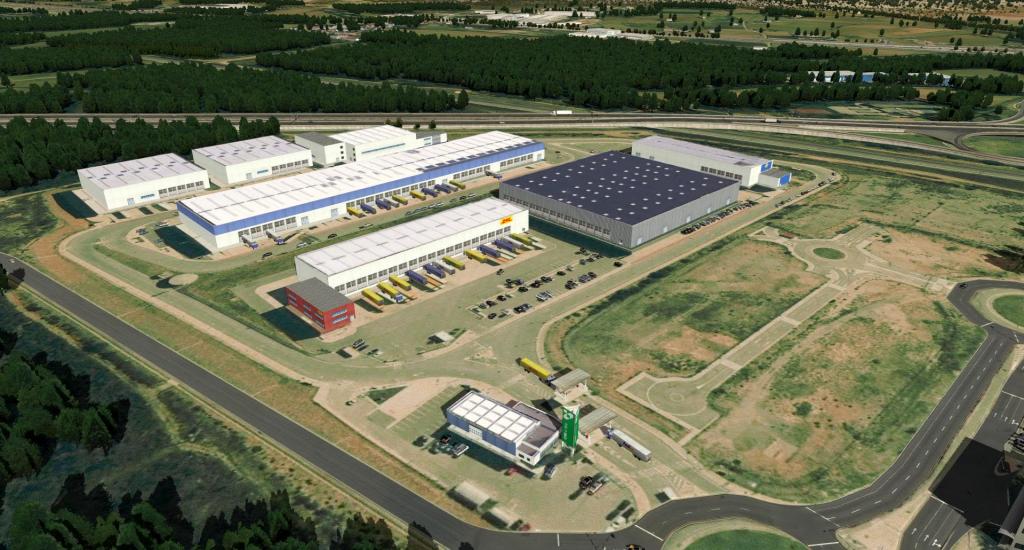
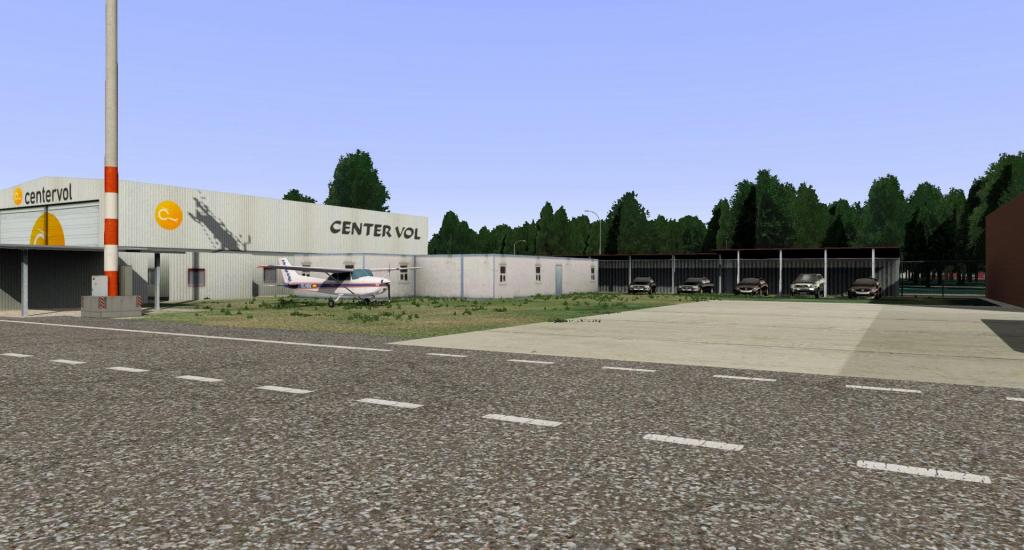
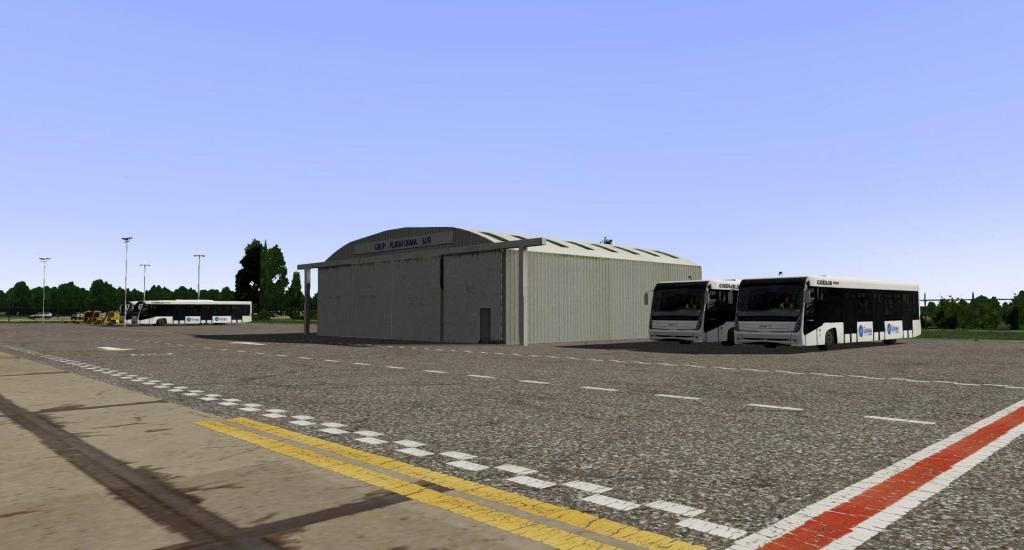
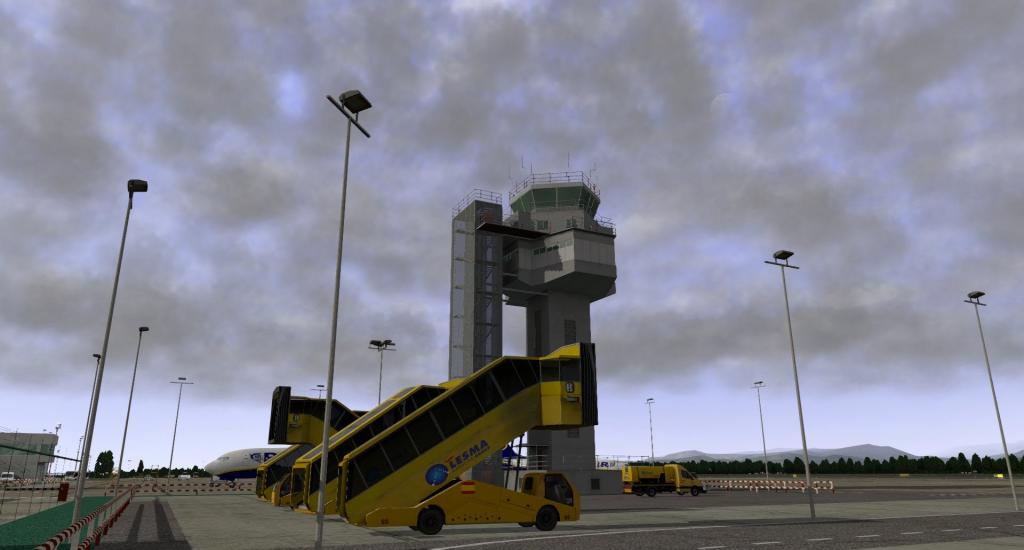
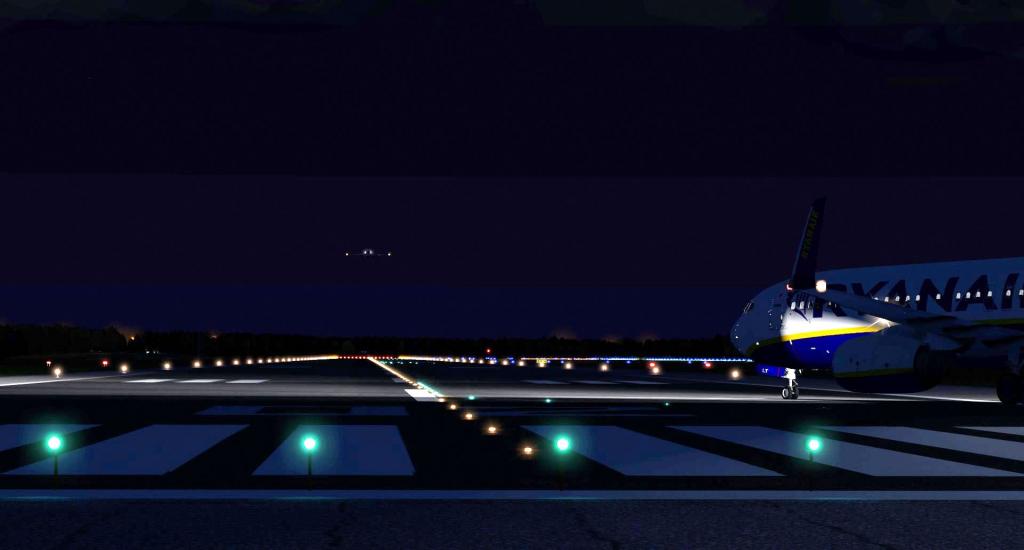
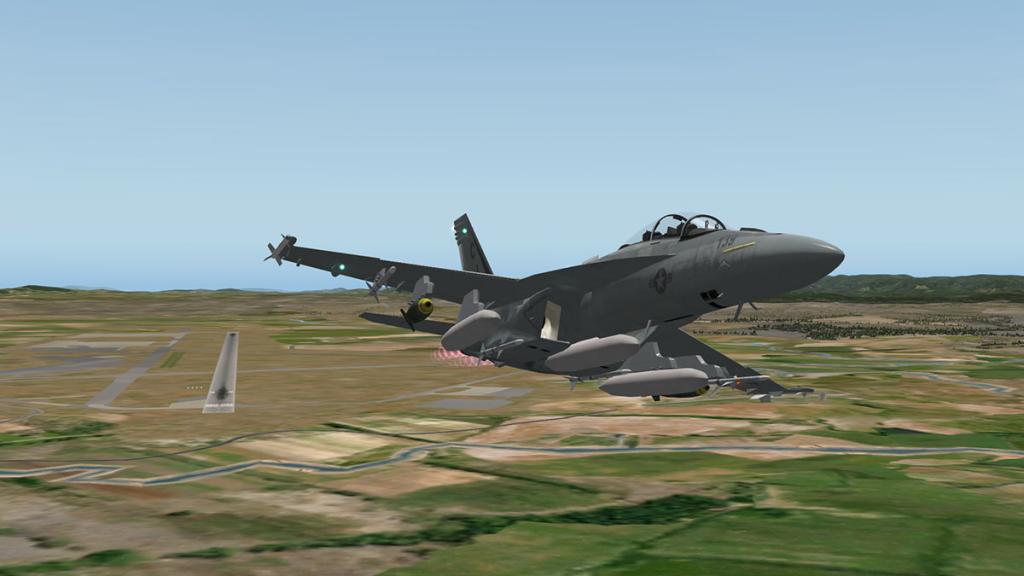
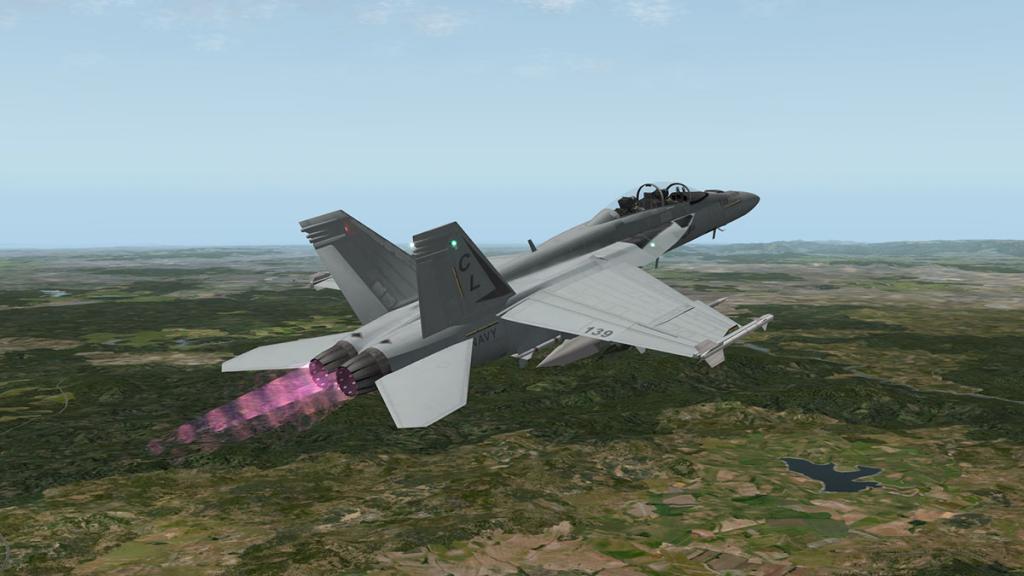
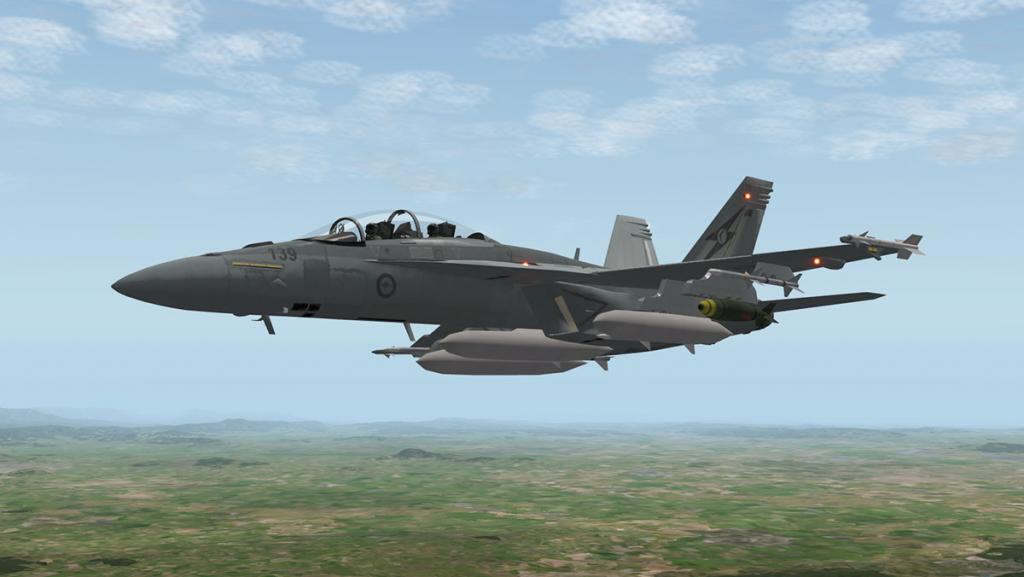
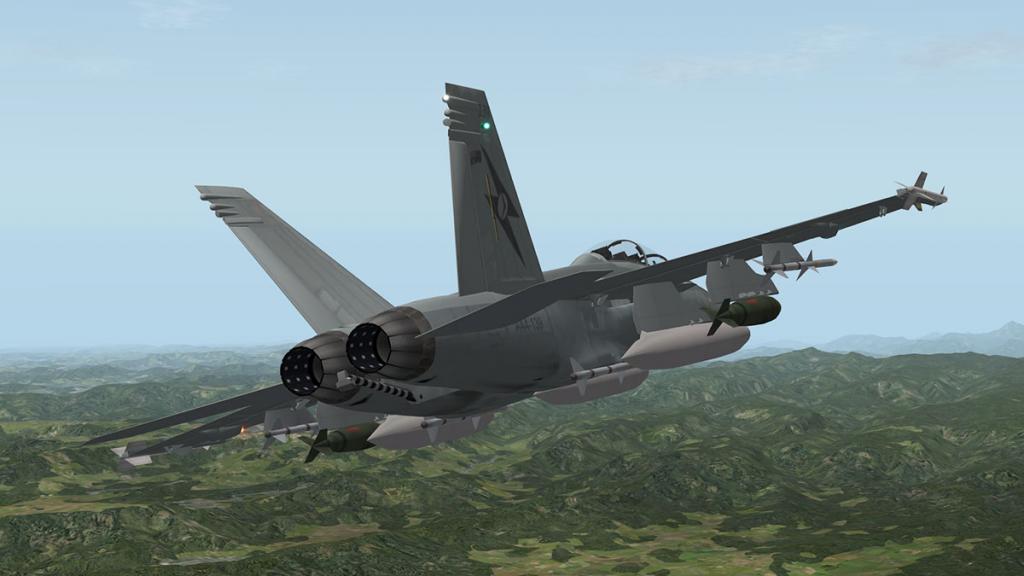
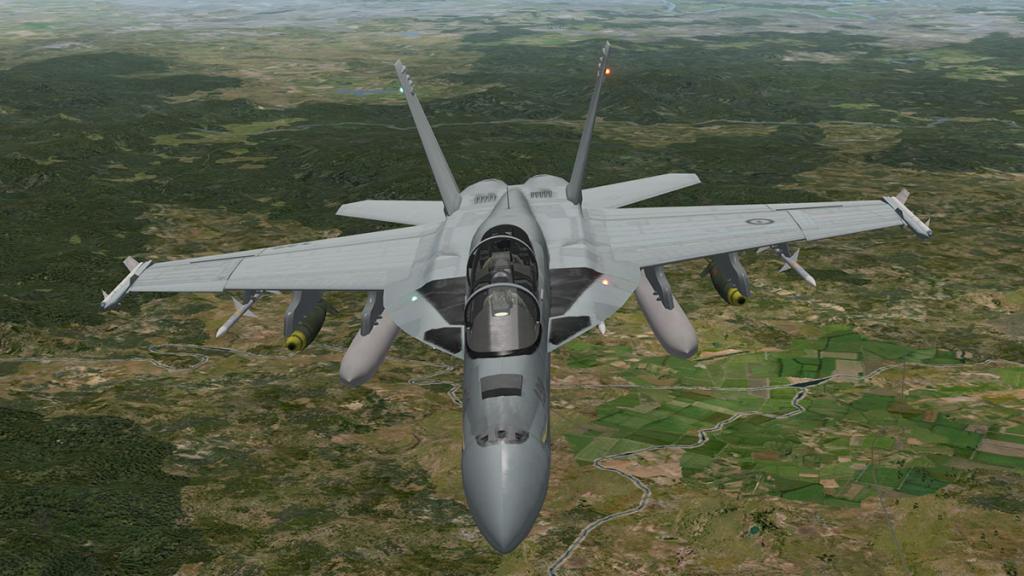
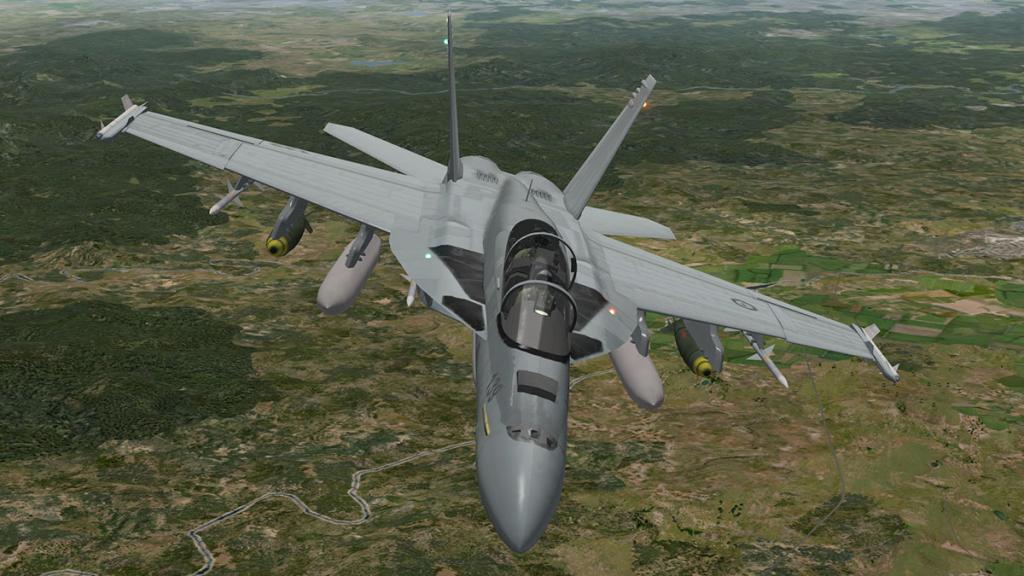
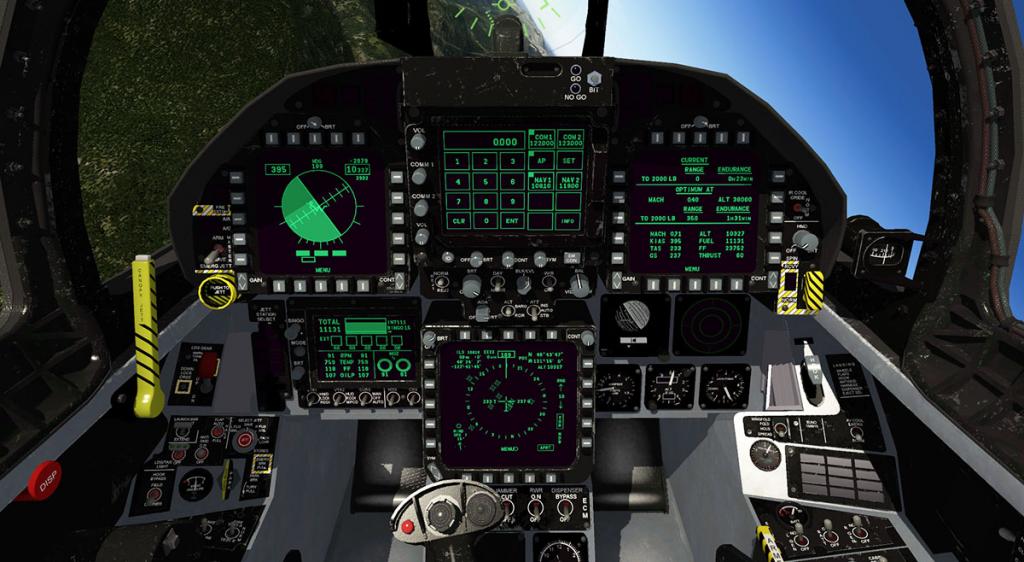
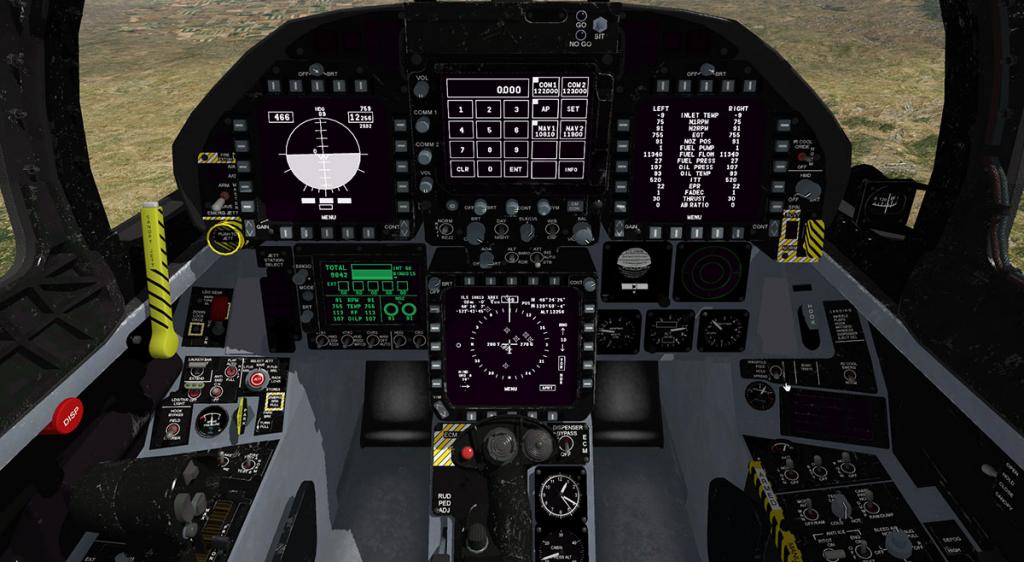
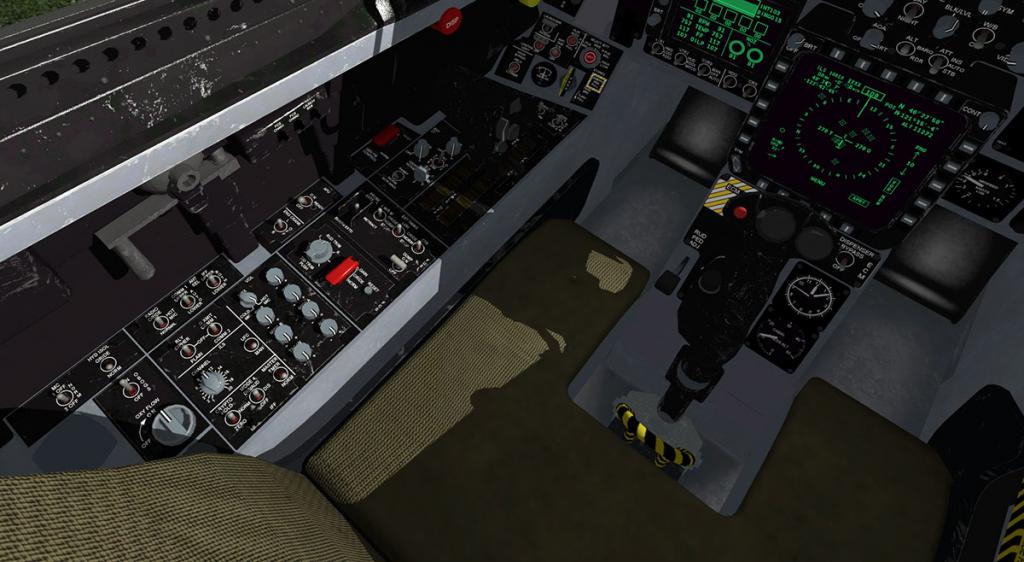
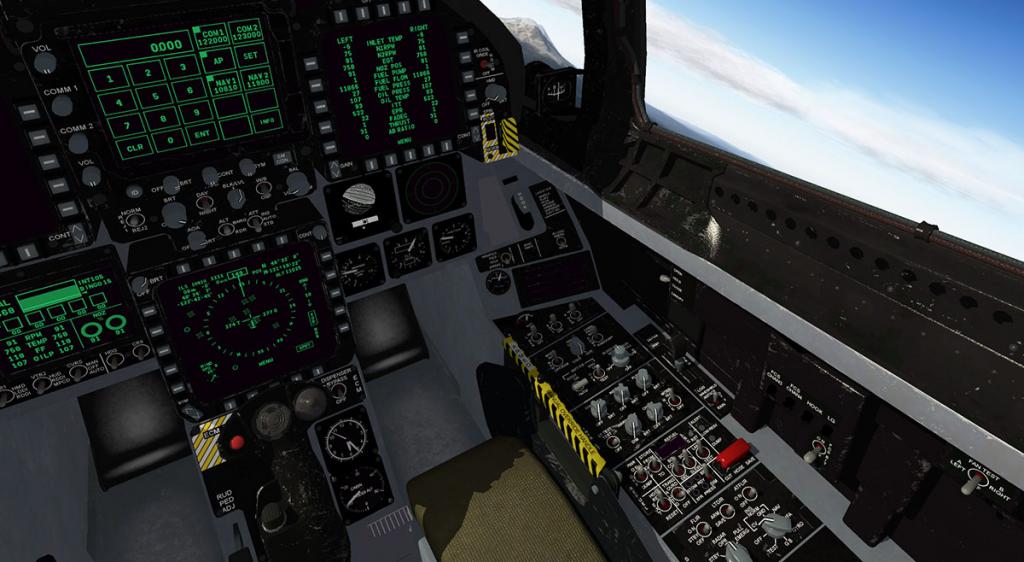
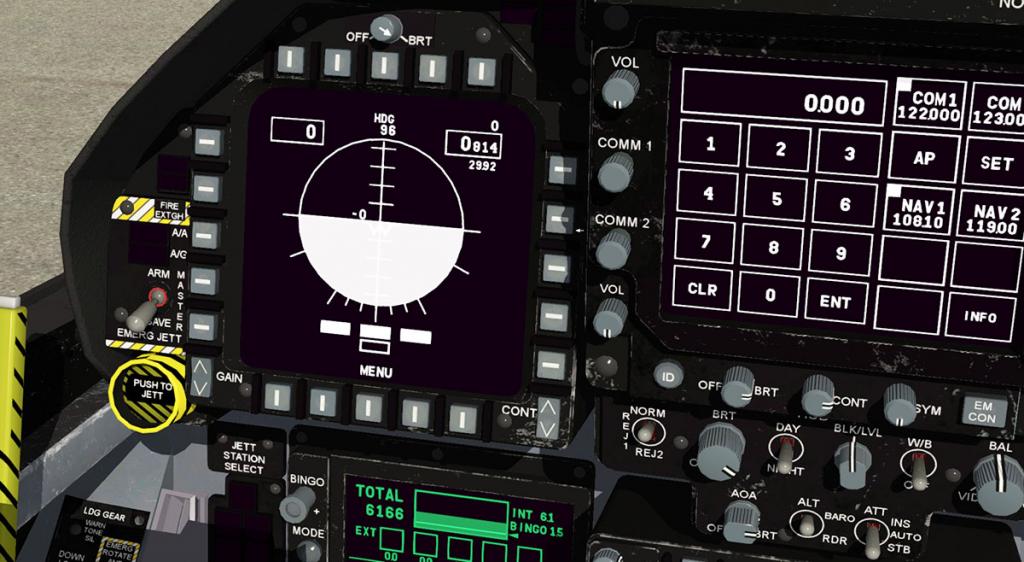
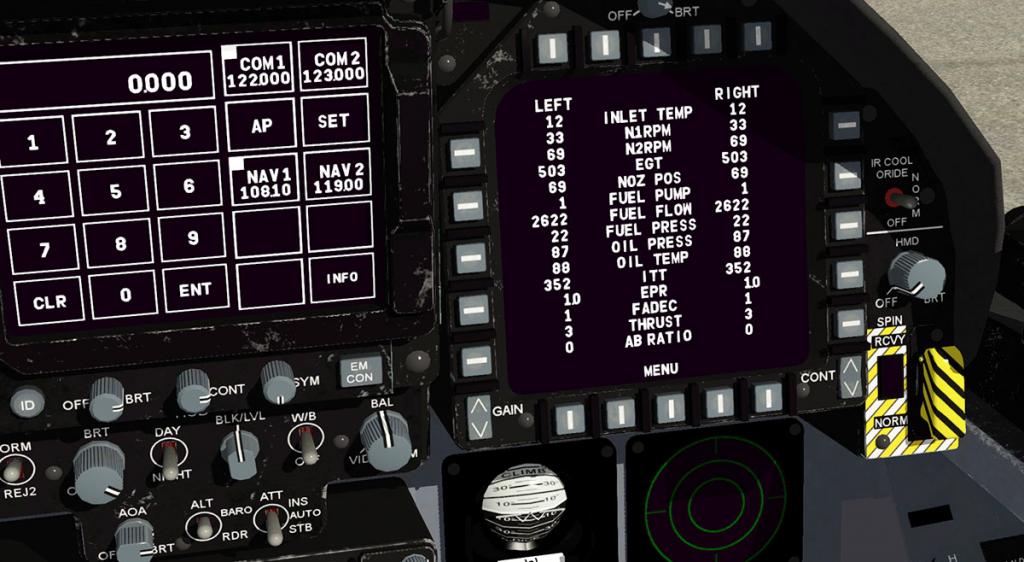
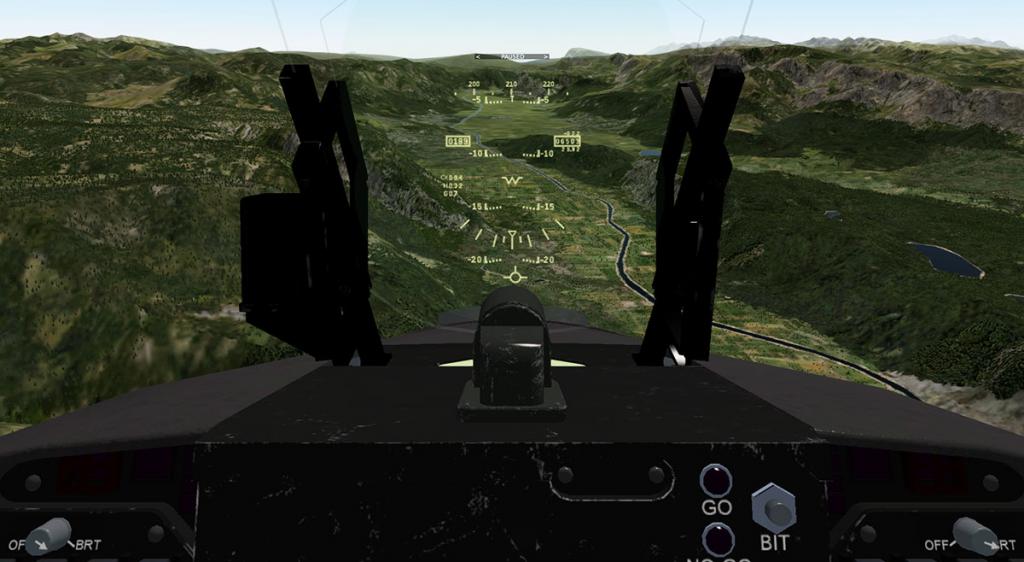
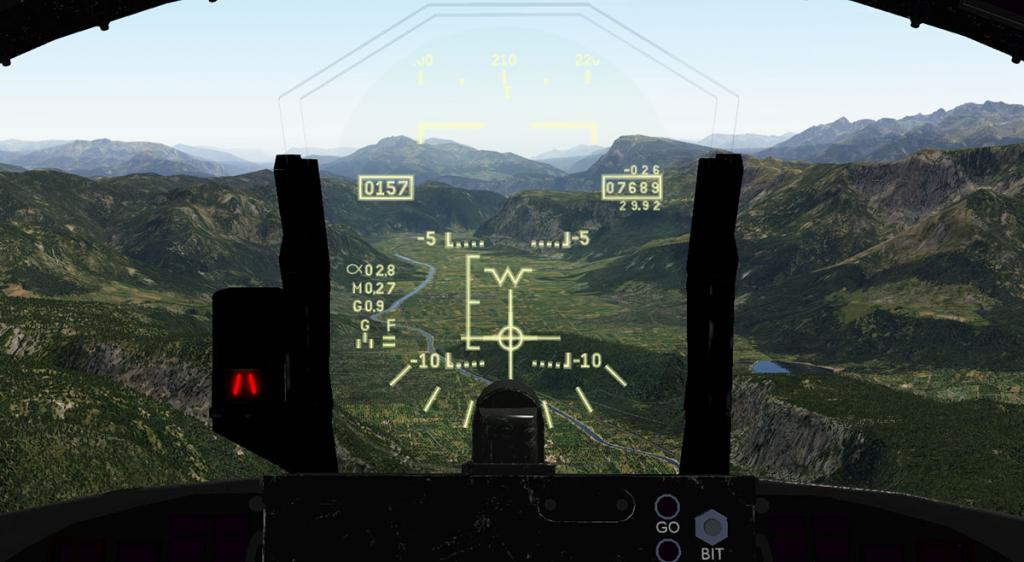
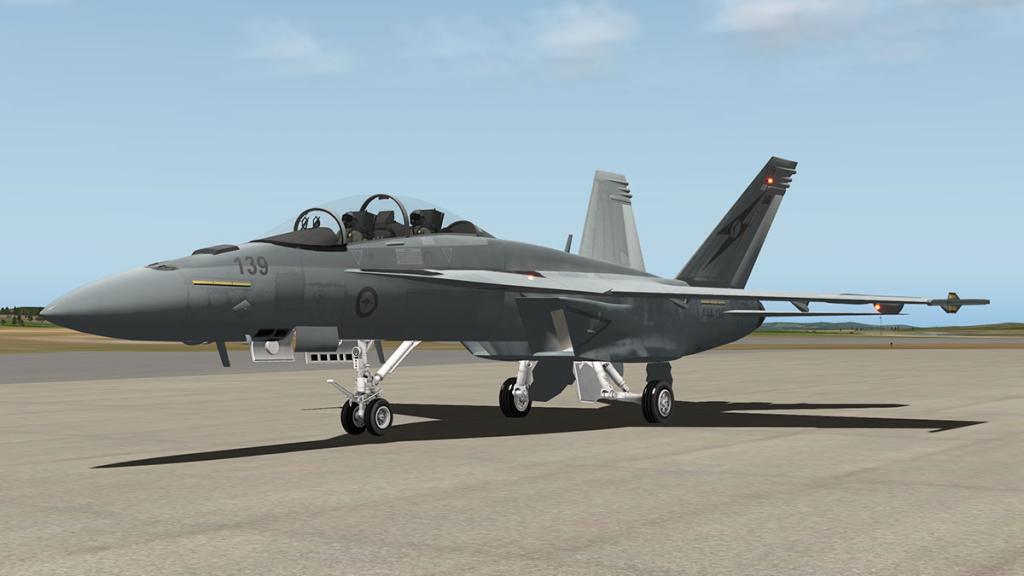
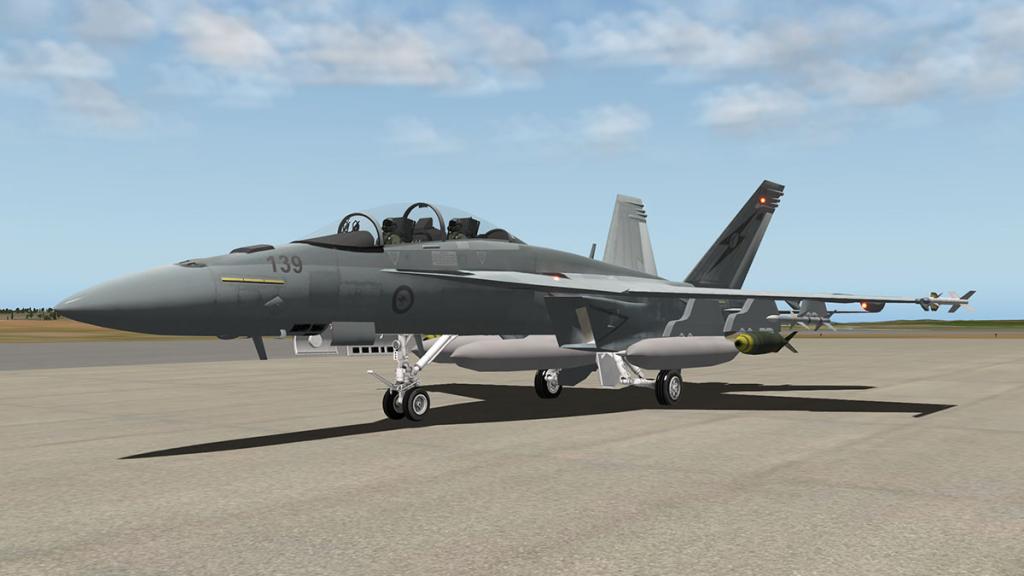
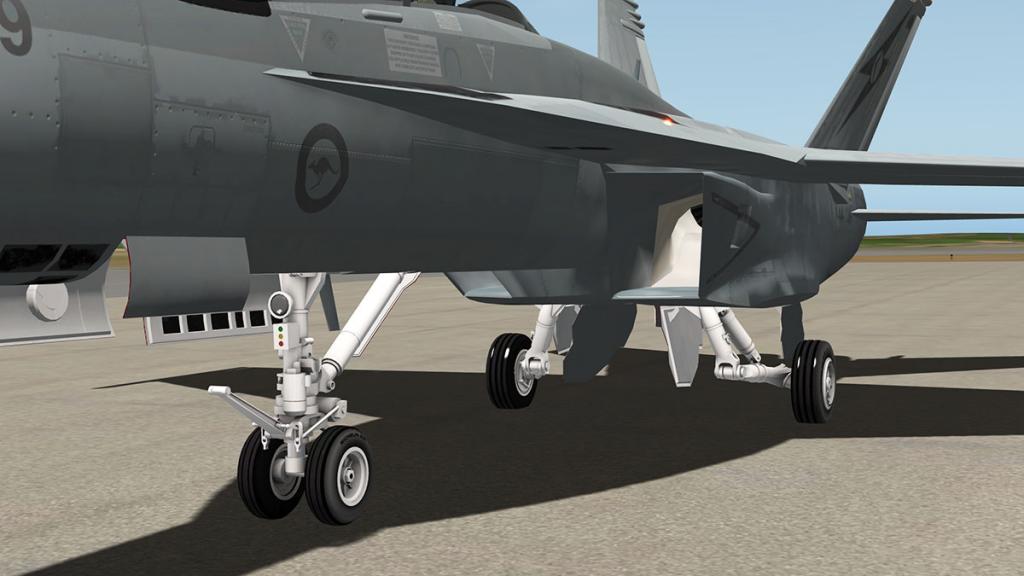
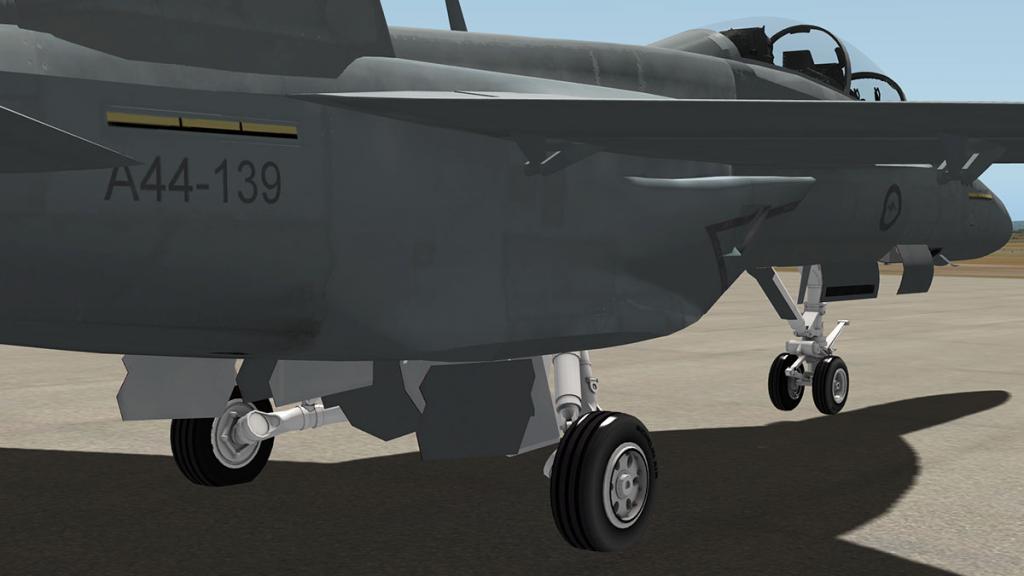
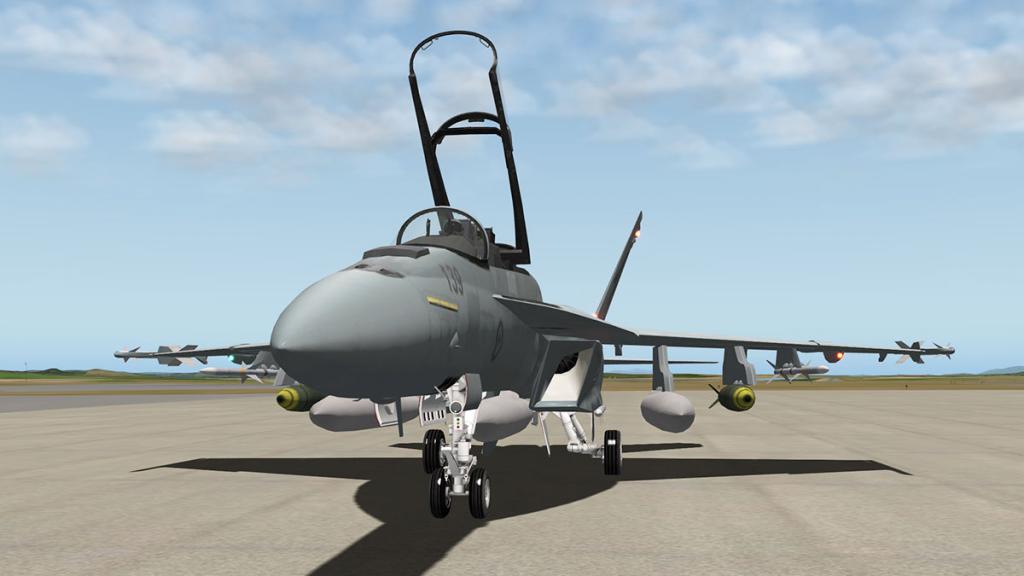
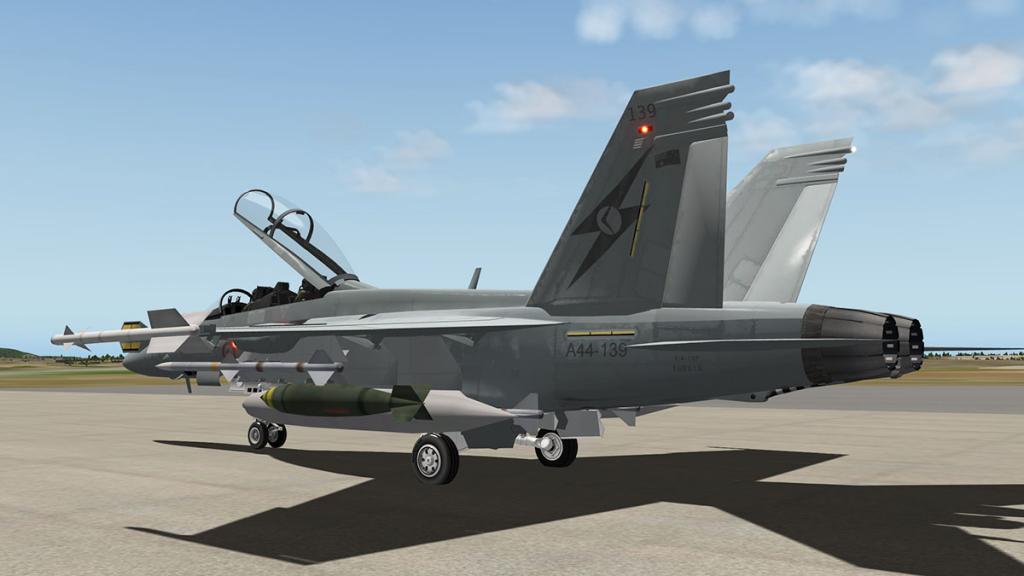
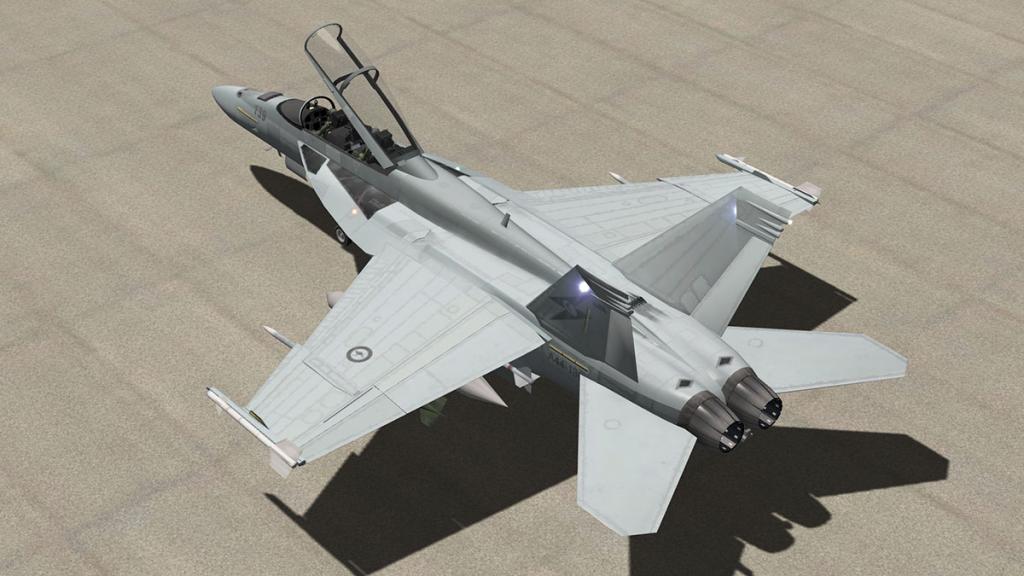
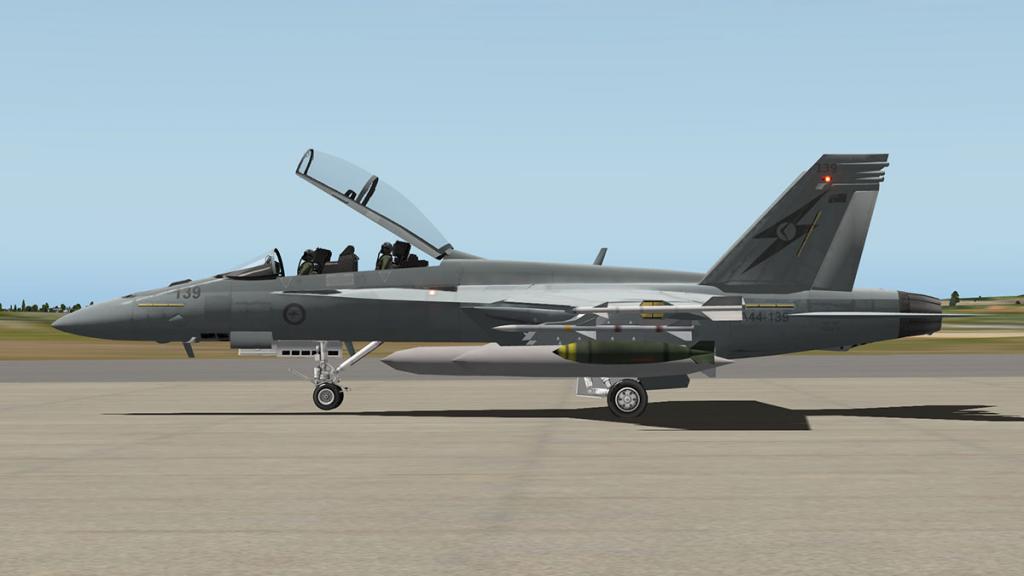
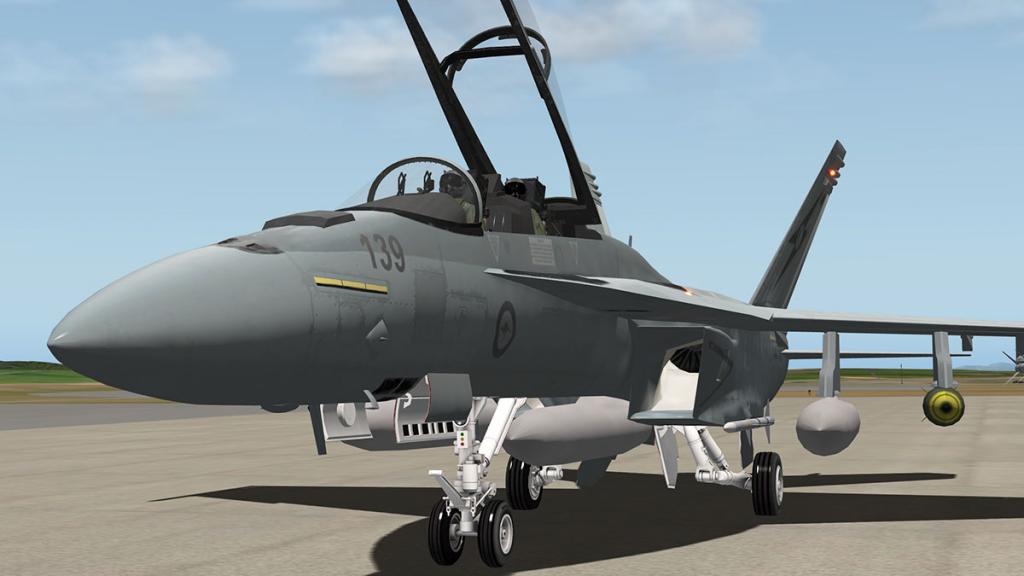
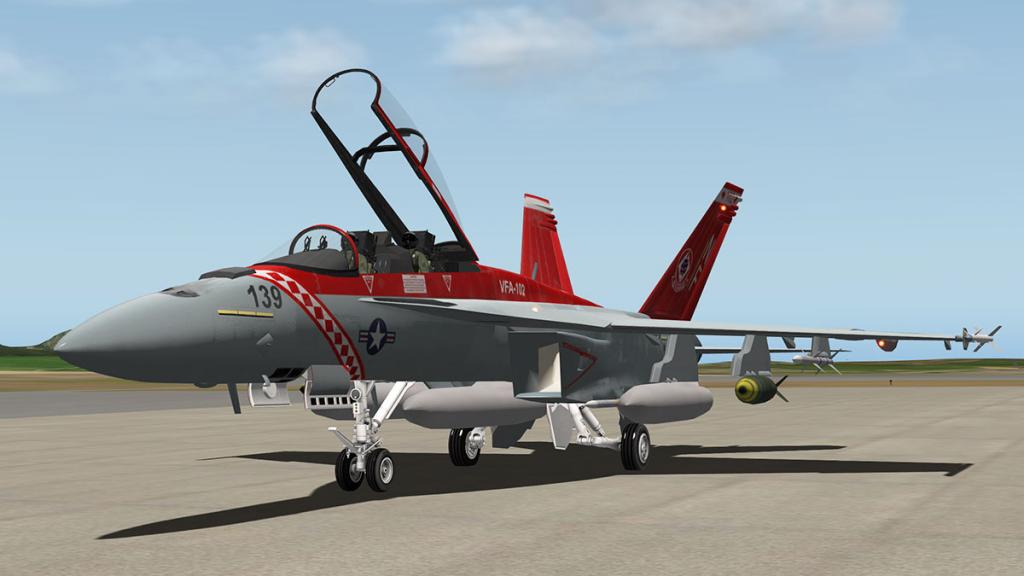
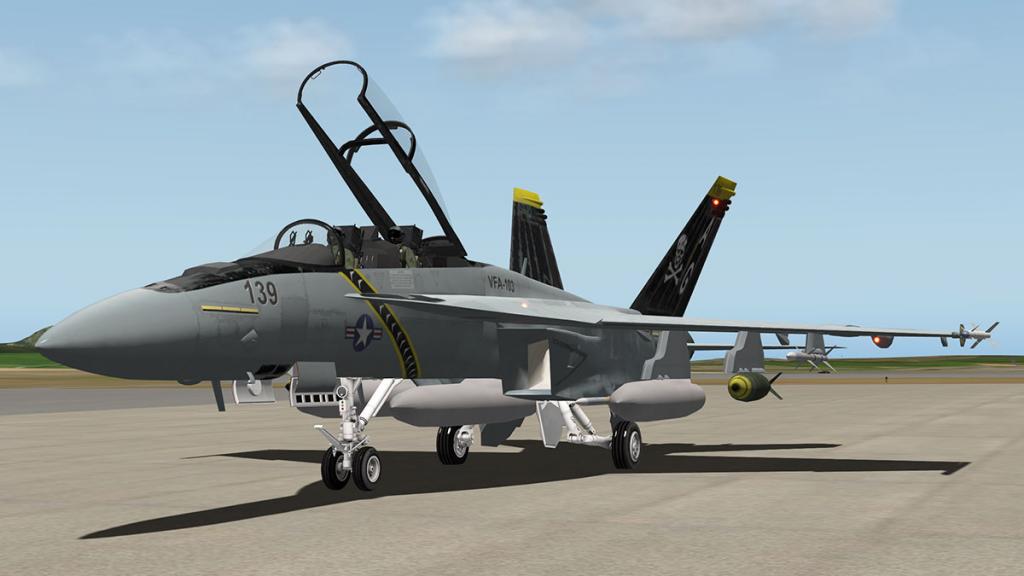
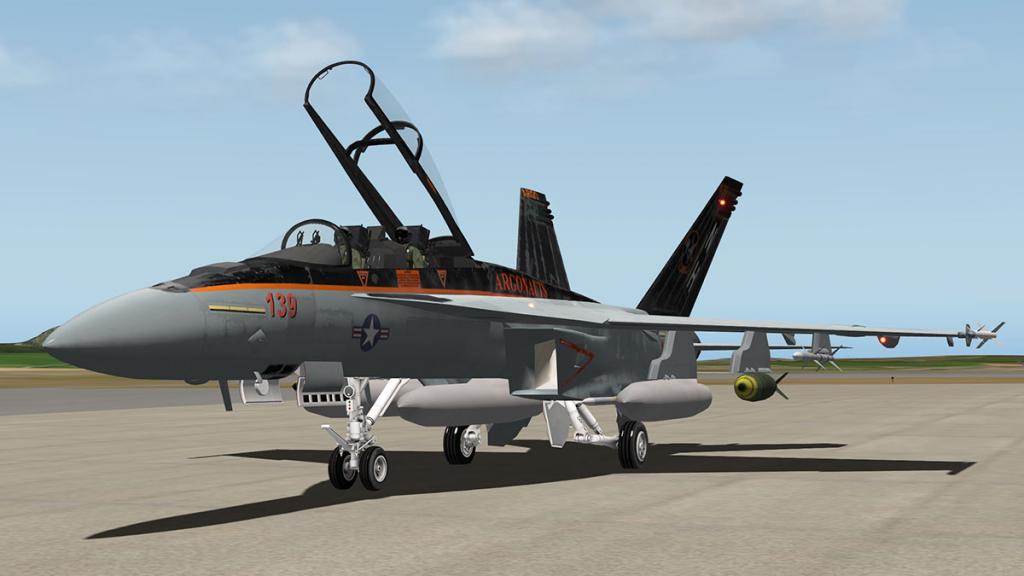
Airport Review : SBRJ Santos Dumont Rio by Richard G Nunes & Nielsen Scenery
in Payware Airports and Scenery Reviews
Posted
Hummm... all components were installed as per instructions? Oh I see the SBRJ has to be above the SBGL mesh... correct? SD